Jungle Hut Park
McCarty Ranch Preserve
Spruce Bluff Preserve
Fore Lake Recreation Area
Pioneer Trail at Kings Park on Merritt Island
Tiger Bay State Forest
Bok Tower Gardens
Chito Branch Reserve
Maritime Hammock Preserve
Lake Wales Ridge State Forest
Highlands Scrub Natural Area
Walk In the Water Campground
Halpatiokee Regional Park
Yamato Scrub Natural Area
Crystal Lake Sand Pine Scrub
Lake May Reserve
Ais Trail Park
Enchanted Forest Sanctuary
Cradle Creek Preserve
Magnolia Park
Atlantic Ridge Preserve State Park
Split Oak Forest WEA
Ponce de Leon Park
Fort Christmas Historical Park
Florida Trail Lockwood to Barr with Boonie Falls
Big Shoals State Park
Weedon Island Preserve
Weedon Island Preserve is a natural and cultural gem in St Petersburg on Tampa Bay. Comprised mostly of marine aquatic and coastal ecosystems, with a few upland exceptions. It is home to many native plants and animals, a rich cultural history, and an educational facility. The native peoples lived at this site for thousands of years. Much of the preserve contains mosquito ditches constructed in the 1950s. These ditches help connect sitting pools of water to larger bodies, allowing predatory fish to feed off mosquito larvae rather than use pesticides in the area. Currently, the Preserve preserves this land’s unique natural and diverse cultural heritages. This can be found in the Educational Center and the preserve. Today, Weedon Island Preserve is set aside as a 3,190-acre natural area managed by Pinellas County.
The largest estuarine preserve in Pinellas County is well known for its birding and fishing. The preserve provides over 4.5 miles of nature trails for hiking, 2 miles of boardwalks and paved trails that are ADA accessible, and the remaining 2.7 miles are natural trail loops. At the end of the Tower Trail sits the observation tower and at 45-foot-tall, it is the tallest of its kind in Pinellas County. You can see most of the preserve, Tampa, and St Petersburg if the conditions are right!
If you are tired of walking on land and want to spend time on the water, you are in luck! Weedon Island also includes a 4-mile, self-guided canoeing/kayaking loop called the South Paddling Trail. Meandering through mangrove tunnels and out to the bay. If you don’t have your own vessel, no worries; a company on site provides tours that take you through the maze of mangrove tunnels. Other activities include fishing from the pier, a boat launch at the end of the road, and picnicking at any designated picnic tables provided through the park and trails.
Don’t forget to check the Weedon Island Preserve Cultural and Natural History Center to learn about the natural history of the ancient native inhabitants of the area. Check the schedule of events because not only does Pinellas County sponsor events, UF/IFAS Extension agents also provide a wide variety of educational programs and events for the general public that are family-friendly and often free of charge. Monthly programs may include guided hikes, archaeology classes, speaker series, photography or birding meet-ups, and environmental sustainability workshops.
Amenities:
Educational Center
Wildlife Viewing
Lookout Tower
Information Kiosk
Guided Tours and Trails
Exhibits
Fishing Pier
Paddling Launch and Rentals
Parking Area
Restrooms
Interpretive Signage
Nature Trails, sand
Picnic Area
Seating Area, Pavilion
Bathrooms
Learning Center
Address: 1800 Weedon Drive Northeast, St. Petersburg, Florida 33702
For more information: http://www.weedonislandpreserve.org/
Photo Credit: Aymee Laurain
Author and Photo Credit: Bobby Putnam 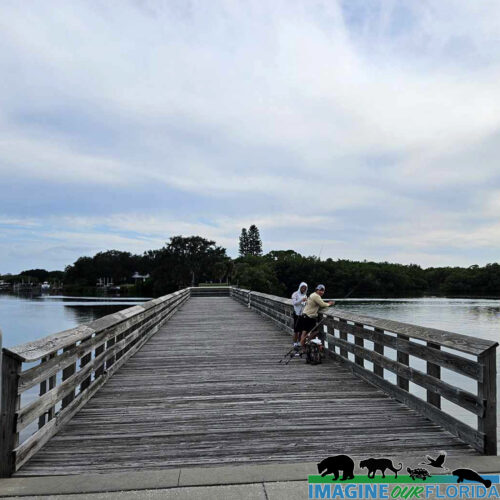
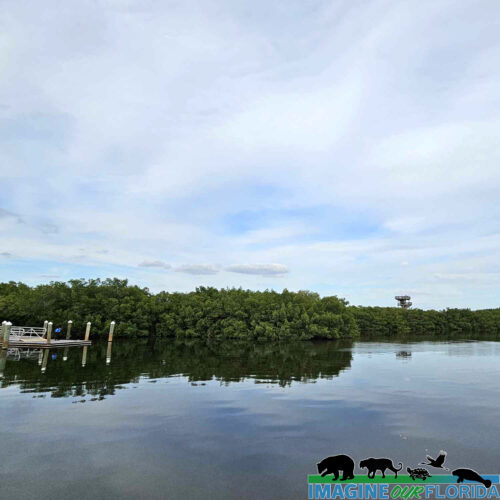
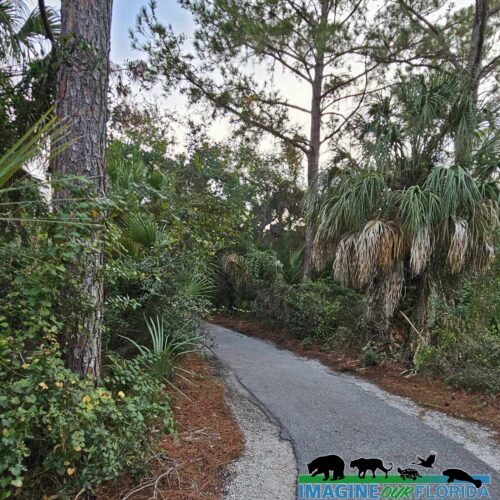
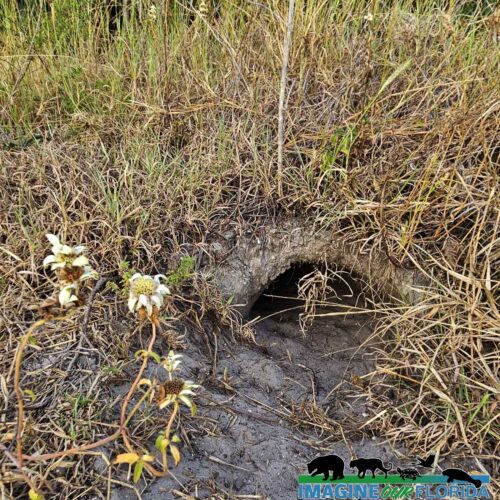
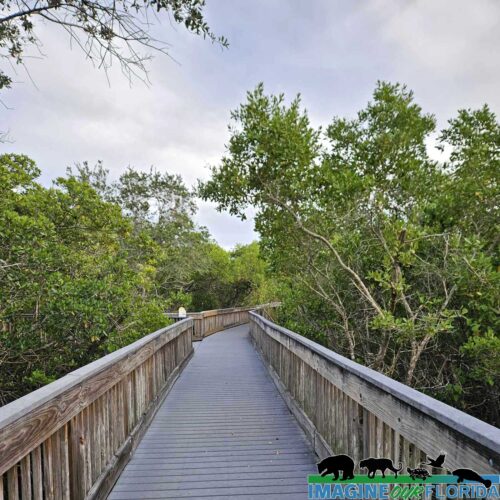
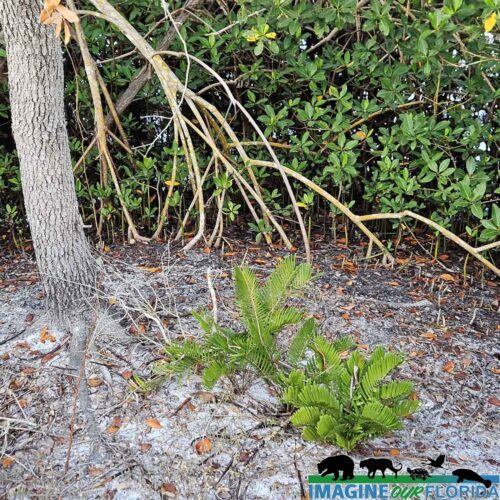
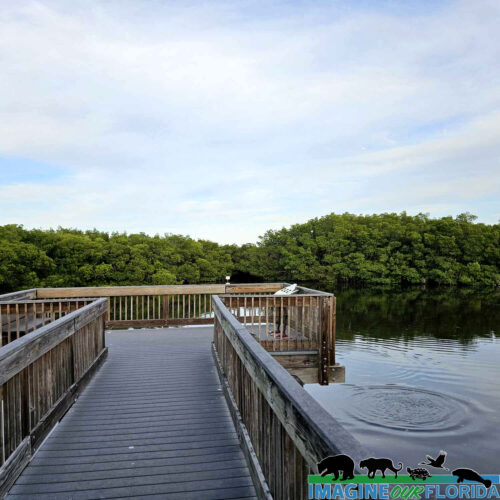
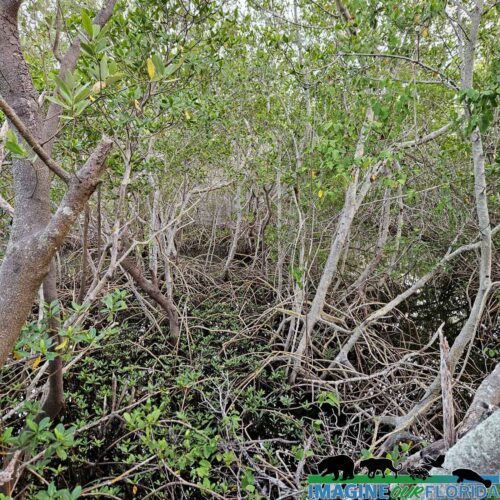
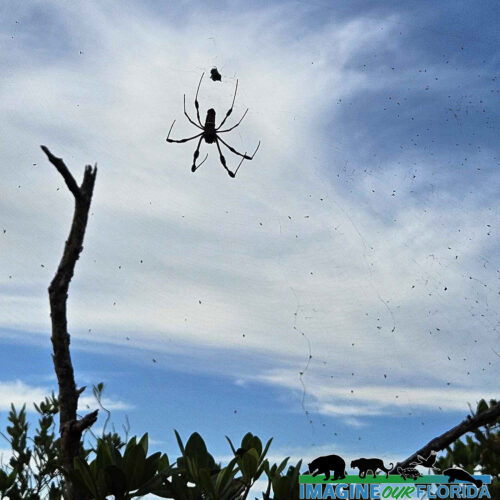
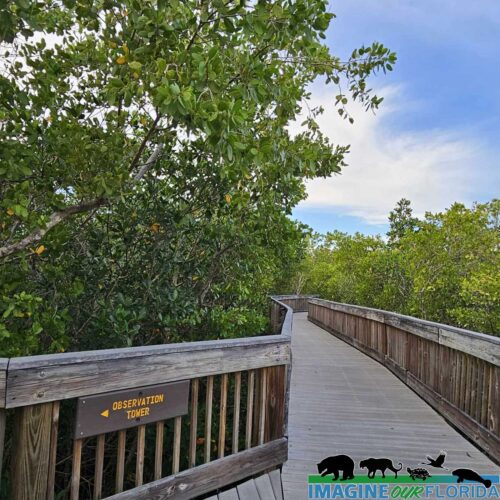
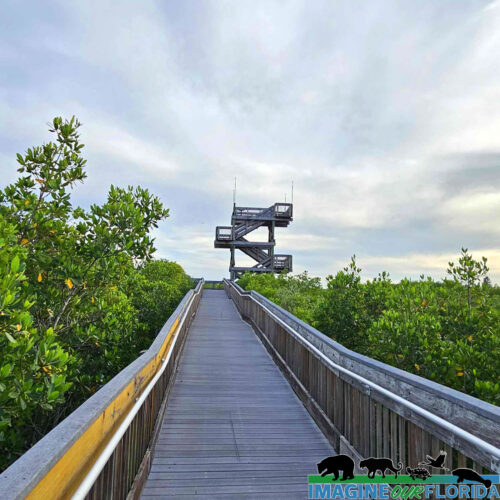
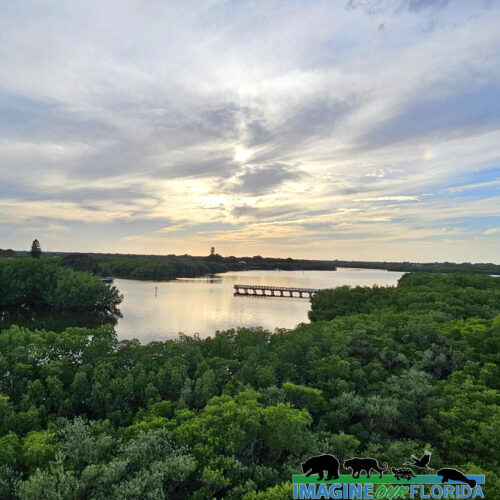
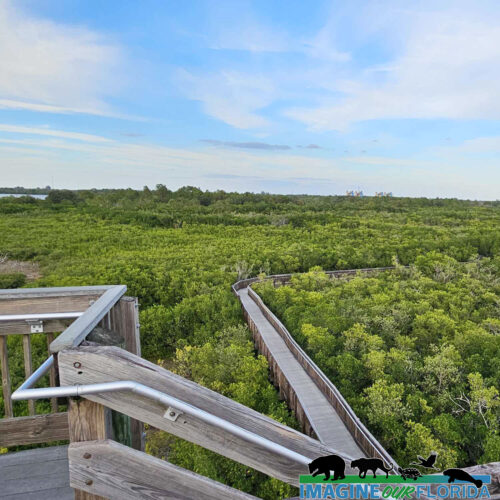
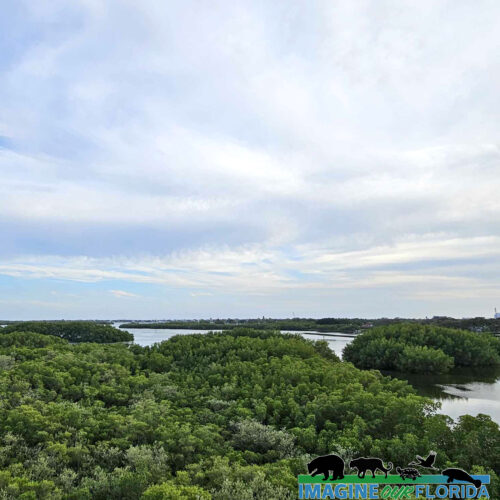
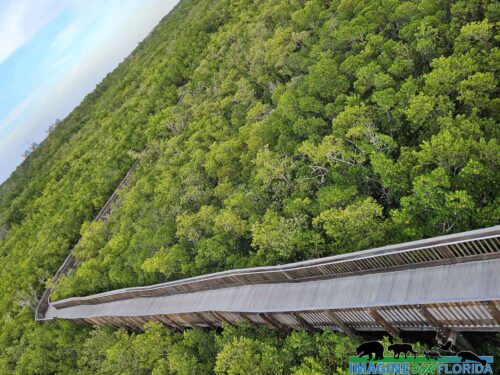
Black Water Creek
Wakulla Springs State Park
San Marcos de Apalache Historic State Park
National Key Dear Refuge
National Key Dear Refuge
Established in 1957 to protect and preserve in the national interest the Key deer and other wildlife resources, the 9,200-acre National Key Dear Refuge consists of salt marsh wetlands, mangrove forests, freshwater wetlands, pine rockland forests, and tropical hardwood hammocks. Twenty-three endangered and/or threatened animals and plants live in the refuge.
National Key Dear Refuge is surrounded by saltwater and easily accessible on Big Pine Key. Because of karst bedrock, freshwater is stored in the bedrock’s holes and crevices. This freshwater is necessary for Key Deer and other plant and animal species to thrive.
Visiting National Key Dear Refuge on Big Pine Key:
Drive the Speed Limit. Key Deer and other wildlife share the roads with you.
Be sure to stop at the Visitor Center to learn about how to avoid poisonwood trees and stay safe on a trail where you may encounter snakes and alligators.
Saunter along the trails at The Blue Hole. https://www.imagineourflorida.org/blue-hole/
Discover endangered Bartram’s scrub hairstreak butterflies, endangered Lower Keys marsh rabbits, and the endangered Key Deer. https://www.imagineourflorida.org/key-deer/
There are 40 species of reptiles, including alligators and crocodiles, waiting to be discovered. Look for over 250 migratory and resident bird species, including the rarely seen Mangrove Cuckoo. Snakes, including the threatened Eastern Indigo call the refuge home.
Leashed dogs are welcome.
Learn more here:
https://www.fws.gov/refuge/National_Key_Deer_Refuge/
Photo credit: Dan Kon, Nancy Kon, Christian Kon
Lake Lily
Lake Lily, located in Maitland, is a 10-acre park with a 1/2 mile walking trail around the Lake. Saunter near the lake as you watch for limpkins, green herons, ibises, and a variety of ducks. Sit on one of the many benches and watch squirrels who will keep you smiling with their jumping skills. Listen for birds of prey, crows, and a variety of songbirds.
Lake Lily is open from 8 am until Sunset most days. There is a playground for the kids, a rentable wedding gazebo, and restrooms. Your leashed dog is welcome to enjoy the day with you.
For more information: https://maitland.recdesk.com/Community/Facility/Detail…
Photo credit: Dan Kon
Collier-Seminole State Park
Collier-Seminole State Park, located in Naples, is a 7,271-acre park that offers the opportunity to explore part of the Great Mangrove Swamp of South Florida and an original stand of royal palms. Discover wildlife and wildflowers like those in the Everglades.
Learn about the Bay City Walking Dredge No. 489, a mechanical engineering marvel that walked forward as it dredged limestone to create a road from Tampa0 to Miami.
Collier-Seminole State Park has four wonderful nature trails ranging from less than a mile on the Royal Palm Hammock Nature Trail to the 5.25 mile Strand Swamp Trail. Discover the plants and animals, many imperiled, that live in the park. The park is designated a Great Florida Birding and Wildlife Trail so be sure to bring your camera/binoculars.
Launch your canoe or kayak at the ADA accessible launch. Explore the Blackwater River on the 13.5-mile canoe trail. As you paddle through the mangroves to Blackwater Bay, look for crocodiles, alligators, otters, manatees, and a variety of wading birds.
Primitive camping sites and campsites for your RV and tents are available. There are bike trails, two pavilions, picnic tables, and a playground for your enjoyment. Leashed pets are welcome.
For more information: https://www.floridastateparks.org/…/collier-seminole-state-…
Photo Credit: Ileana Rodriguez
Blue Hole in Big Pine Key
The Blue Hole in the National Key Deer Refuge
Located on Big Pine Key, the Blue Hole offers a short trail and observation deck where you can immerse yourself in nature.
The Blue Hole is a large sinkhole. The sinkhole became a quarry and the limestone was used to construct roads in The Keys as well as Henry Flagler’s Oversea Railroad. After being included in the National Key Deer Refuge, the Blue Hole was replanted with native vegetation and returned to nature.
The water in the blue hole is a freshwater lens. This means that freshwater from rainwater floats on top of the saltwater that lies underneath. The Blue Hole provides a unique ecosystem for the wild plants and wildlife that thrive there.
The Blue Hole is included in the Florida Keys Birding and Wildlife Trail. Look for Key Deer, fish, alligators, turtles, iguanas, and a variety of birds (including wading birds), and snakes.
Sea level rise is an immediate threat to the Blue Hole. Lying only 3 to 6 feet above sea level, freshwater in wetlands in the Keys will become brackish or saltwater habitats if the sea level continues to rise. Mud turtles, marsh rabbits, and endangered Key Deer will be impacted by the loss of freshwater. When we make choices that protect our planet from climate change, we ultimately are protecting Florida and all of its inhabitants.
Photo credit: Dan Kon, Christian Kon
Hidden Waters Preserve
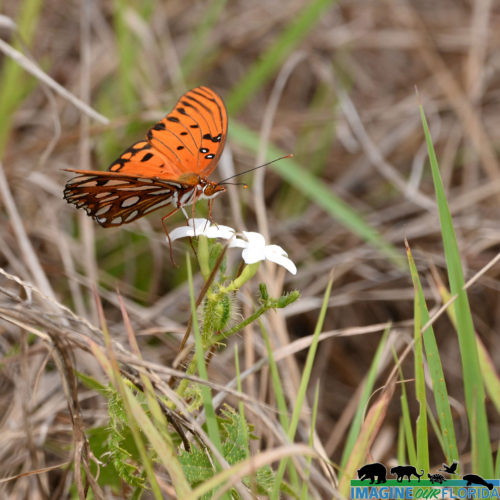
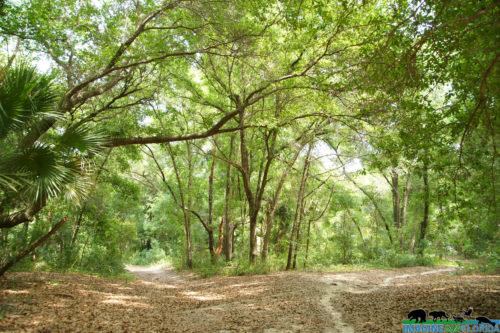
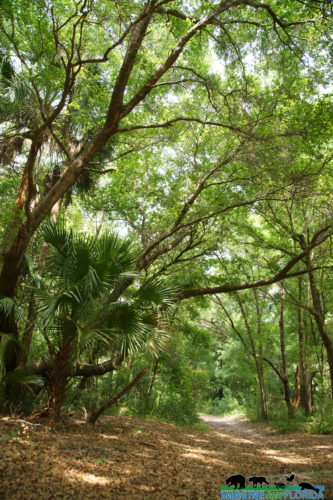
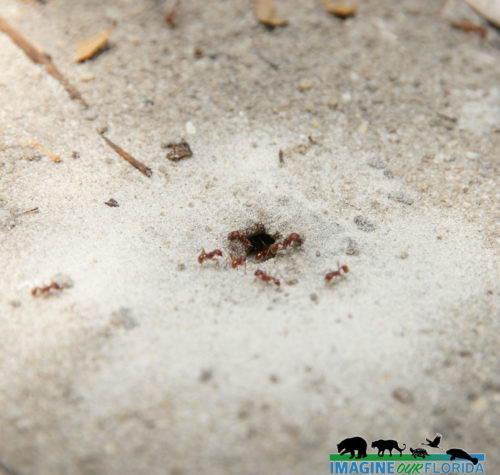
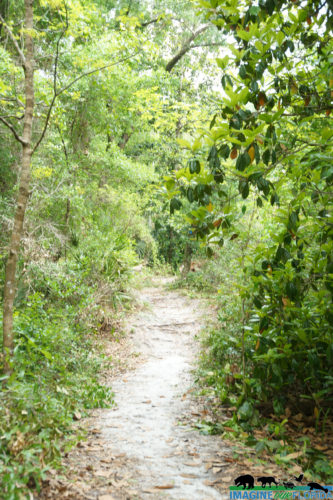
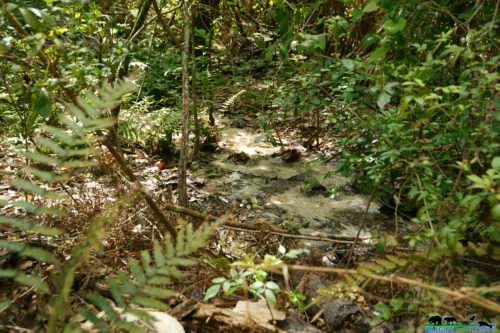
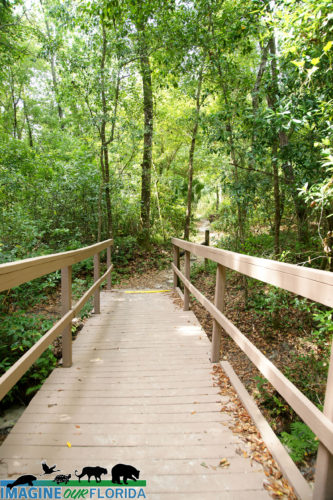
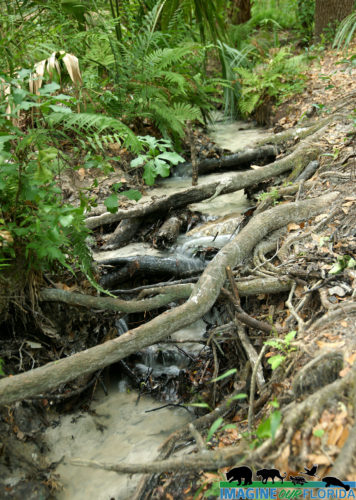
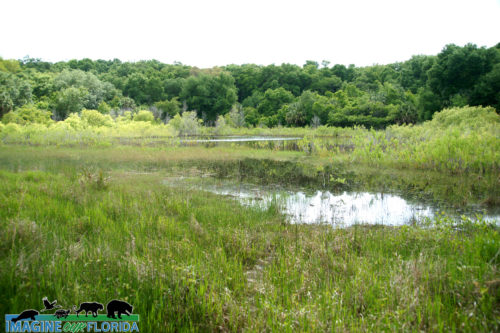
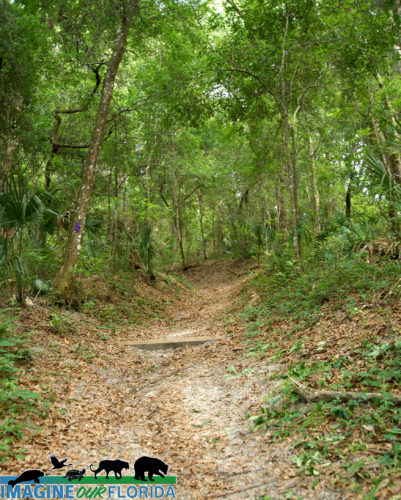
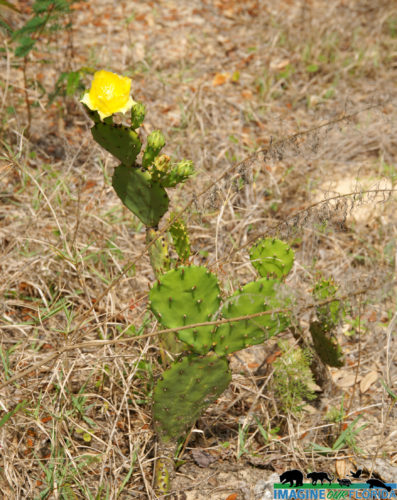
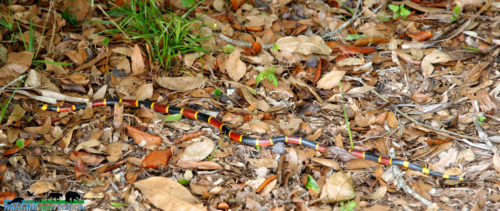
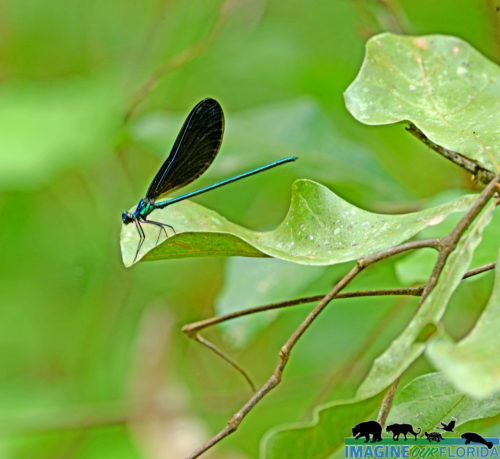
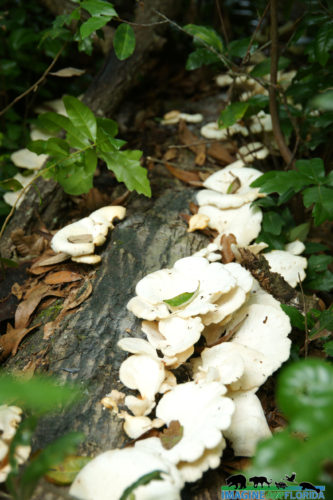
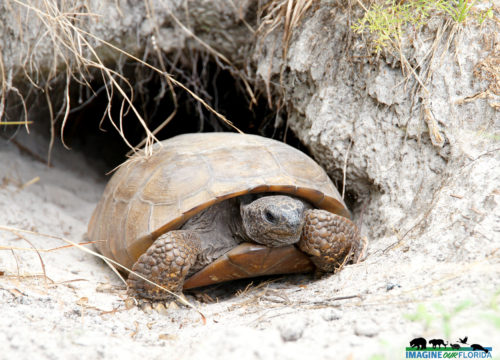
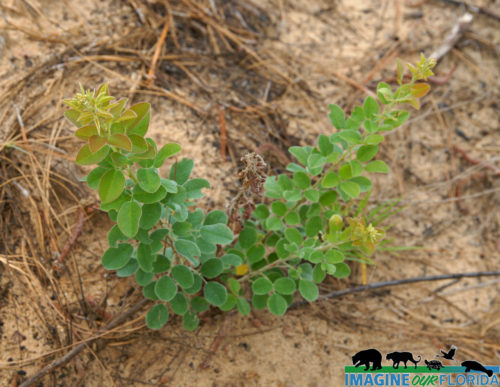
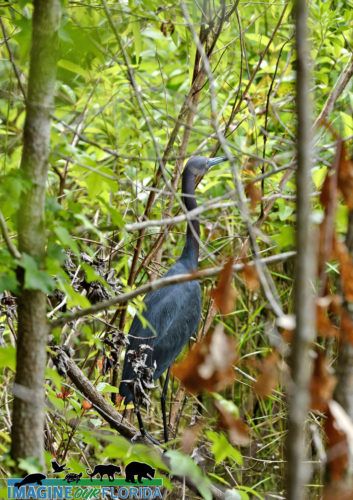
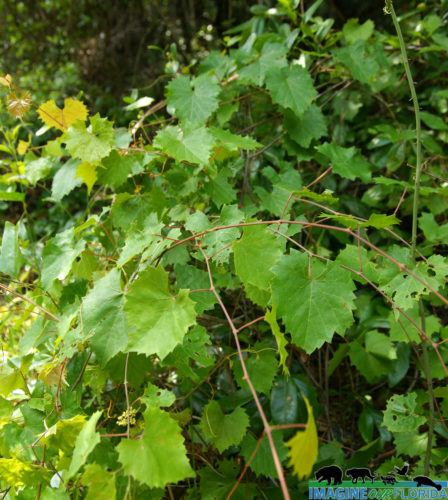
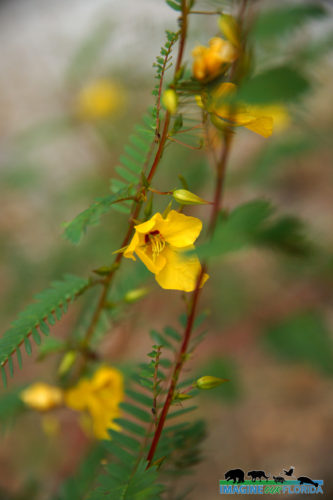
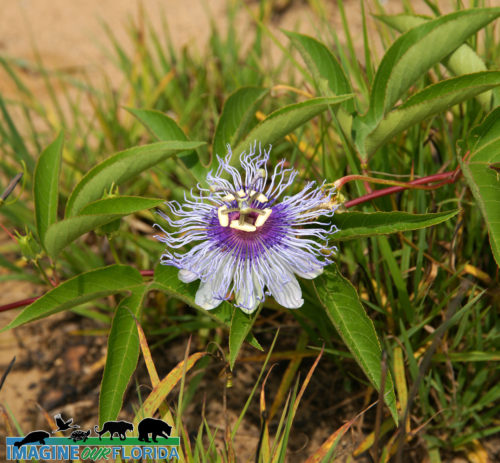
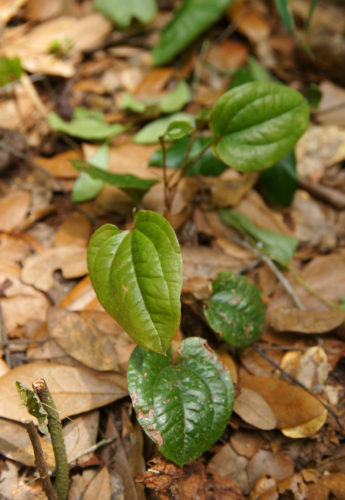
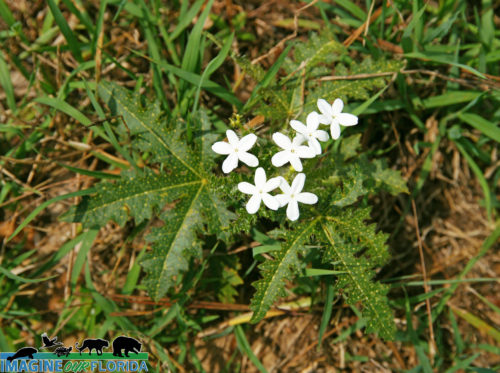 Once known as the Eichelberger Sink, this 90-acre preserve located near Eustis is managed by Lake County Water Authority. Hidden Waters Preserve was established in 1996 to protect the water seepage and Lake Alfred where water slowly seeps into the aquifer.
Once known as the Eichelberger Sink, this 90-acre preserve located near Eustis is managed by Lake County Water Authority. Hidden Waters Preserve was established in 1996 to protect the water seepage and Lake Alfred where water slowly seeps into the aquifer.
Hidden Waters Preserve offers 6 trails ranging from 2 miles to 15 miles. Hike the meandering paths through sandhill restoration areas. Notice the newly planted Long-leaf pines and the gopher tortoises who make their burrows there. Water flowing from a seepage slope offers the opportunity to discover various plants and ferns.
The elevational difference between the top of the sink and the bottom is 110 feet. Explore the depression marsh and lake at the bottom of the sink where you will find a variety of plants and wading birds. Bird watchers will be happy to discover some of the more than 35 birds on this designated FWC Statewide Birding Trail.
For more information and trail maps click here: https://www.lcwa.org/land_resources/open_preserves.php
Photo Credit: Dan Kon
Eastern Coral Snake
Eastern Coral snakes, Micrurus fulvius, have a bright, glossy, distinct pattern. Their heads are black and their tails are yellow and black. Red and black rings separated by thin yellow rings make up the rest of their body.
An adult Coral snake will grow to 1 1/2 to 2 1/2 feet long. Prey consists of frogs, lizards, and other snakes. Coral snakes are the only venomous snakes in Florida that are part of the cobra (Elapidae) family, therefore, they lay eggs.
From scrubs to swamps, Eastern Coral snakes can be found in numerous habitats throughout Florida. Because they spend most of their time hiding under logs or underground, an occasional Coral snake sighting can be a wonderful discovery.
A bite from this venomous snake is extremely rare, however, their bites are dangerous to pets and people. Bites occur when the Coral snake is threatened. When you discover a coral snake, simply give it space so we can peacefully coexist.
Photo credit: Dan Kon
BioLab Road
BioLab Road at Merritt Island National Wildlife Refuge.
Take a slow 5.6-mile drive in the comfort of your car on Bio Lab Road in Merritt Island National Wildlife Refuge. It is a one-way road running north to south. With wetlands to your right and the water to your left, you are sure to see plenty of shorebirds. Look for ducks, ibises, egrets, sandpipers, spoonbills, pelicans, herons, and of course, alligators. Be sure to bring your camera and binoculars.
In 1962, NASA purchased 140,000 acres of land located adjacent to Cape Canaveral. The John F. Kennedy Space Center was built complete with launch pads. In 1963, U.S. Fish and Wildlife Service (USFW) and NASA entered into an Interagency Agreement. This agreement allowed USFW to establish the land that was unused by NASA as the Merrit Island National Wildlife Refuge.
Established to provide habitat for wildlife diversity, migratory birds, and endangered and threatened species, Merrit Island National Wildlife Refuge consists of scrub, pine flatwoods, hardwood hammocks, saltwater marshes, freshwater impoundments, and coastal dunes. Over 1,500 species of plants and animals including 15 federally listed species make their homes here.
Watch for bobcats, otters, and deer. Lizards, snakes, alligators, and turtles make their homes here. 358 species of birds have been recorded at the refuge. Birds of prey include bald eagles, osprey, red-shouldered hawks, and American kestrels. Look for killdeer, Wilson’s snipes, and ring-billed gulls along the shore. Look up to see blue jays, barn swallows, American robins, pine warblers, and more. Blue herons, ibis, and egrets are plentiful. Ring-necked ducks, blue-winged teals, and wood ducks can be seen swimming in the waters at the refuge. Threatened and endangered species such as the eastern indigo snake, scrub-jay, gopher tortoise, wood stork, West Indian Manatee, and Southeastern Beach Mouse find refuge here.
For more information click here: https://www.fws.gov/refuge/Merritt_Island/
Photo credit: David Gale
Black-necked Stilt
Black-necked stilts, Himantopus mexicanus, are often seen wading in shallow water in search of food such as small crustaceans, amphibians, and small fish. They also enjoy larva, dragonflies, and beetles as well as a few plants and seeds. Look for these unmistakable birds with long, pink legs in wetlands, flooded fields, shallow lakes and ponds, and saltmarshes.
The female chooses the male for mating and together they select a nest site and build the nest. Black-necked stilt nests are located on tiny islands, on floating masses of vegetation, or on the ground near the water. One will dig a hole with its feet and body. A lining of grasses, shells, stones, and other materials are added for 2 – 5 eggs. The couple will both incubate the eggs for nearly a month and raise the chicks until they are ready to be on their own in about a month after hatching.
When Black-necked stilts feel threatened by humans or other animals they will perform a “Popcorn Display.” A group of them will join together and jump up and down while flapping their wings and making loud sounds. They may also use a distraction tactic to lure predators away from their nests.
These beautiful birds face human threats of pesticide run-off and habitat loss. When birdwatching, stay far enough away so you do not disturb them.
Photo credit: Dan Kon
Northern Crested Caracara
Caracaras are in the falcon family and are excellent hunters although they behave a lot like vultures. They are often seen eating carrion or scavaging around campsites. They tend to hunt small vulnerable animals that are injured but will also eat fruit.
These birds are commonly found in central and south America but have found a home at Kissimmee Prairie Preserve State Park. This populate is known as a relict population that was previously found in the vast oak savannas throughout Florida. As those areas were altered through human disturbance, Caracaras found a home at Florida’s largest true prairie.
Sailfin Molly
Sailfin Mollies are super cool little subtropical fish. Males have such a dramatic display with the sail-like fins. They can be found in both fresh and saltwater. Look for them in slow-moving or still freshwater in springs, swamps, creeks, ponds, in the Gulf of Mexico, and in the intercostal. They are charismatic little fish. Sailfin Mollies dine primarily on algae, and snack on crustaceans and aquatic insects.
Big Tree Park
Big Tree Park is a part of the Spring Hammock Preserve and is located in Longwood. It is best known for “The Senator,” a 3500-year-old Bald Cypress tree that was named for Senator Moses O. Overstreet who donated the land. Unfortunately, “The Senator,” which stood 118 feet tall, burned down in 2012. It was the largest Bald Cypress Tree in the United States.
Pass under the big trees as you saunter along the boardwalk over the hydric hammock swamp. The boardwalk is less than 1/2 mile long out and back. Interpretive signs will awe you with information about “The Senator”. Learn about “The Phoenix,” a clone of “The Senator.” Admire the grandeur of “Lady Liberty,” a 2000-year-old Bald Cypress that stands 89 feet tall. Look for alligators, Florida box turtles, five-lined skinks, raccoons, squirrels, and bobcats. Listen for frogs, woodpeckers, and songbirds.
As a trailhead, Big Tree Park offers the opportunity for a longer stroll or bike ride on the Cross Seminole Trail through the forested wetlands of Spring Hammock Preserve. The Cross Seminole Trail is a part of the Florida National Scenic Trail.
Big Tree Park is open from 8 am until dusk. Spend some time at the playground with your kids. Restrooms are nearby. Bring your lunch or a snack to enjoy at one of the picnic tables.
Photo Credit: Dan Kon
Salvinia
Salvinia minima, also known as Water Spangles, is a floating water fern found in Florida’s freshwater swamps, lakes, slow-moving streams, and ponds. Native to tropical America, Salvinia was introduced in Florida from fish tanks and/or tropical gardens where it was used as a decorative aquatic plant.
By cloning itself, Salvinia reproduces quickly. It can be distinguished from native duckweed by its larger leaves and bristles. Salvina is considered highly invasive in Florida.
Cinnamon Teal
Cinnamon Teal Spatula cyanoptera (septentrionalium) –
This beautiful male Cinnamon Teal decided to visit Florida in February. As you can see in the map pictured below, these migratory ducks are native to the western US and Mexico. According to The Cornell Lab, “In western North America, loss of wetlands to agriculture, grazing, and especially the development of human settlements has meant the massive loss of habitat for Cinnamon Teal.”
We are sure this striking bird found plenty to eat in the wetlands at Merrit Island National Wildlife Refuge. There is certainly a wide variety of insects and vegetation year-round in Florida. While it is a rare occurrence, Cinnamon Teals do occasionally make a winter stop in Florida.
Black-bellied Whistling-Duck
Black-bellied Whistling-Duck
Once known as Tree Ducks, the striking Black-bellied Whistling-Ducks, (Dendrocygna autumnalis), are often seen in flocks, sometimes with up to 1000 birds. They can be spotted perching on fences, electric lines, or in Spanish Moss.
Look for Black-bellied Whistling-Ducks near freshwater in areas such as marshes, lagoons, and swamps. They prefer areas with trees and thick vegetation. You may find a flock foraging in a field, mangroves, freshwater ponds or lakes, or your yard. Their diets consist of mostly plants such as grasses, wetland plants, and sedges, as well as agricultural crops such as corn. Snacks include spiders, leeches, beetles, and snails.
Pairs form life-long bonds in the winter. Together, they will select a tree cavity for the nest. The female will lay 9-18 eggs on the debris in the cavity. She may also lay her eggs in the nest of another whistling duck. The incubation period lasts for 25-30 days and the nestling period for 10-13 days. Hatchlings are nearly independent at birth.
As year-round residents of Florida, Black-bellied Whistling-Ducks are rapidly expanding their breeding range northward. Once considered non-migratory, both the northern-most and southern-most populations are now migratory.
Sabal Point Sanctuary
In the Sabal Point neighborhood near Longwood lies 600 acres of wild Florida where wildlife play and wildflowers bloom. Sabal Point Sanctuary, purchased and maintained by Audubon Florida, is a 600+ acre piece of land that has a 1/2 mile frontage on the Little Wekiva and Wekiva Rivers. Together, the sanctuary along with St. Johns Water Management District protects 2500 acres where the rivers meet.
Hike or bike the 3.5-mile trail through the wetlands. Explore the shaded trail and discover deer, otters, and limpkins. Listen for a variety of birds and woodpeckers. The secluded trail provides plenty of opportunities to discover prints from wildlife who make their homes there. Take a moment to admire the beauty of orchids and other wildflowers that thrive in the ecosystem.
The iconic Florida Black Bear occasionally passes through the sanctuary. Most are shy and will be hard to spot. Curious bears may stand up to get a better look at you. You can ask the bear to move along simply by standing tall, raising your hands, clapping, and in a loud stern voice, telling the bear to Go Away.
Take some time to Get Outside and visit this piece of natural Florida. Sabal Point Sanctuary is open every day from sun up to sunset.
For more information: https://fl.audubon.org/conservation/sabal-point
Photo Credit: Andy Waldo
Moss Park
Moss Park, an Orange County park located in Orlando, is a 1551-acre preserved habitat of wildlife and flora located between Lake Mary Jane and Lake Hart. The many hiking trails and roads in Moss Park make it the perfect spot for walks, bicycle trips, and car visits.
Discover Florida sandhill cranes, gopher tortoises, alligators, deer, raccoons, and many other animals. Moss Park also has a hiking trail with beautiful views that leads you to Split Oak Forest, the home to a 200-year-old live oak tree.
Moss Park provides 54 camping zones suitable for RV or tents. All campsites have fire rings, grills, picnic tables, water, and electricity. Moss Park also has five group sites available that can accommodate up to 450 campers when combined. A dock and boat ramps are available for the visitors and a playground is waiting for the kids to enjoy.
The park is open from 8 am to 8 pm every day except Christmas. Only service animals are permitted in Moss Park.
Gather the family and discover all that Moss Park has to offer. Bring your binoculars, a picnic lunch, and immerse yourself in Nature.
For more information: http://www.orangecountyfl.net/CultureParks/Parks.aspx…
Contributor: Steven Marquez – IOF Volunteer
Photo Credit: Steven Marquez
Econ River Wilderness Area
Econ River Wilderness Area
Purchased by Seminole County in 1994, the 240-acre Econ River Wilderness Area is located south of Oviedo on the west side of the Econlockhatchee River.
Explore 3 miles of trails including the 2.2-mile Main Loop Trail and the 1/2-mile Flatwoods Loop Trail. Saunter through pine flatwoods, sandhill, oak hammocks, and river swamp habitats. Rest on one of the benches at the river.
Discover gopher tortoises, great horned owls, northern bobwhites, golden mice,
raccoons, fox squirrels, white-tailed deer, bobcats, river otters, and more who make their homes in the wilderness area.
Put on your hiking shoes, bring your horse or bike, your dog on a leash, and enjoy your day in the wilderness from sunrise to sunset. Join the nearly 40,000 people who visit the Econ River Wilderness Area each year. Don’t forget your camera.
For more information: http://www.seminolecountyfl.gov/…/Econ-River-Wilderness-Are…
Photo Credit – David Gale
Lower Suwanee National Wildlife Refuge
Lower Suwanee National Wildlife Refuge –
From a Commodity to a National Treasure
Before being logged at least seven times, the area near the gulf coast in Dixie and Levy counties was made up of swamps and lush forests. In the 20th century, a few people realized the monetary value the land could yield and planted non-native pines in rows for easy harvesting. The native wildlife and wild plants suffered when their natural ecosystems were destroyed to make way for the timber industry.
By the early 2000s, the damage to the forest and surrounding areas was acknowledged and restoration of the area began with the replacement of the non-native trees. Longleaf pine and wiregrass were re-planted in areas where they grew long ago. Brazilian free-tail bats and Rafinesque’s big-eared bats have been encouraged to move back to their native land with the addition of man-made bat houses. Native pollinators are once again in abundance with the help of recently planted wildflowers, a pollinator garden, and bee blocks.
The Lower Suwannee National Wildlife Refuge was established to protect the water quality of the Suwannee River. It consists of 53,000 acres, 30 miles of Gulf coastline, and the last 20 miles of the nostalgic Suwanee River.
Because the Suwannee feeds the estuarine waters of the Gulf of Mexico, it once again supports habitat for several species including native and migratory birds, otters, fish, and more. Threatened gopher tortoises dig their burrows in the longleaf pine forests while finding food among the wiregrass. Alligators, fiddler crabs, salamanders, and more have once again made their homes in the swamps. Eagles, minks, box turtles, and the endangered salt marsh vole thrive on their native lands. Deer, coyotes, foxes, bobcats, and bears find an abundance of food, ample areas to frolic, and safe places to sleep in their natural habitat.
The Lower Suwannee National Wildlife Refuge is teeming with life so it’s no wonder that the most popular activity is wildlife viewing. Drive slowly through Main Loop Road, an easy ride over lime rock. Hiking is permitted in all public areas of the refuge. Bicycling is permitted in designated areas. The River Trail is shaded and leads to the Suwanee River. The Dixie Mainline and Nature Drive Trails wind through uplands, swamps, and tidal creeks before reaching the coast. There are boardwalks, foot trails, observation decks, archaeological sites, and paddling trails in the refuge.
Open from sunrise to sunset, the Lower Suwannee National Wildlife Refuge is waiting to be explored. Plan a day with your leashed dog and let us know what you discover.
For more information including maps and seasonal information: https://www.fws.gov/refuge/Lower_Suwannee/
Photo Credit: Dan Kon, Nancy Kon, Andy Waldo
Lake Apopka
Lower Wekiva River Preserve State Park
Withlacoochee State Forest
Withlacoochee State Forest has been named one of the “10 Coolest Places You’ve Never Been in North America” by the World Wildlife Fund. Managed by the Florida Forest Service, the Withlacoochee State Forest is located on U.S. Highway 41 approximately seven miles north of the town of Brooksville and 50 miles north of Tampa and is a nature lovers paradise.
Hike, bike, or horseback ride on miles of trails, or simply drive through the forest. Paddle the winding Withlacoochee River, Little Withlacoochee River, and Jumper Creek, all of which have been recognized as Outstanding Florida Waters.
Notice the variety of trees at Withlacoochee State Forest. Discover southern magnolias, oaks, maples, gums, slash pine, longleaf pine, pond cypress, bald cypress, and hickory. Blooming blazing stars, goldenrod, thistle, and more will greet you along the way.
Withlacoochee State Forest is teeming with wildlife. The forest is part of The Great Florida Birding and Wildlife Trail and is designated a Florida Scenic Trail. Listen and look for fox squirrels, white-tailed deer, gopher tortoises, rabbits, gray squirrels, wild turkeys, sandhill cranes, hawks, bald eagles, and owls.
Croom Motorcycle Area provides 2,600 acres of off-road facilities for motorcycle and ATV enthusiasts.
For those who want to take their time and explore all of Withlacoochee State Forest campgrounds are available. There are several primitive campgrounds for those who want a more rustic experience. The Tillis Hill Day Use Area is a perfect place for larger gatherings. A pavilion, commercial-sized grill/smoker, and dining hall are available for cooking and feeding your guests. There are 3 pavilions and numerous picnic tables waiting for you to enjoy your picnic at McKethan Lake.
Leashed pets are allowed in some areas. Be sure to stop at the Withlacoochee State Forest Visitor Center for maps, current conditions, and more.
For more information: https://www.fdacs.gov/…/State-Fo…/Withlacoochee-State-Forest
Photo Credit: Aymee Laurain
Everglades National Park
Eastern Cottontail
The Eastern Cottontail (Sylvilagus floridanus) is best known for the white puffy fur on its tail’s underside. Cottontails grow to 14 – 17 inches in length and weigh two to four pounds. Their cotton-like tail is most noticeable when they hop.
Cottontails can be found in woodlands, fields, briar patches, bushy areas, and yards. They are herbivores often seen dining on clover, grasses, and other green vegetation. When greens are not available, Cottontails will seek out young woody shoots and bark. You will often see these solitary rabbits in the early morning or evening.
Breeding can occur any time during the year but happens most often in February through September. In about a month, the mother cottontail will give birth to a litter of 4 – 7 rabbit kittens. Female Cottontails can produce 3-4 litters each year.
Cottontails will stand on their hind feet to look for predators such as hawks, foxes, coyotes, or weasels. When one is spotted, these speedy rabbits can run up to 15 miles an hour and hop distances of up to 15 feet in a single leap.
Your Neighborhood
In Your Neighborhood
Get outside. Stroll through your neighborhood. Connect with Nature.
Listen to the leaves rustling in the wind and the birds chirping among the branches. Admire the beauty of a dead tree or limb while considering the wildlife who depend on them.
Look for tiny wildflowers peeking from under a shrub. Pause for a few minutes and immerse yourself in the busy life of a bug or an ant colony. Our wild friends are as curious about us as we are of them. When you meet one, cherish the moment.
Inhale deeply. Exhale all of your negative thoughts. Let your cares be swept away on the wings of a bird soaring with the wind.
Carolina Wren
Quietly sit outside, and you will likely see a pair of busy Caroline Wrens. They are common in backyards and open woods. Listen, and you will hear their song, often with the male producing resonant melodies while the female chirps along.
Carolina Wrens (Thryothorus ludovicianus) dine on caterpillars, beetles, grasshoppers, crickets, spiders, larvae, and other insects, as well as fruit, seeds, and berries. They use their bills to search for food while hopping or flying on or near the ground. They forage together near the safety of shrubs or bushes in gardens, thickets, brush piles, barks of trees and limbs, and may occasionally stop at your birdfeeder for a treat.
Mated for life, Carolina Wrens will defend their permanent territory. They work together to construct their nest where they will raise 3 broods of 4-8 young each year. Their nests can be found in tree holes, branches, stumps, and brushes. They can also be found in mailboxes, window boxes, garages, artificial wreaths hung on your front door, and a variety of other human-provided safe nesting spots. The couple builds the nest out of twigs, leaves, and weeds with a side opening and oftentimes, with a domed roof. The female lines the nest with soft materials of grass, moss, feathers, animal hair, and/or snakeskin. The male brings meals to the female while she incubates the eggs for two weeks. Both parents feed the chicks for two weeks before they leave the nest.
Has a Carolina Wren pair claimed your yard as their permanent territory?
Photo Credit Andy Waldo
Your Yard
Connect with Nature in your own backyard.
Walk around and appreciate what is blooming, the little crawling critters, and the pollinators flitting or buzzing from flower to flower.
Sit on the ground, play in the dirt, and meet what life abounds there.
Grab a lawn chair, and sit in your front yard. Be still and listen to the birds. Look up to see who is perched in the trees and who is soaring overhead.
Be one with Nature or ask a family member or friend to join you. Two sets of eyes on the lookout for wildlife is a good thing and the benefit from socializing will be a much-needed reprieve.
Photo credit: Andy Waldo
Green Anole
Green Anoles (Anolis carolinensis) are native to Florida. They are found in natural and suburban areas throughout our entire state.
Adult Green Anoles grow to 5-8 inches long. Males have a solid pink throat fan known as a dewlap. Anoles can quickly change from bright green to a dull brown color to blend into their surroundings. Their favorite foods are roaches, beetles, flies, spiders, and other small invertebrates, which makes them beneficial to your garden.
You may find these lizards hiding in shingles, under tree bark, or in rotting logs in cool weather. In warmer weather, look for them basking in plants, on fence tops, or on rooftops. Females lay single, round eggs in rotting wood or moist soil throughout warmer months. The tiny lizards emerge from their eggs, looking like miniature adults.
The biggest threat to Green Anoles is the introduced Cuban brown anole. Because they are great climbers, Green Anoles move vertically up in their habitat, which allows them to decrease competition by claiming the higher habitat among the trees as their own.
Kissimmee Prairie Preserve State Park
Kissimmee Prairie Preserve State Park
“This park is like nothing else in Florida. Being able to see the stars at night in unbelievable detail was absolutely worth the trip.” Jonathan Holmes, IOF Contributor
There is a place in Florida that is world-renowned for stargazing. Designated as a Dark Sky Park due to the absence of light pollution, the stars and planets can be enjoyed the way nature intended.
Located in Okeechobee, Kissimmee Prairie Preserve State Park is part of the headwaters to the Everglades and is the largest remaining dry prairie ecosystem in Florida. Once spanning coast to coast and from Lake Okeechobee to Kissimmee, the prairie has been reduced to a mere 10% of its original expanse.
Throughout the years, humans have altered the prairie to suit their needs. The State Park is working to restore the land to pre-European influence. Over 70 miles of ditches and canals have been restored to swales and sloughs. Old plow lines are slated for reconditioning, and a cattle pasture will be restored to native shrubs and grasses. As a fire and flood dependent ecosystem, these efforts will allow the prairie to thrive once again.
The most famous resident of the prairie is the Florida Grasshopper Sparrow. Critically endangered, the sparrows rely on a healthy prairie ecosystem for survival. Crested Caracaras, Burrowing Owls, Wood Storks, Swallow-Tail Kites, and White-Tail Kites find refuge at the park. Watch for Bald Eagles, White-tailed Deer, and Indigo Snakes. Native wildflowers are abundant. Look for Blazing Stars, Yellow Bachelors Buttons, Meadow Beauty, Pipewort, and Alligator Lilies.
There is plenty to do at Kissimmee Prairie Preserve. Hiking, horseback riding, and biking are wonderful ways to experience Nature up close. Camping, primitive camping, and equestrian camping are offered for those who want to spend the night. A ranger-led prairie buggy tour and an astronomy pad are spectacular ways to enjoy the park.
For reservations, times, fees, and more click here:
https://www.floridastateparks.org/…/kissimmee-prairie-prese…
Photo Credit – Jonathan Holmes
Viera Wetlands
– Viera Wetlands –
One mile of shoreline, wildflowers, and birds draw over 200,000 people each year to the Ritch Grissom Memorial Wetlands which is commonly known as Viera Wetlands. Named in honor of a long-time Brevard County employee and awarded a grant by the Florida Wildflower Foundation, the wetlands are a popular destination for ecotourists, birders, photographers, and wildflower enthusiasts.
There are 200 acres to explore at Viera Wetlands. Walk or bike around the berms. Enjoy the scenery from your car as you leisurely drive no more than 10 mph along the one way, unpaved road. (The road is occasionally closed to vehicles when too wet.) Revel in the beauty of wildflowers along the banks of the lakes and ponds. Notice the different plants in dry areas as well as those in wet areas. The plants work together to stabilize the soils without the need for fertilizers and irrigation. What pollinators will you discover?
Birds abound at Viera Wetlands which is included in the Great Florida Birding Trail. Get a better view of the wetlands from the observation tower. Keep your eyes open otters, marsh rabbits, and raccoons who make their homes there along with an abundance of amphibians and reptiles. Look for beautiful butterflies and striking Painting Buntings.
For more information, click here: https://viera.com/attractions/viera-wetlands…
-Photo Credit – Andy Waldo
Wakodahatchee Wetlands
Wakodahatchee Wetlands
“Nice morning walk warm-up. I loved seeing all the Florida pond apples. A plethora of water birds. Definitely bring your camera when you stop here.” Bobby Putnam
Located in suburban Delray Beach, Wakodahatchee Wetlands is the perfect place for a morning walk. A 3/4 mile boardwalk makes it easy to stroll leisurely through 3 of the wetland’s ponds. There are benches and gazebos to sit and enjoy the views. Interpretive signs will help you learn about the history and ecology of the wetlands as well as water purification.
Wakodahatchee Wetlands, a Seminole Indian word meaning “created waters,” was built by Palm Beach County Water Utilities Department to act as a natural filter for about 2 million gallons per day of treated reclaimed water. While cleansing the water, the wetlands provide a home for an abundance of wildlife.
Forested wetlands, marsh areas, ponds, and islands have been designed to attract an abundance of birds and other wildlife. Part of the Great American Birding Trail, Wakodahatchee Wetlands boasts sightings of178 species of birds. Raccoons, rabbits, otters, frogs, turtles, and alligators call these wetlands home. Native plants are used as buffers to hide human neighborhoods.
Grab your camera and take a ride to Delray Beach. Wakodahatchee Wetlands is open to the public from sunrise to 6 p.m. (depending on the season), seven days a week.
For more information, visit: http://www.visitdelraybeach.org/pla…/wakodahatchee-wetlands/
Photo Credit – Bobby Putnam
Bobcat
The Florida Bobcat (Felidae Rufus Floridanusare) is one of two predatory cats native to the Florida region. Despite being the only two native wild cats to Florida, Bobcats and Florida Panthers diverged from two different lineages. Bobcats are a species of lynx. The lynx line diverged from a common ancestor 7.2 mya. The Puma lineage which the panther diverged from did not appear until 6.7 mya. Twice the size of domestic cats and weighing 12-28 pounds, Bobcats are often mistaken for the larger endangered Florida Panther.
Florida Bobcats are immediately identifiable by their short tails or bobs. Fringes of fur outline the sides of their heads. Their tails have white on the underside and black markings on the top side. They have spots of white fur on all parts of their body which can range in color from reddish-brown to grey.
Female bobcats require approximately 5 square miles of range while males require 15 to 30 square miles. The mating season occurs from August to March with the peak time occurring in February and March. The den can consist of a hollow tree, cave, rock outcropping, or other open shelters. Dense shrub thickets and saw palmetto provide cover for private dens. One to four spotted or mottled kittens are born in the early spring. Coyotes effectively regulate the Bobcat population when they prey on cubs. Florida Bobcats live up to 14 years.
Bobcats can swim and climb trees with ease, two factors that prevent them from falling prey to natural enemies besides human hunters. Bobcats usually hunt at night but can often be spotted during the day. Dinner consists of birds, carrion, rats, rabbits, raccoons, opossums, and squirrels. Towhees, thrashers, catbirds, and other ground-dwelling birds provide winter treats. Florida Bobcats play an important role in the ecosystems they inhabit by helping to control their prey animals’ populations.
This native species is abundant in Florida and can be found in forests, swamps, and hammocks. Though bobcats are stealthy, elusive, and show no interest in people, they are often seen in suburban yards and even city streets from time to time.
Bobcats typically do not approach humans but will do so if fed and taught to associate people with food. When living with Bobcats, we must do our part—secure chickens and other small pets in an enclosed pen. Domestic cats and dogs should not be left alone in your yard or on a screened porch. Always walk your dog on a leash. With just a little common sense, we can truly coexist with these magnificent cats.
Connect Respect Coexist
Photo Credit – Lynn Marie
Lyonia Preserve
Lyonia Preserve is a hidden gem located in Deltona, Volusia County. It is a 360 acre restored scrub ecosystem with three clearly marked hiking trails and an educational center. Named for the Rusty Lyonia, a scrub plant, this imperiled Florida ecosystem is found on a high sandy ridge with open areas of white sand, low vegetation, dwarf oak trees, and few tall trees.
Three trails meander through the Preserve where you will experience more than 164 species of plants and 124 species of animals including Florida mice, gopher tortoises, gopher frogs, and many other species of birds, mammals, and insects. Located on The Great American Birding Trail, you may see white-eyed Vireos, Eastern Towhees, Common Nighthawks. and many more so bring your binoculars and camera.
This Preserve had been restored and maintained as scrub habitat for threatened Florida Scrub-Jays. Scrub Jays are endemic to Florida and depend on scrub habitats for survival. Scrub Jays are not shy birds. They are curious about people and may even approach you.
The Lyonia Preserve has no shade so come prepared. Bring water, sunscreen, and close-toed shoes for the soft, sandy trails. There is a covered picnic pavilion to enjoy your picnic lunch before visiting the Educational Center.
The Educational Center shares the complex with the Deltona Library. It features an outdoor amphitheater, classrooms, ecological exhibits, fresh and saltwater habitats as well as native and non-native reptiles and mammals. The Center offers insights and education into this fragile scrub ecosystem and the animals and plants who live there.
Photo Credit: Lourdes Brown
Purple Gallinule
Plumage in shades of purple, teal, indigo, and olive, along with a yellow-tipped red bill and bright yellow legs, make this bird hard to miss. Purple gallinules (Porphyrio martinicus) are noisy rails that are most often found near freshwater marshes, ponds, and swamps. You may find them swimming, walking on lily pads, or in the branch of a tree.
In the spring and summer, a pair of Purple Gallinules will build one or more nests at or above the water level. The nests are supported by strong vegetation at the water’s edge and are made of grasses, cattails, and other vegetation found nearby. Raising babies is a family affair. Both the male and female incubate 5-10 eggs for 22-25 days. Once hatched, the mother, father, and older siblings help feed the babies until they are 9 weeks old and able to fly.
Purple Gallinules are omnivorous. You may find them pecking the ground like a chicken as they forage along the shore for fruit, seeds, insects, worms, or snails. They will nod their head in the water while looking for tasty aquatic greens or a fish dinner.
When you see a Purple Gallinule, spend some time watching this gorgeous bird with quirky movements. Note how their feathers appear to change color when they move from sunshine to shade. You will be amazed at how the Purple Gallinule’s brilliant colors perfectly blend into Florida’s wetlands.
Photo Credit: Andy Waldo
Eastern Hognose Snake
Eastern Hognose Snakes (Heterodon platirhinos) are found throughout Florida, with the exception of the Keys. Their habitat is diverse and includes scrub, sandhills, turkey oak woodlands, hardwood hammocks, pine woodlands, meadows, and even cultivated fields. Hognose snakes secrete a mild venom that is toxic to their prey. They are not known to cause serious injuries to humans; however, some people may show signs of an allergy if bitten.
Hognose snakes are thick-bodied and vary in color from solid gray or black to various shades of brown, yellow, orange, olive, or red with large, randomly shaped markings. The underside can be off-white, gray, or yellow, with the bottom side of the tail lighter in color. An average adult grows to 20-35 inches. Hognose snakes breed in spring. Females lay 15-25 leathery eggs in sandy soil or under logs. In 1-2 months, the hatchlings break free of their eggs and are 6 1/2 to 9 1/2 inches long.
Active only during daylight hours, Hognose snakes use their blunt noses to search through soil and leaf litter for their meals. They may dine on frogs, insects, salamanders, and invertebrates, but toads are their favorite dinner. When a toad is threatened, it will puff itself up. Immune to the toad’s poison, Hognose snakes are equipped with rear fangs, which enable them to pop the toad-like a balloon before swallowing it whole.
Eastern Hognose Snakes are best known for their dramatic display when warding off danger. Also known as a Puff Adder, a hognose snake will suck in air, flatten its head, rise like a cobra, and hiss when a threat is detected. With its mouth closed, it may strike. If this display does not scare away the predator, the hognose will flip itself over and imitate death. It may convulse, regurgitate, and emit foul-smelling fecal matter before becoming completely still with its mouth open and tongue hanging out. When the danger passes, the Hognose snake will simply roll over and get on with enjoying its day.
Photo Credit: Andy Waldo
Old Miakka Preserve
Old Miakka Preserve
Named after a settlement in the 1840s, Old Miakka Preserve contains four miles of trails, including scrub habitat, pinewood flatwood, and wetlands. The preserve is abundant in flowering plants with numerous pollinators and occasional gopher tortoises. One of the trails is named after Horticulturalist Tim Cash, who spent years studying plants within the preserve. If you are looking for a calm trail with lots of sunshine and flowers, visit Old Miakka Preserve in Sarasota, FL.
For more information: https://www.scgov.net/Home/Components/FacilityDirectory/FacilityDirectory/547/4327?cftype=FacilityDirectory
Photo credit: Aymee Laurain
Gray Fox
The Gray Fox is a member of the dog family, Canidae. This fox is common in Florida and can be found statewide except for the Keys. Their preferred habitat is dense cover in thickets, forests, or swamps.
The Gray Fox is also known as the Tree Fox as they are the only fox species that climb trees to evade predators and hunt prey. Gray foxes climb in a scrambling motion, grasping the tree trunk with their forepaws and forcing themselves higher with long claws on their hind feet.
Gray Fox’s diet consists of small mammals, insects, fruits, acorns, birds, amphibians, reptiles, carrion, and eggs. Due to their ability to climb, squirrels are an important source of food. Rabbits, mice, and rats are their preferred food.
The upper side of their bodies is salt and pepper gray. The nose and the sides of its muzzle are black. A black line extends from the corner of their eyes to their neck. The sides of their neck, backs, legs, the underside of their tails, and the base of their ears are all bright reddish-orange. A black stripe runs along the bushy tail, which measures 11 to 16 Inches. Gray Foxes grow to a height of 15 inches and 21 to 30 inches in body length. They weigh 7 to 13 pounds.
Gray Fox dens are located in hollow logs, ground burrows, beneath boulders, and even under buildings in areas where the foxes have become acclimated to people. The breeding season occurs from late January to March. Females give birth to 3-7 dark-brown, blind pups after 50 to 55 days. The male stays with his mate to care for the young, which are weaned at about 2 months. By 3 months, they leave the den with their parents, who teach them to hunt. They stay with their parents until late summer or fall.
Photo Credit: Broward County Parks and Recreation Division
Gray Fox at Highlands Scrub Natural Area, Pompano Beach.
Black Vulture
The Black Vulture, Coragyps atratus, is smaller than the Turkey Vulture, although it still is a large raptor. They have a dull black head and body with wrinkles covering their head and face. The tips of their bills are gray, and their legs are pale white. Black Vultures have a wingspan of 54 inches, and their wings have white tips on the underside. They weigh 3 to 5 pounds and stand 22 inches tall. While in flight, they will hold their wings flat and flap them more often than the Turkey Vulture.
Black Vultures are monogamous, often not straying far from their mate. Females will lay 1 to 4 egg clutches between February and June in caves, hollow logs, or thickets. Although they do not build nests, they will dig a hollow and put vegetation around to secure. The nesting period can be up to 100 days, with the eggs hatching within 40 days. Together, they will feed their young for up to 8 months. This dependence helps establish the strong social bonds these birds exhibit.
As carrion eaters, they are often found in landfills or along roadways where they feed on roadkill. They will usually return to known food sources instead of actively hunting. Black Vultures do not have the keen sense of smell that other vultures have and must find their food by sight. You will find them roosting in tall trees or on electrical pylons where they can easily spot food in open areas.
The Black Vulture is protected under Federal Law and can not be killed without a permit from the US Fish and Wildlife Service.
Photo Credit: Dan Kon
Pileated Woodpeckers
Did you know that the Pileated Woodpecker (Dryocopus pileatus) is one of North America’s largest woodpeckers? It is hard to miss with a black body, a red crest, white stripes on its neck, and black and white stripes on its face. Pileated Woodpeckers love to eat insects, fruits, and nuts. A large part of their diet is made up of carpenter ants and beetle larvae. This is why they are always knocking on trees and wood, sensing a ‘hollow area’ where the insects may be. Once they have located their dinner, they use their bill to drill into the wood and use their long sticky tongues to drag out the insects. Sometimes they will expand the holes they create looking for food and make a roost inside the tree to lay their eggs. Tended by both mom and dad, the little hatchlings will be ready to fledge within 1 month. Males and females are similar, but males have a red forehead, and females have a gray to a yellowish-brown forehead. If you hear knocking outside, be sure to look up and see if you can spot a stunning Pileated Woodpecker.
American Alligator
American Alligators (Alligator mississippiensis) are found across Florida. These large, water-dwelling reptiles have a powerful bite and should be treated with extreme respect. They will generally seek to swim away if approached. However, if they think their young are in danger or if they feel threatened, they will strike out at the perceived danger. Alligators have round snouts, range between 9.5 to 15 feet, weigh as much as 1000 lbs. and have a maximum speed of 20 mph in the water. The alligator is a rare success story of an endangered species not only saved from extinction but that is now thriving. State and federal protections, habitat preservation efforts, and reduced demand for alligator products have improved the species’ wild population to more than one million today. They live nearly exclusively in freshwater rivers, lakes, swamps, and marshes. The hatchlings are usually 6 to 8 inches long with yellow and black stripes. Juveniles fall prey to dozens of predators, including birds, raccoons, bobcats, and other alligators, so they will stay with their mothers for about two years. They are opportunists and will eat just about anything, carrion, pets, and, in rare instances, humans. They feed mainly on fish, turtles, snakes, and small mammals. Adult alligators are apex predators critical to the biodiversity of their habitat.
Alligators get a bad reputation, but as long as we respect them from a distance, we have no reason to fear them. Alligators have ears directly behind their eyes. Do you see that part that looks like this alligator’s eyes are smiling? That’s its ear. The structure of the ear is designed to pinpoint sound rather than hear a vast amount of sound.
Female alligators lay between 32-50 eggs. If these eggs are hatched in the wild and not a hatchery, there is a chance that only a few eggs will survive. Predators such as birds, snakes, raccoons, otters, bobcats, bass, and other alligators can eat their eggs. According to FWC, an average of 25 eggs will hatch, but only about 10 alligators will survive their first year. These eggs and small gators become food so that other species can survive. In turn, large alligators may eat these same animals to ensure their survival. It’s all about balancing out populations.
If you see an alligator, don’t touch it. Take a few pictures and observe from a distance. In most cases, if you get too close, an alligator maybe become afraid and swim away. Alligators wait patiently for animals to come near and then use all their energy at once to take down their prey. This is one way they conserve energy.
Check out this awesome video about alligators that is written and produced by IOF volunteers and Valencia students Samantha Householder and Sydney Householder. https://www.youtube.com/watch?v=mKS-8XOAzdQ
White Ibis (American)
The American White Ibis is a very common bird. You may have seen a group of them passing through your yard using their beak to probe for insects. The males tend to be larger with longer beaks. They breed along the Gulf Coast, and when not breeding, they drift further inland and to the Caribbean. These birds are monogamous, and both parents help to take care of the young. Aside from garbage, the larges threat to these birds is methylmercury that leaks into the environment. This alters the hormones in the birds and interferes with their reproduction and breeding. Methylmercury concentrations are increased when waste and fossil fuels are burned. Reservoir flooding can also cause an increase. This chemical is neurotoxic and also inhibits part of the endocrine system. It prevents males from producing sex hormones that would lead to courtship behaviors. Courtship behaviors are significant in most birds. Without these behaviors, the females will not find an interest in the males, and reproduction will not occur. It can also lead to females abandoning their nests and reduced foraging.
Other threats include harvesting their food sources such as crayfish, hunting, habitat degradation, and other chemical uses. If you see these birds passing through, know that they will help your yard by removing pest insects. If you see smaller brown ibis, those are juveniles.
Power Lines and Birds
Director, Dan Kon was driving through his neighborhood when he saw a young man on a bike who was stopped and staring woefully at a large bird of prey lying on the sidewalk.
Post by Dan:
I stopped to see if the teen and the animal were ok but the turkey vulture was dead. The teen told me he was riding his bike when the bird fell from a tree above and landed on the sidewalk in front of him.
I looked up and saw feathers on the power line above. Either the poor vulture was electrocuted or had fallen from the tree above and made contact with the line on the way down I took several pictures including the pole number and street signs nearby.
I immediately called Duke Energy. The person I spoke with was compassionate and determined to get any potential problem with the power line repaired. She asked for the street and pole number, then promptly scheduled a lineman to be sure the line was safe so no other wildlife could be harmed.
The Duke Energy Representative informed me that dry rot of the insulation, animal’s talons, or sometimes squirrels who tear off some of the insulation, will expose the live wire beneath.
A few days later, I followed up and learned the lineman did inspect the power line and it was not in need of repair. While I did not learn what caused the death of this creature, I did learn that Duke Energy is responsive to keeping our wild friends safe.
Duke Energy asked that if any you who are their customer see an issue like this, please report it to them as soon as possible. Be sure to write down or take a picture of the pole number, located on a tag on the pole, as well as nearby street signs. The company does not want Florida’s wildlife and flora harmed.
It’s good to see a company as large as Duke Energy has joined the worldwide movement to protect our wildlife.
Connect. Respect. Coexist.
How to Save a Gopher Tortoise who is crossing the street
Safely remove the tortoise from the road and move him/her in the direction in he/she was heading to the grass or wooded area on the side of the street.
-DO NOT put a tortoise in water. Tortoises, unlike turtles, can’t swim.
-DO NOT try to relocate a tortoise. Gopher tortoises have an amazingly strong homing instinct and will try their best to return to their home burrows. This puts them at greater risk for road mortality, predation as they lack the protection of a burrow as they wander, and exposure to the elements. Females have also demonstrated behaviors of nest-guarding and if removed from those areas during nesting season it could negatively impact the survival rate of the hatchlings. (Gorsse et al 2012)
-DO NOT handle them beyond the length of time it takes to get them across the street to safety. A study published this year found that brief handling did not cause a stress reaction but handling for more than a few moments caused stress hormones to increase greater than 200-fold. (Currylow et al 2017.)
Remember, Gopher Tortoises are a Threatened Species, therefore it is illegal to relocate a tortoise without a permit or to keep them as pets. (Florida Statute 372.0725; Chapter 68A-27; Rule 68A-27.003)
If you see a tortoise that will require additional assistance, contact the FWC weekdays from 8 am to 5 pm at 1-850-921-1030 or after hours or on the weekends at 1-888-404-3922
Let’s all work to protect our amazing animal friends that we are so lucky to share this state with!
Share this information with your friends and be sure to give our page a “Like” to learn more about Florida’s wildlife and wild spaces.

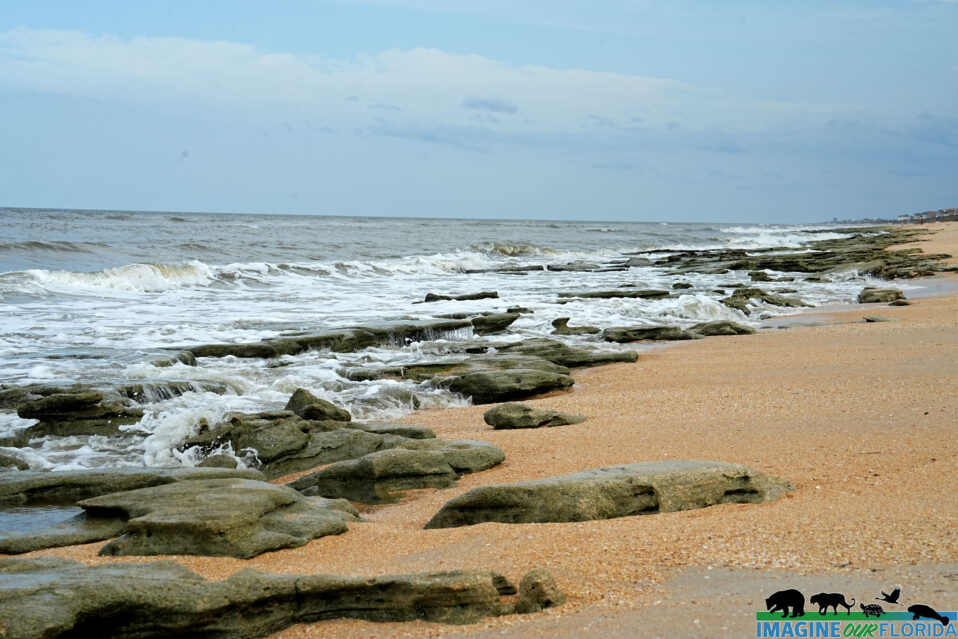
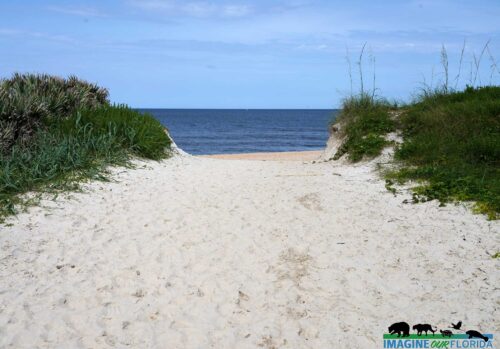
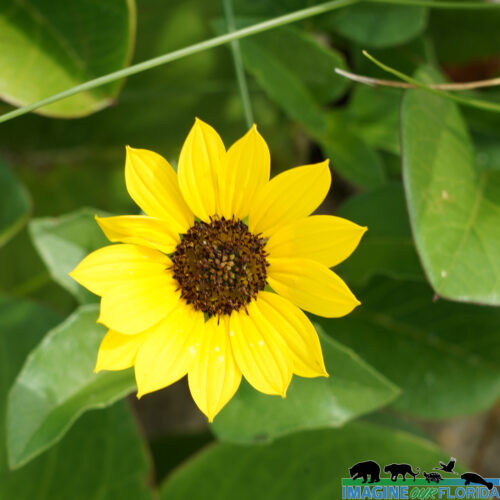
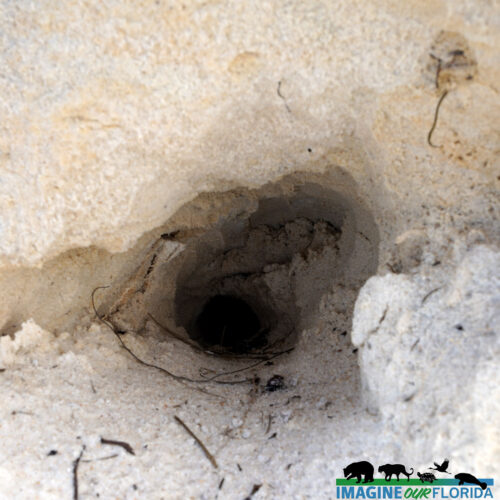
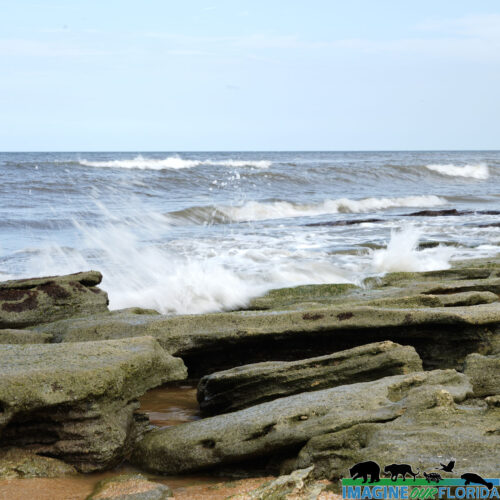
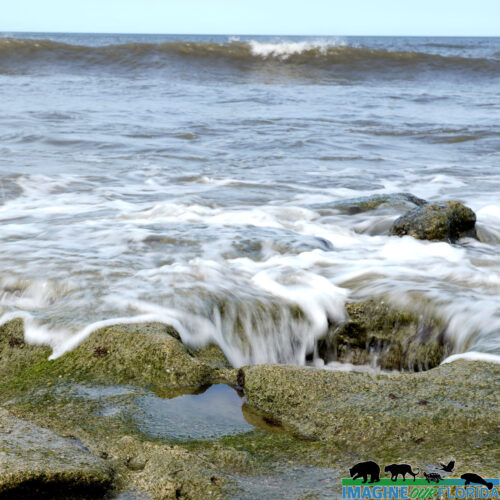
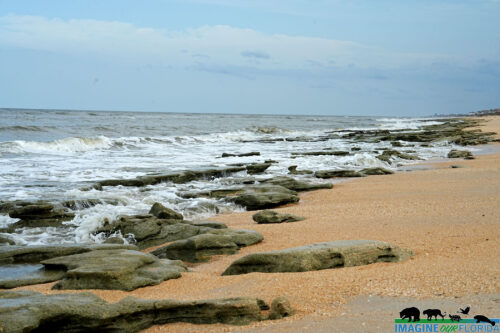
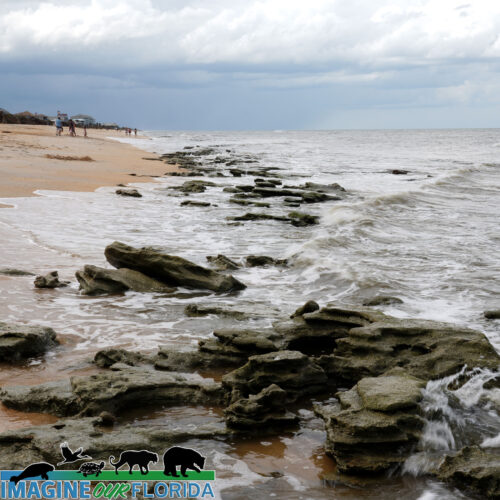
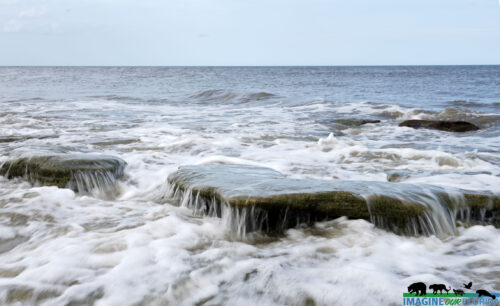
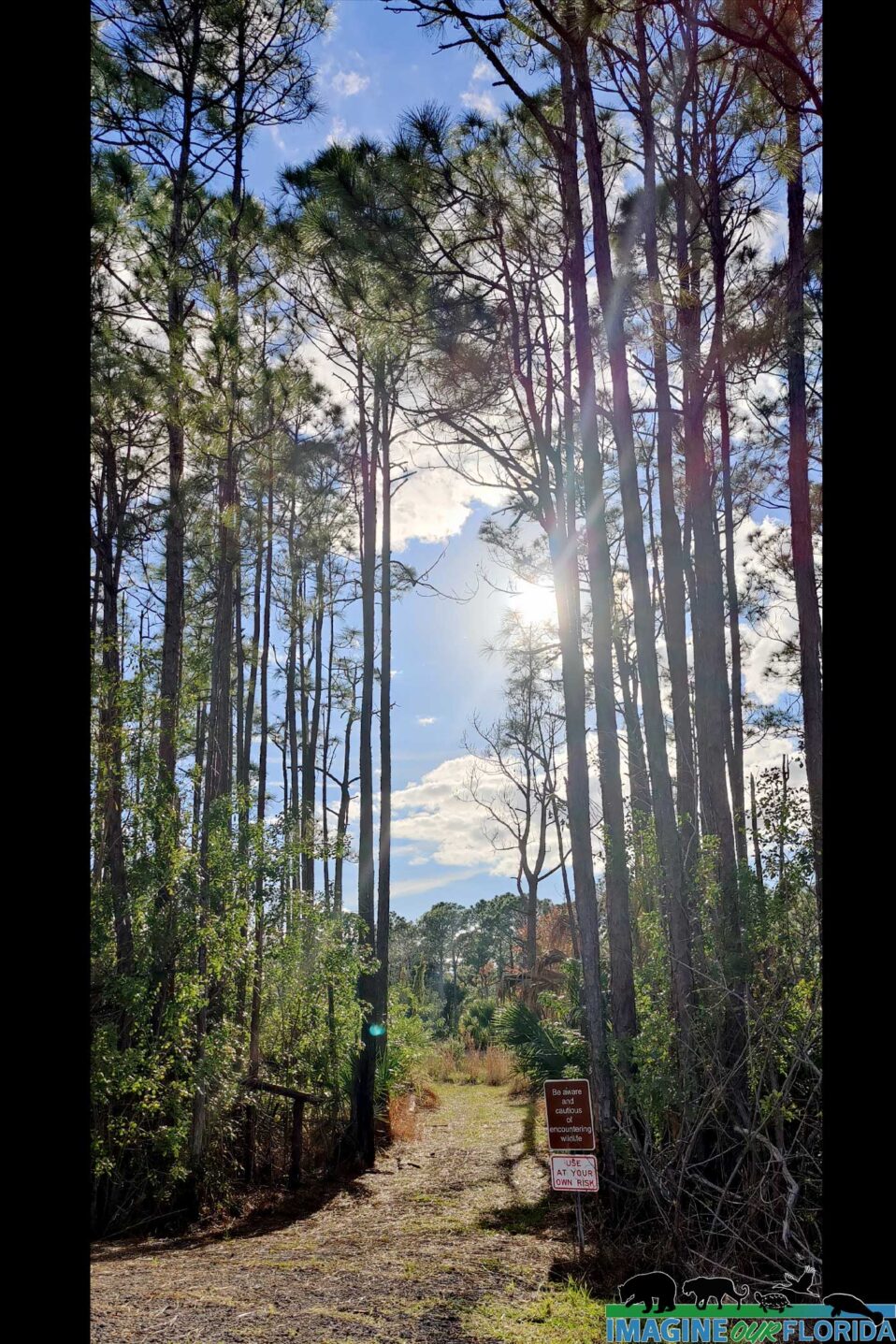
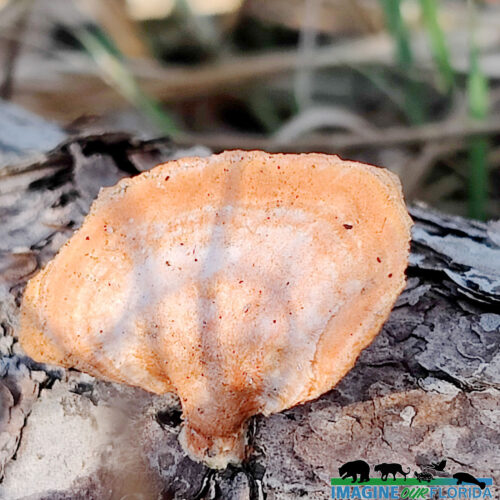
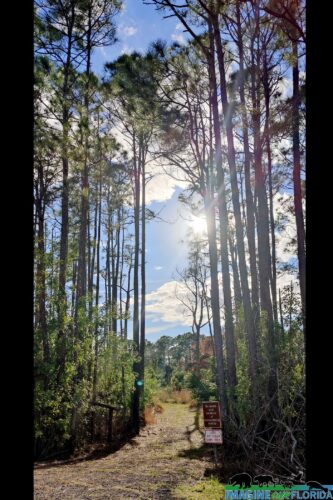
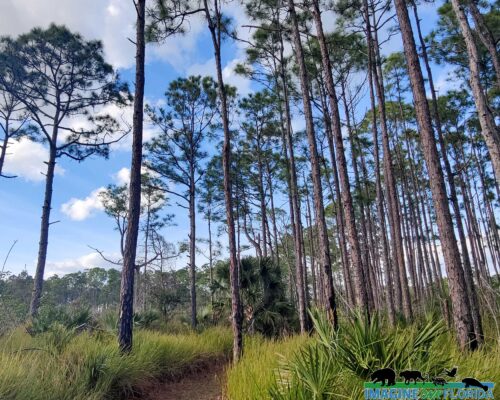
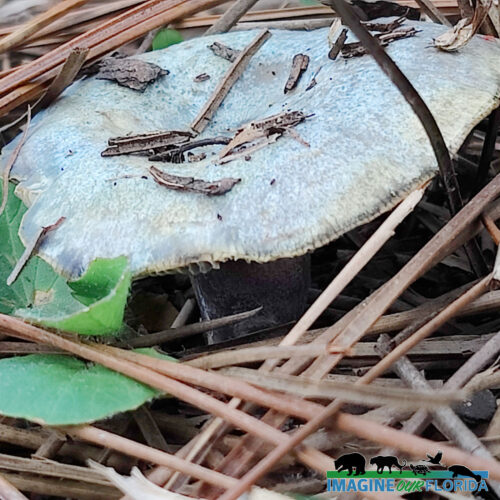
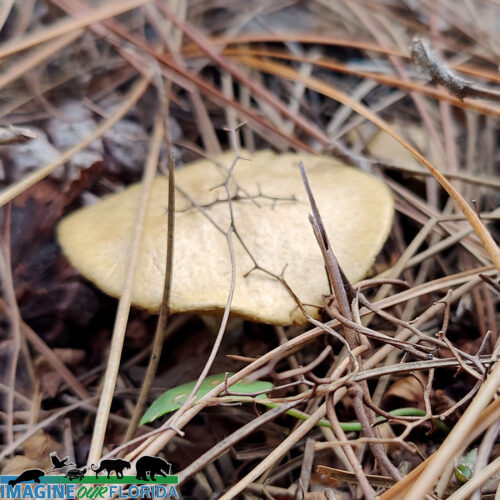
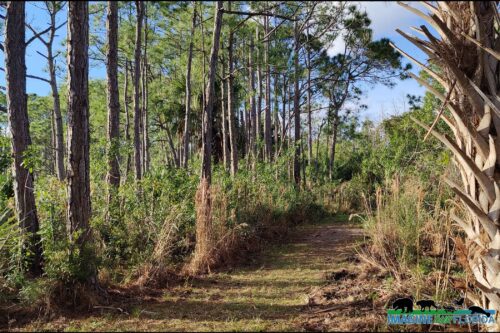
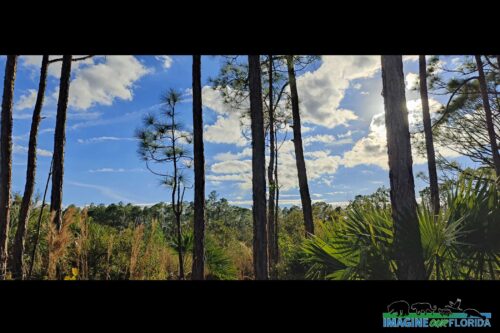
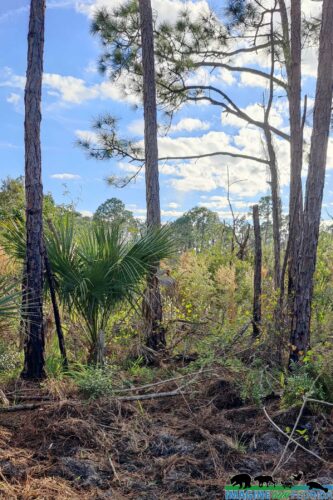
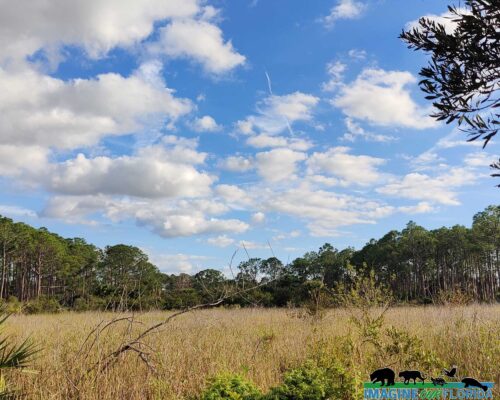
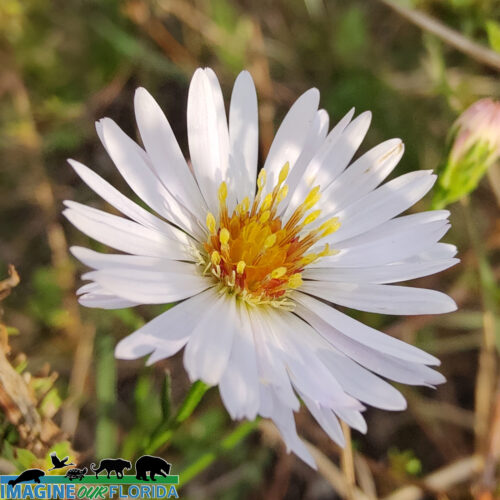
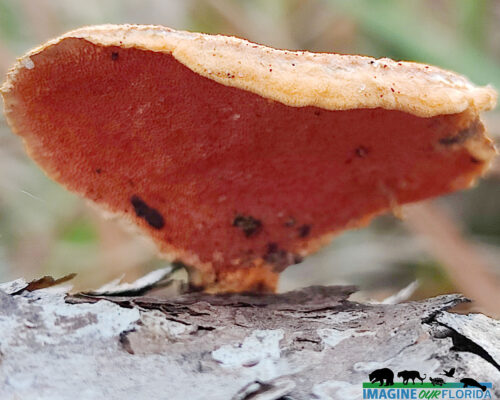
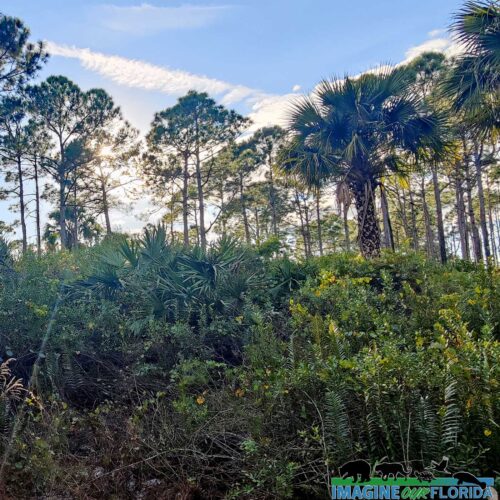
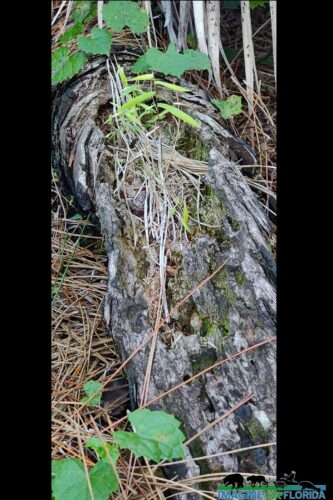
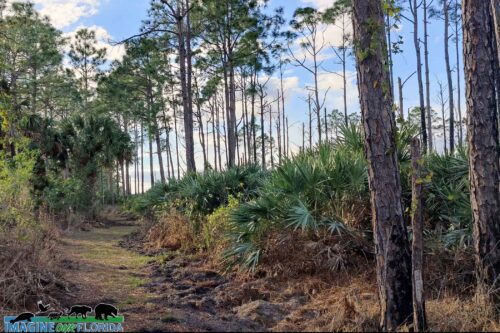
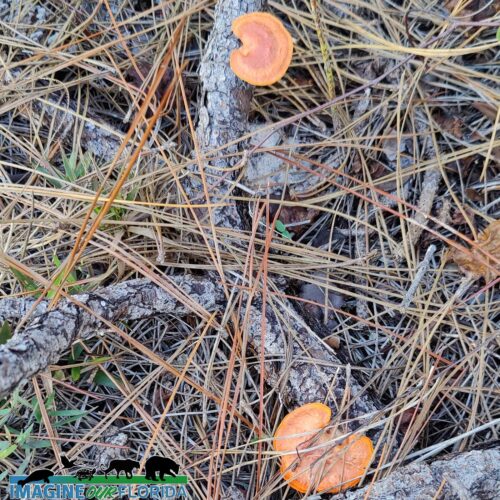
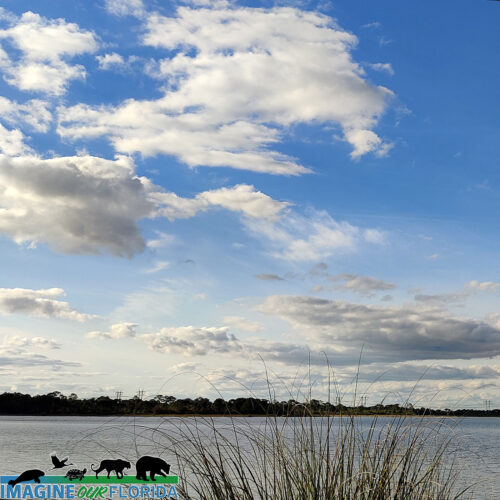
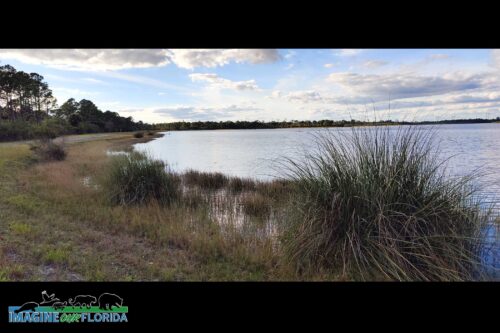
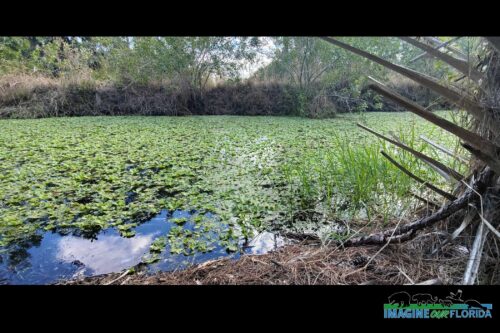
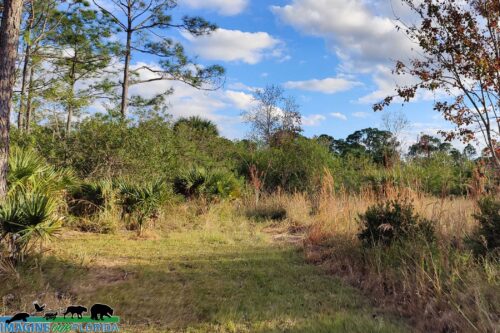
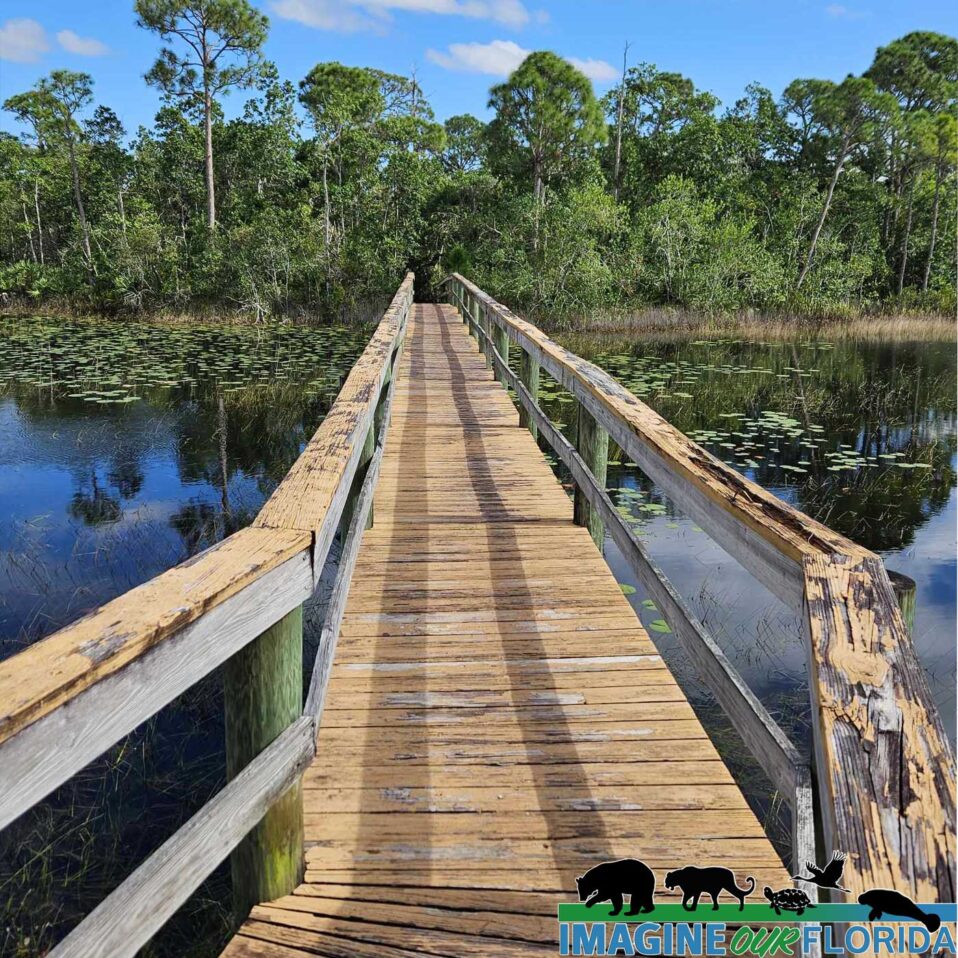
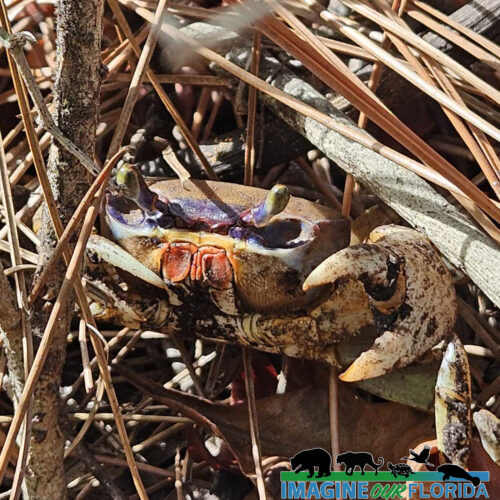
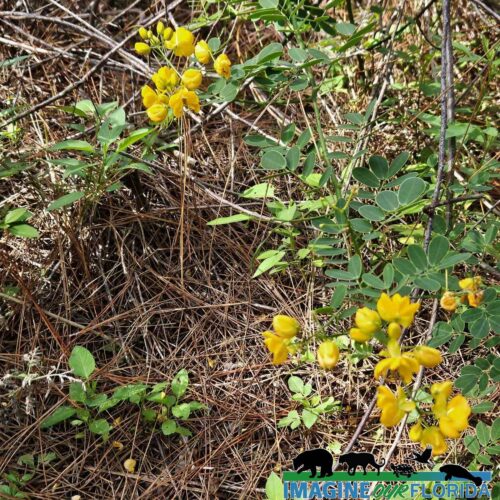
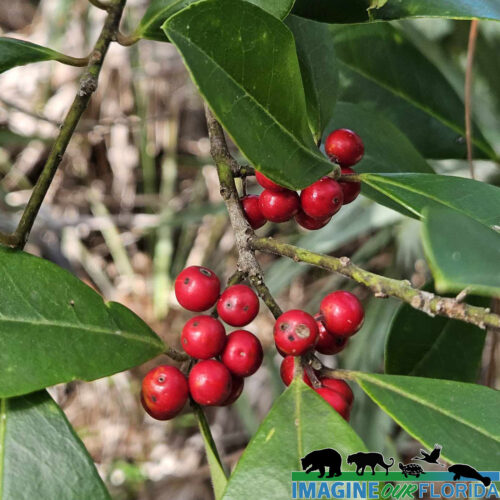
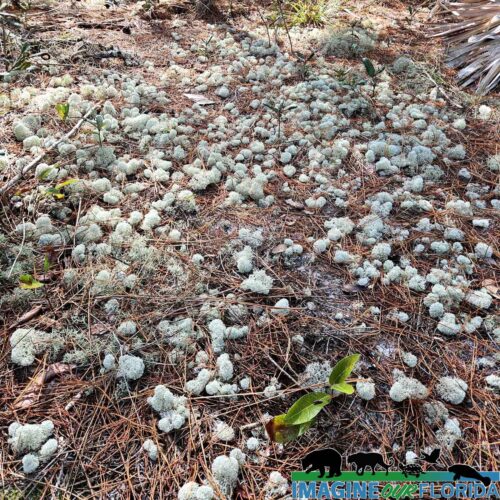
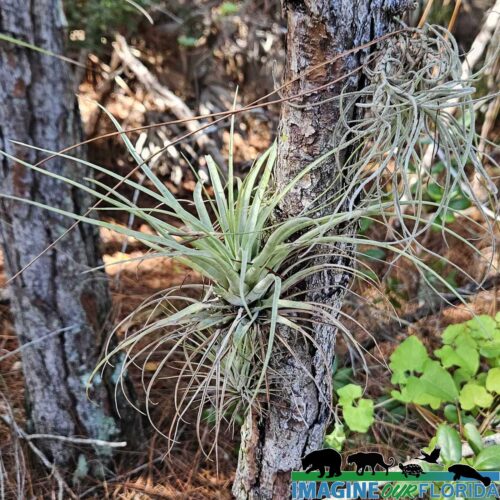
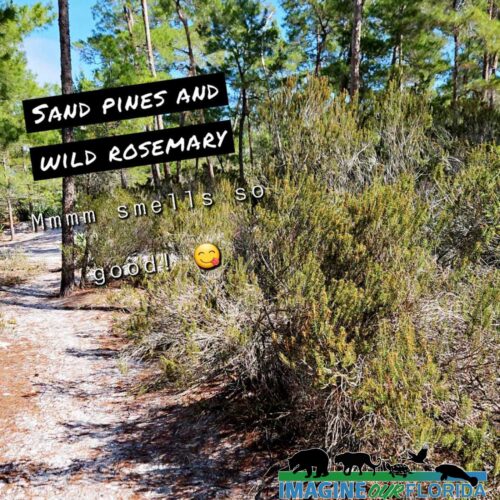
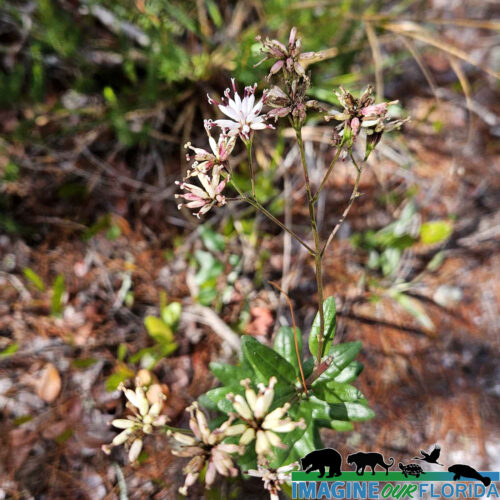
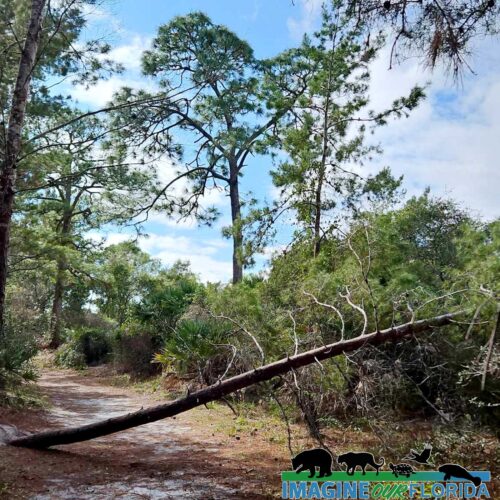
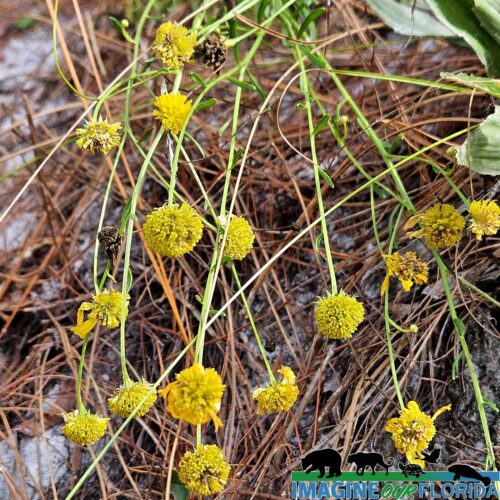
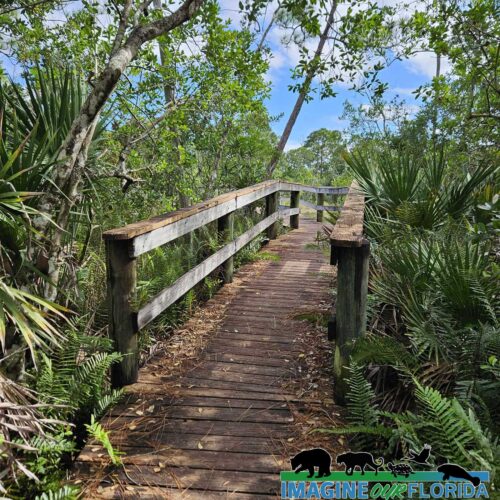
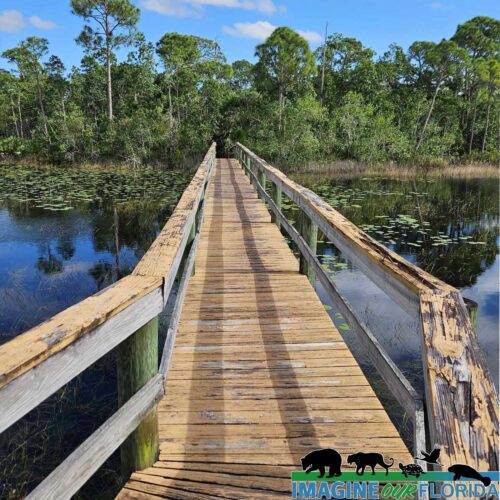
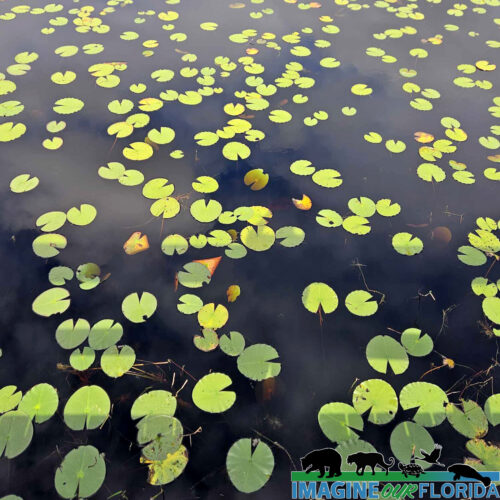
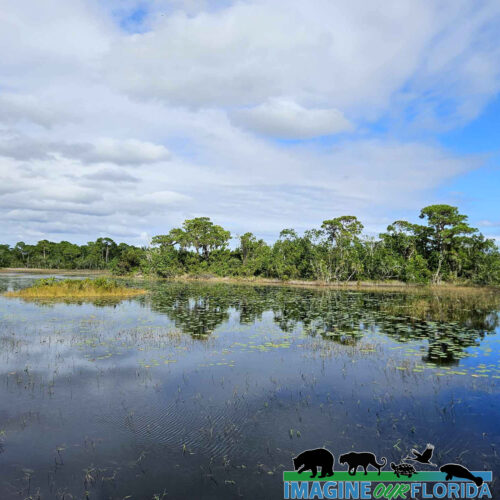
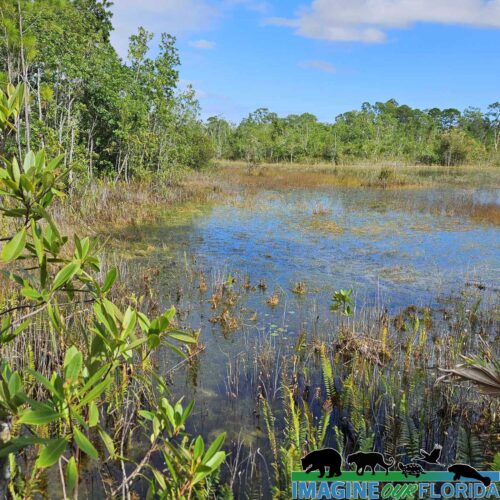
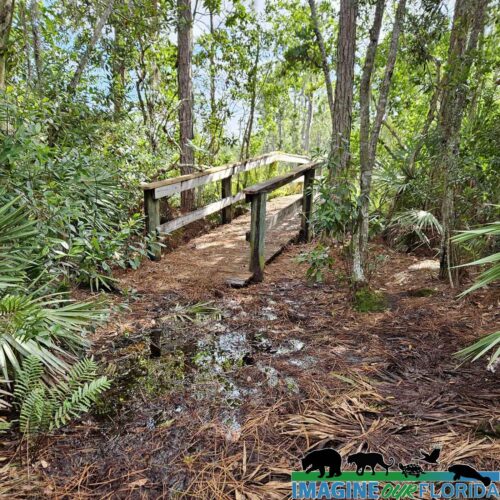
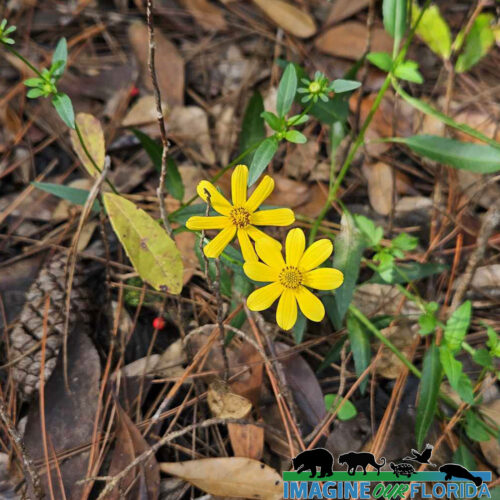
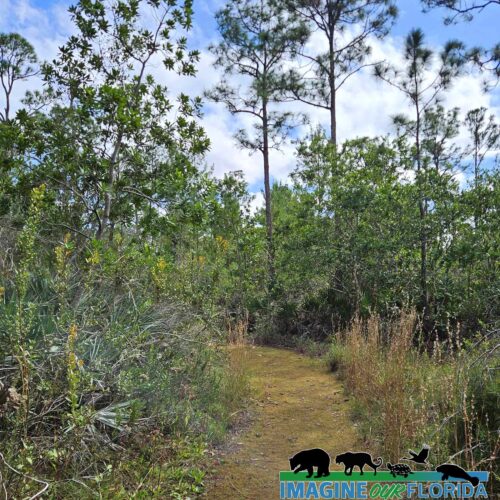
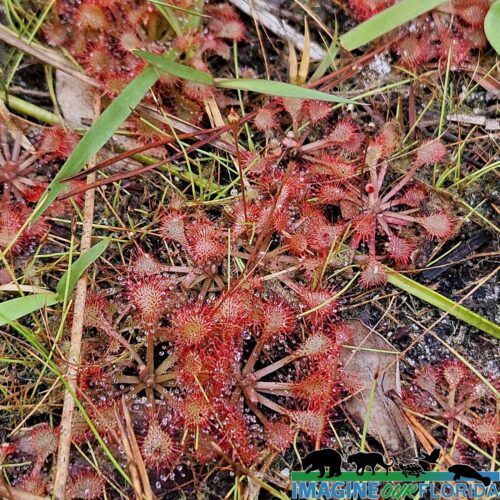
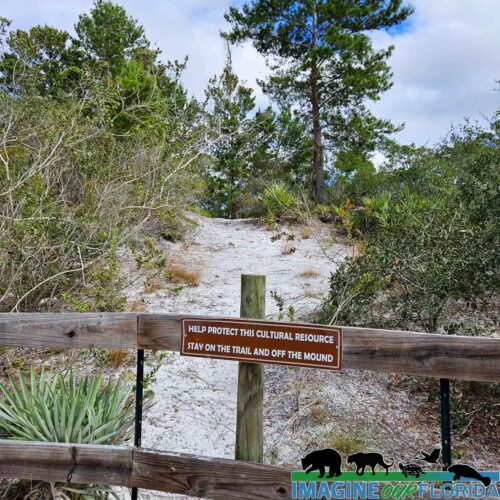
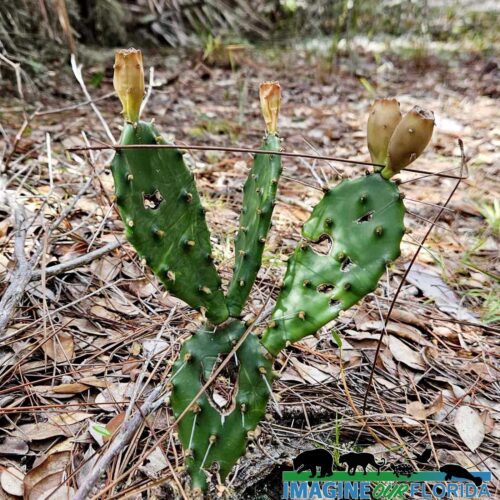
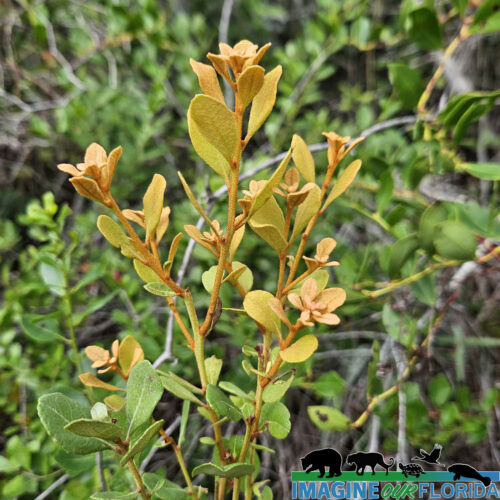
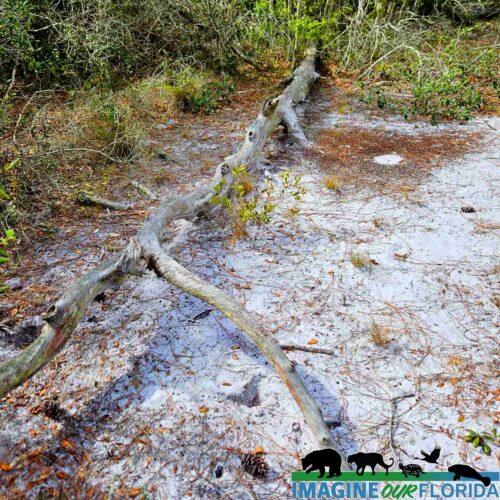
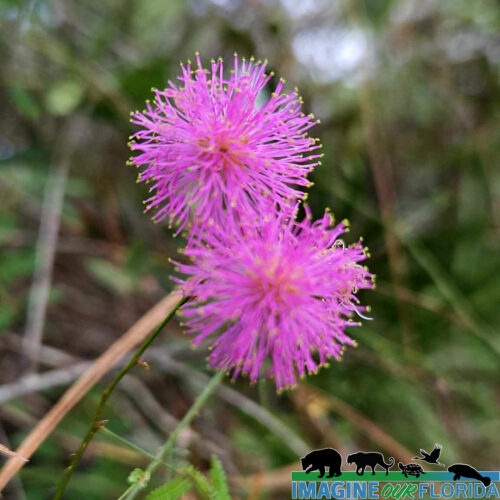
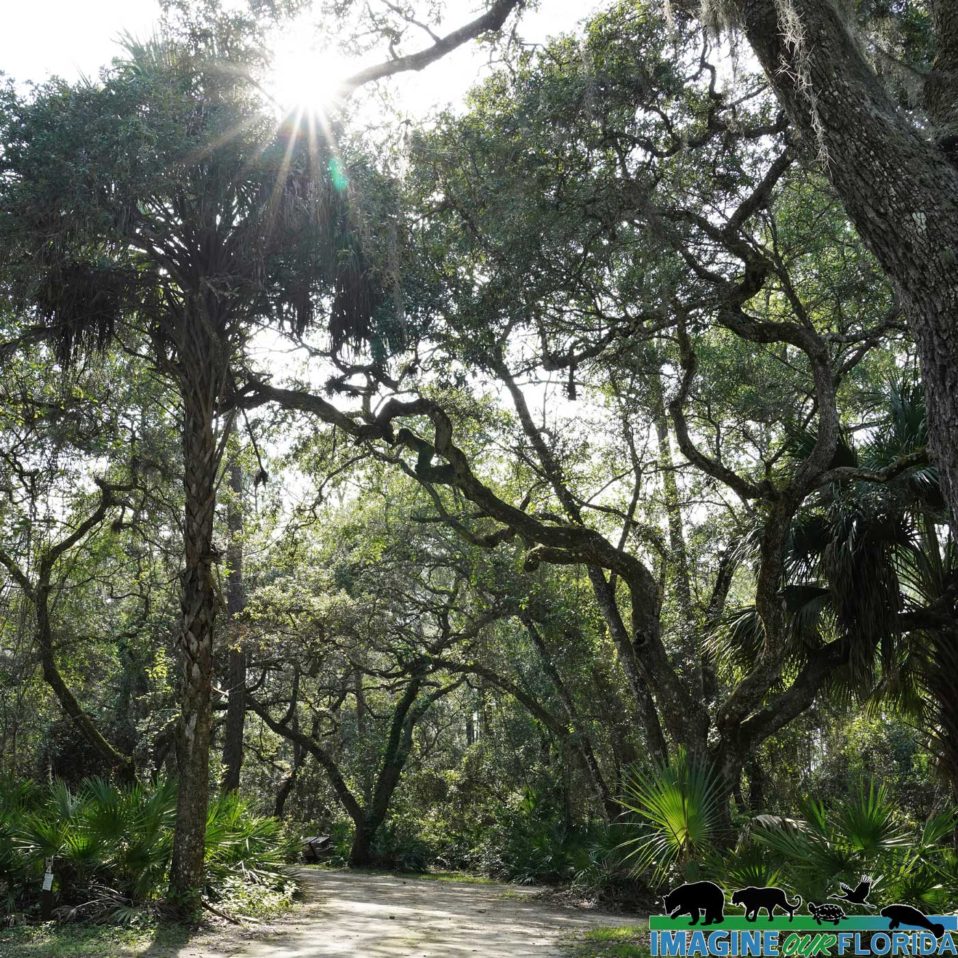
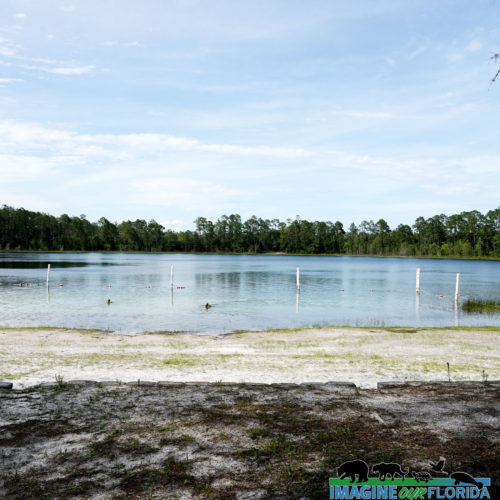
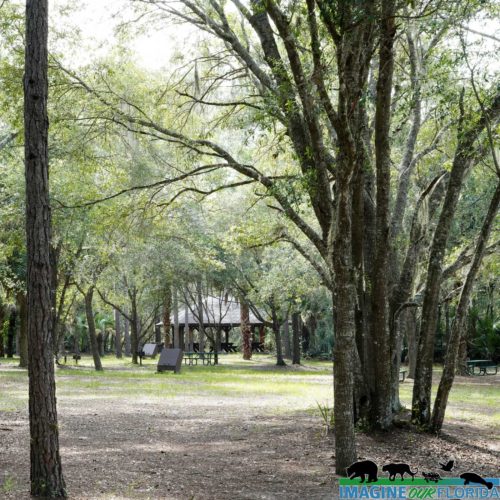
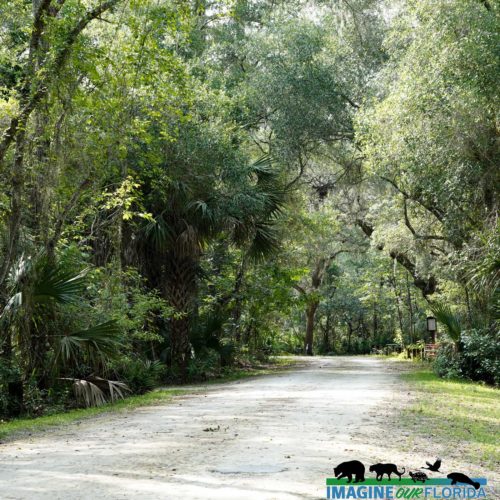
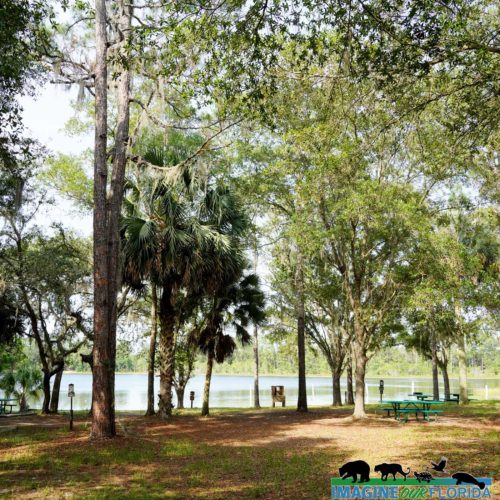
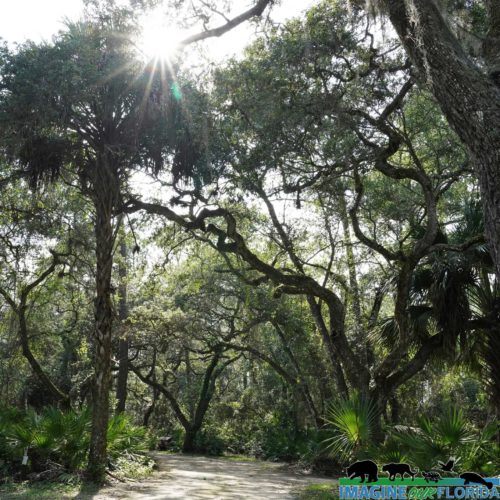
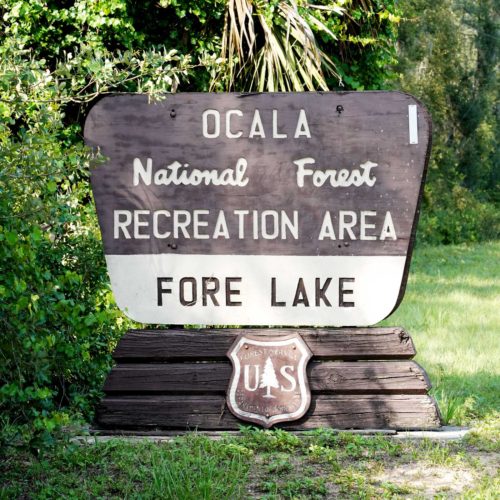
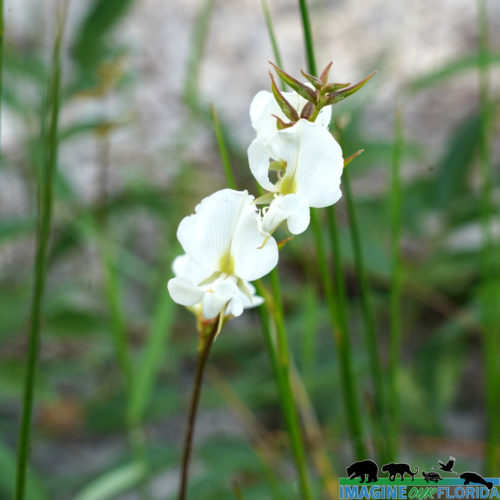
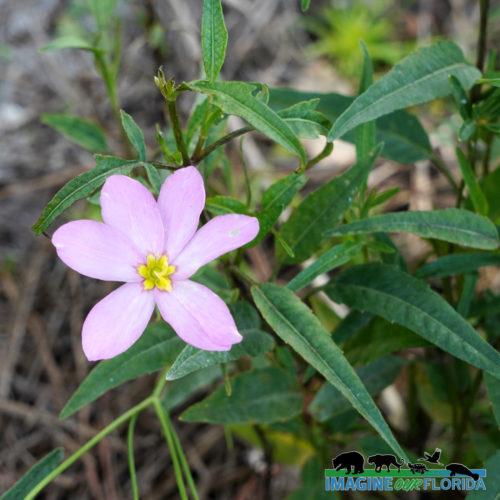
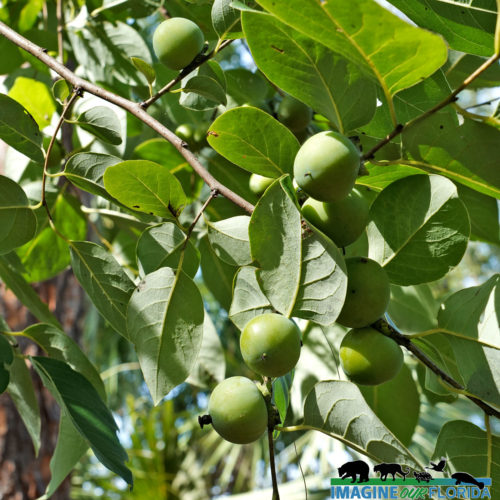
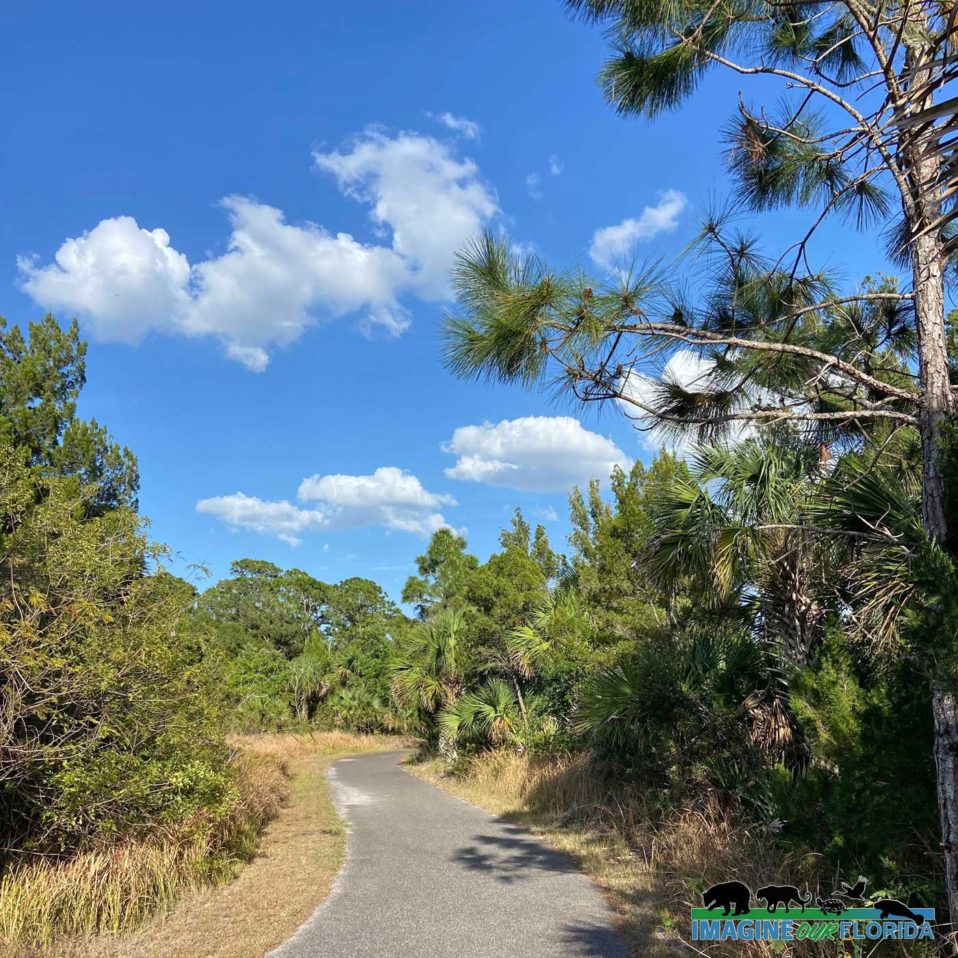
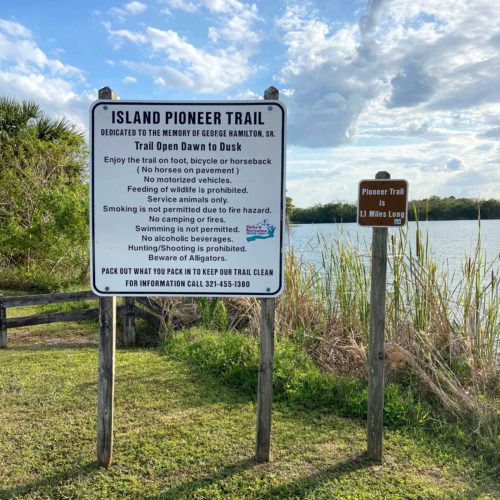
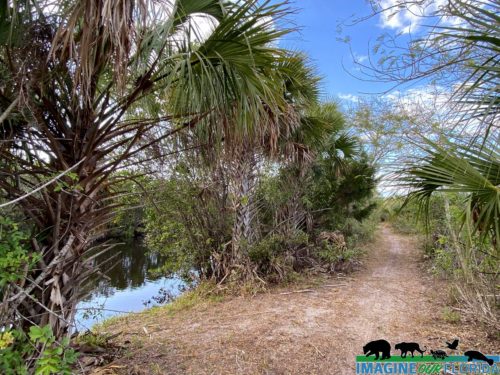
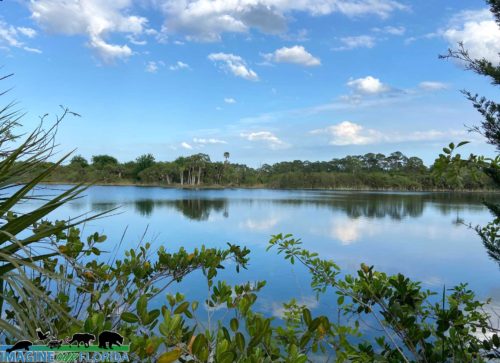
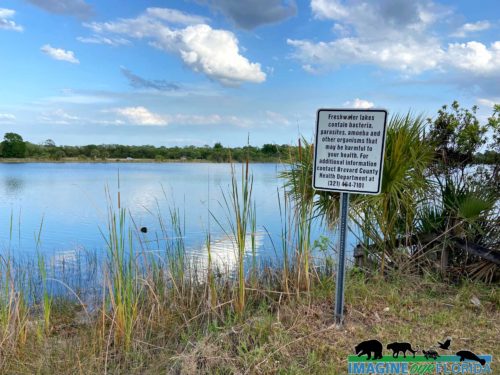
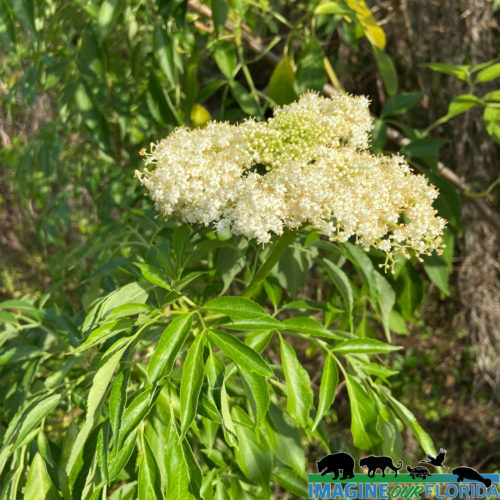
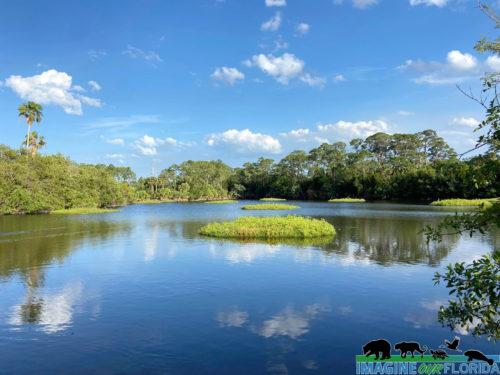
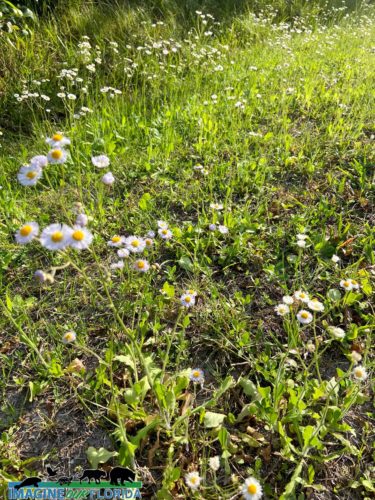
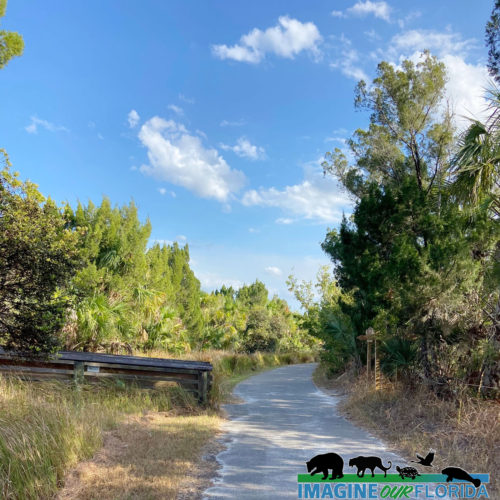
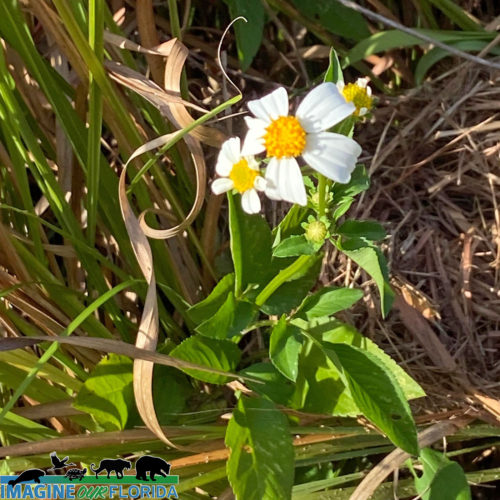
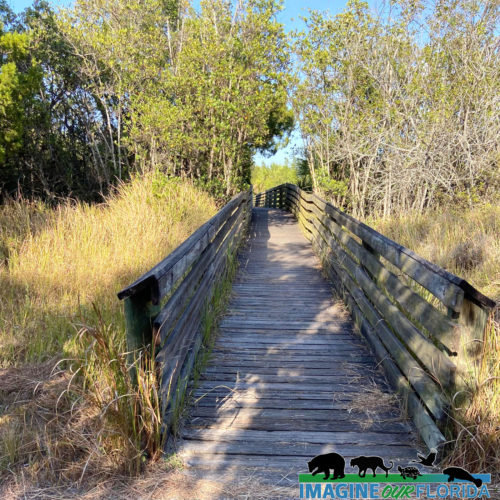
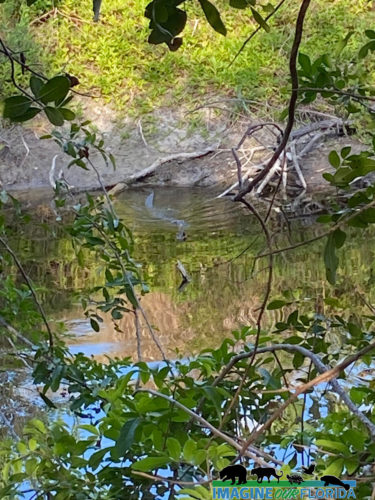
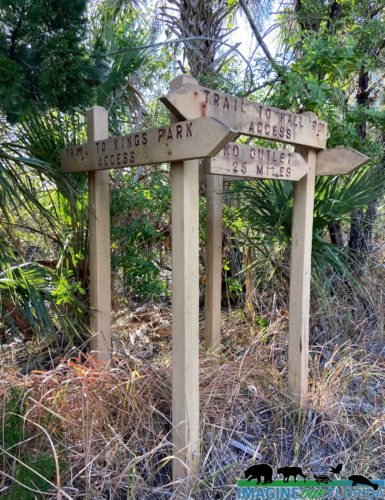
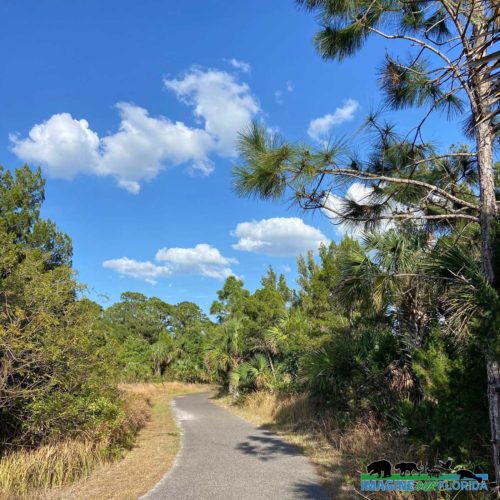
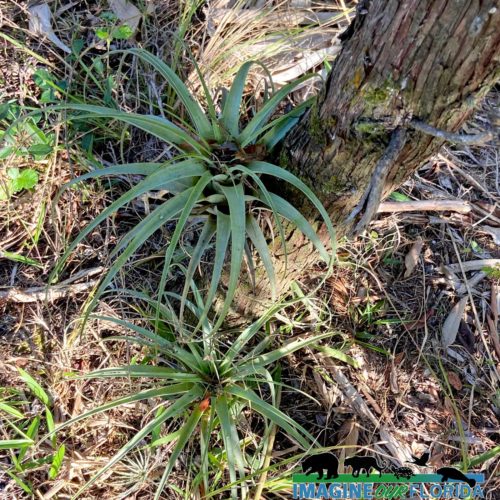
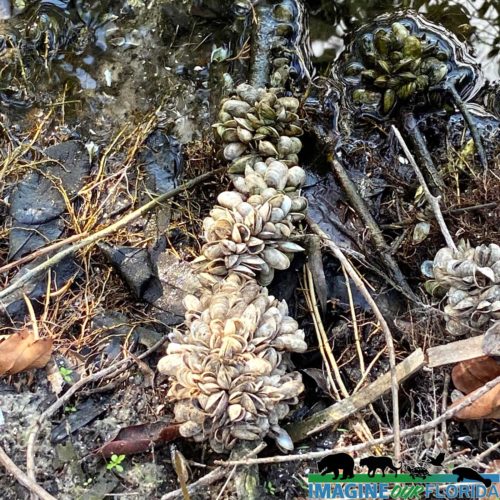
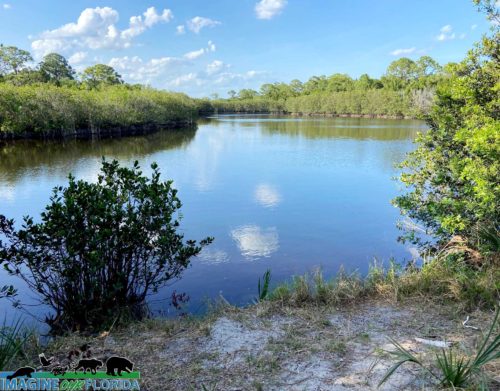
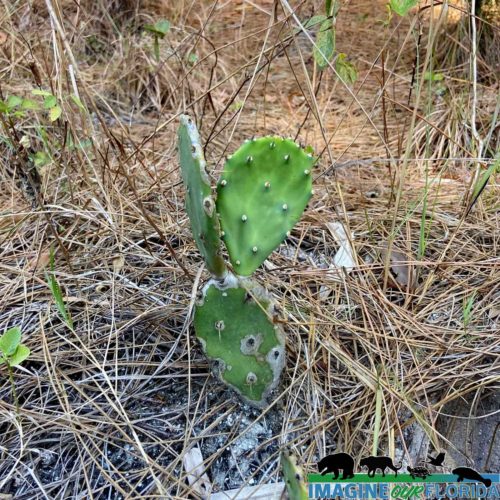
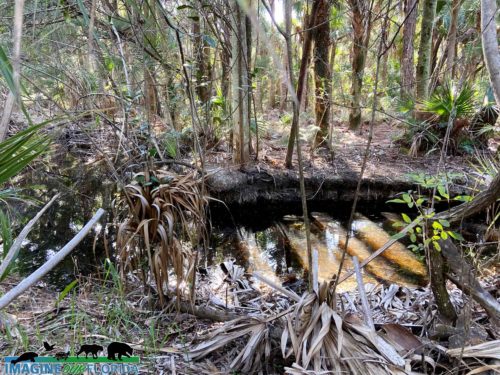
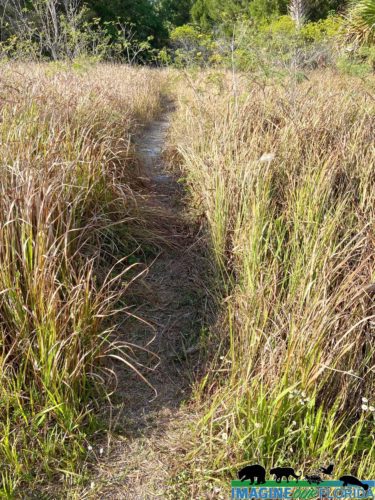
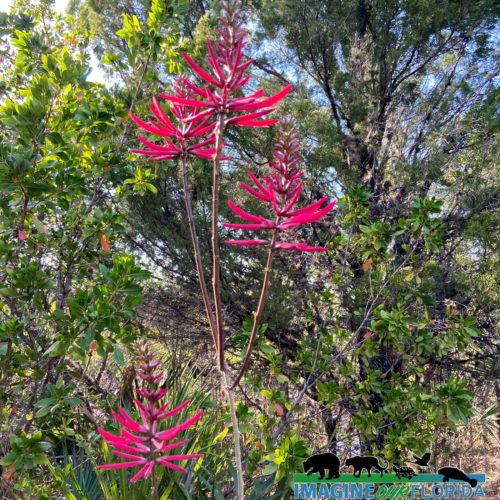
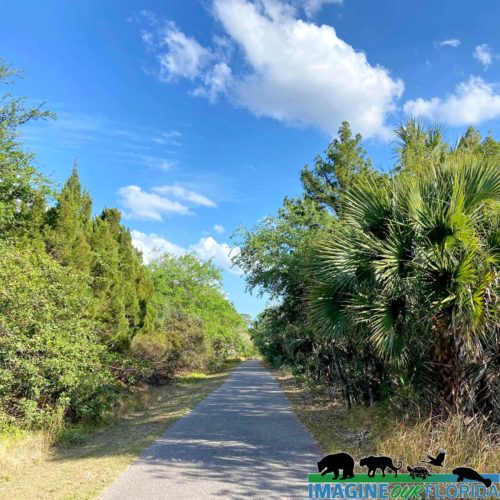
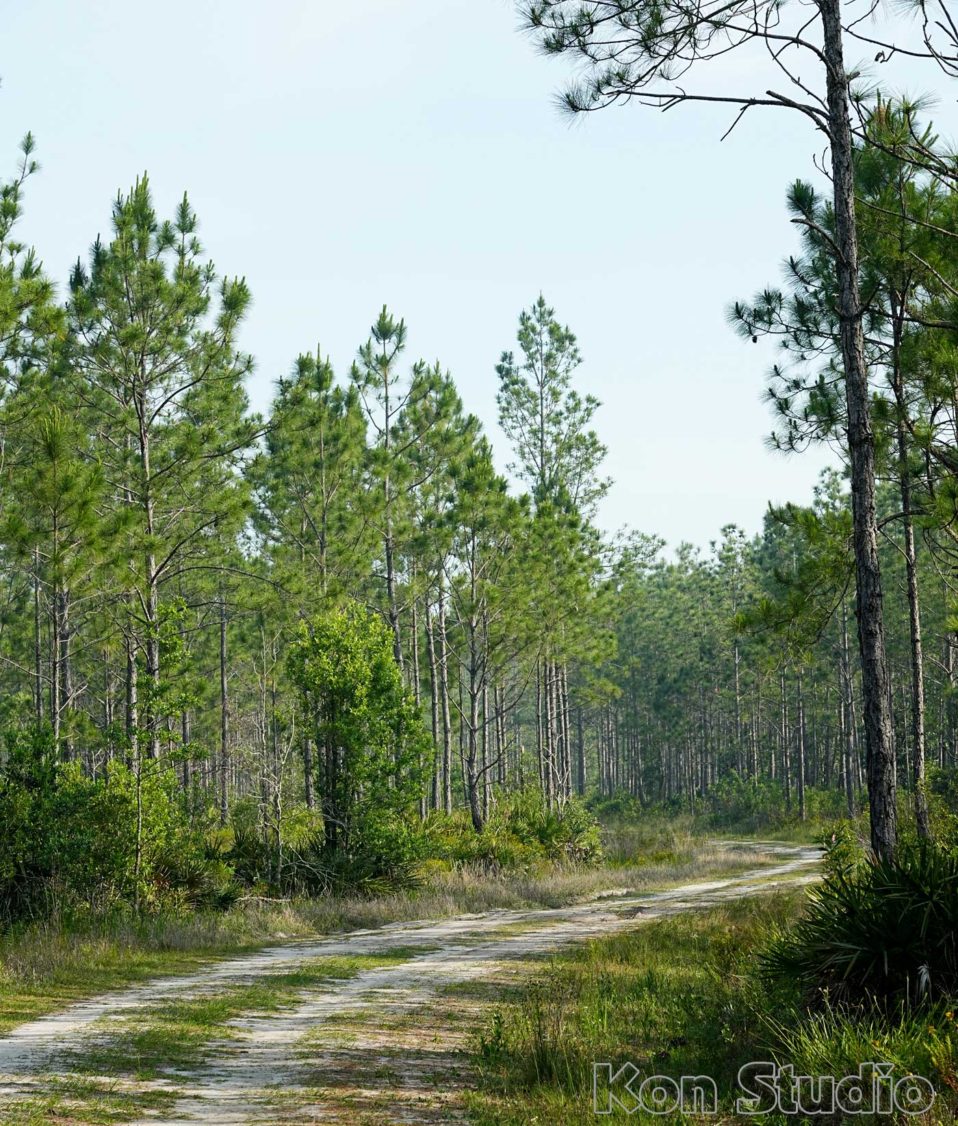
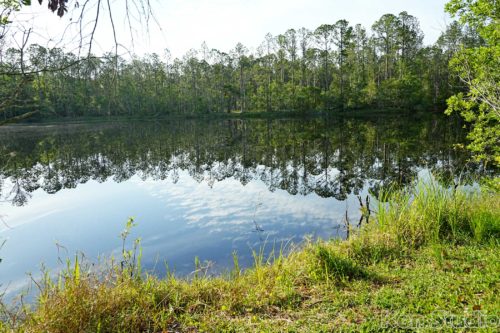
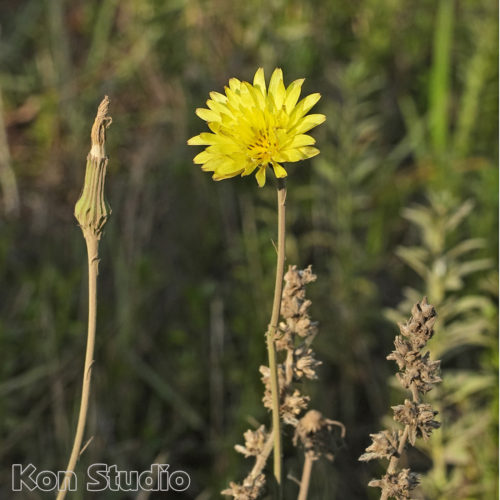
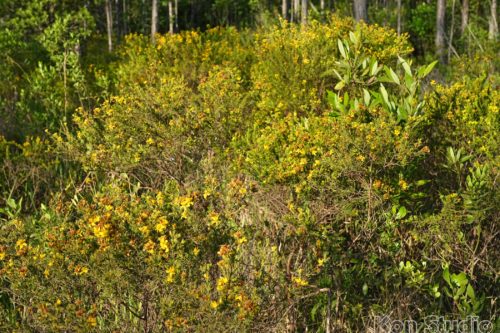
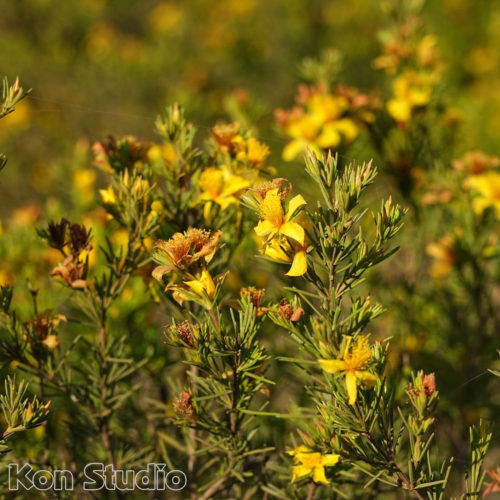
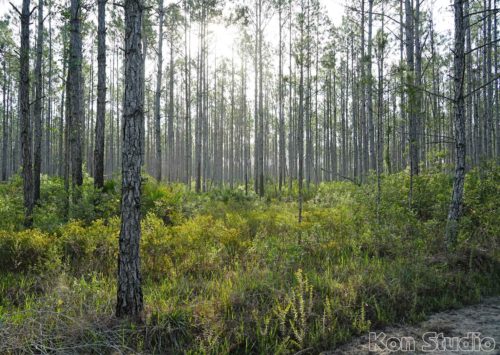
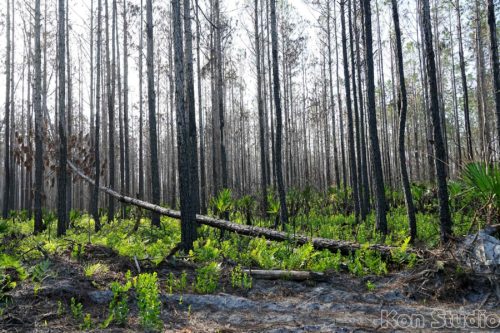
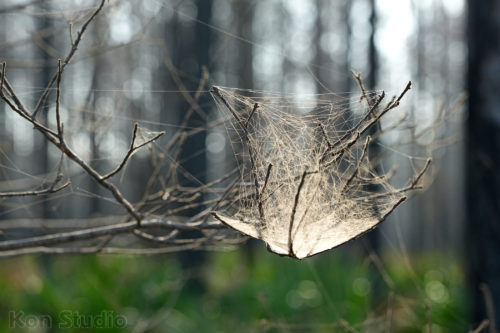
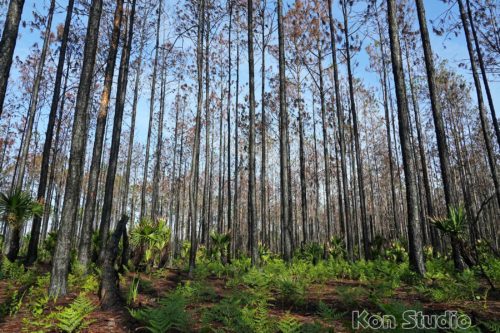
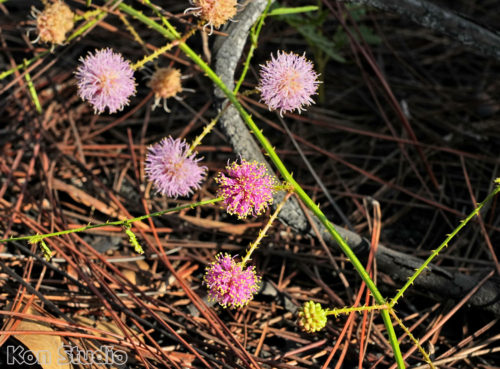
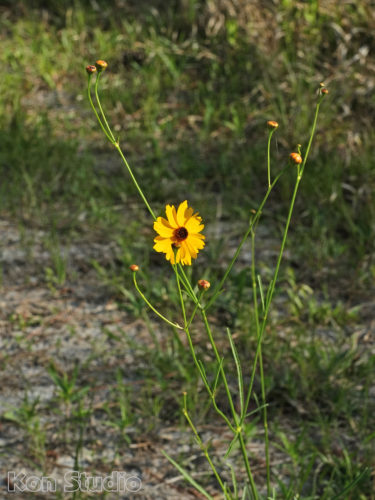
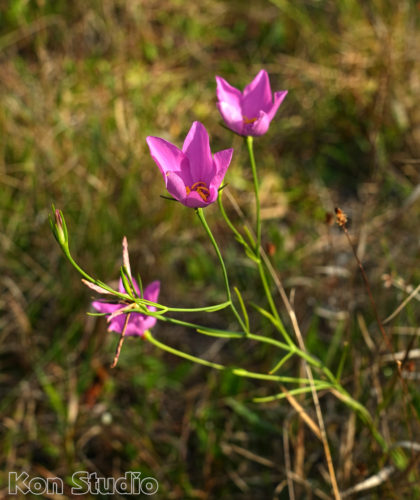
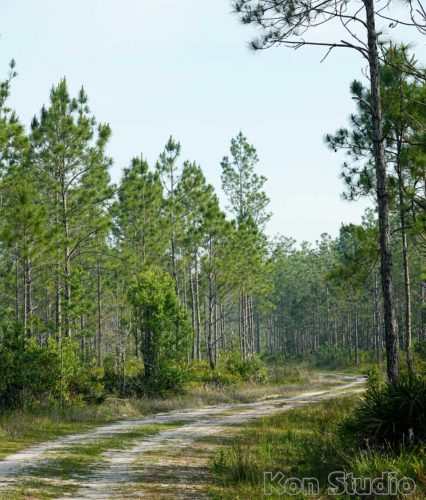
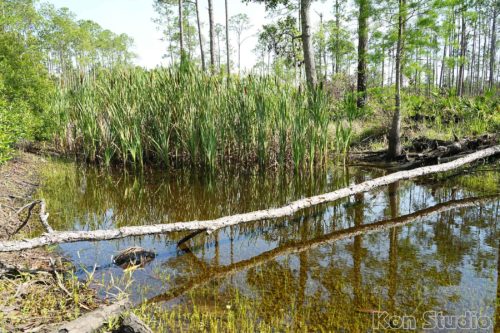
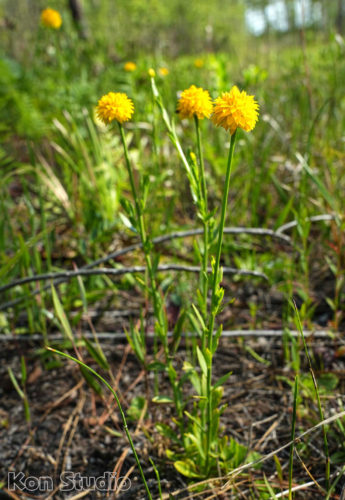
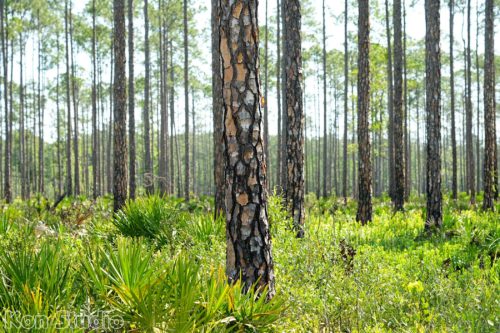
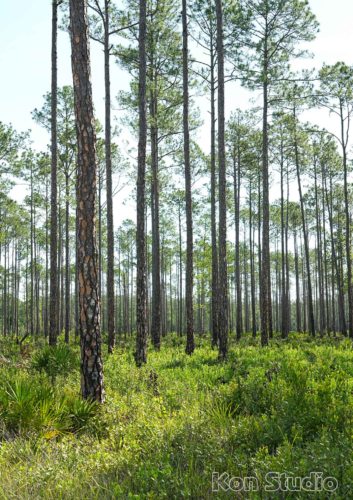
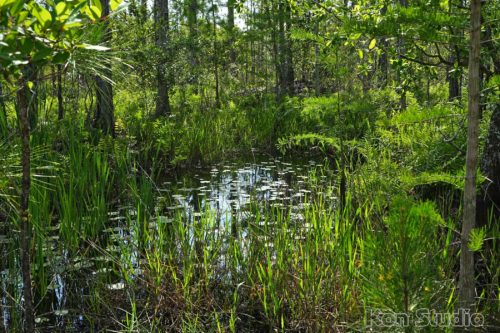
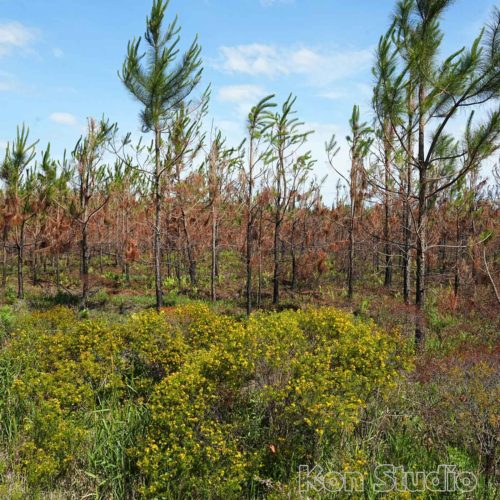
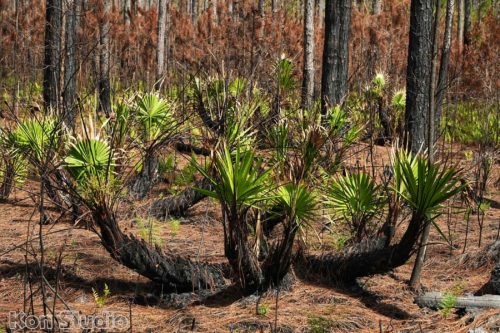
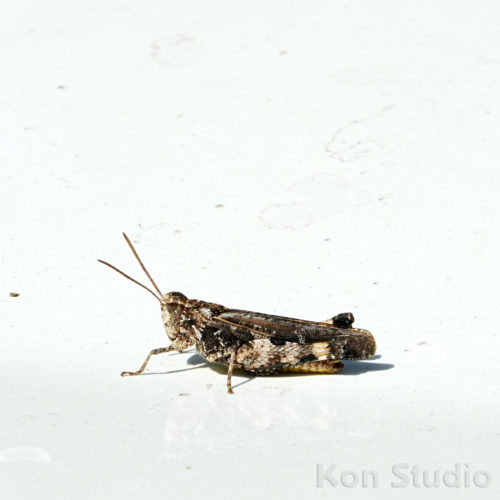
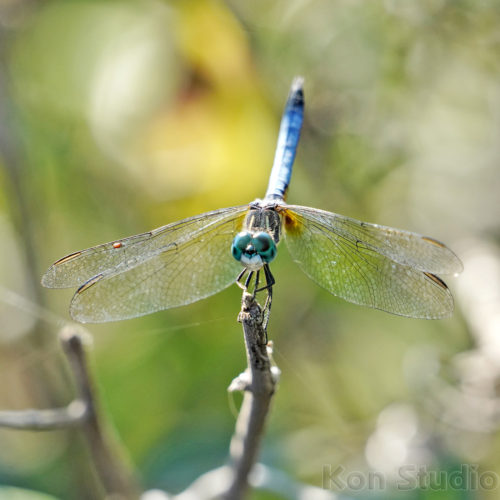
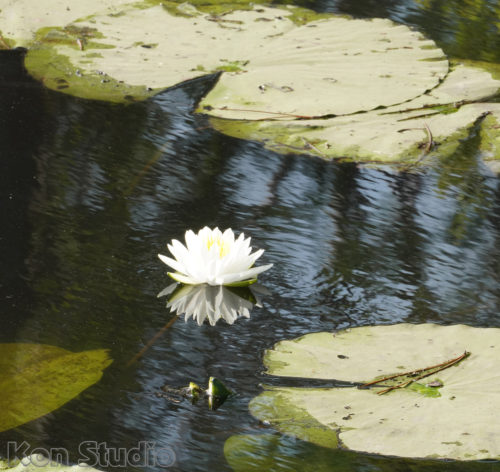
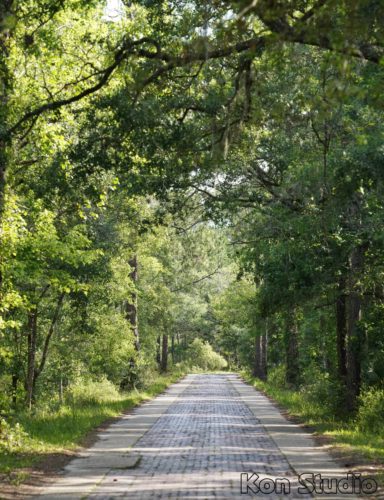
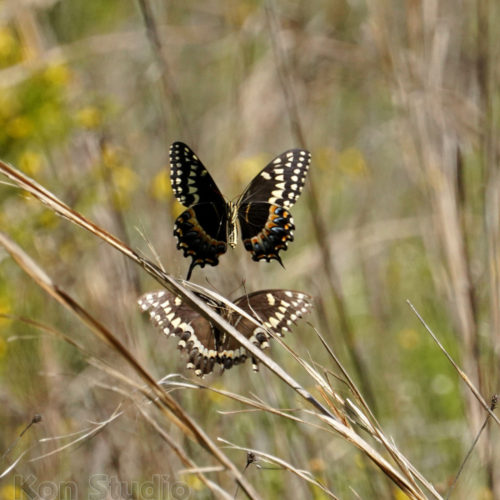
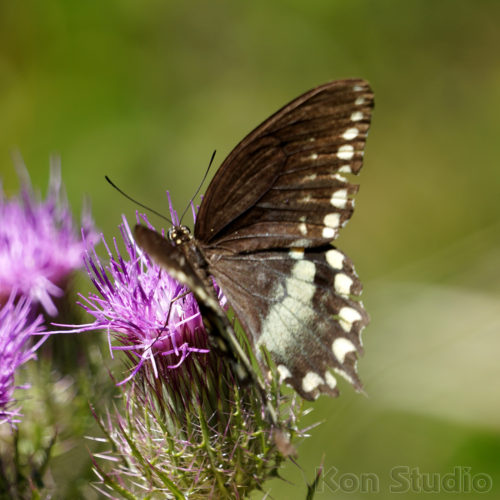
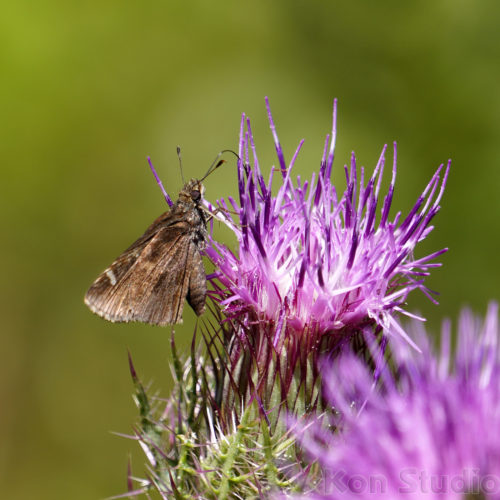
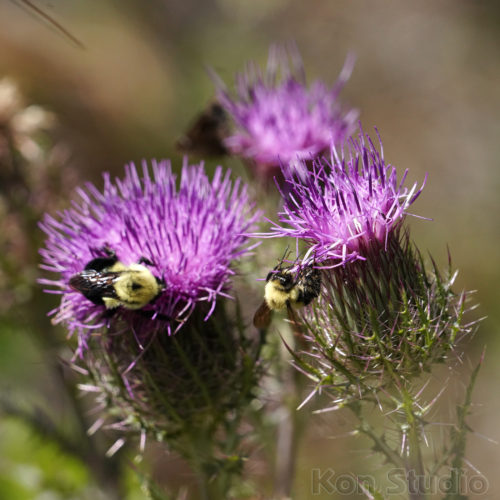
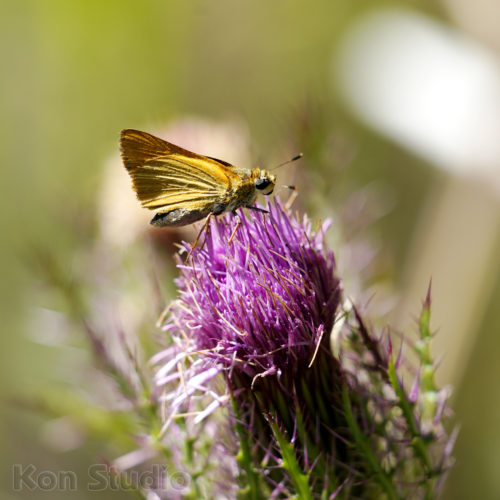
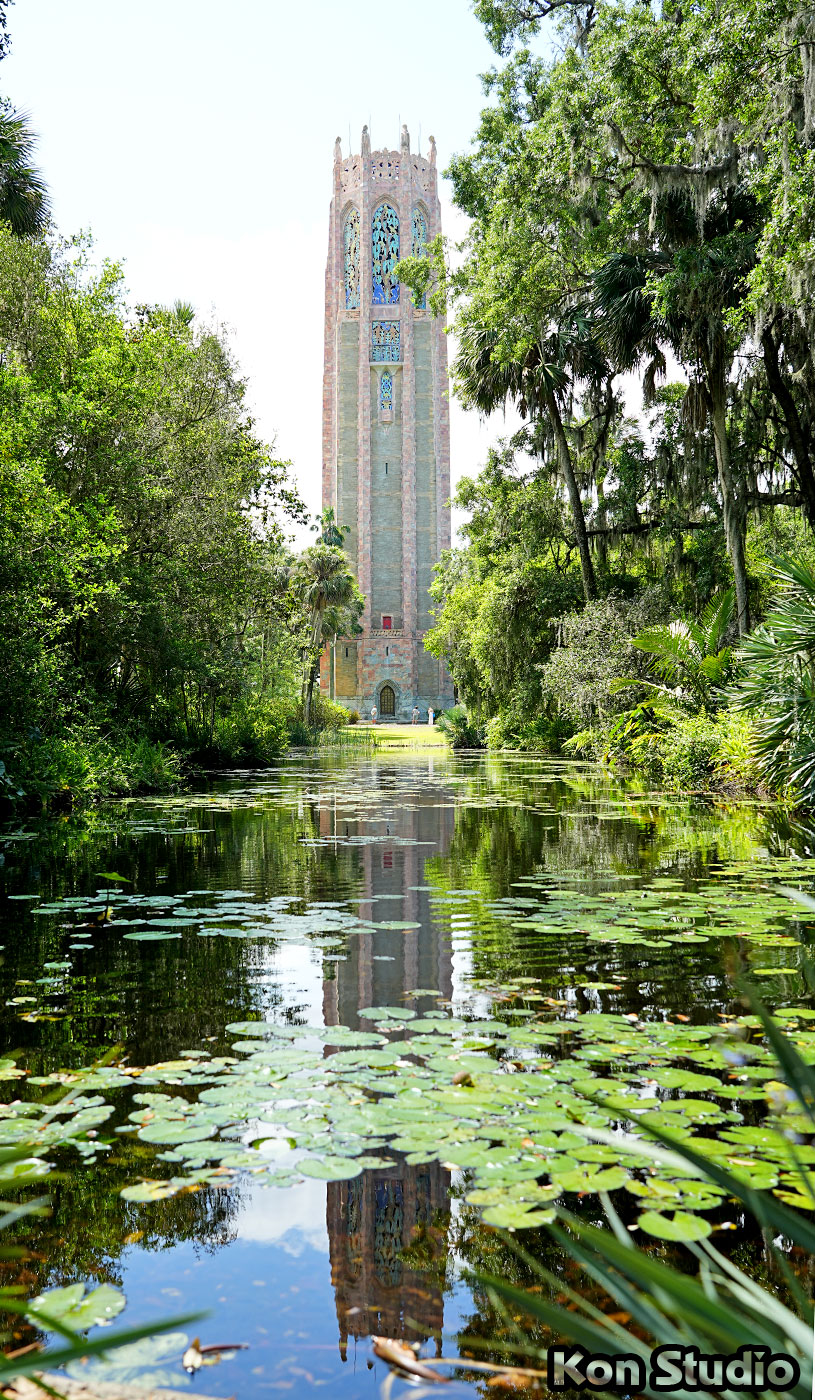
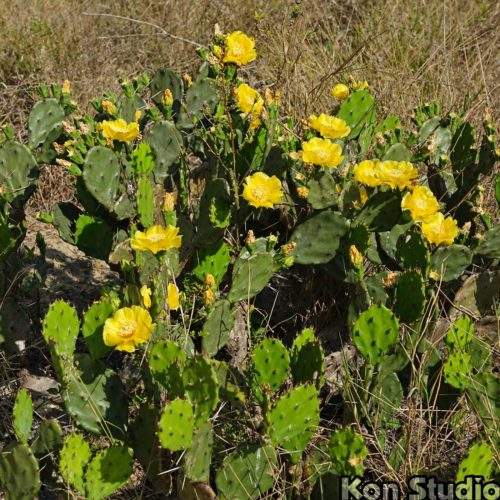
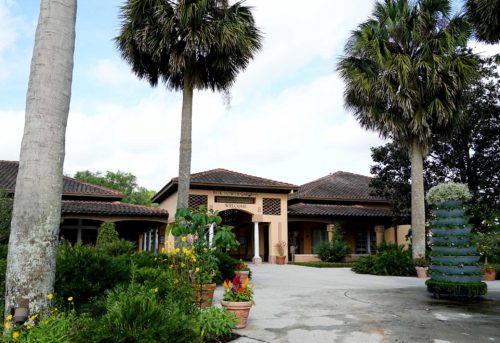
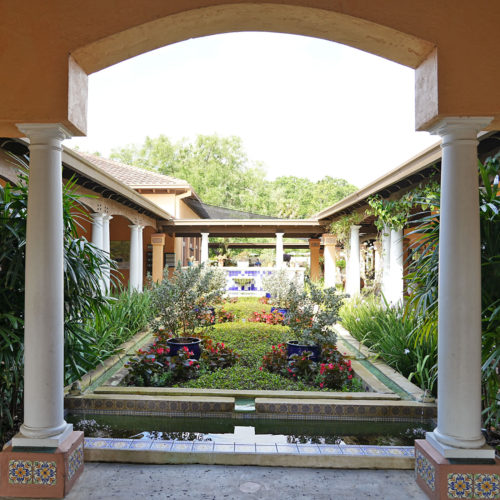
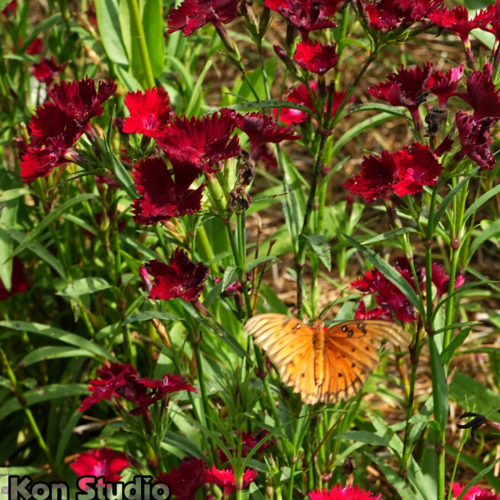
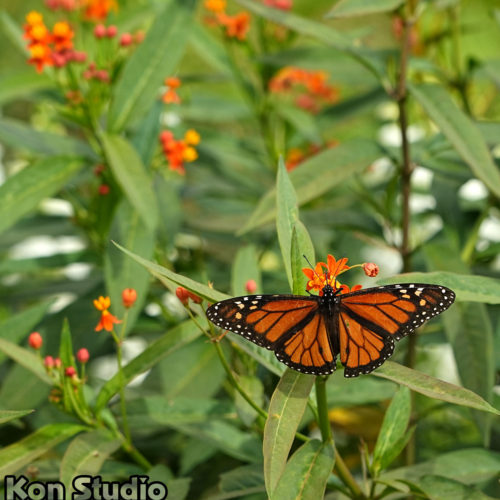
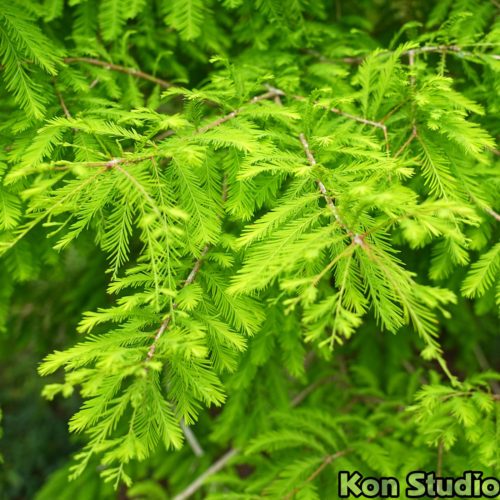
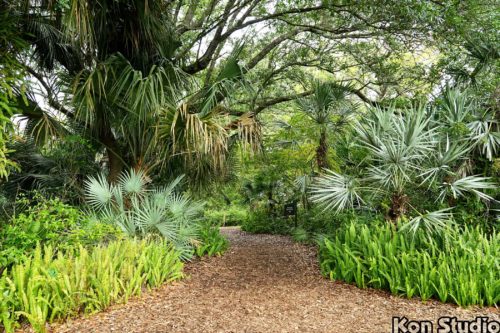
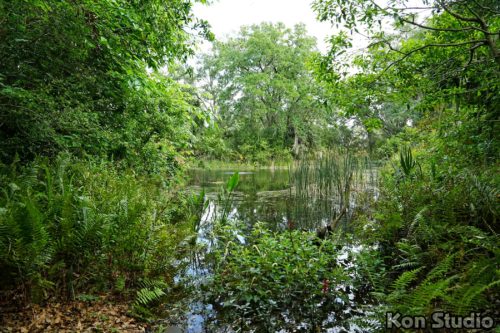
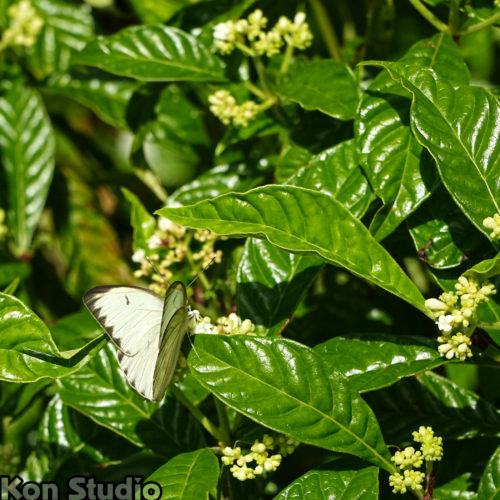
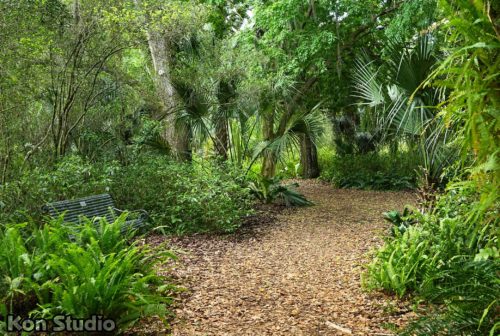
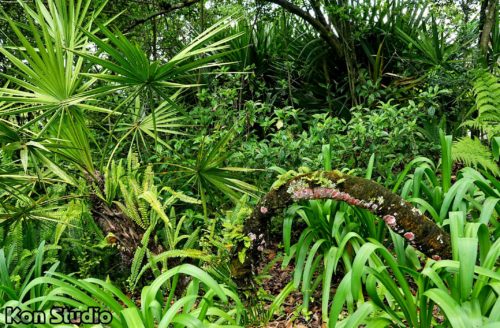
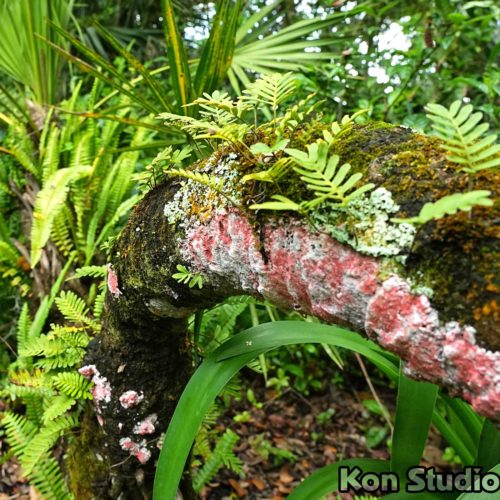
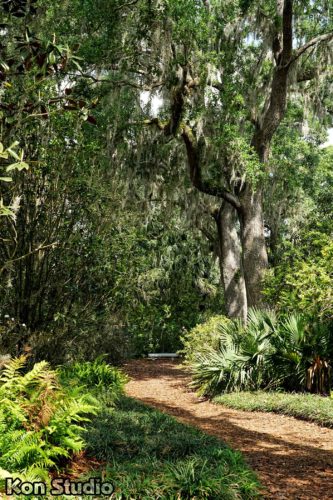
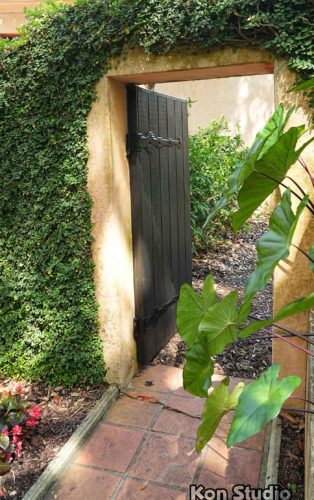
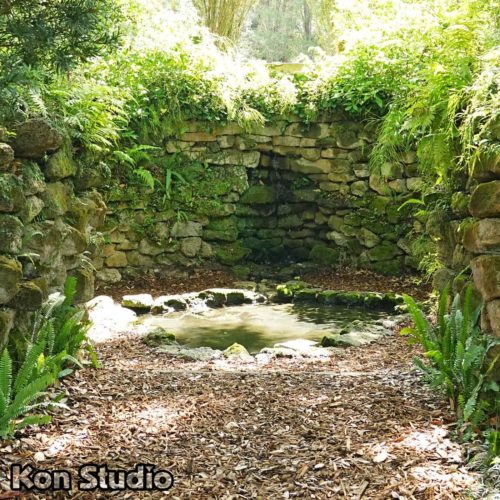
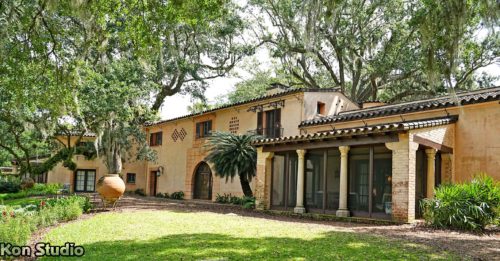

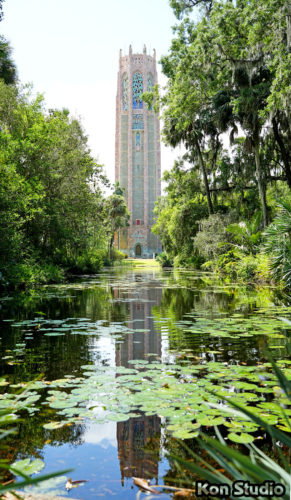
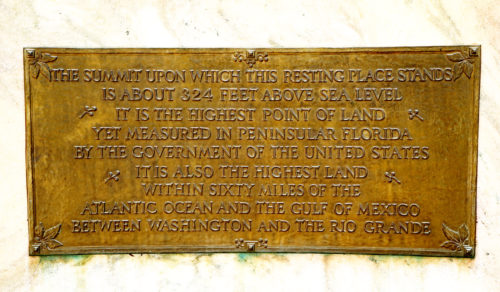

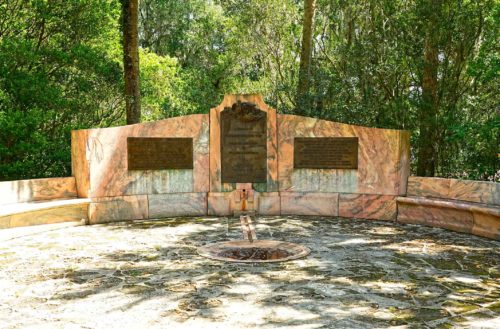
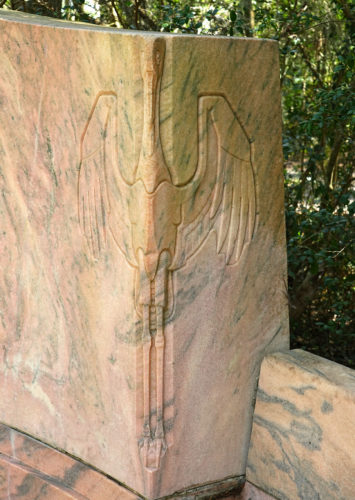
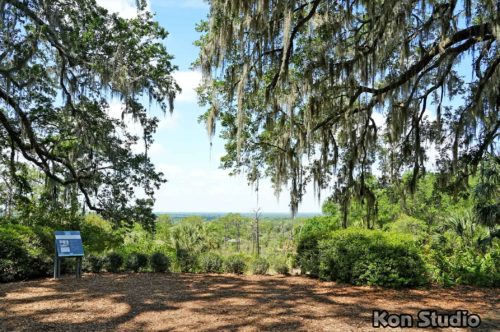
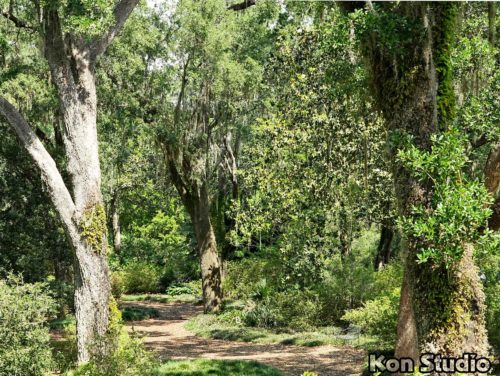
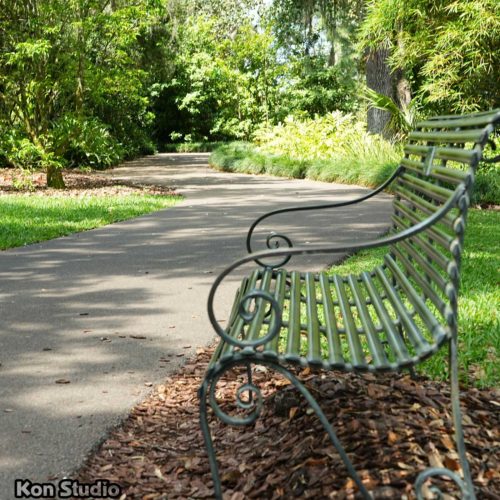

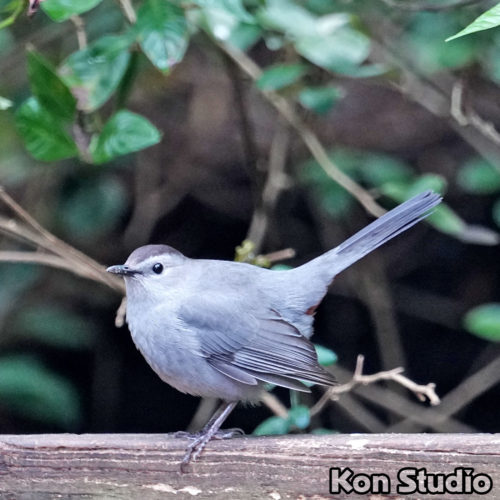
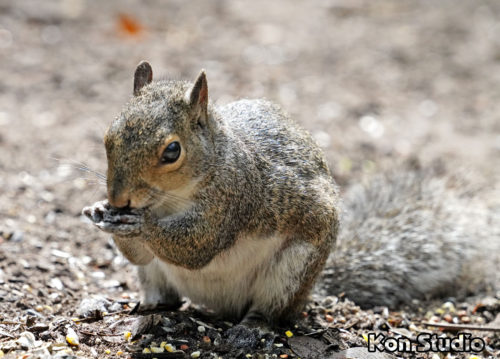
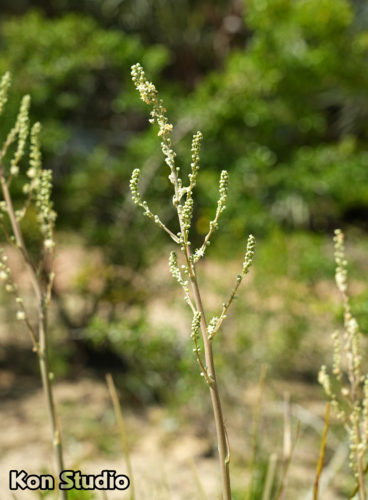
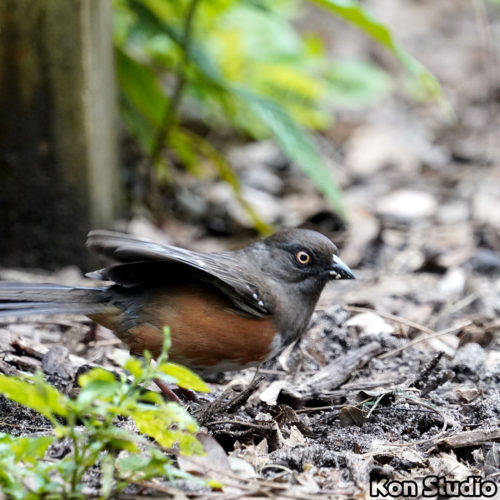
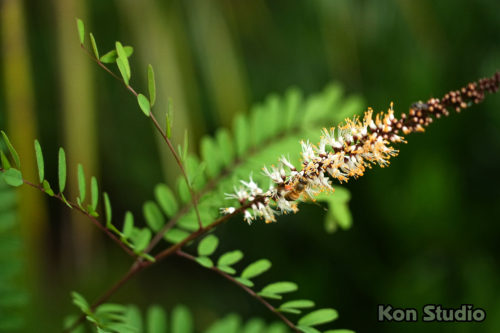
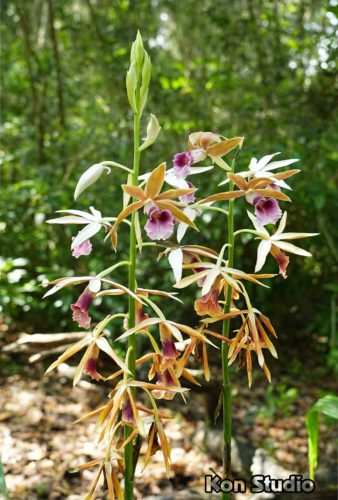
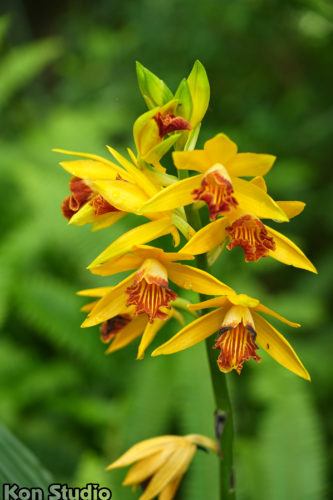
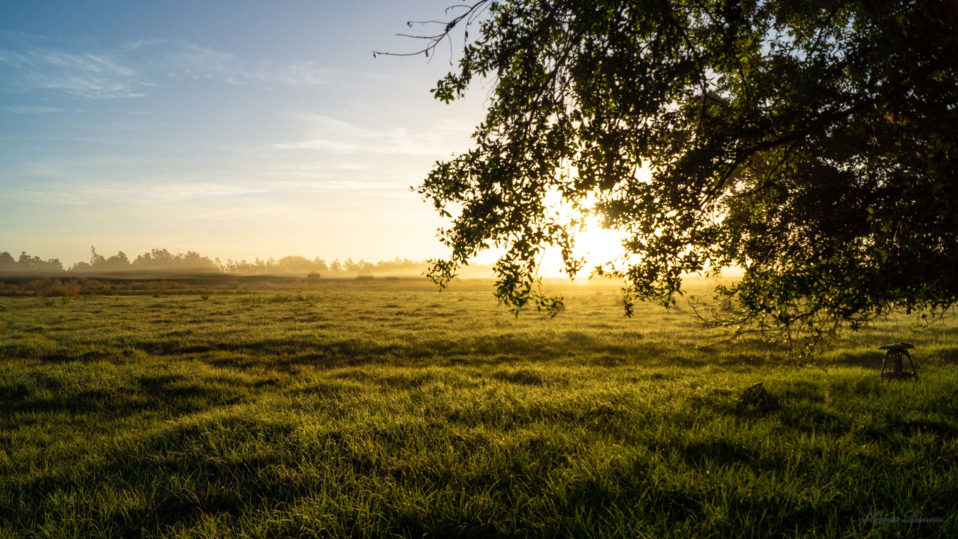
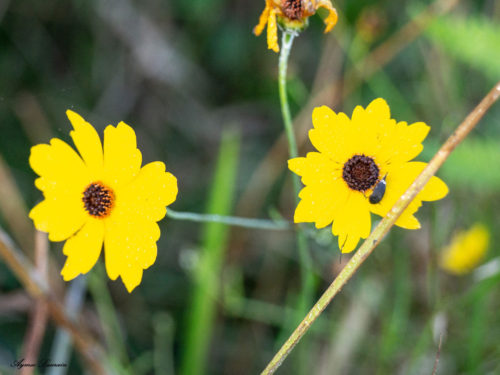
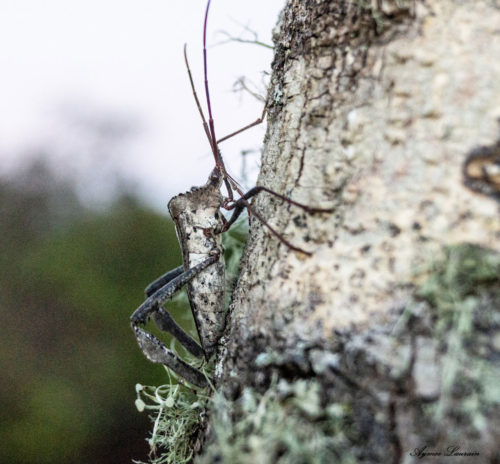
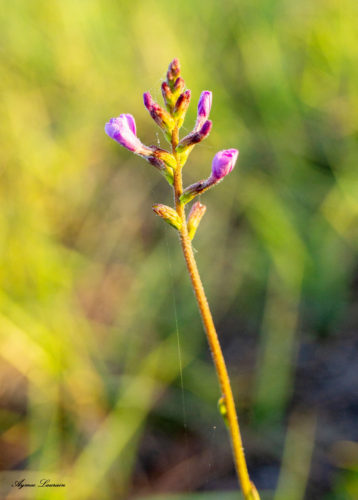
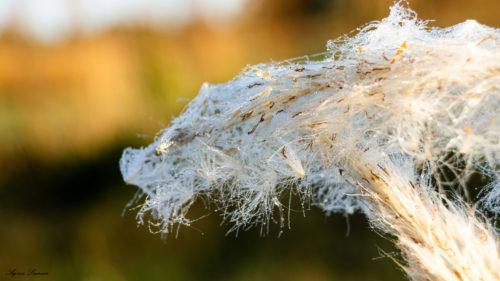
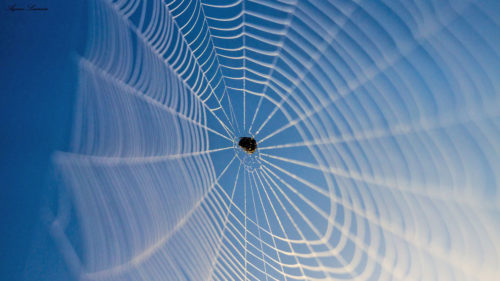
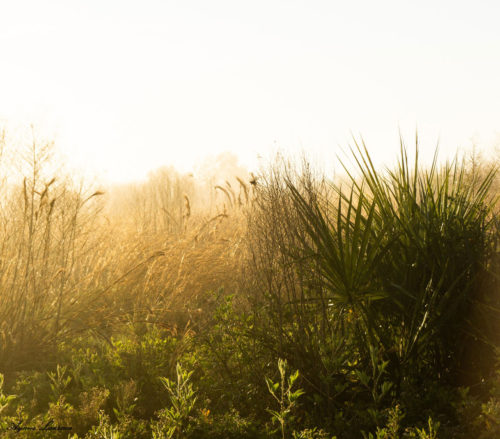
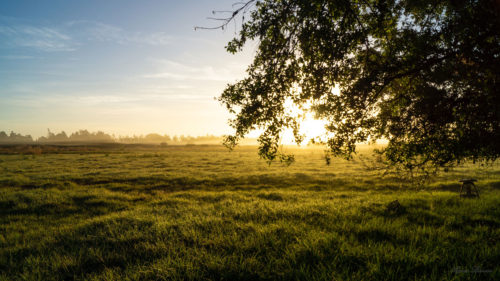
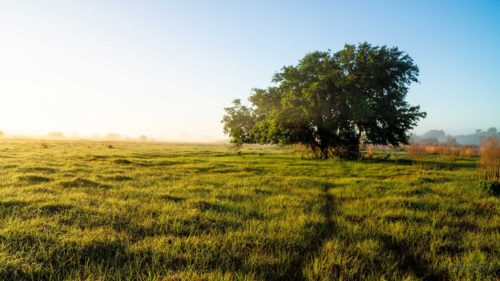
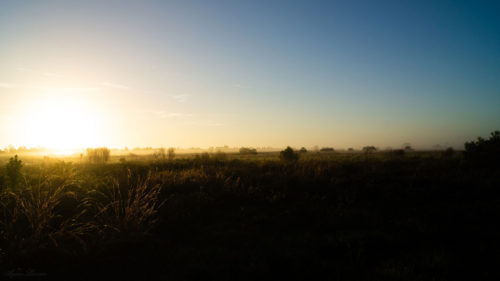
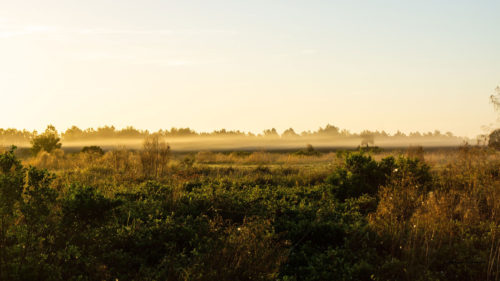
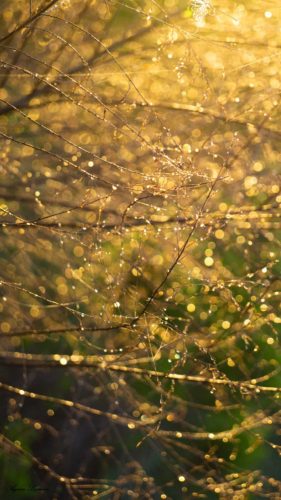
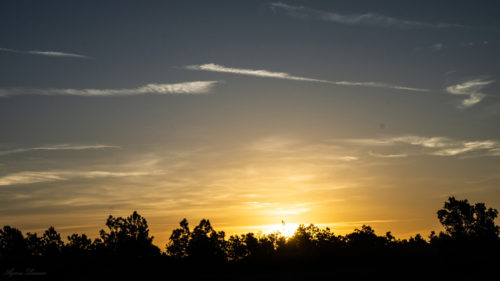
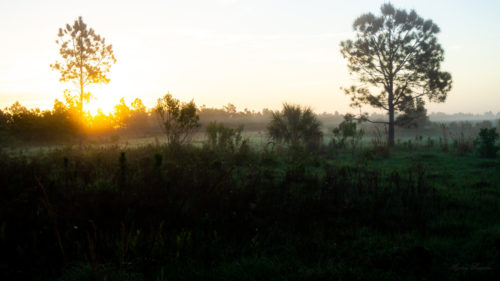
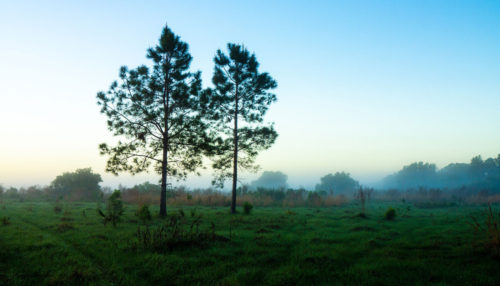
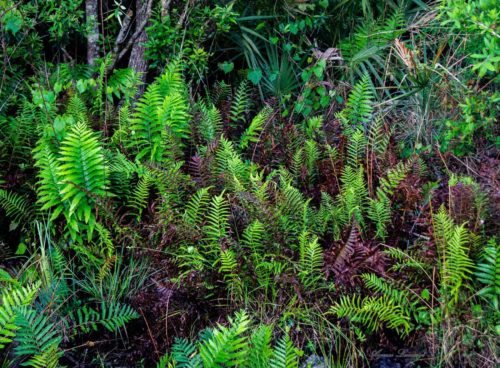
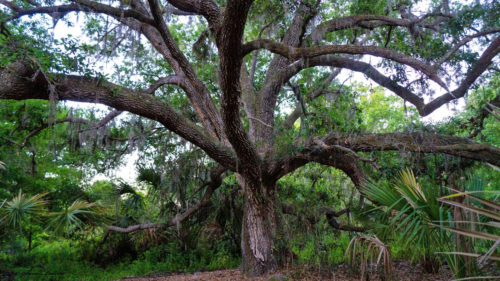
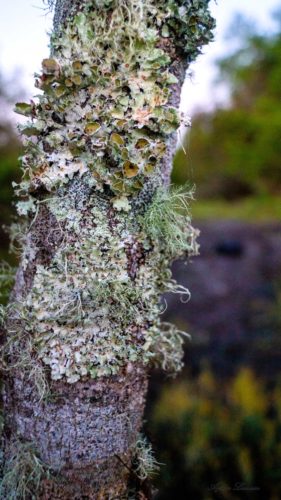
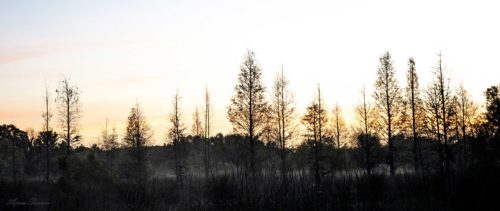
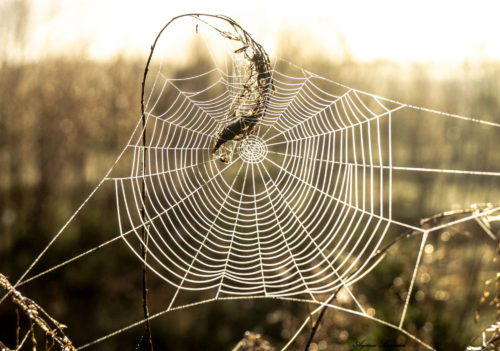
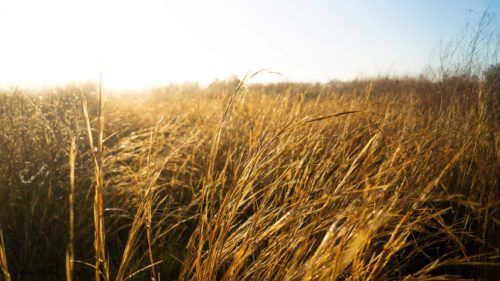
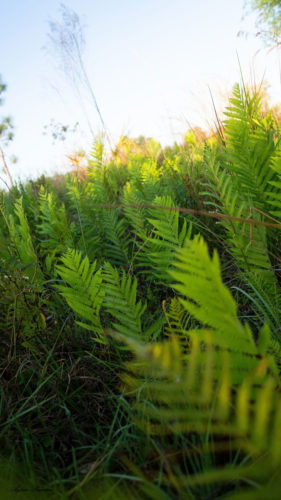
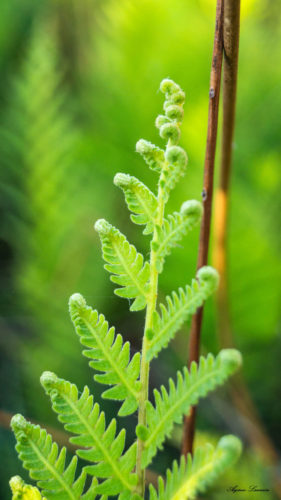
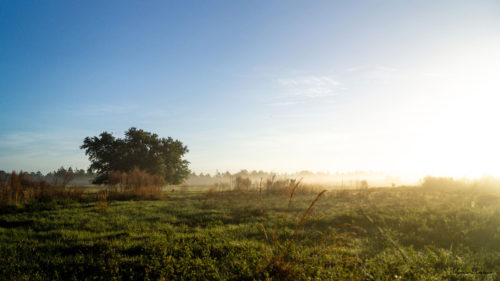
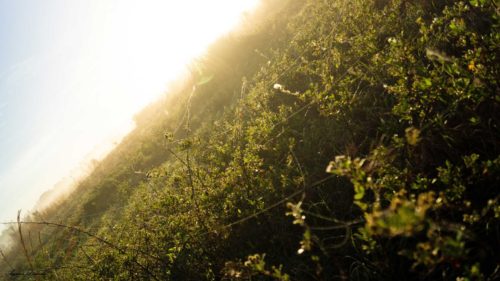
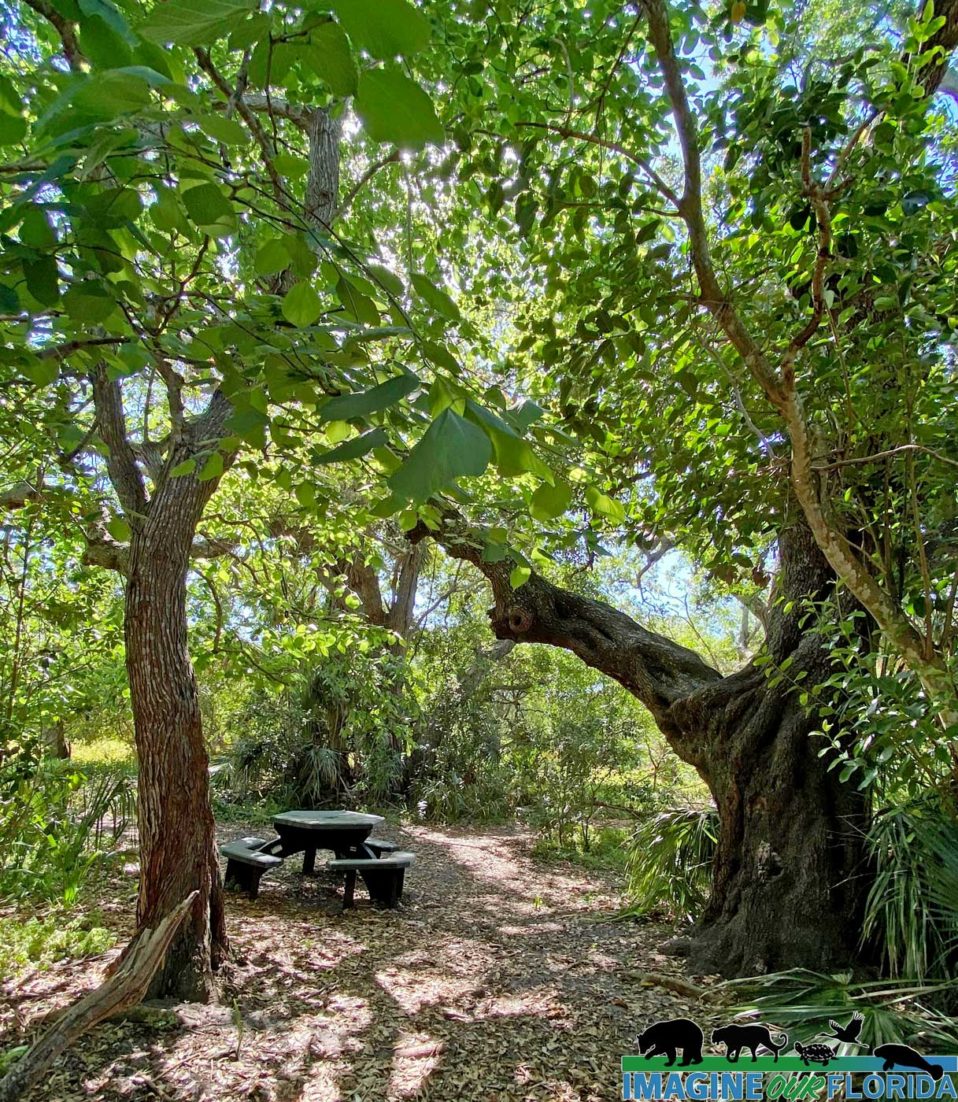
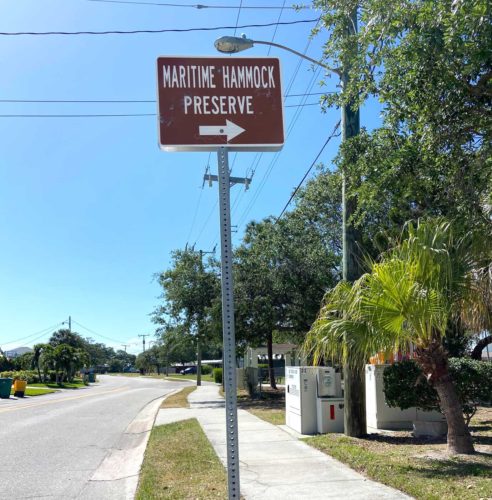
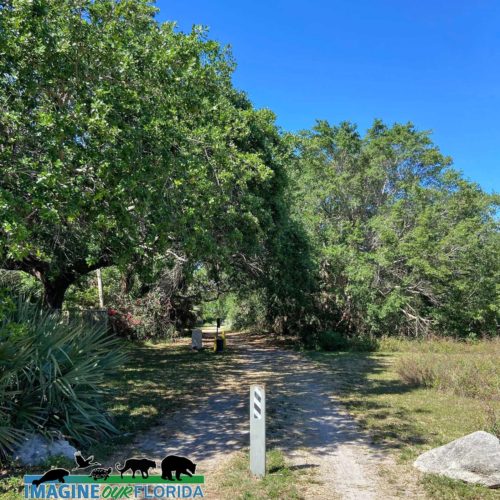
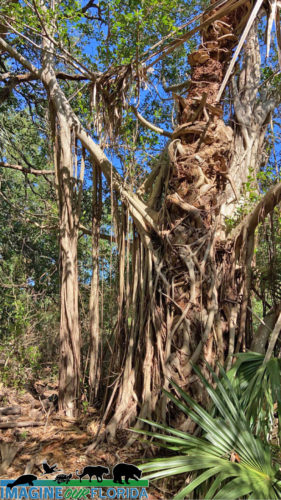
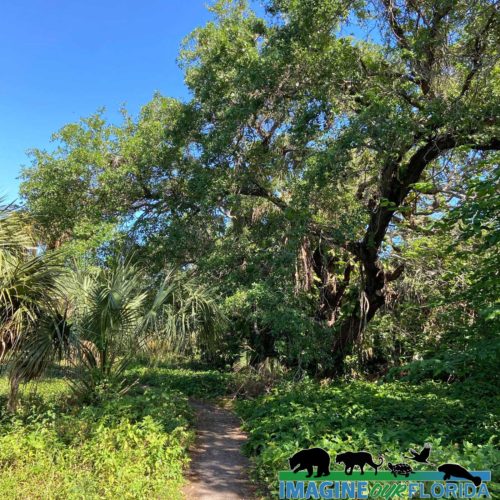
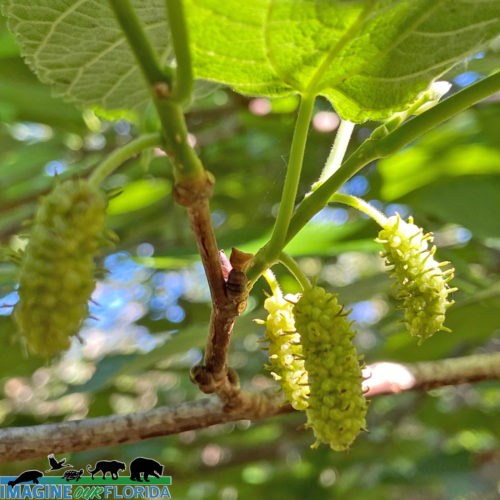
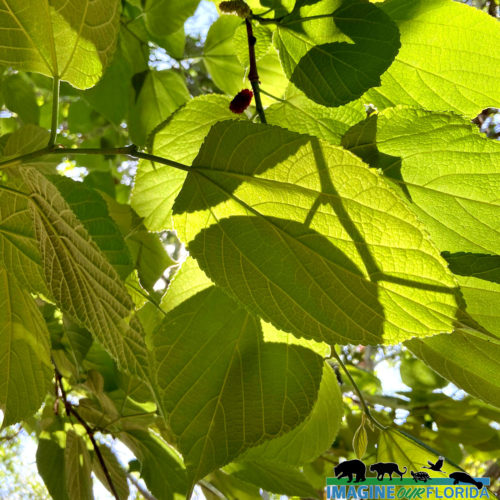
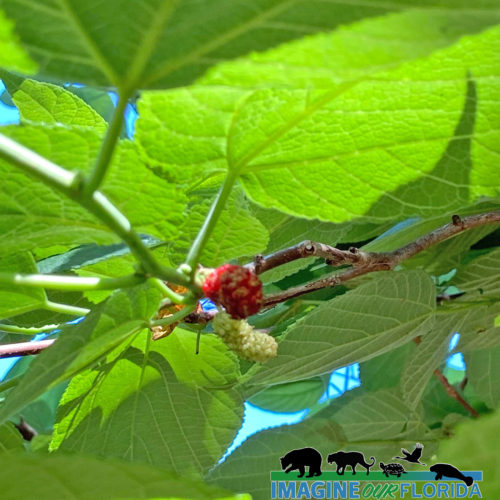
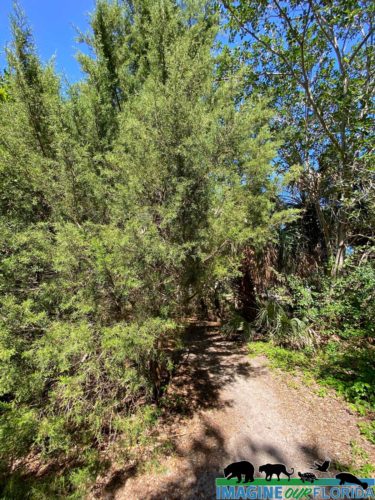
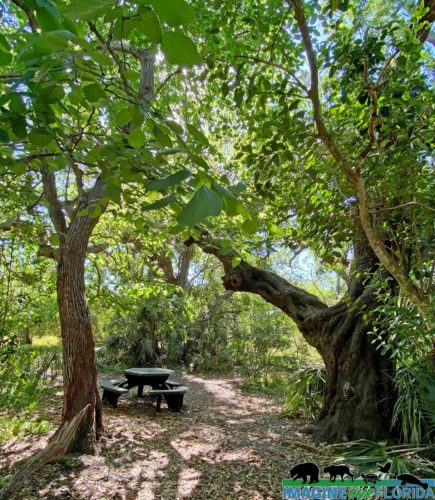
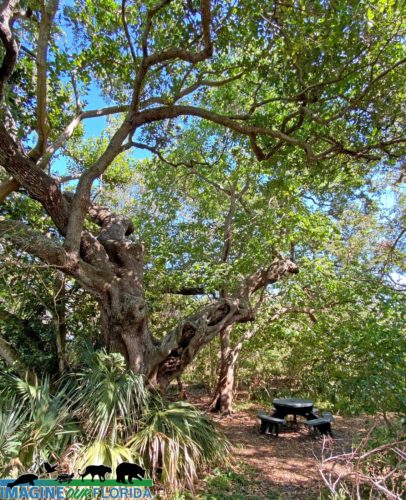
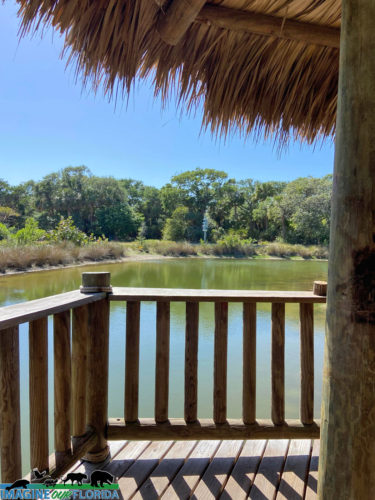
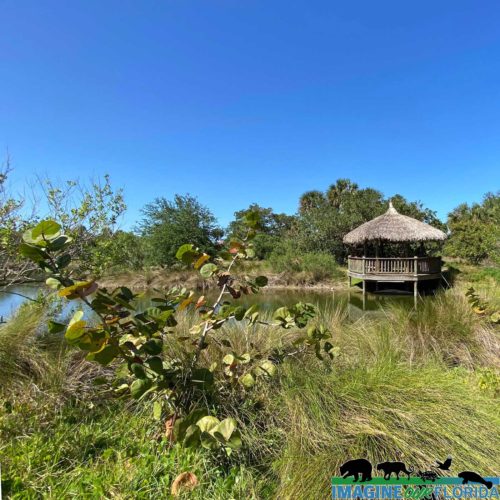
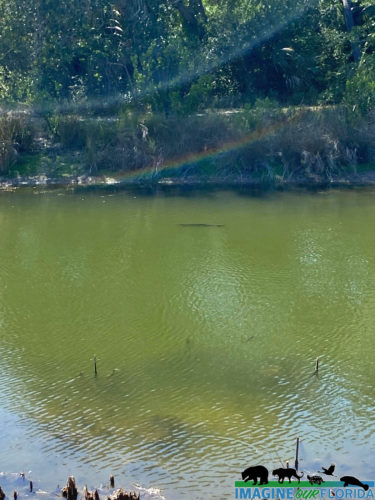
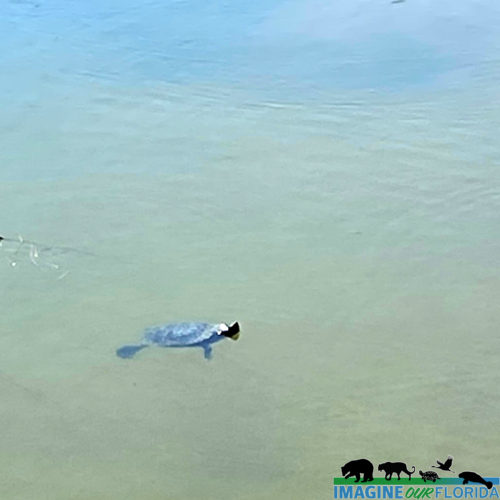
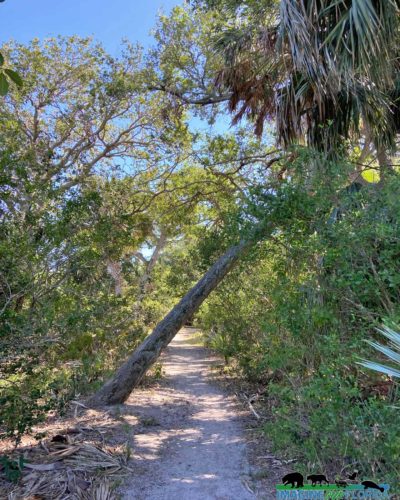
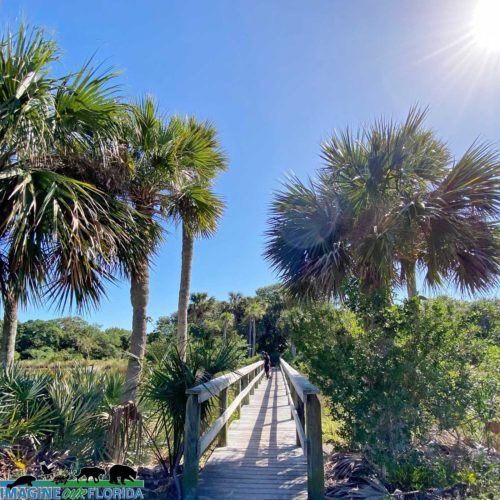
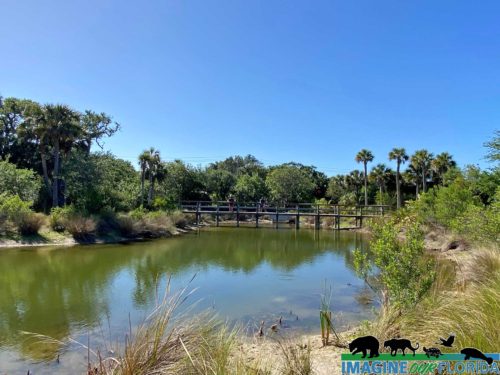
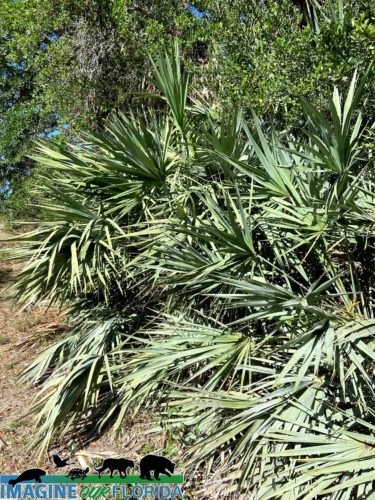
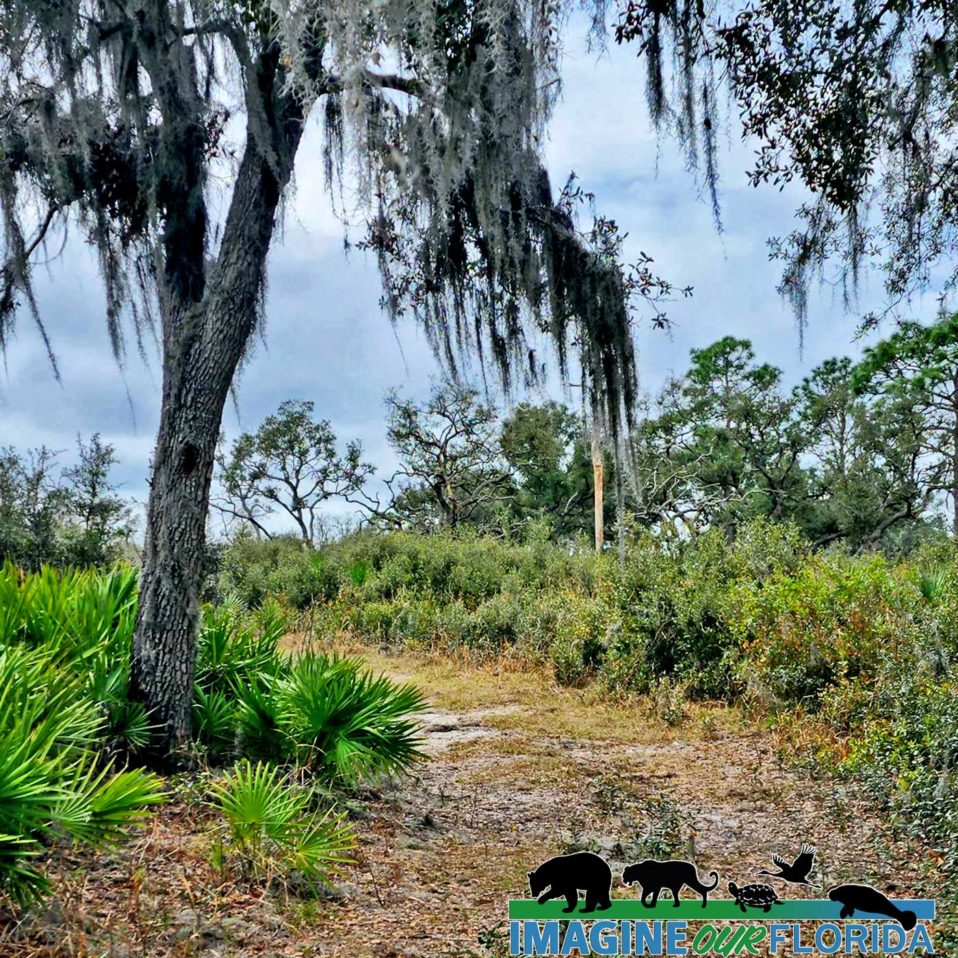
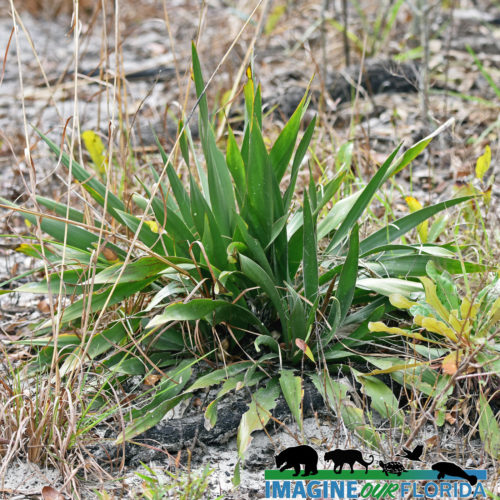
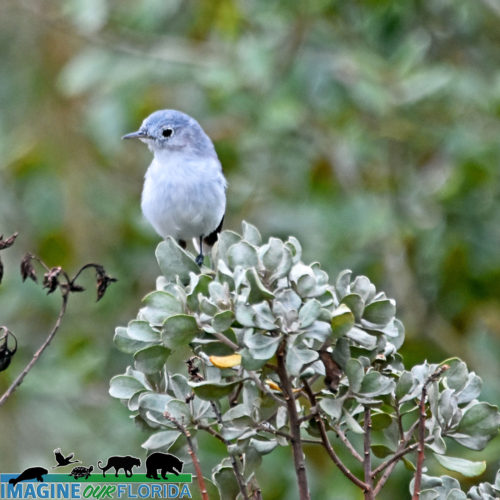
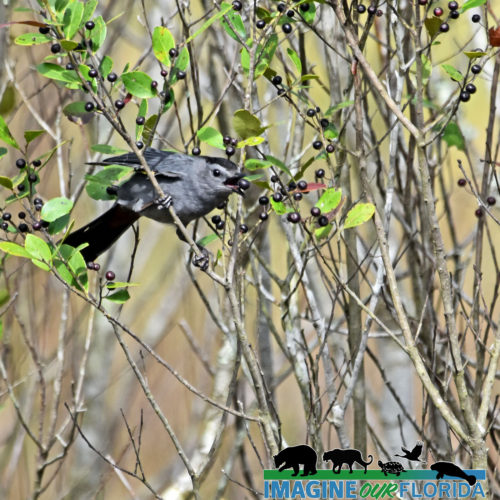
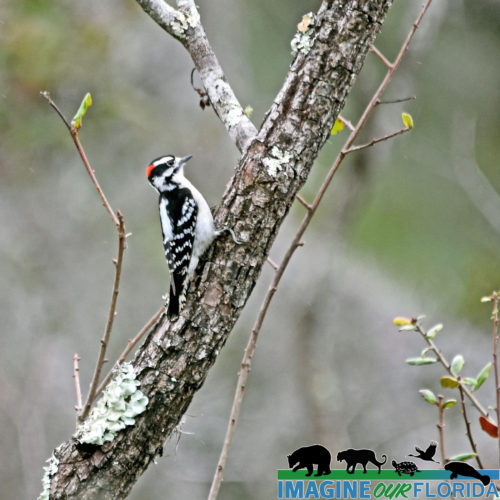
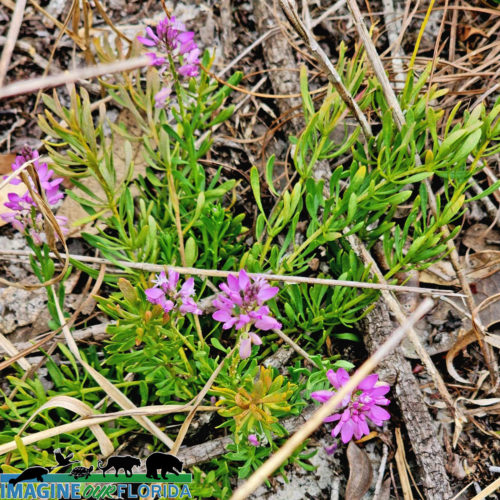
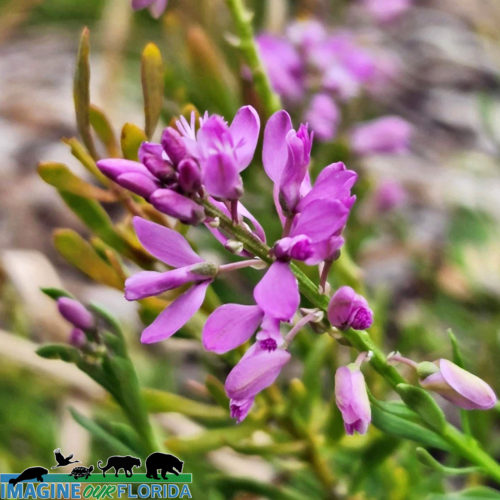
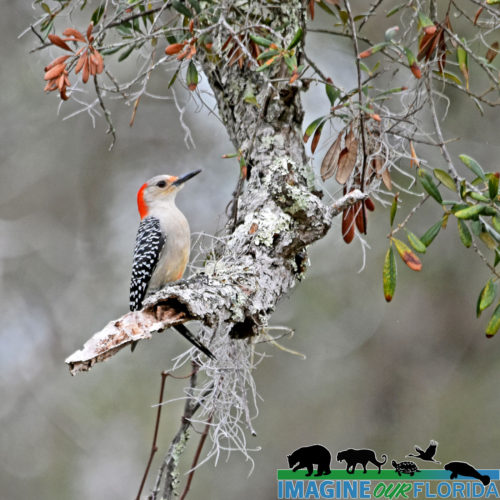
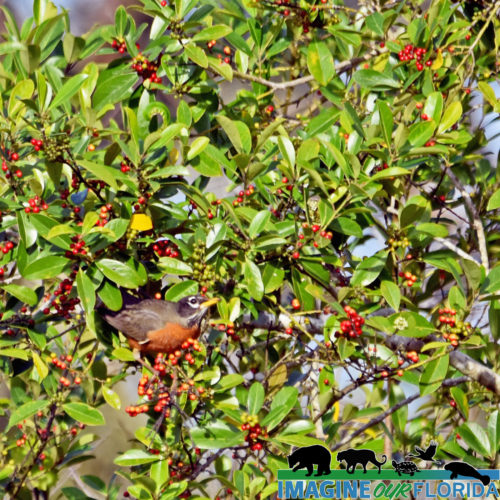
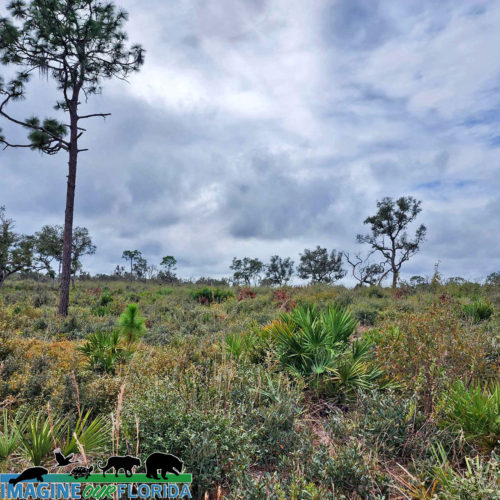
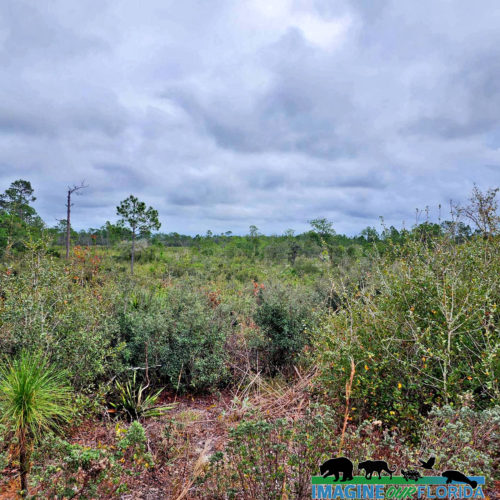
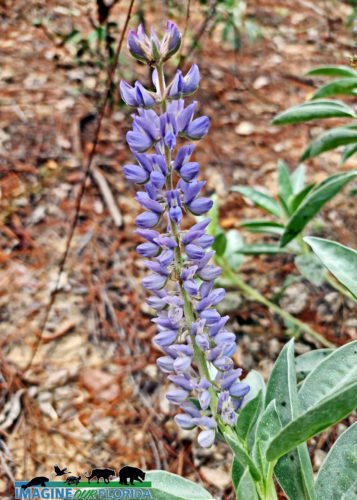
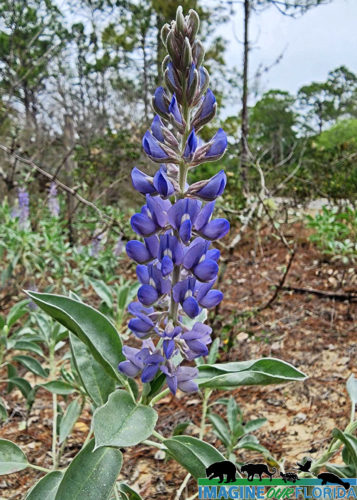
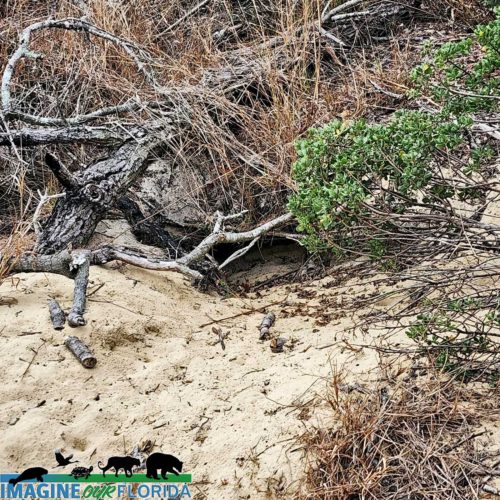
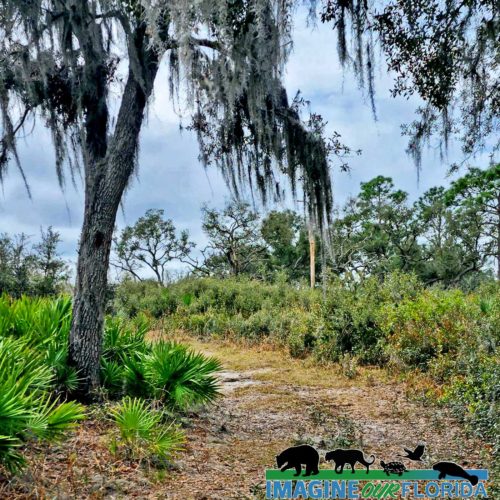
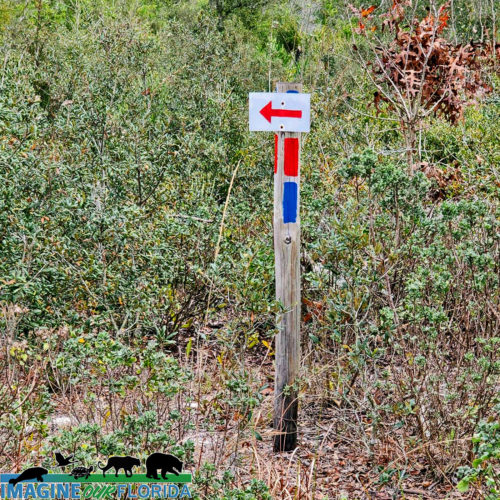
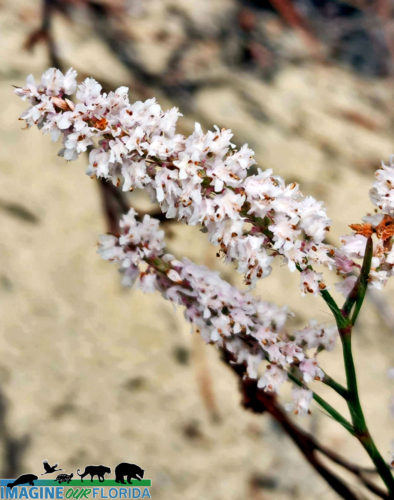
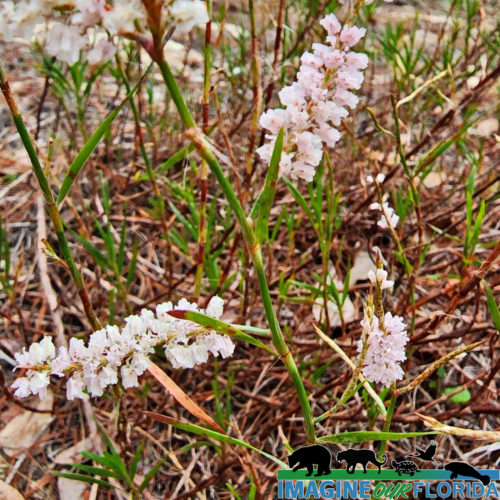
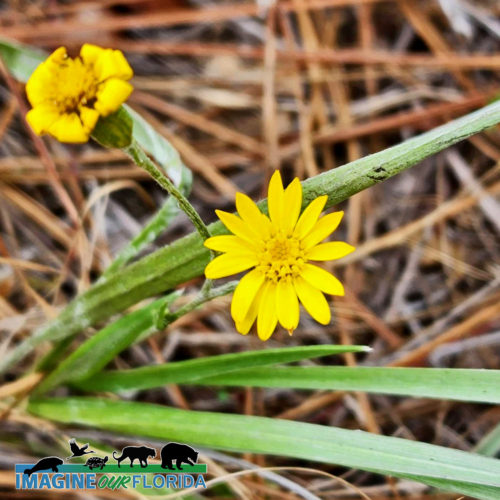
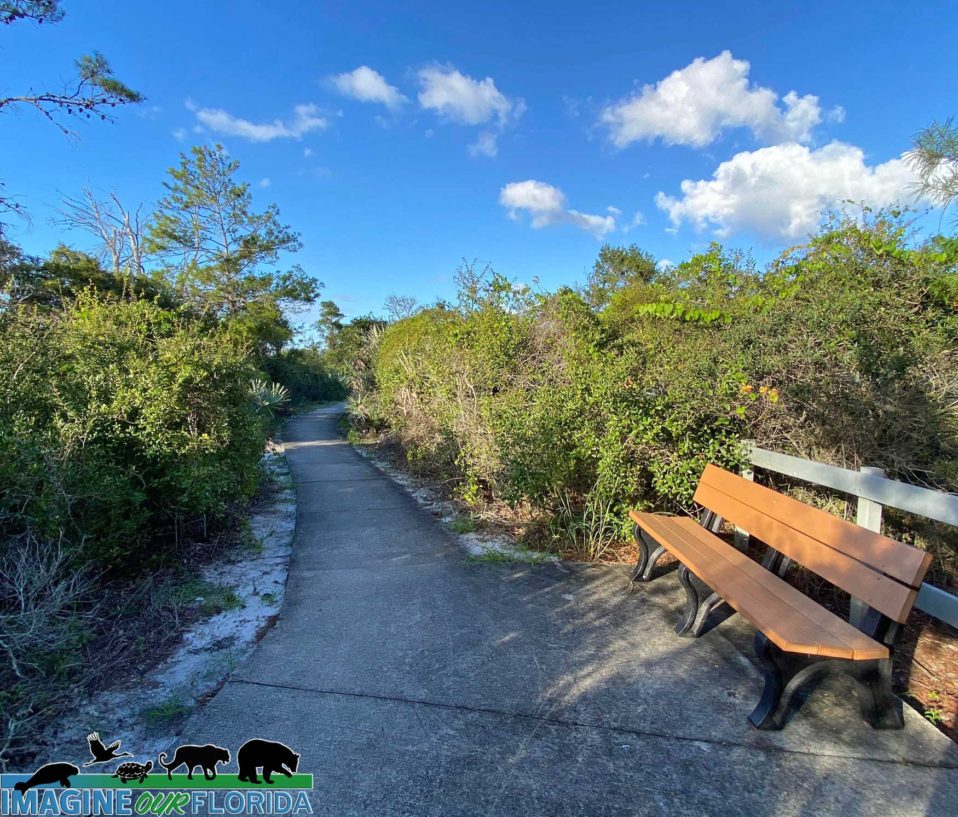
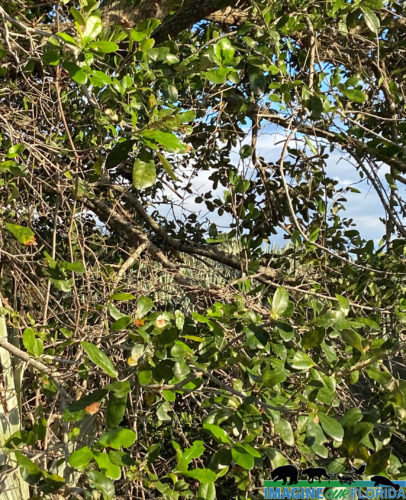
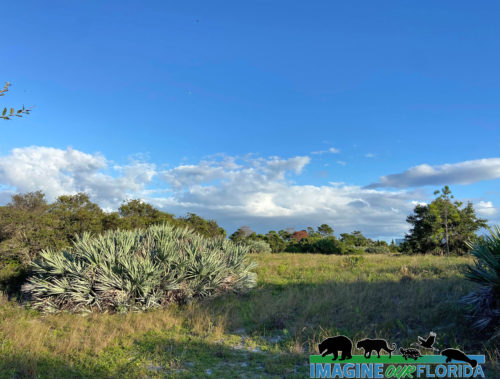
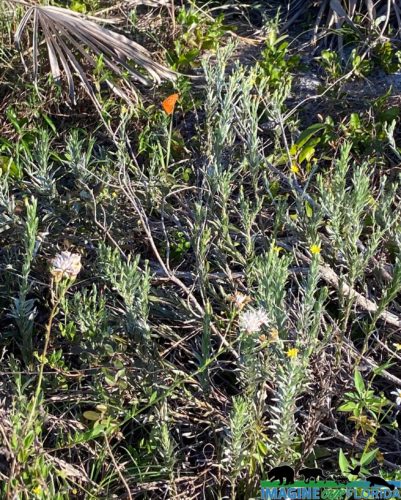
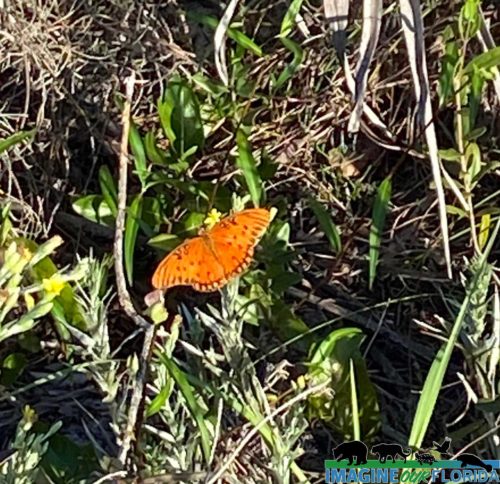
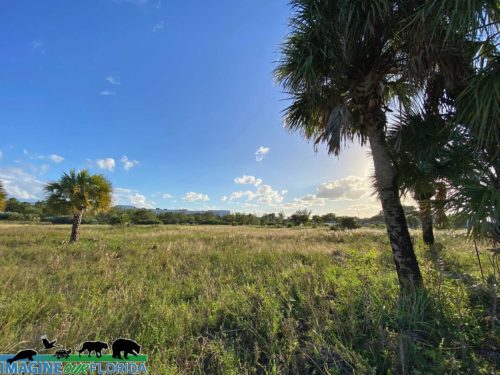
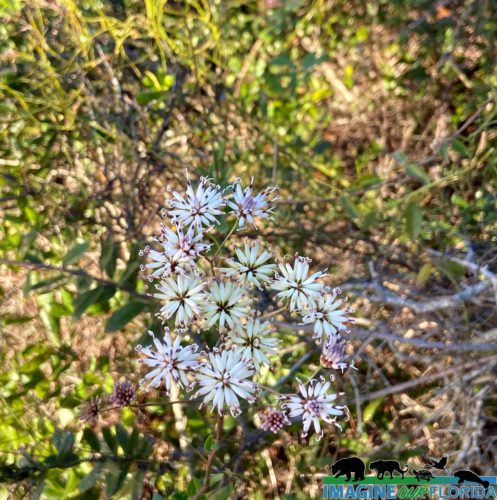
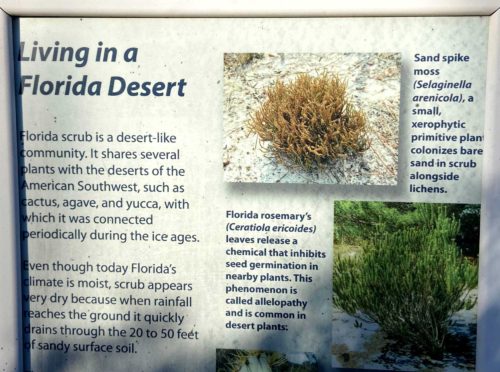
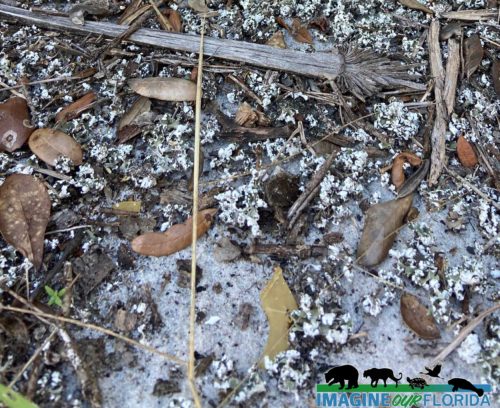
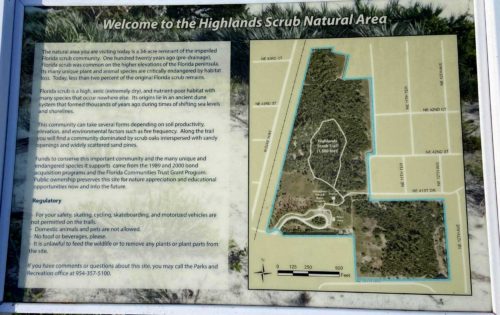
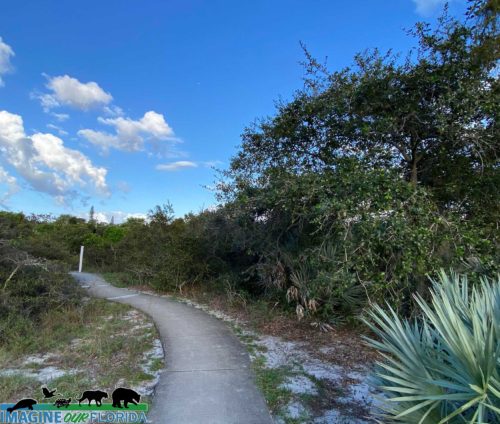
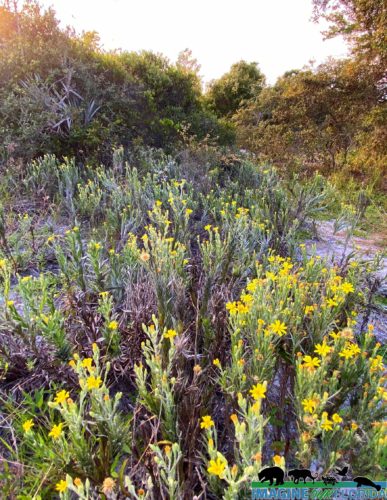
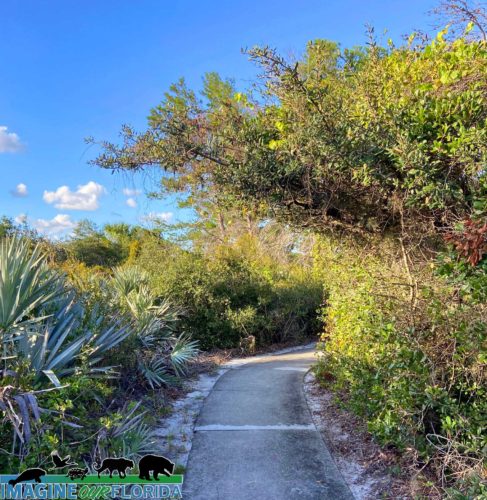
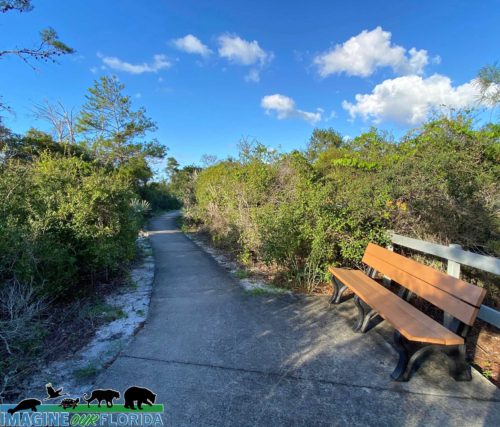
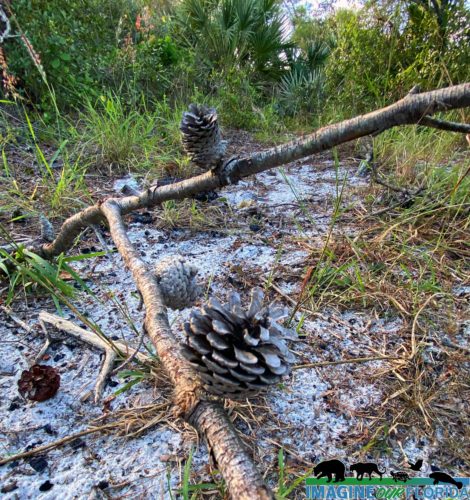
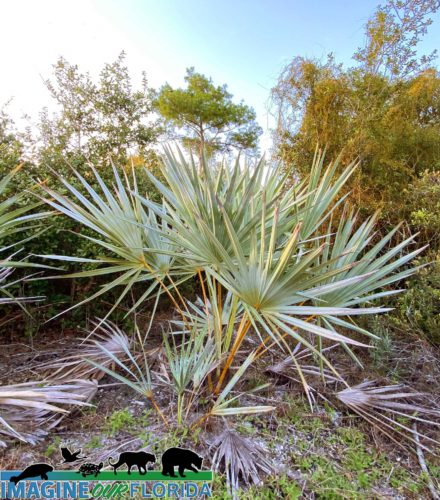
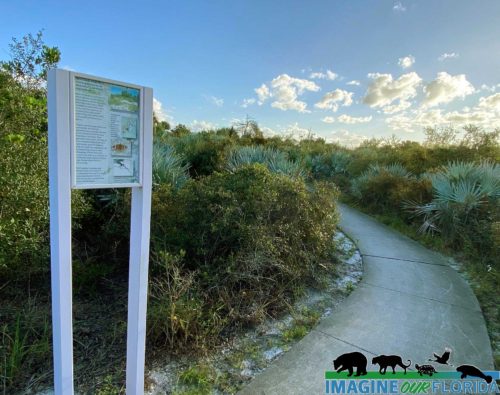
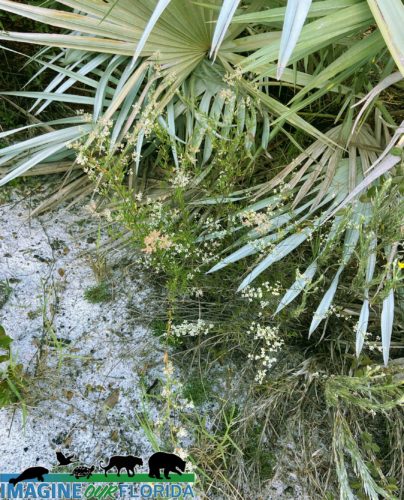
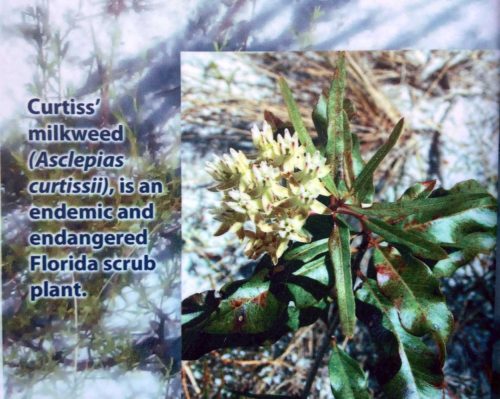
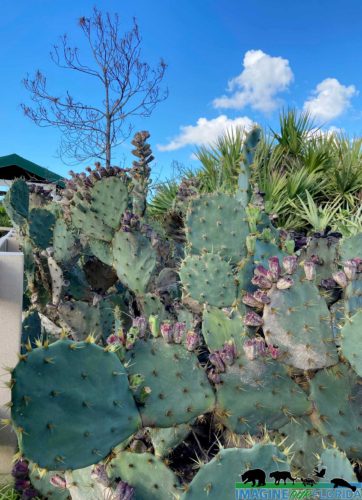
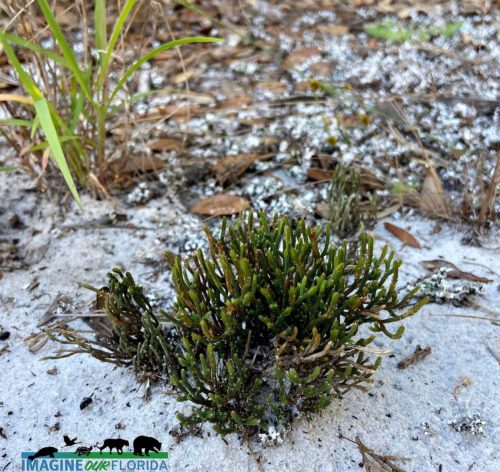
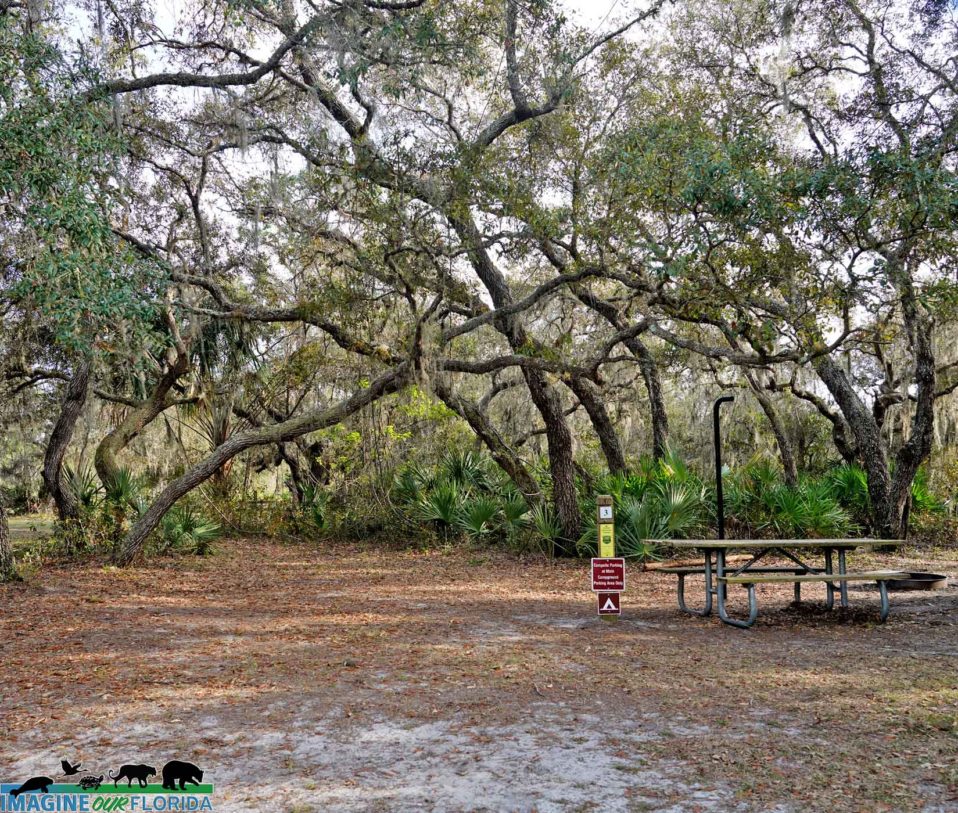
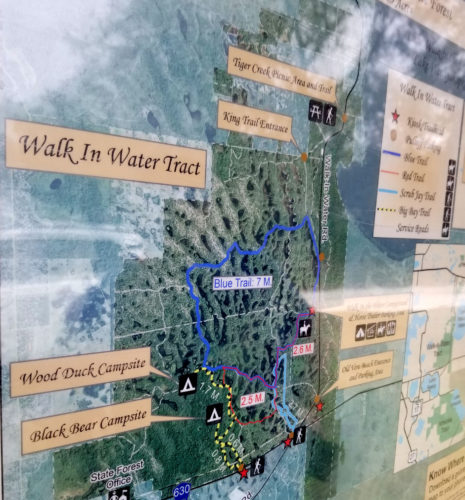
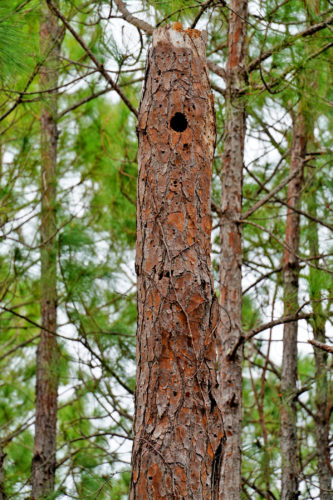
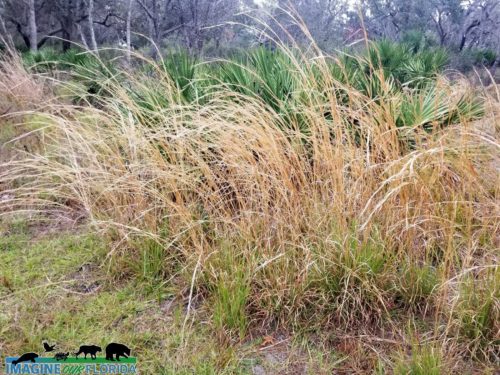
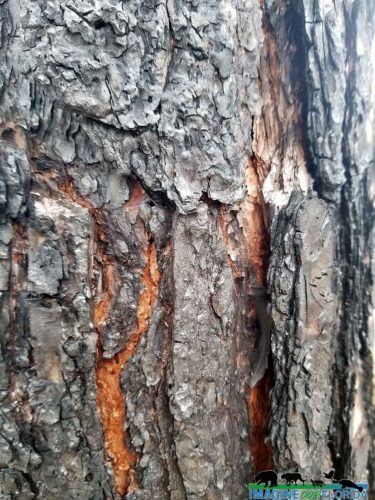
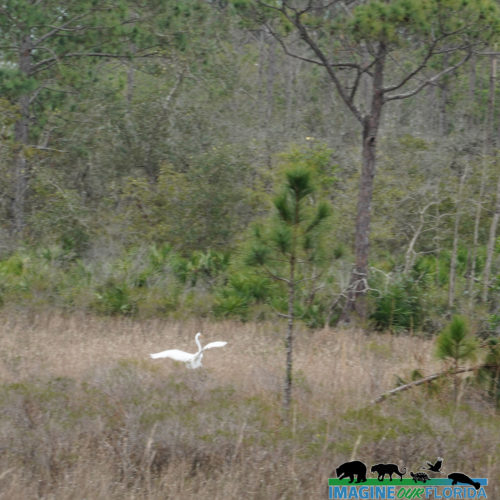
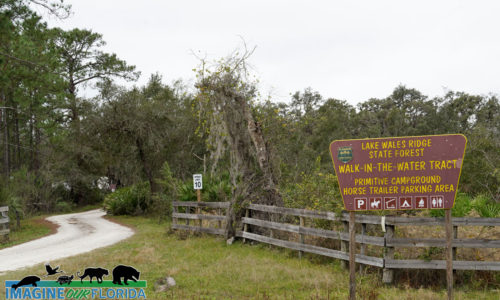
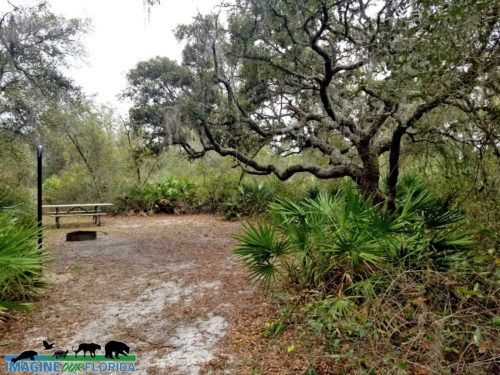
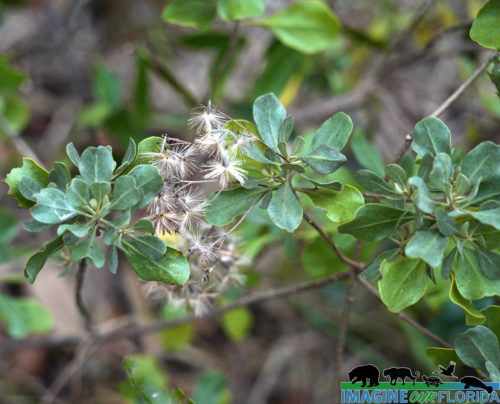
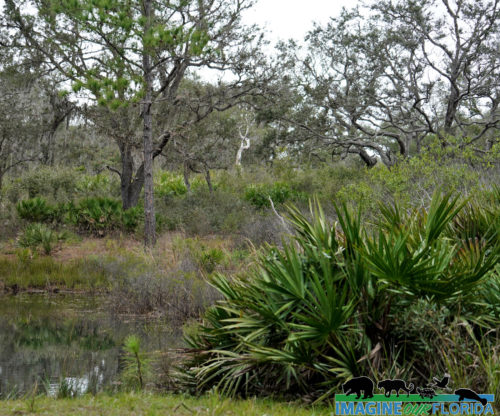
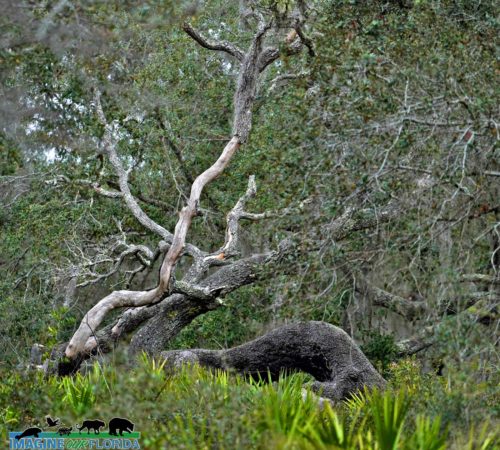
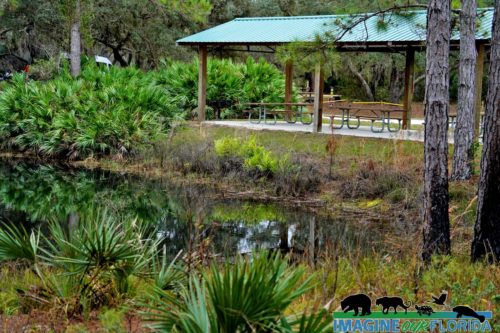
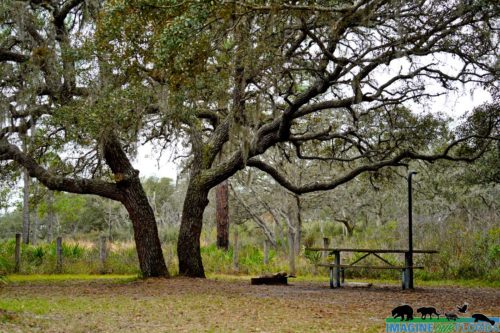 wa
wa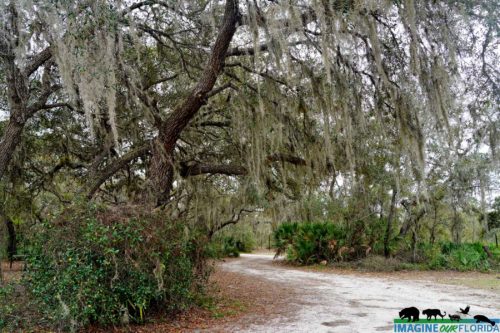
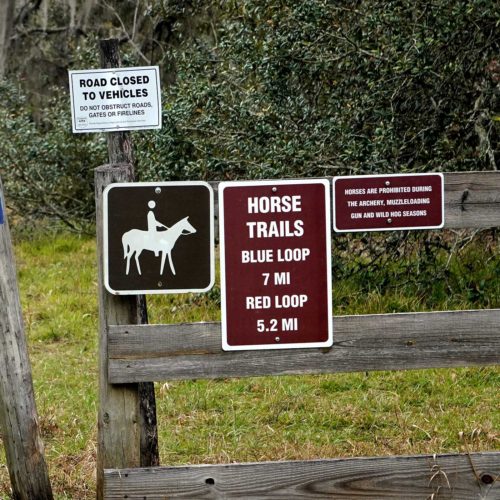
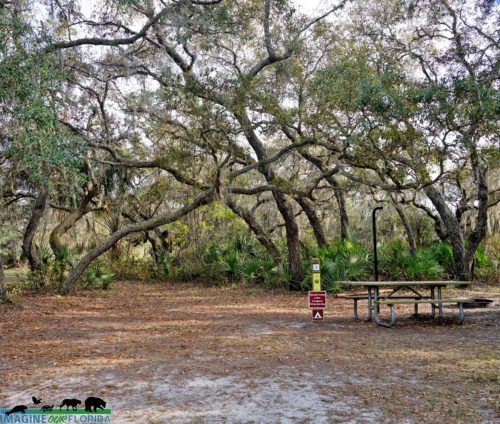
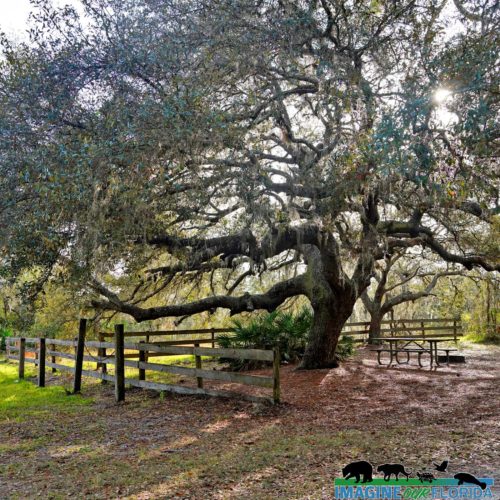
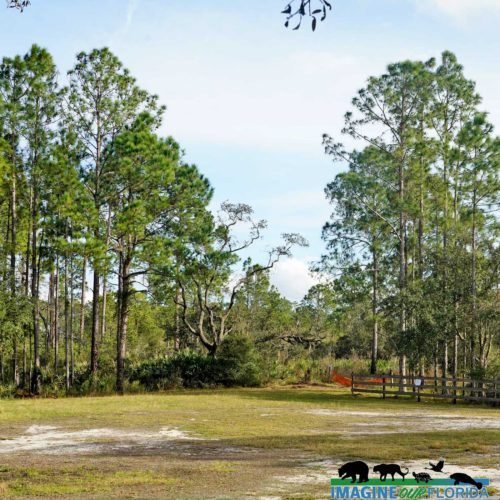
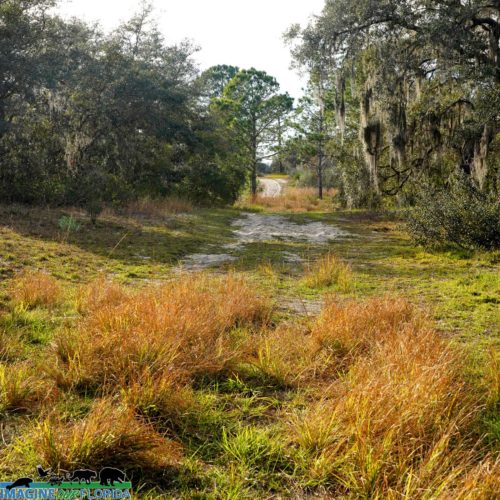
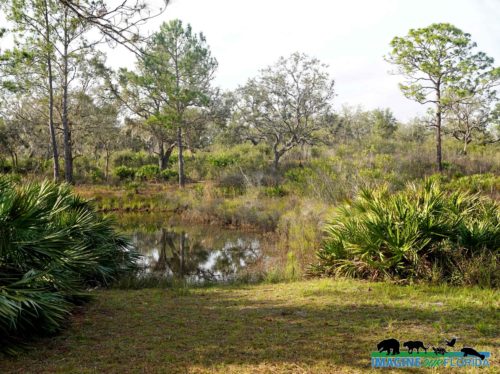
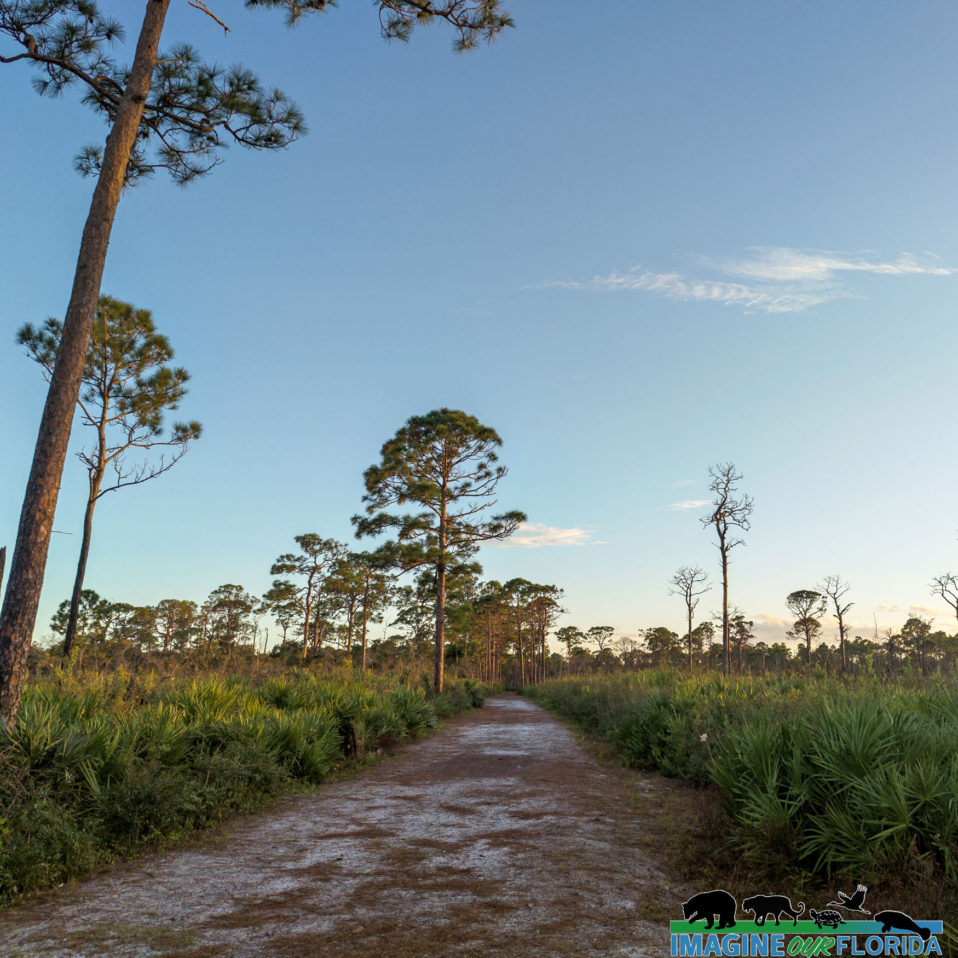
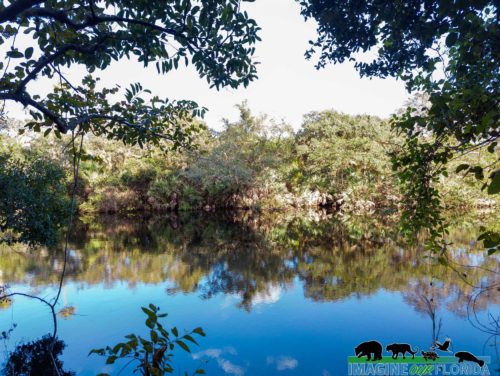
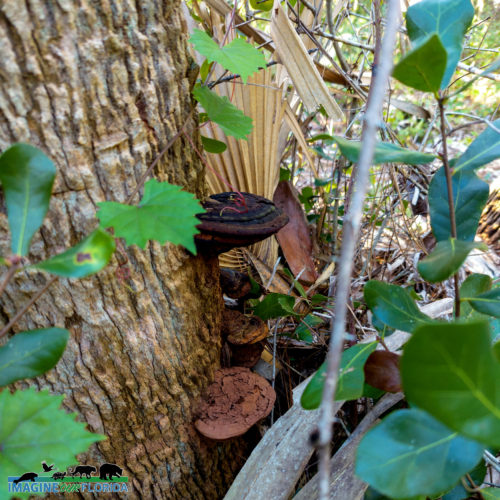
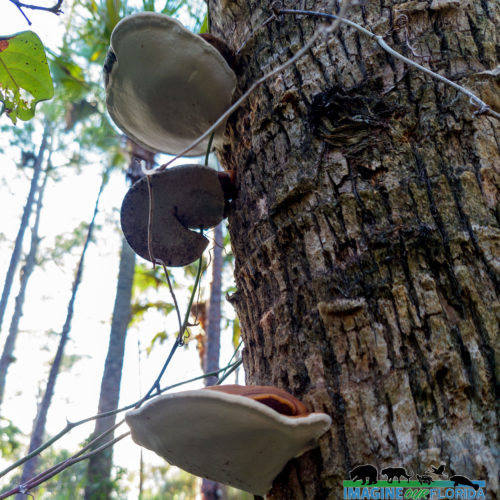
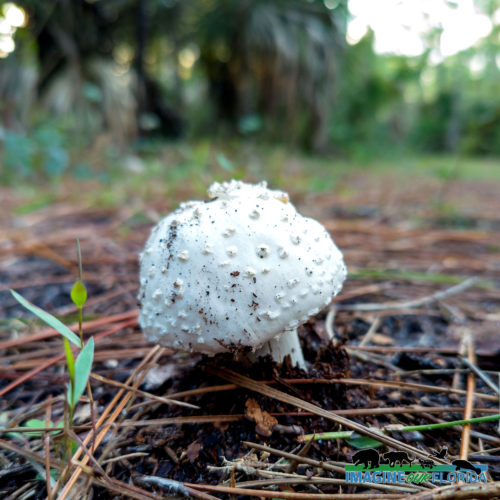
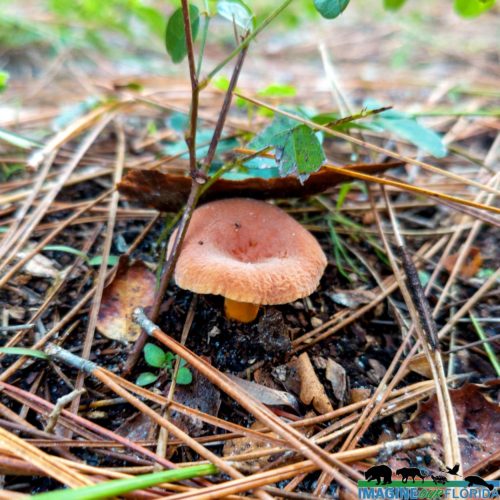
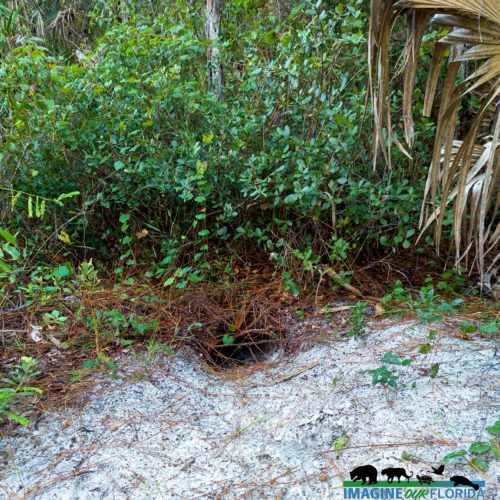
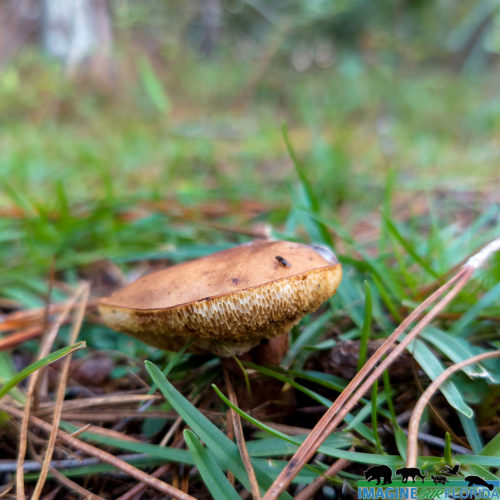
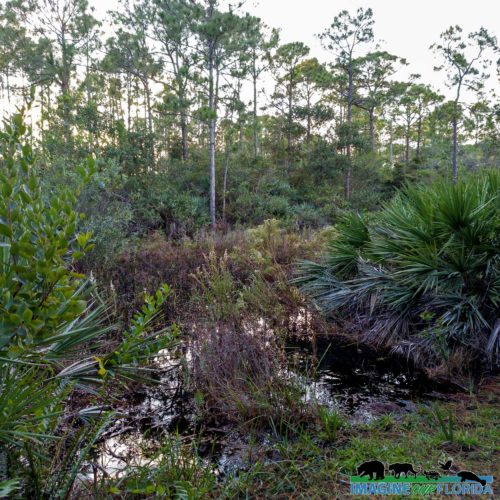
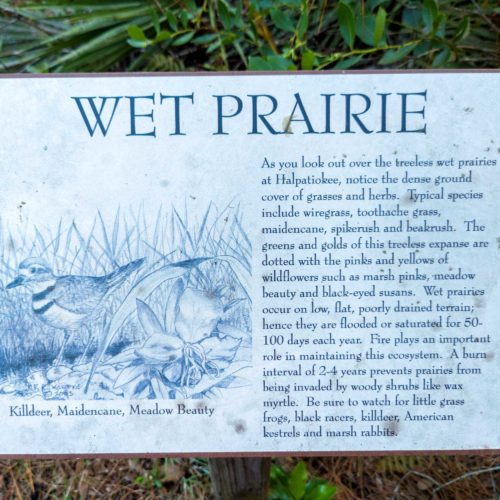
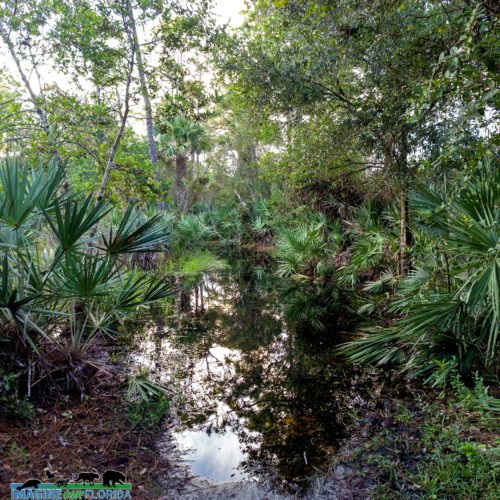
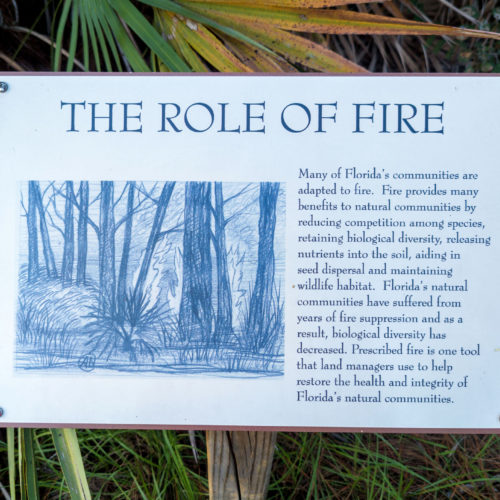
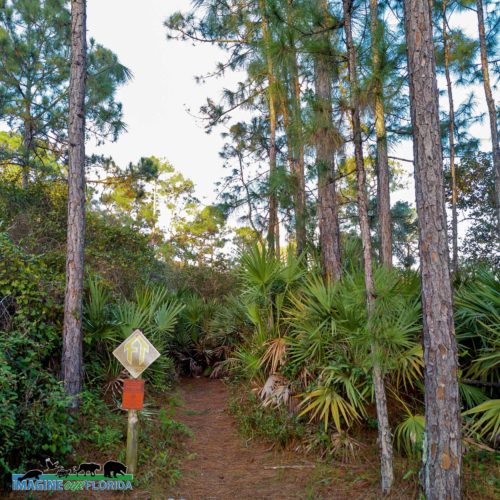
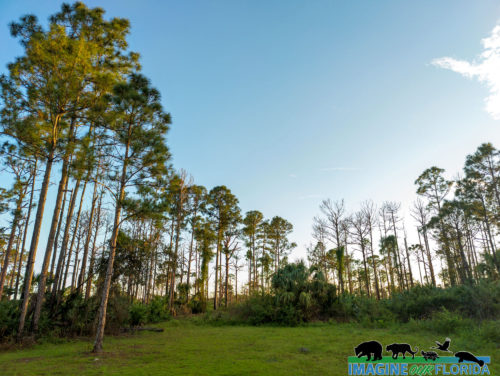
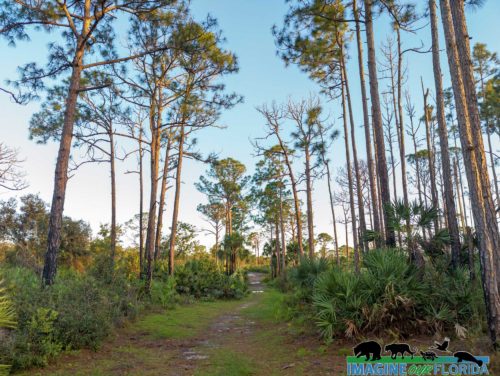
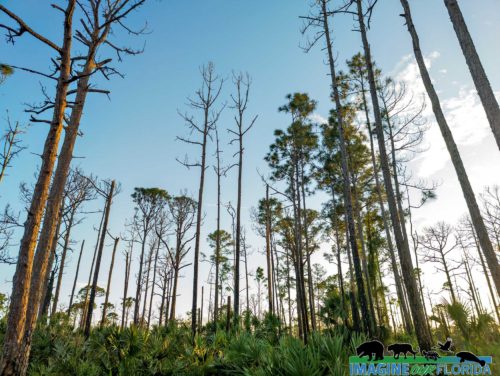
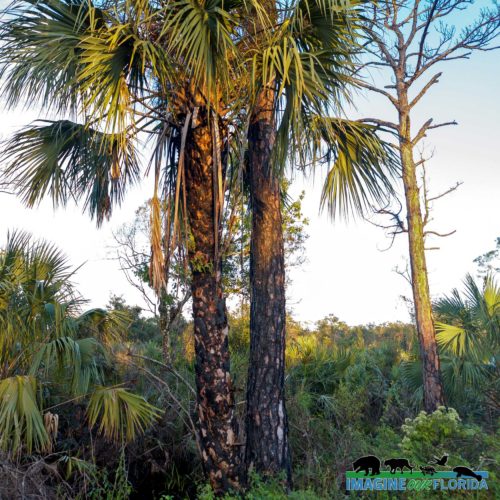
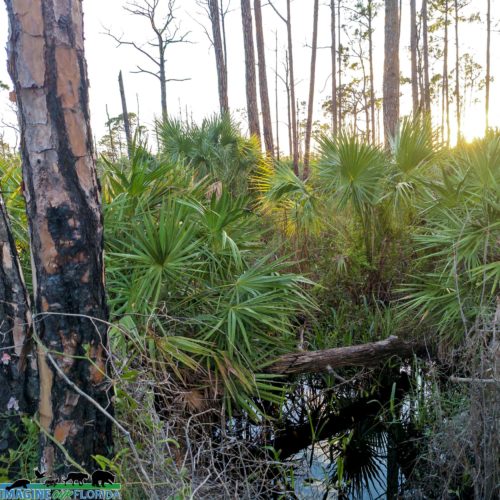
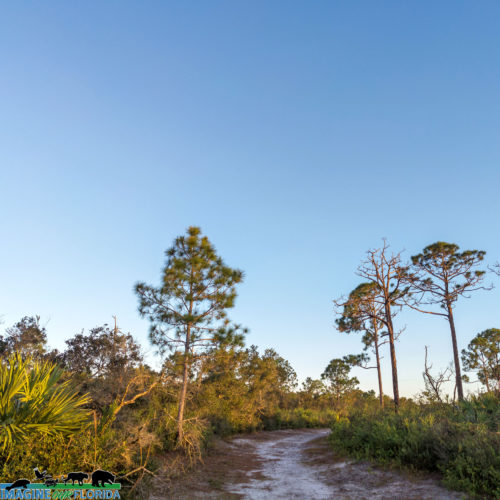
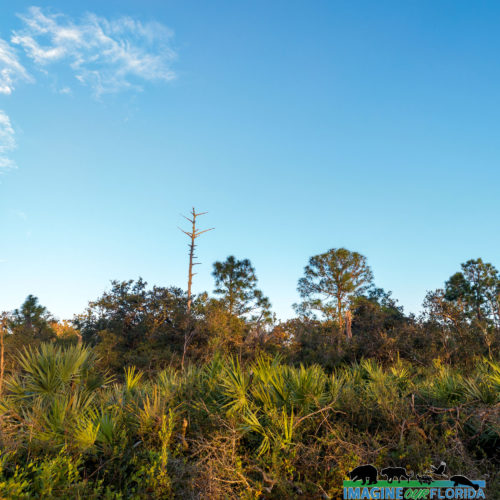
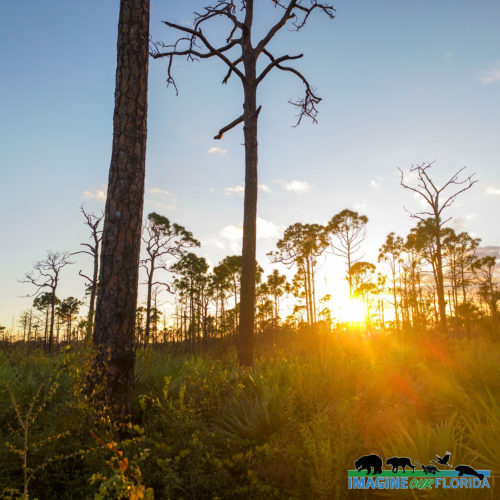
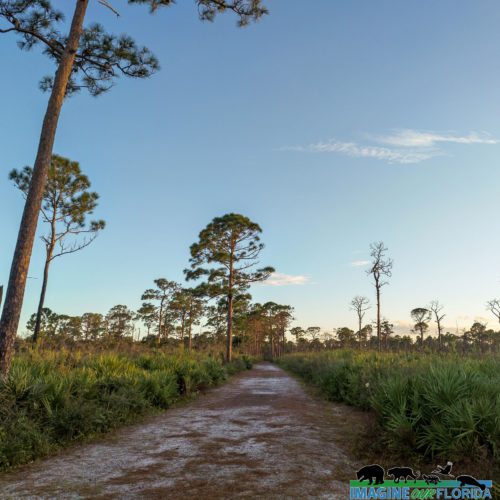
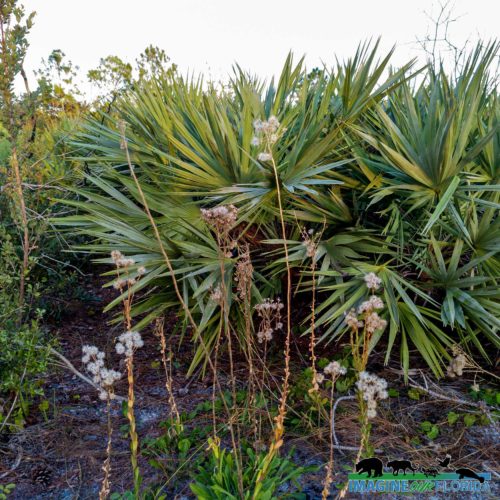
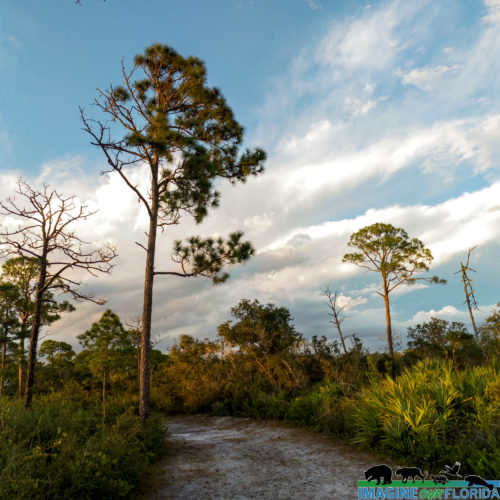
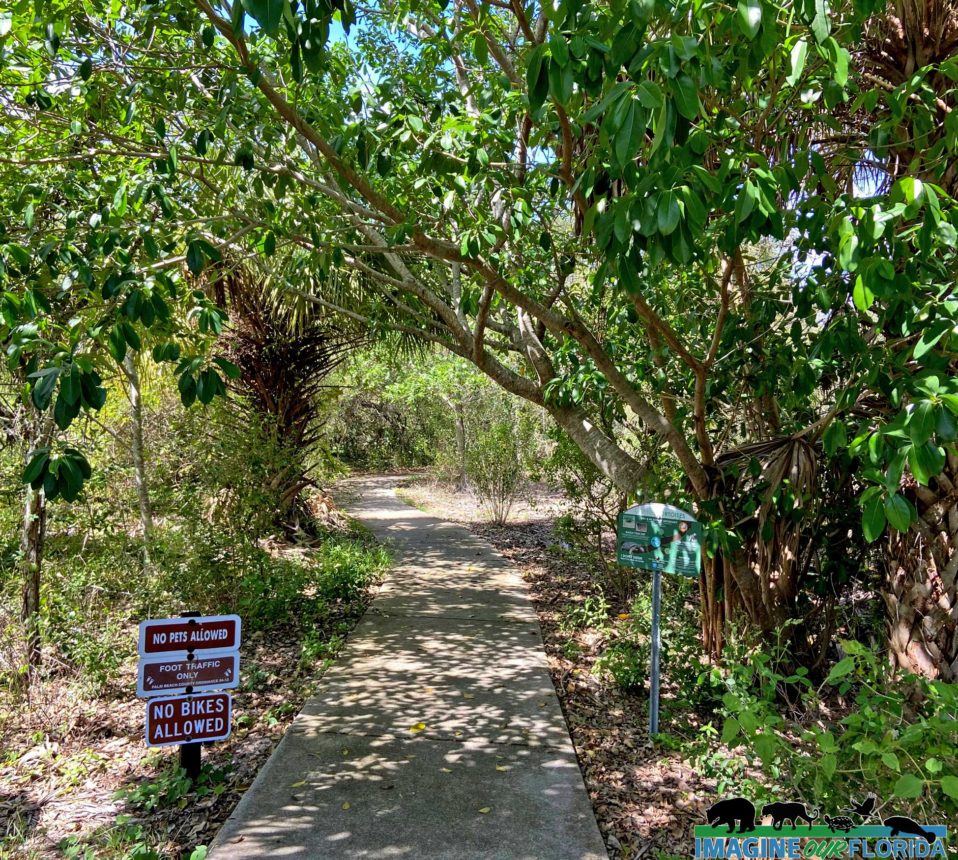
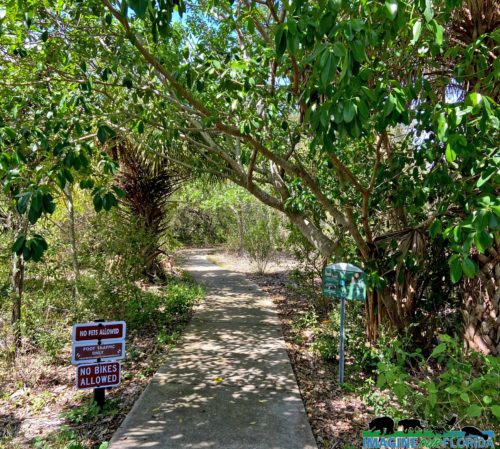
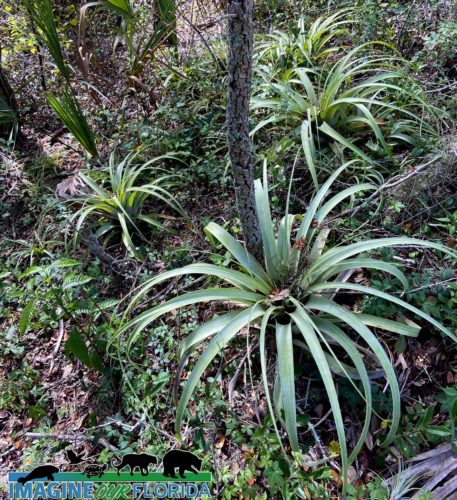
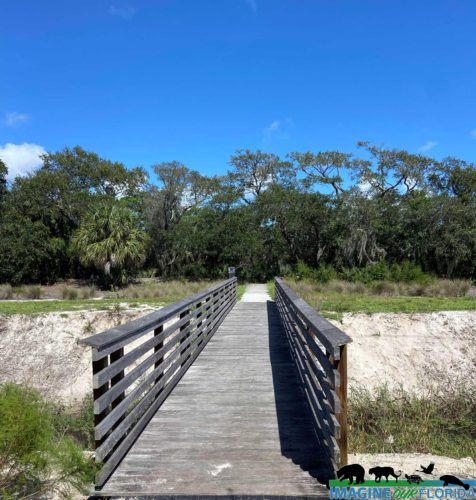
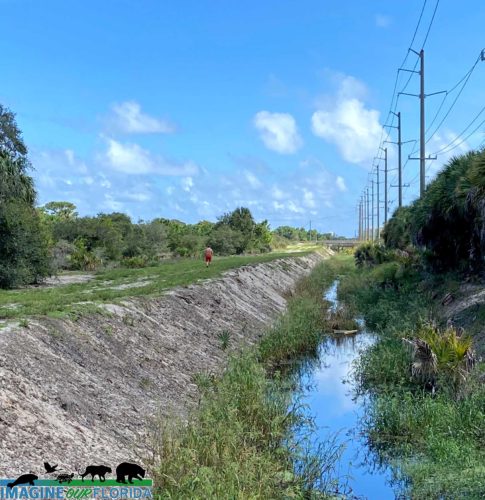
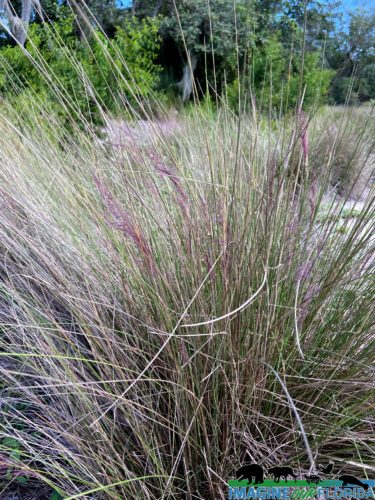
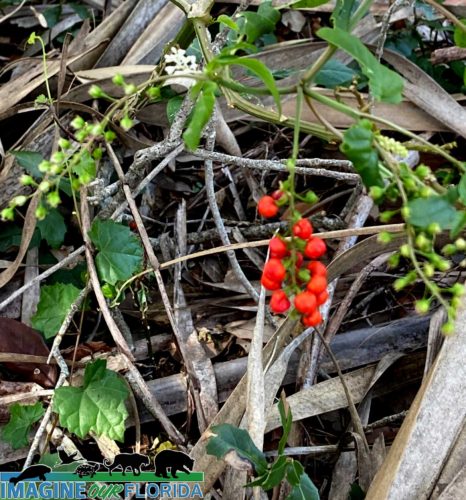
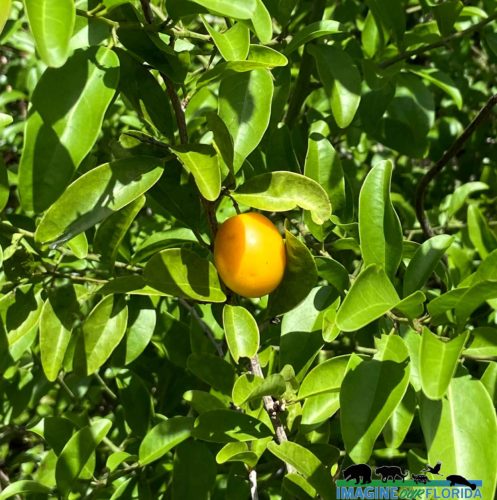
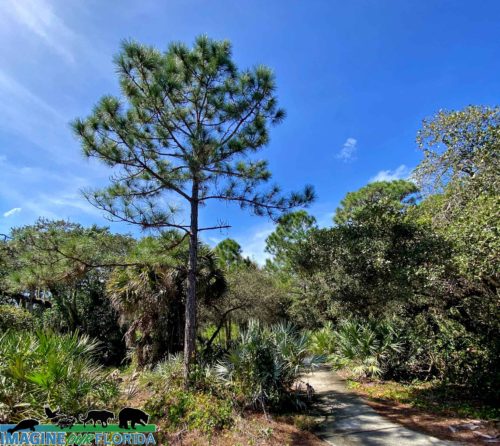
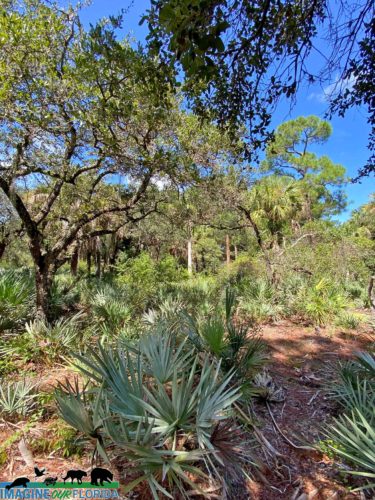
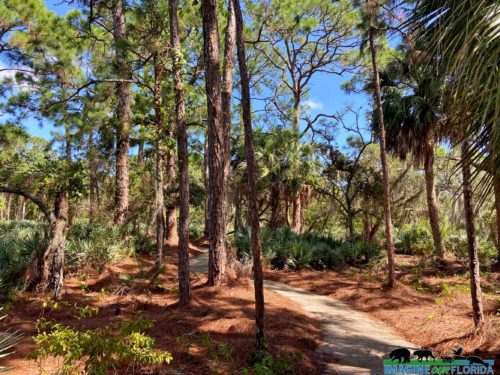
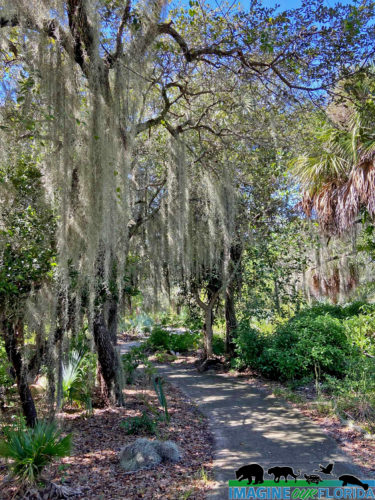
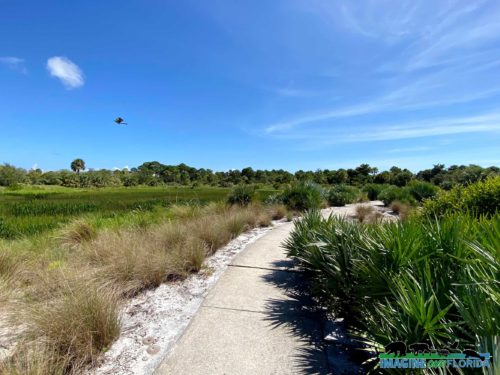
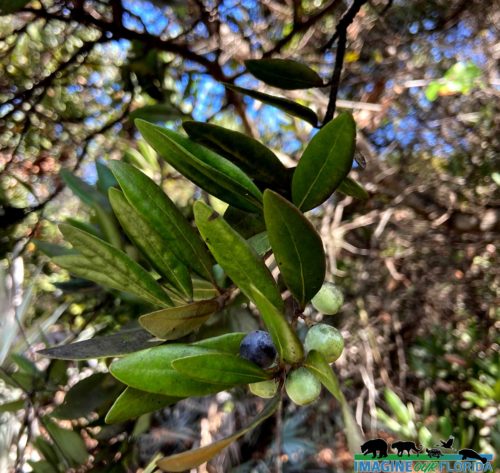
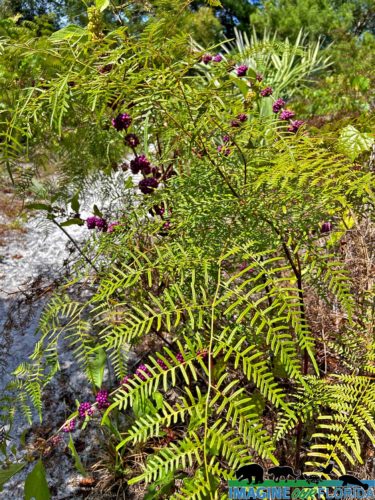
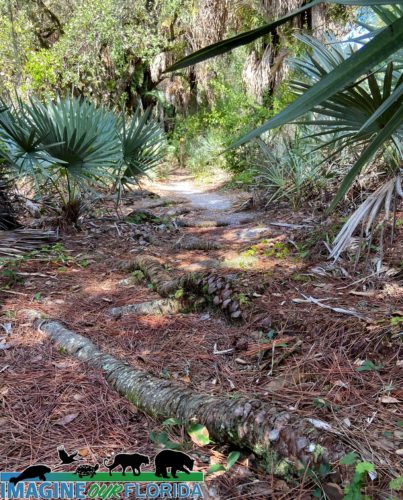
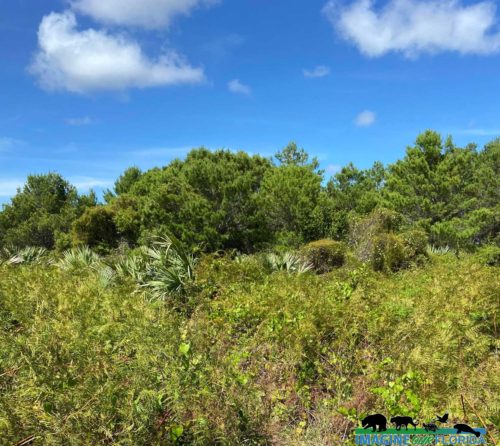
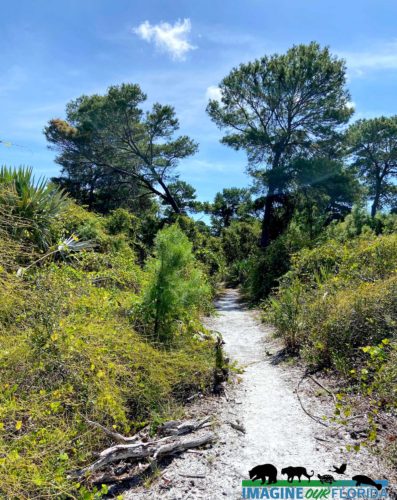
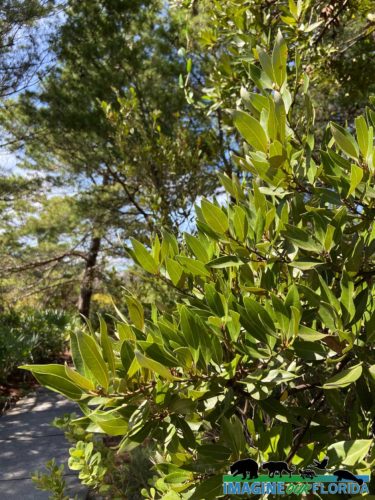
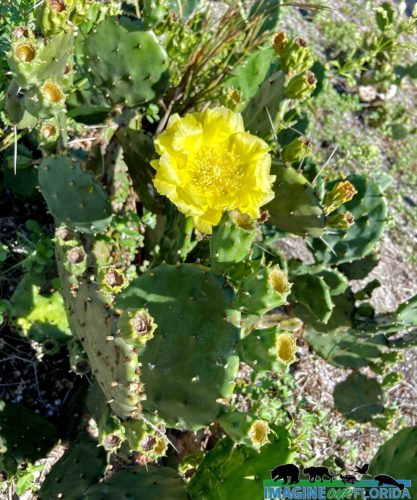
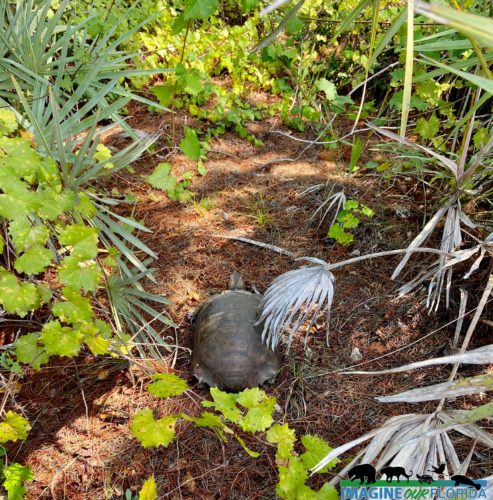
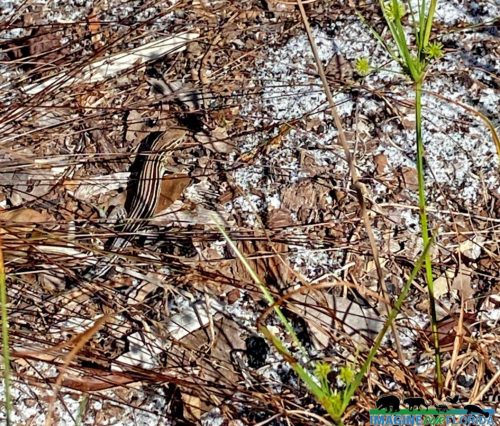
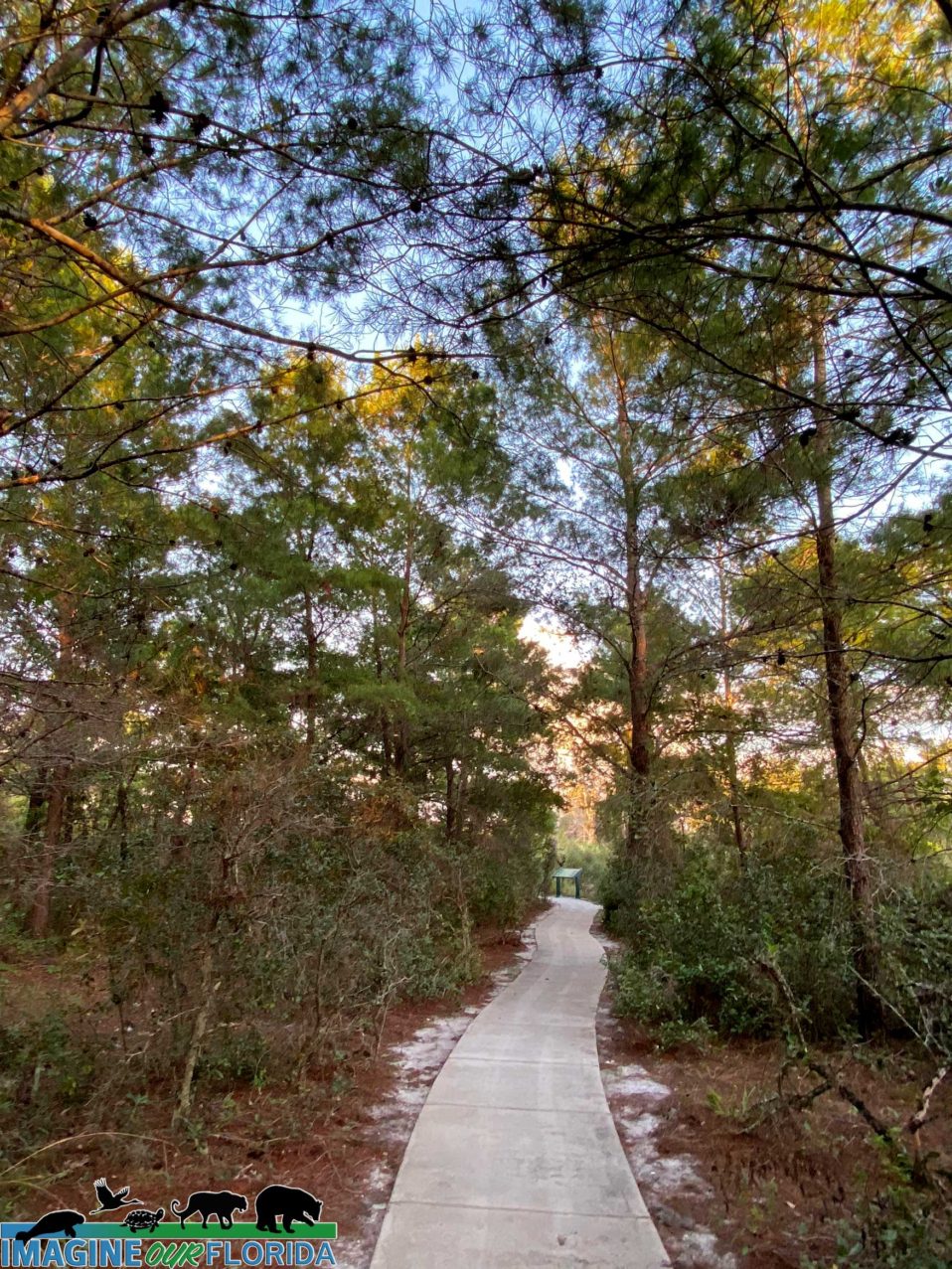
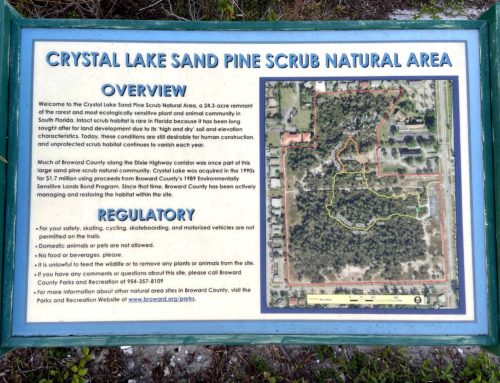
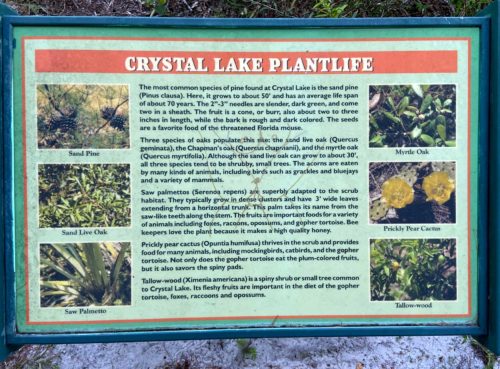
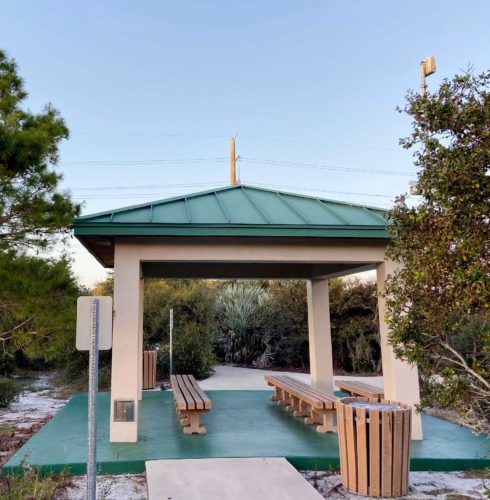
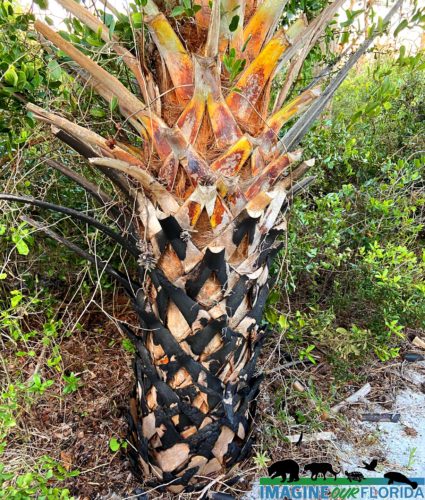
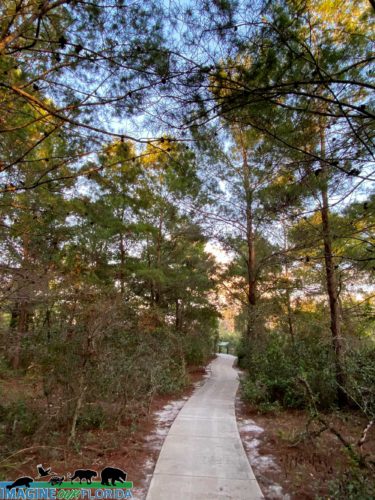
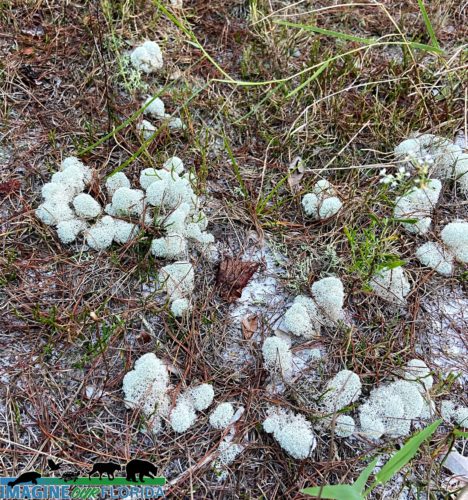
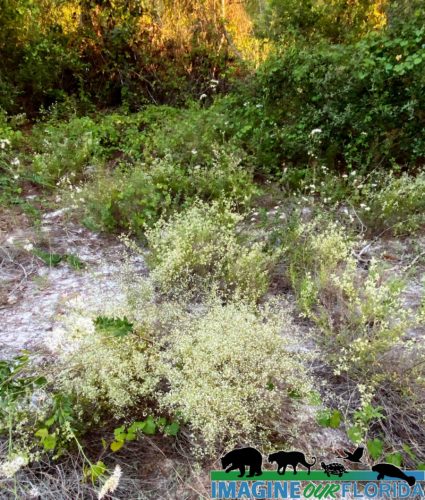
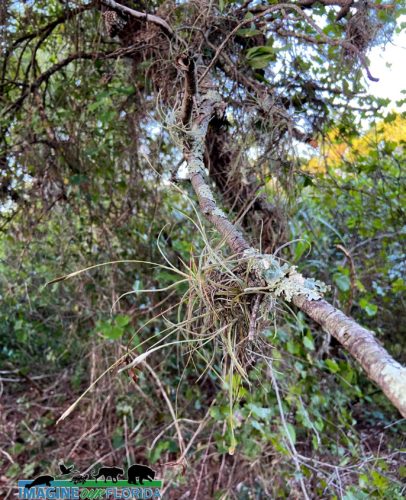
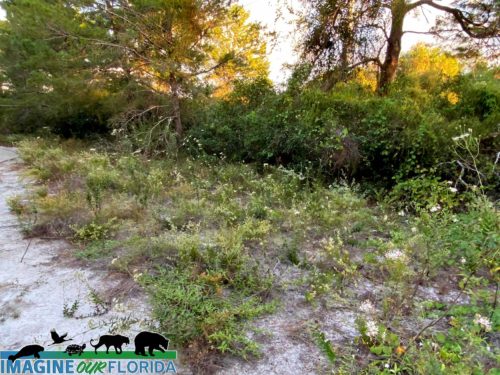
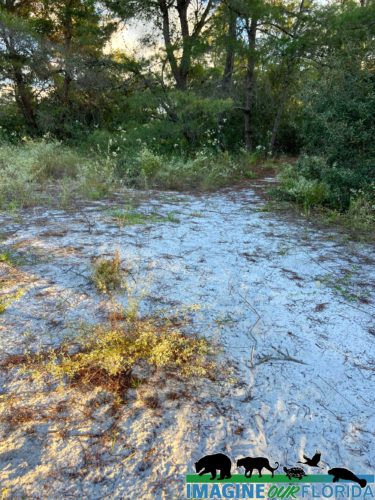
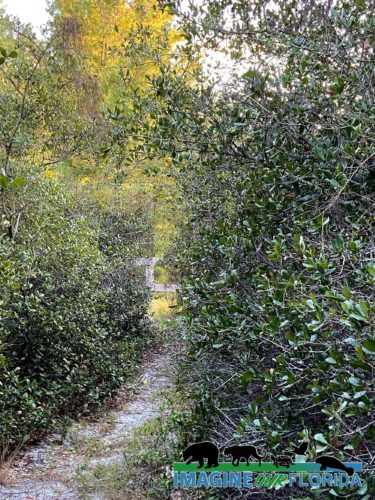
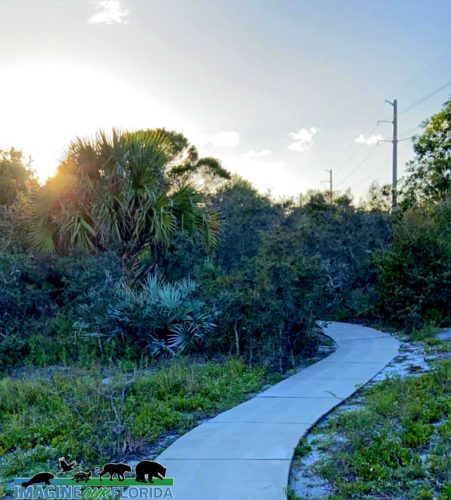
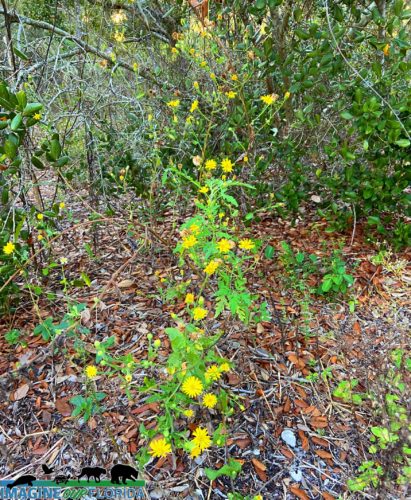
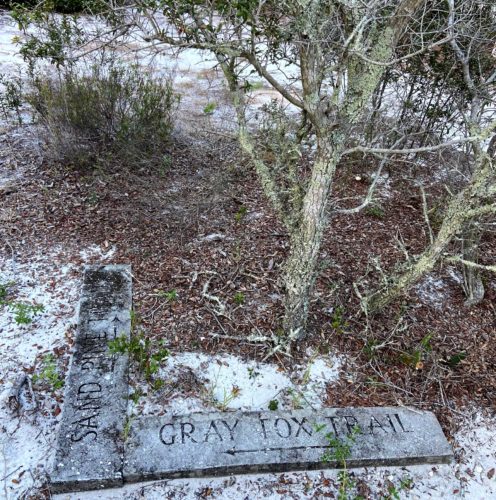
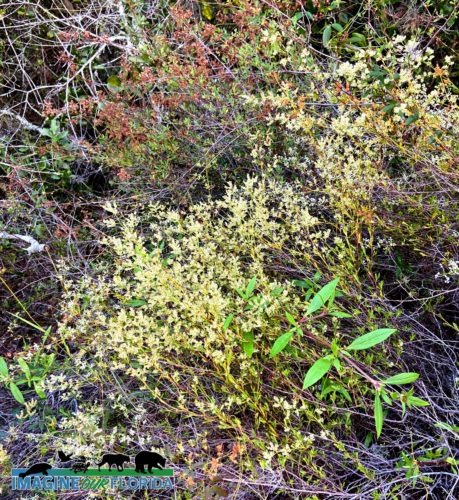
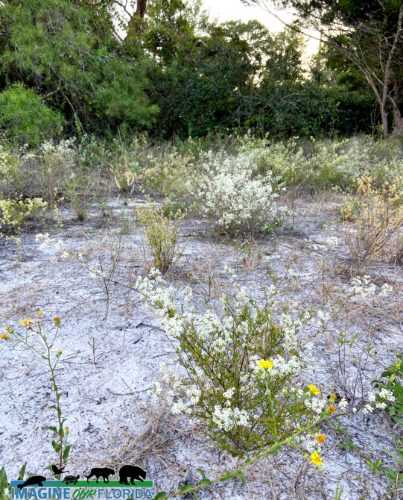
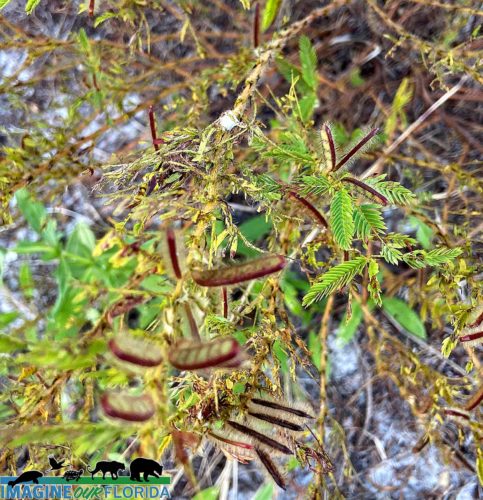
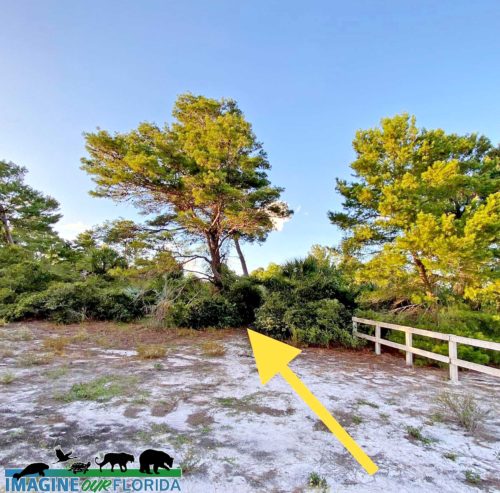
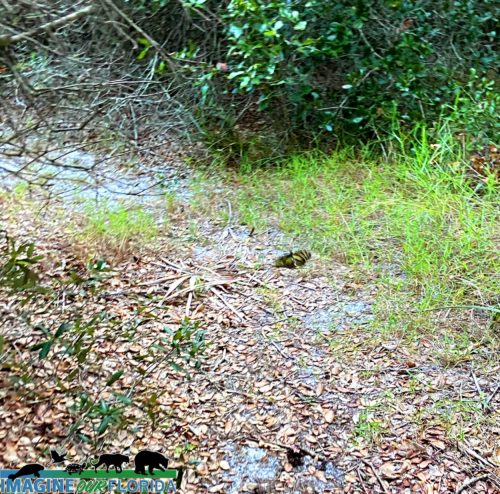
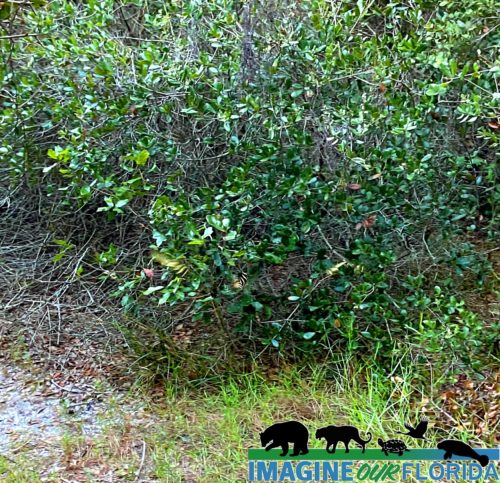
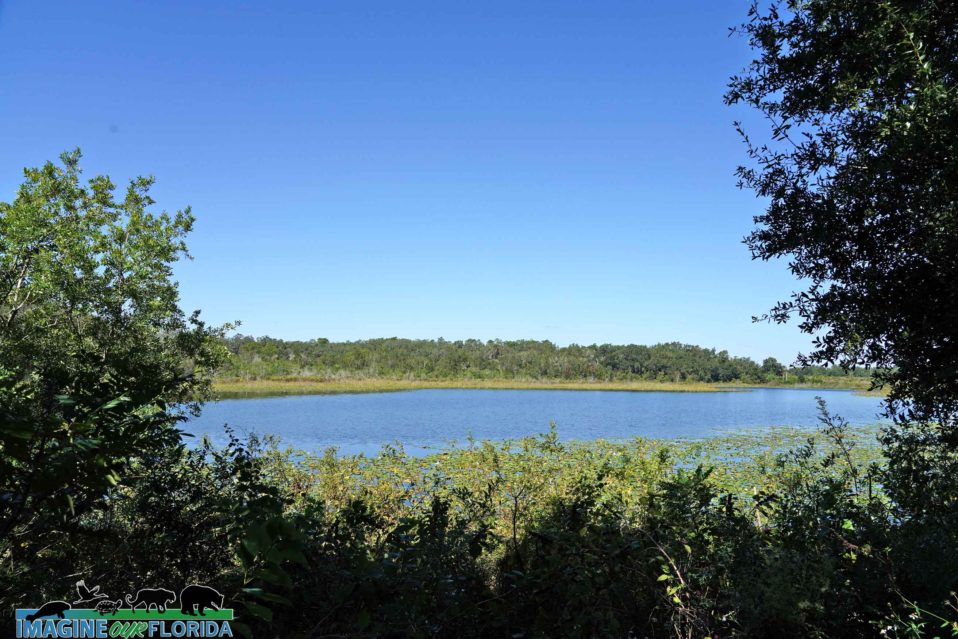
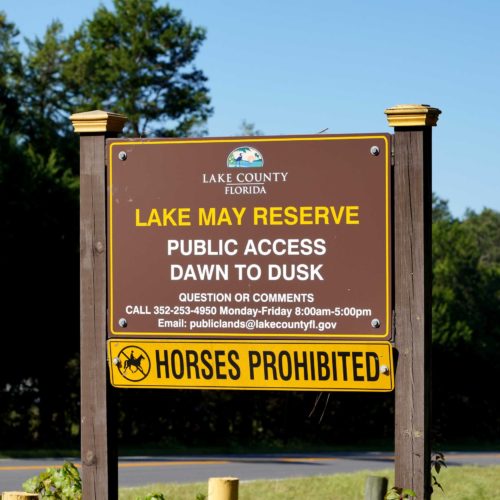
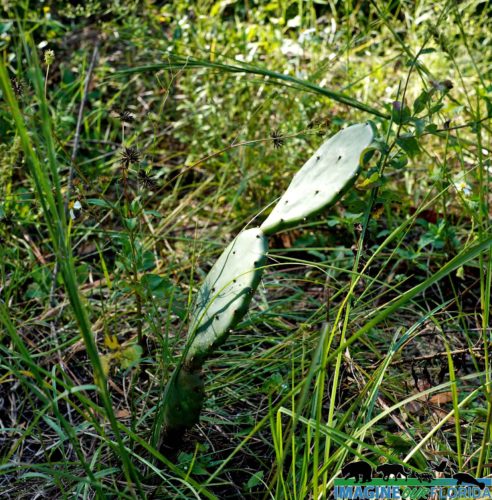
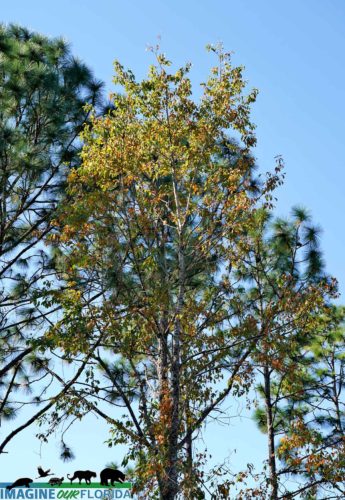
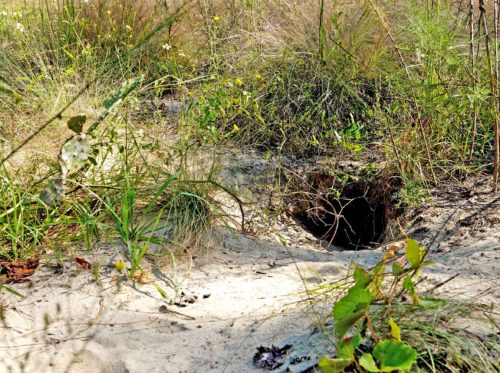
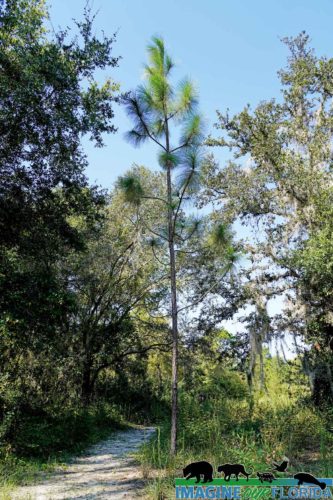
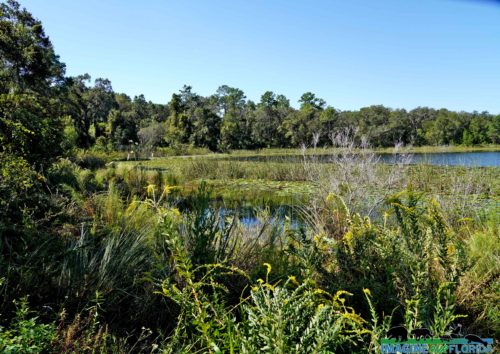
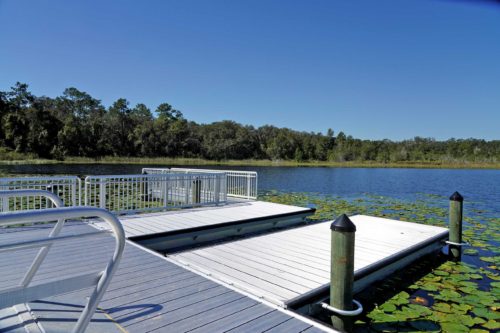
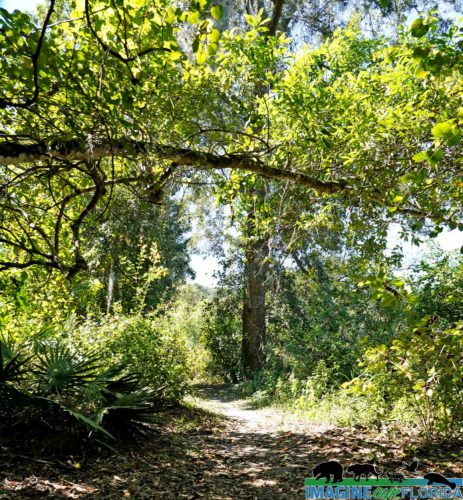
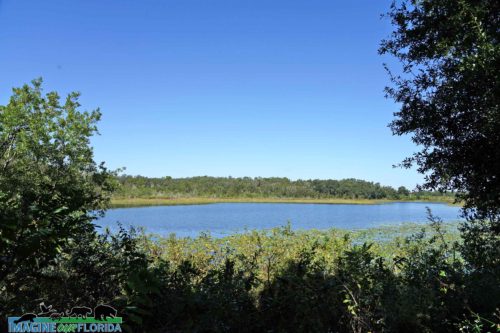
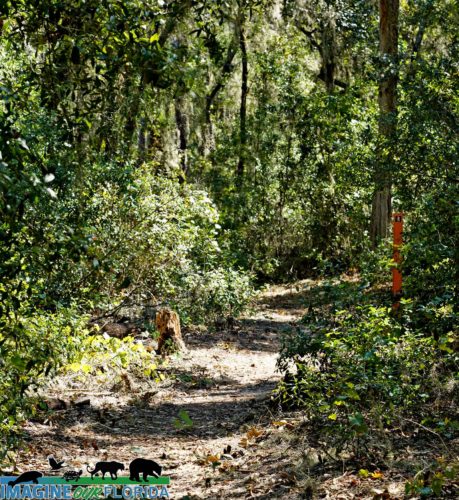
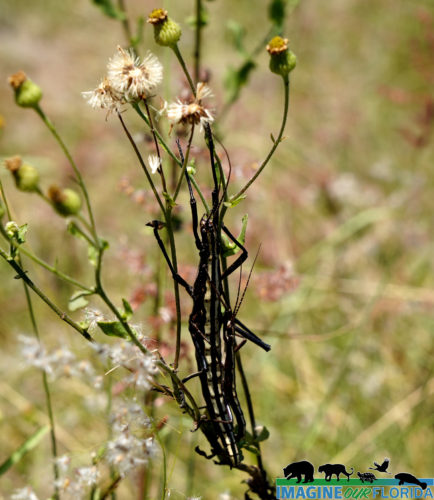
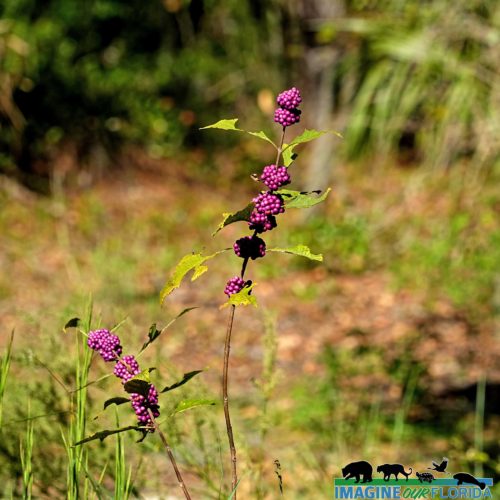
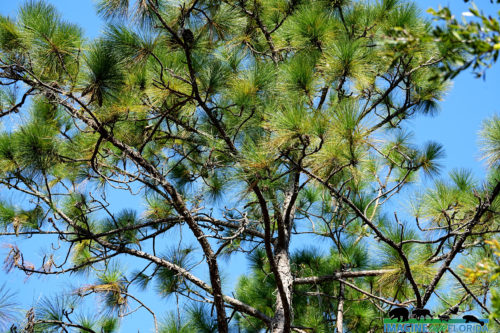
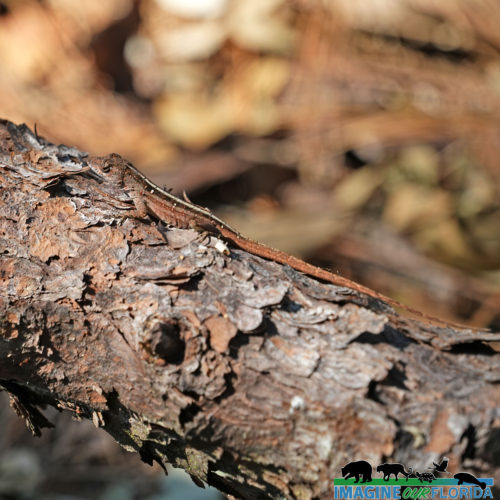
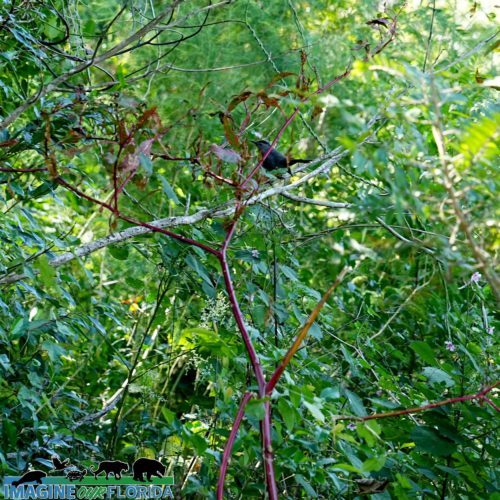
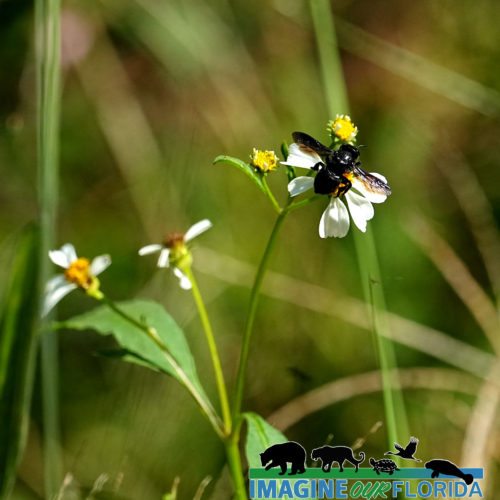
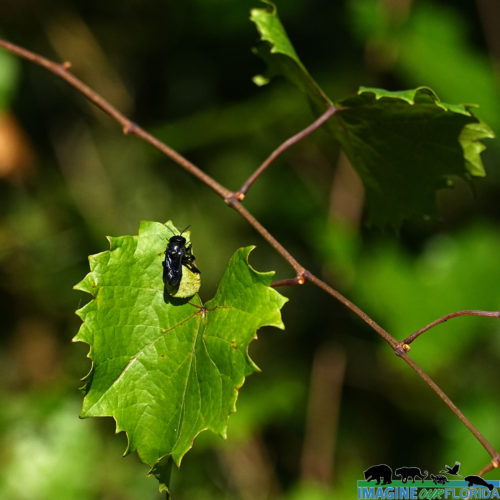
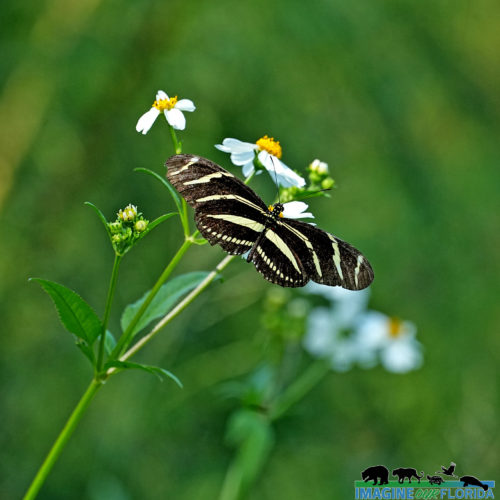
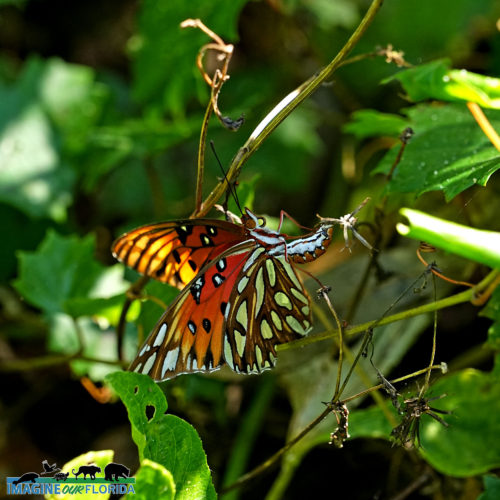
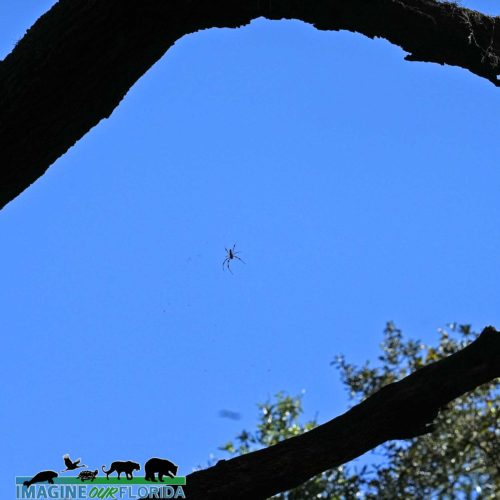
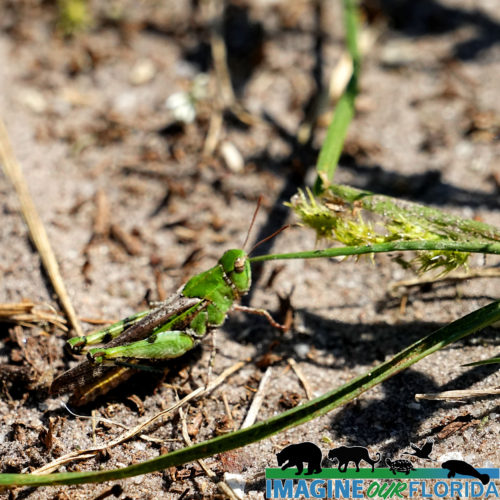
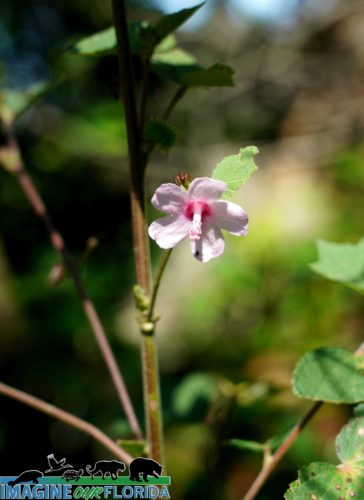
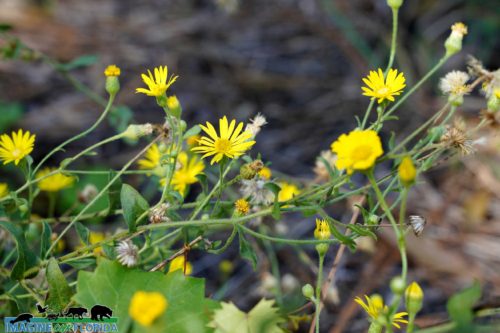
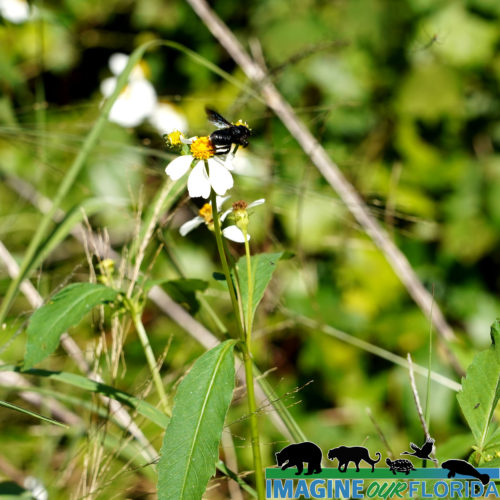
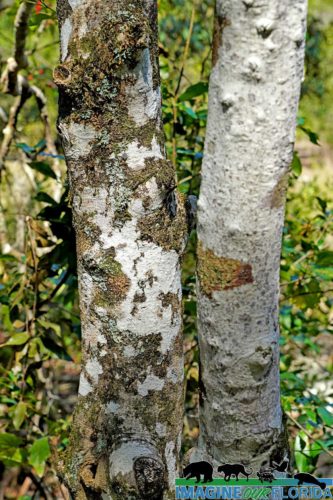
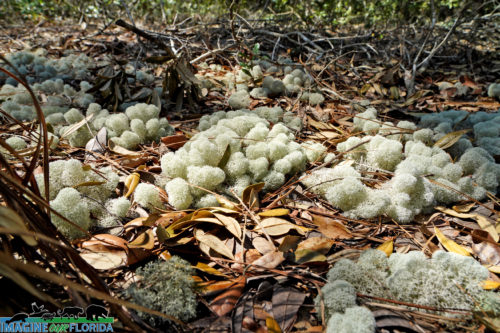
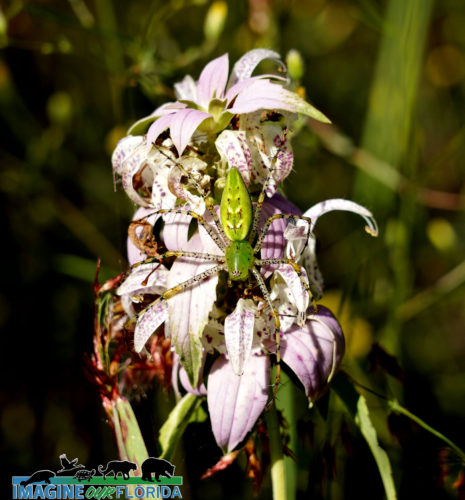
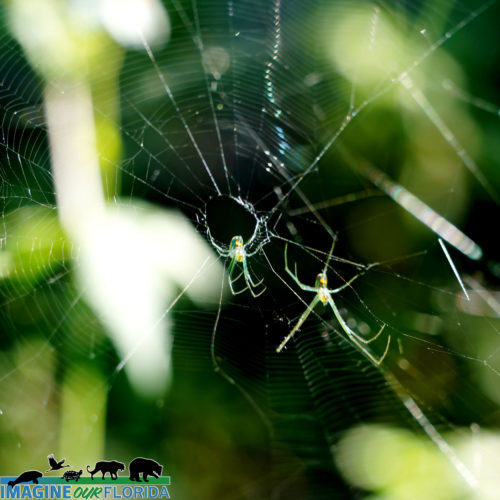
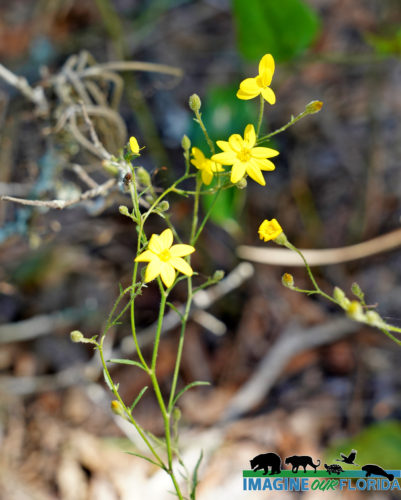
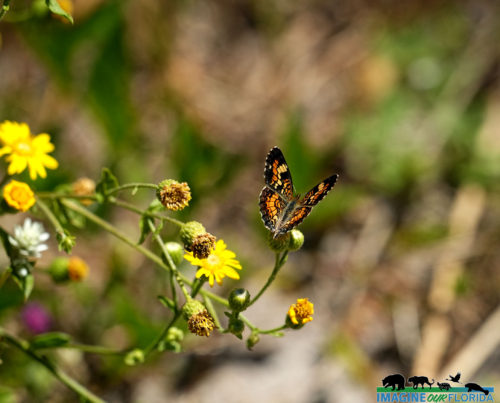
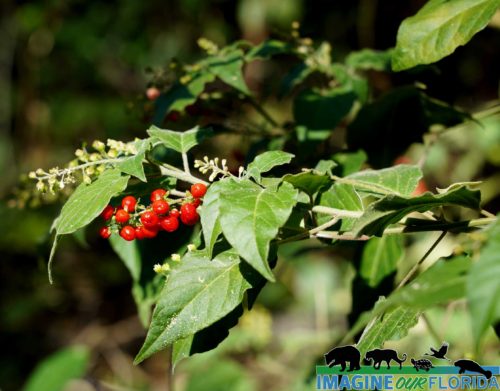
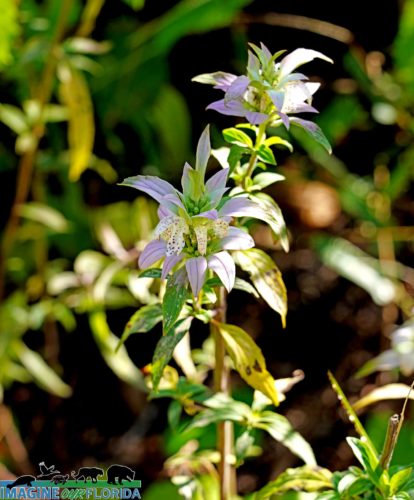
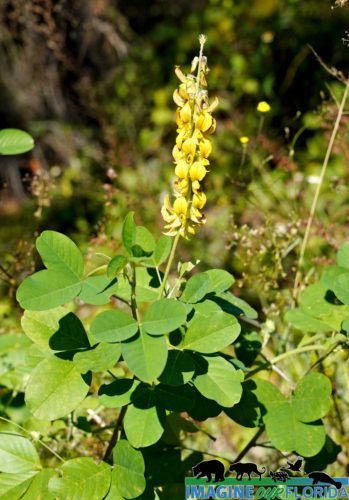
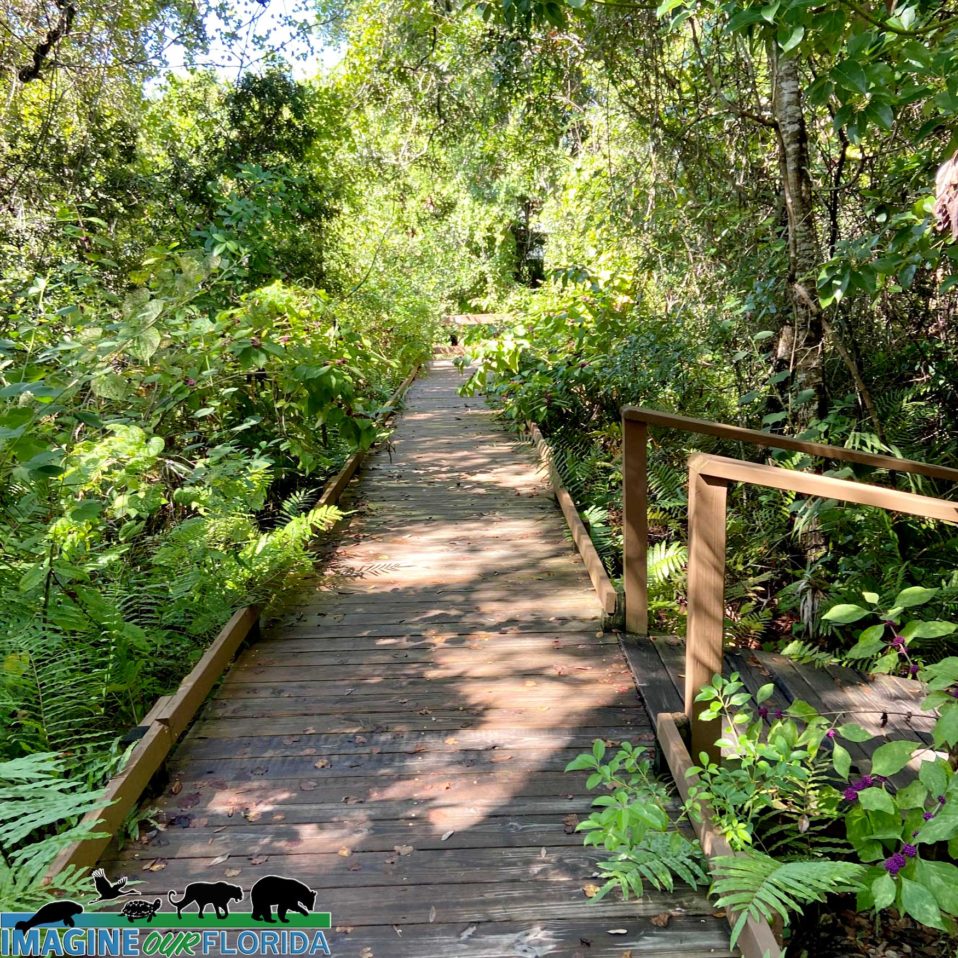
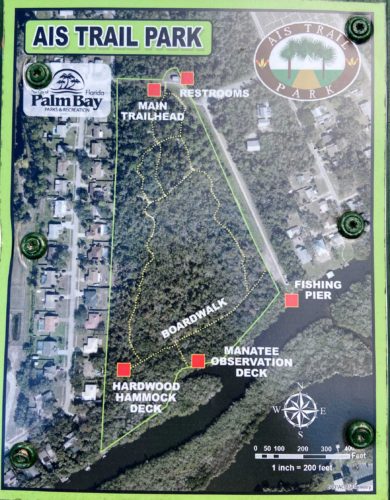
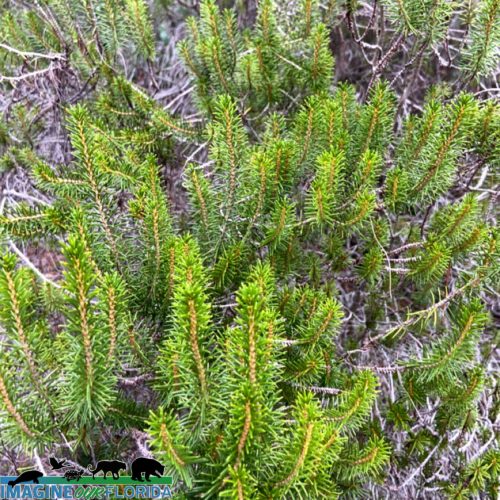
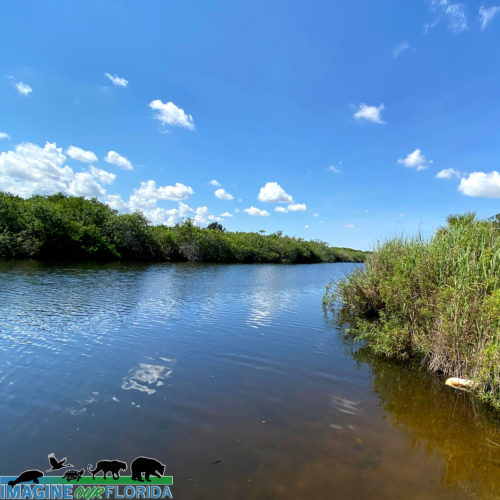
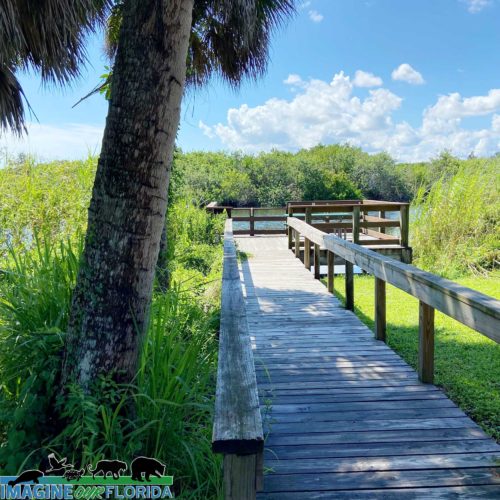
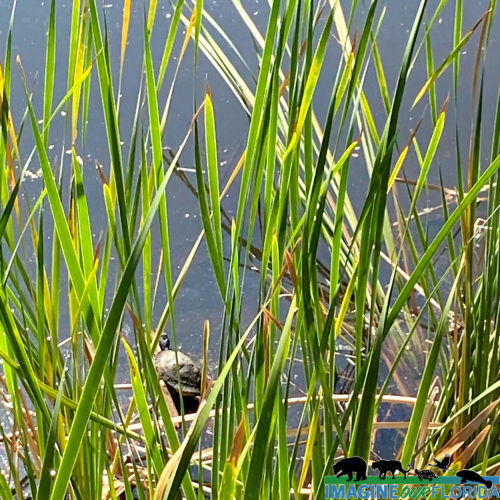
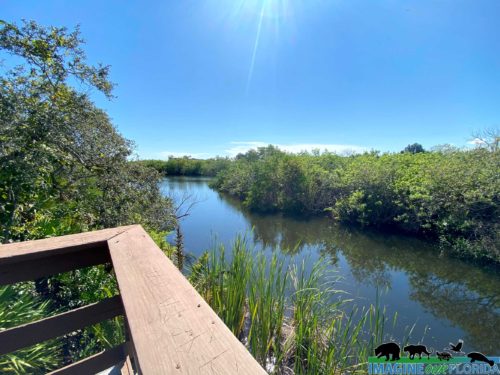
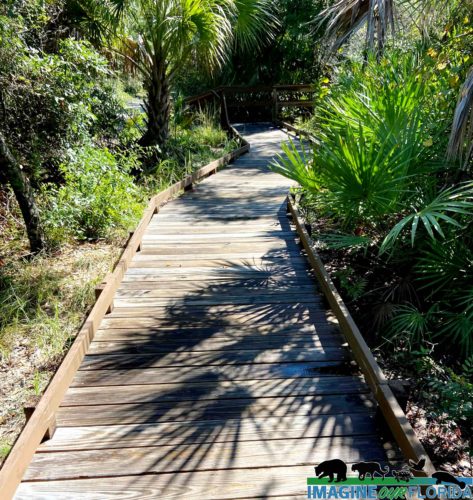
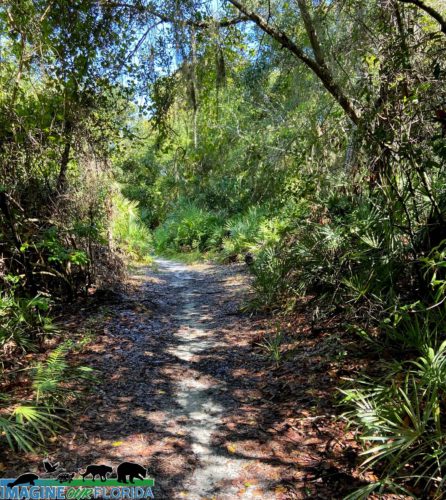
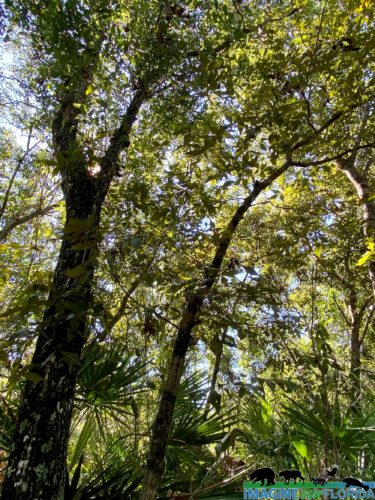
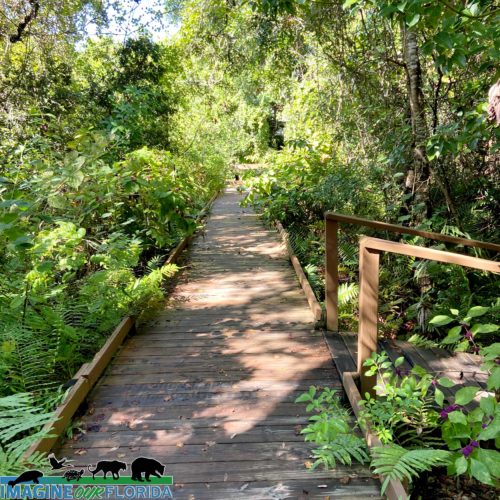
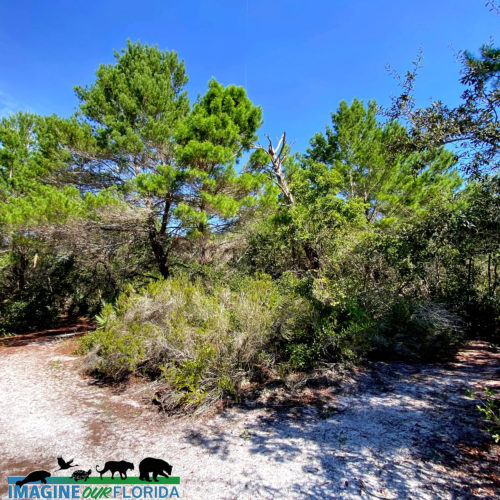
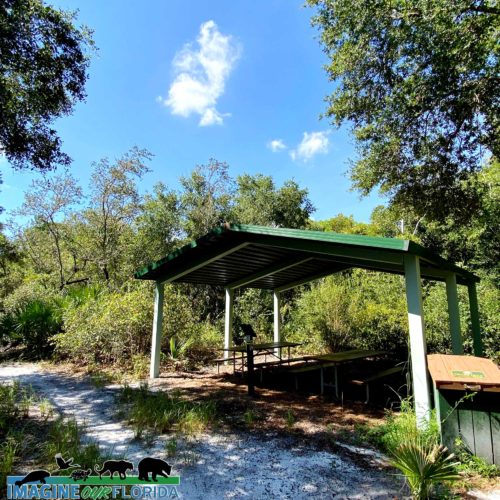
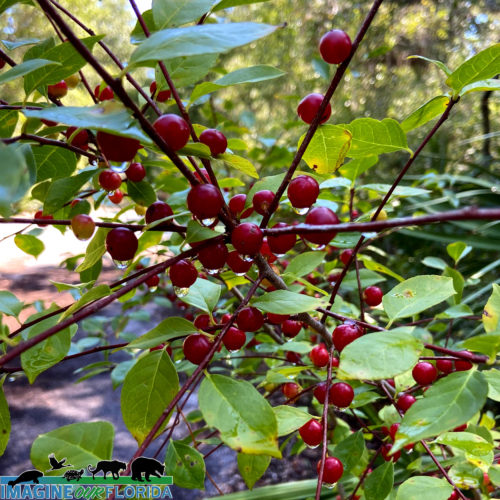
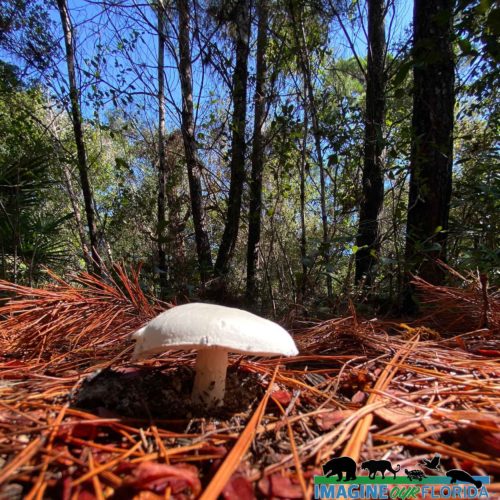
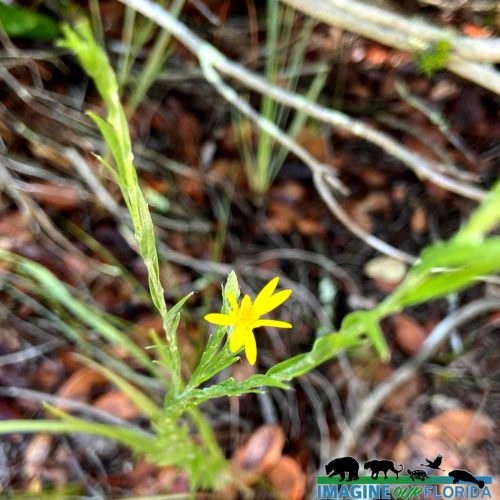
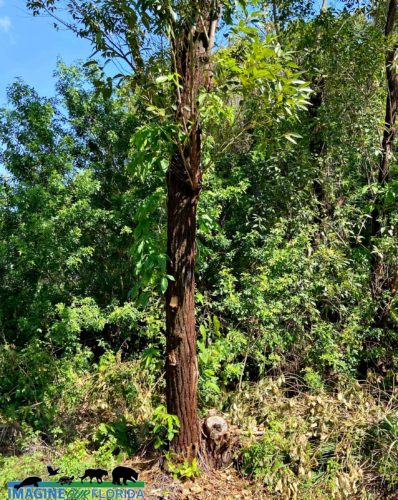
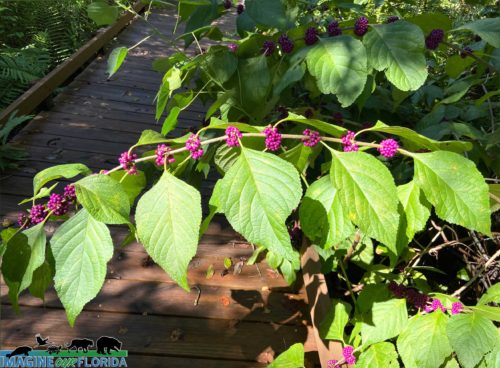
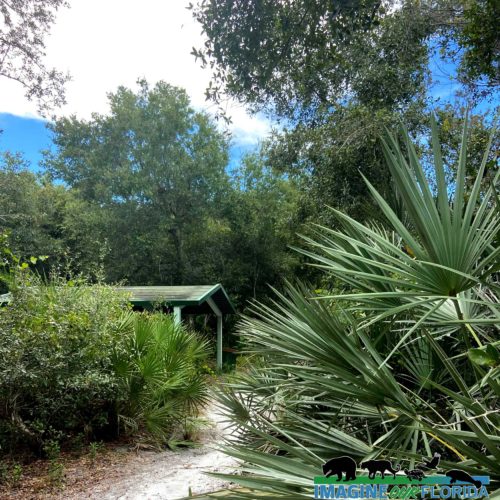
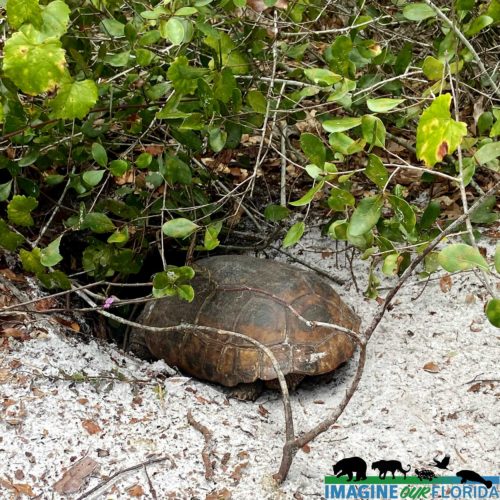
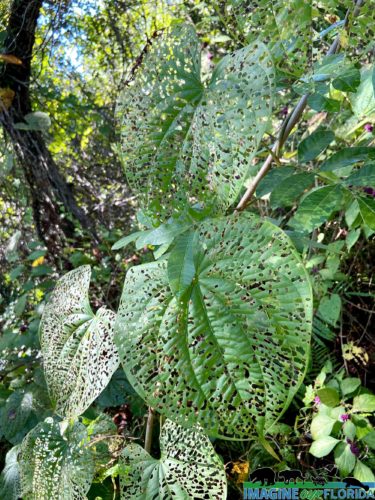
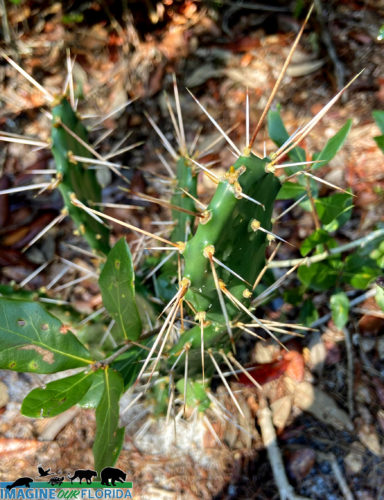
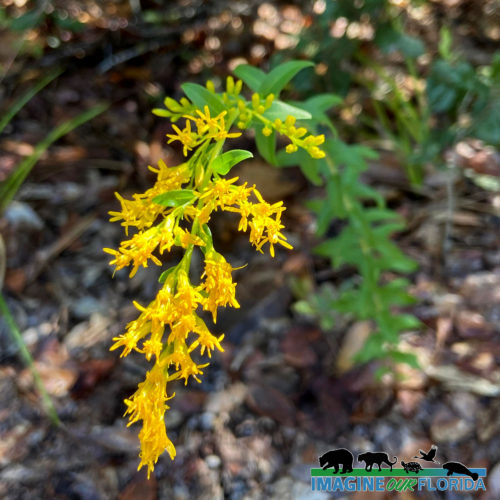
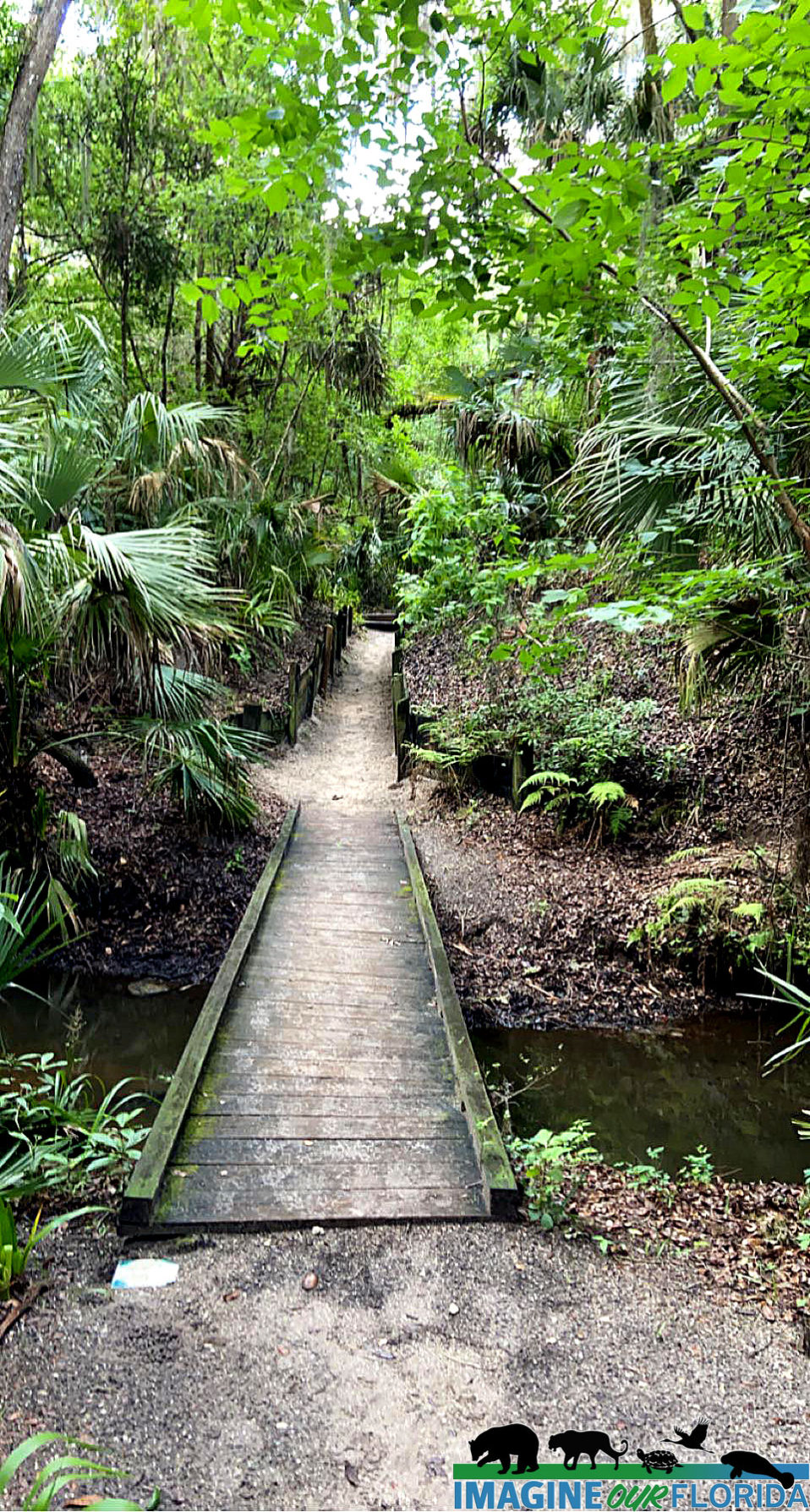
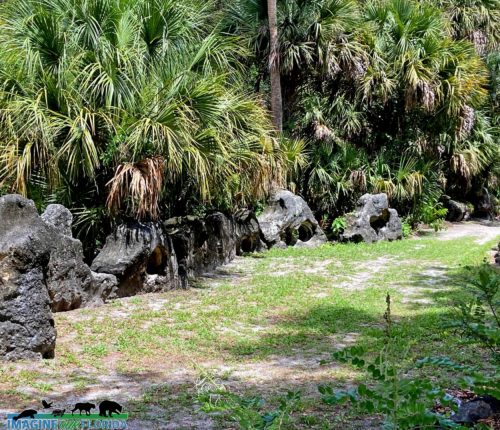
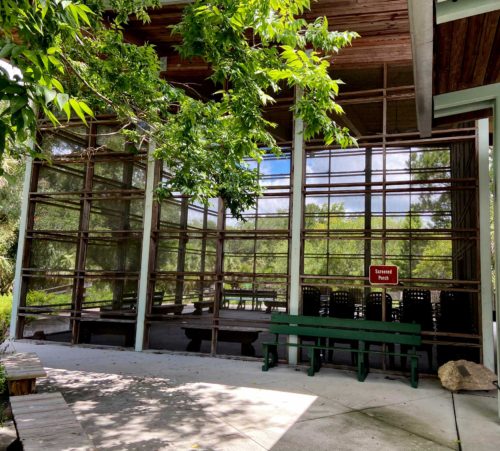
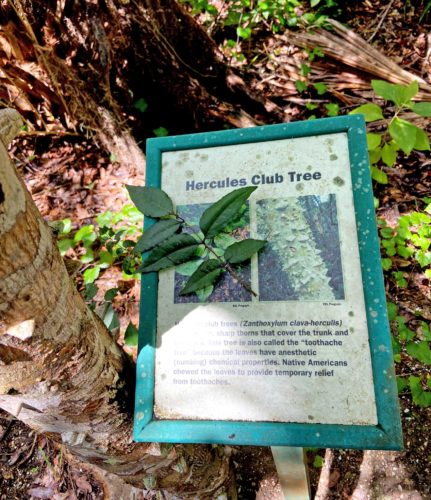 ted
ted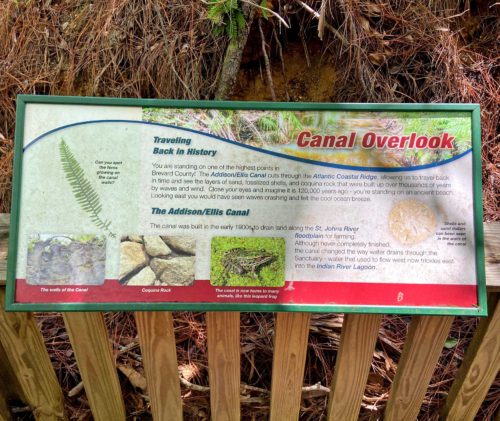
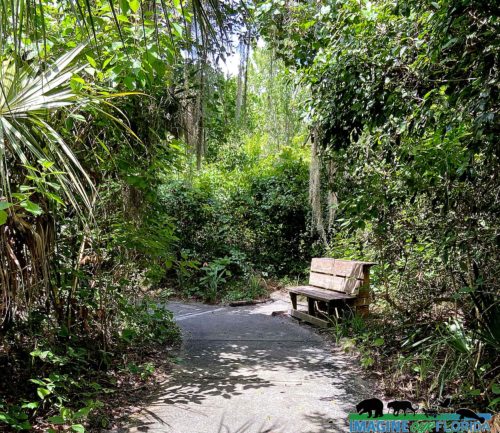
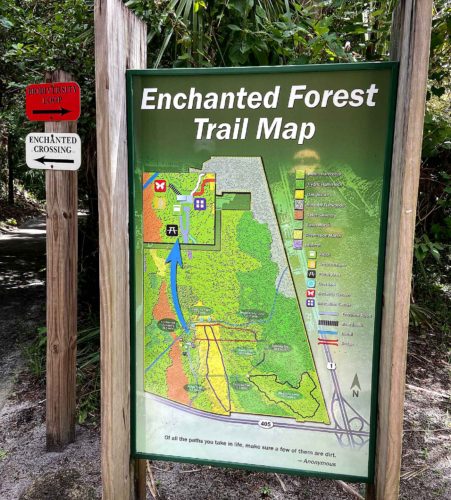
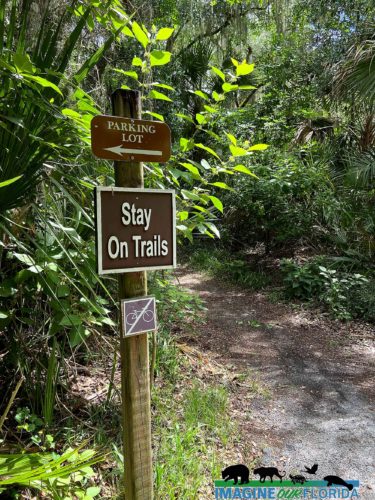
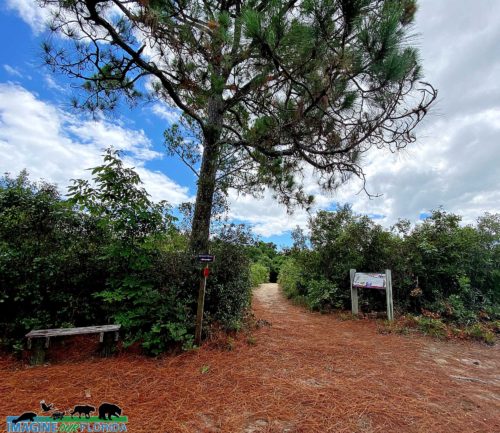
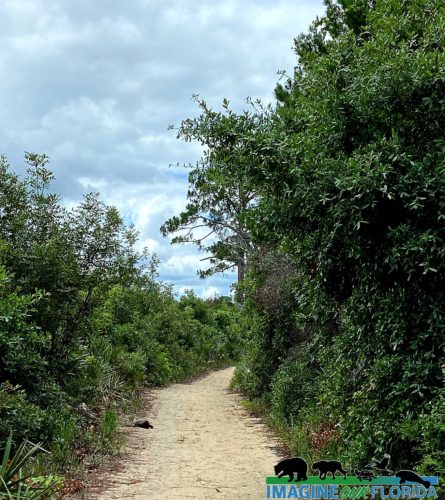
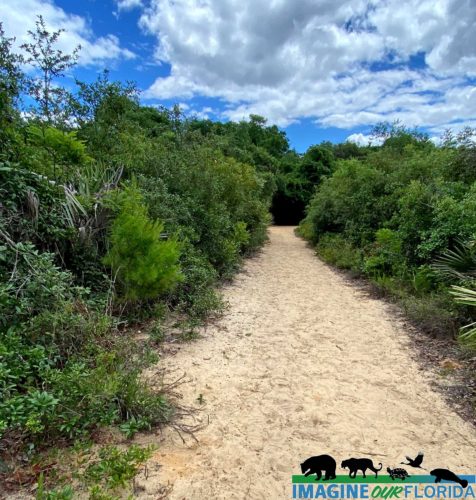
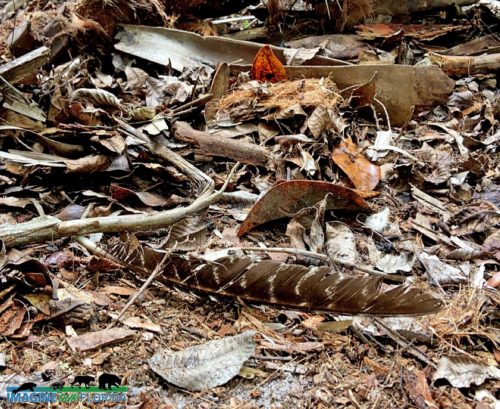
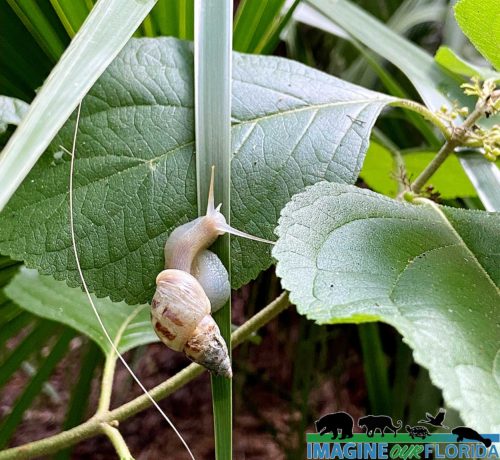
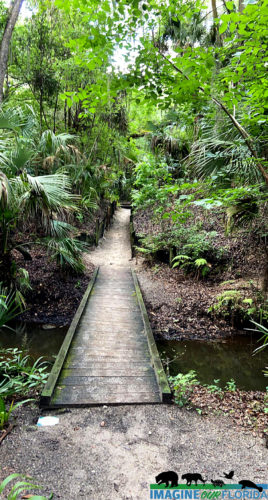
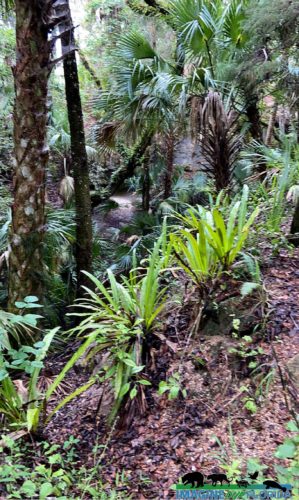
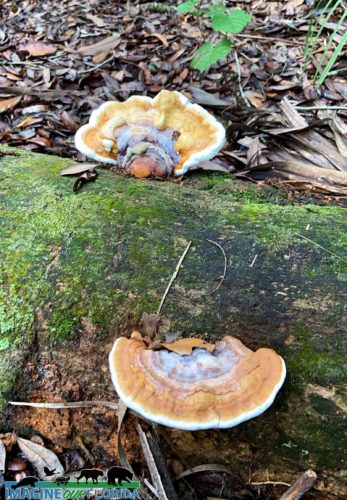
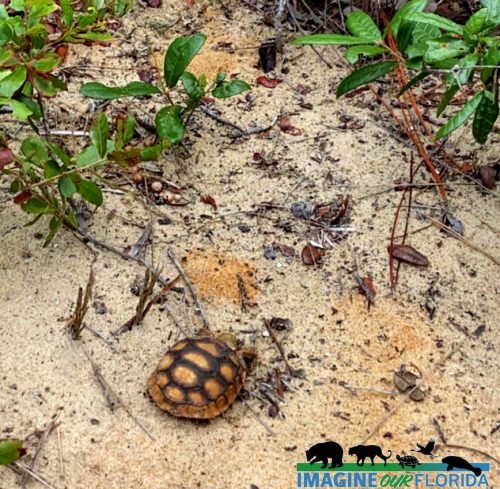
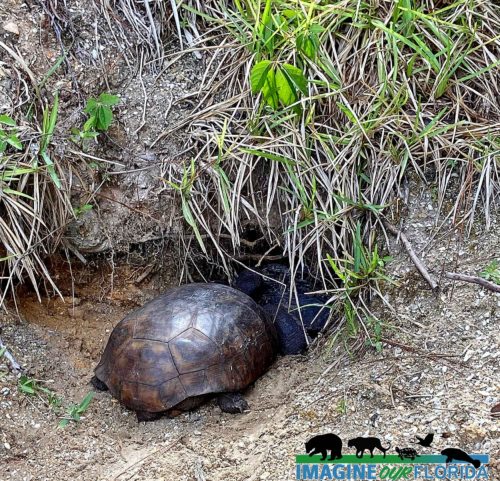
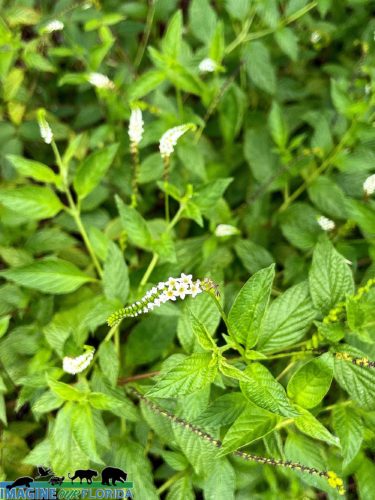
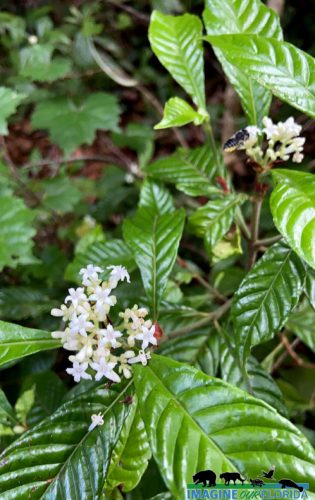
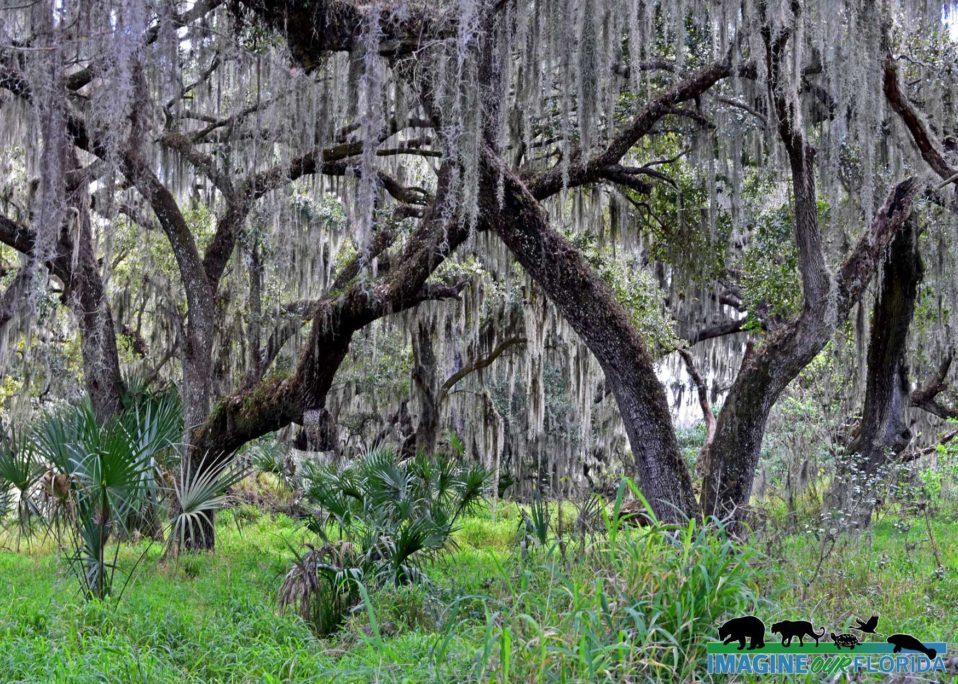
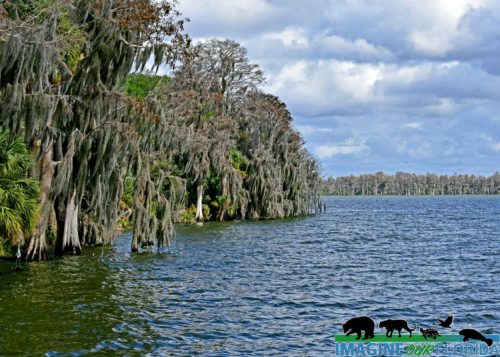
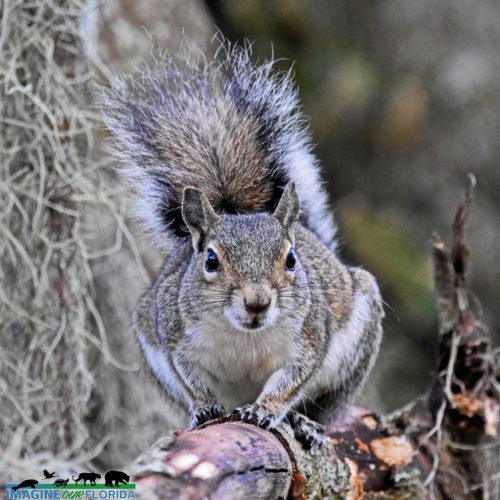
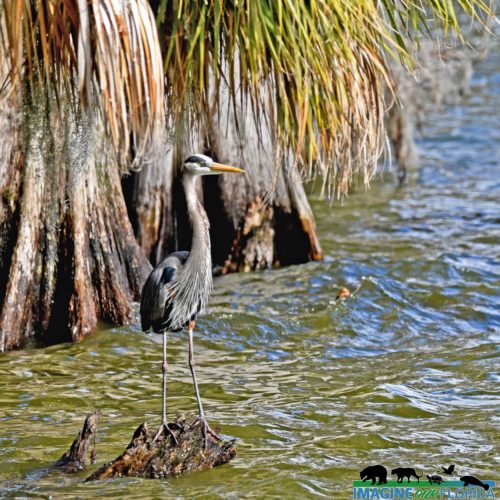
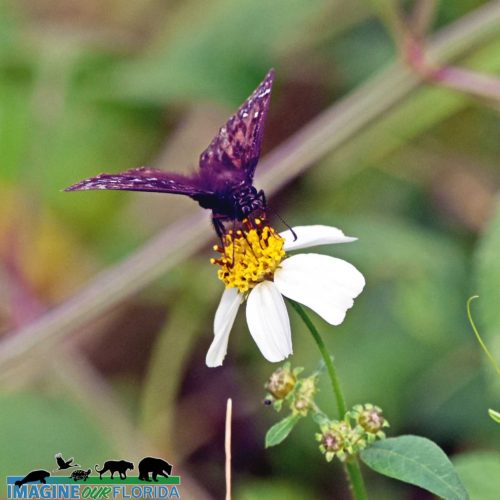
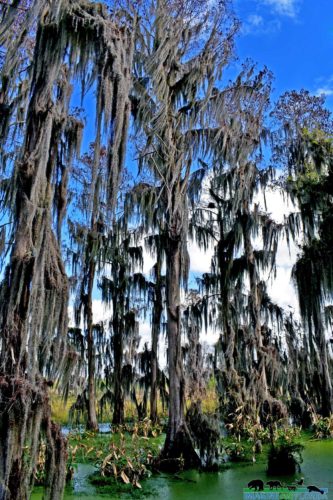
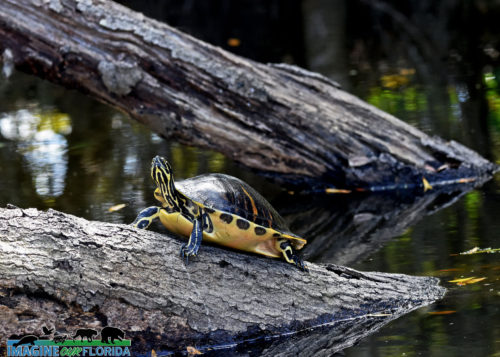
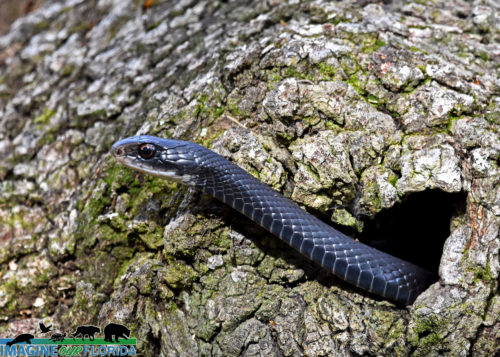
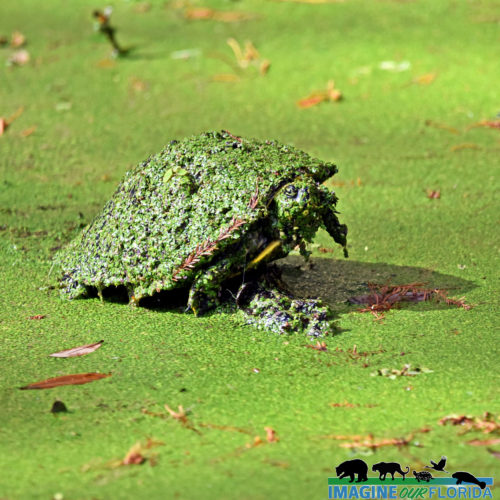
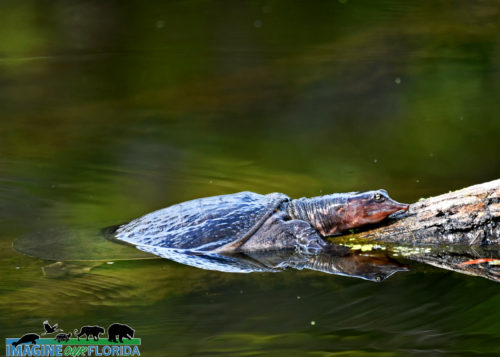
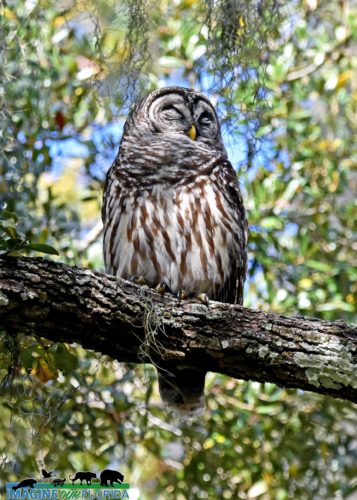
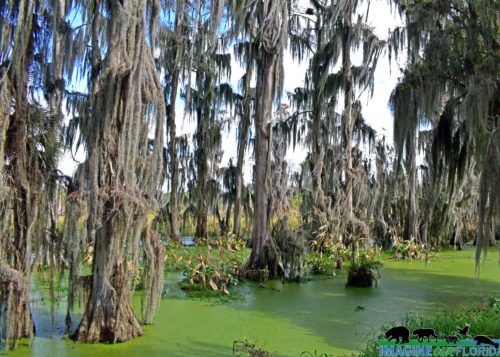
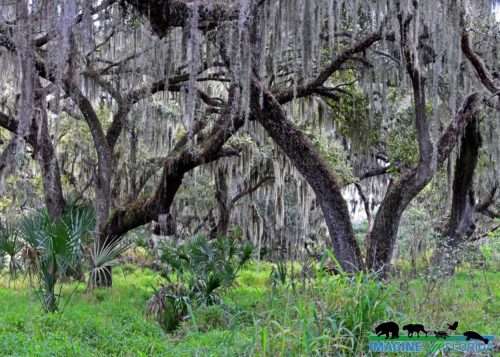
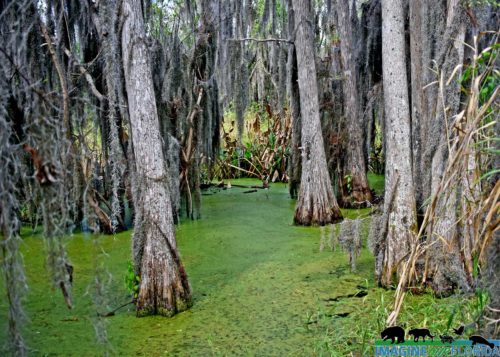
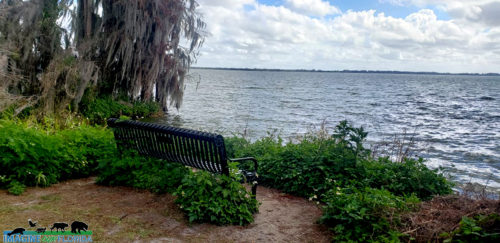
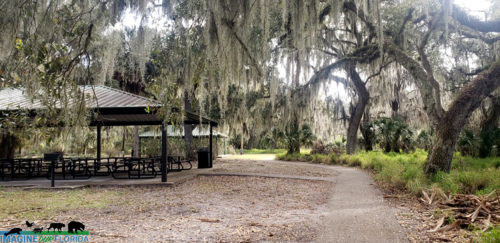
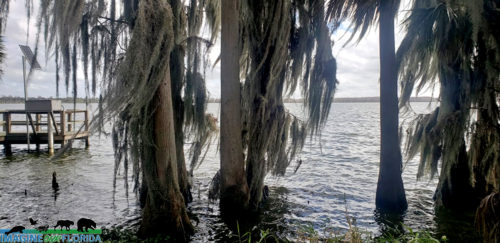
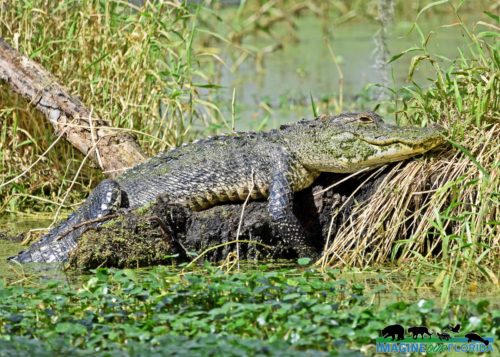
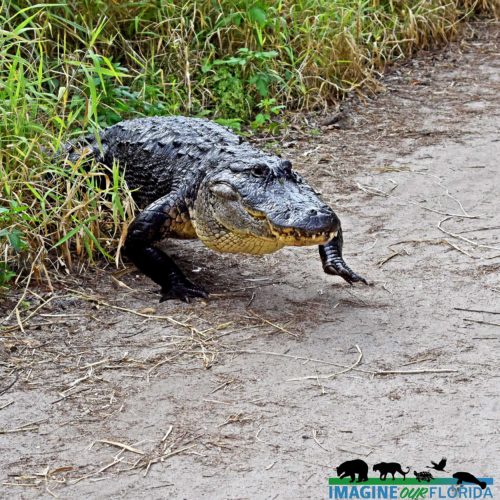
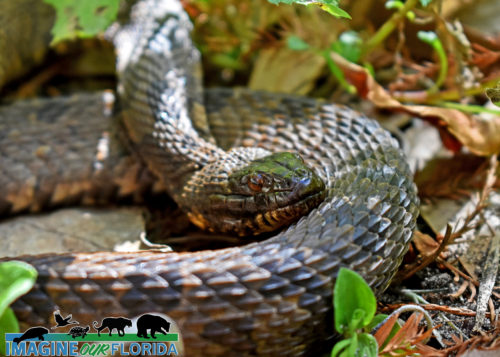
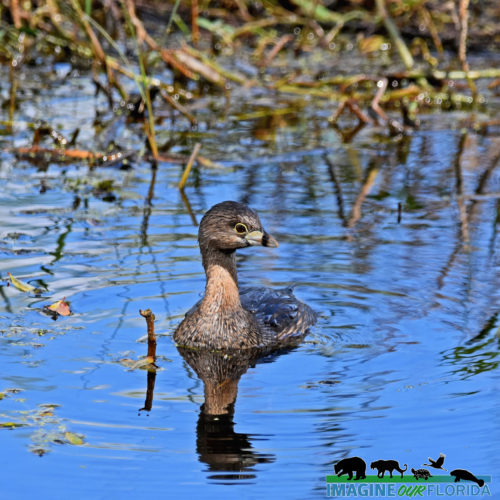
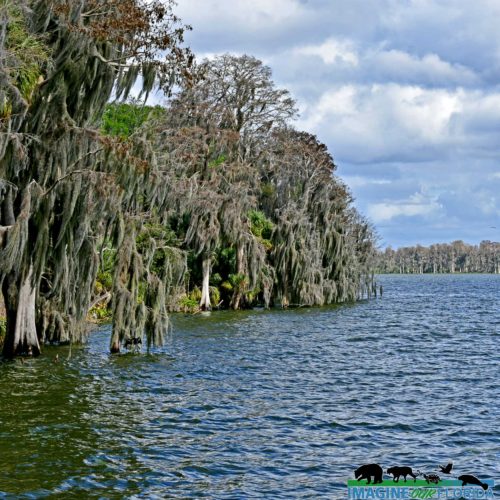
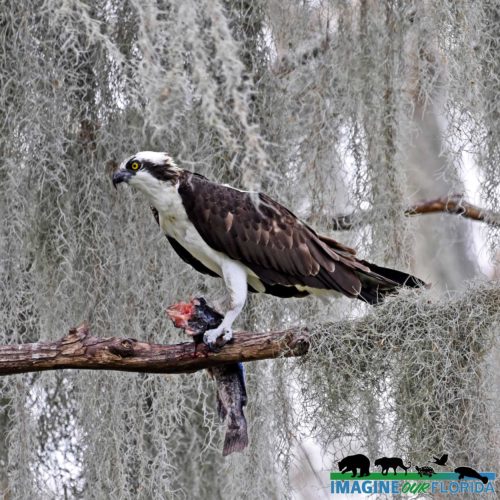
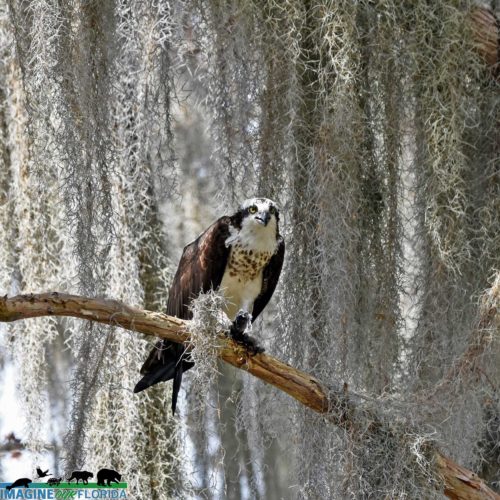
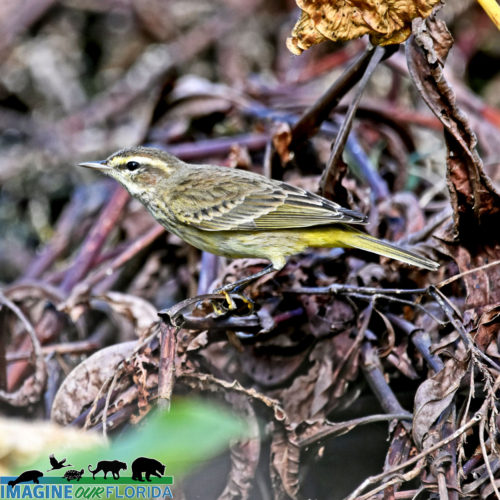
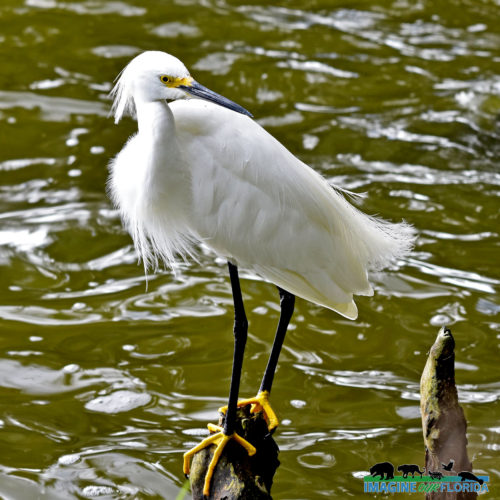
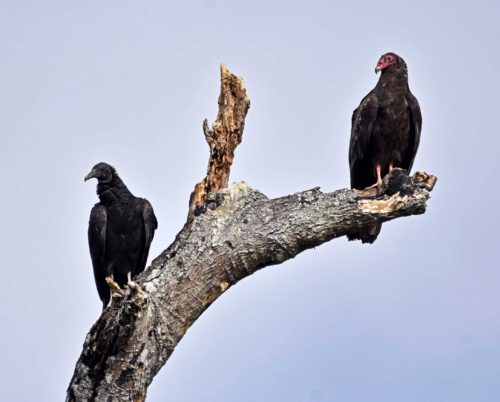
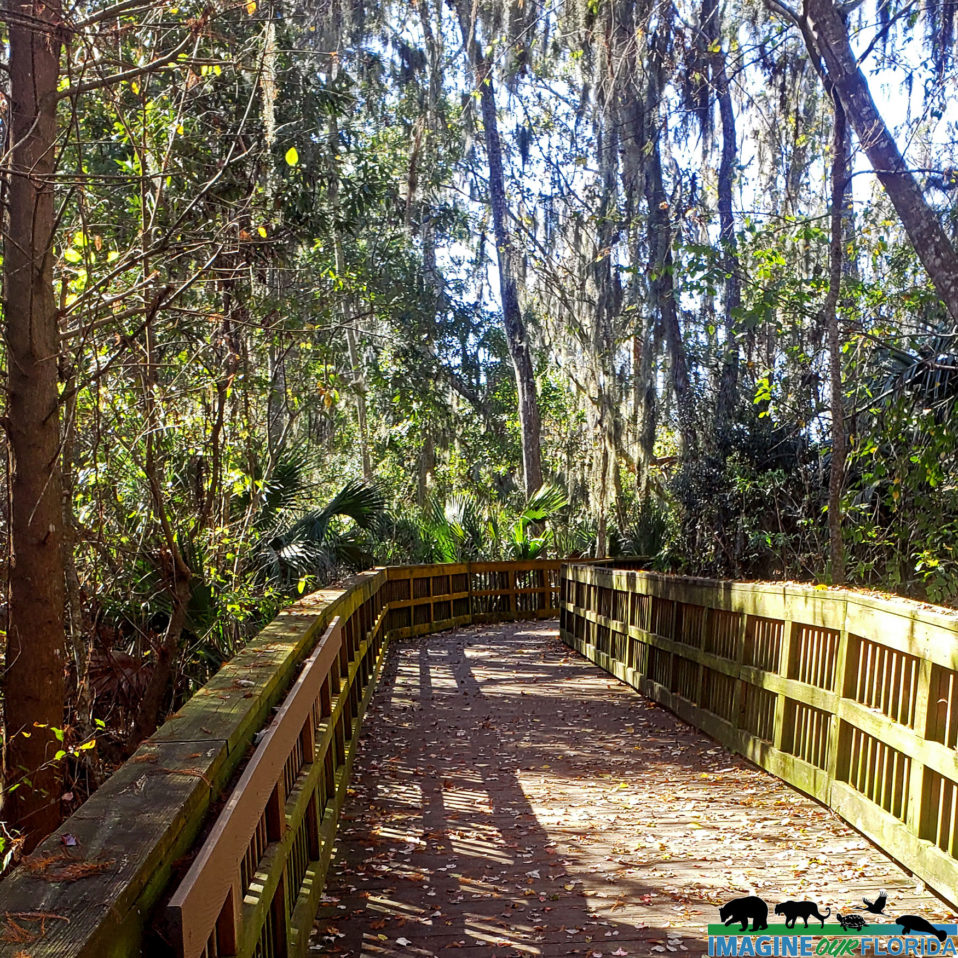
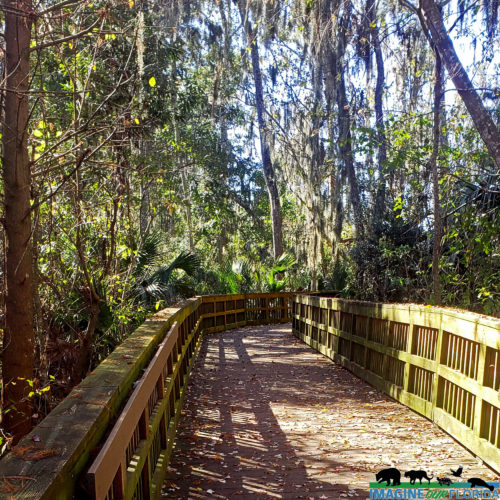
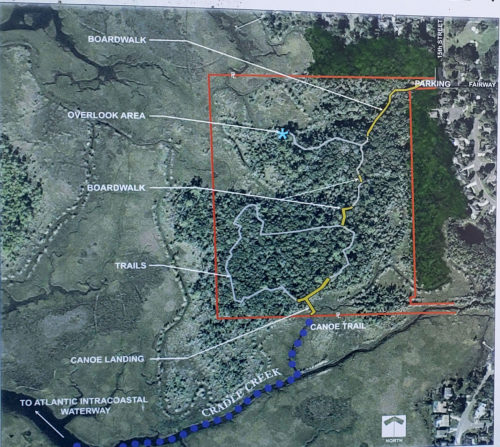
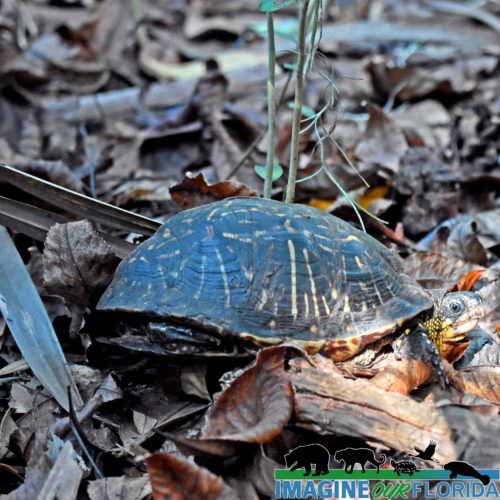
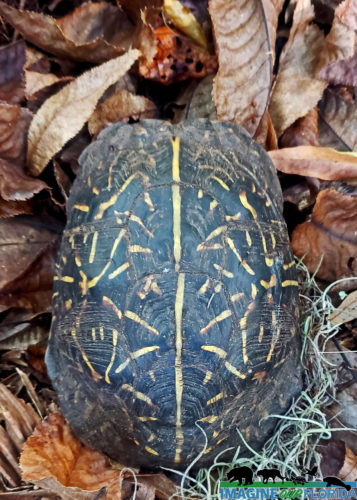
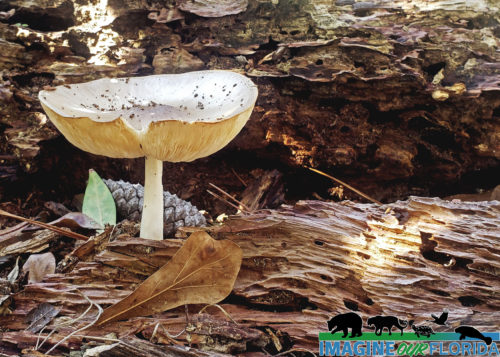
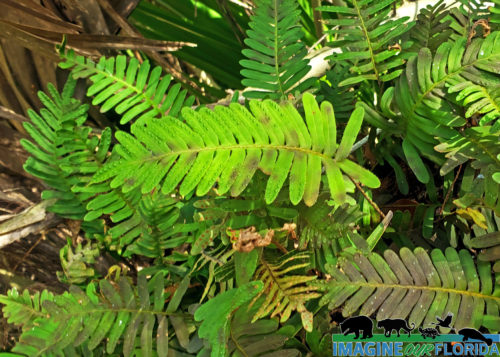
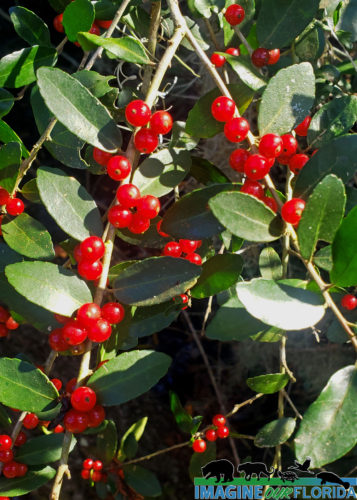
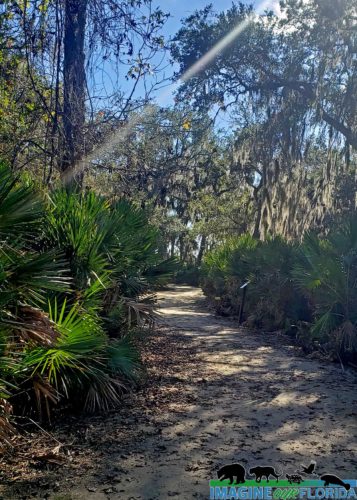
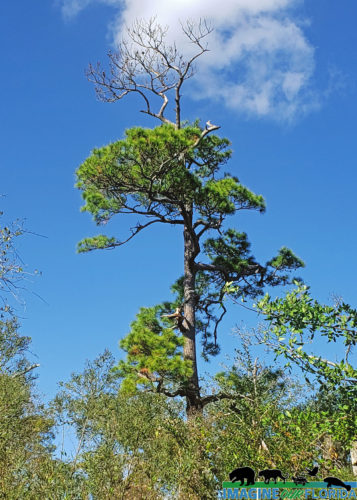
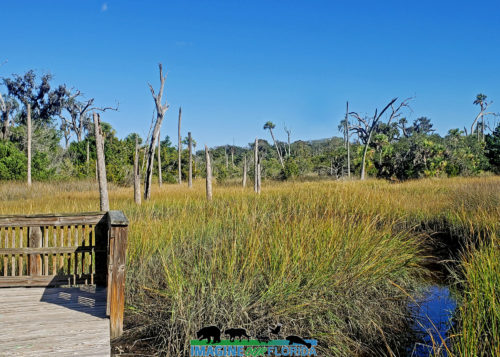
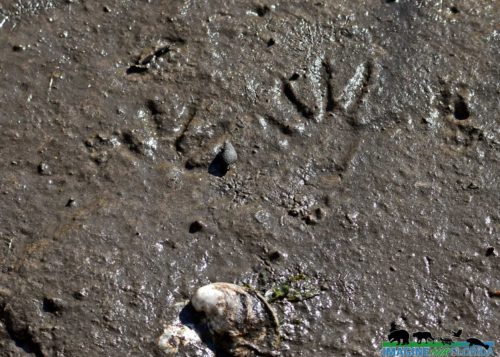
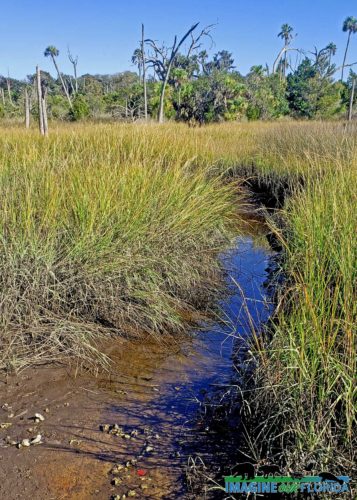
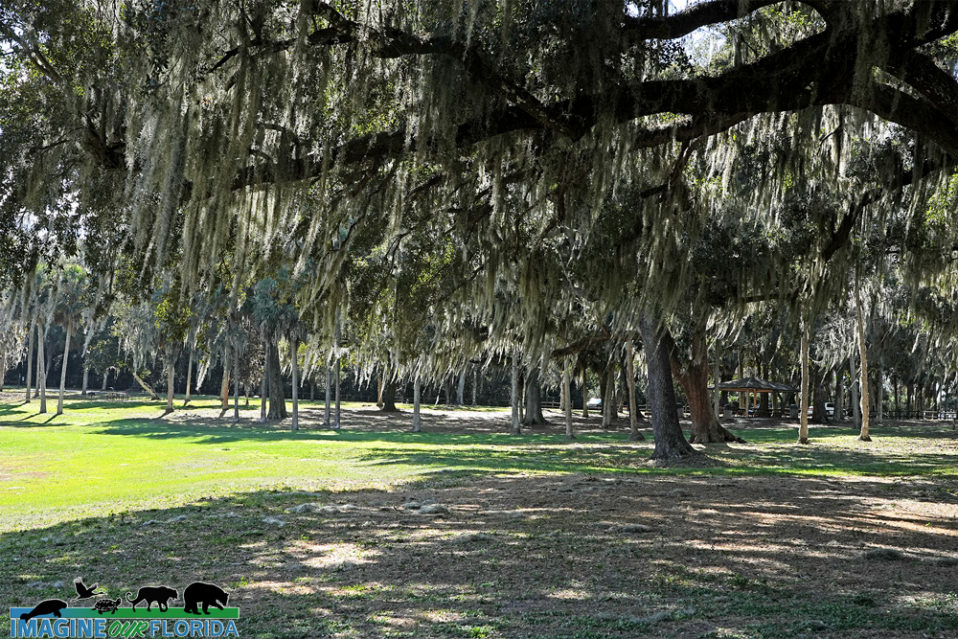
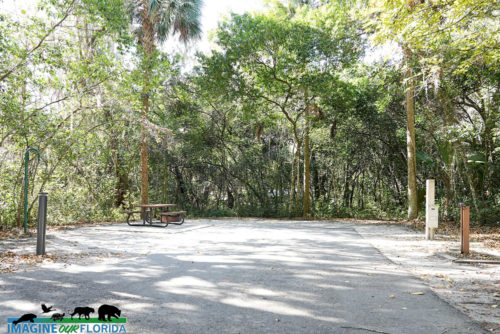
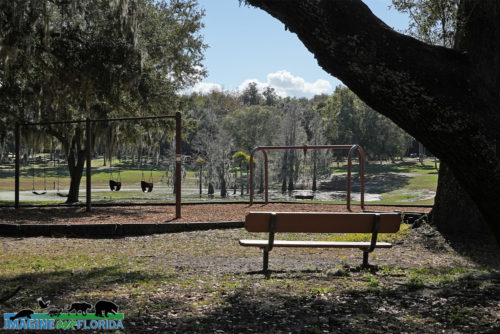
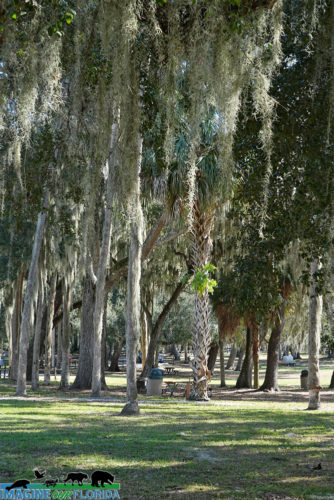
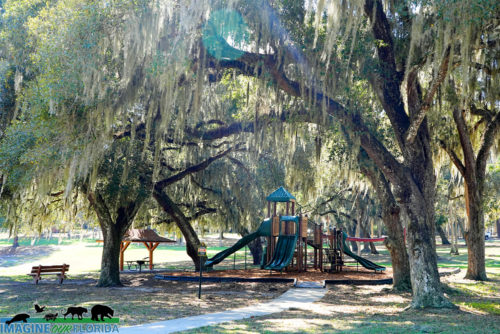
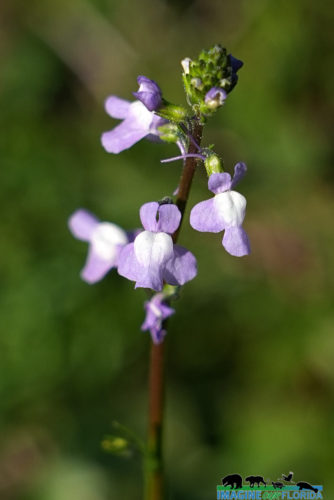
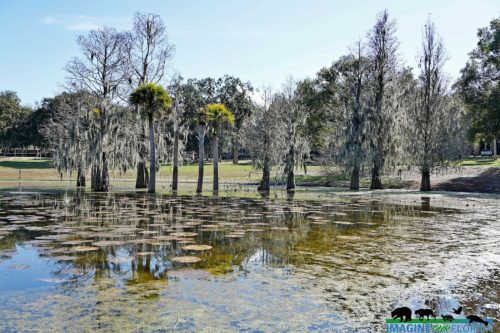
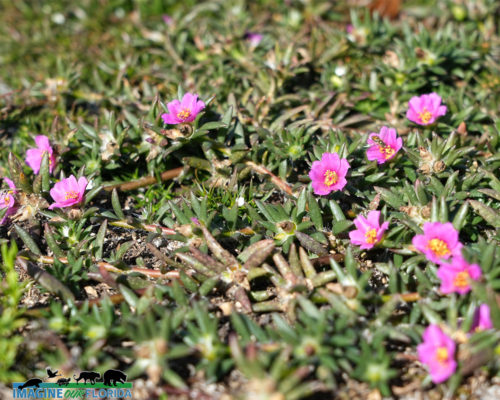 m
m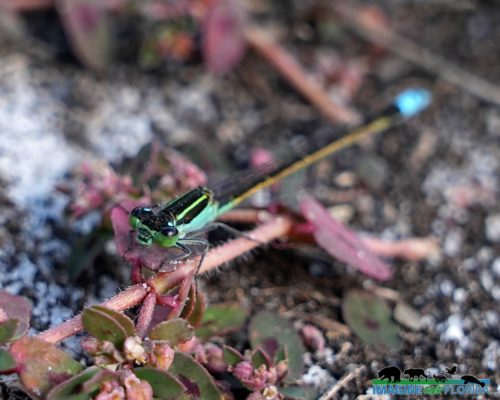
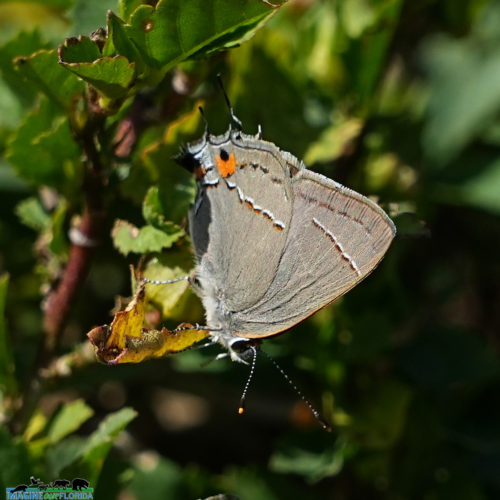
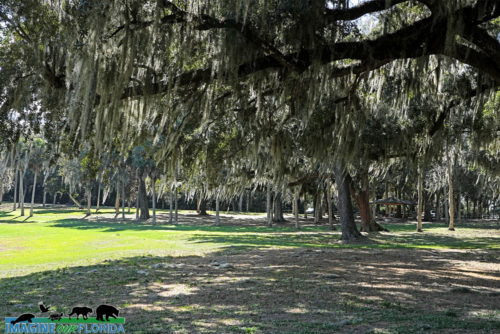 a
a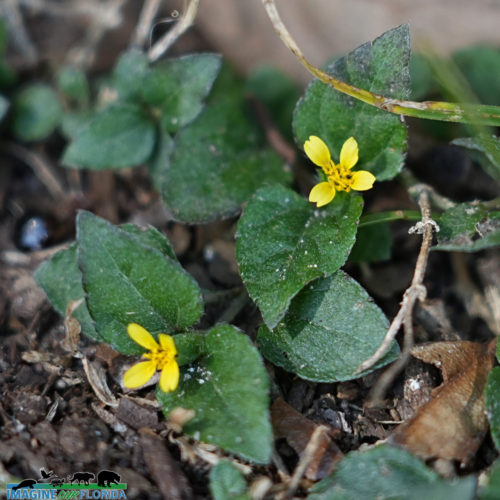
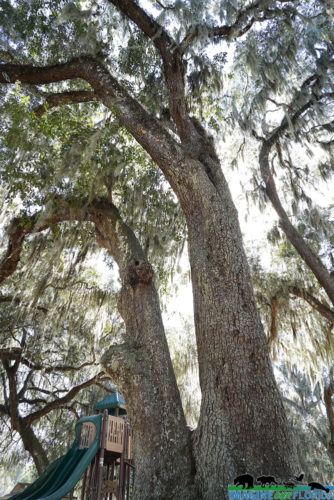
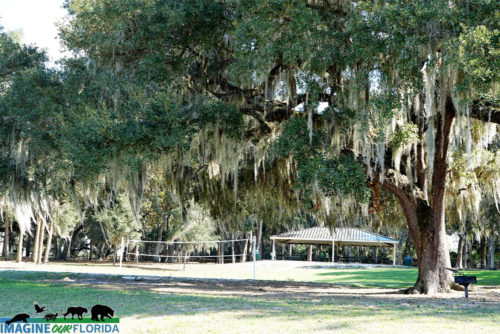
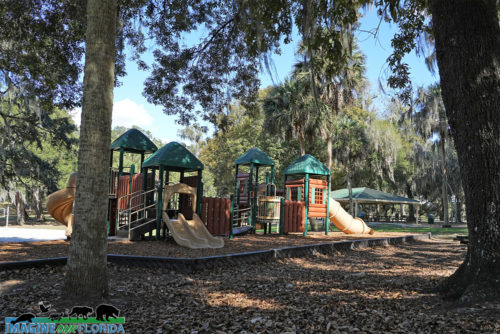
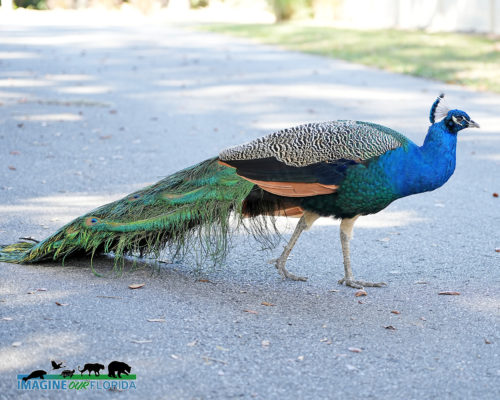
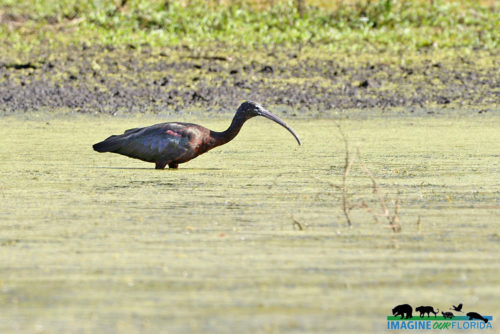
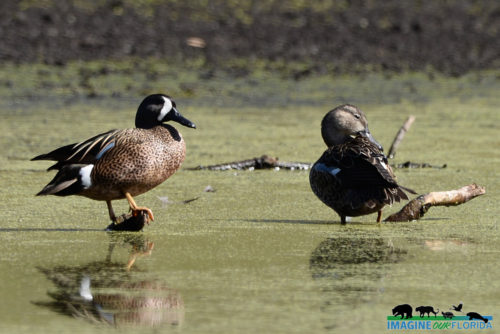
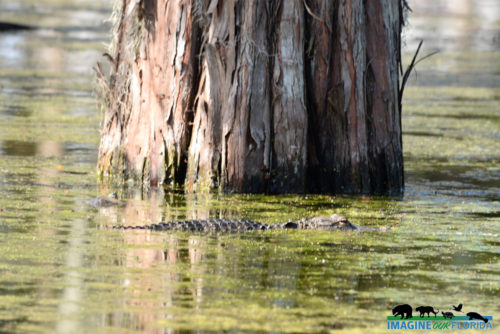
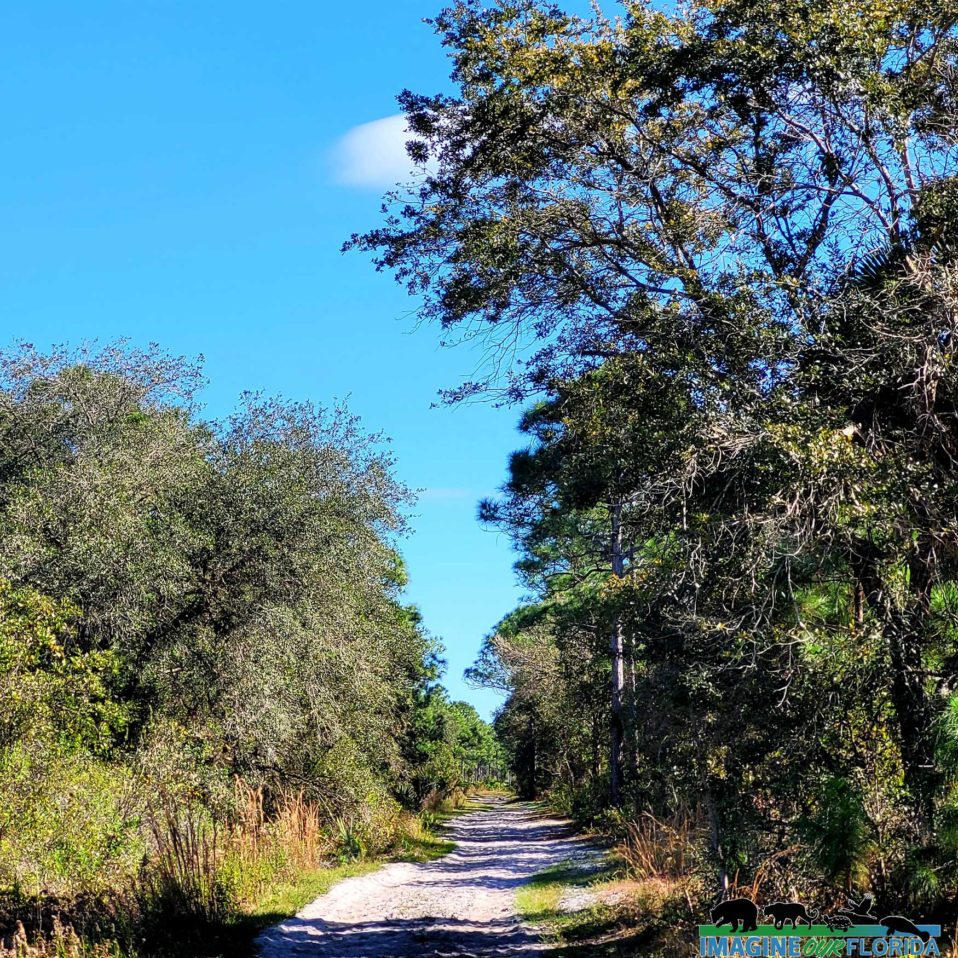
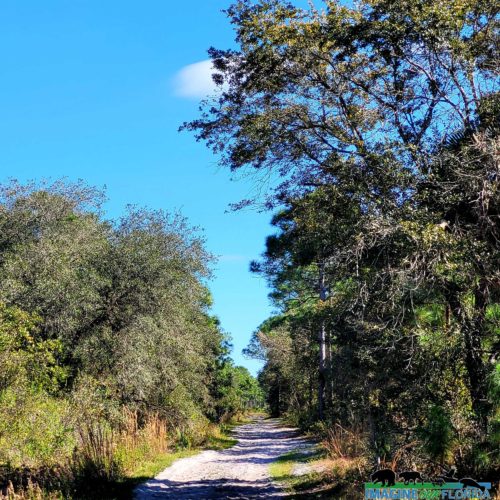
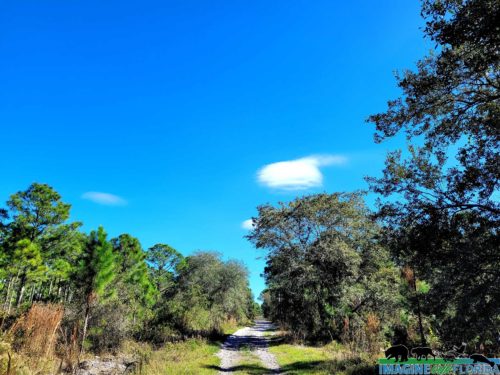
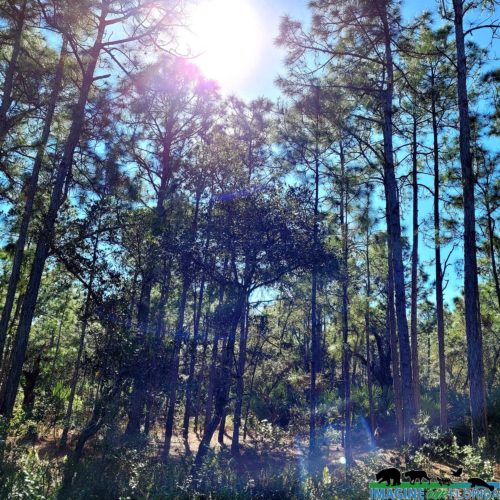
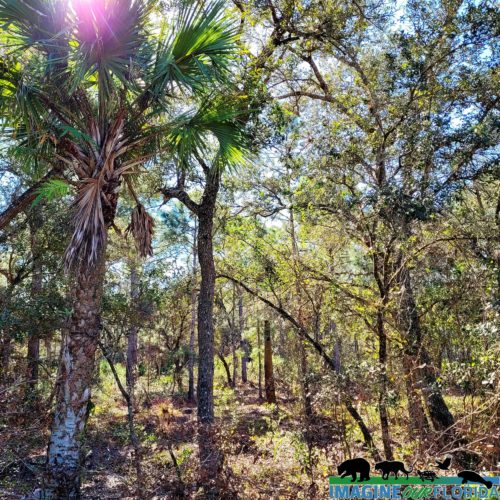
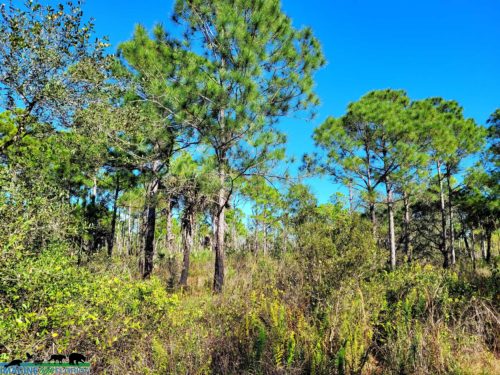
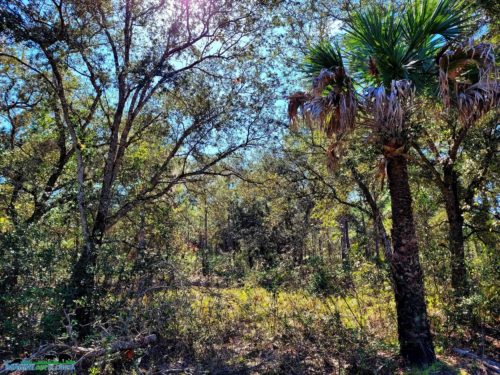
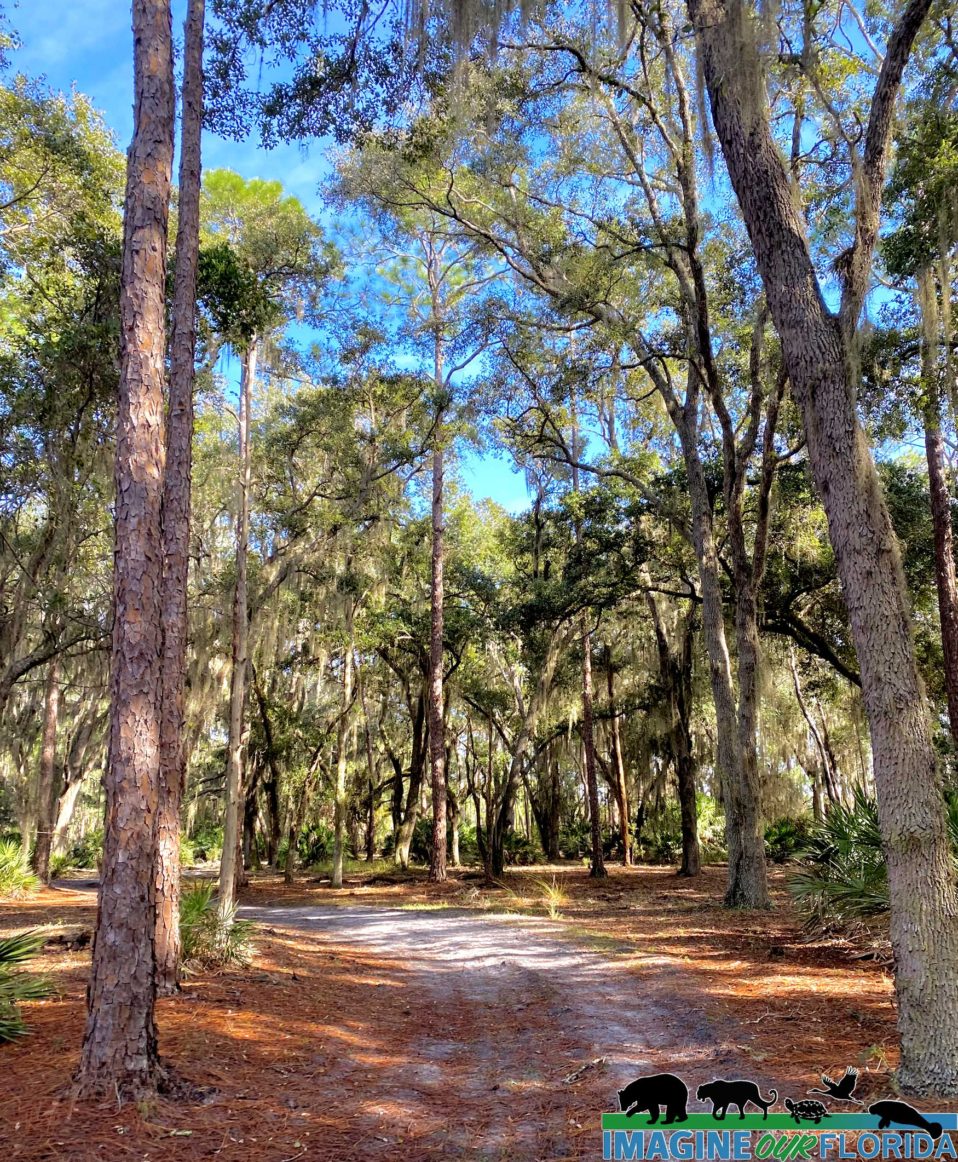
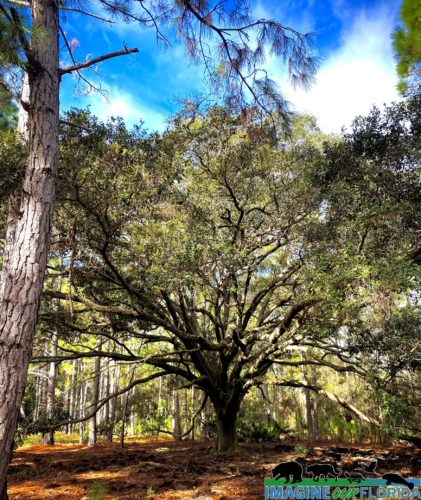
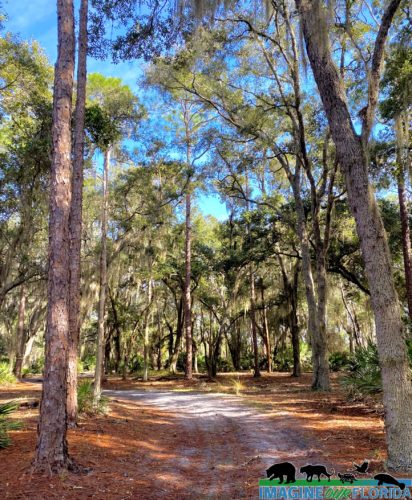
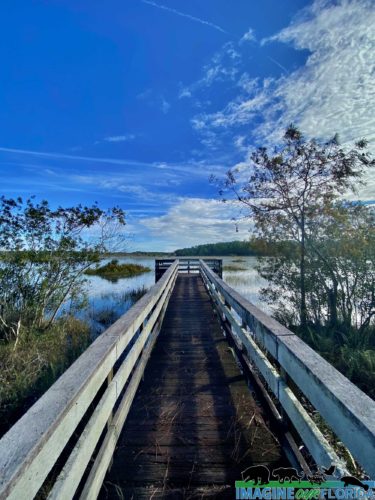
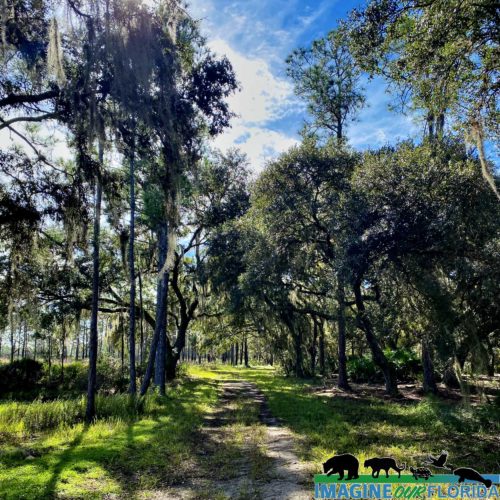
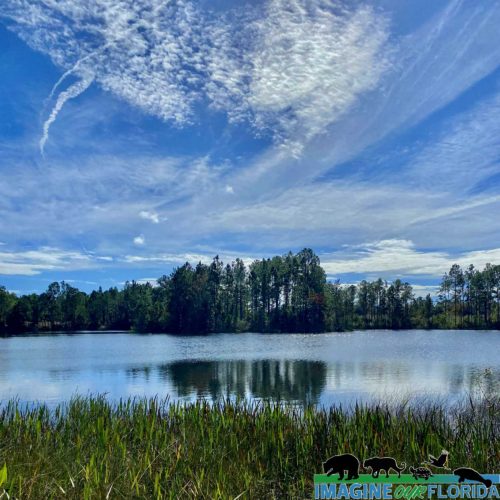
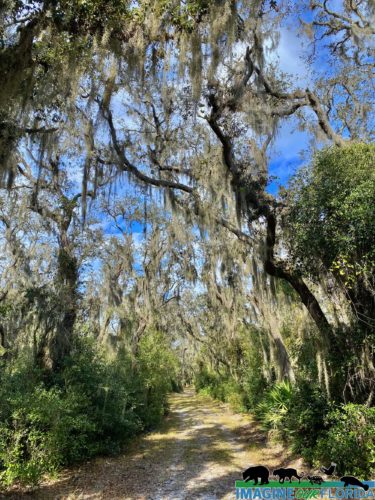
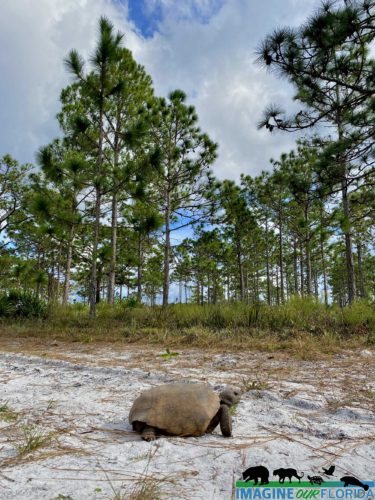
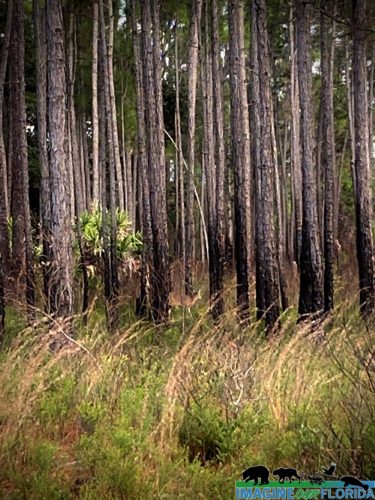 iof, imagineourflorida,
iof, imagineourflorida,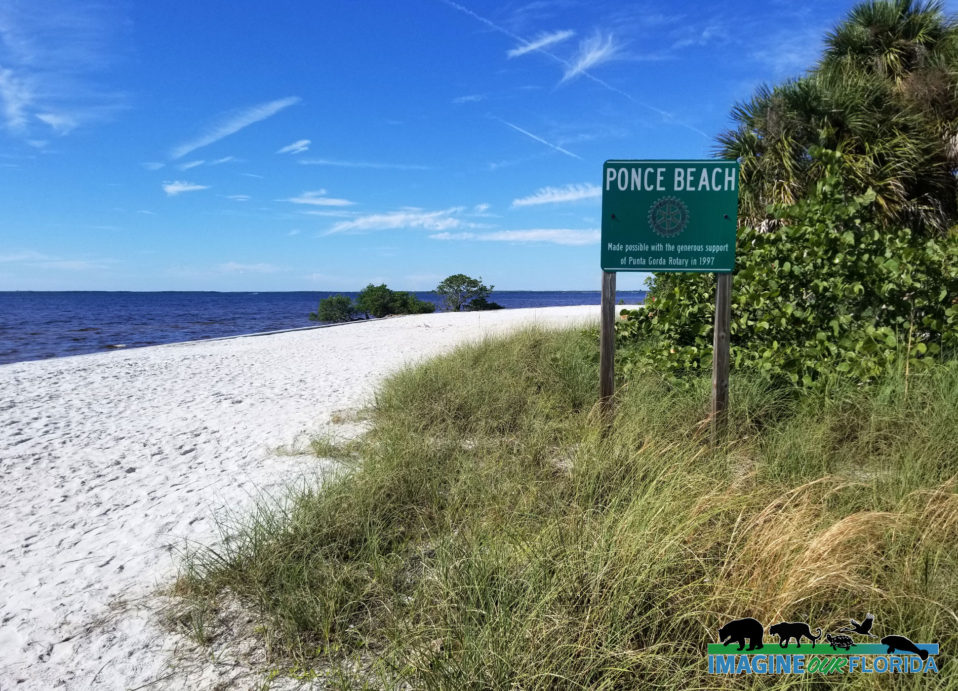
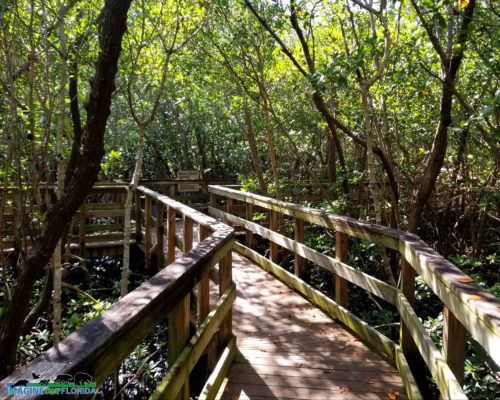
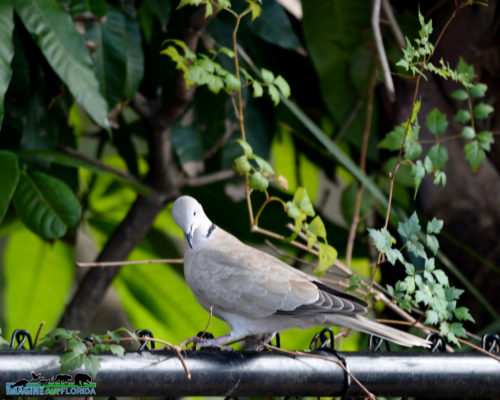
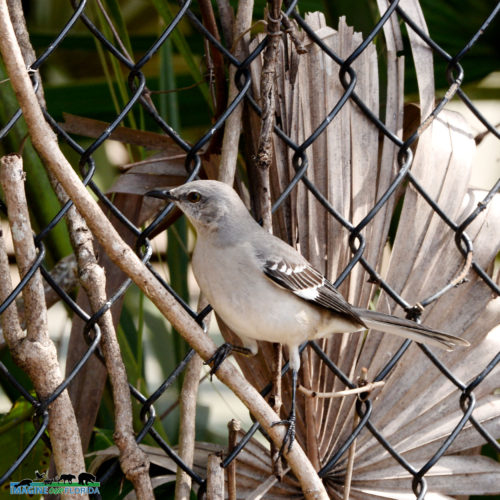
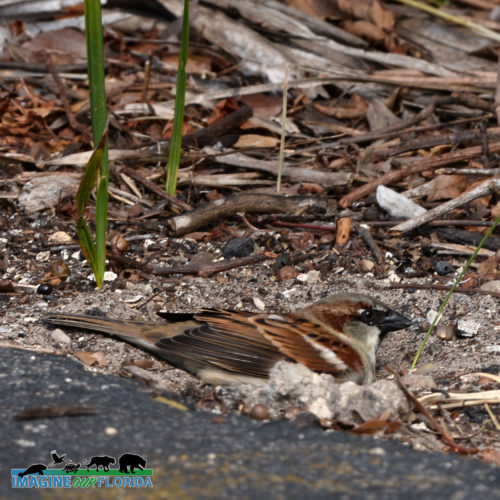
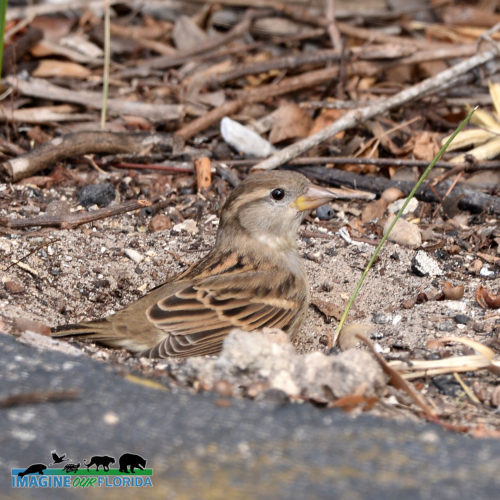
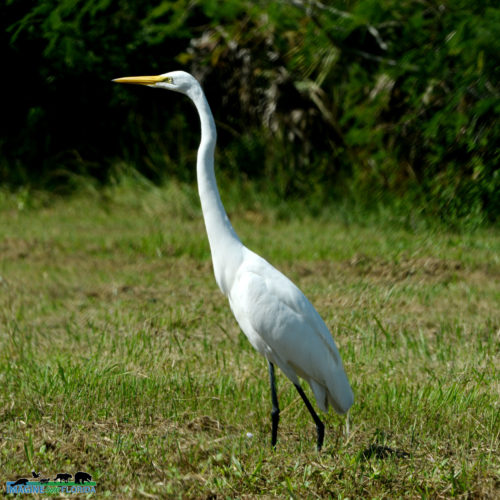
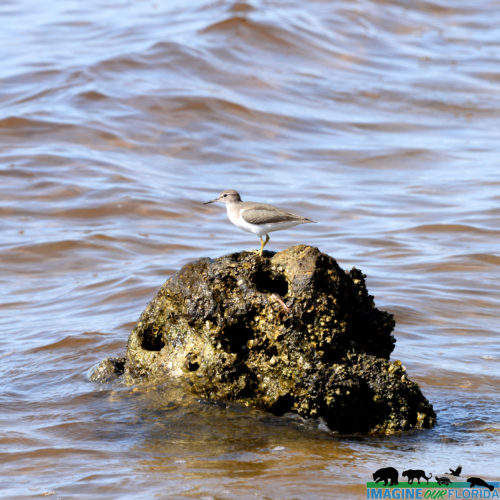
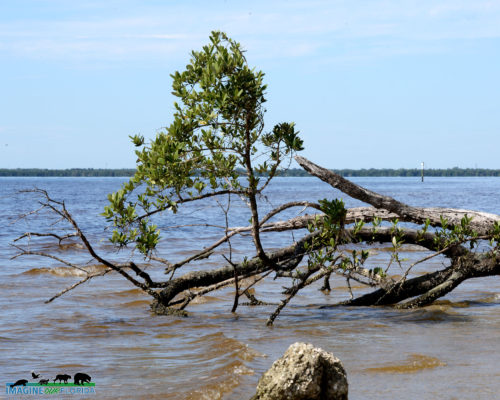
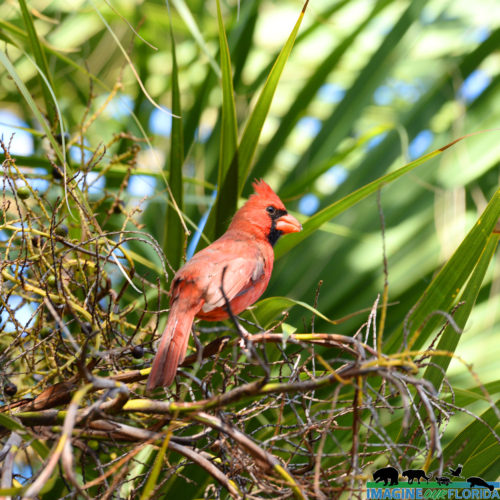
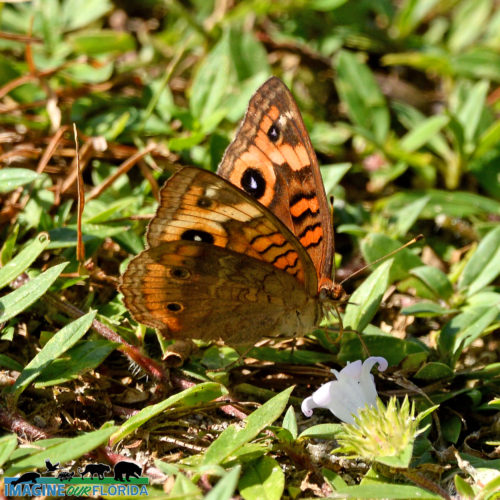
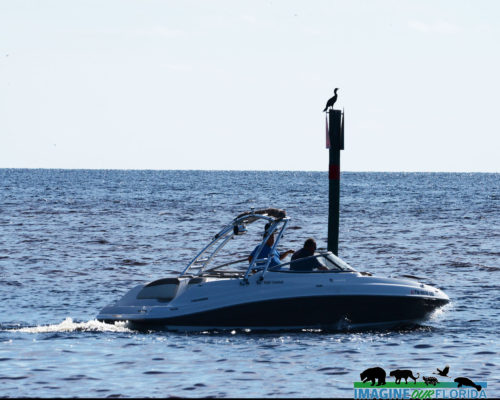
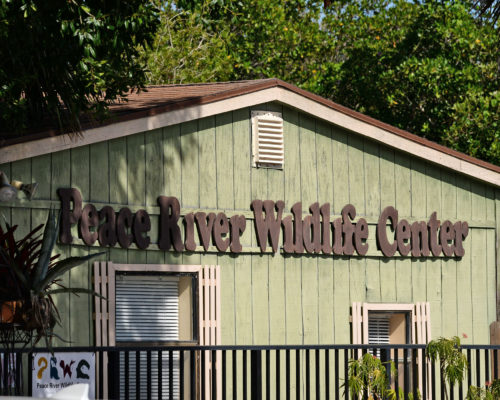
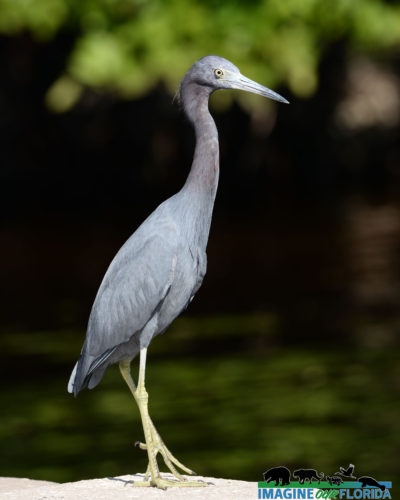
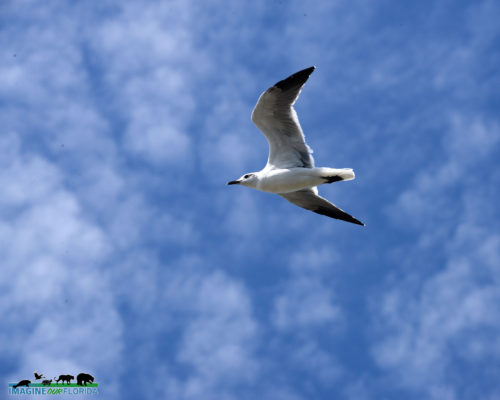
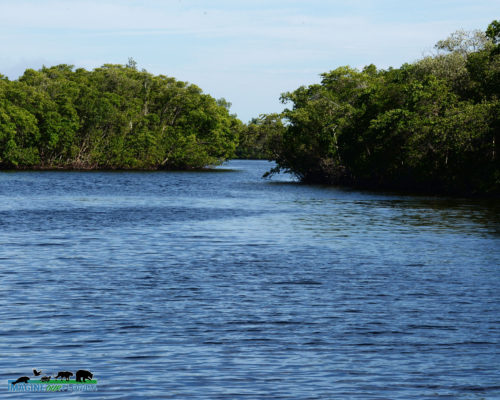
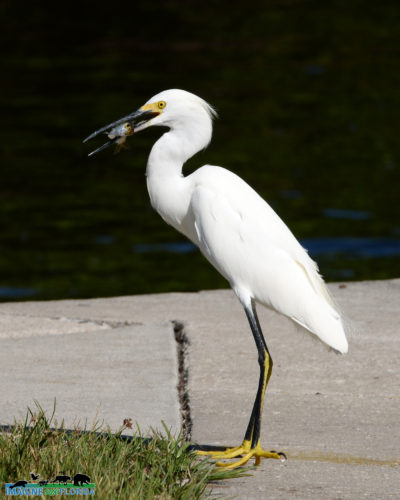
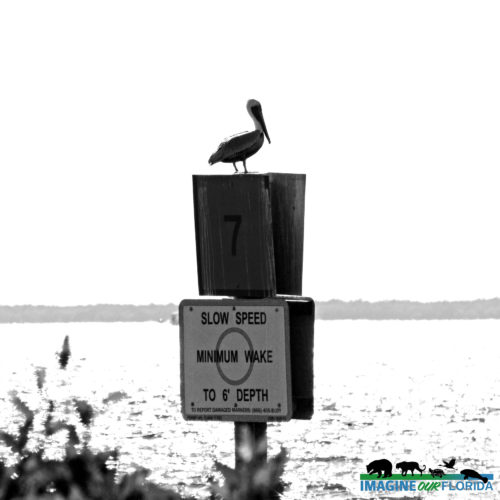
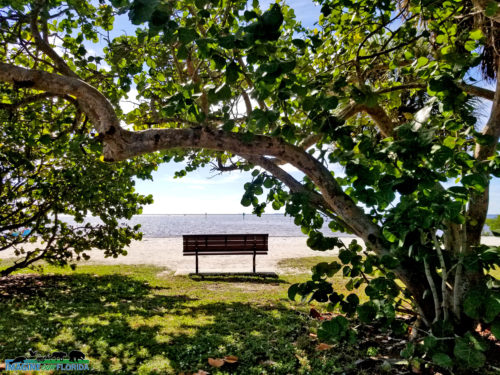
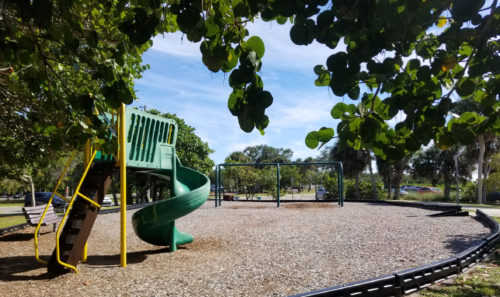
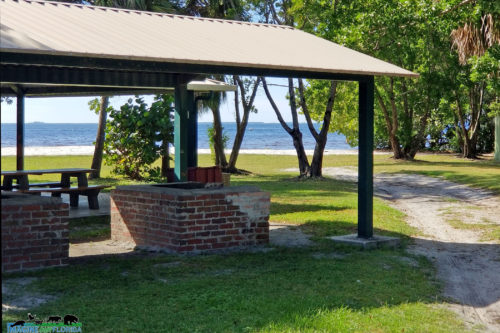
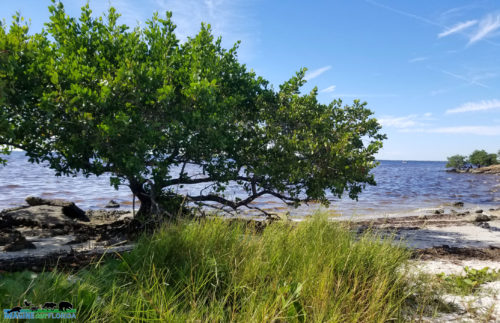
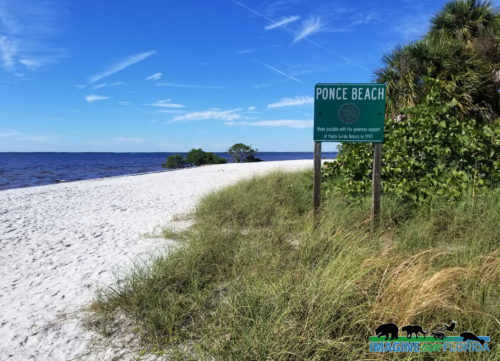
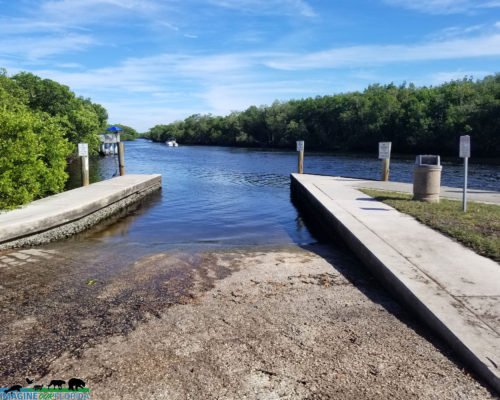
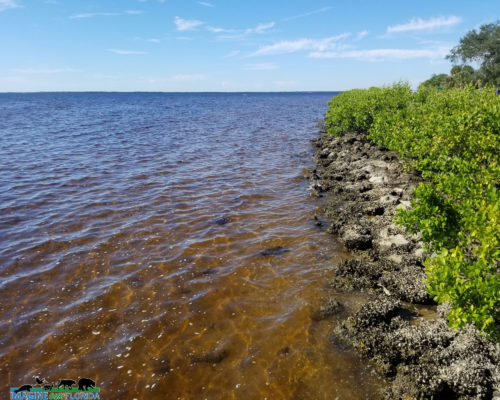
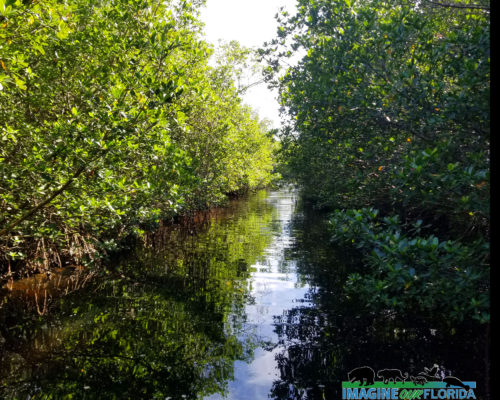
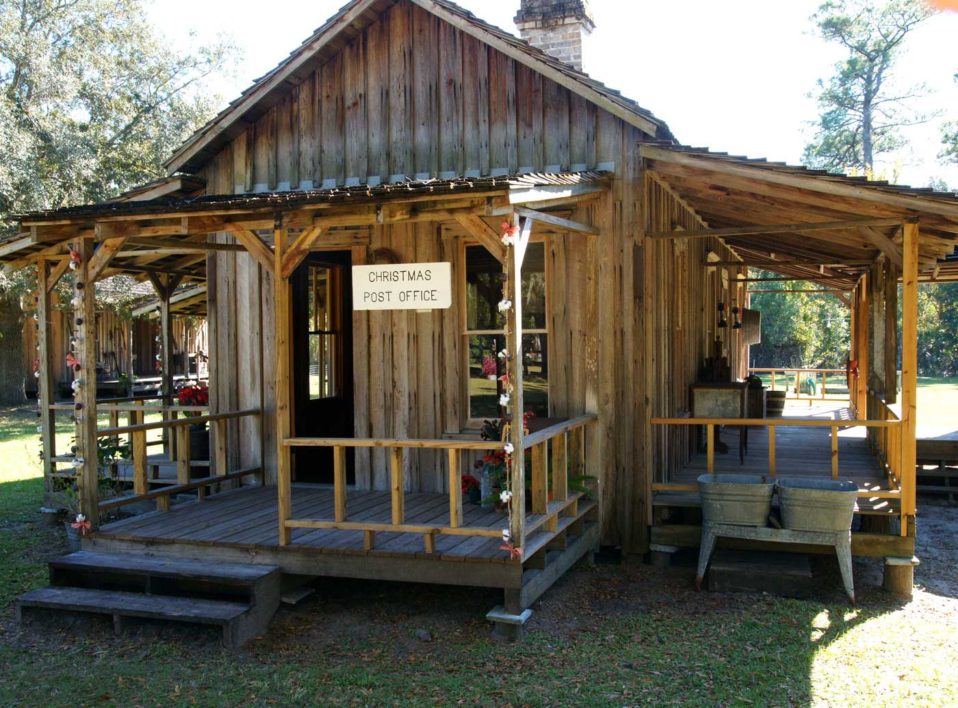
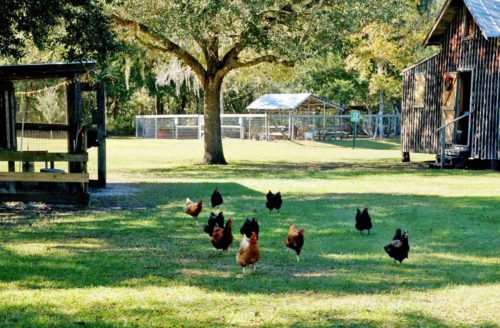
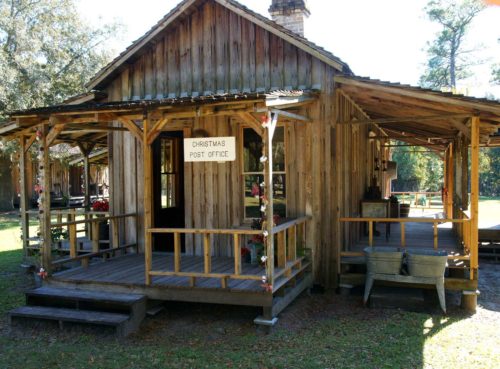
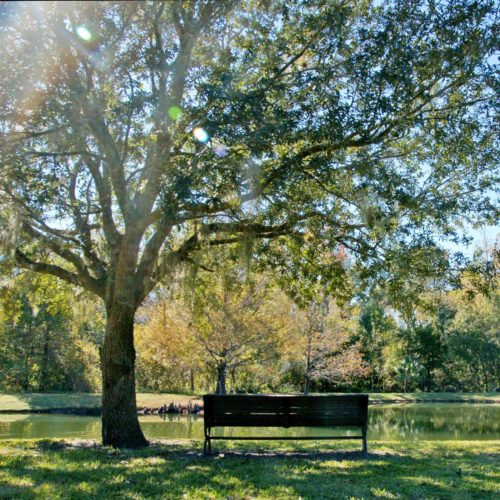
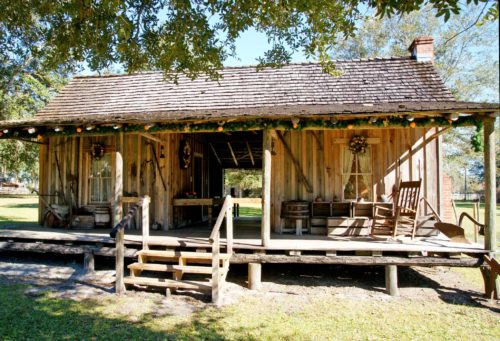
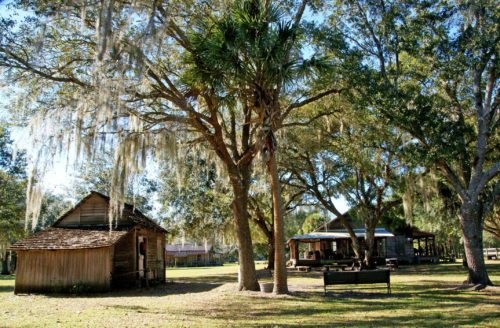
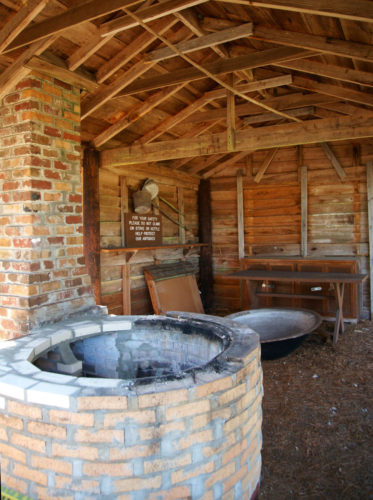
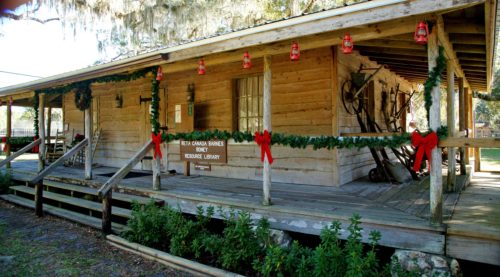
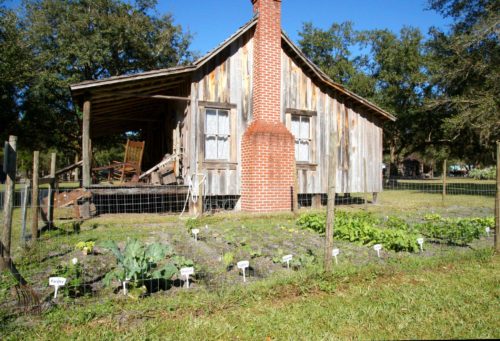
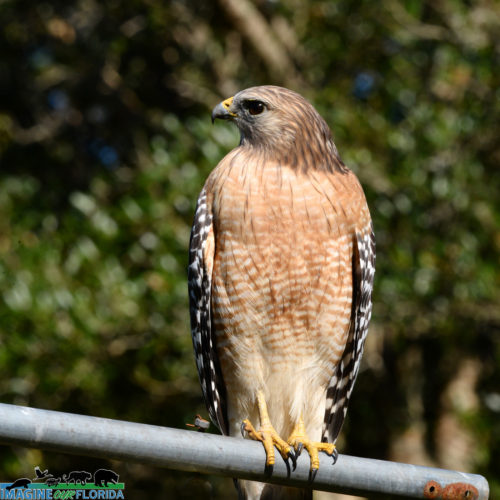
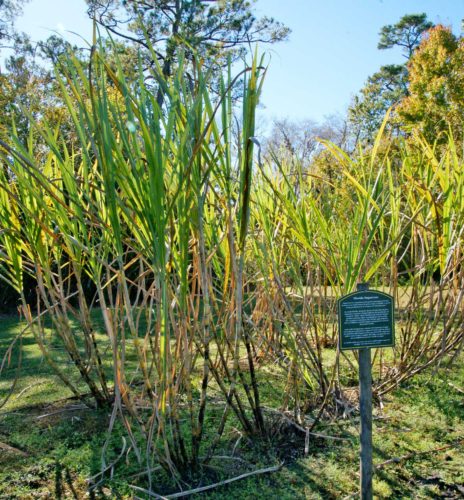
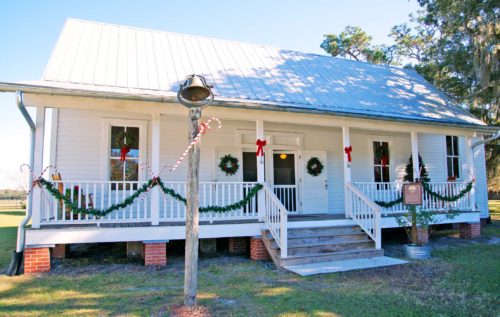
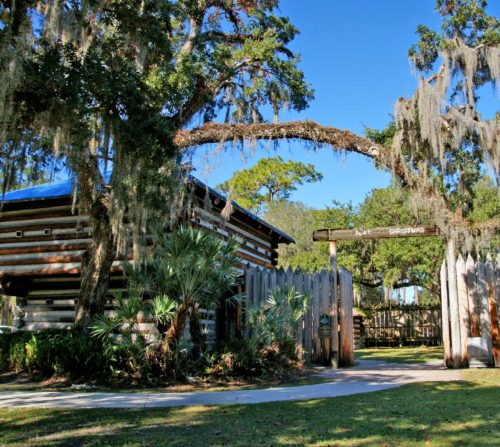
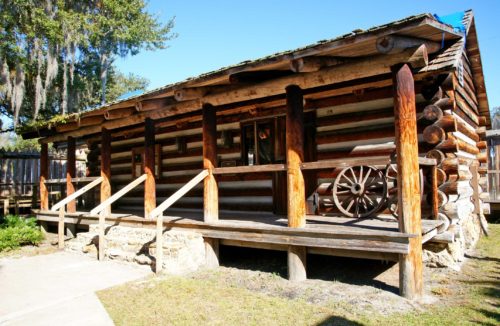
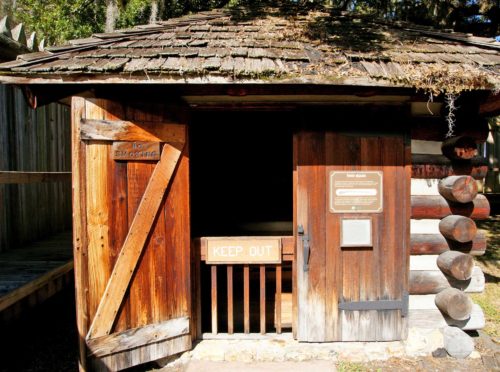
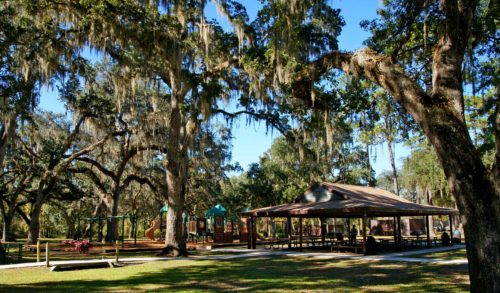
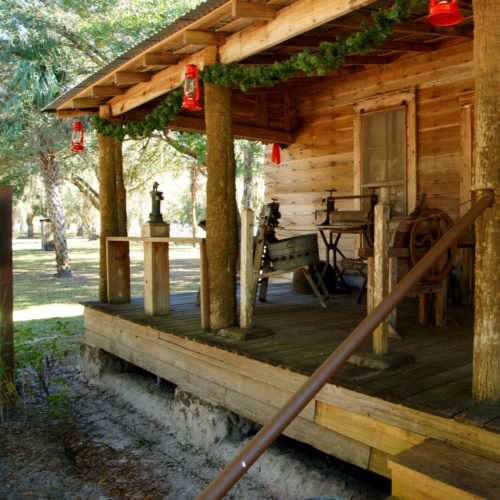
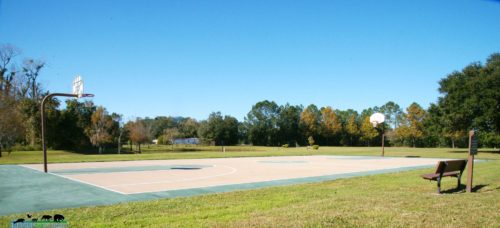
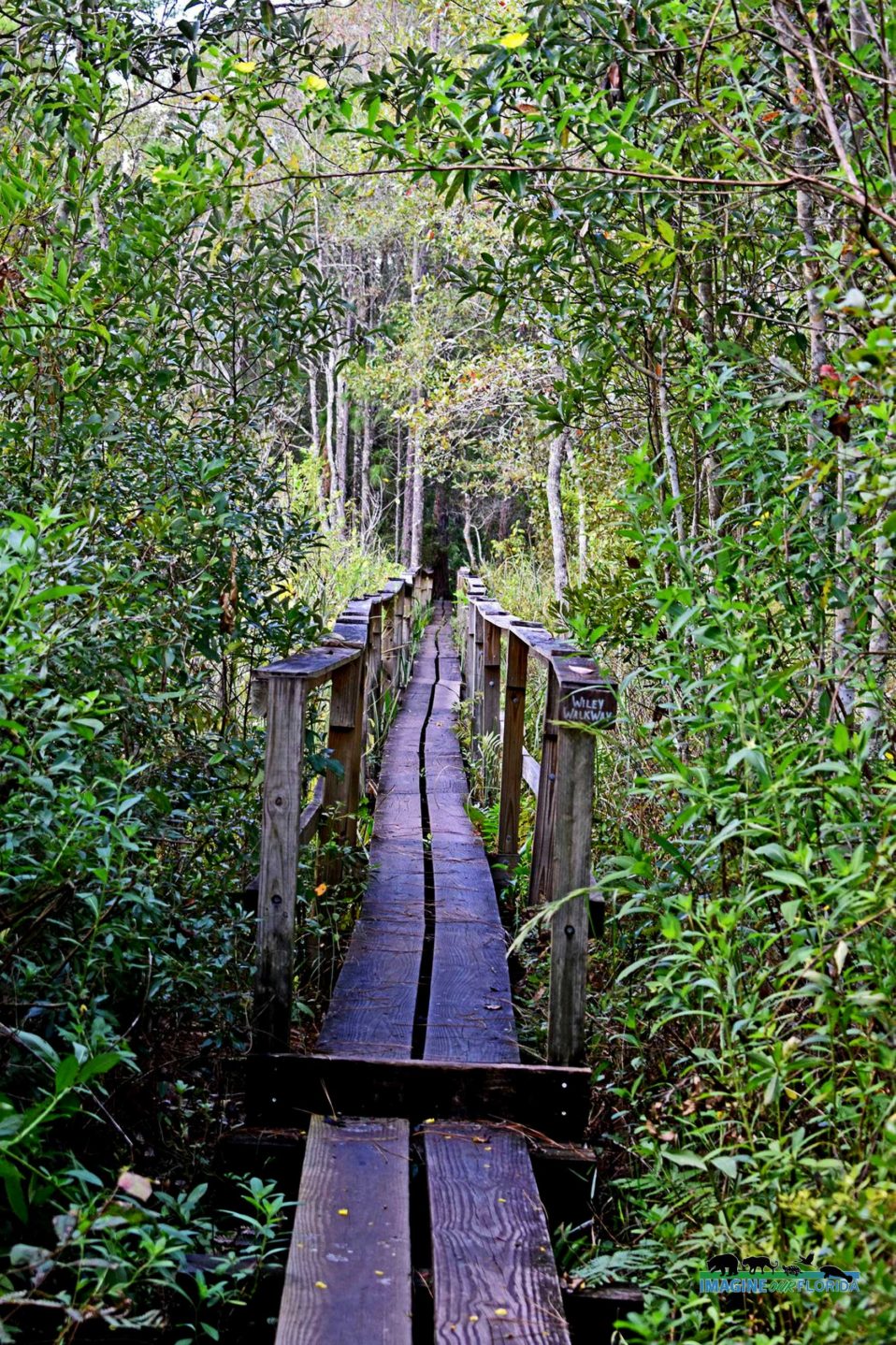
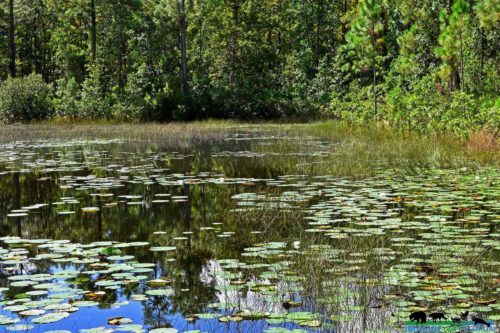
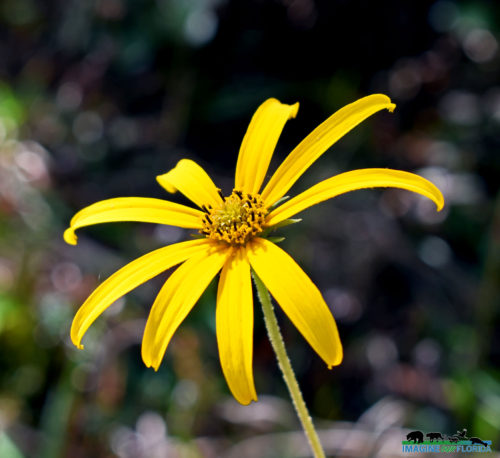
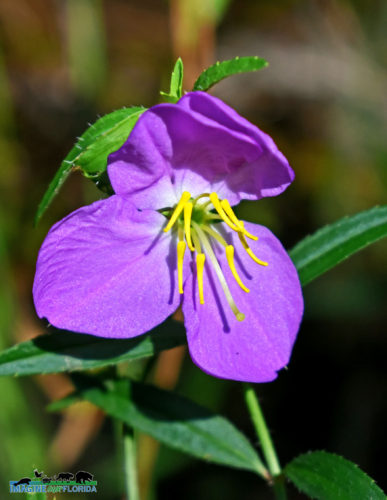
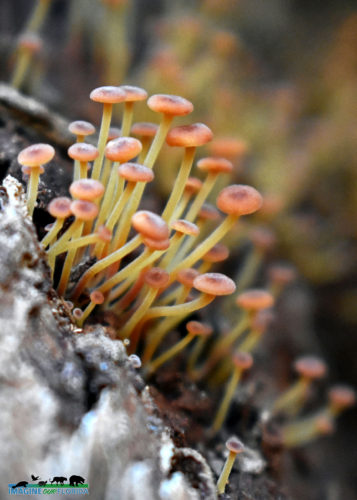
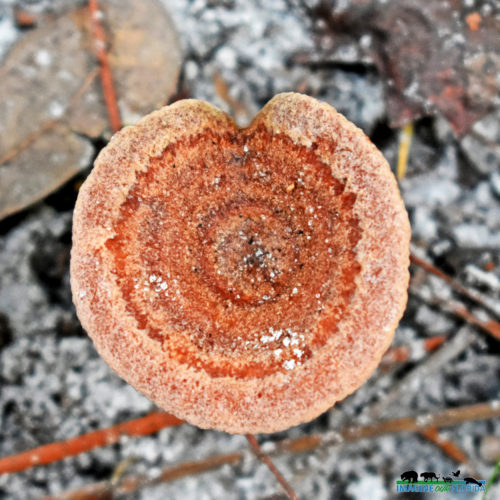
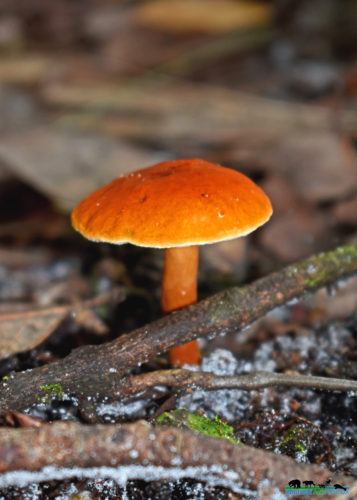
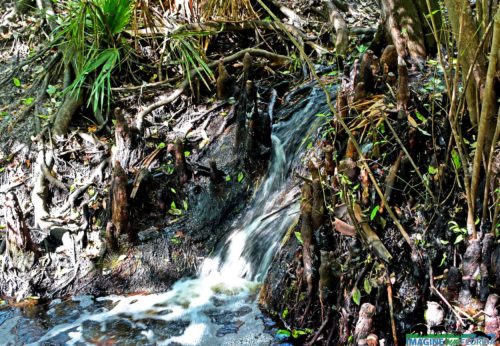
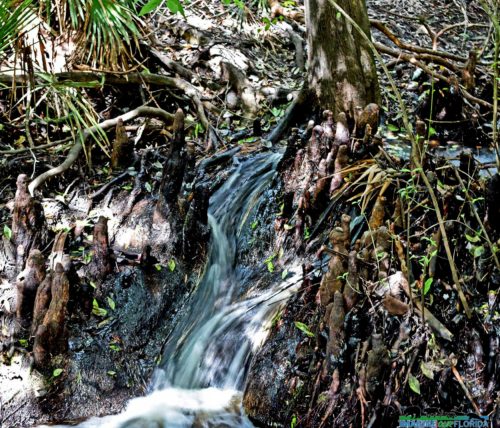
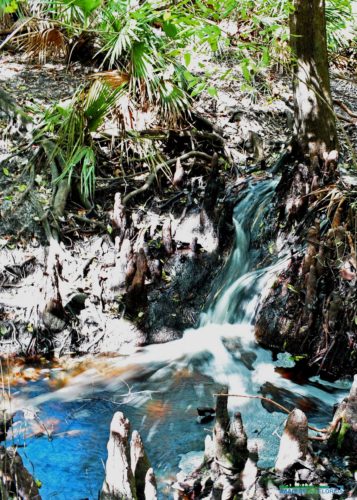
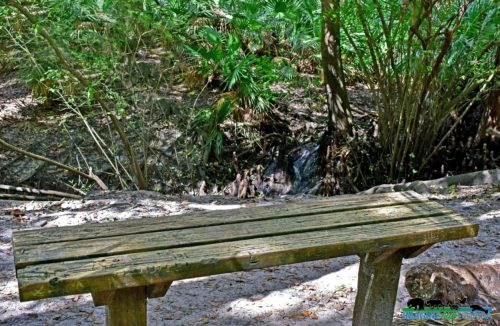
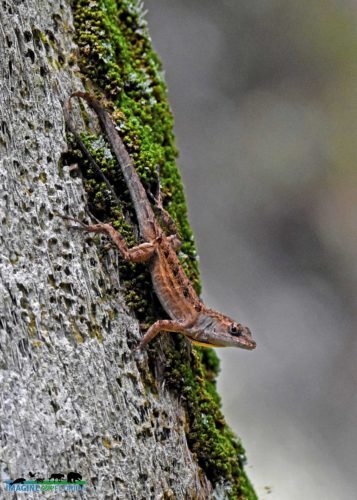
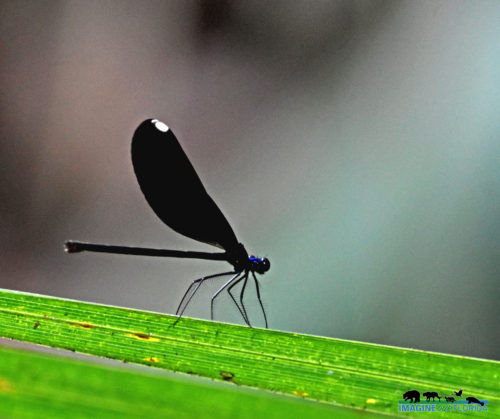
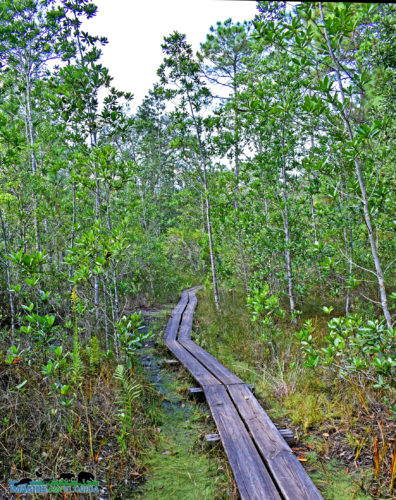
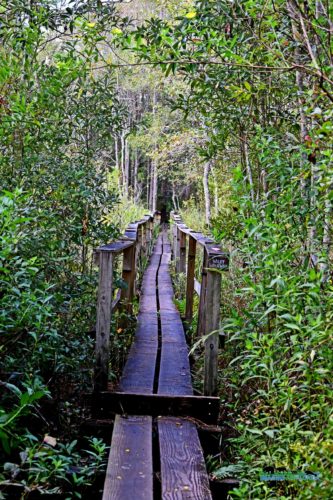
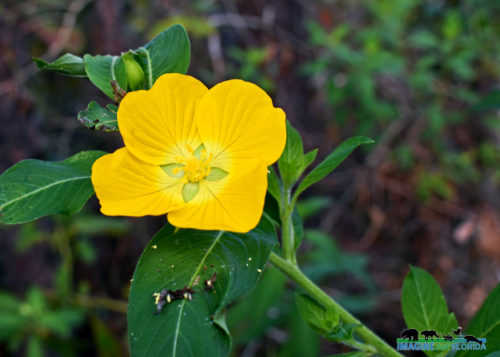
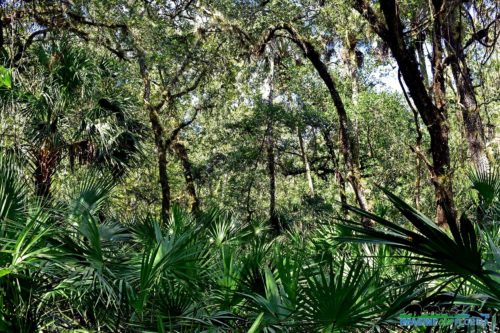
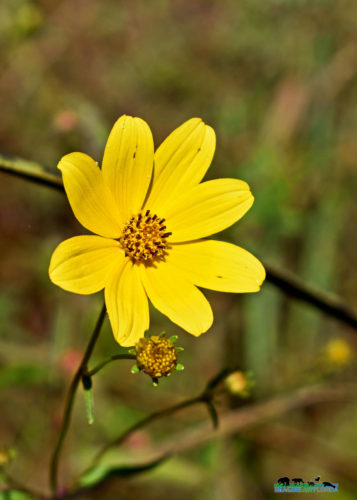
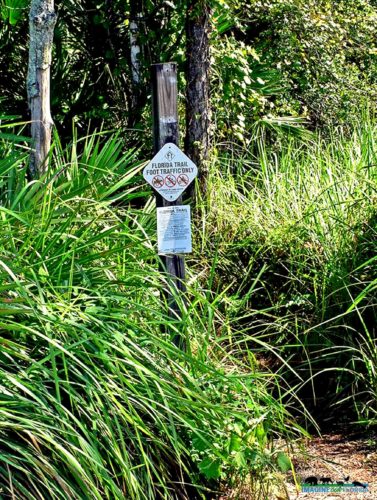
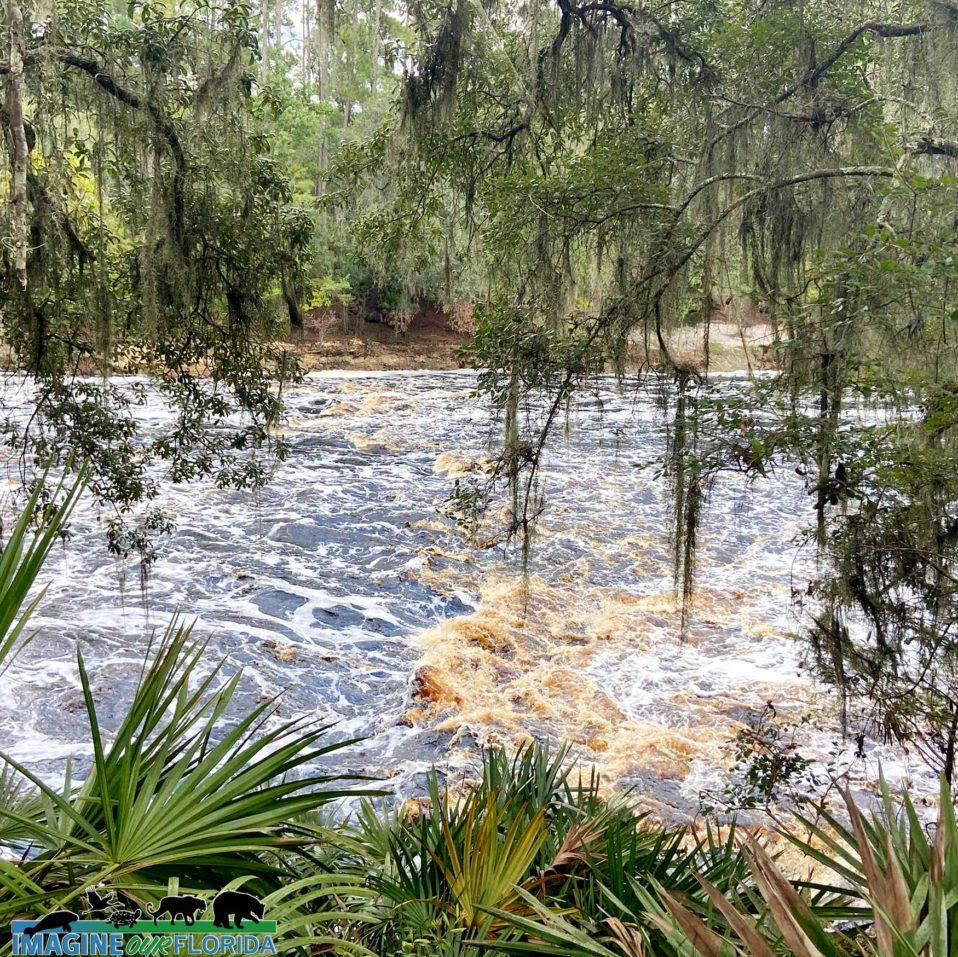
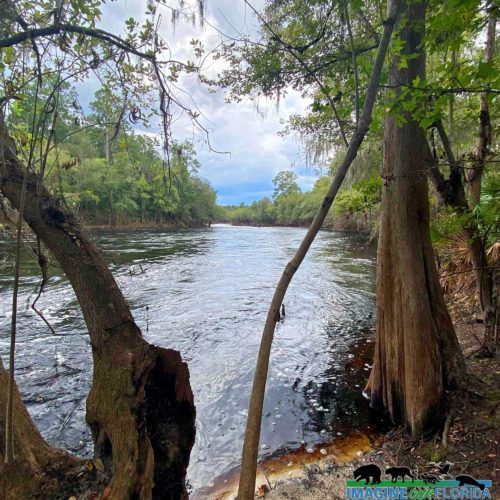
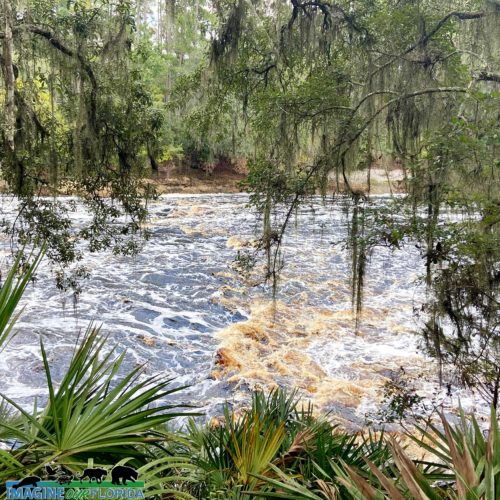
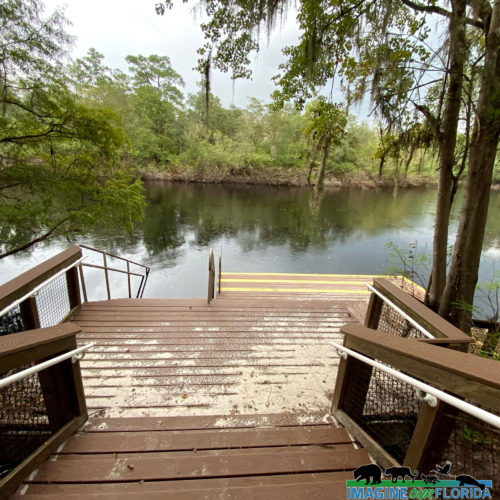
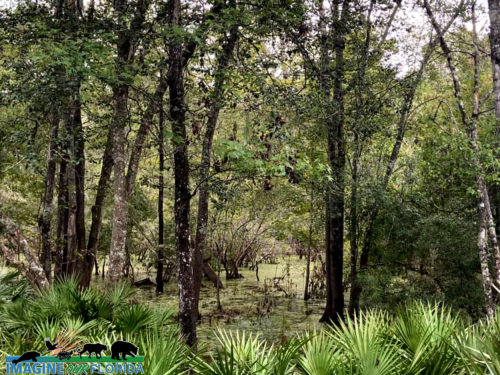
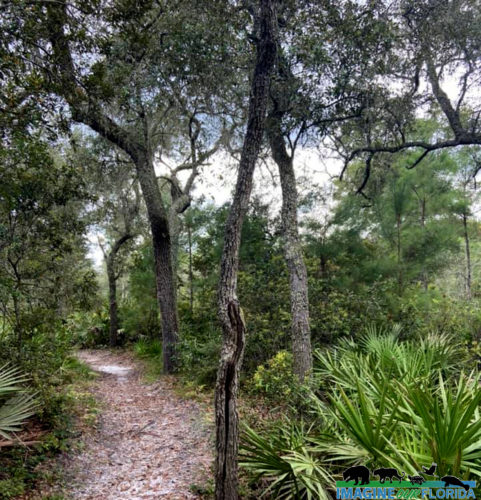
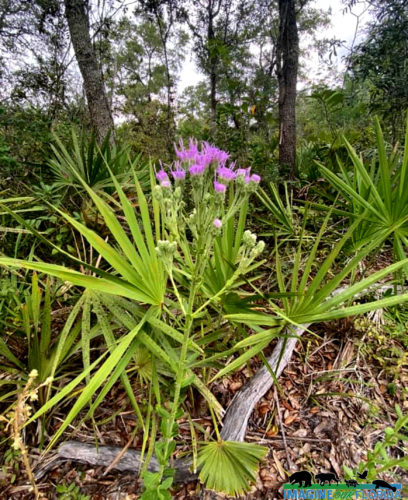
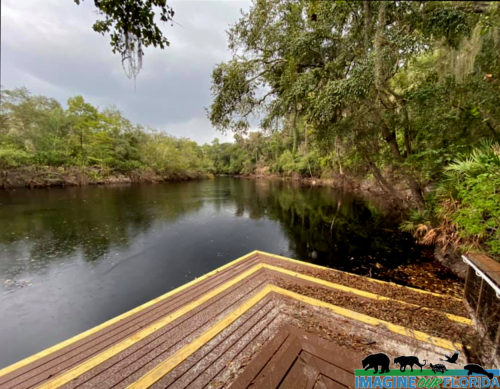
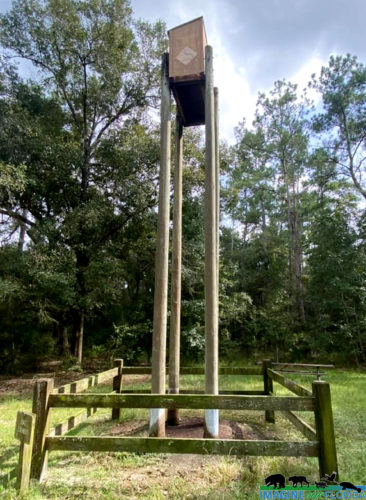
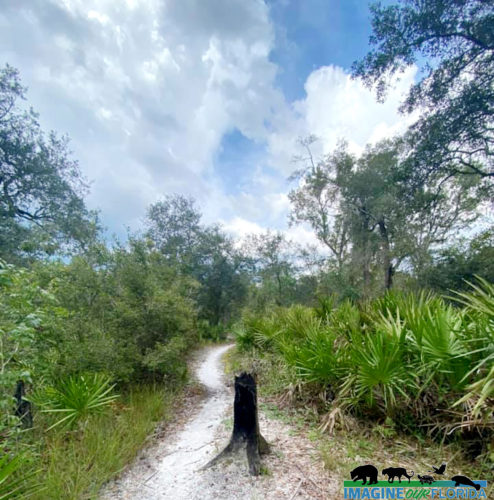
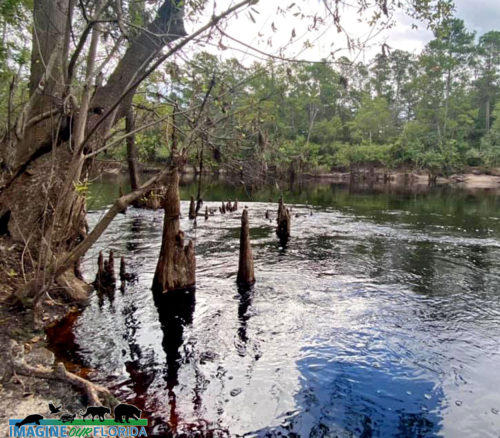
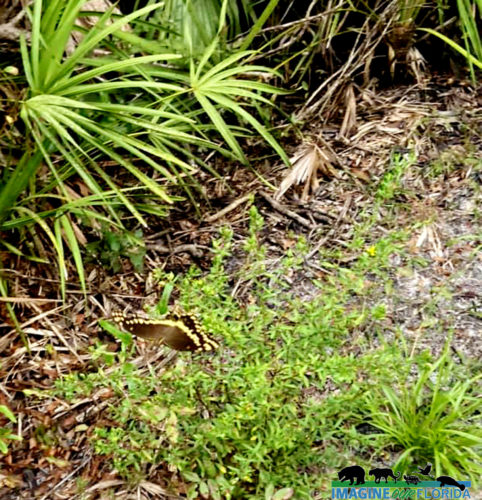
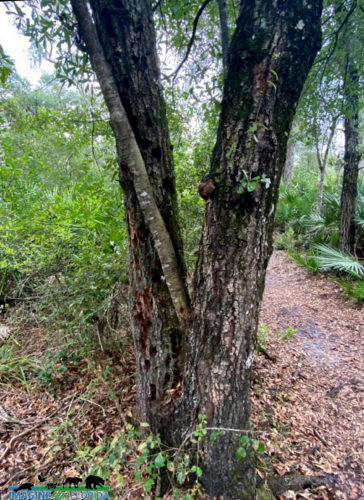
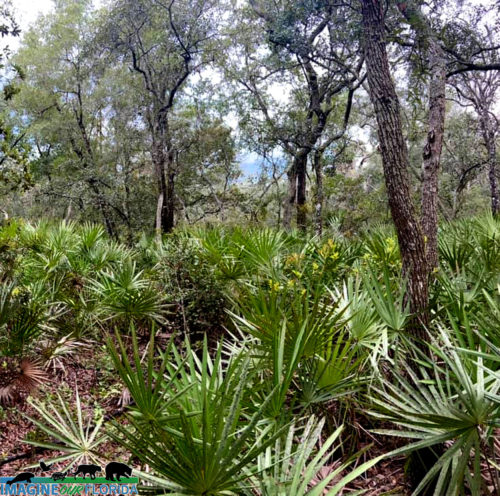
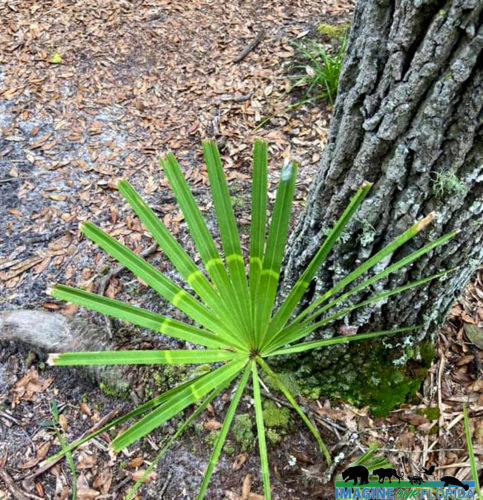
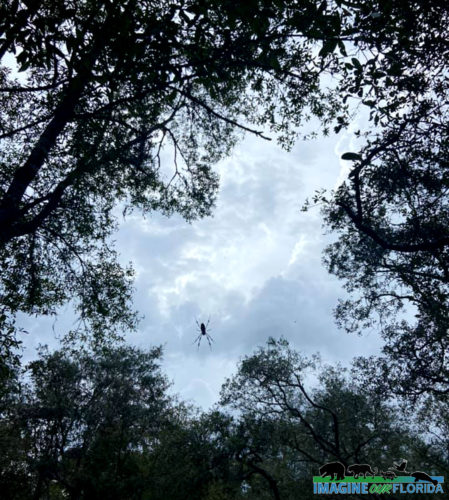
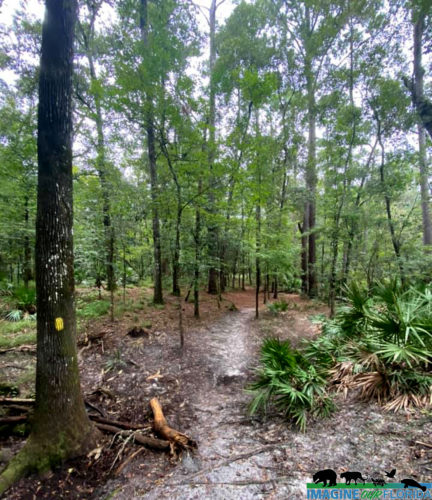
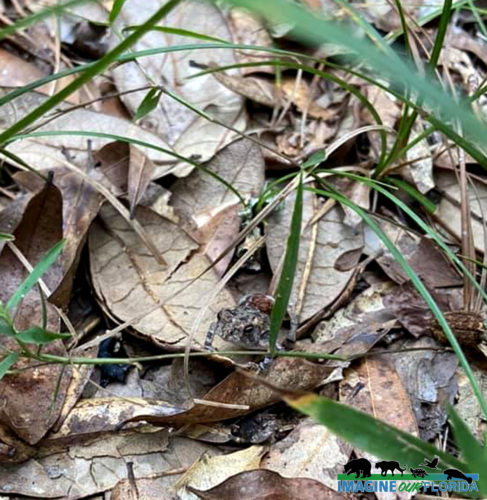
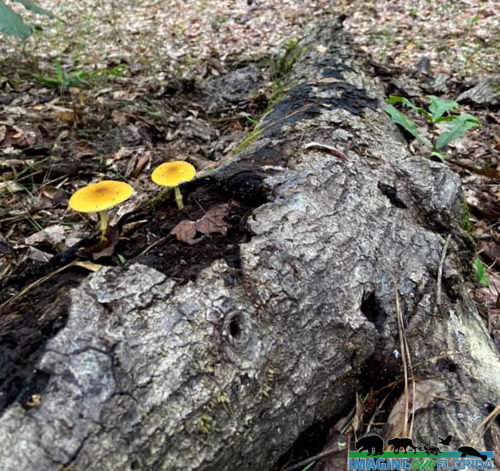
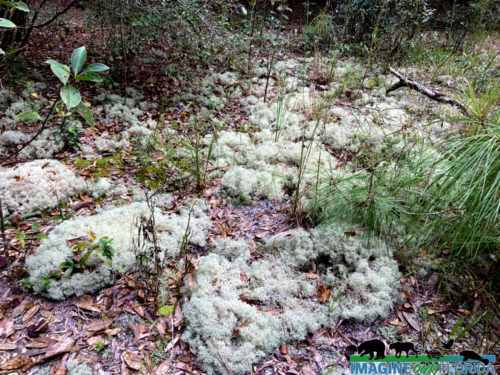
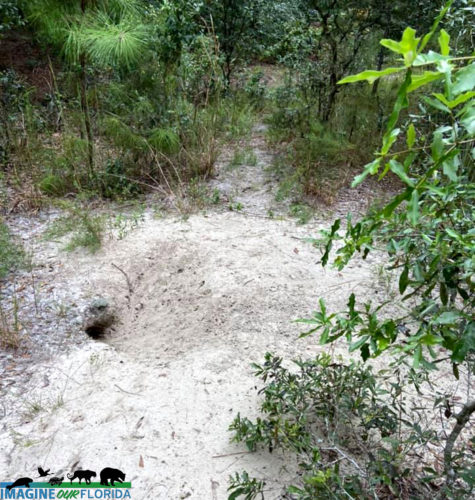
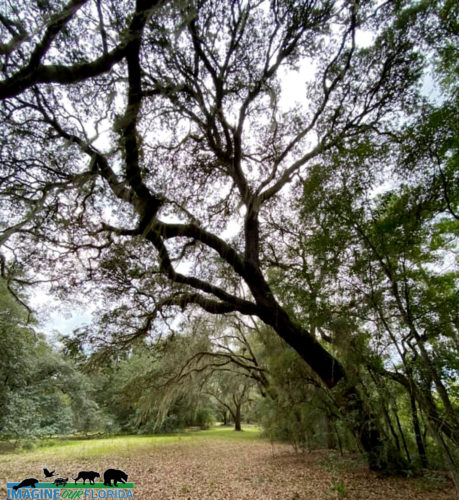
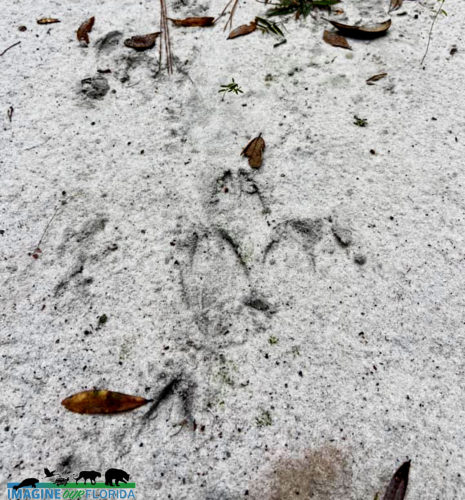
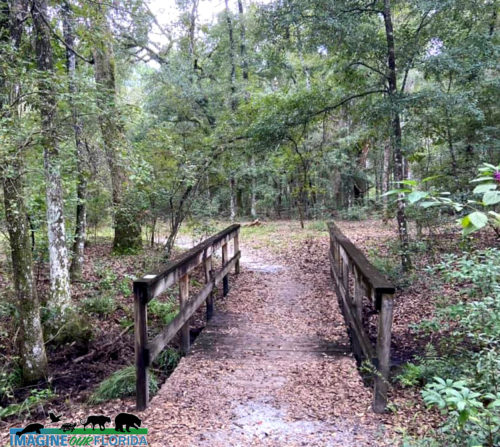
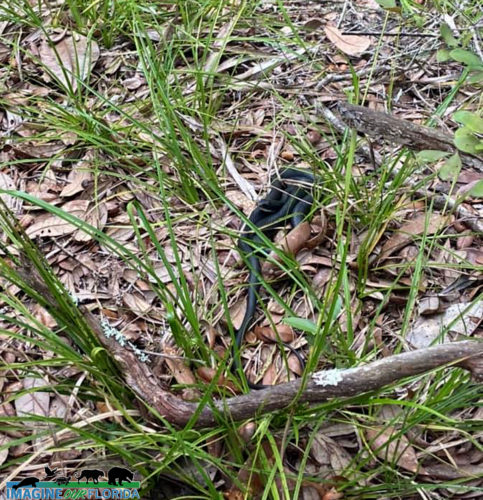
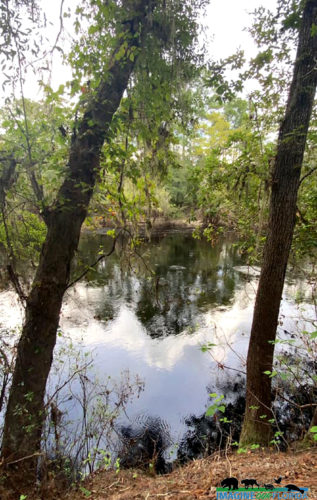
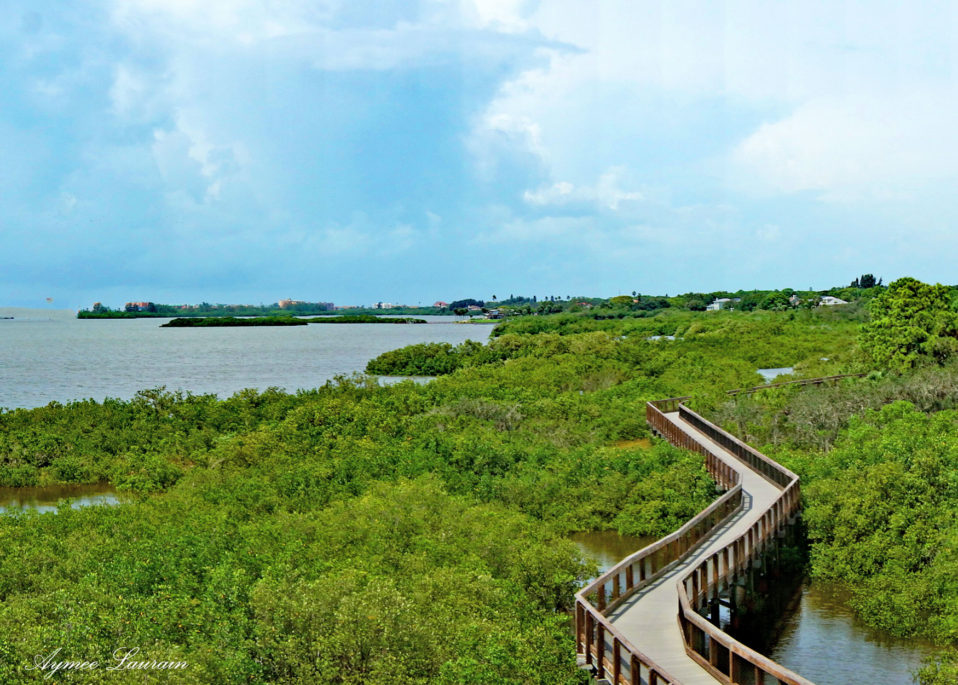
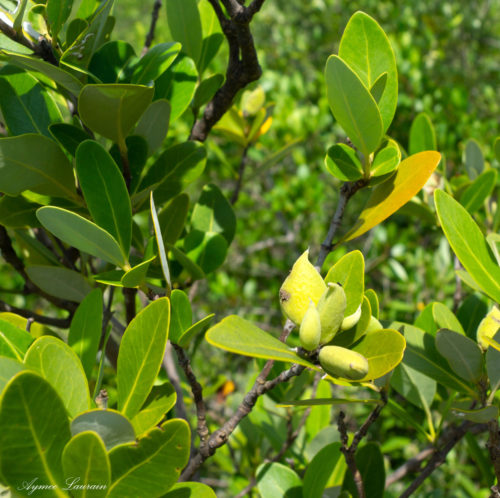
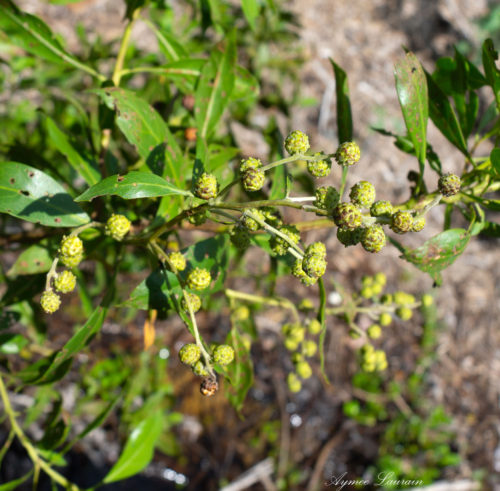
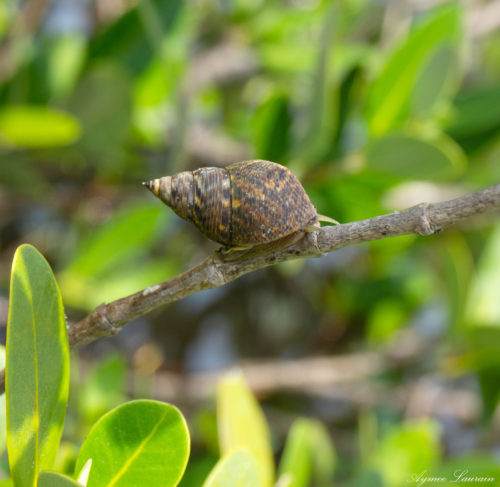
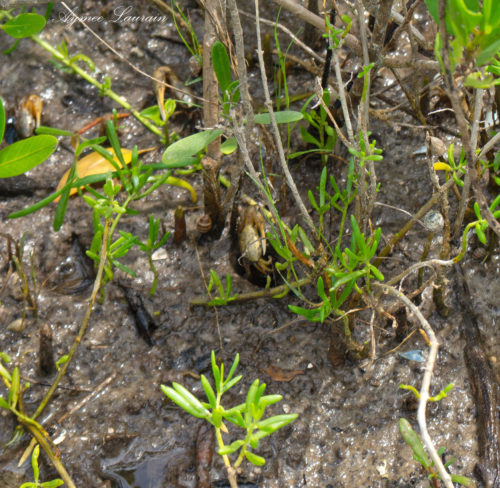
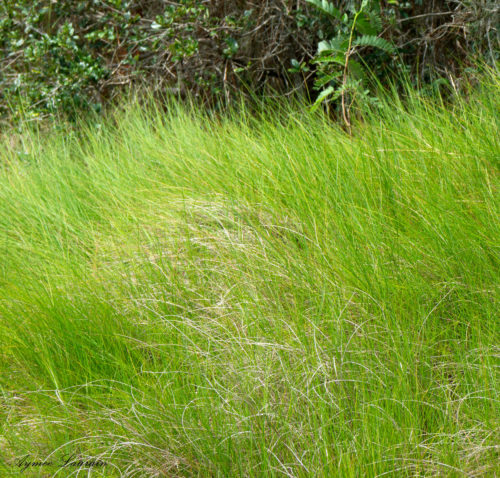
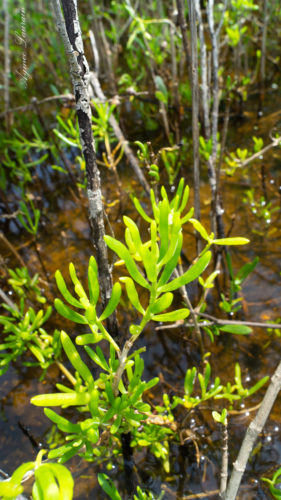
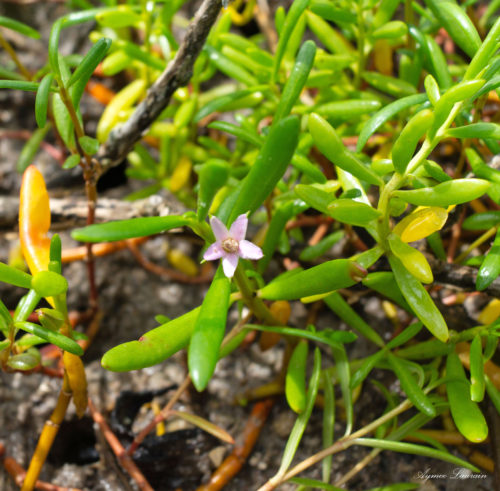
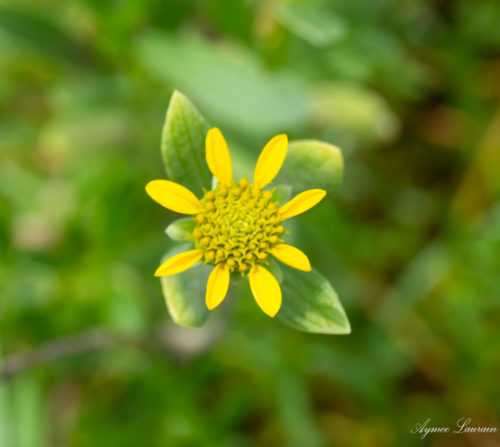
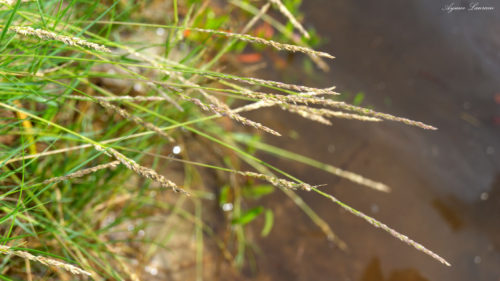
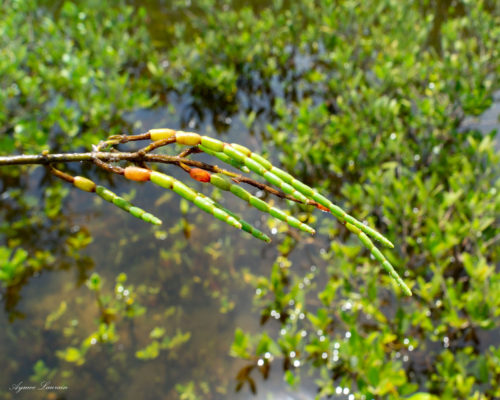
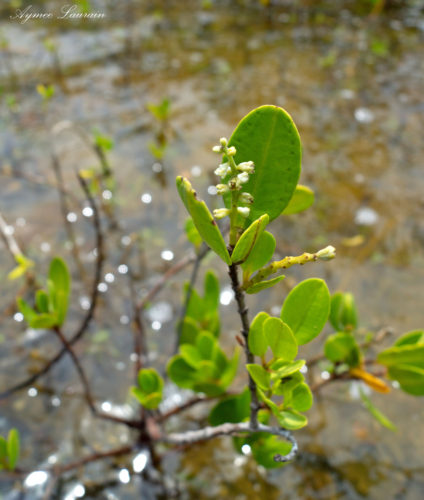
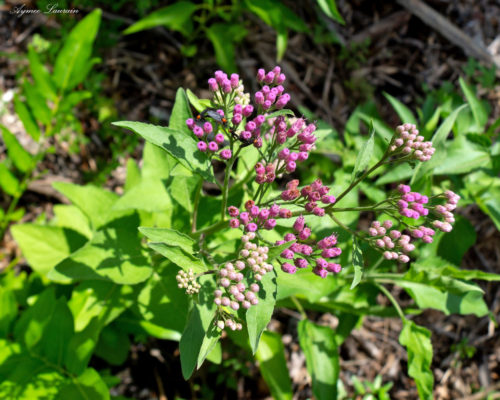
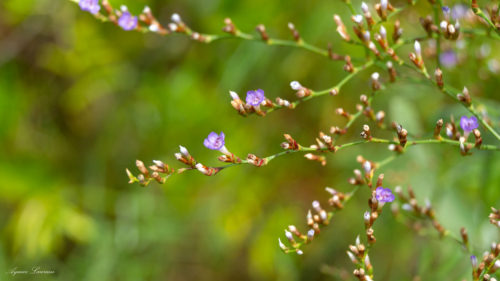
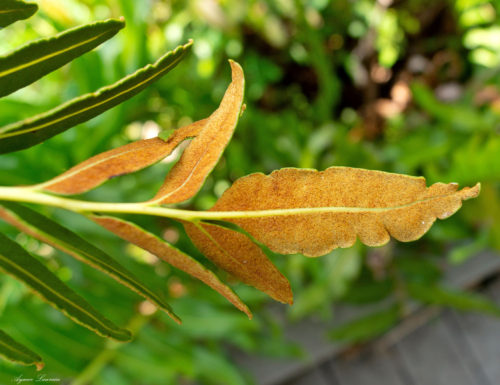
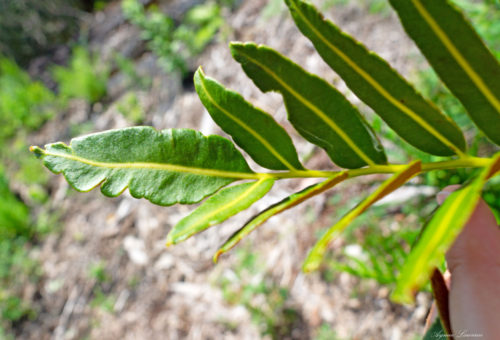
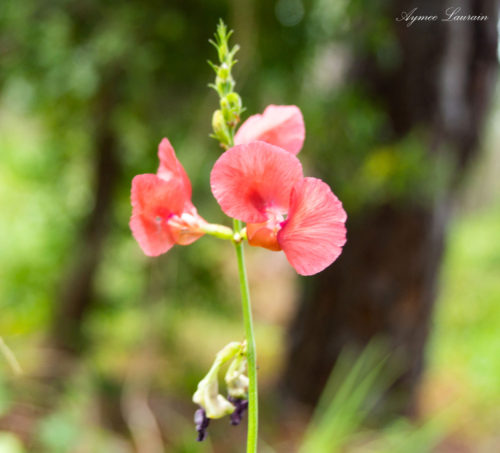
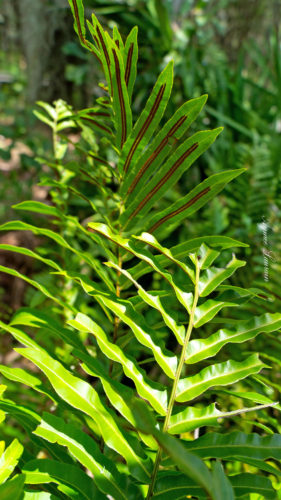
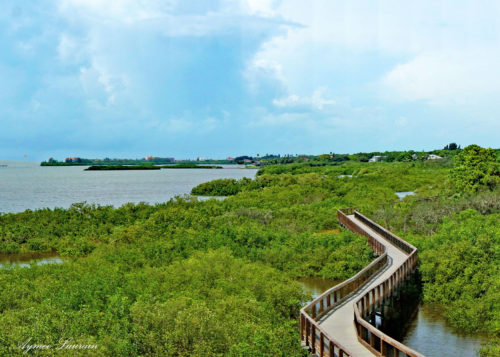
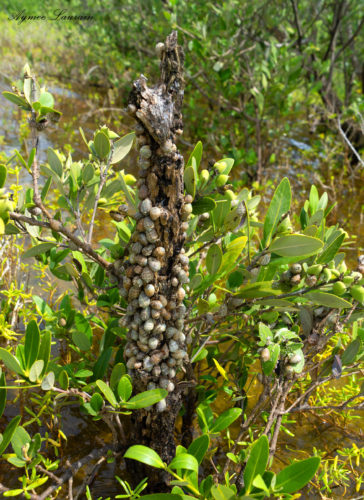
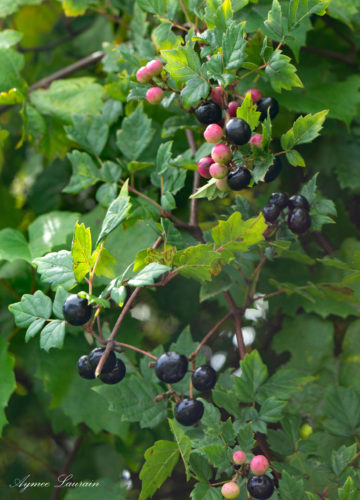
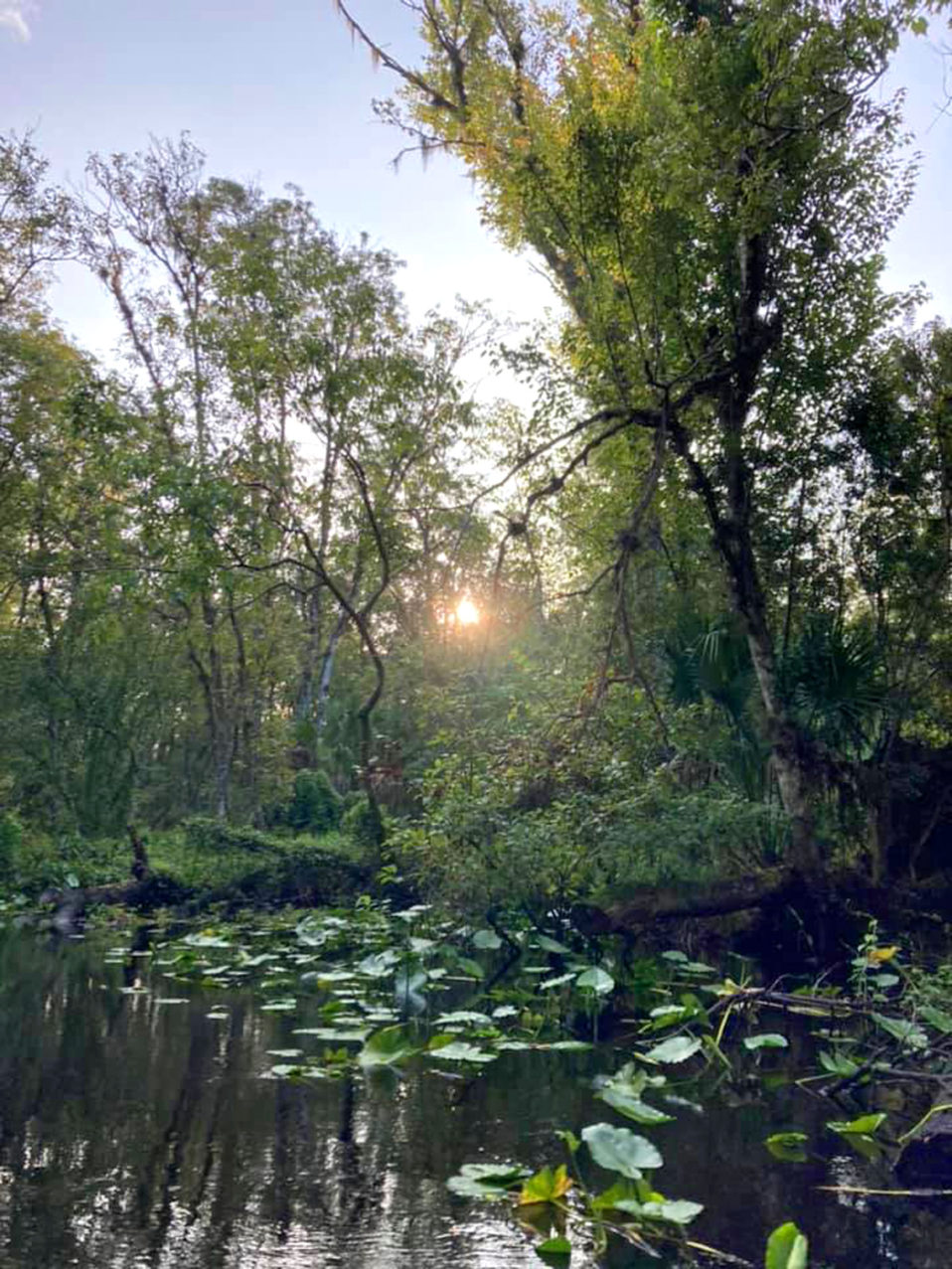
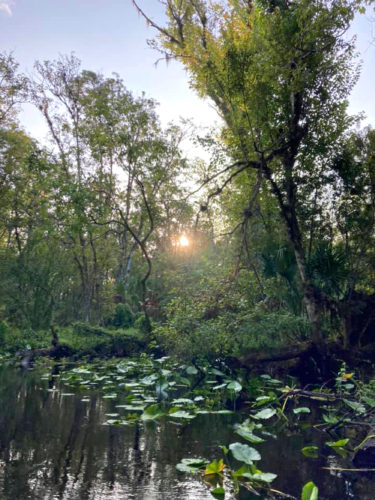
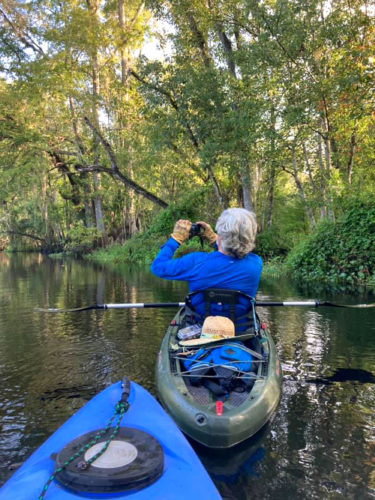
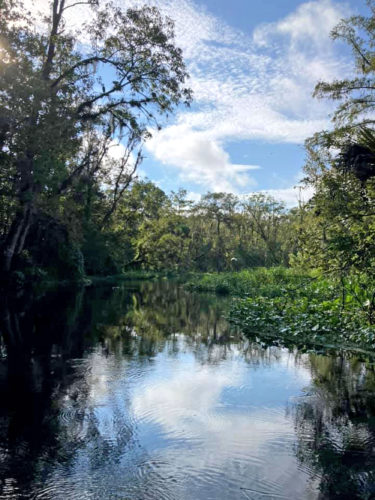
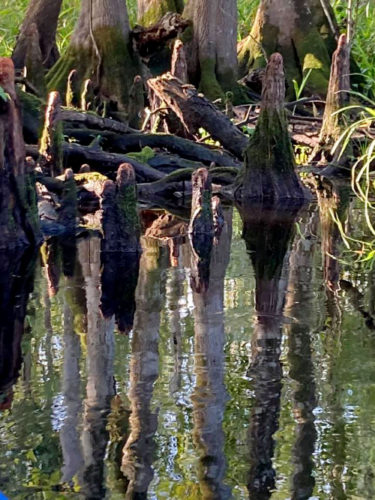
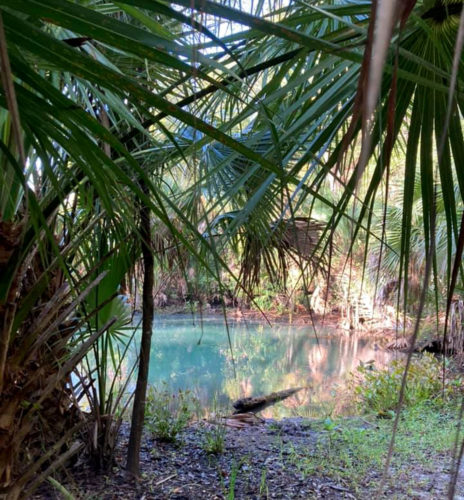
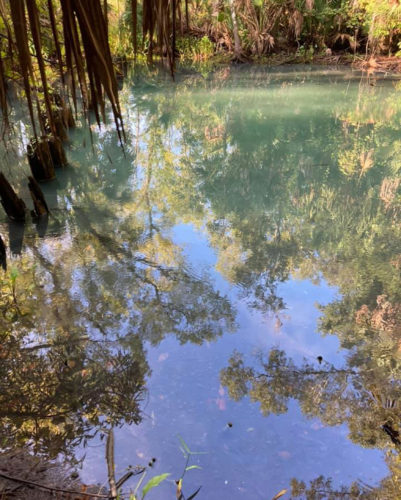
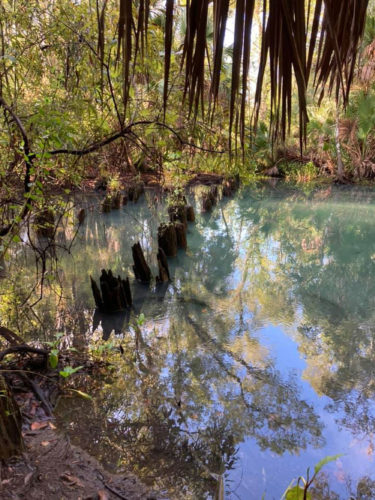
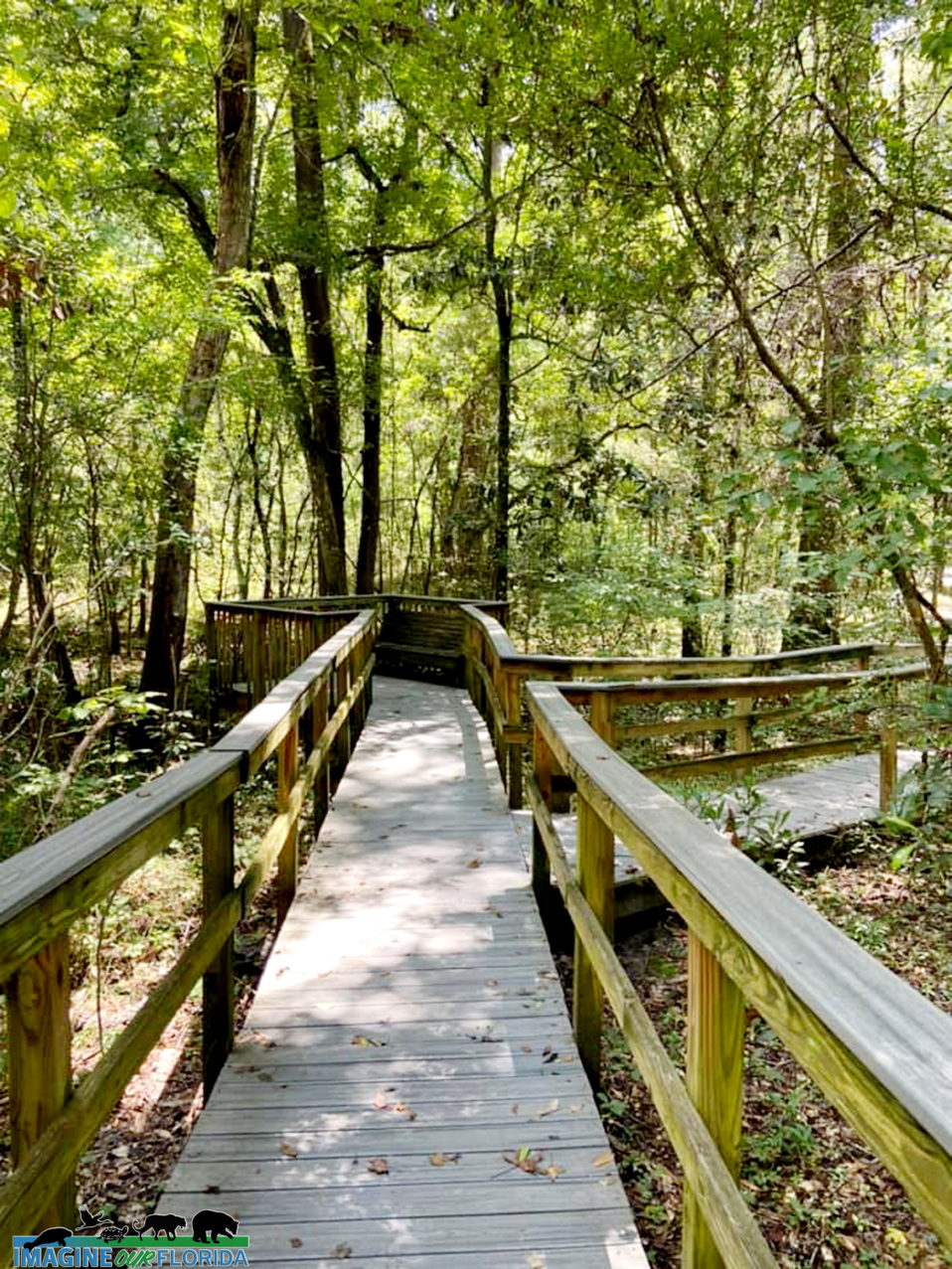
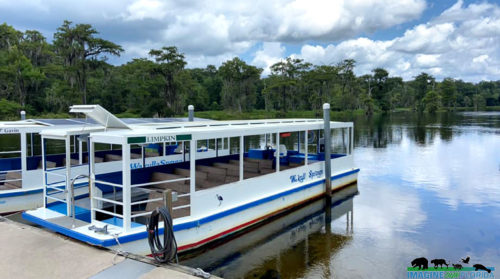
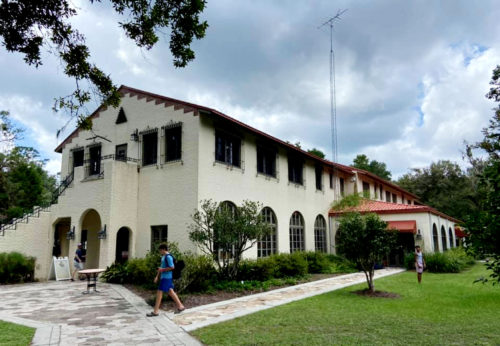
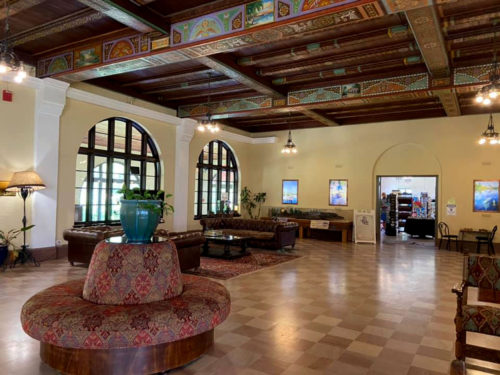
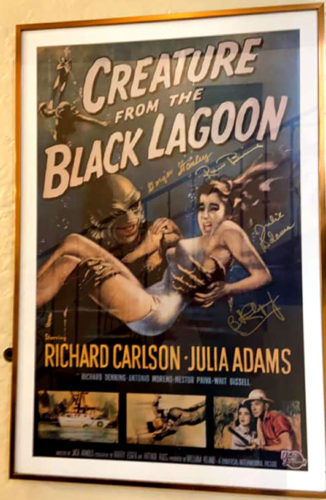
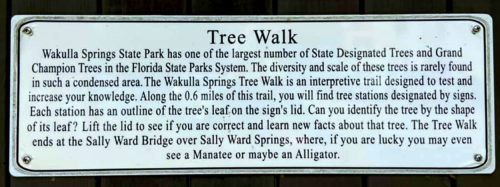
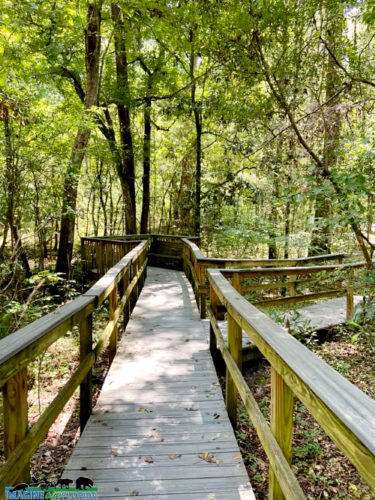
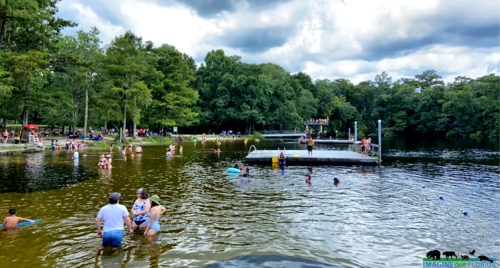
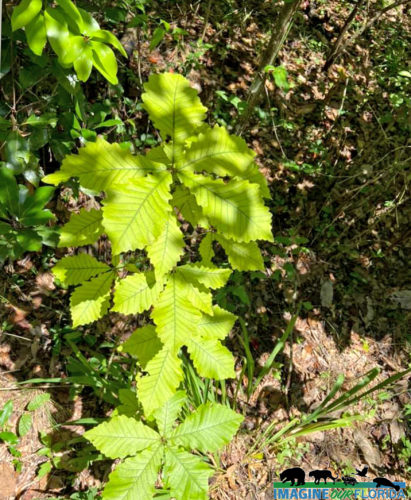
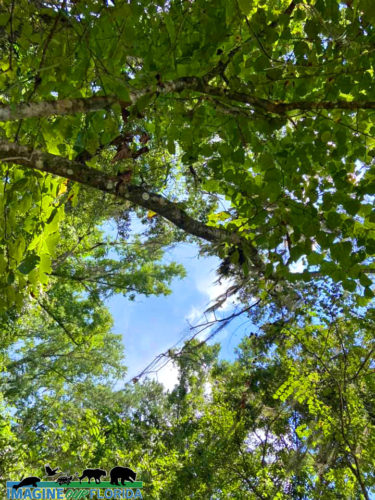
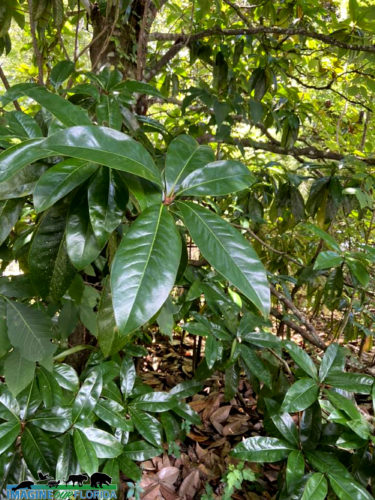
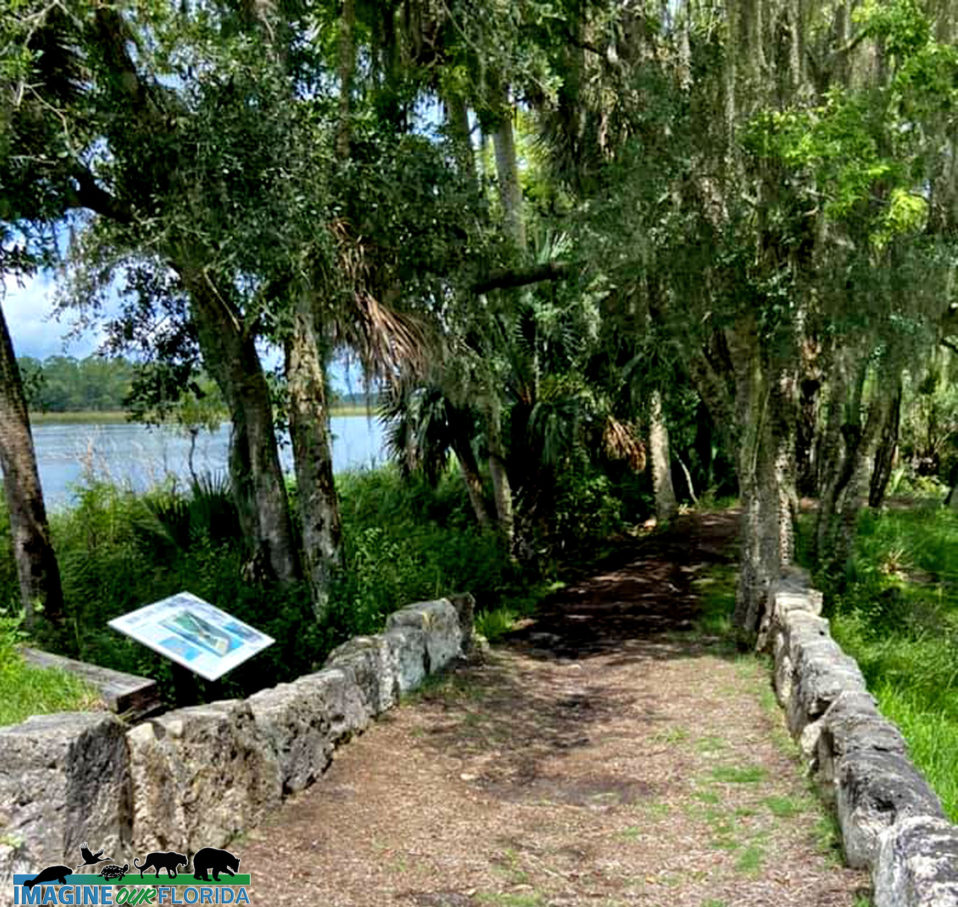
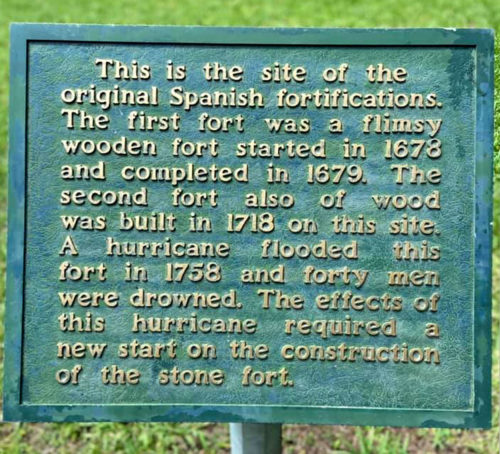
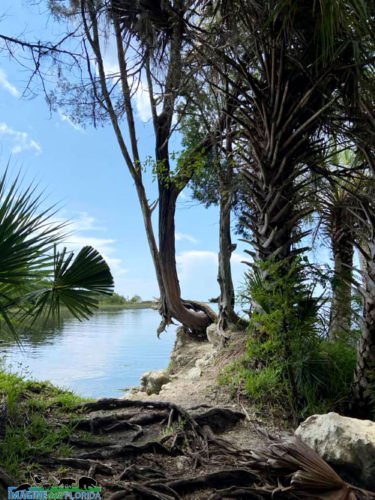
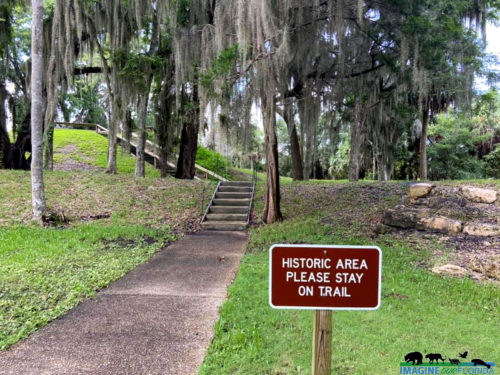
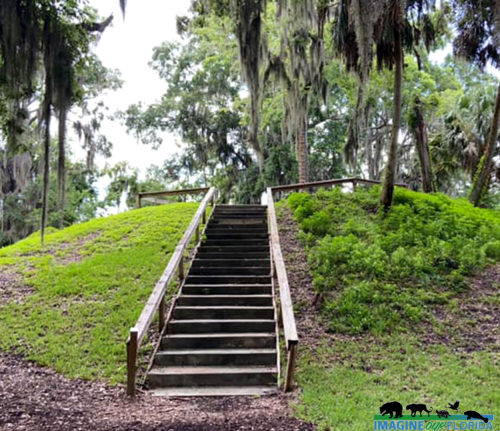
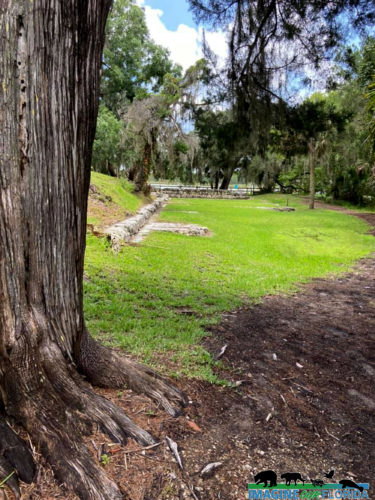
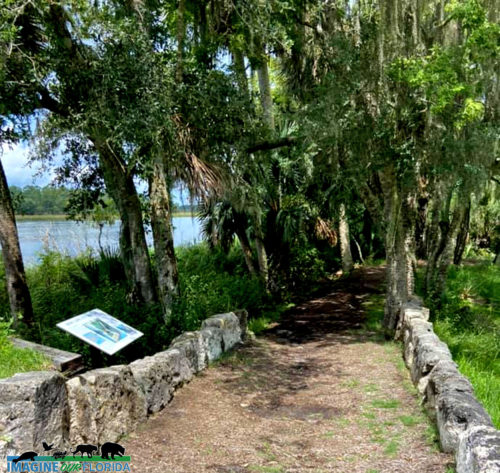
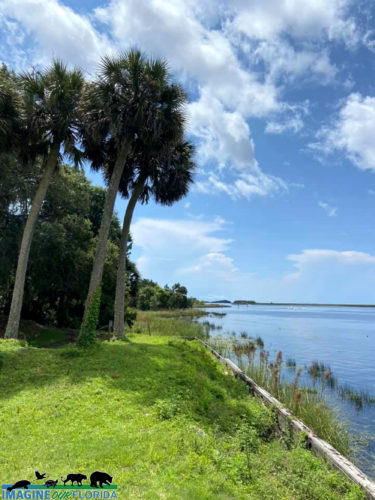

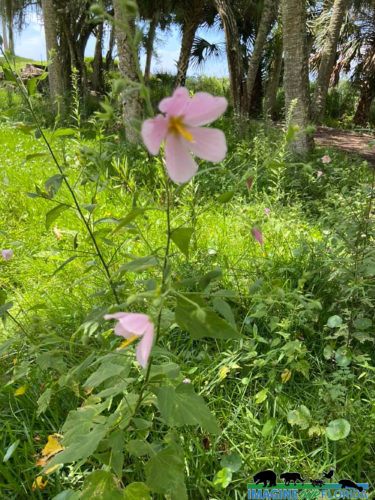
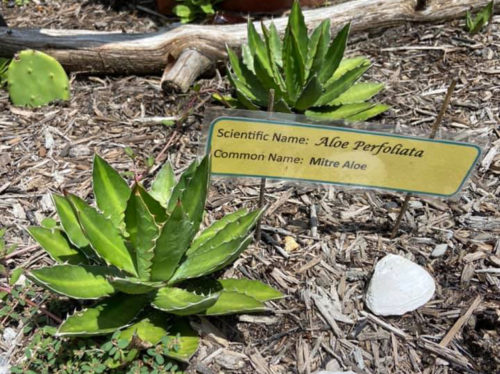

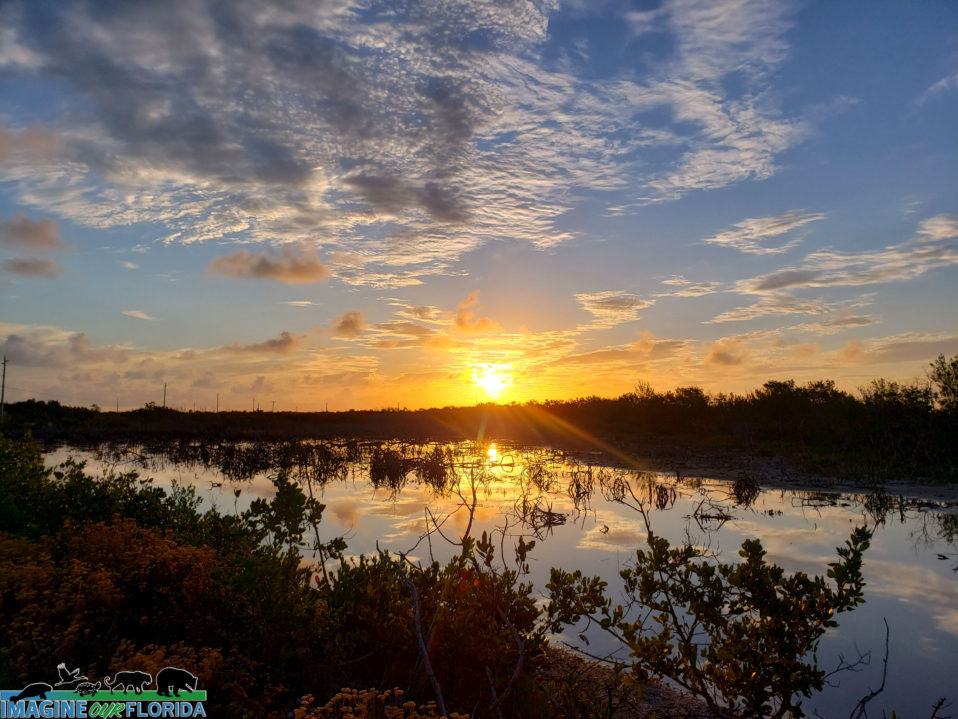
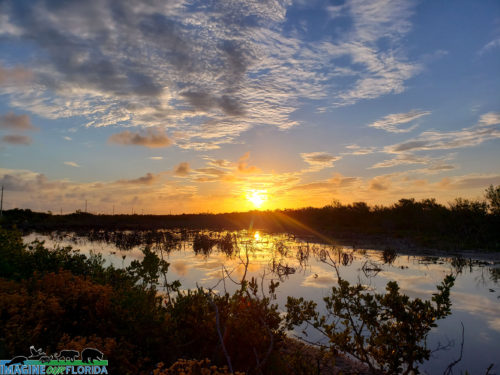
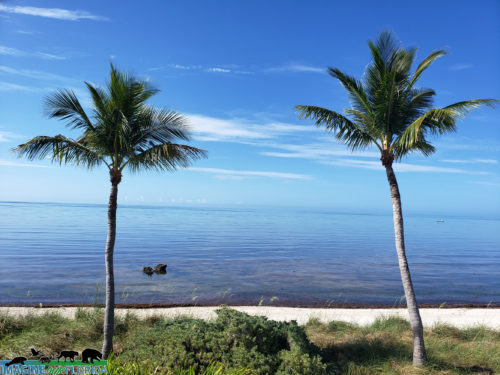
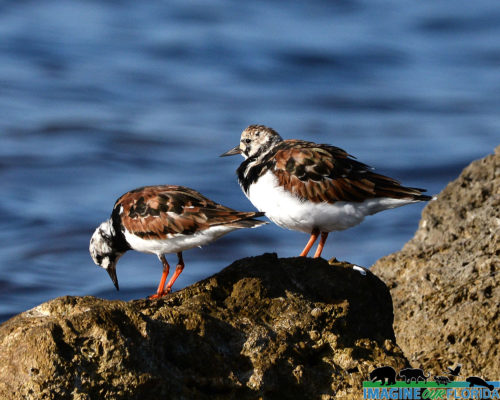
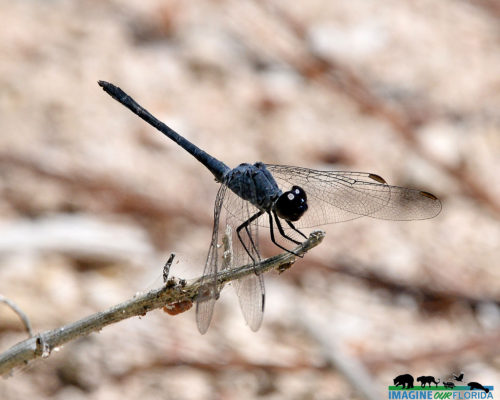
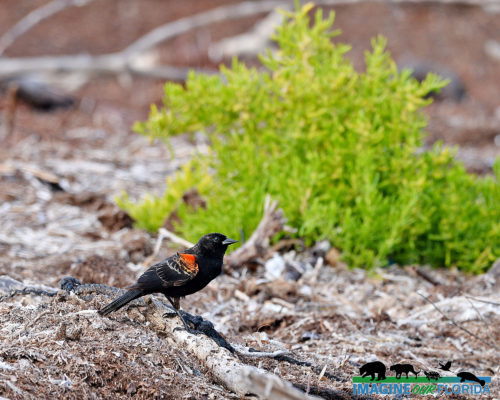
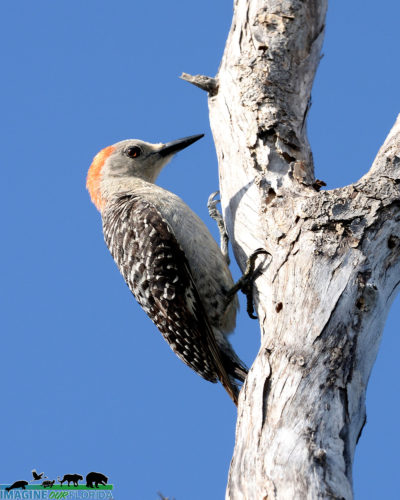
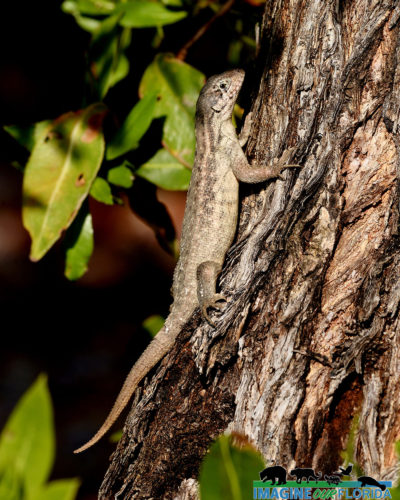
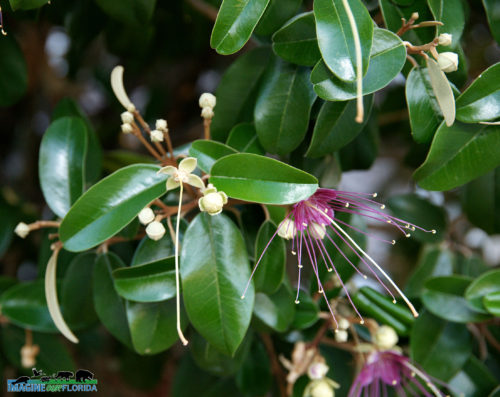
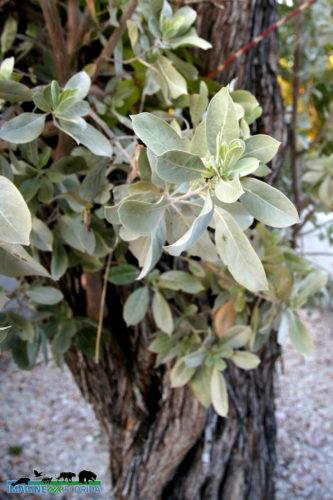
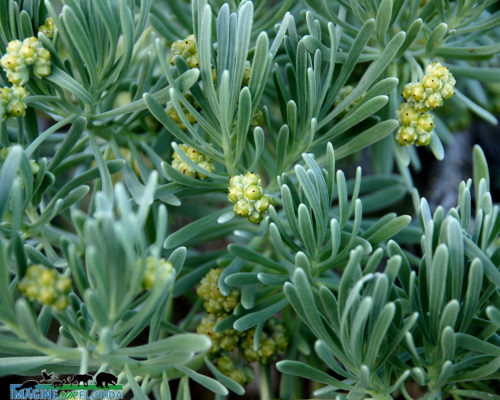
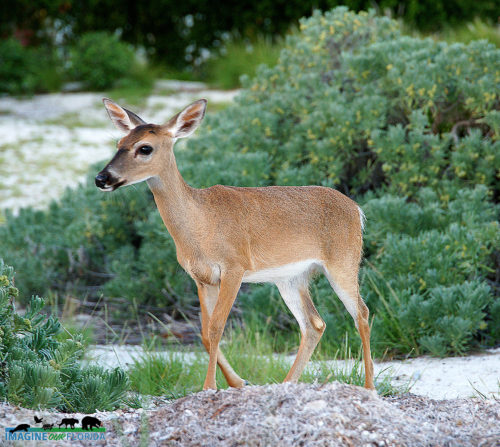
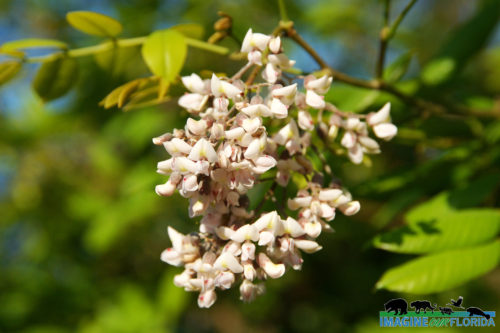
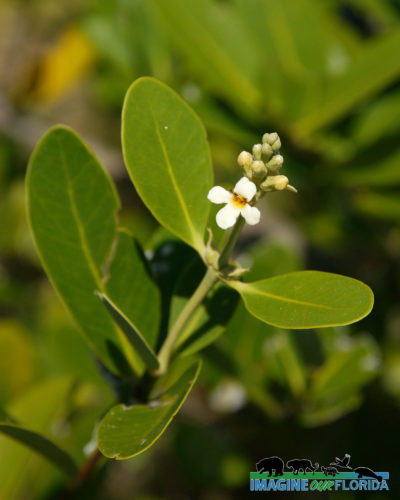
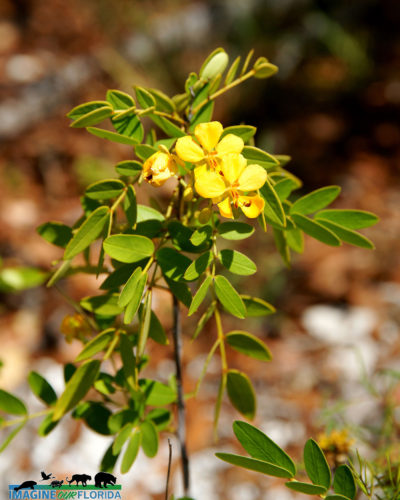
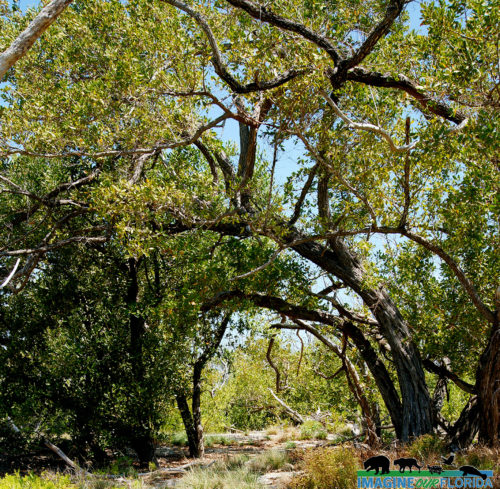
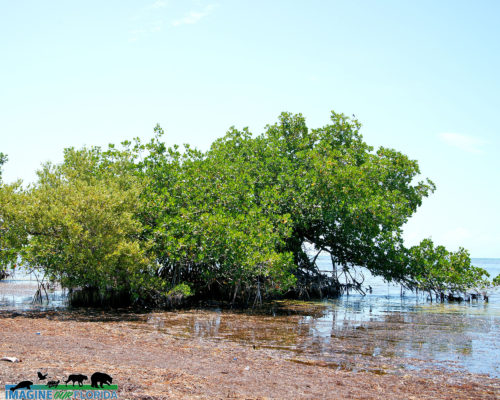
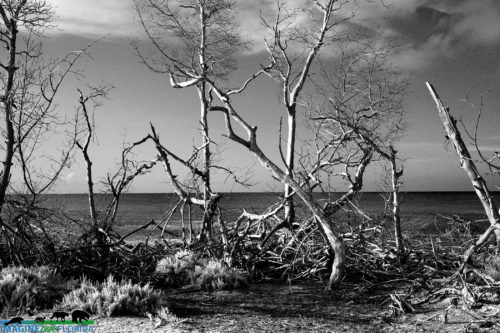
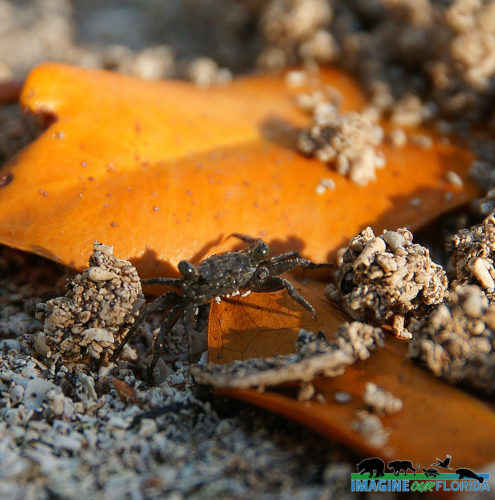
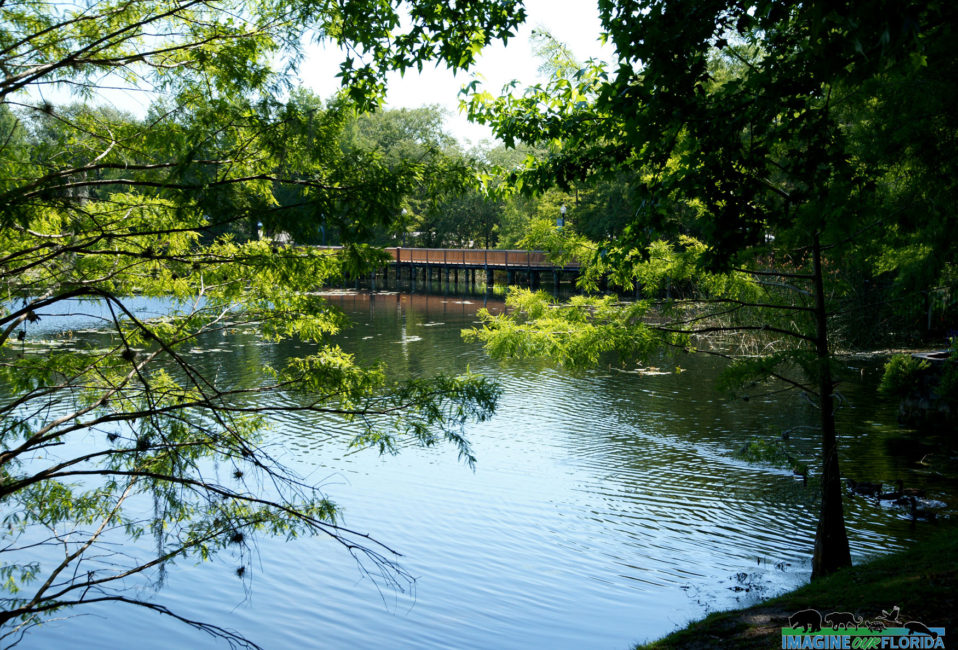
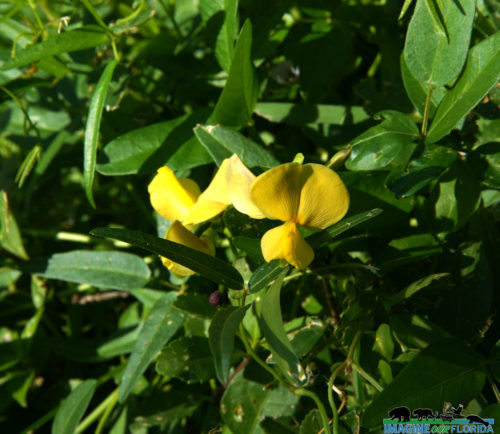
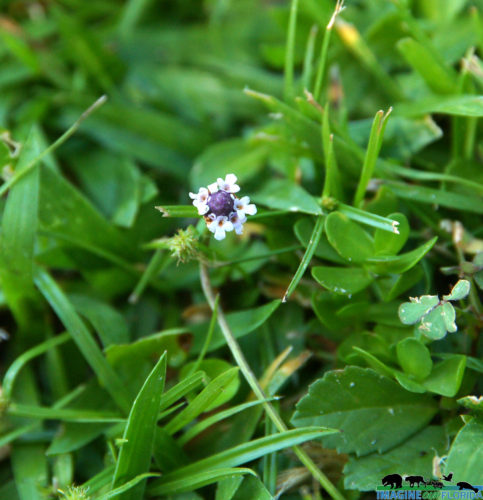
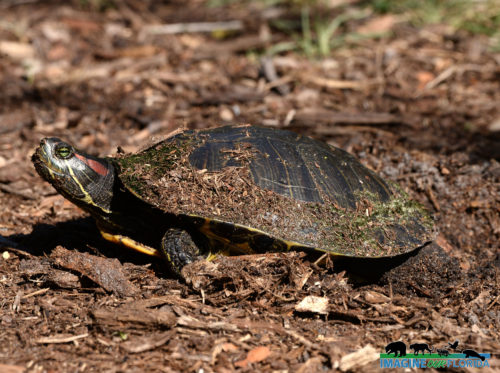
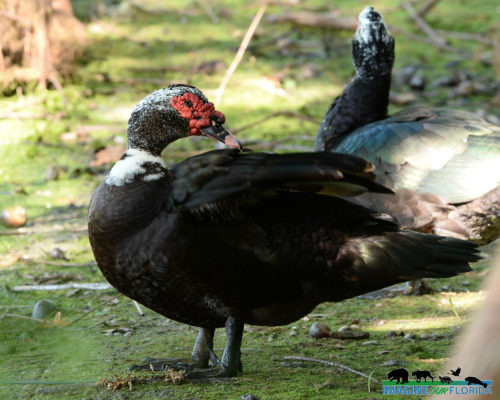
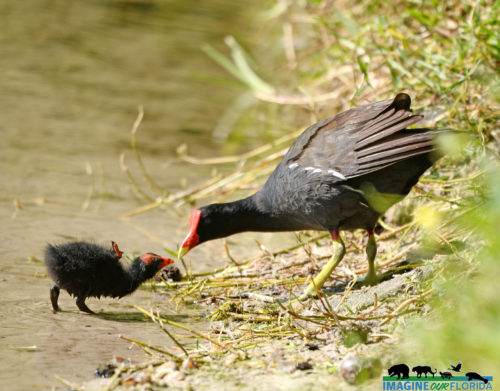
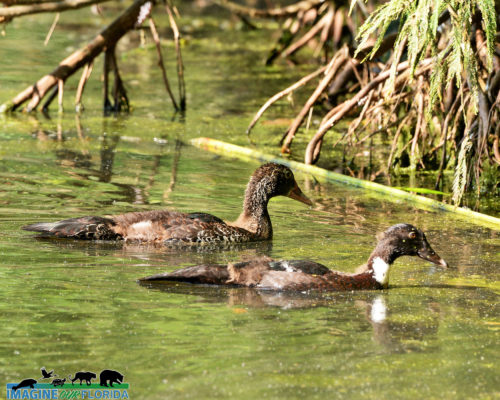
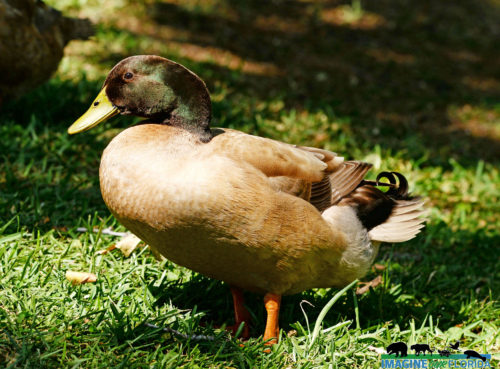
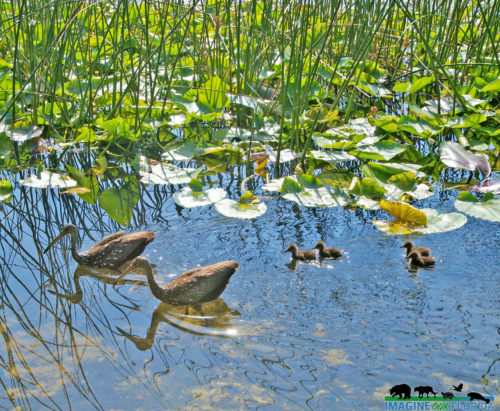
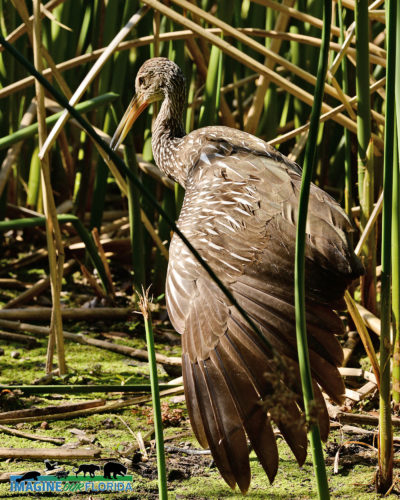
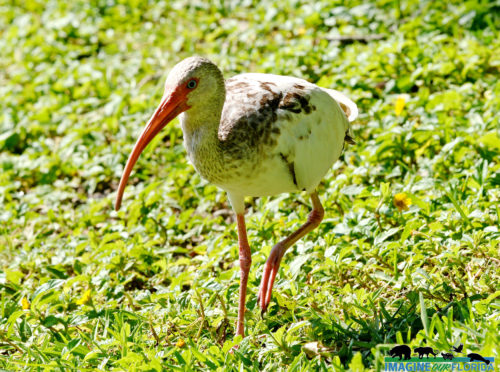
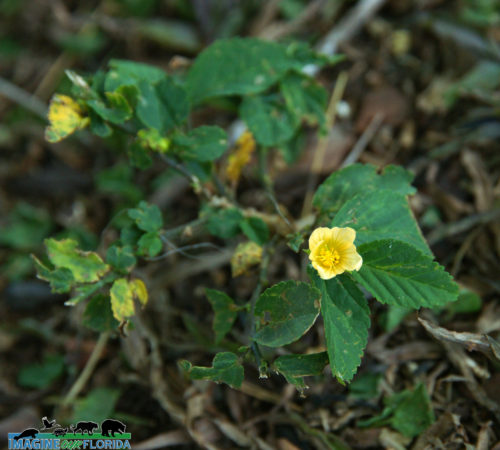
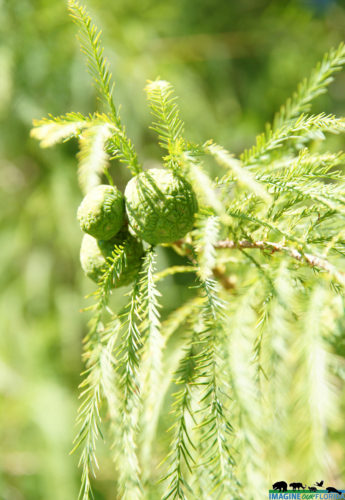
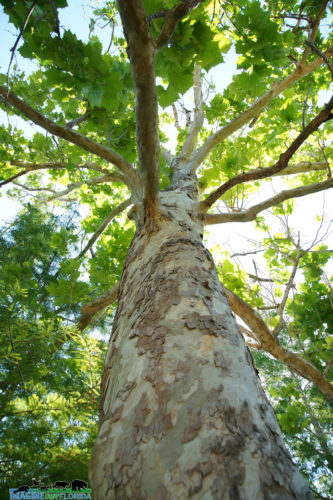
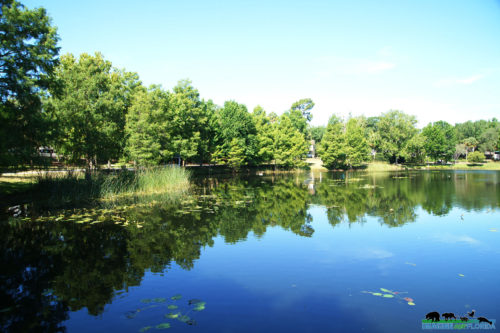
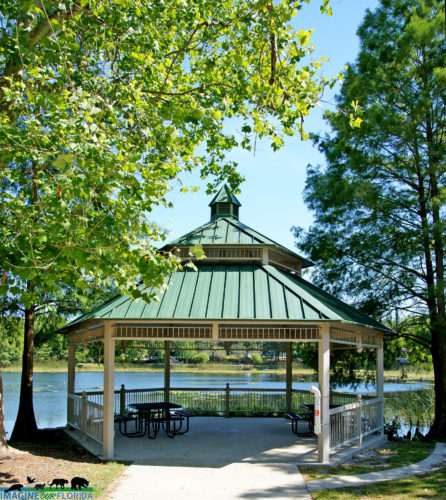
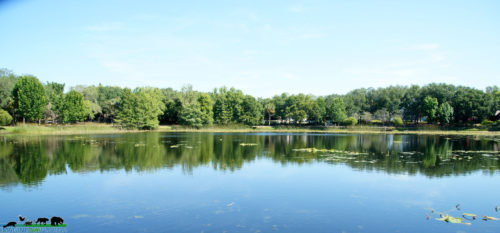
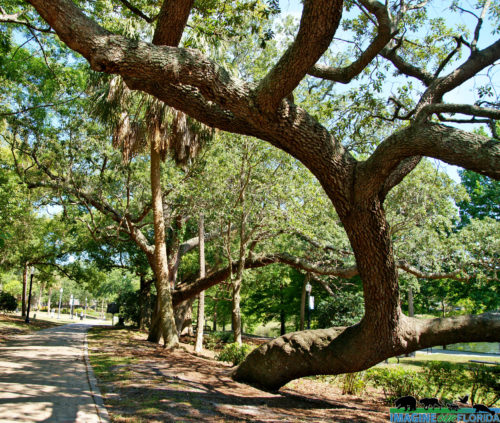
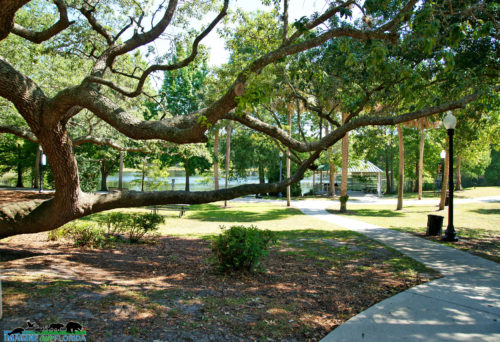
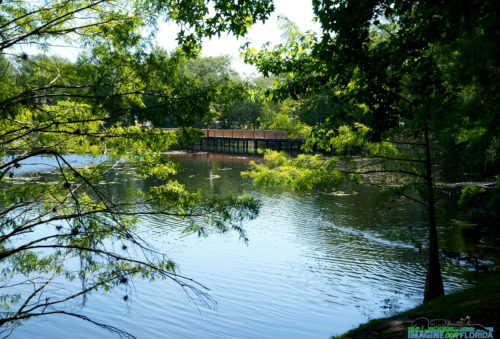
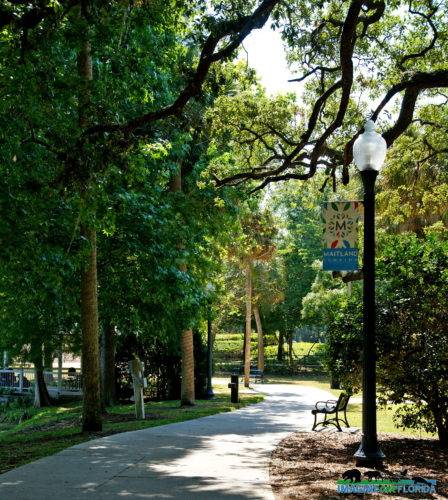
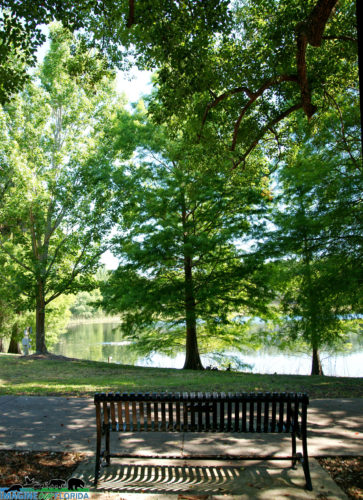
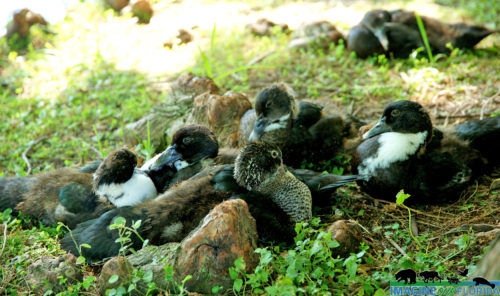
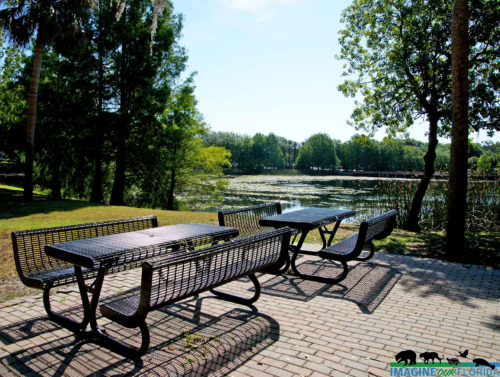
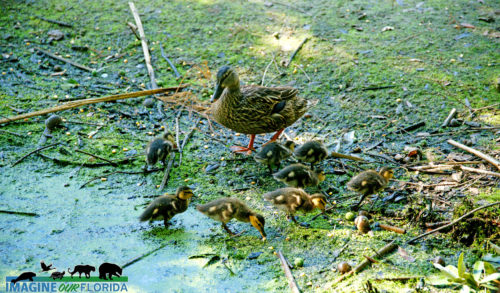
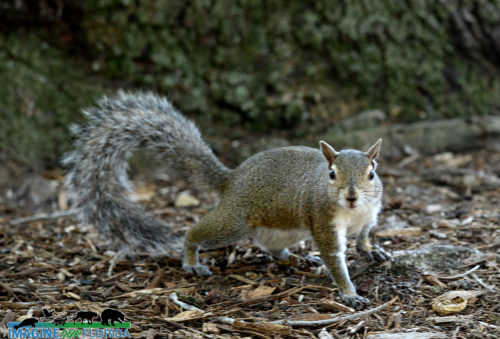
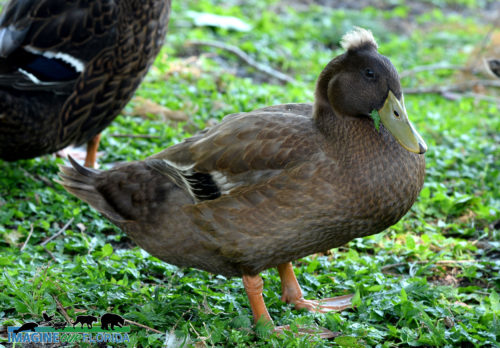
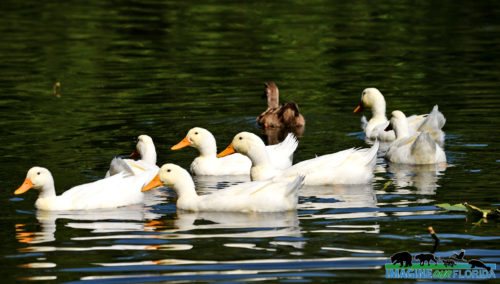
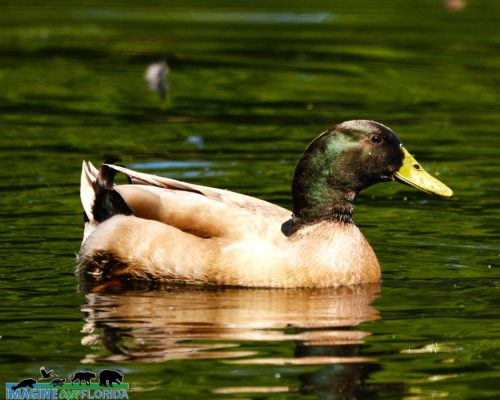
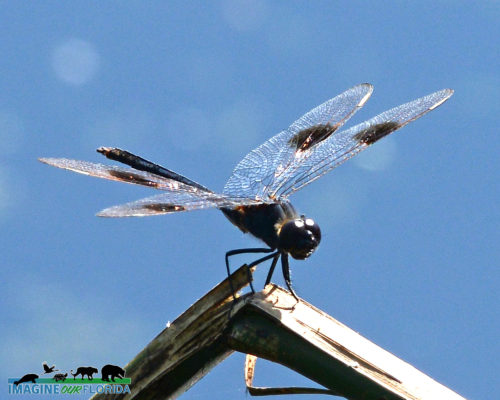
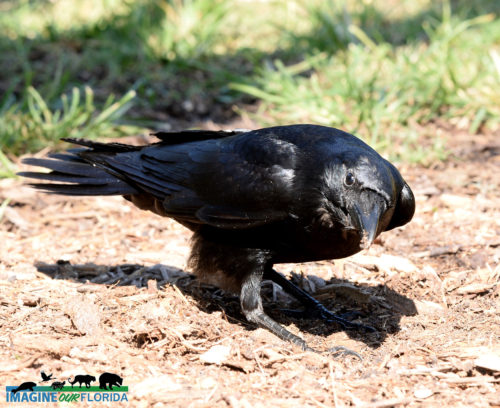
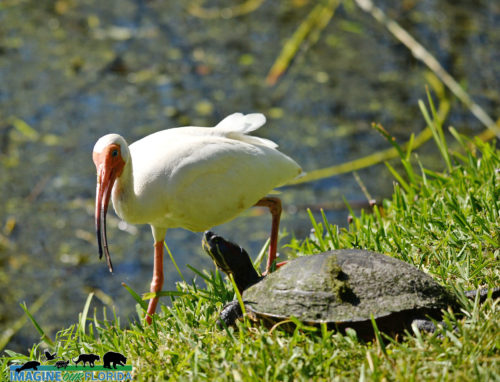
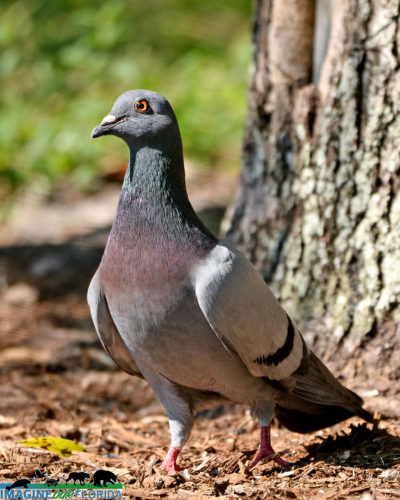
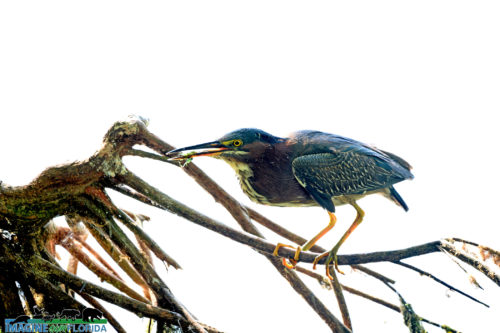
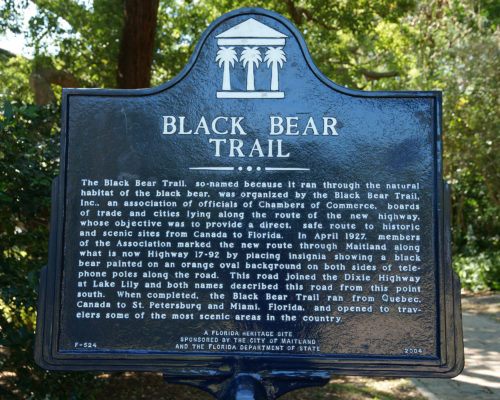
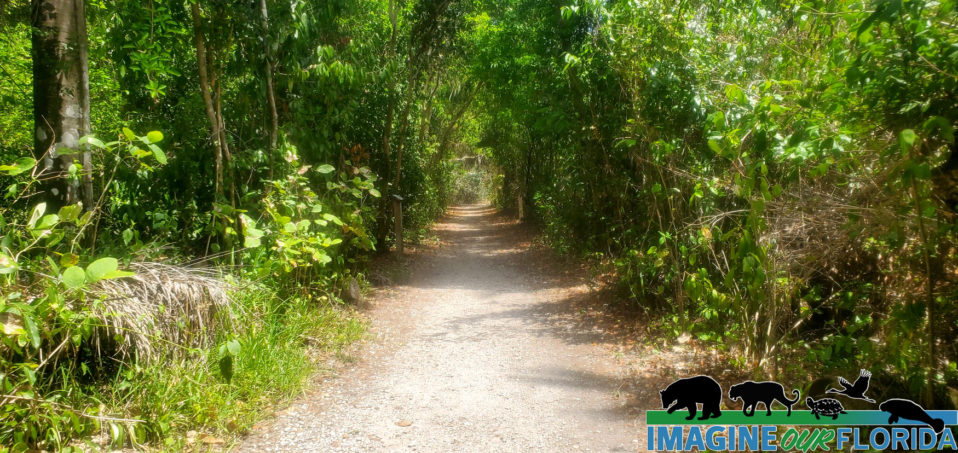
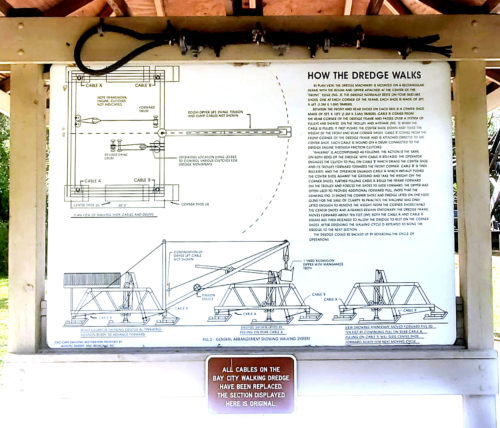
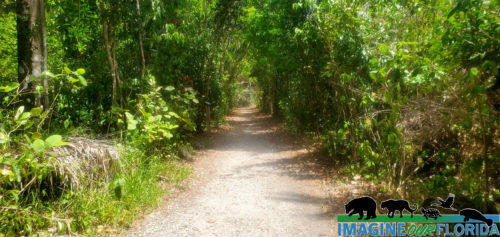
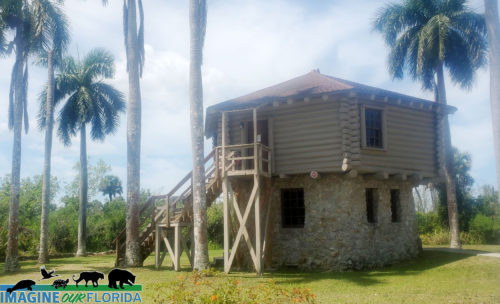
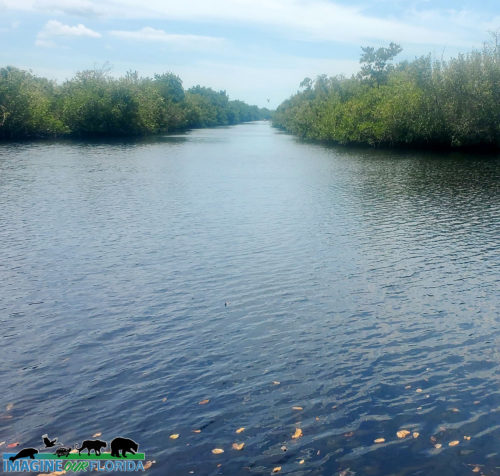
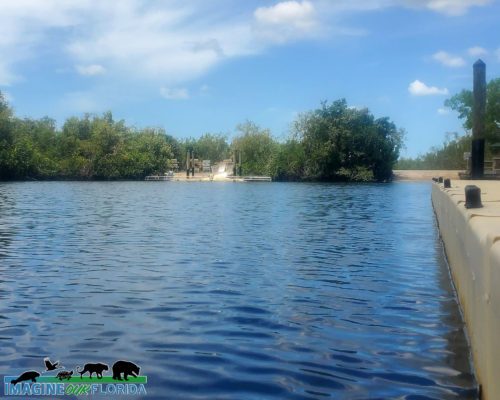
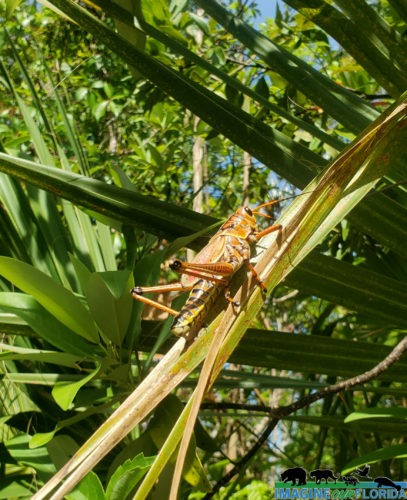
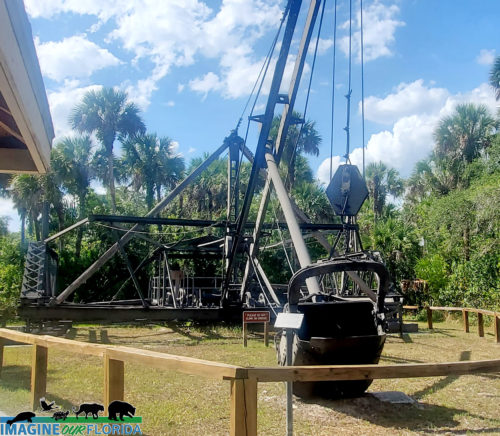
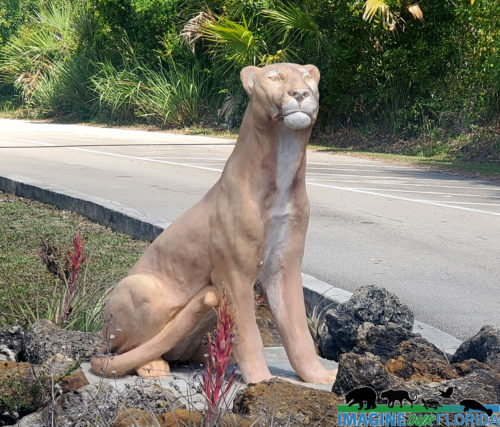
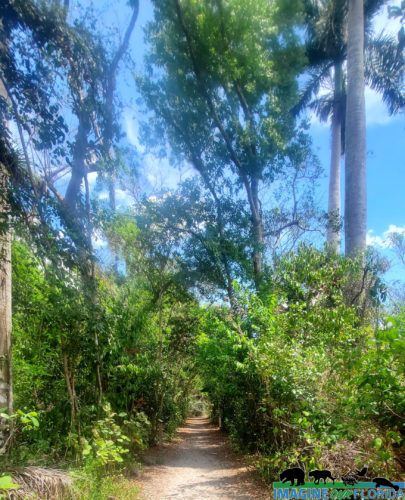
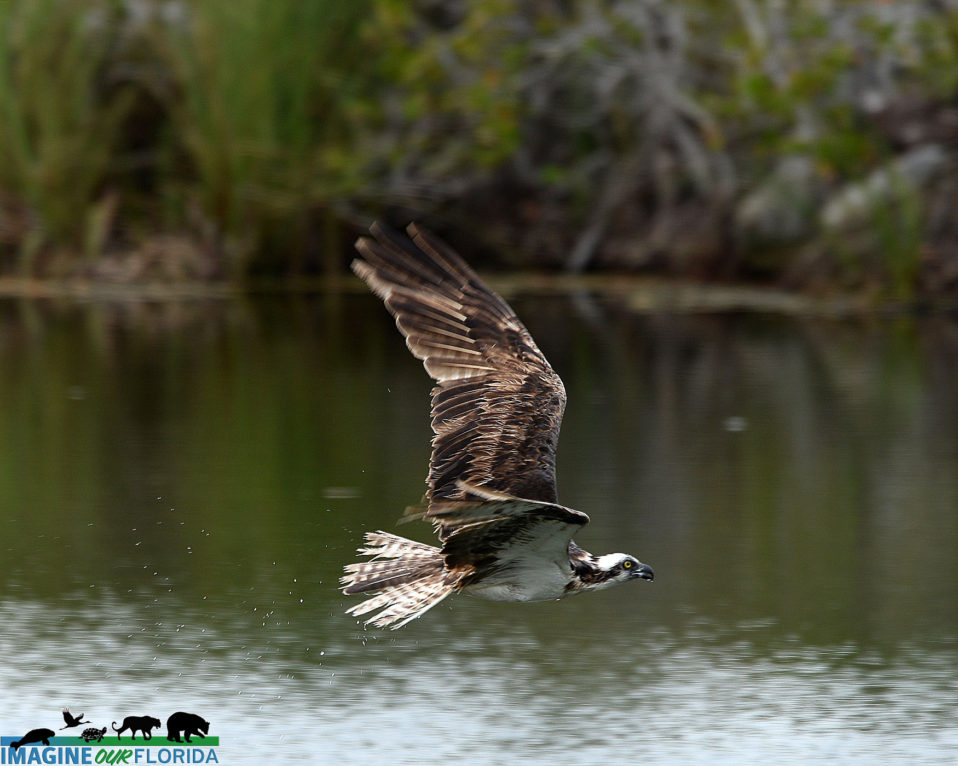
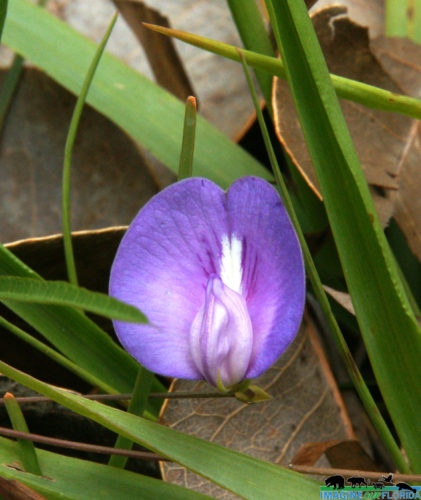
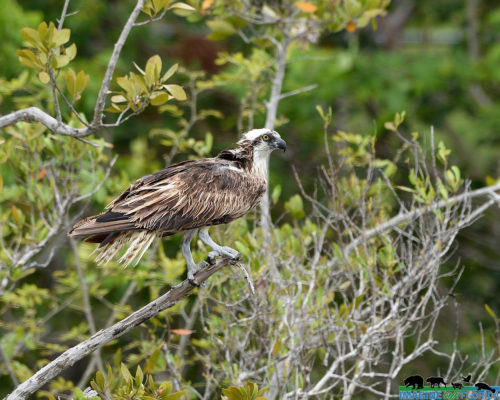
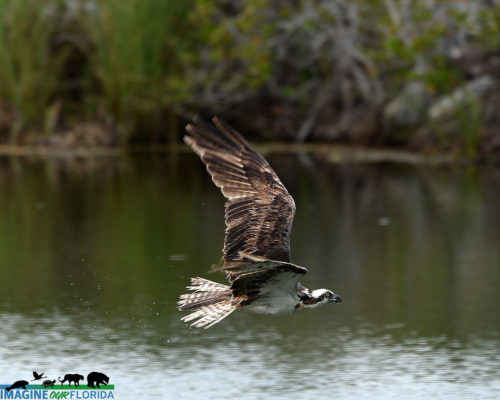
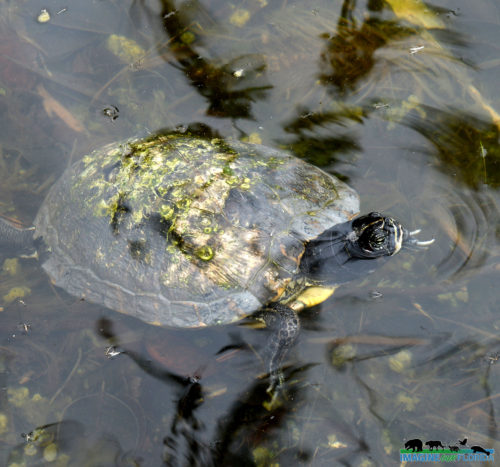
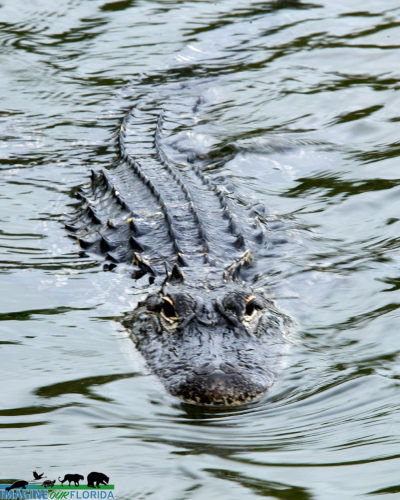
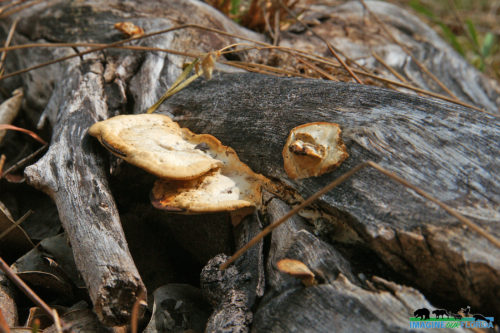
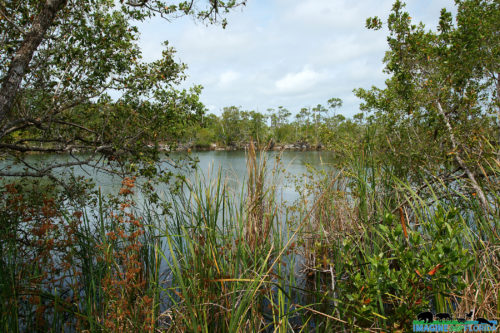
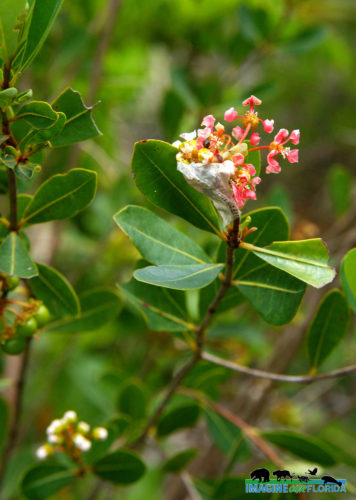
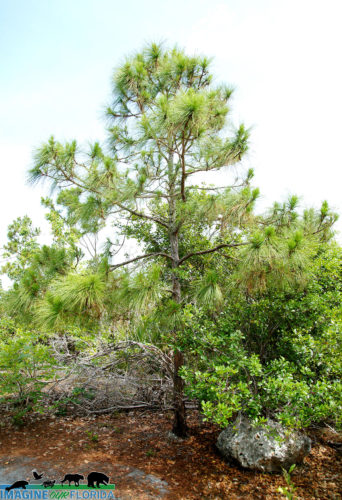
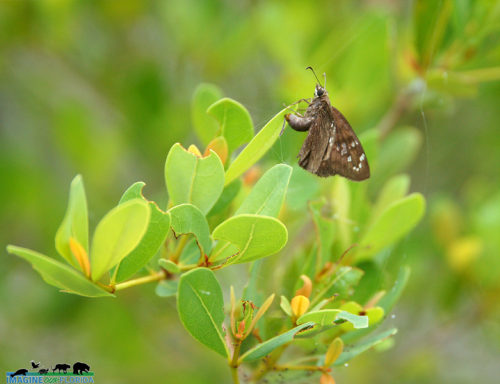
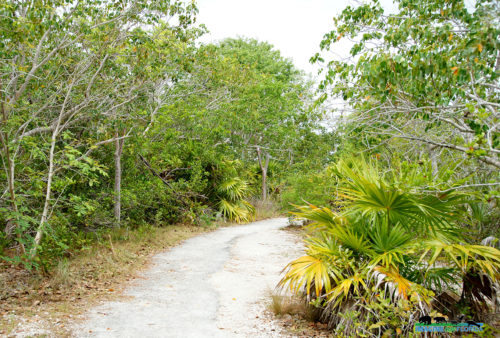
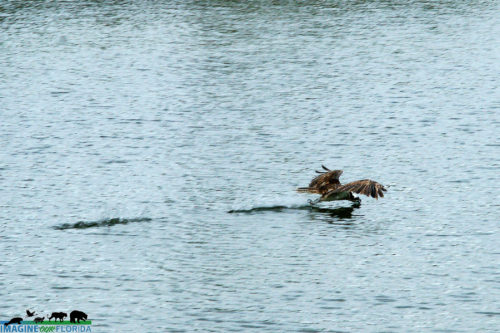
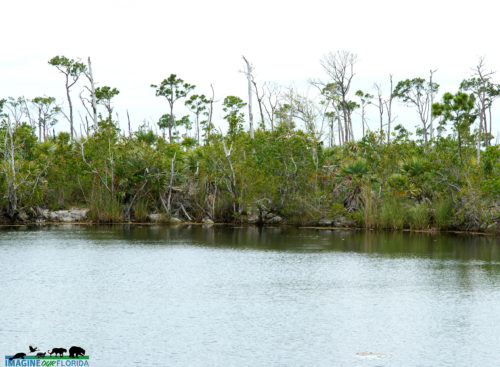
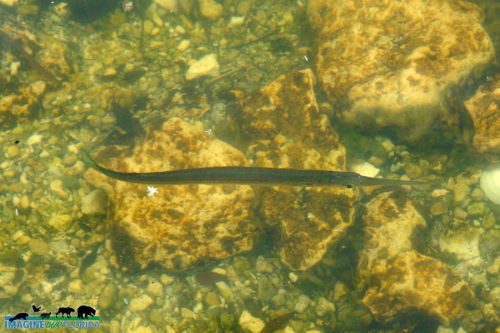
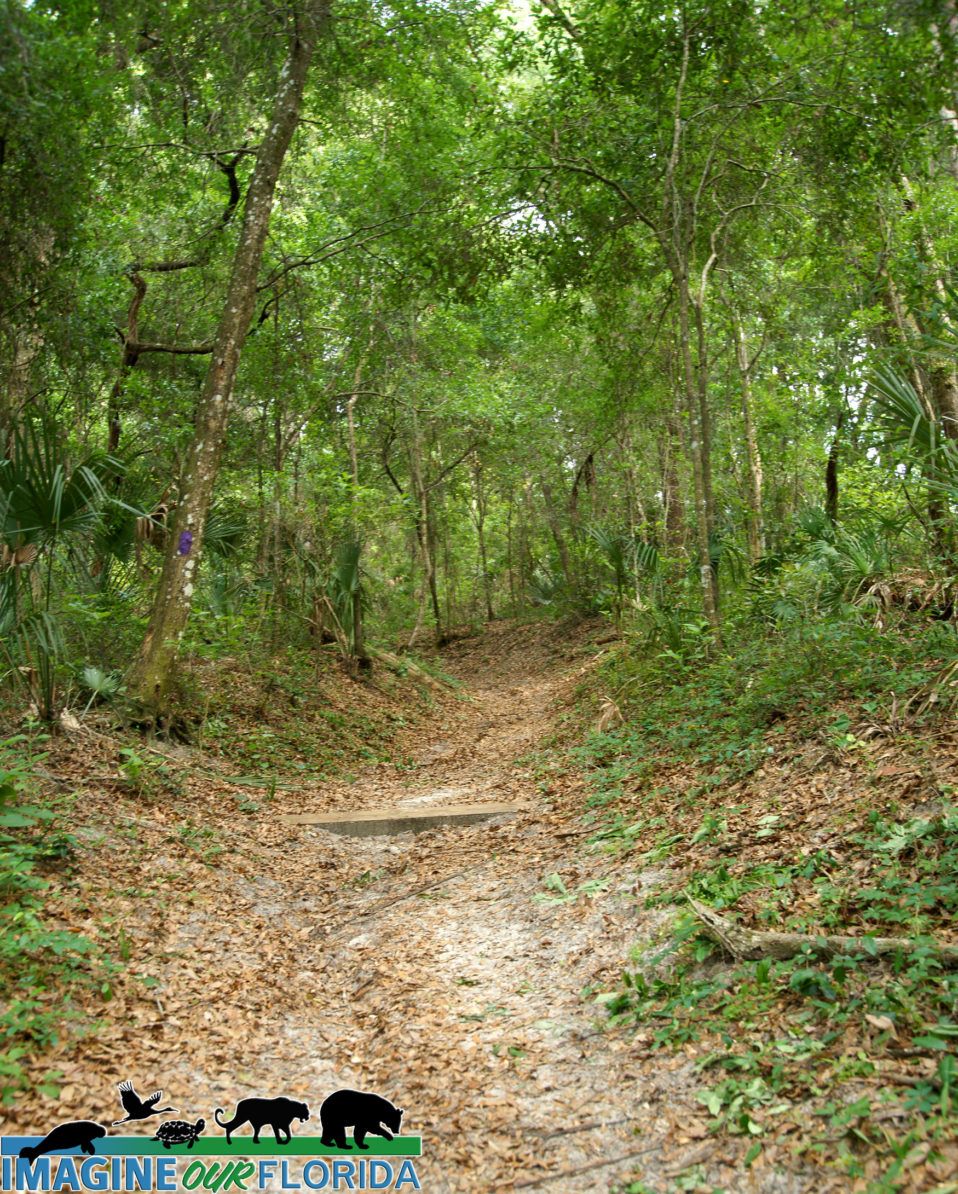
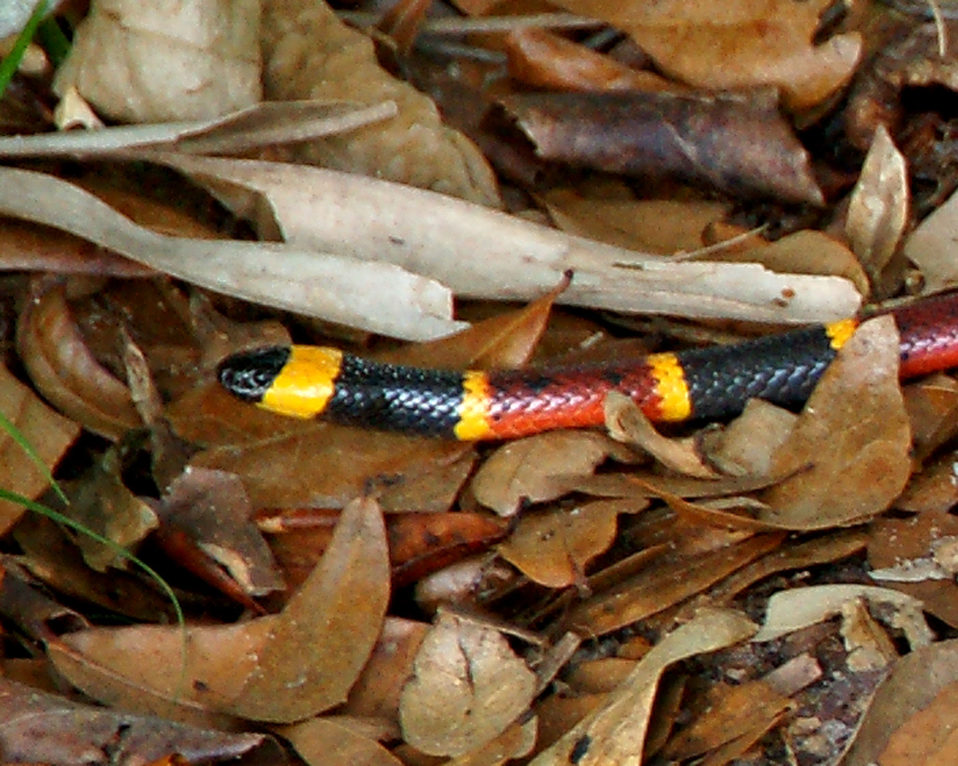
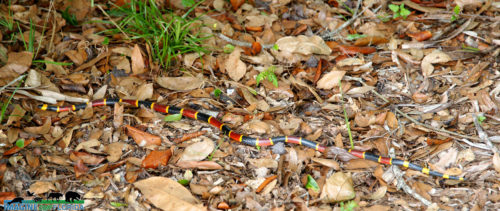
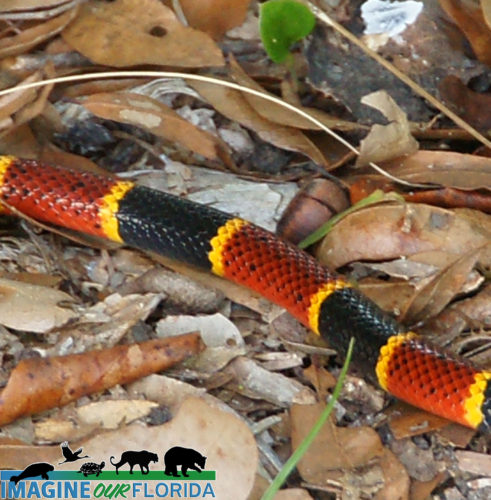
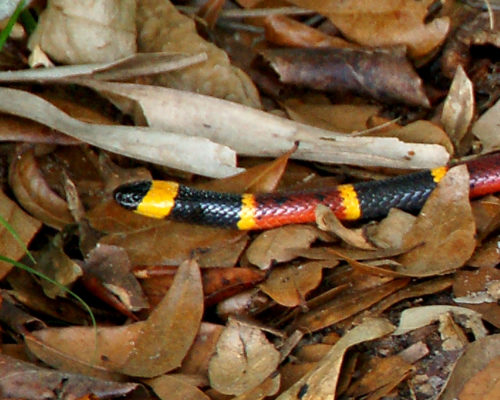
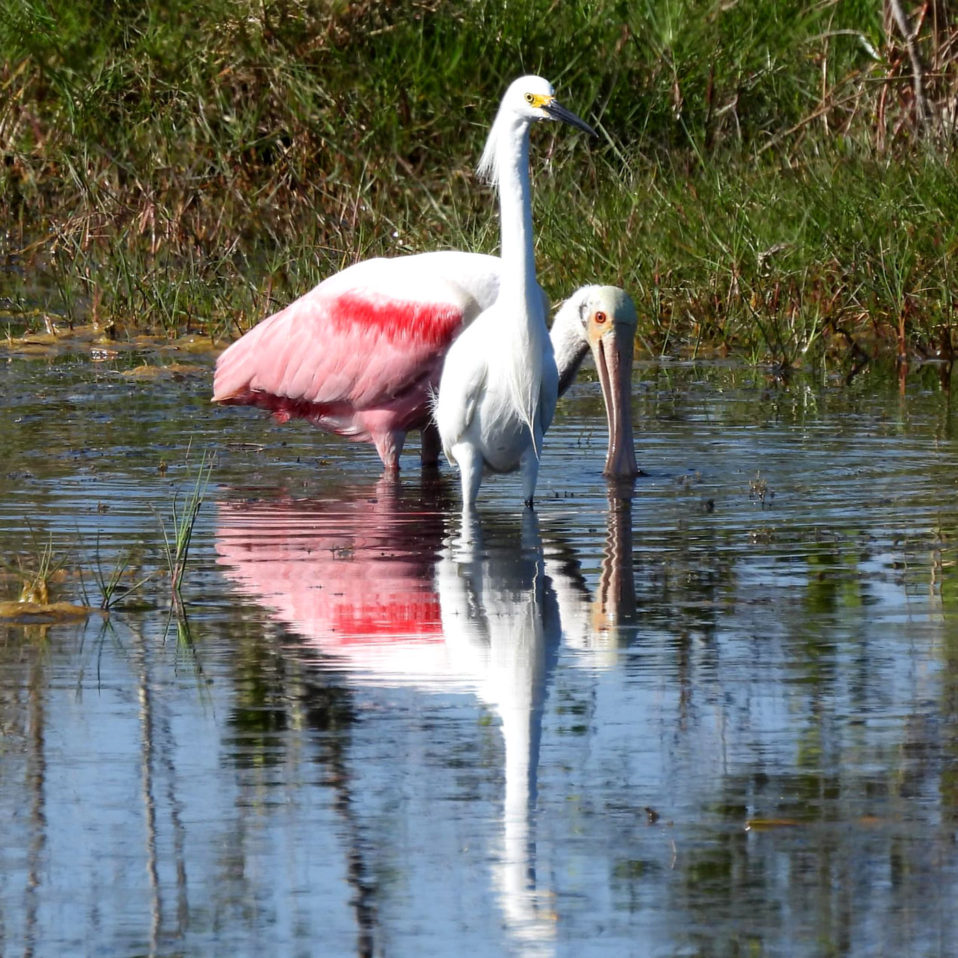
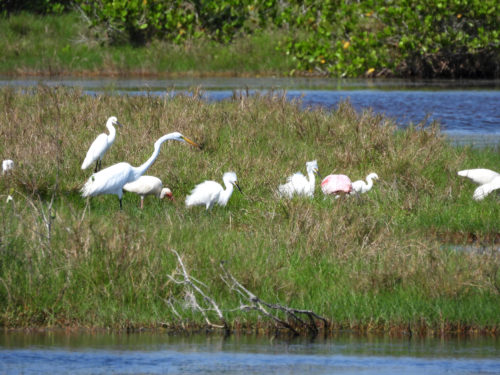
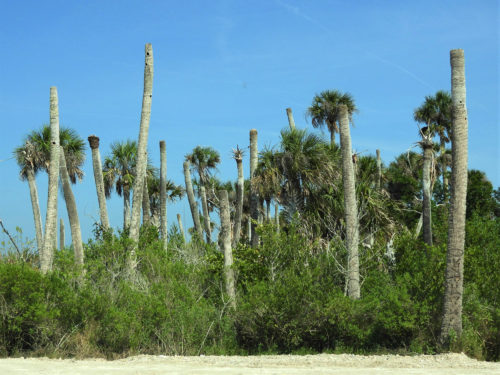
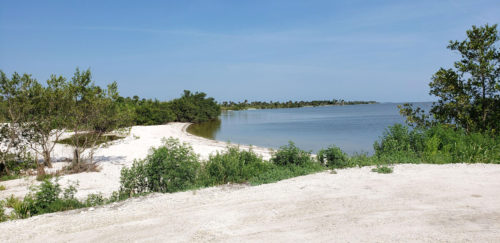
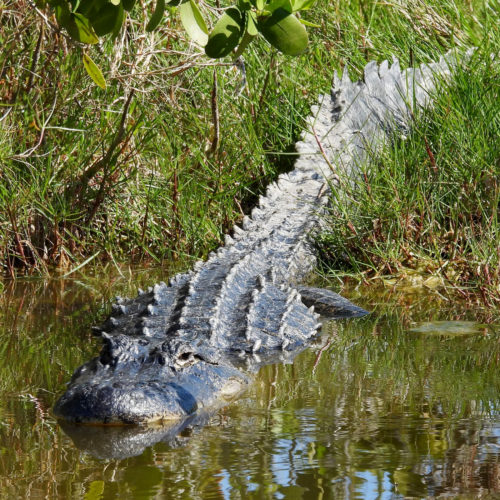
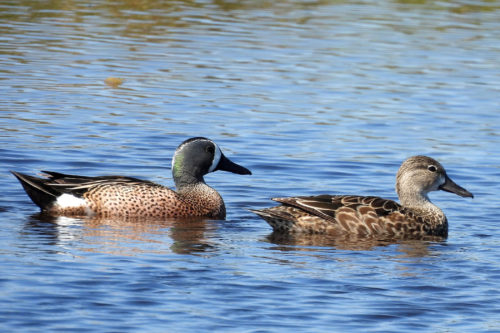
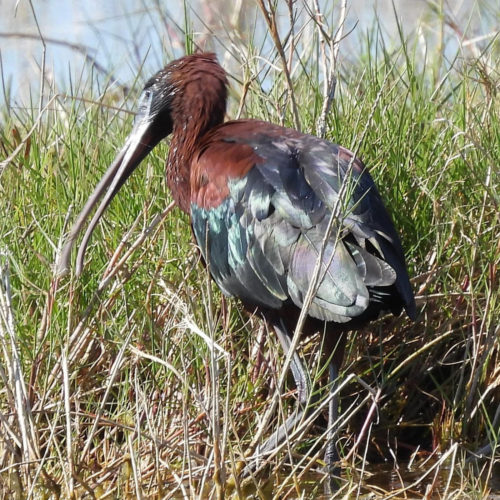
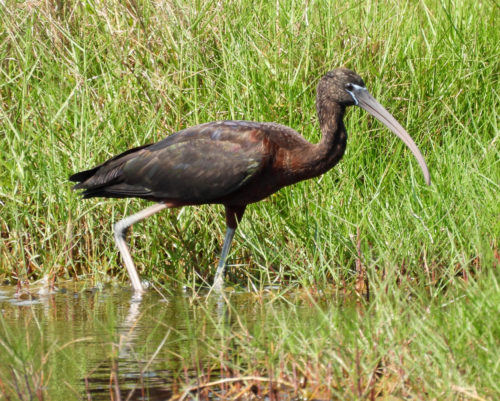
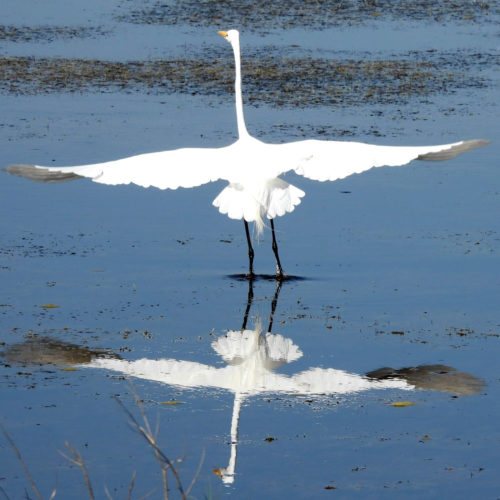
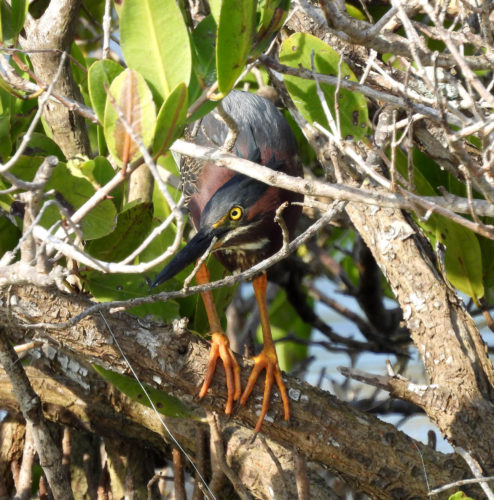
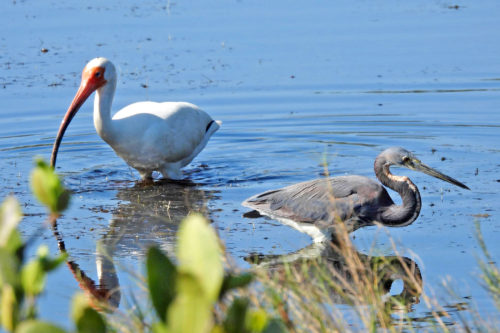
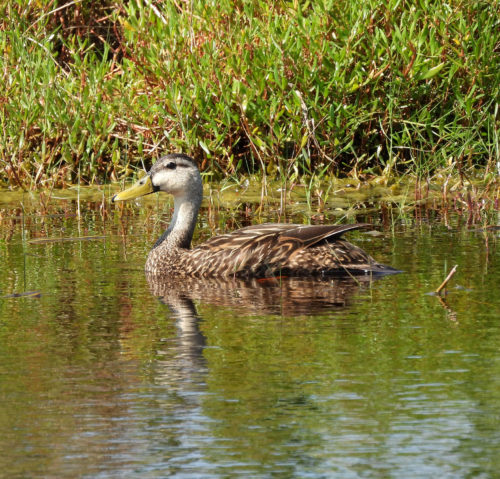
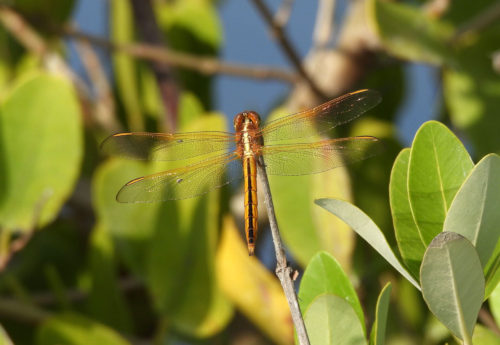
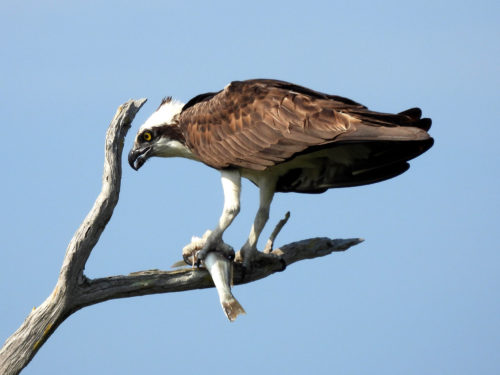
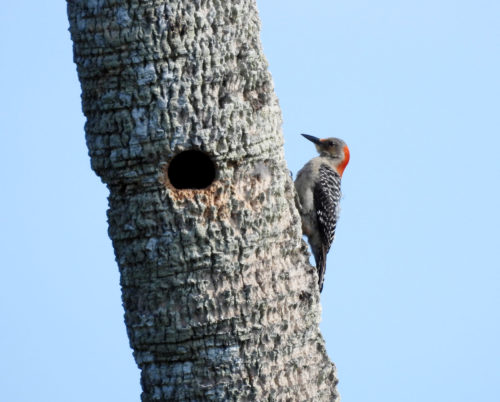
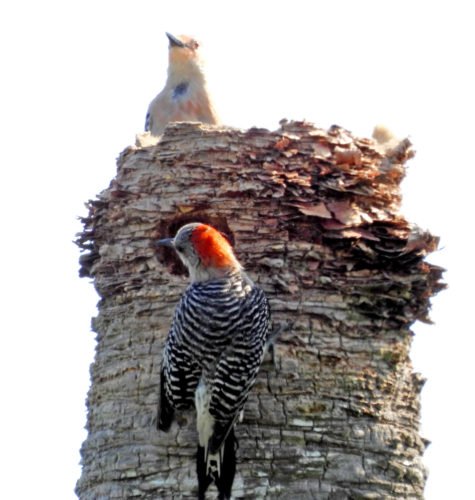
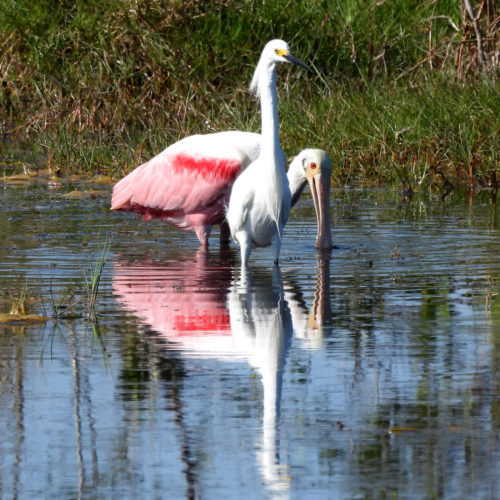
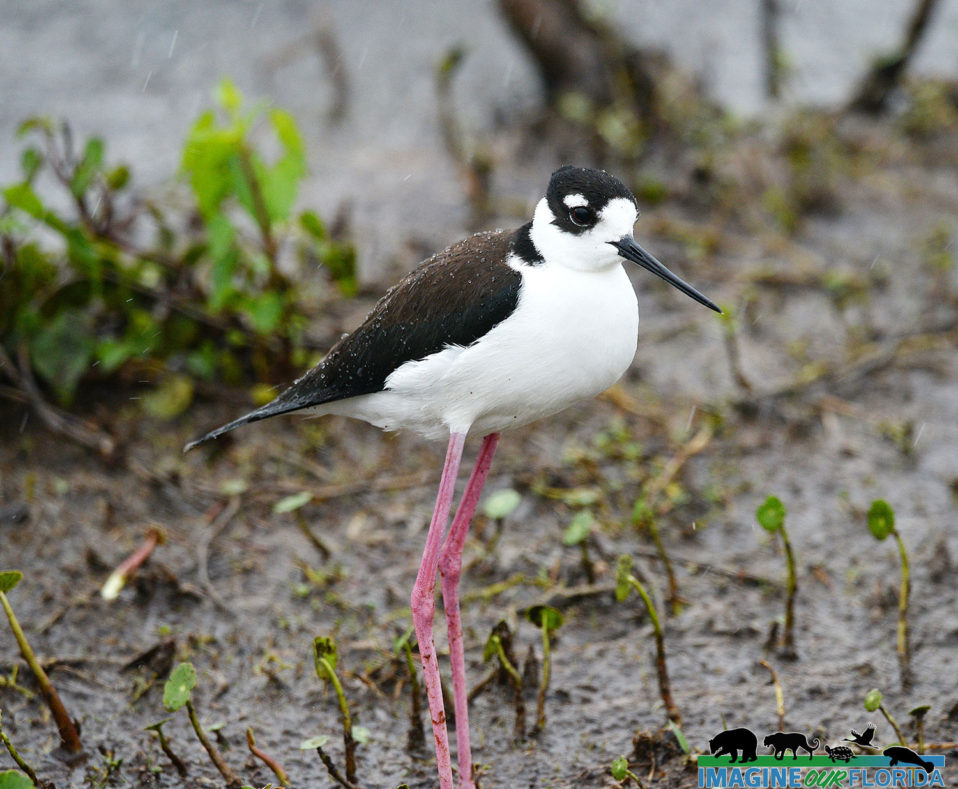
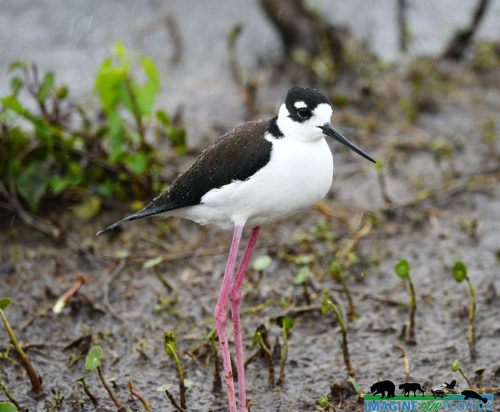
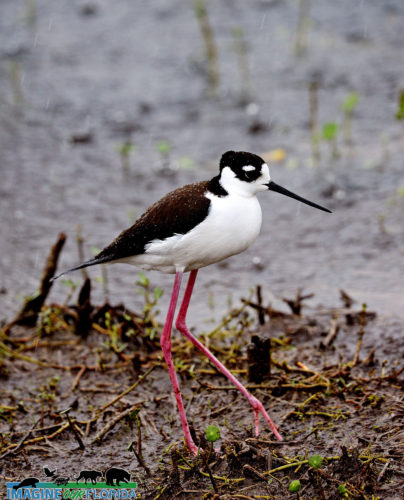
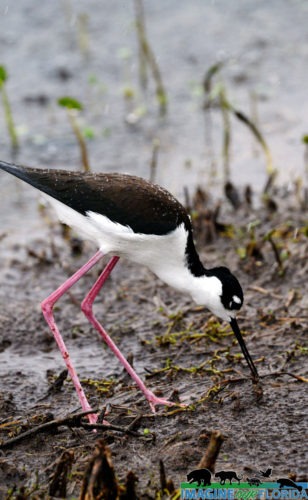
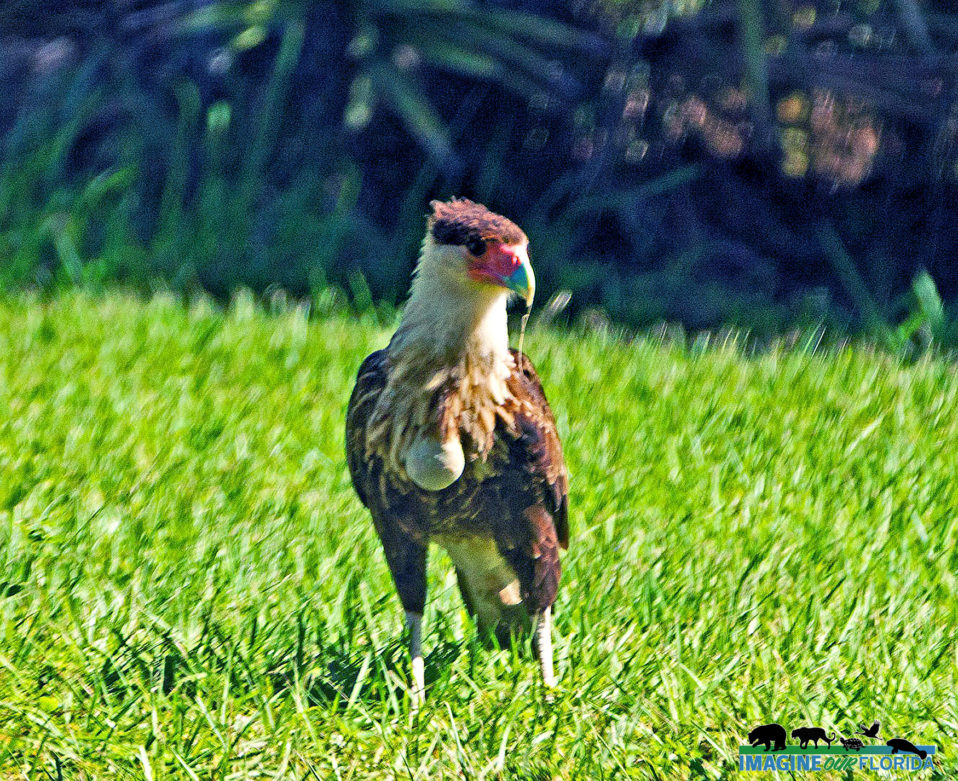
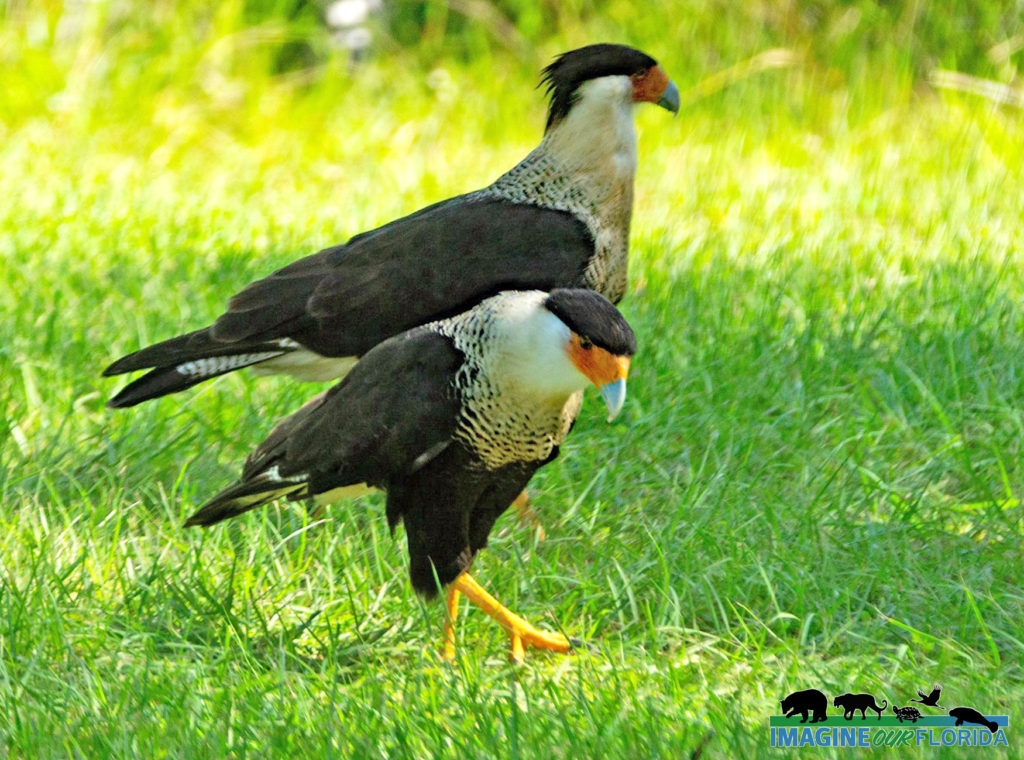
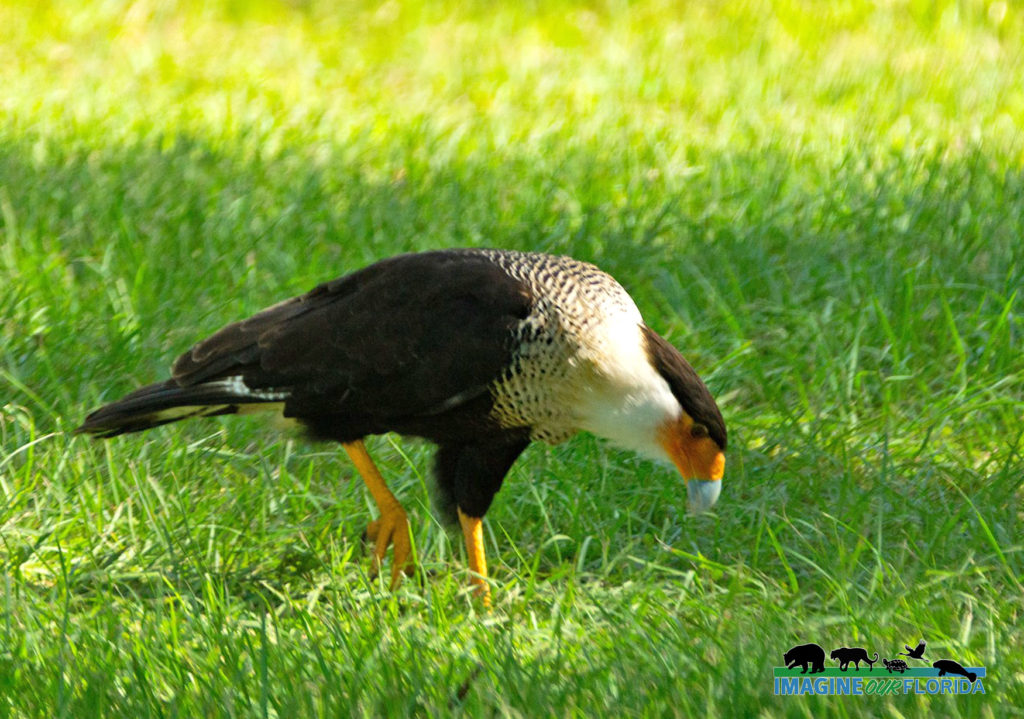
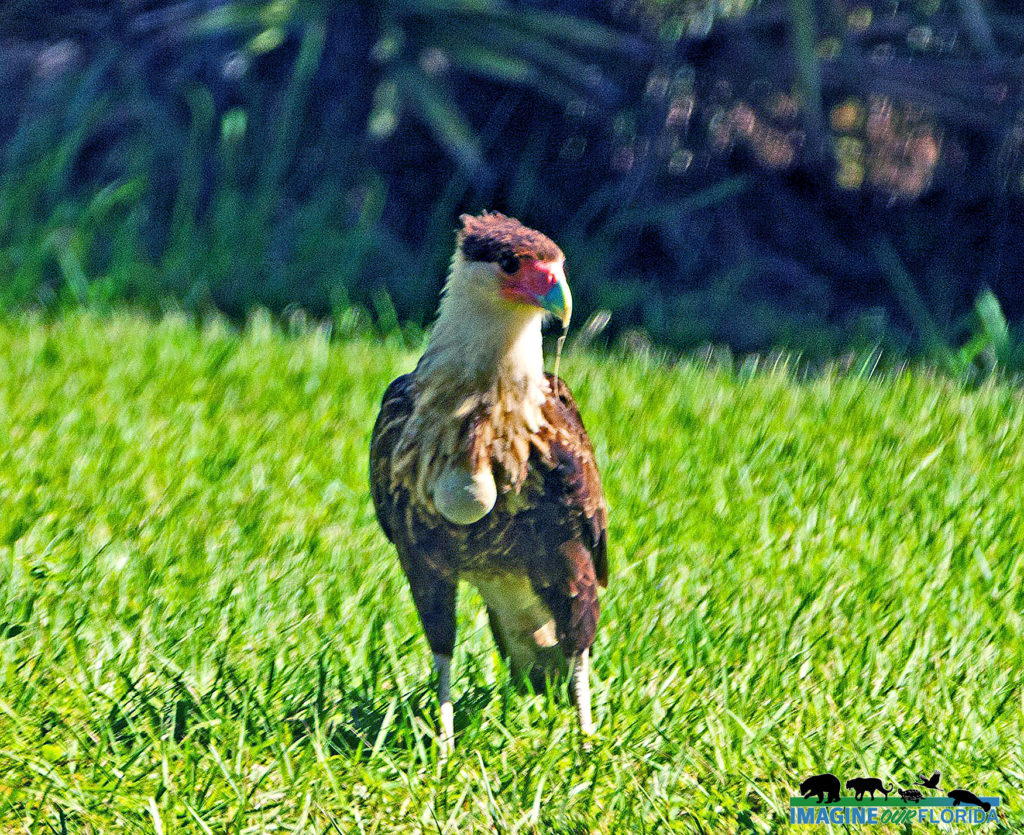
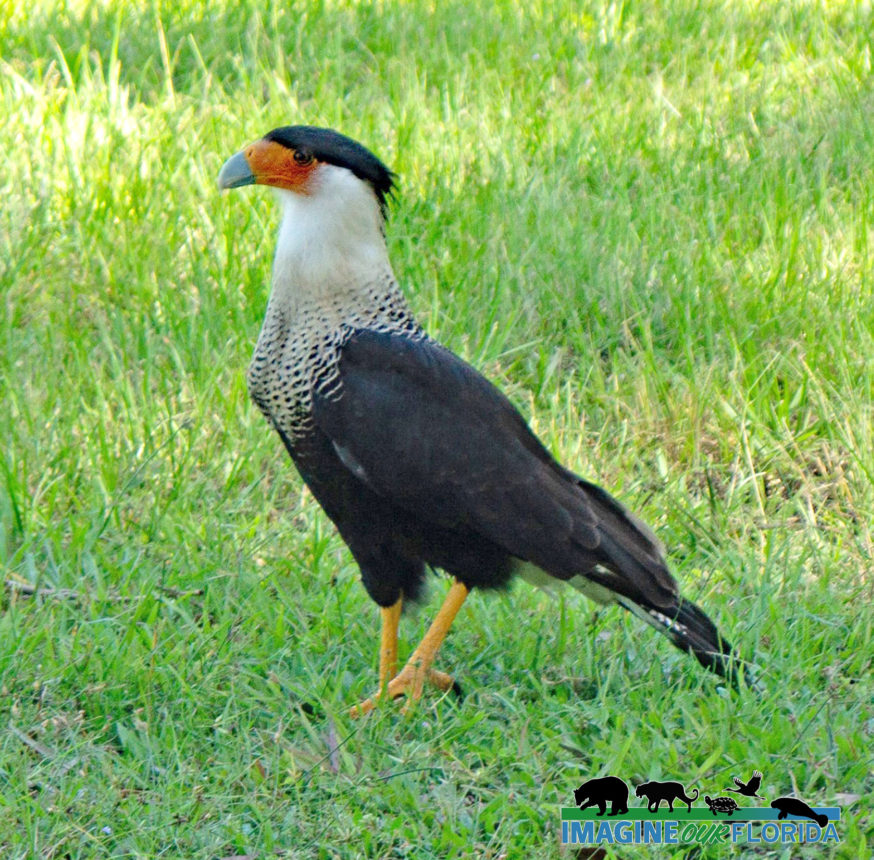
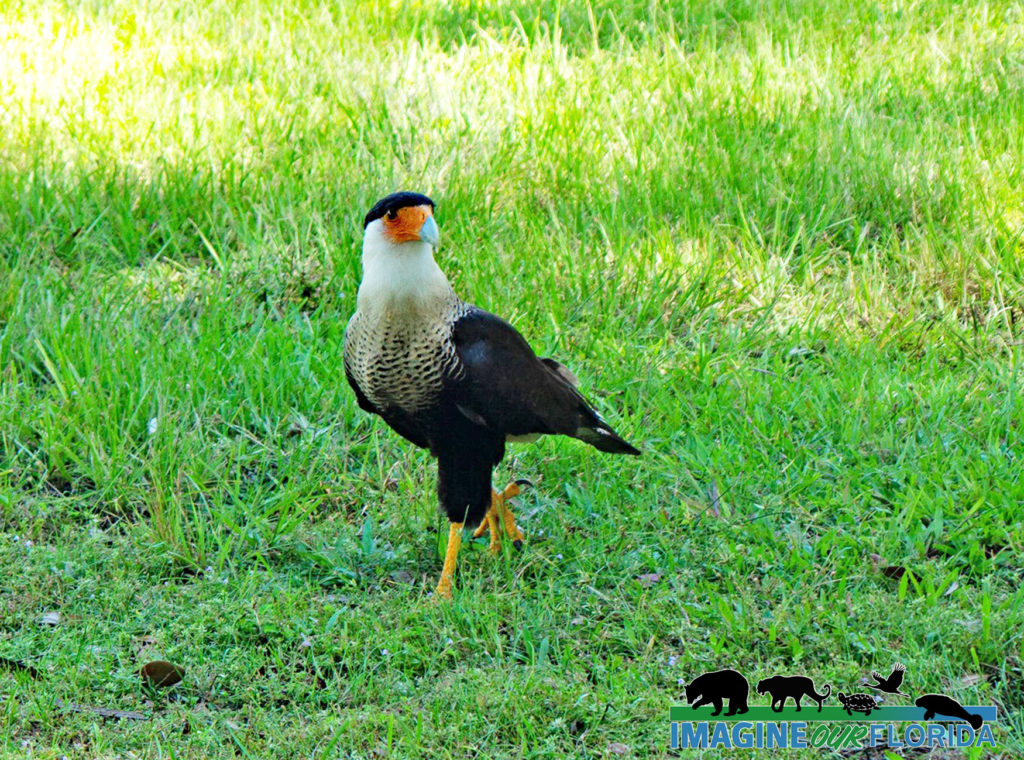
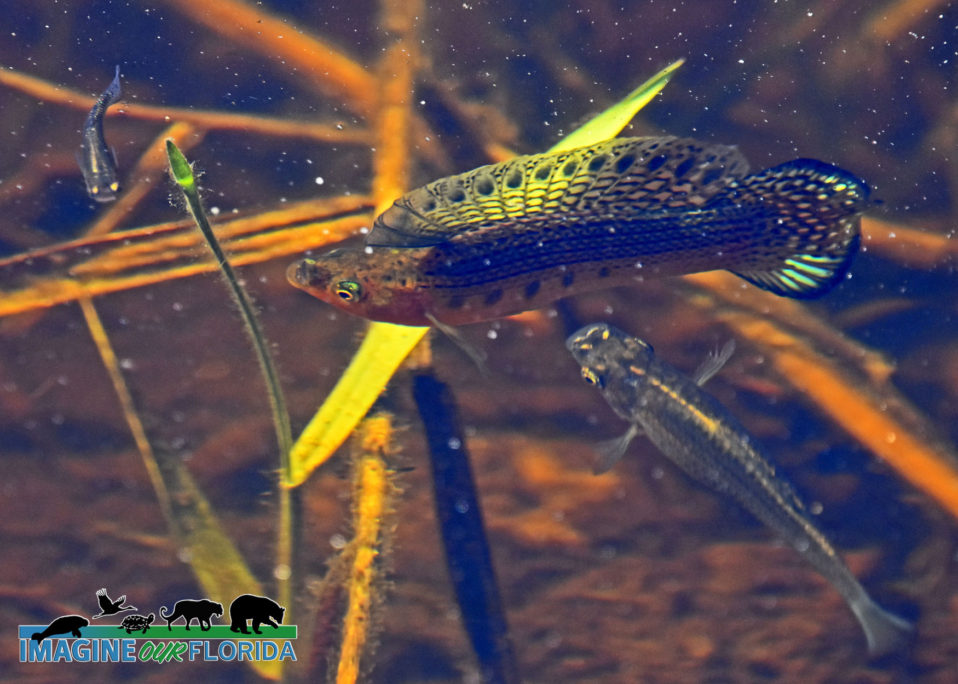
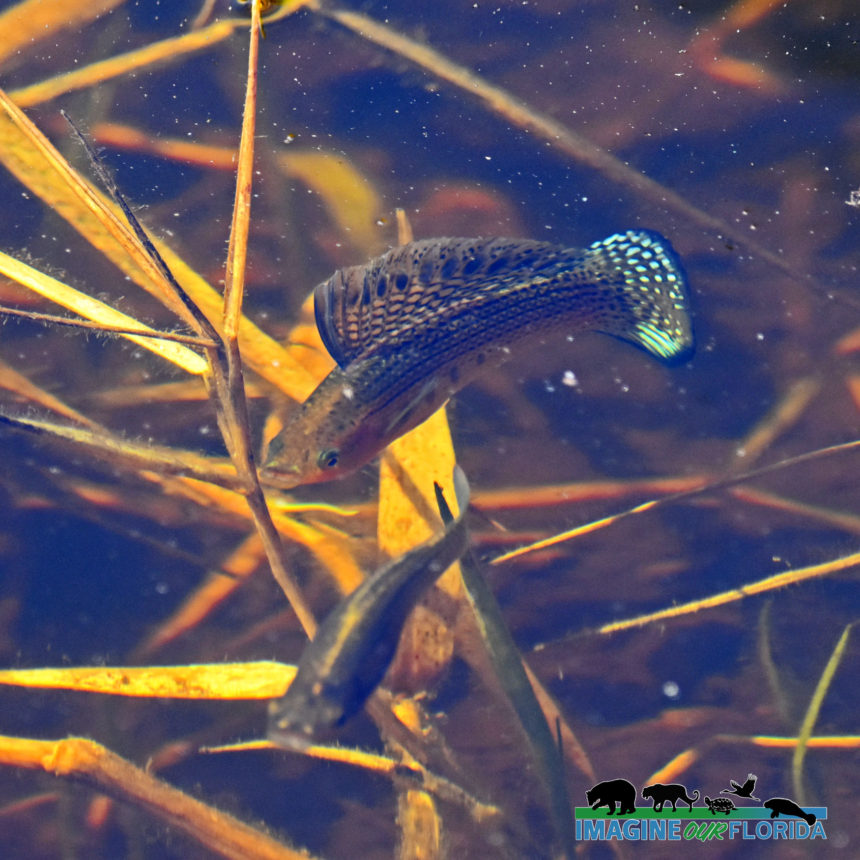
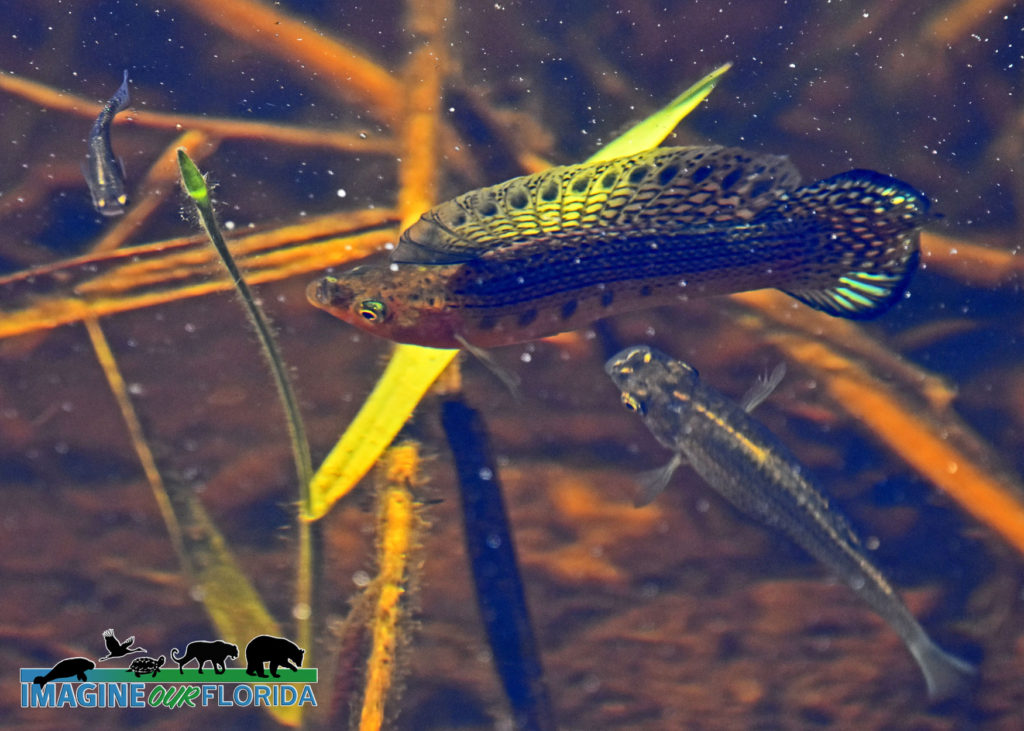
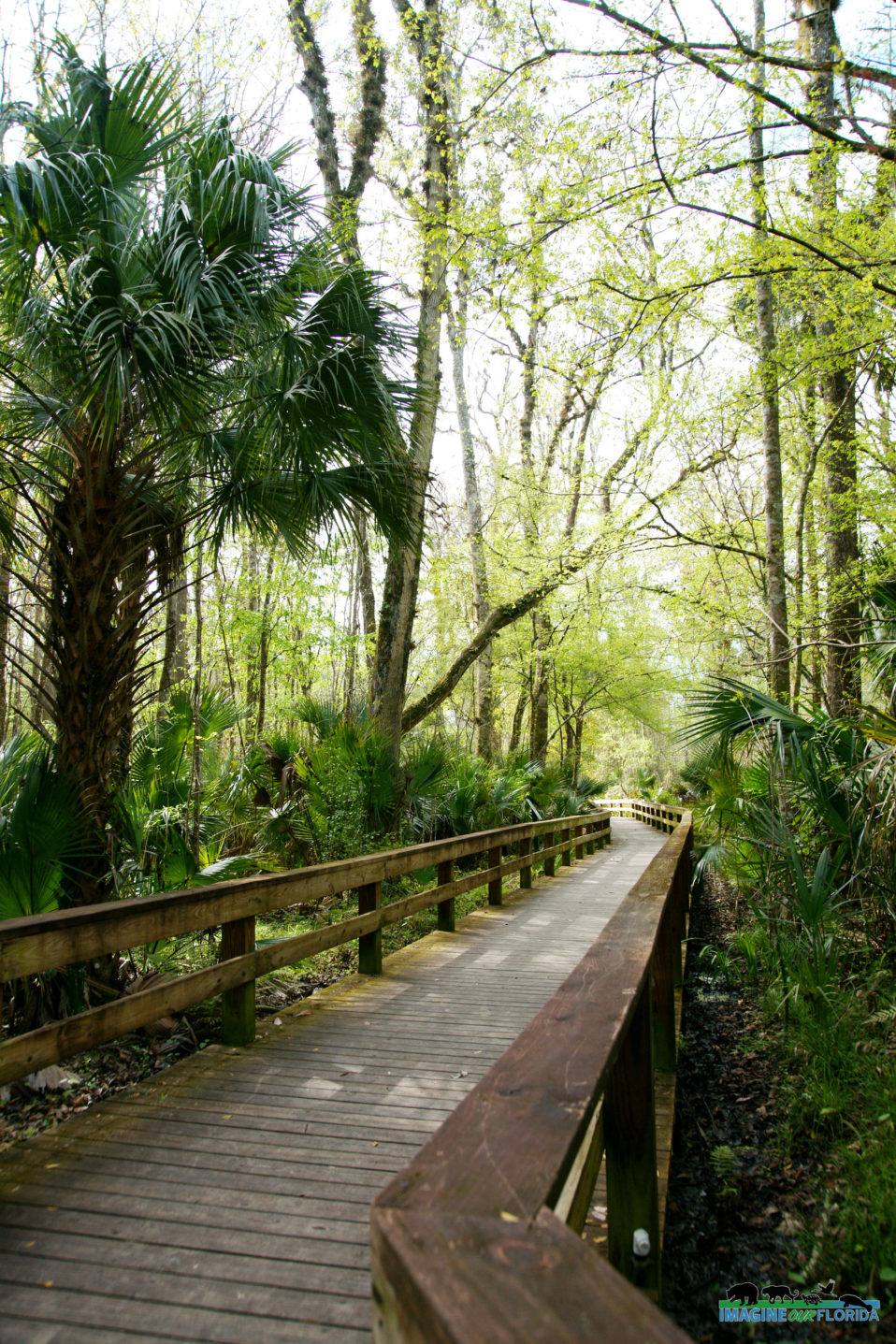
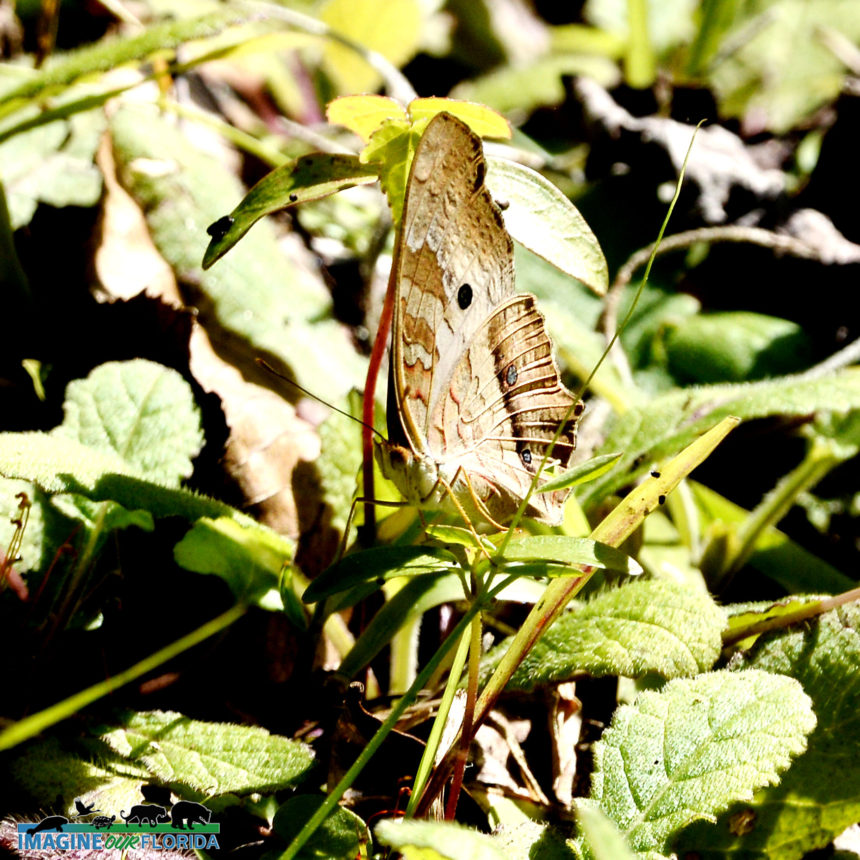
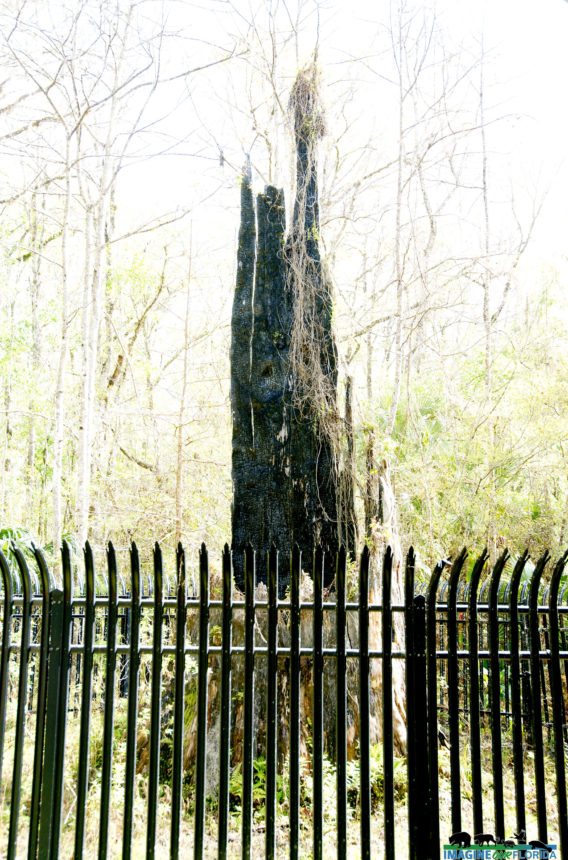
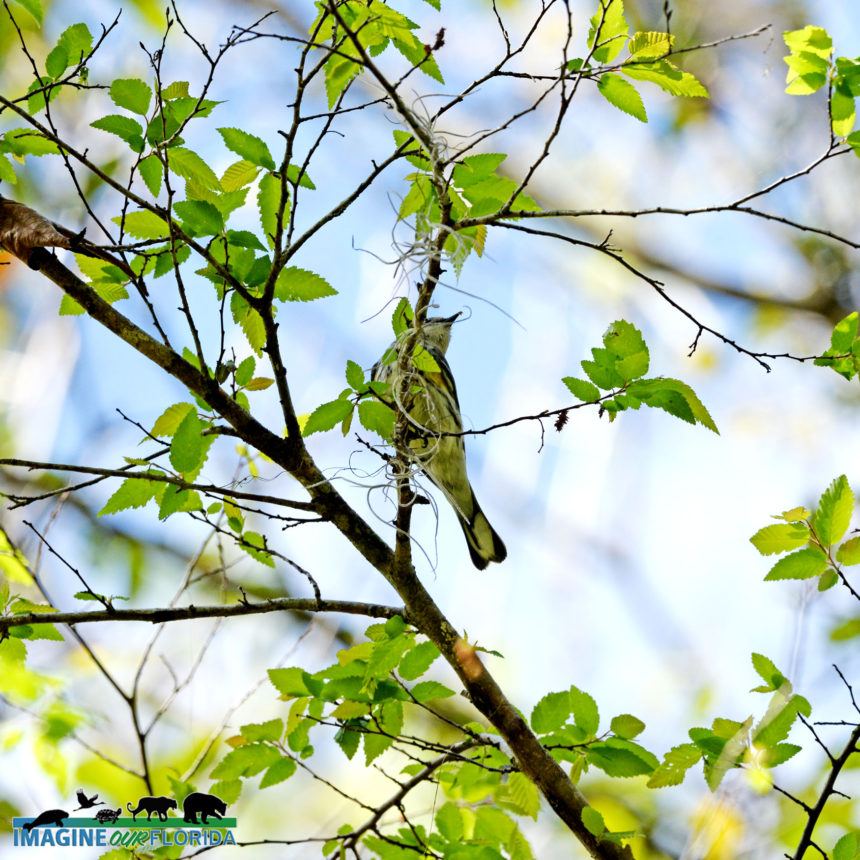
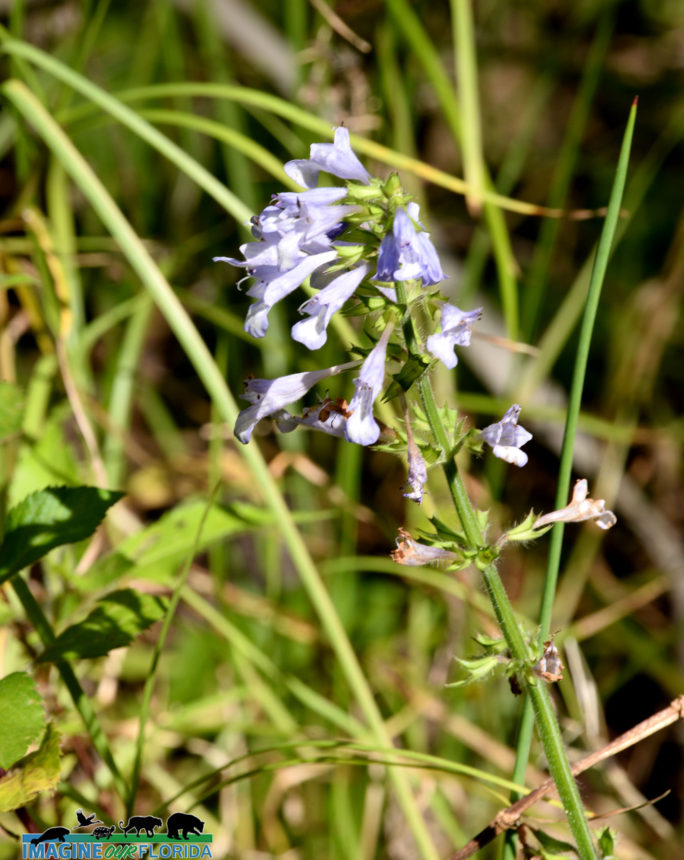
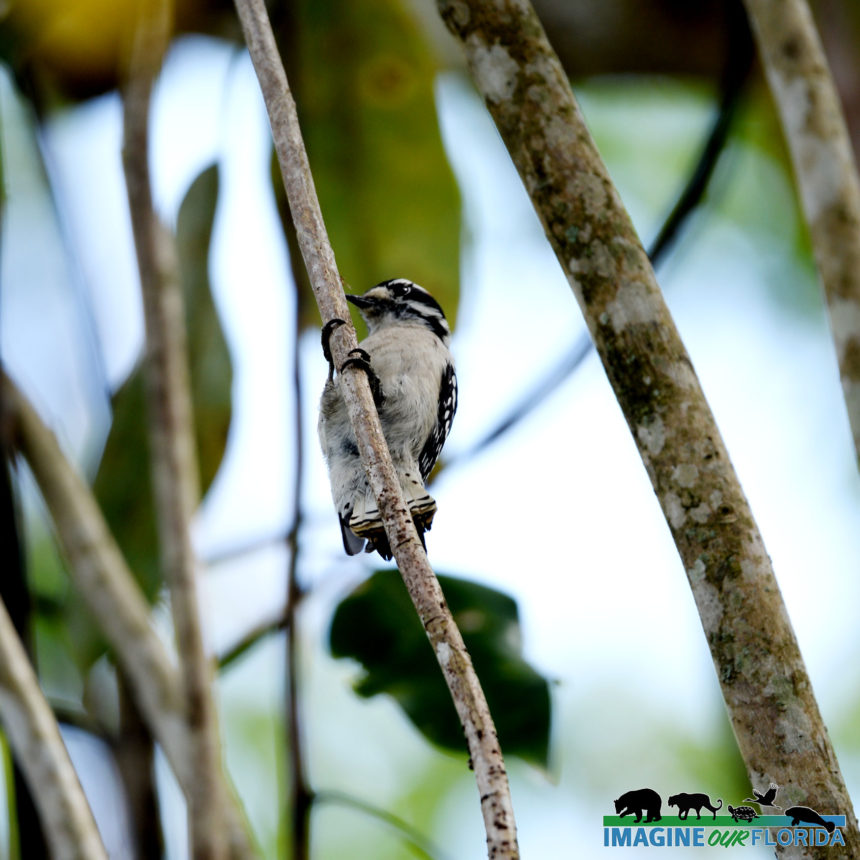
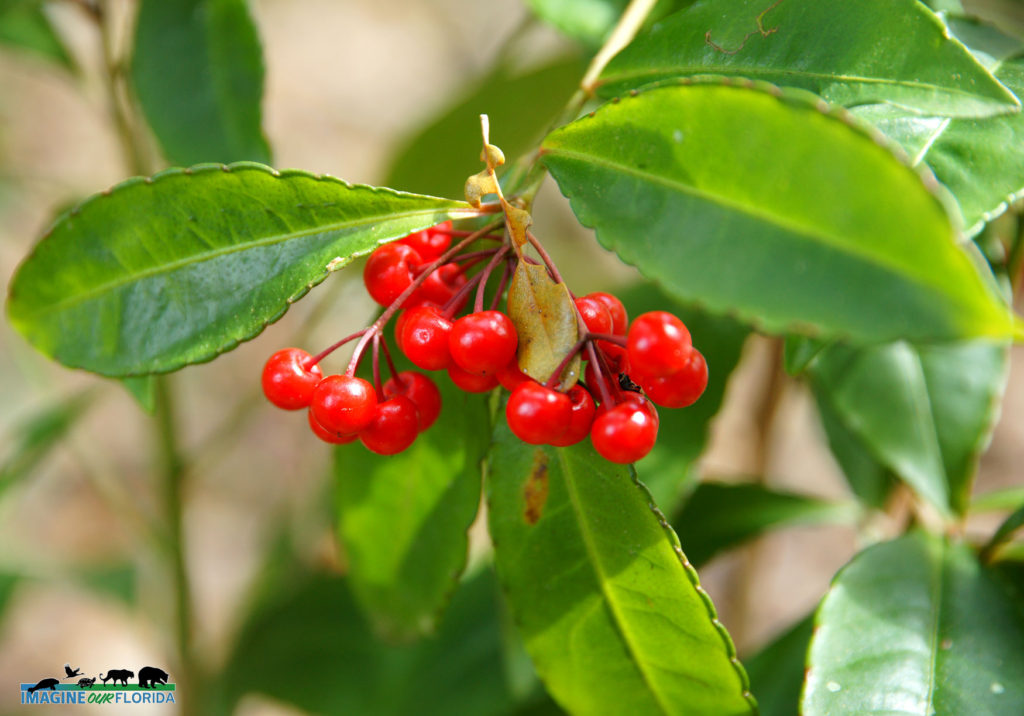
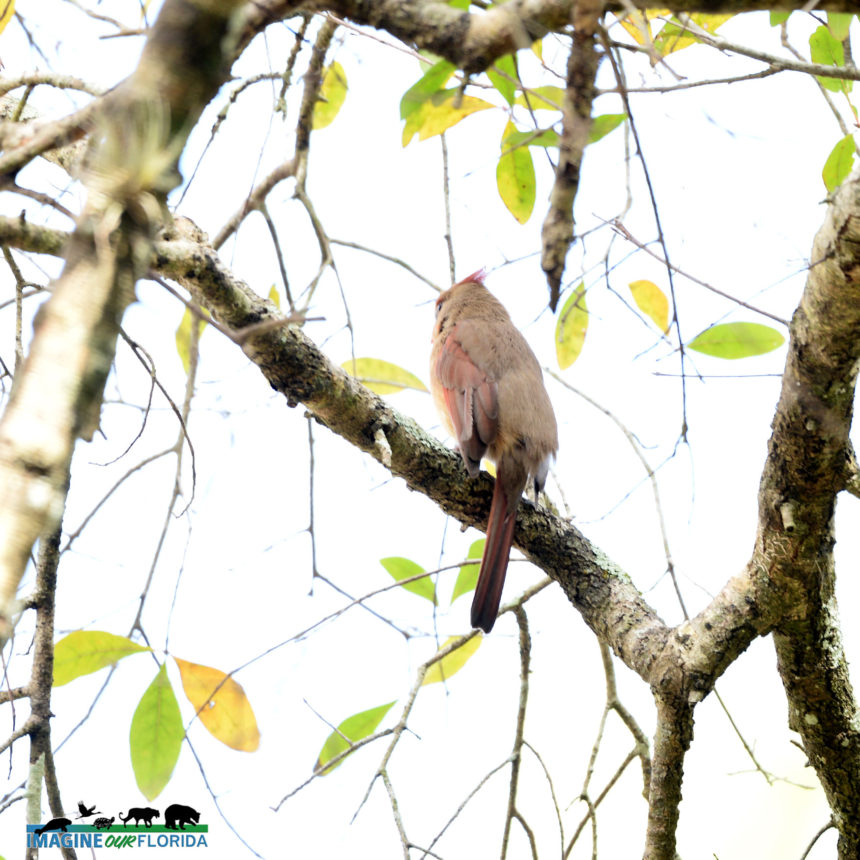
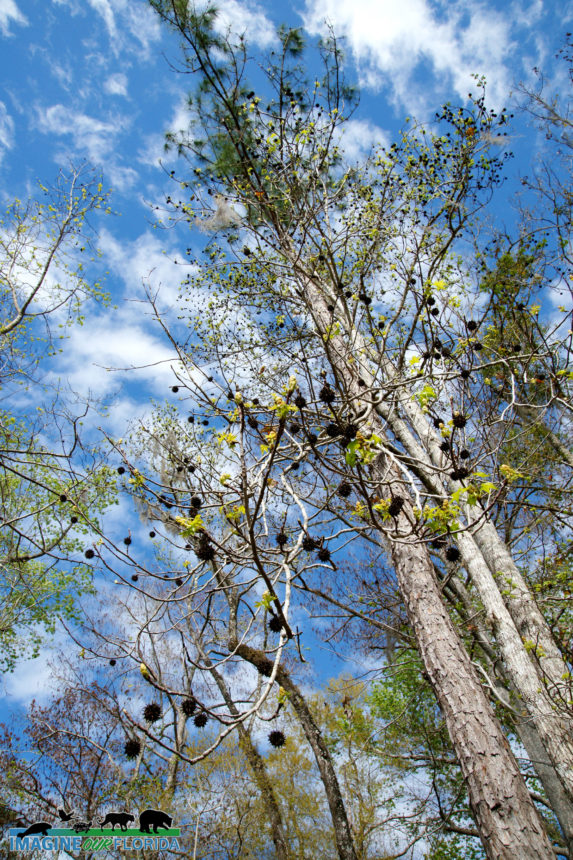
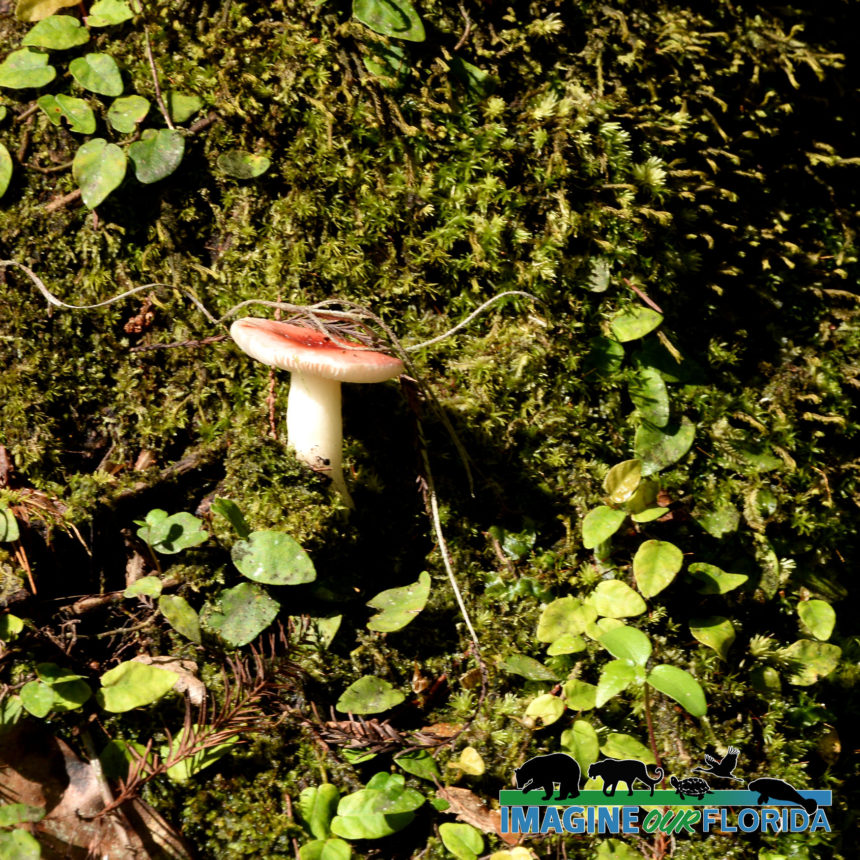
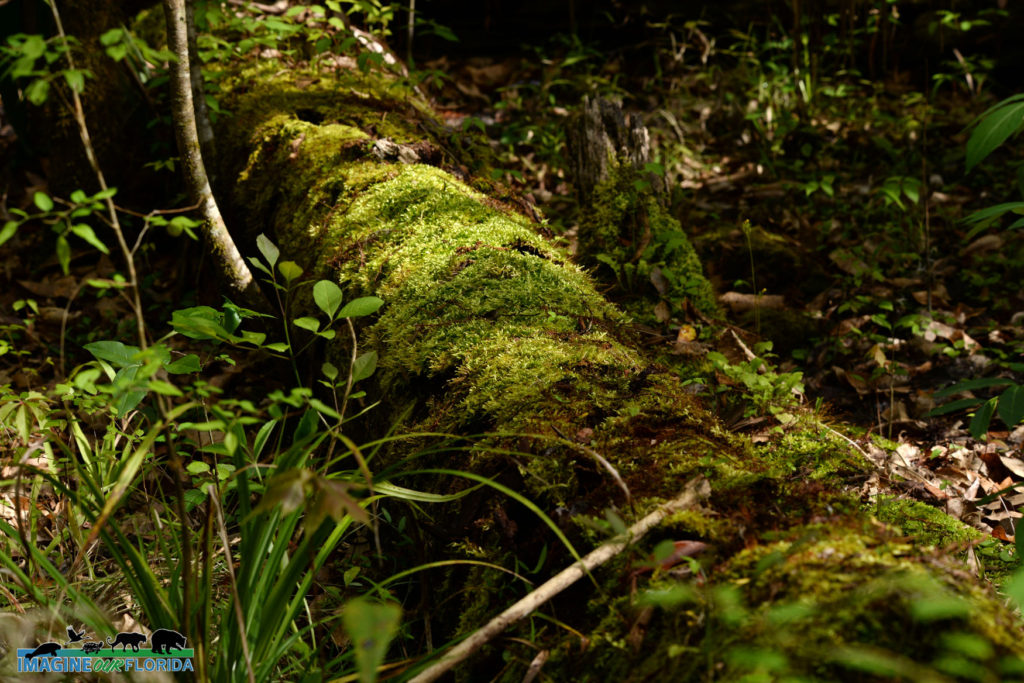
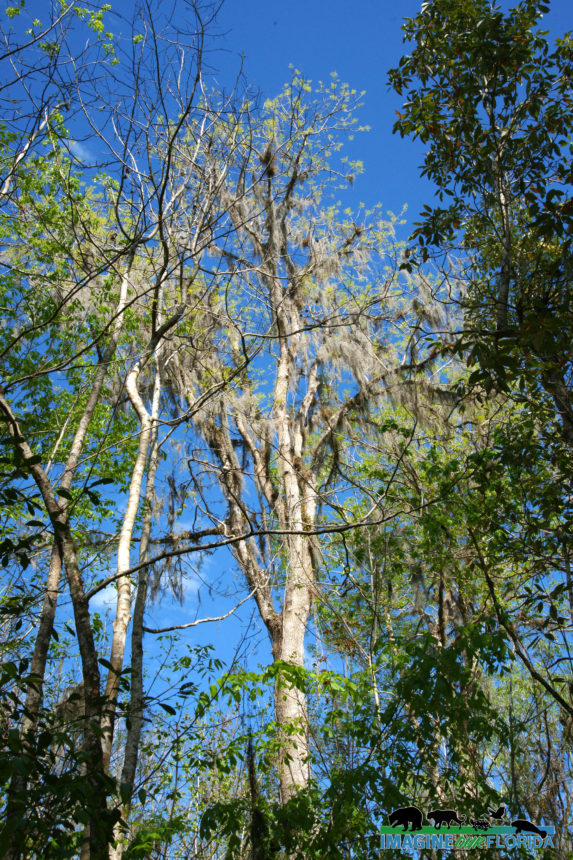
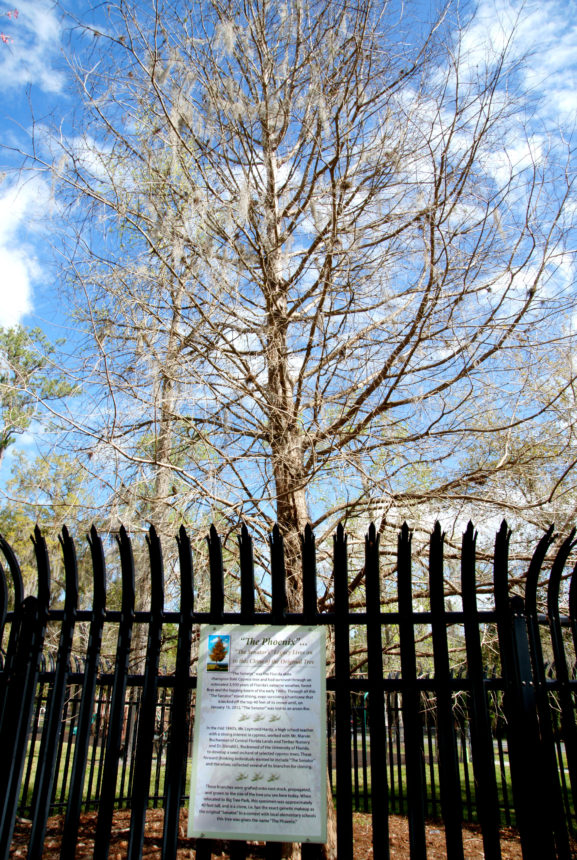
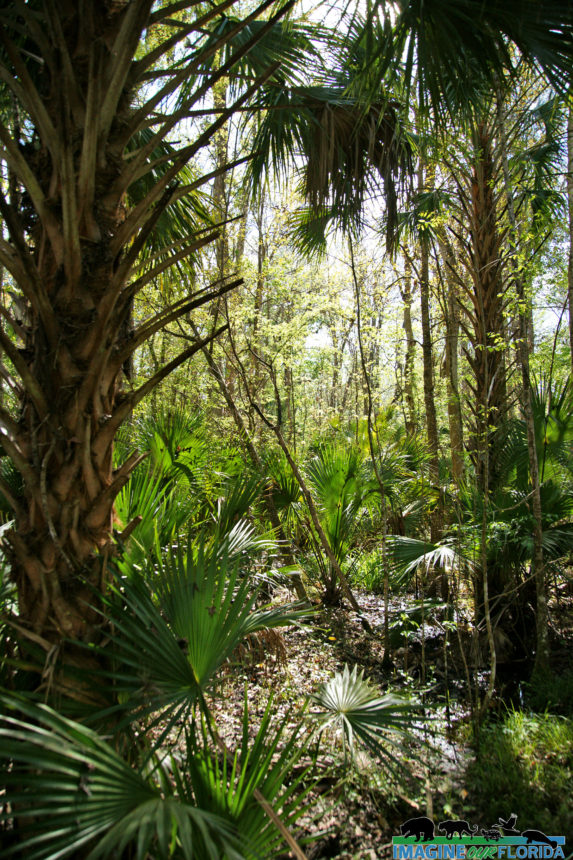
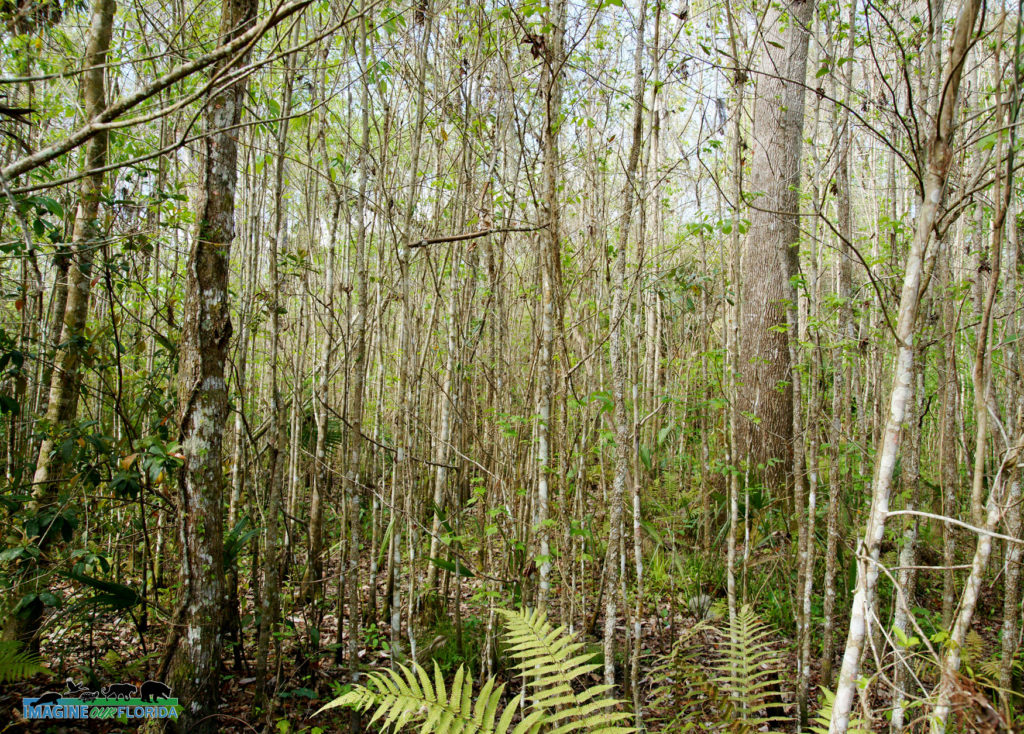
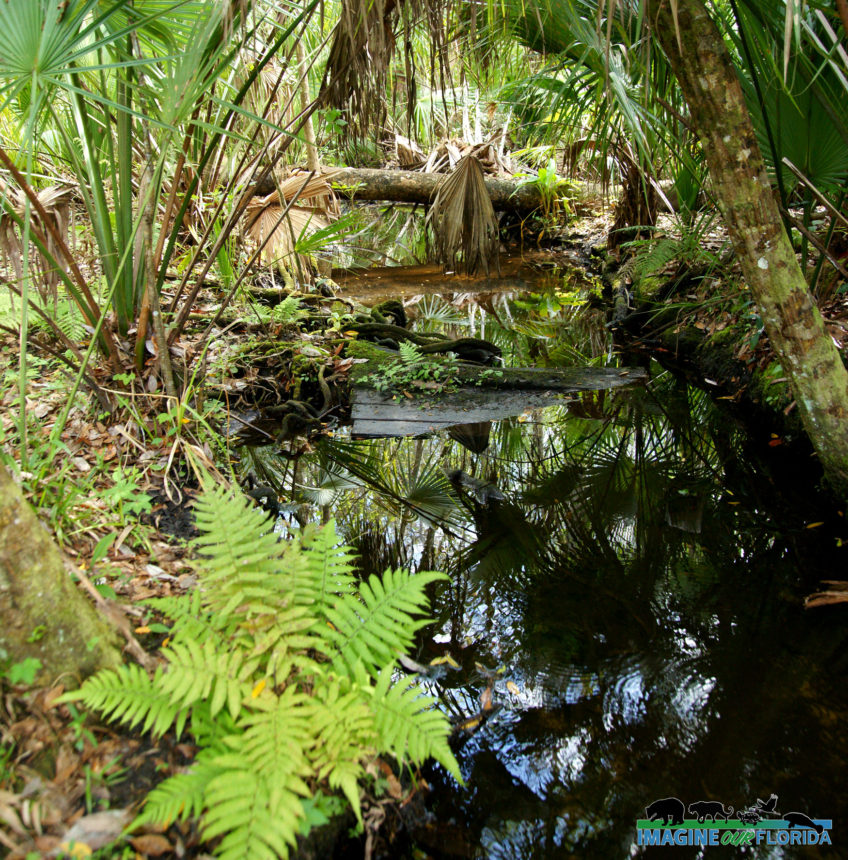
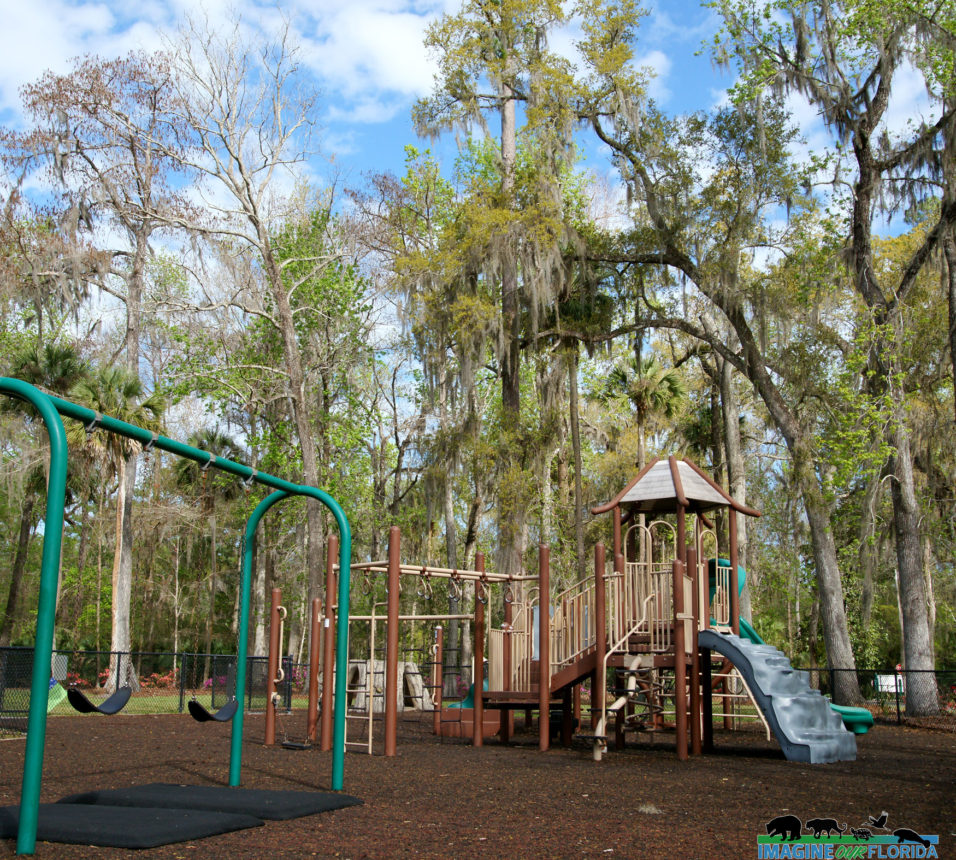
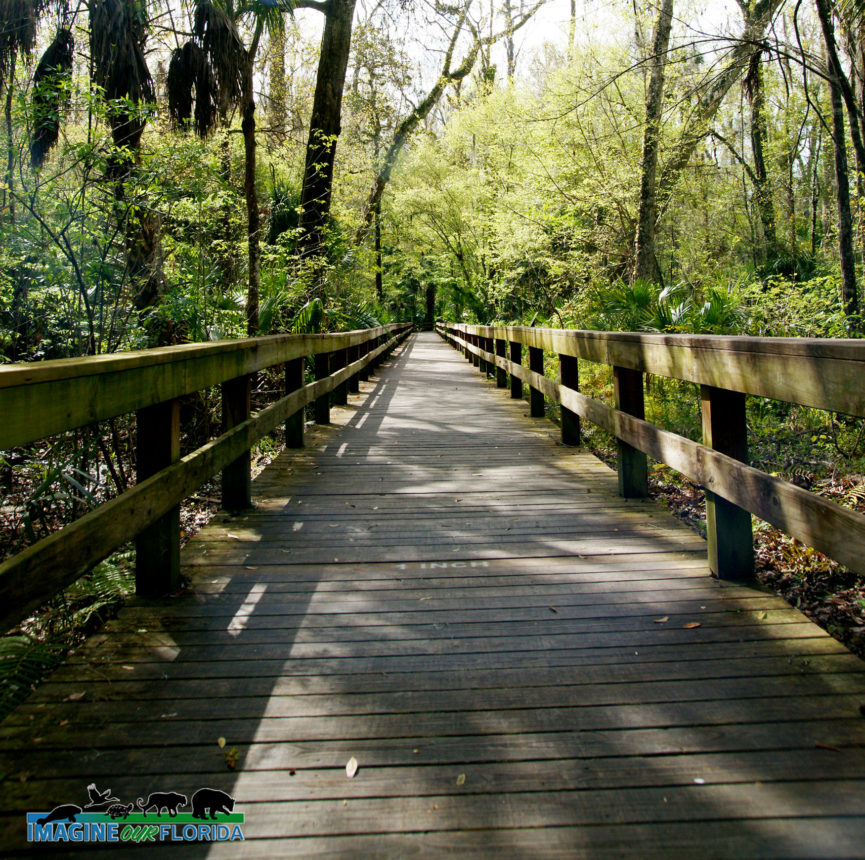
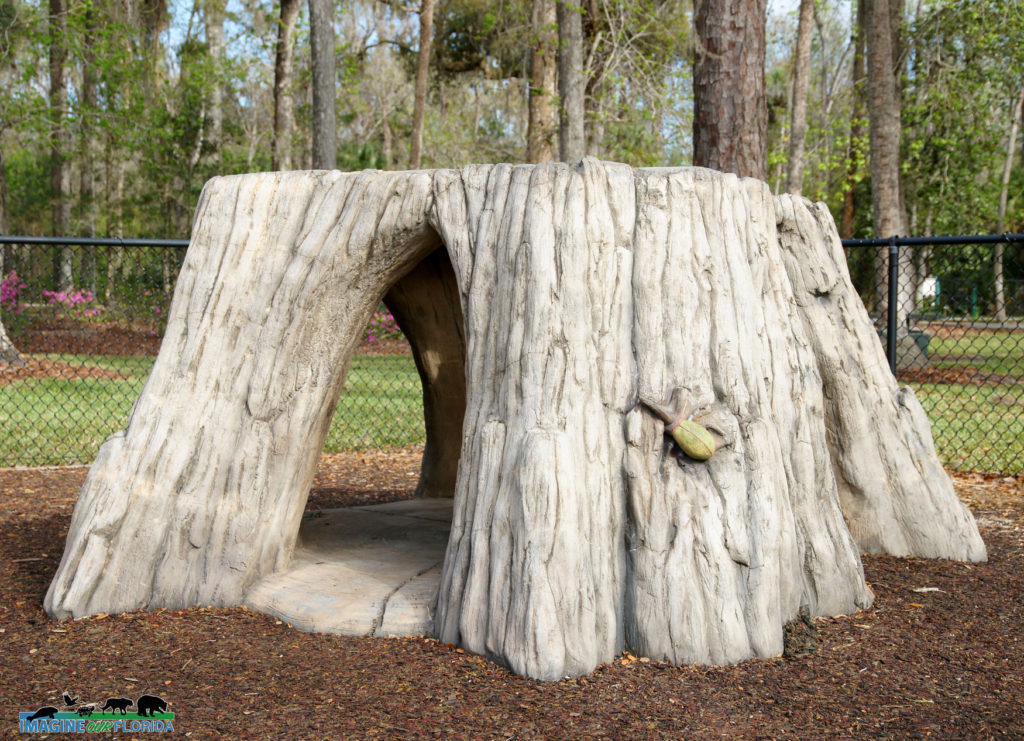
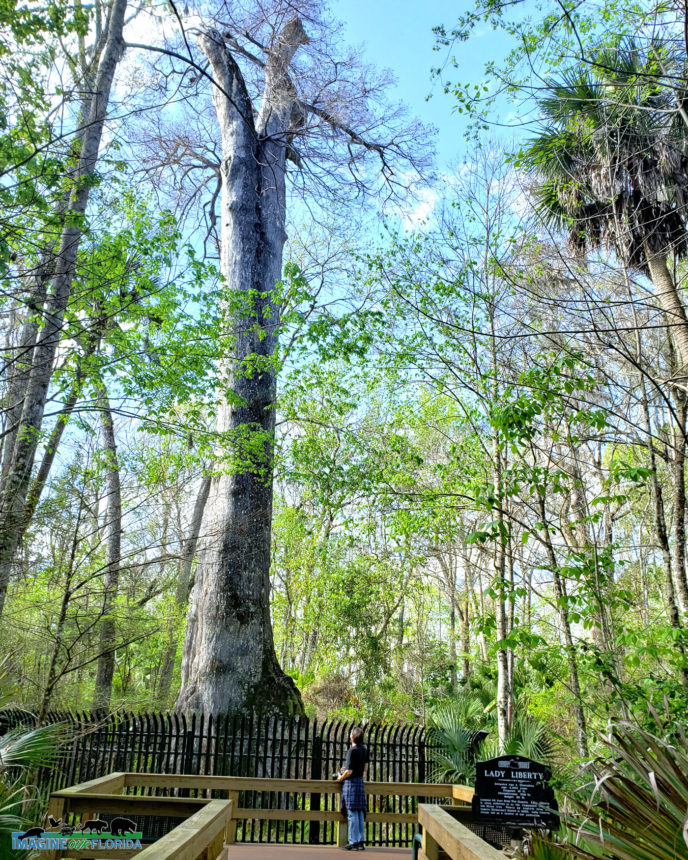
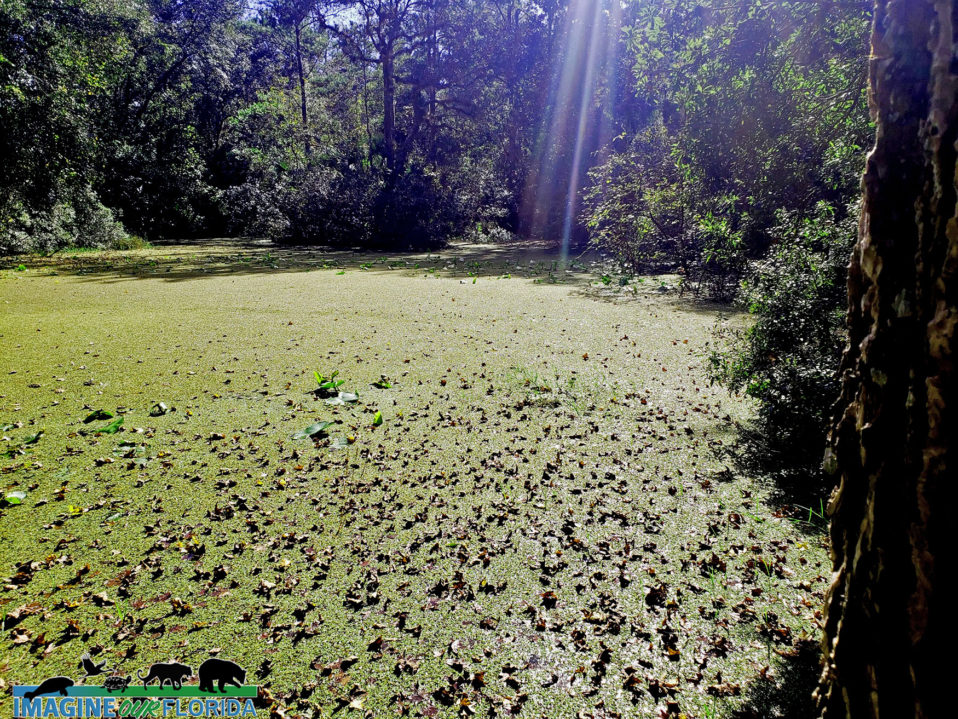
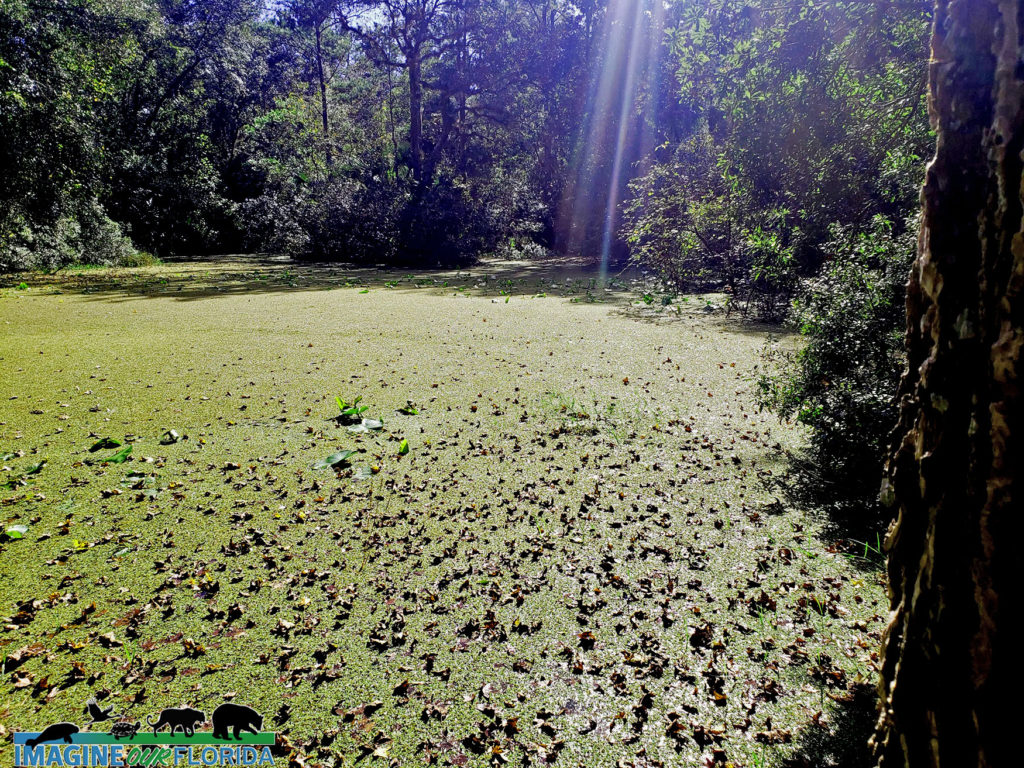
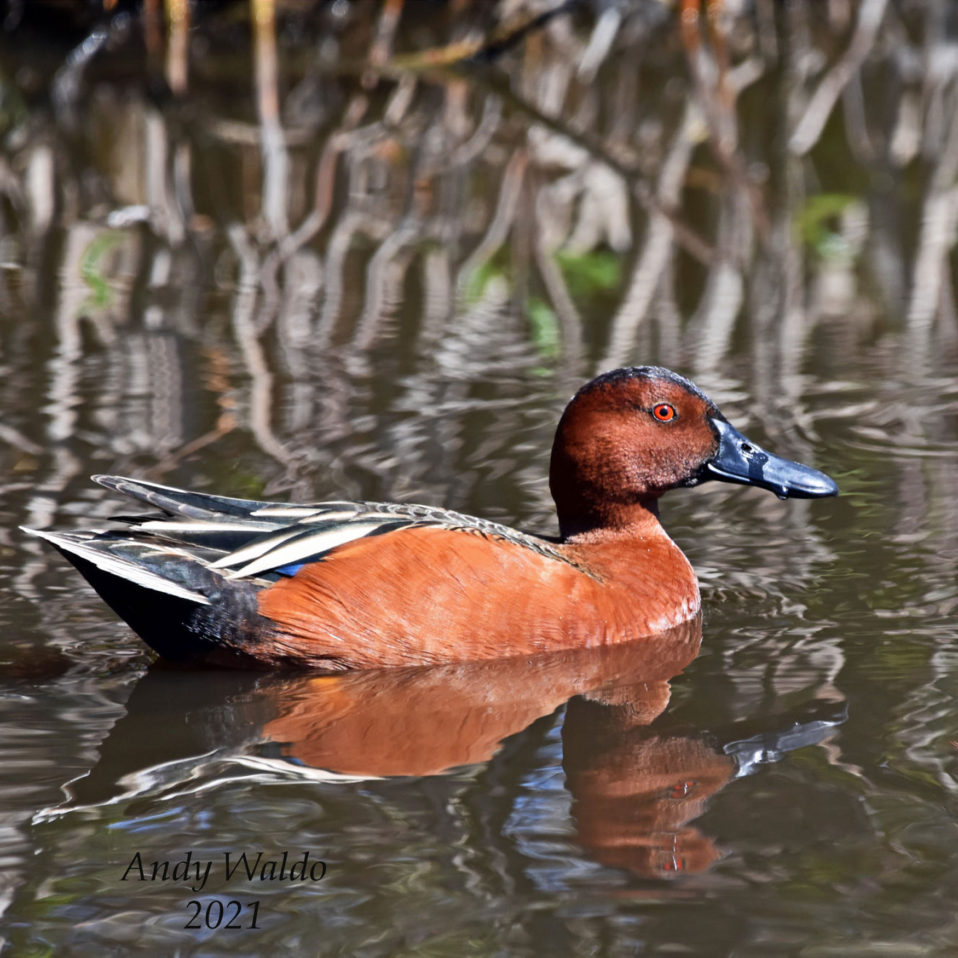
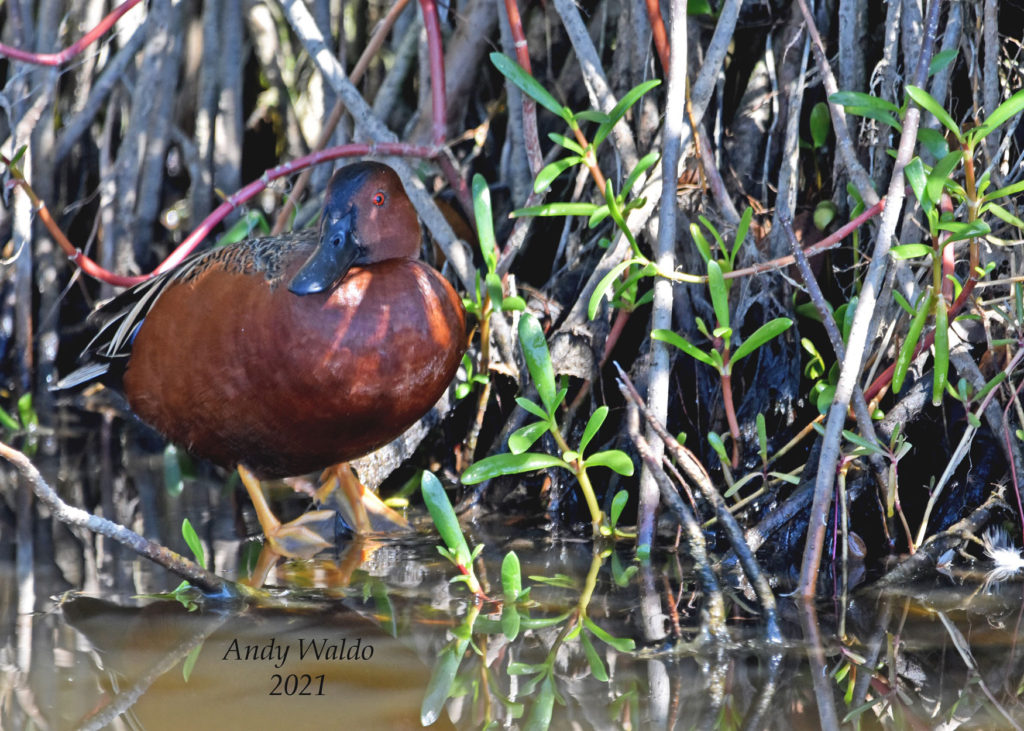
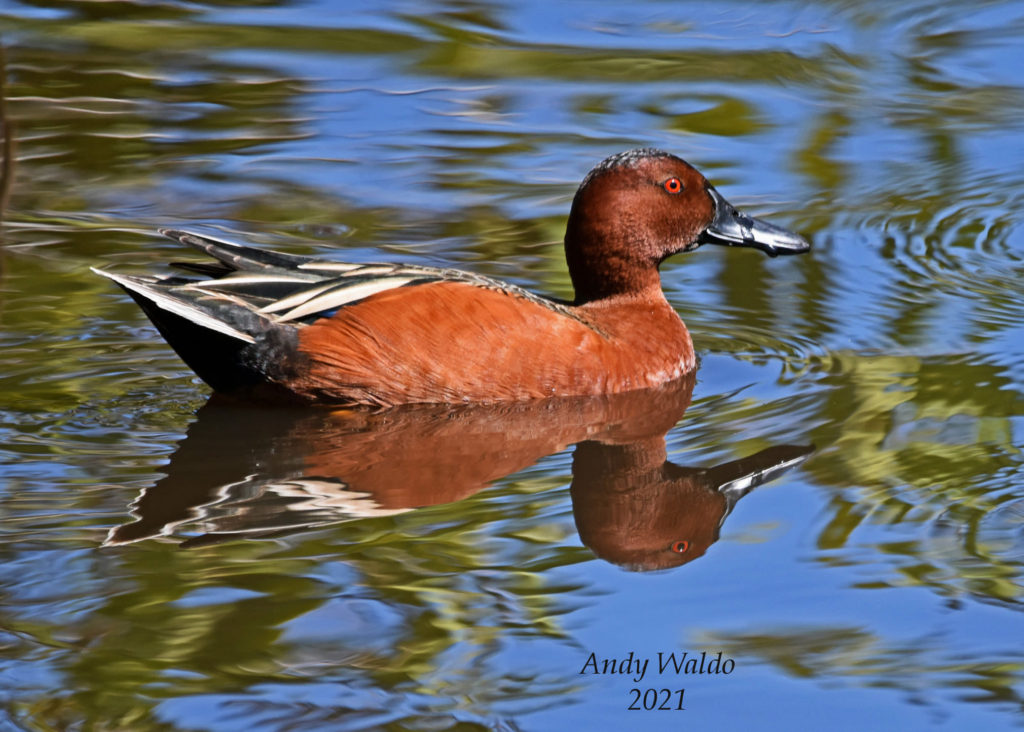
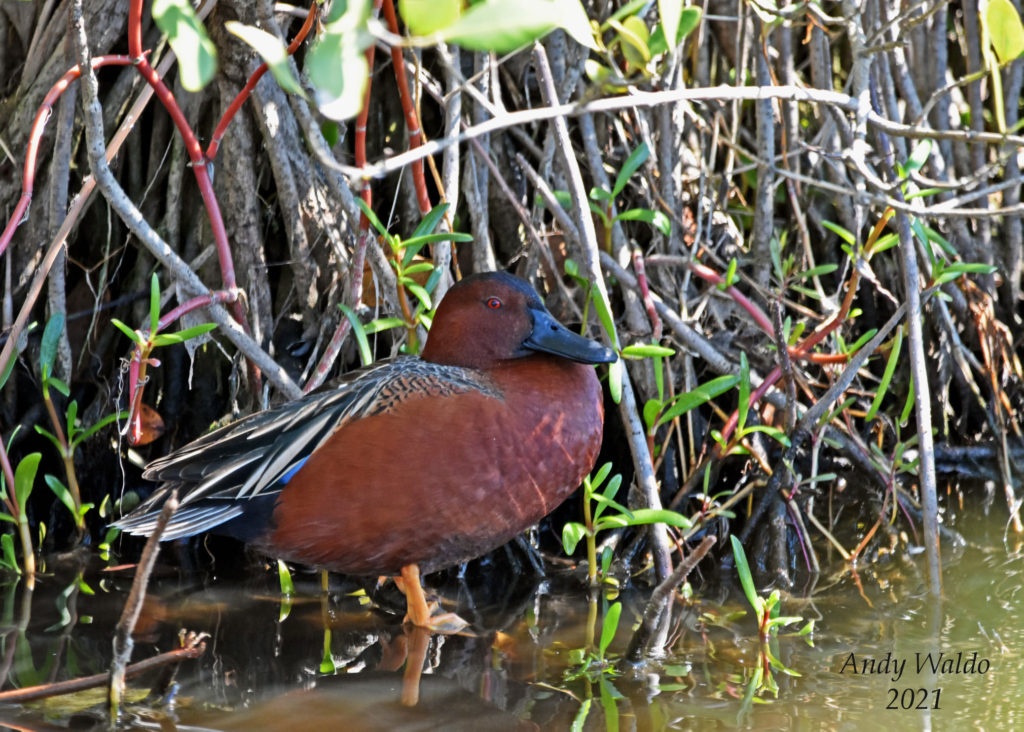
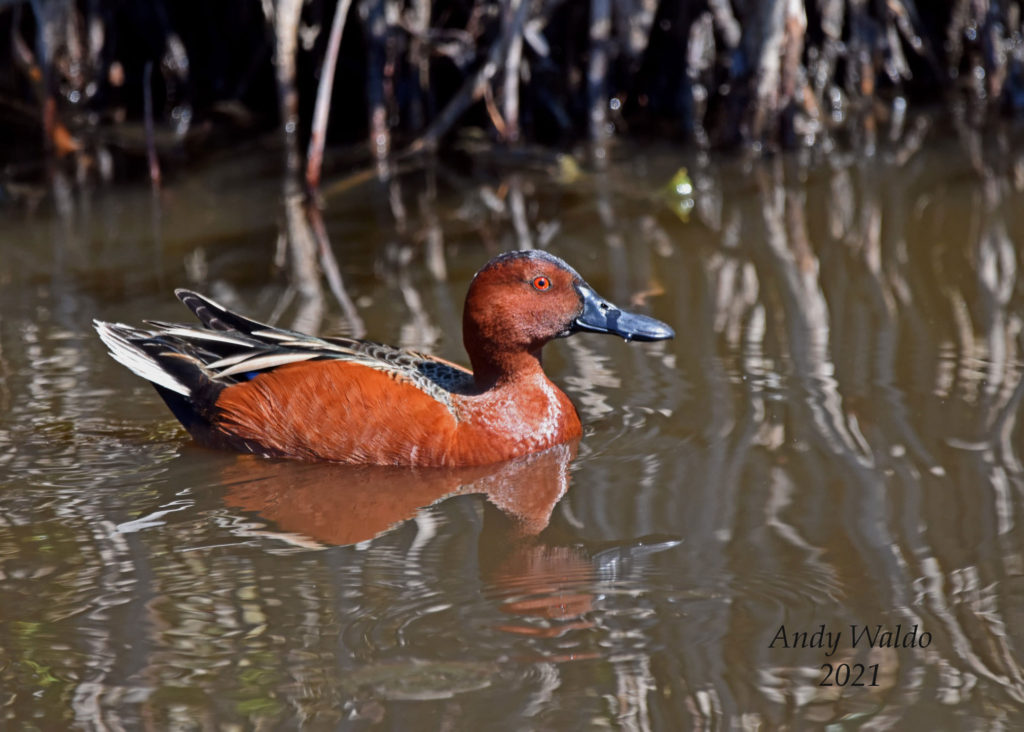
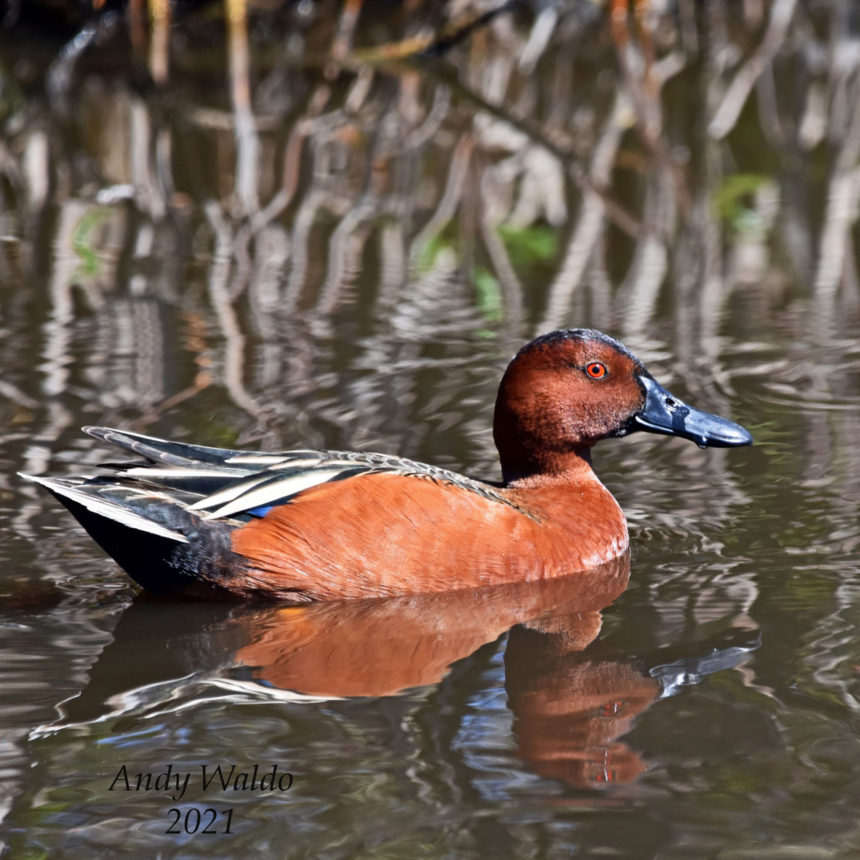
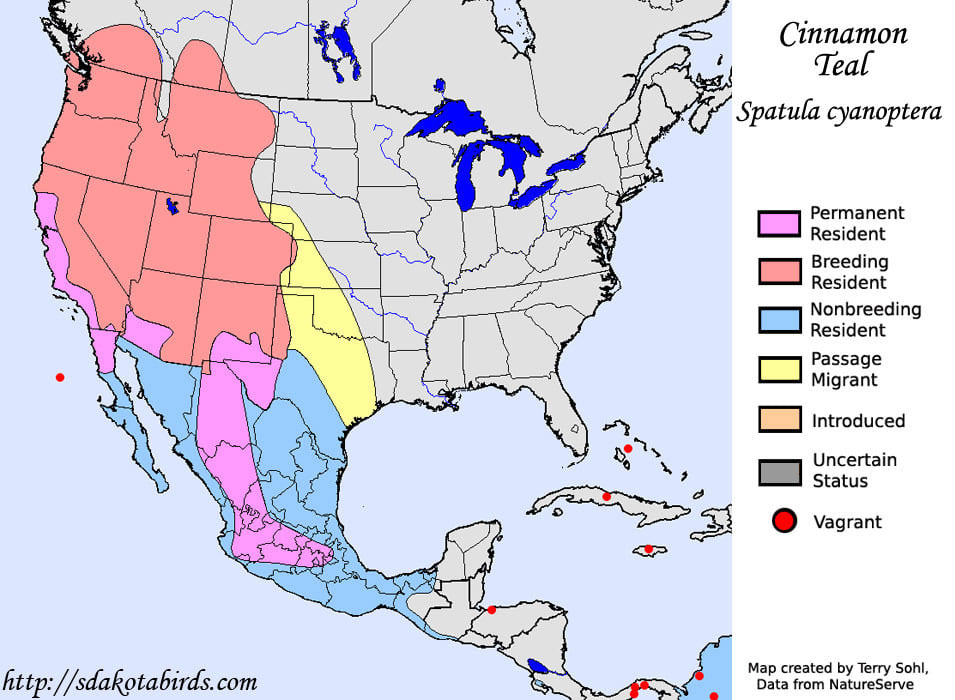
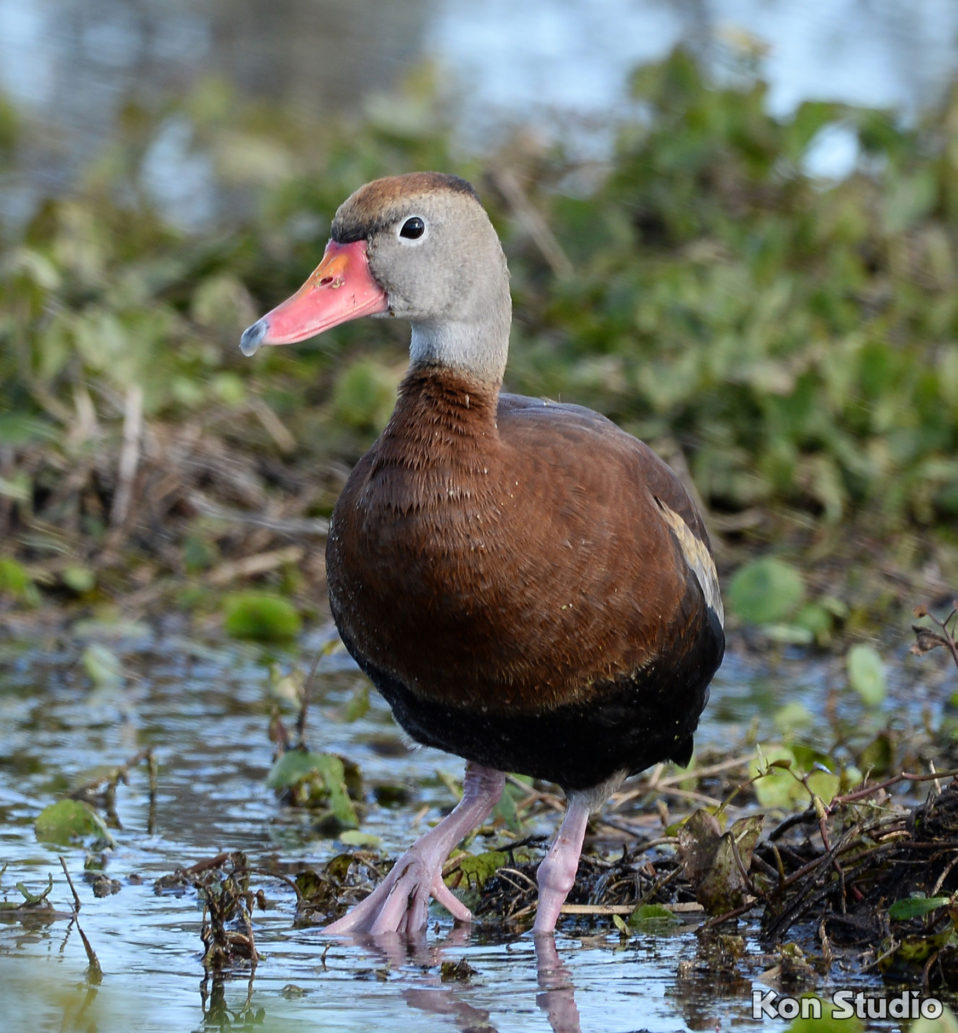
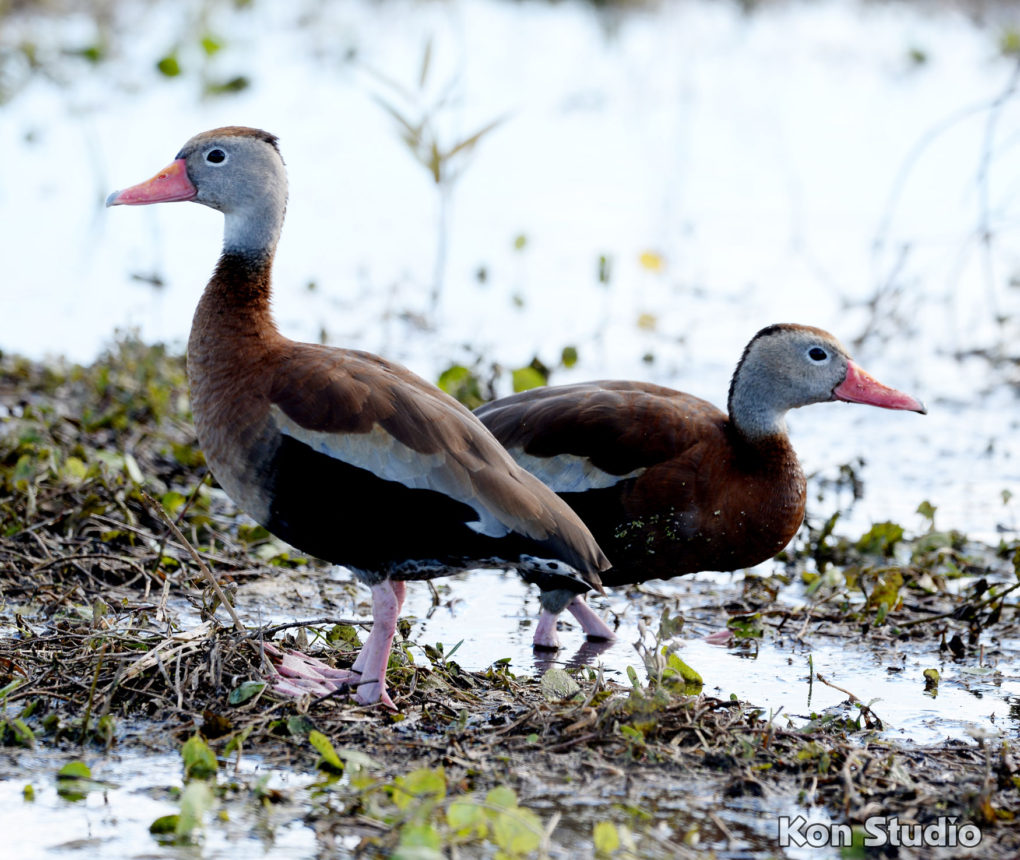
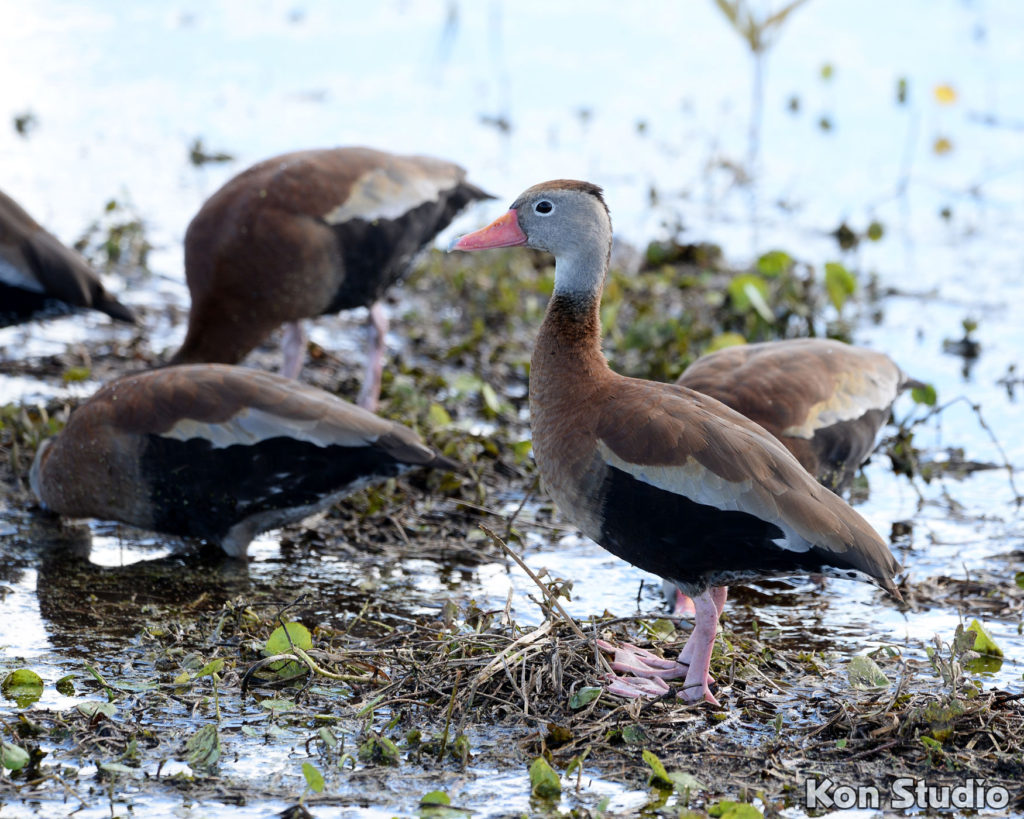
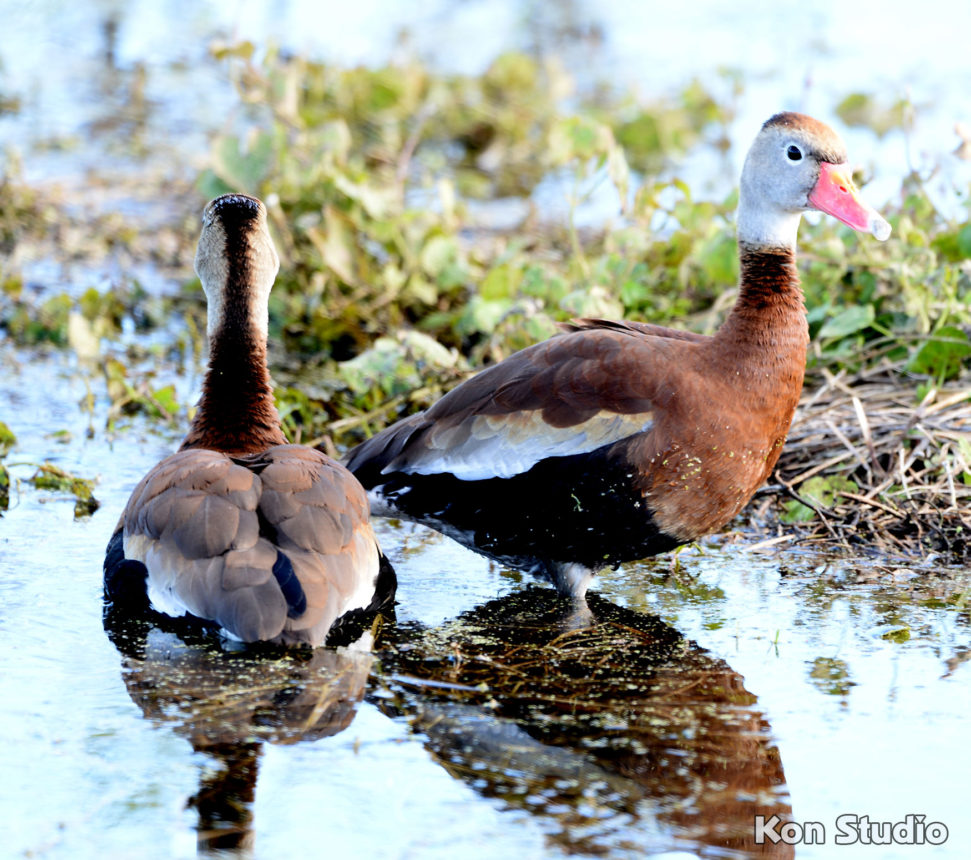
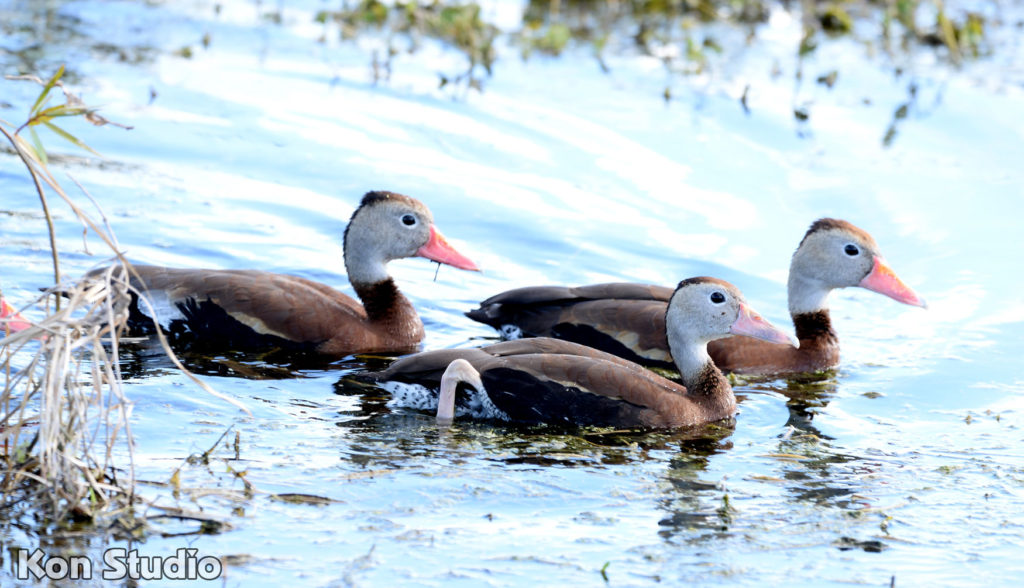
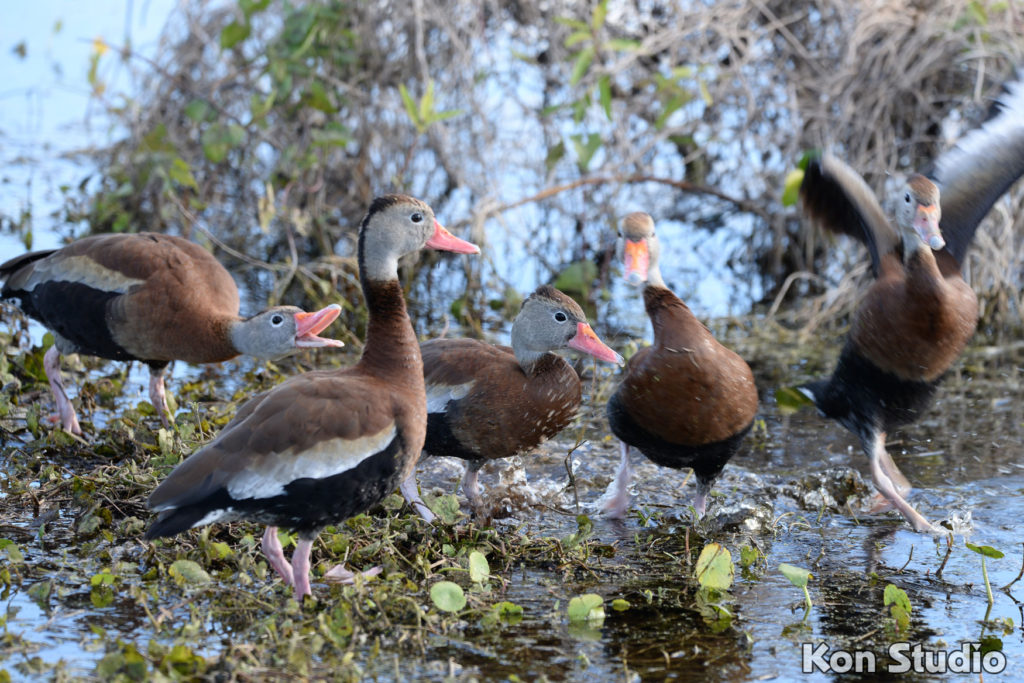
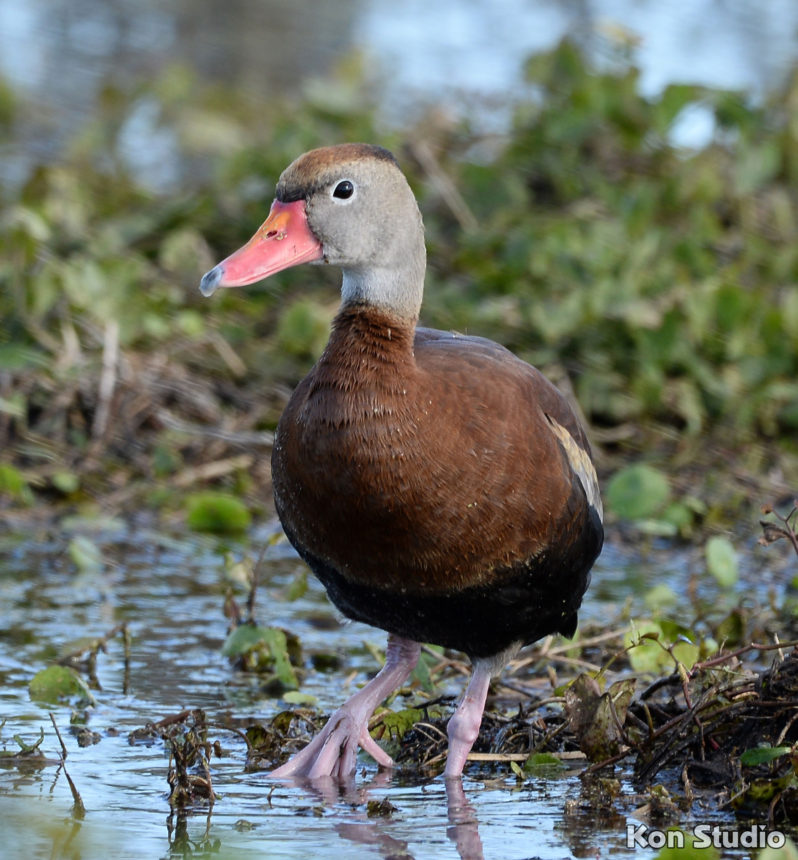
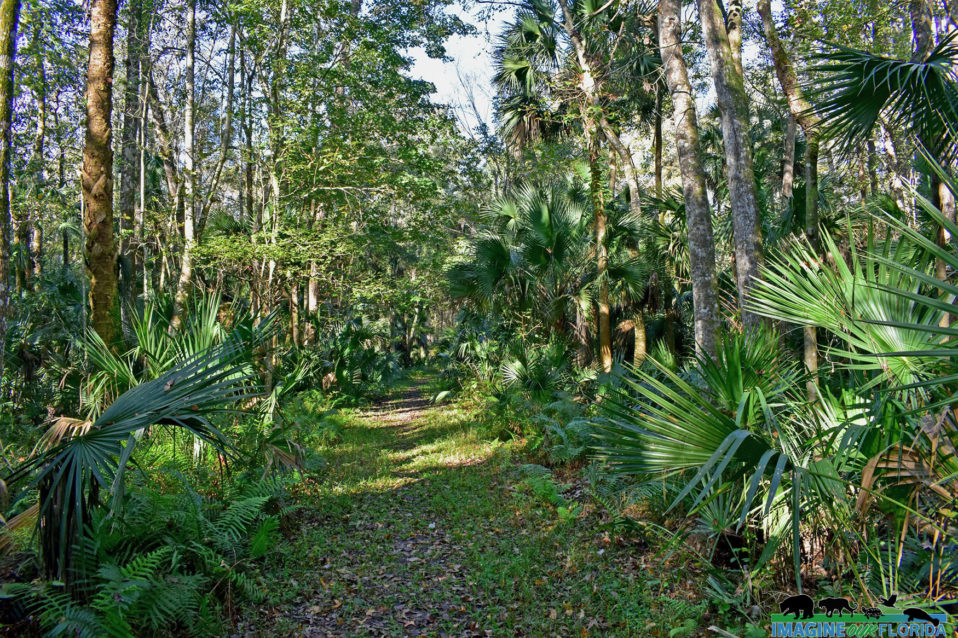
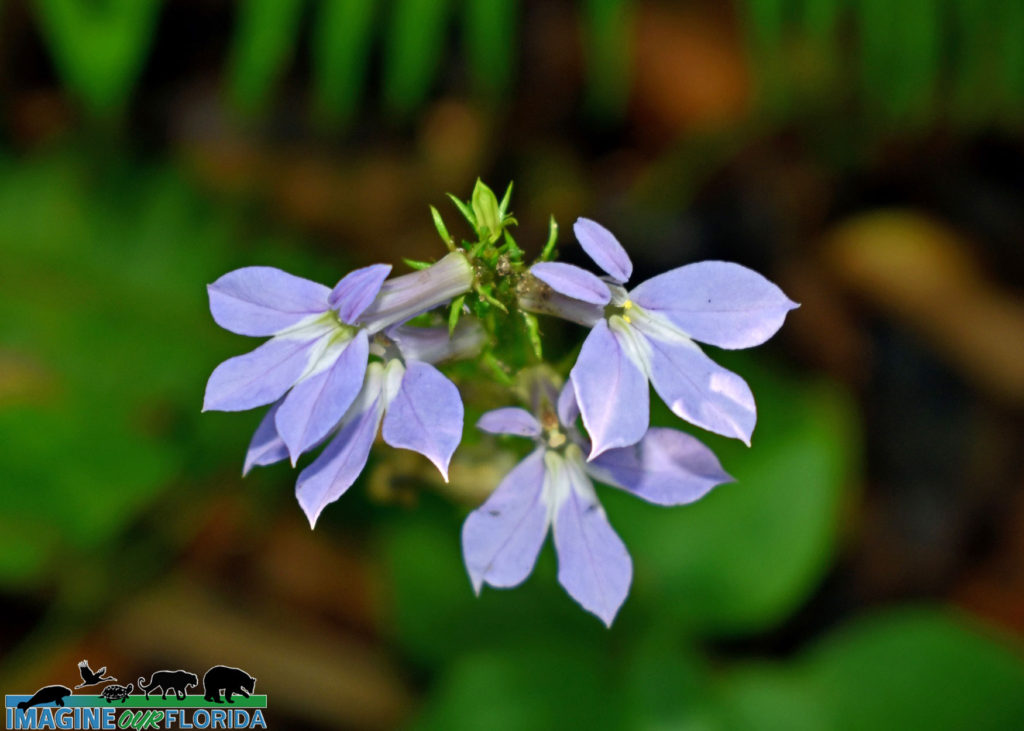
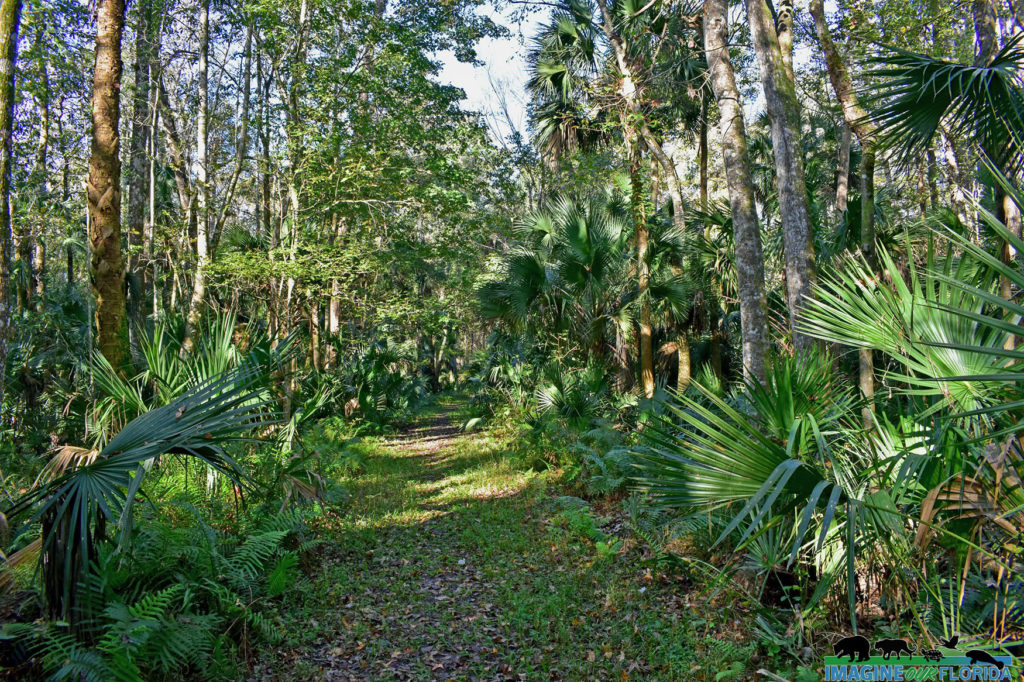
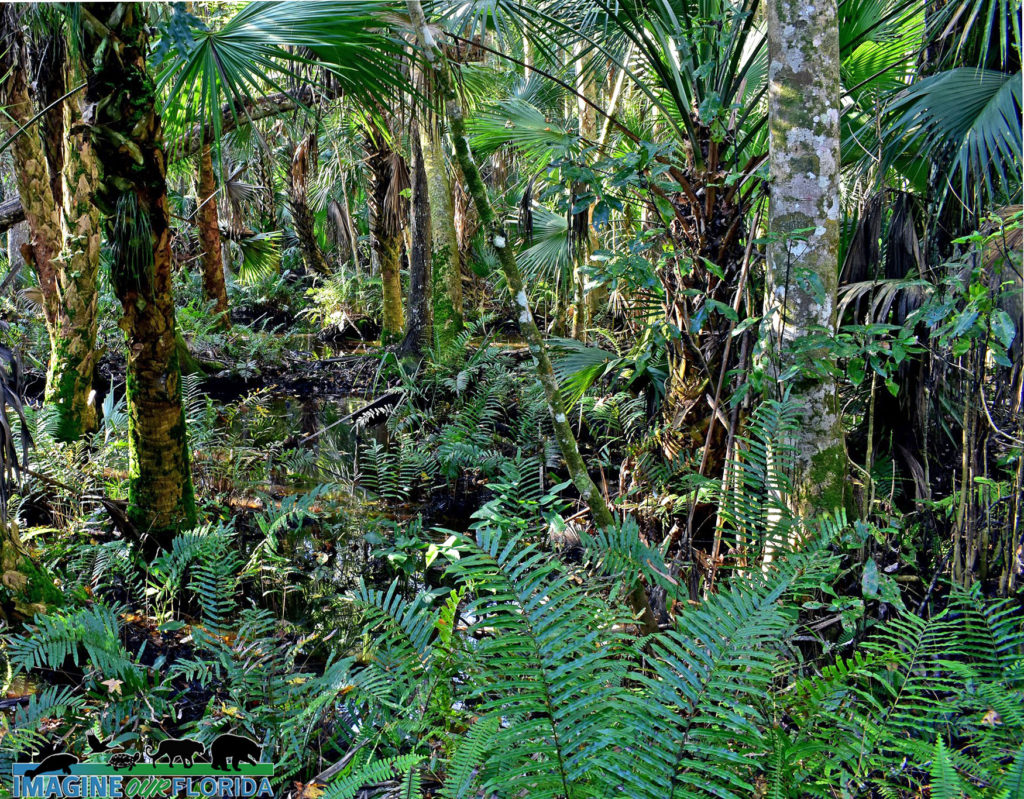
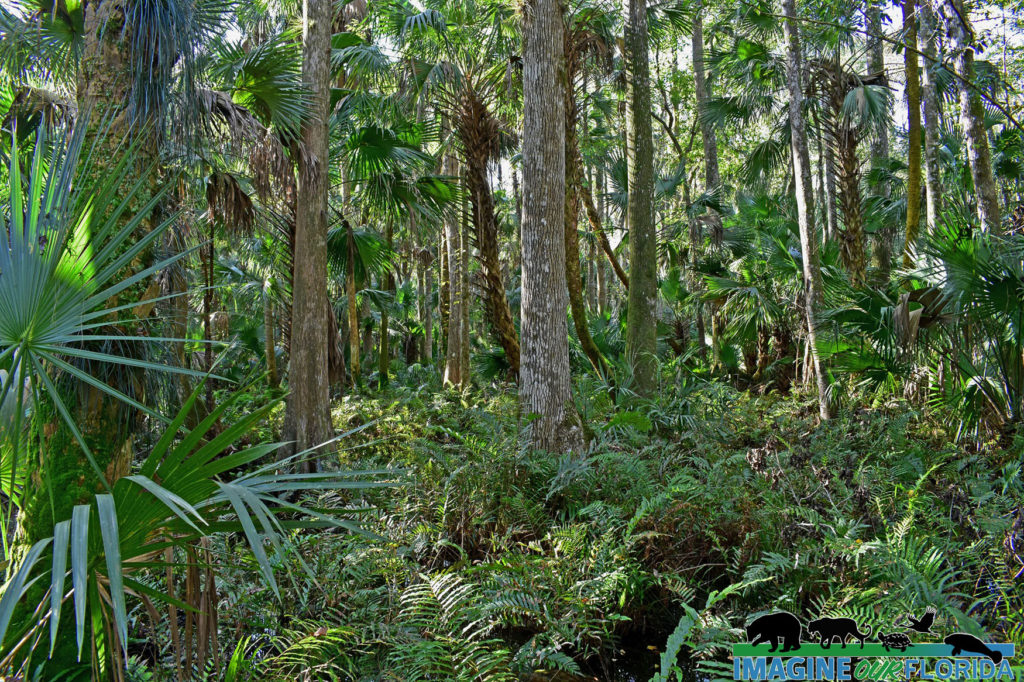
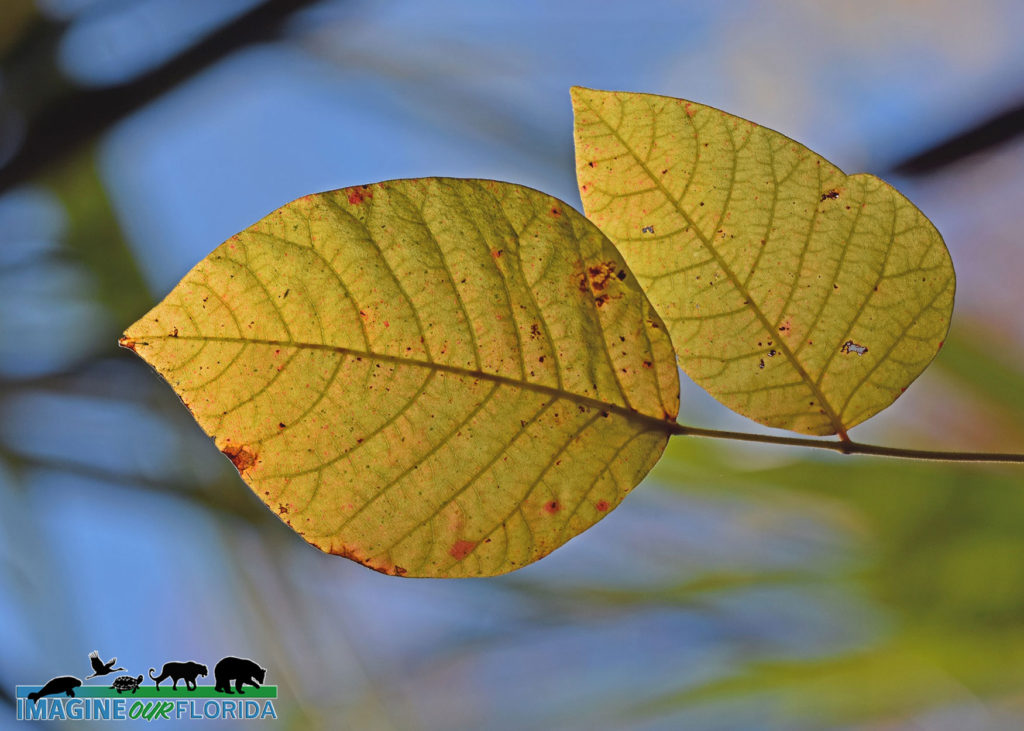
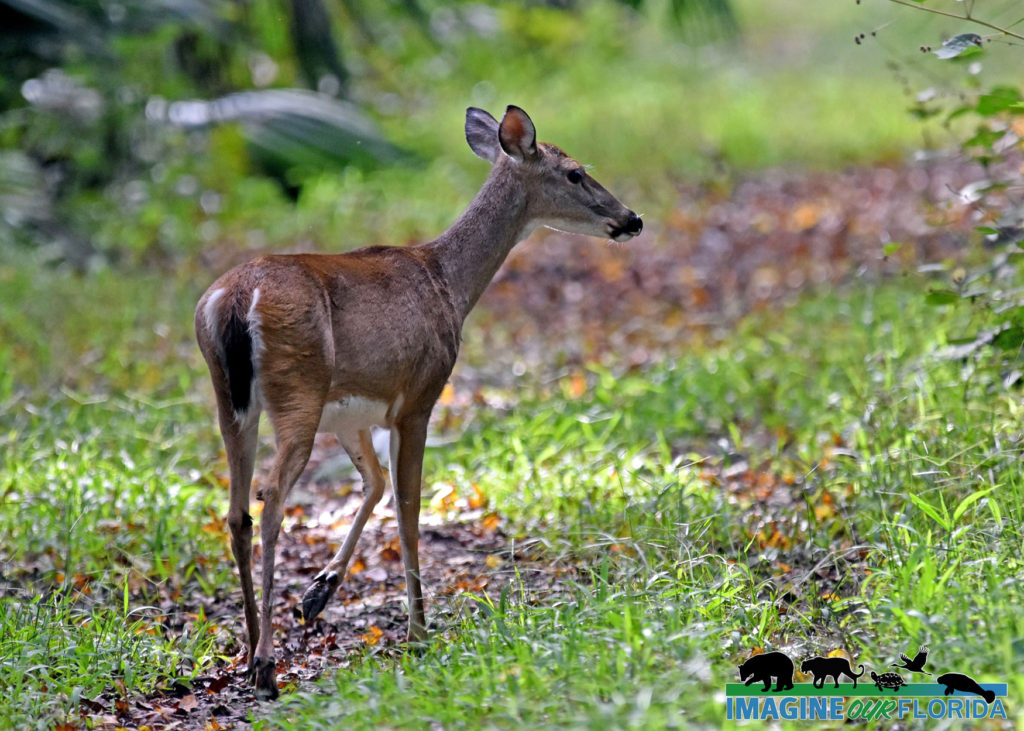
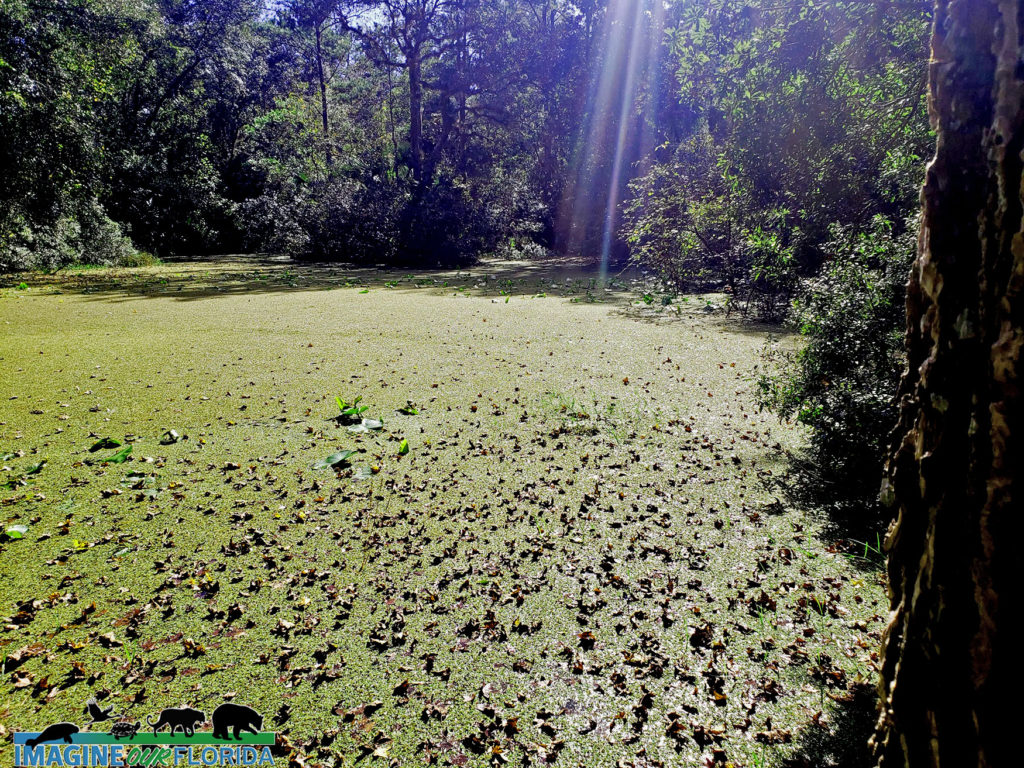
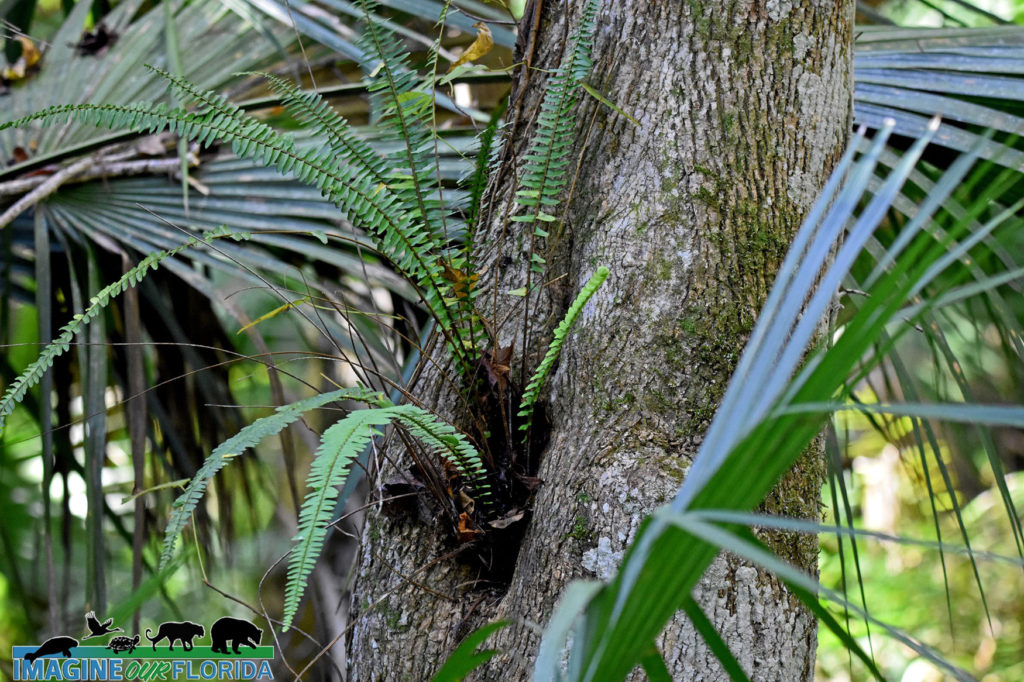
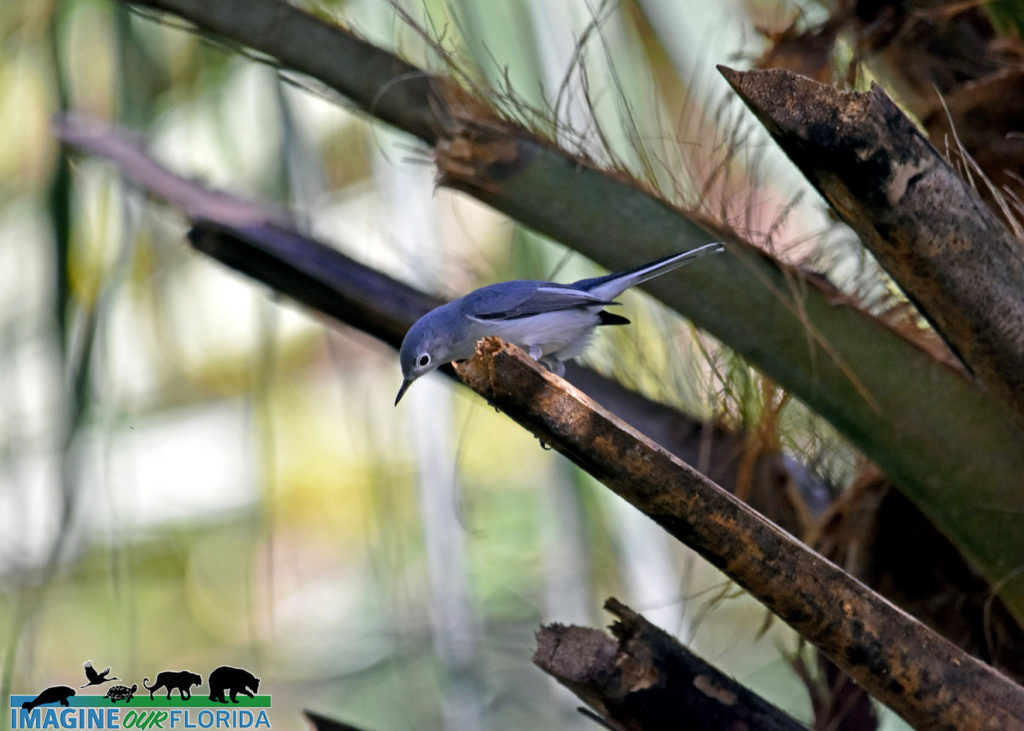
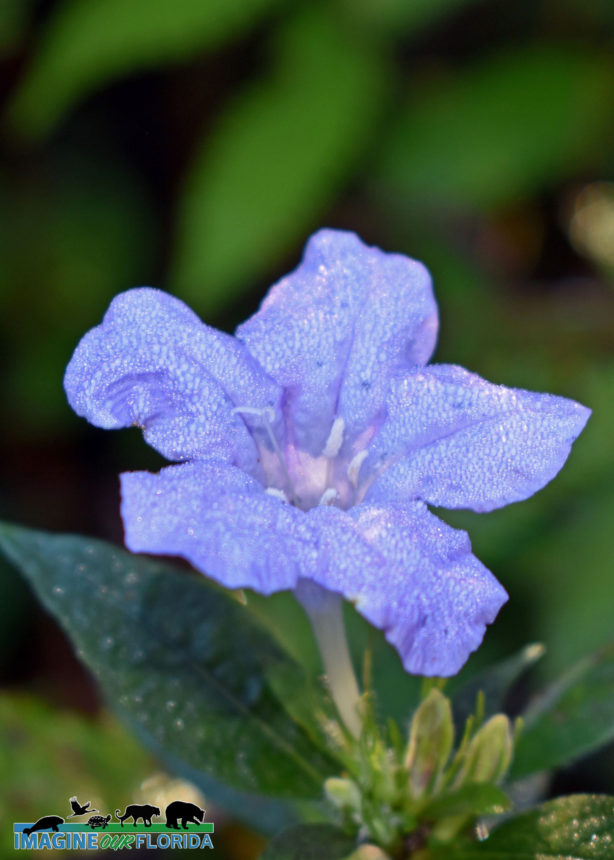
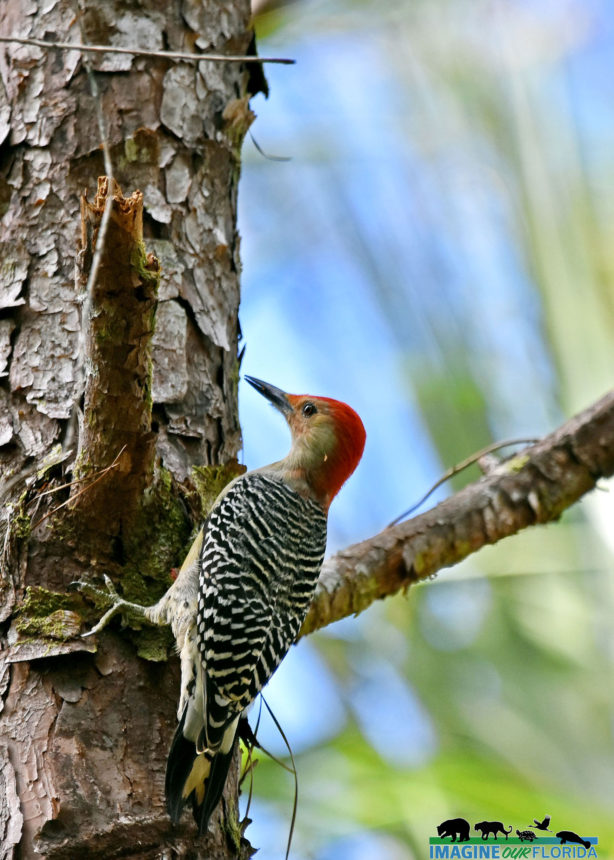
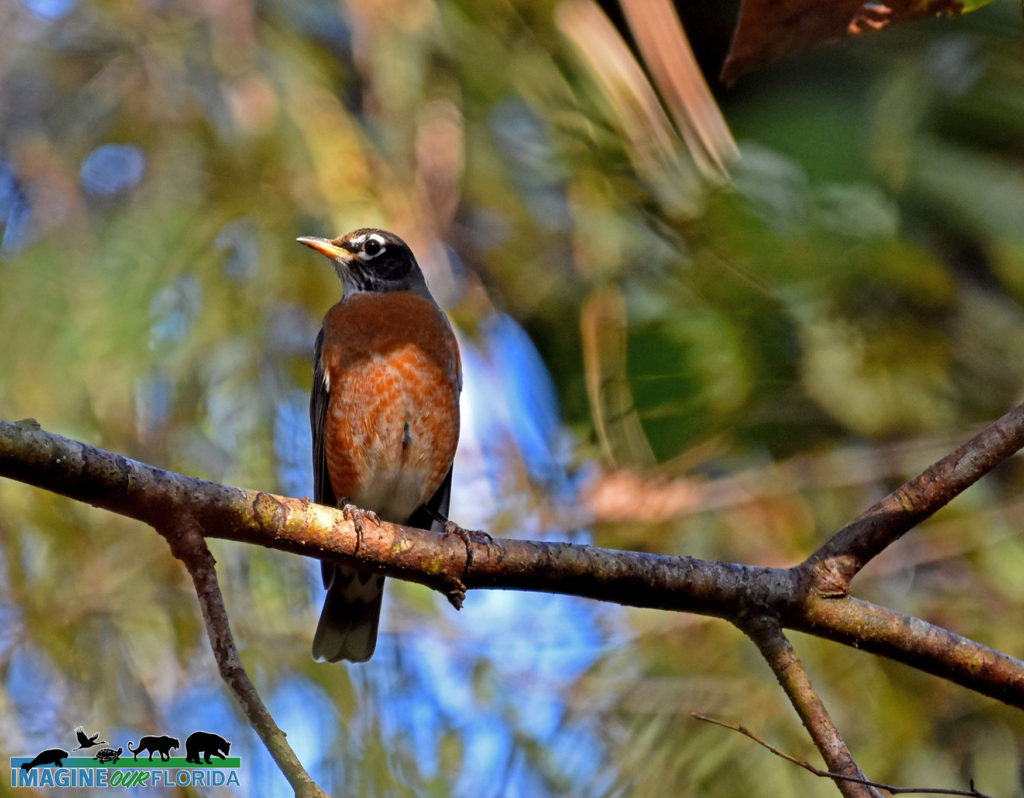
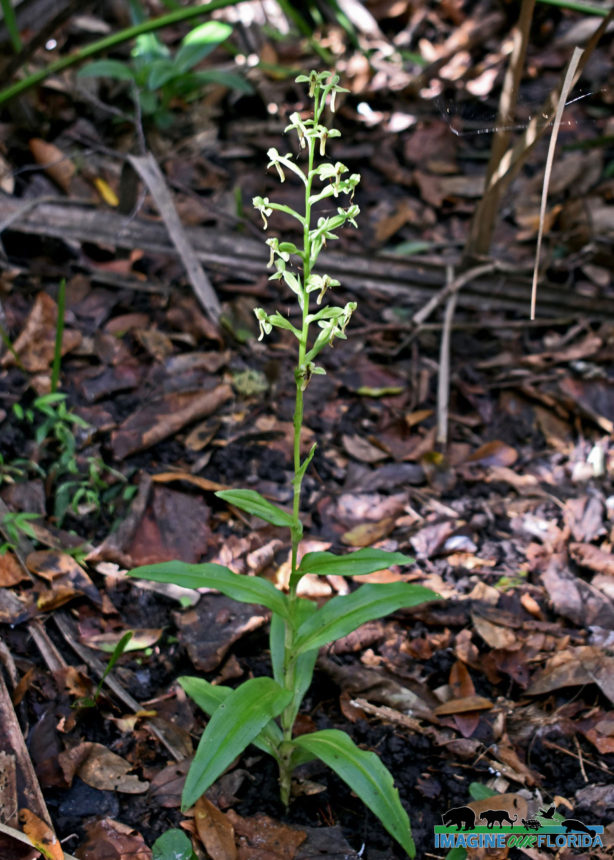
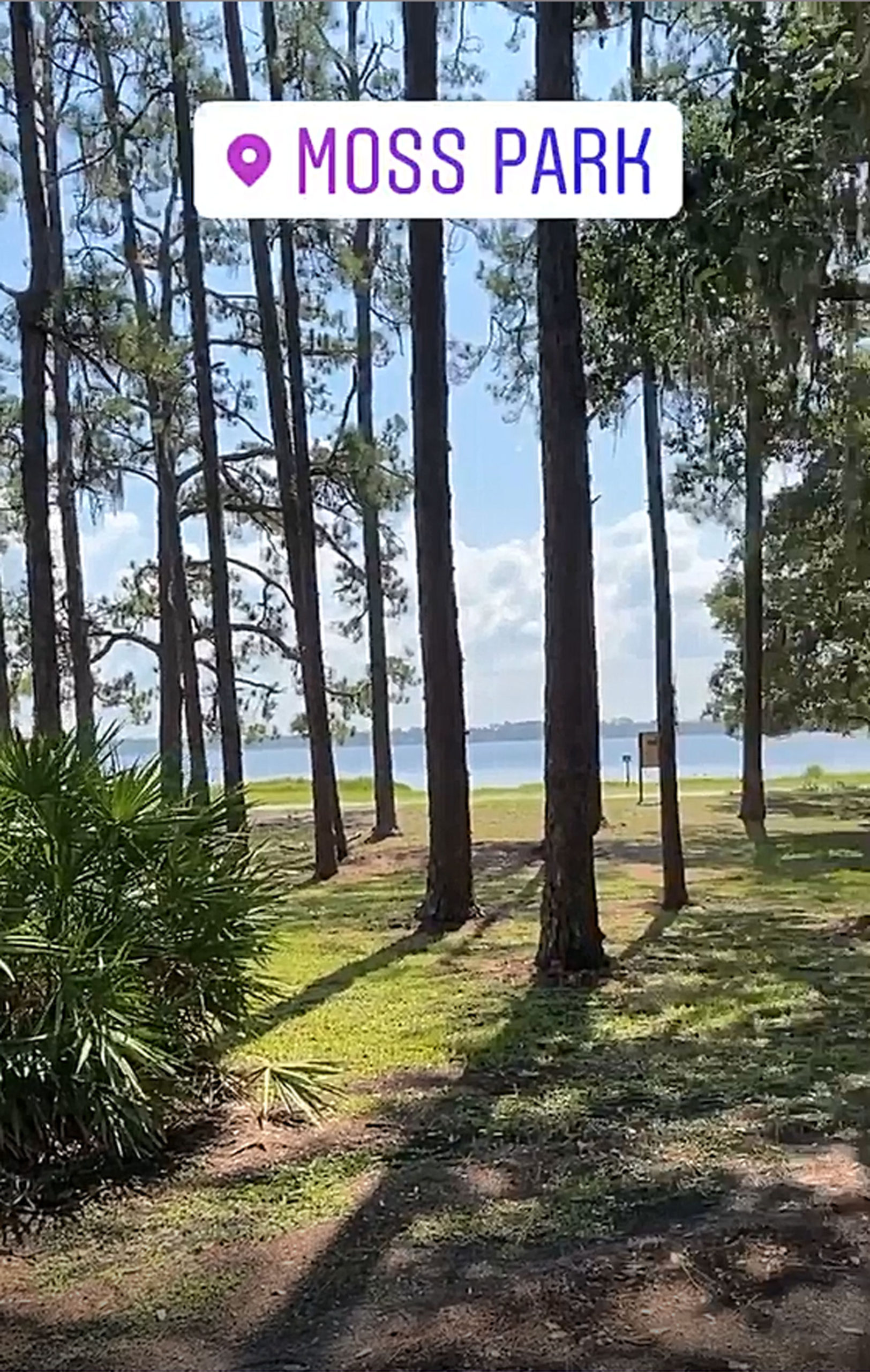
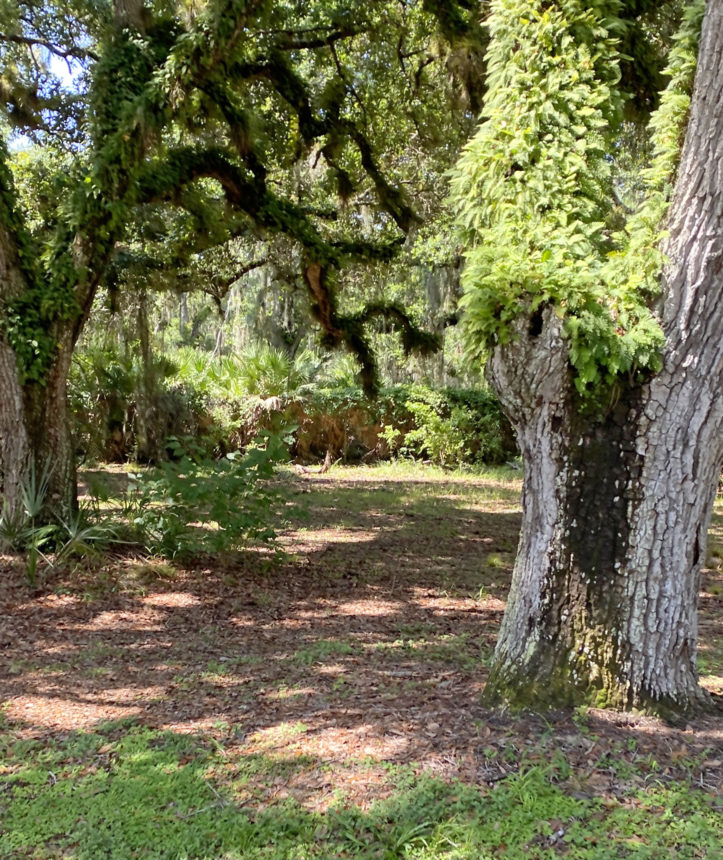
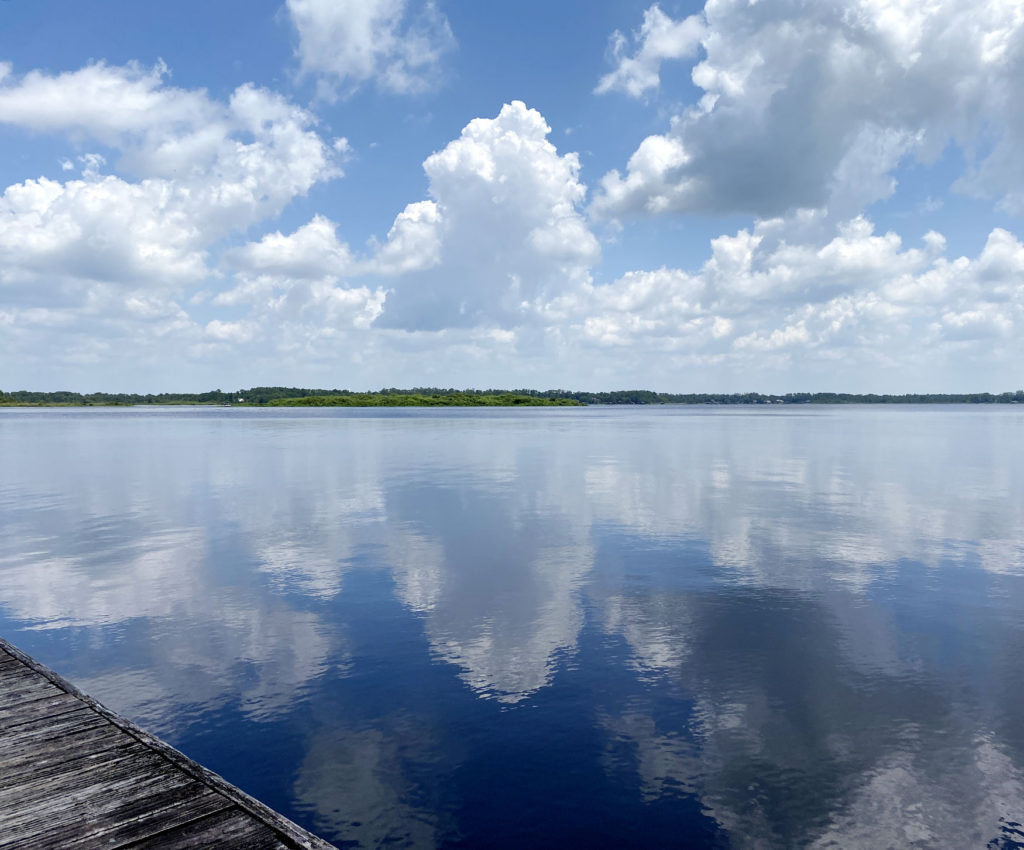
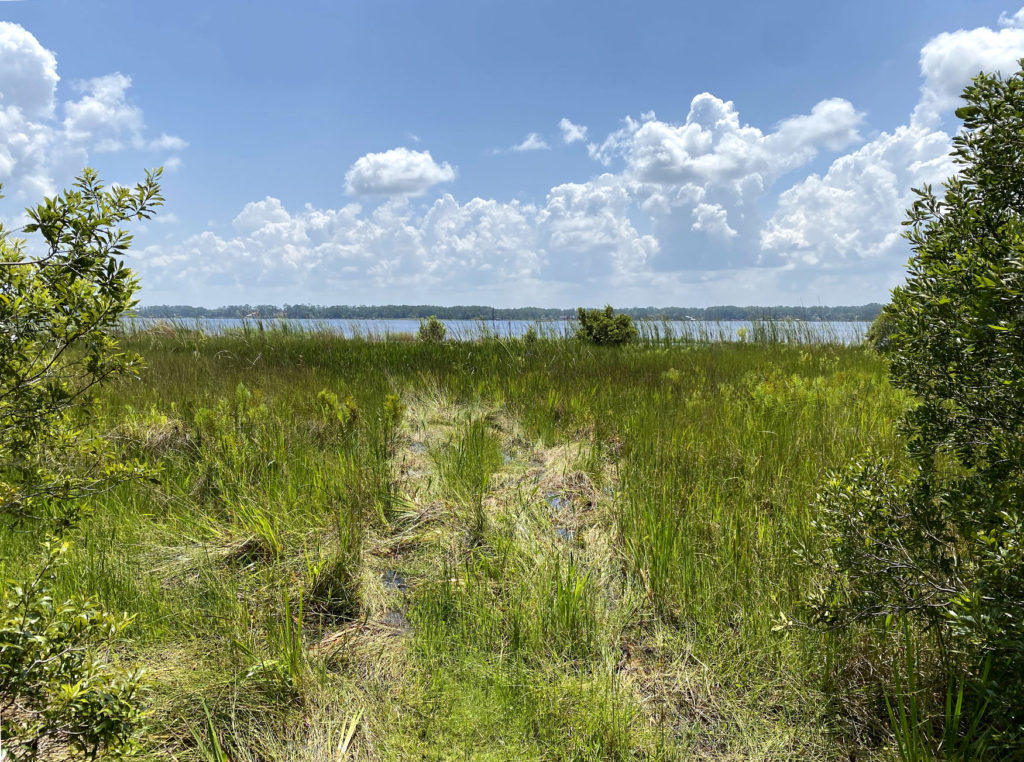
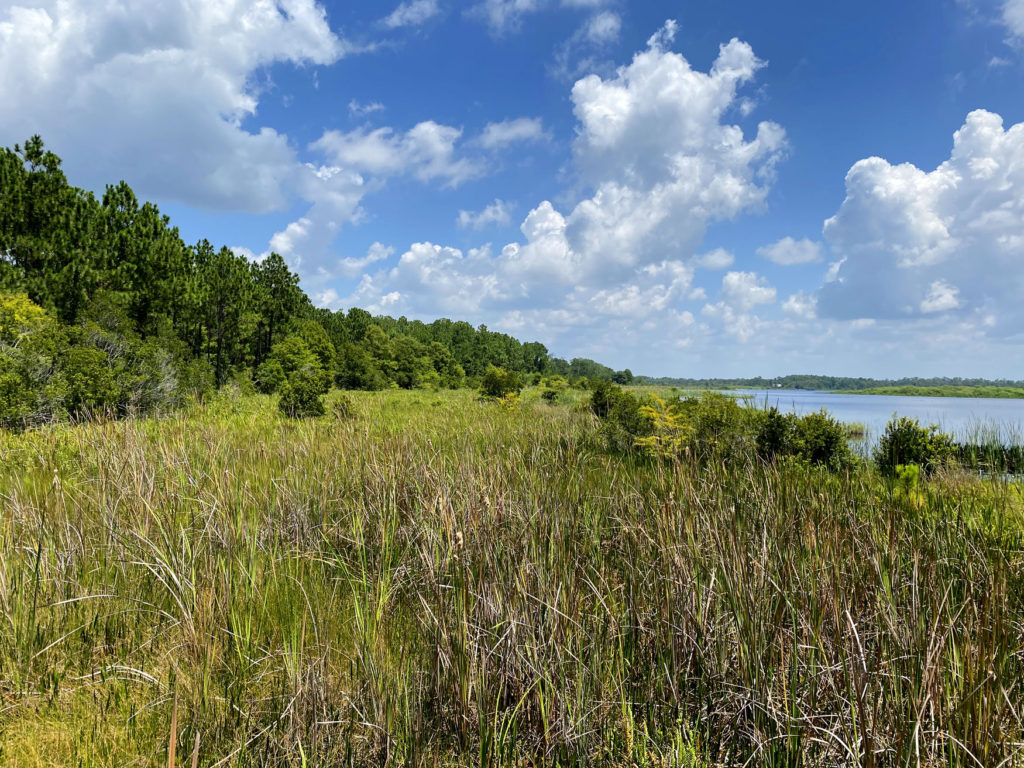
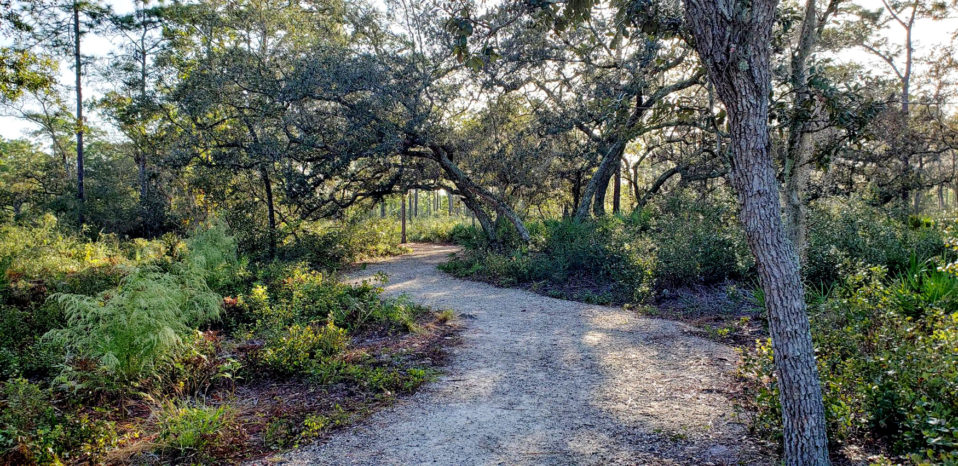
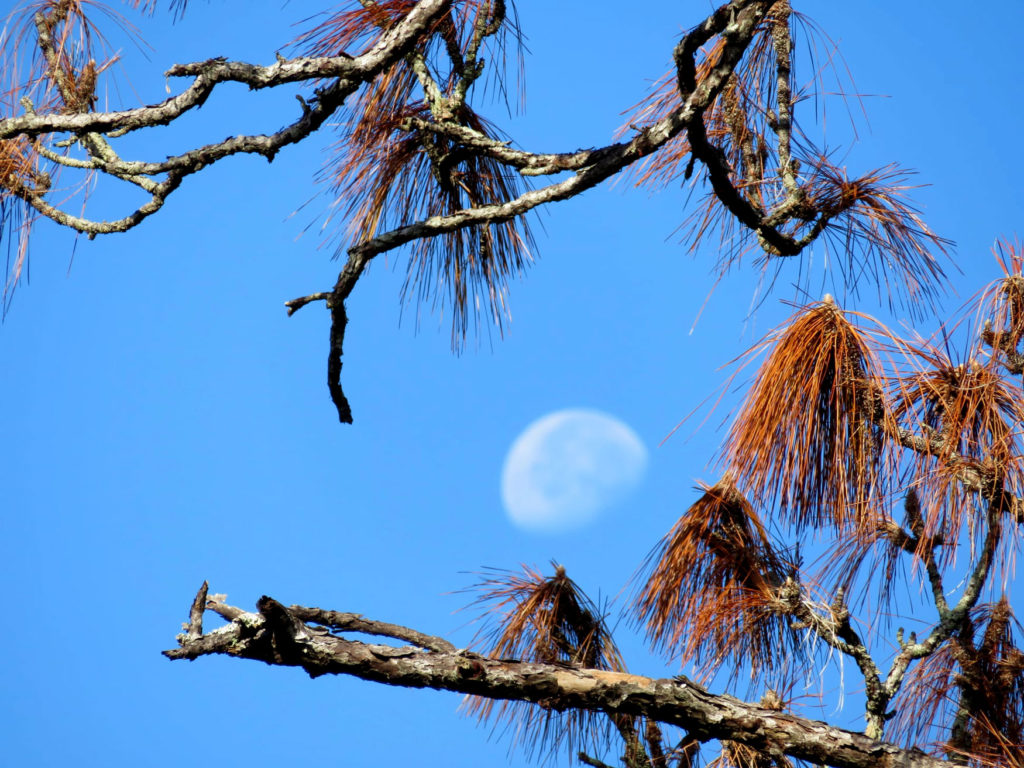
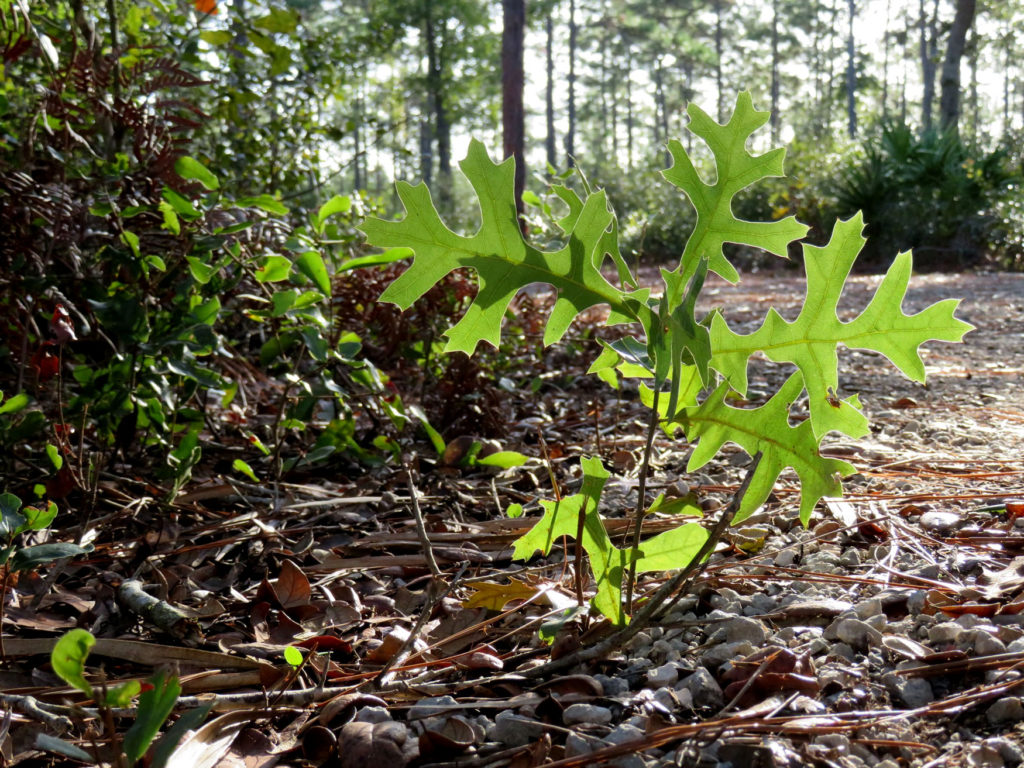
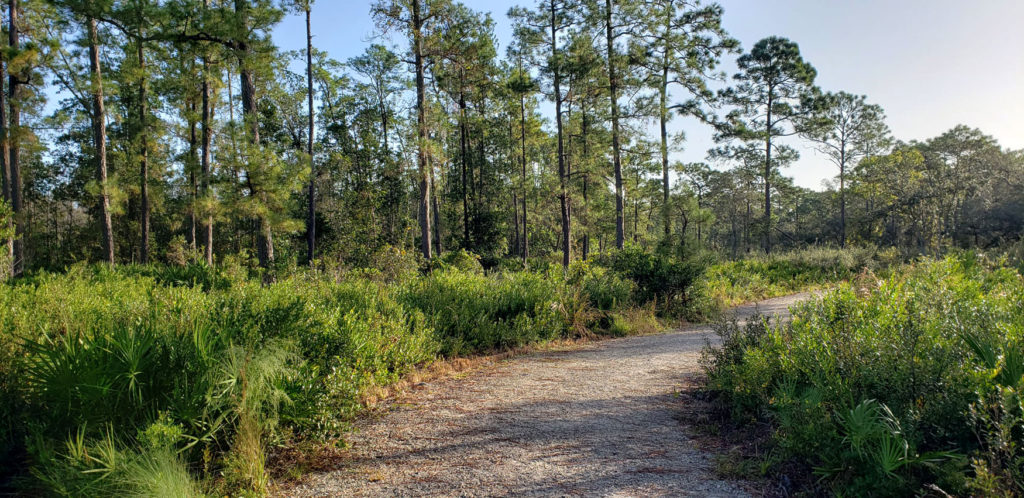
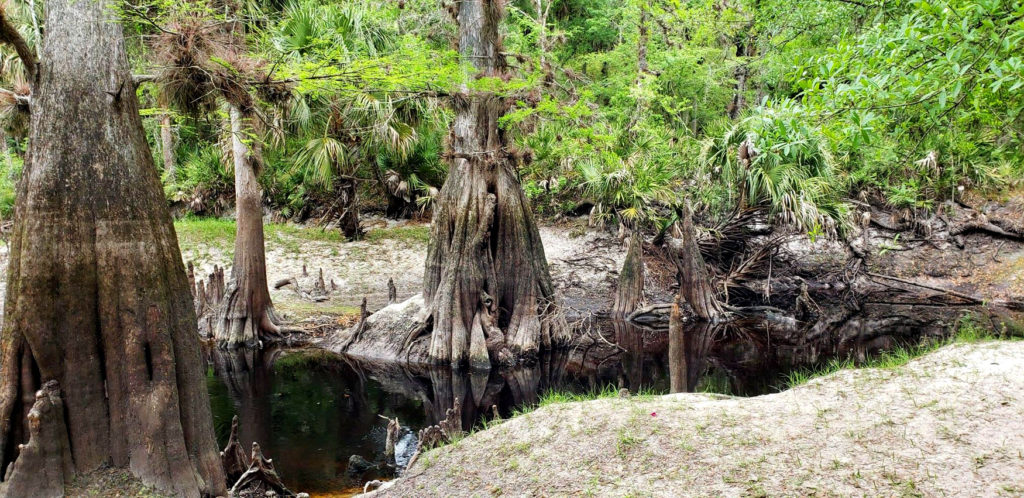
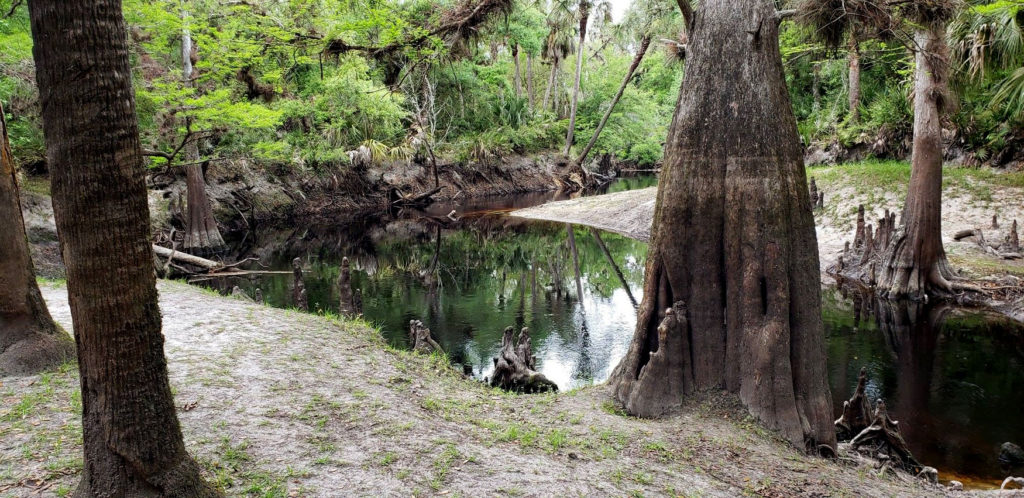
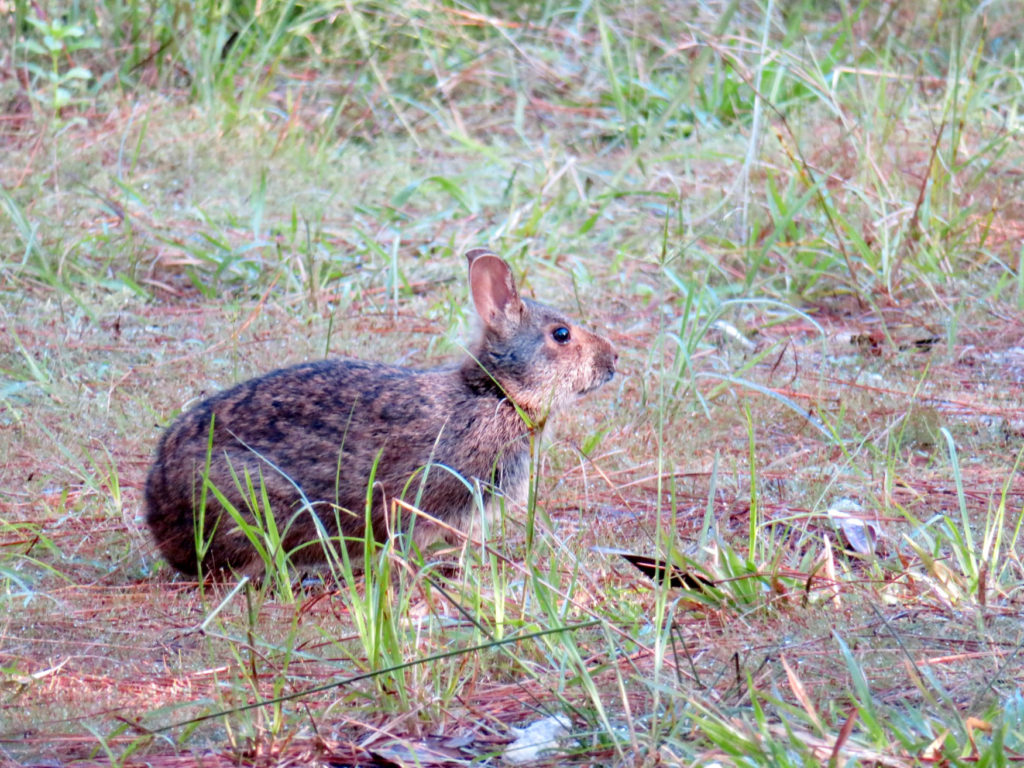
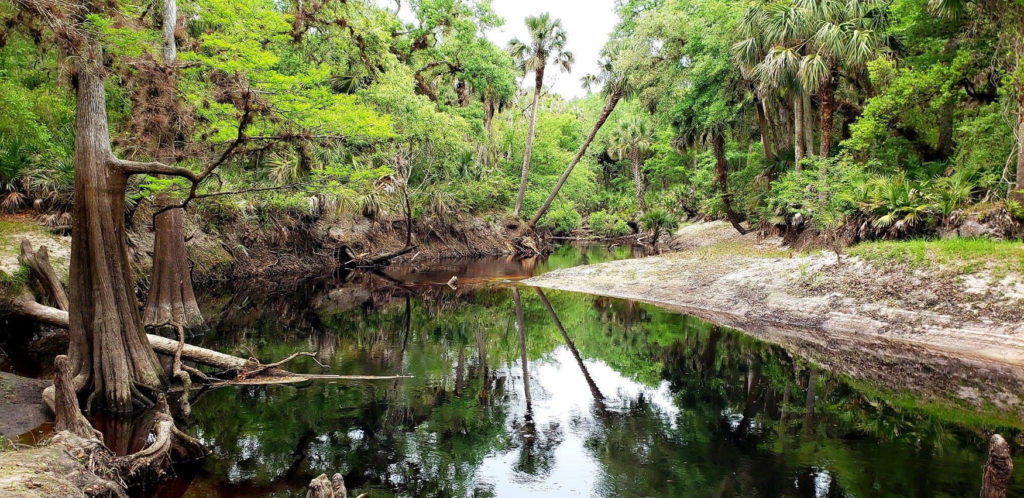
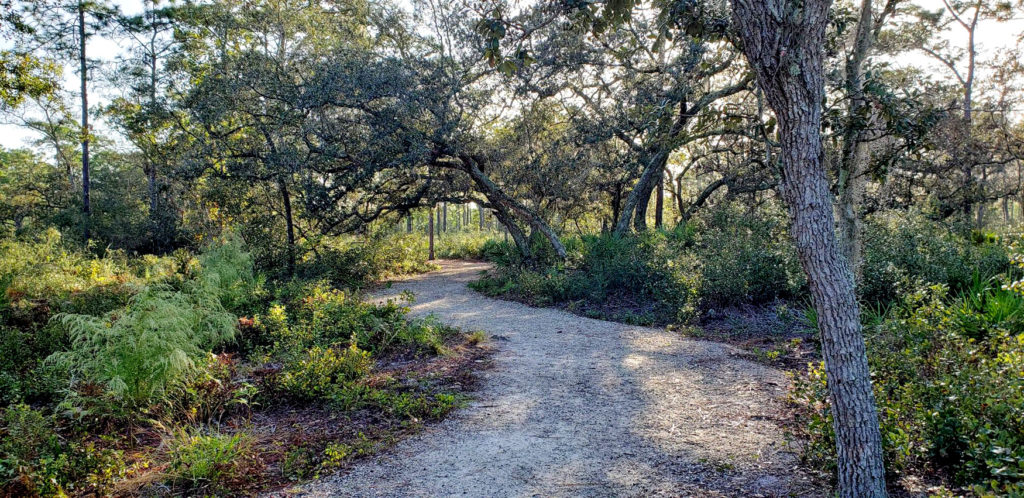
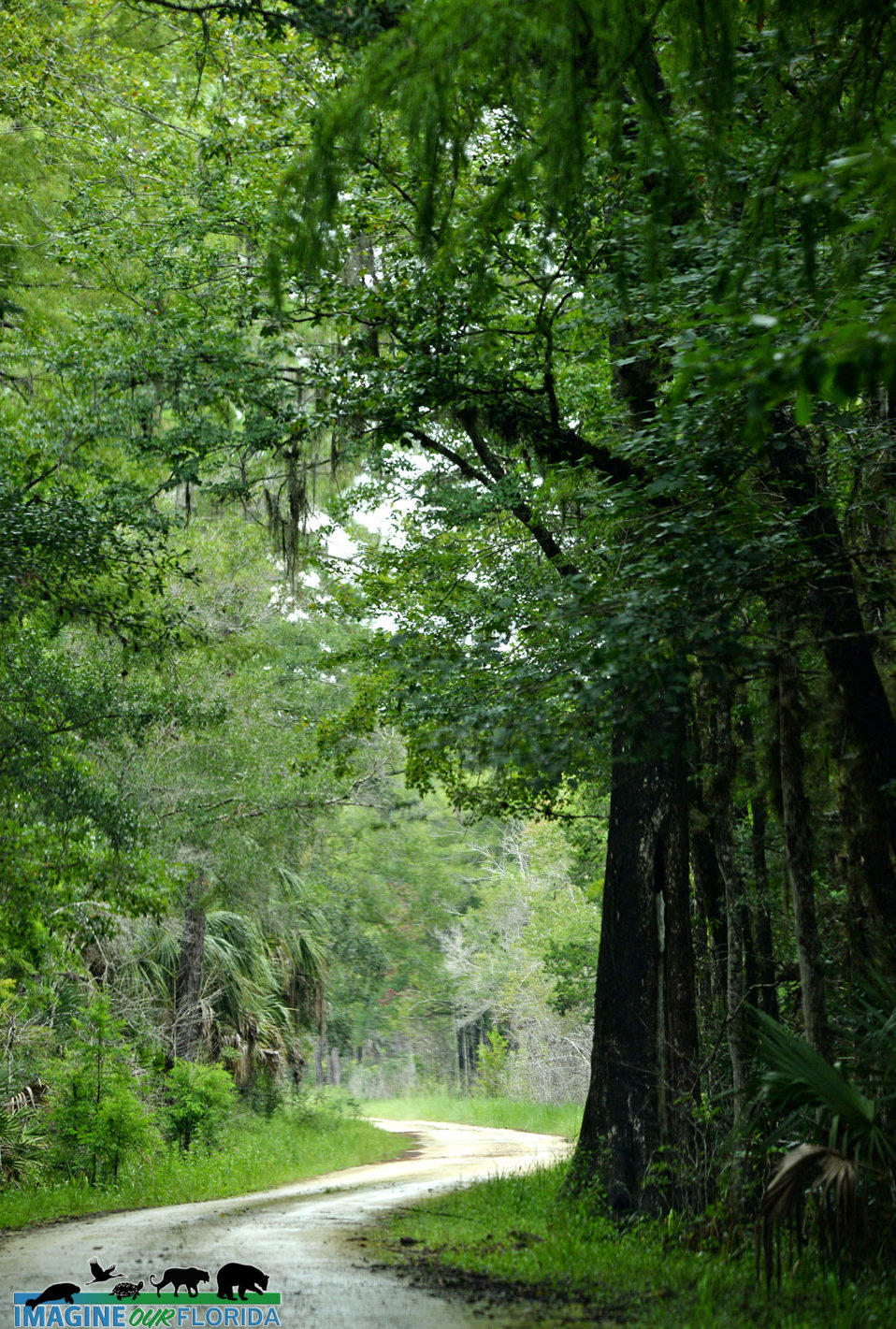
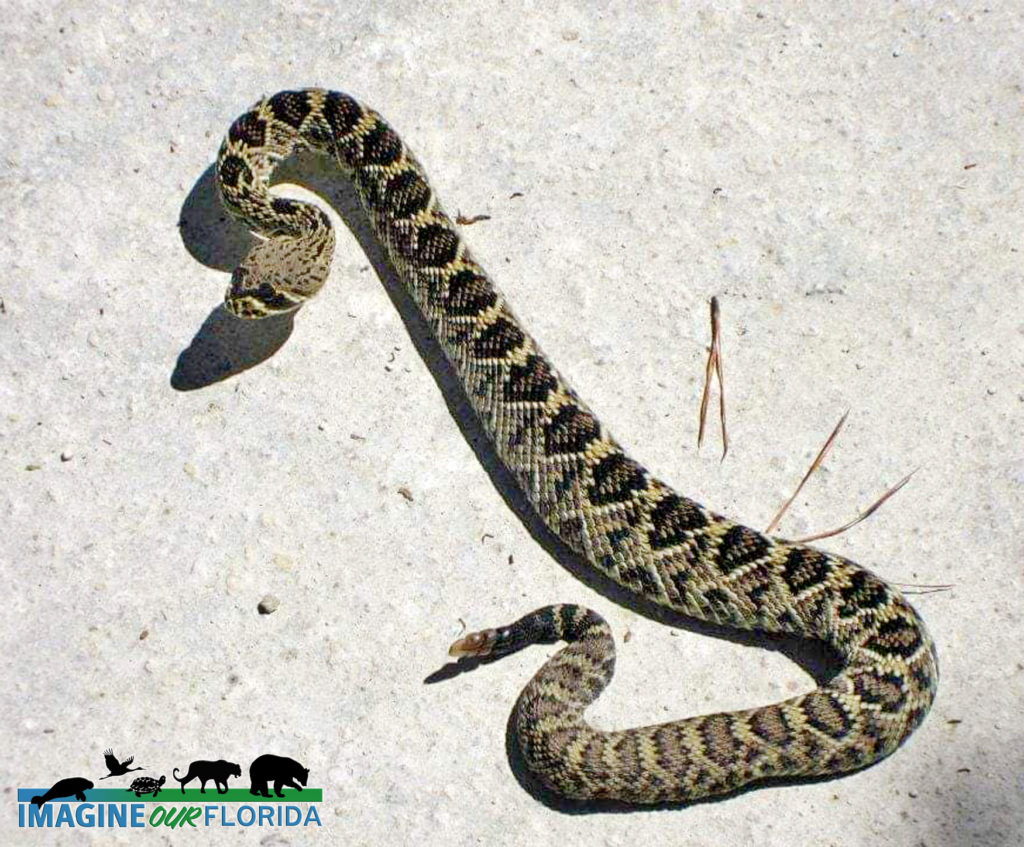
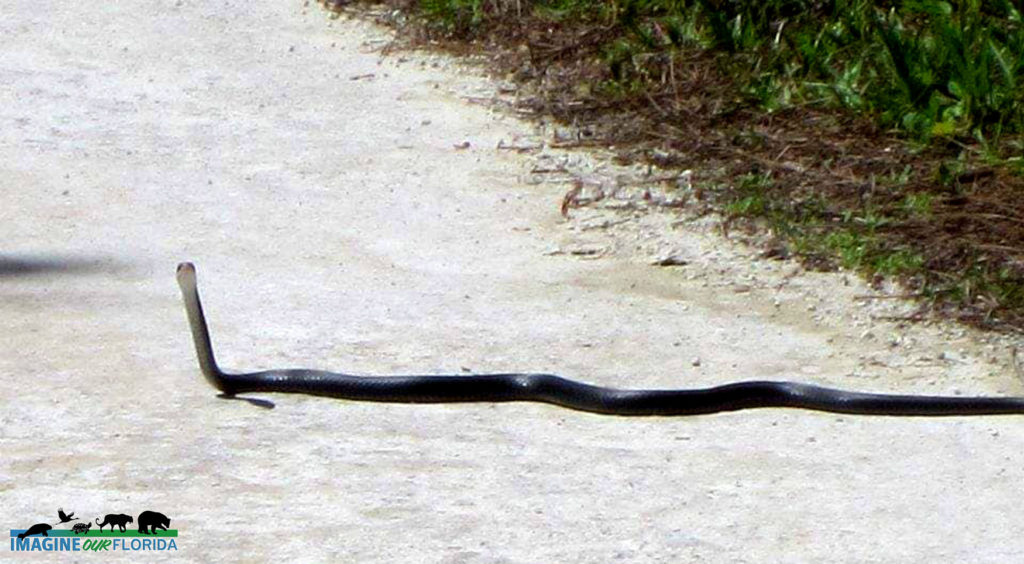
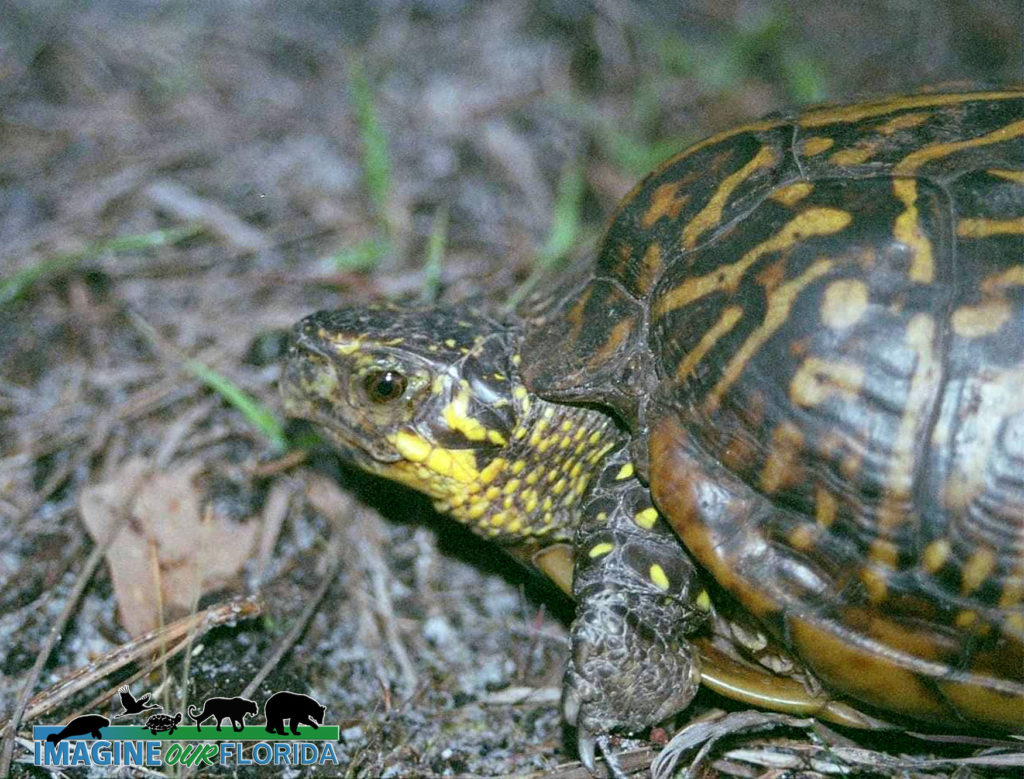
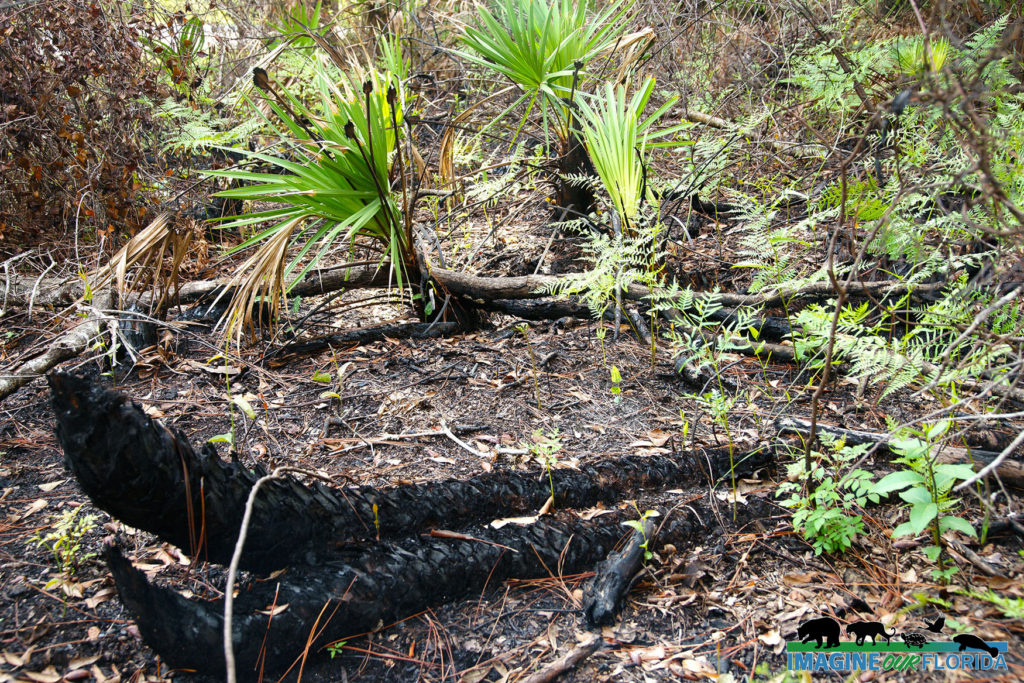
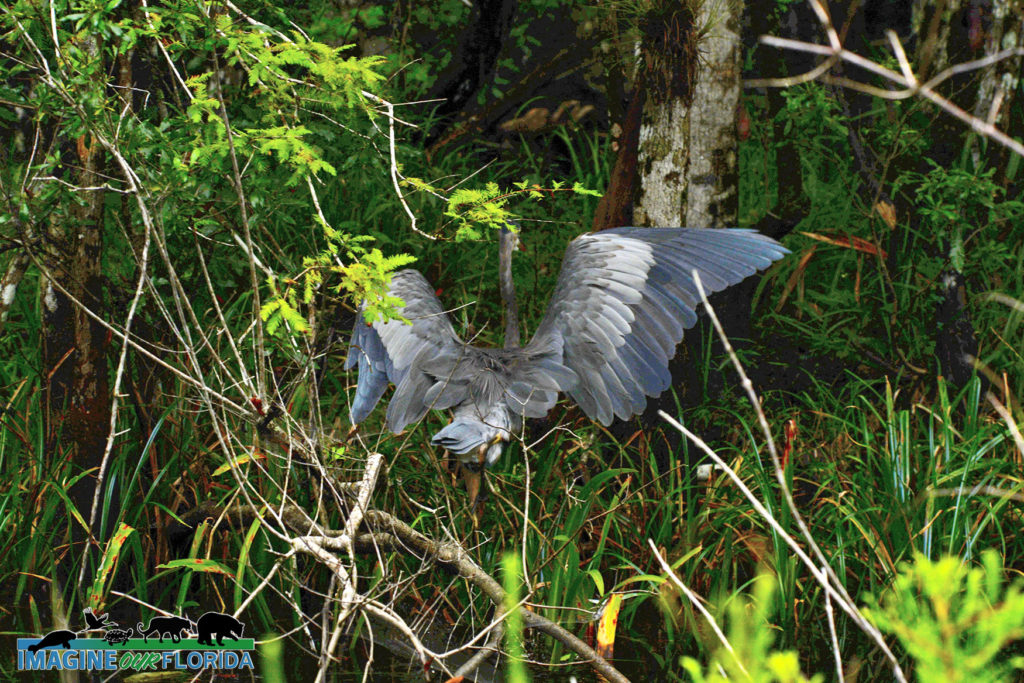
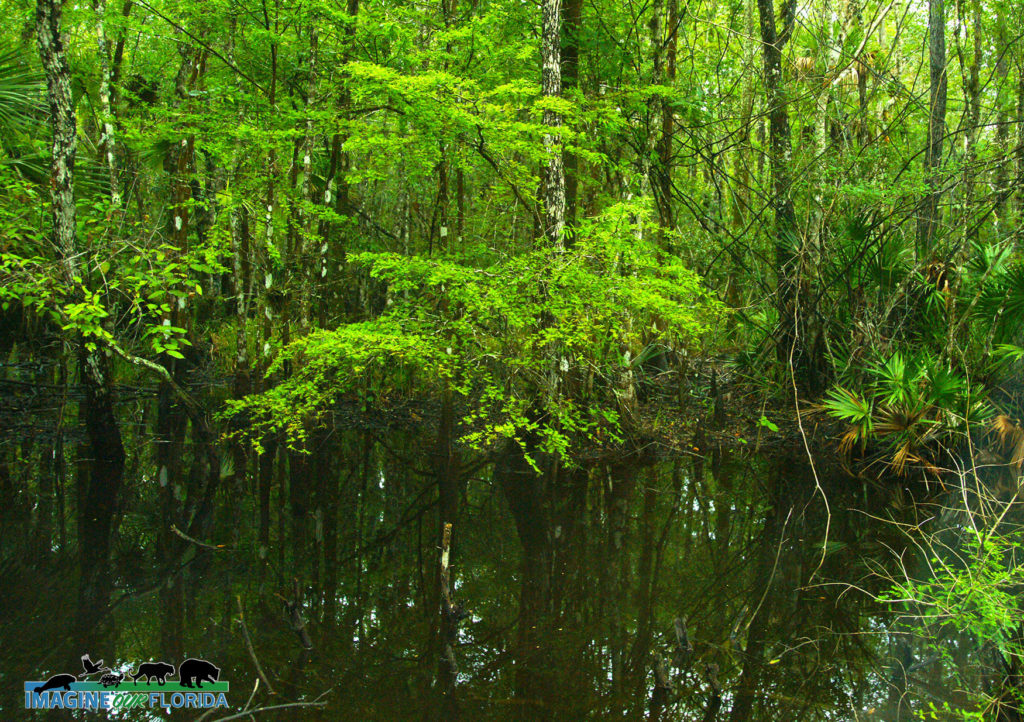
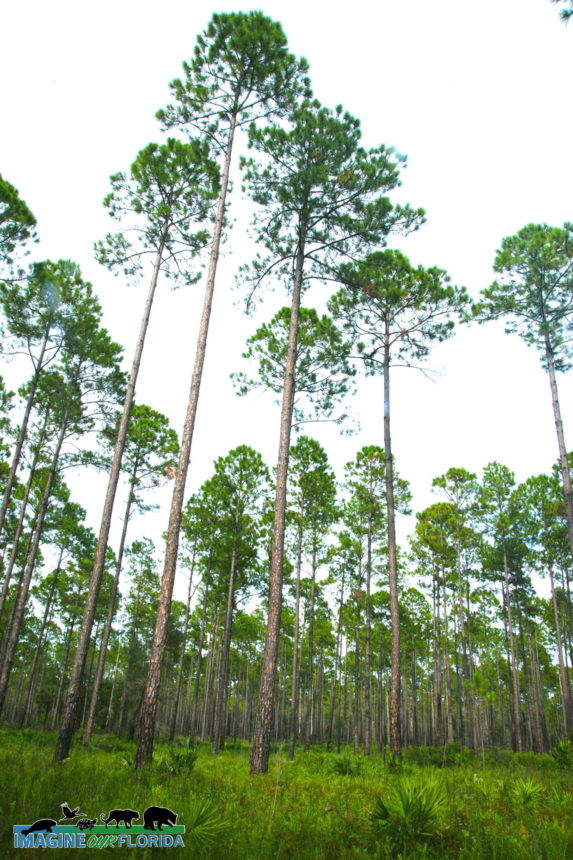
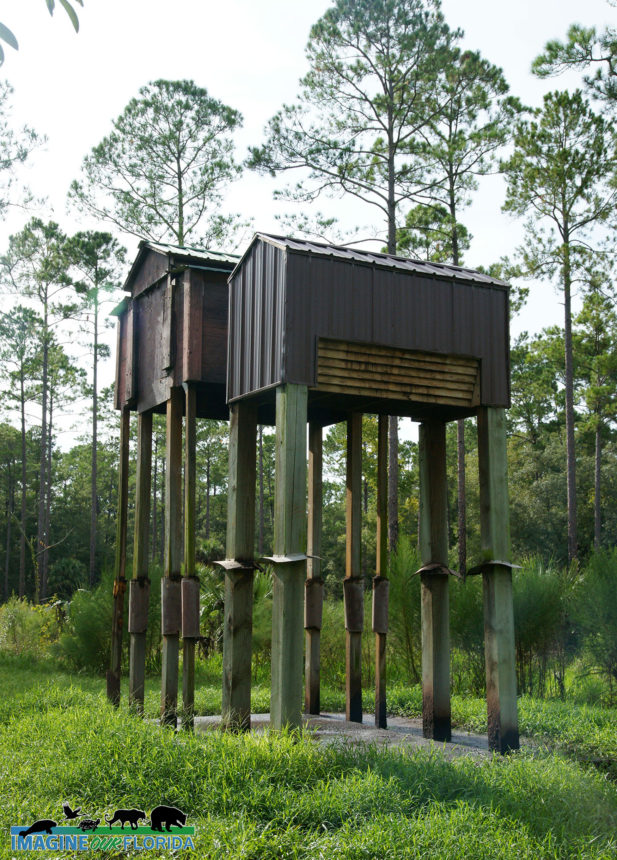
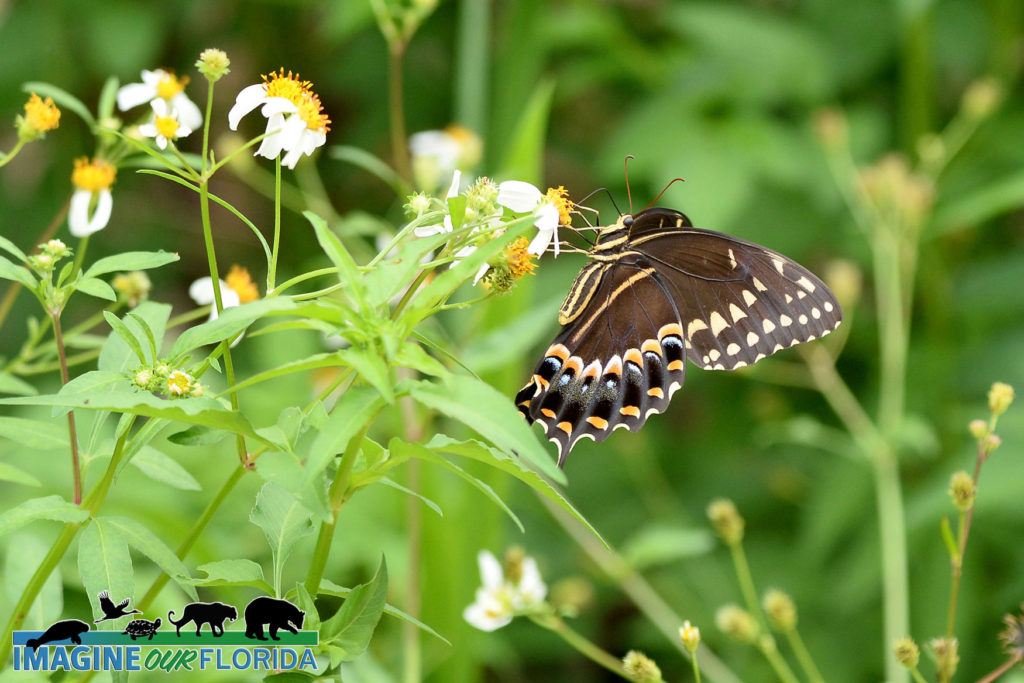
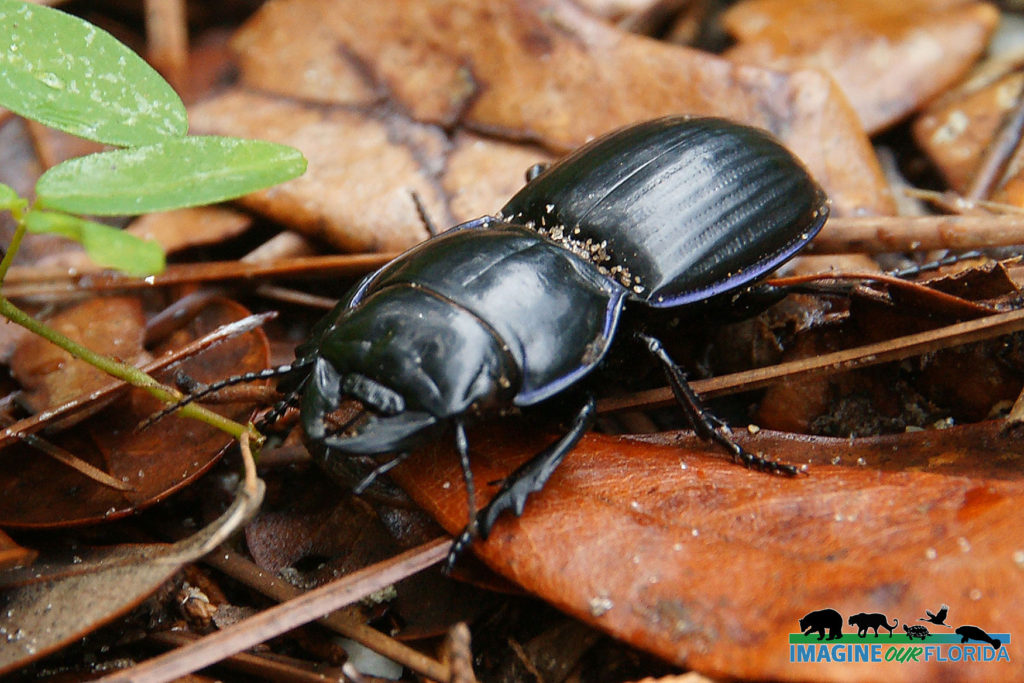
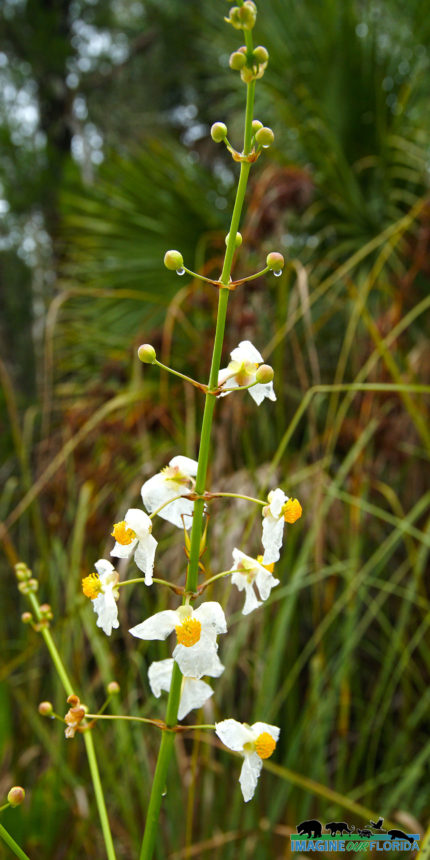
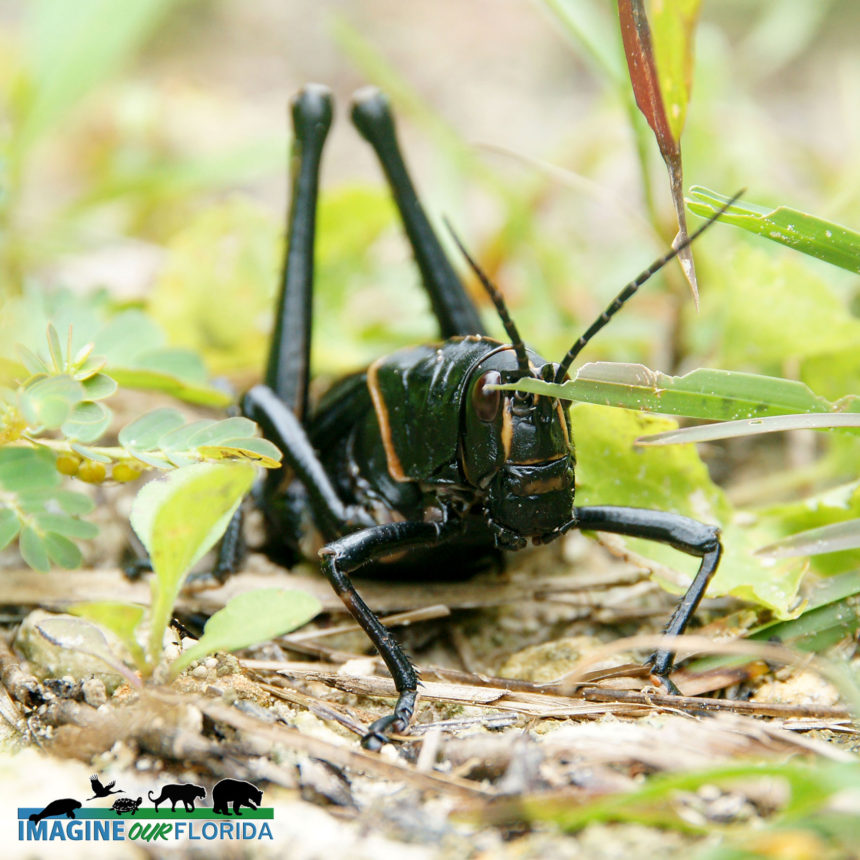
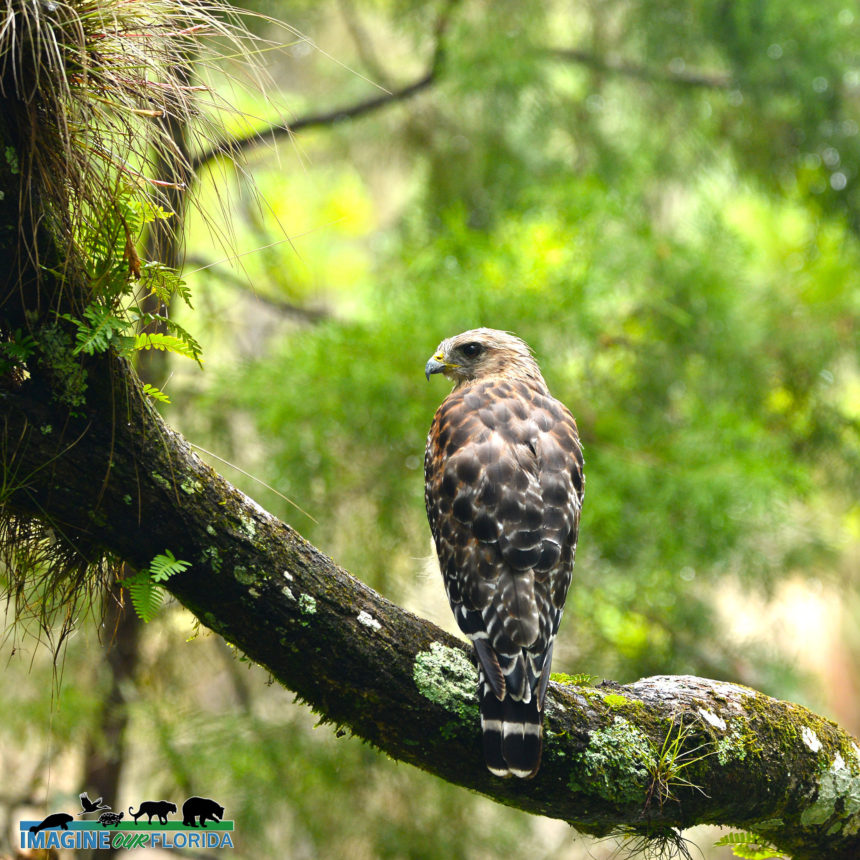
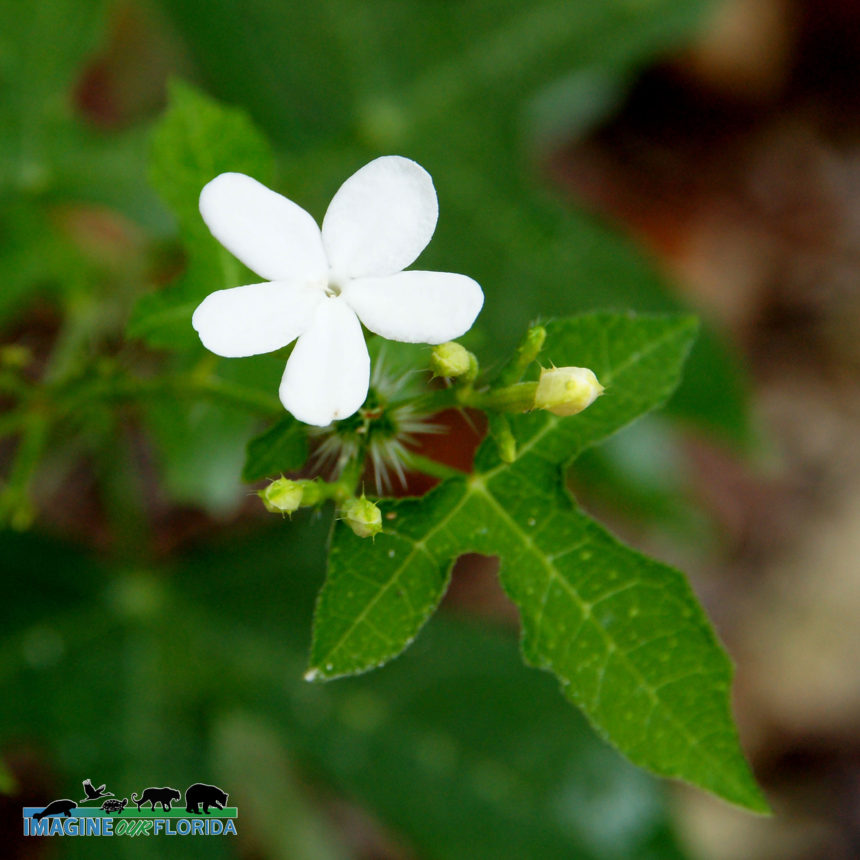
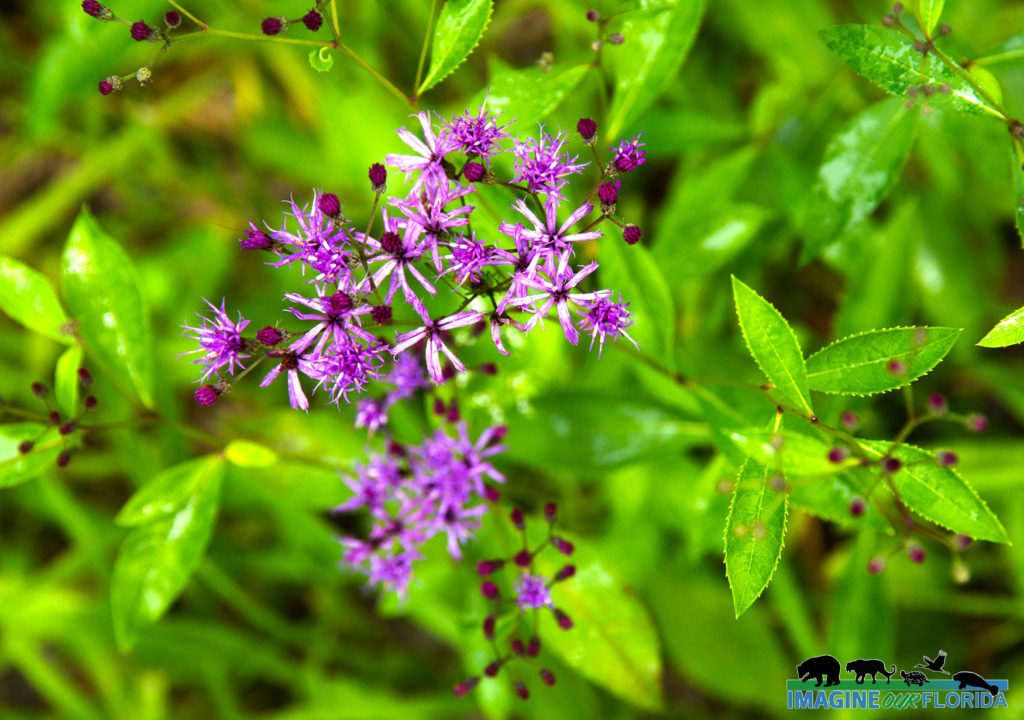
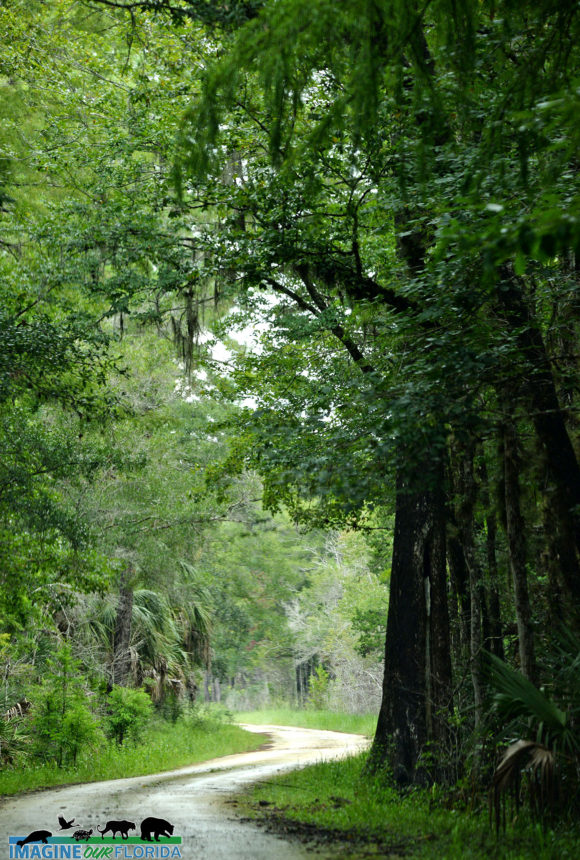
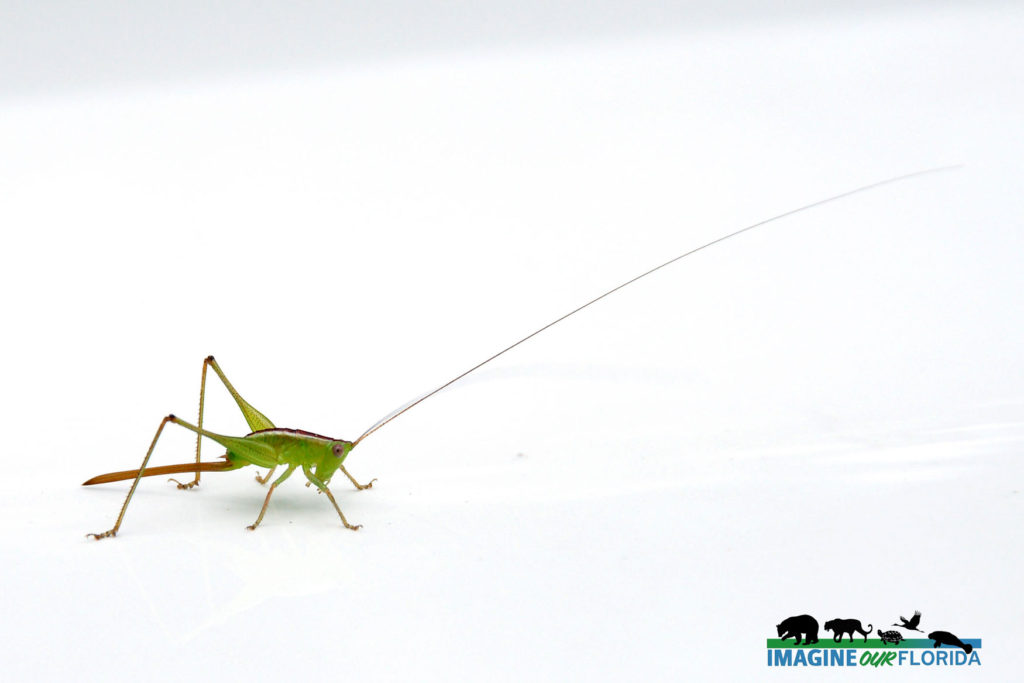
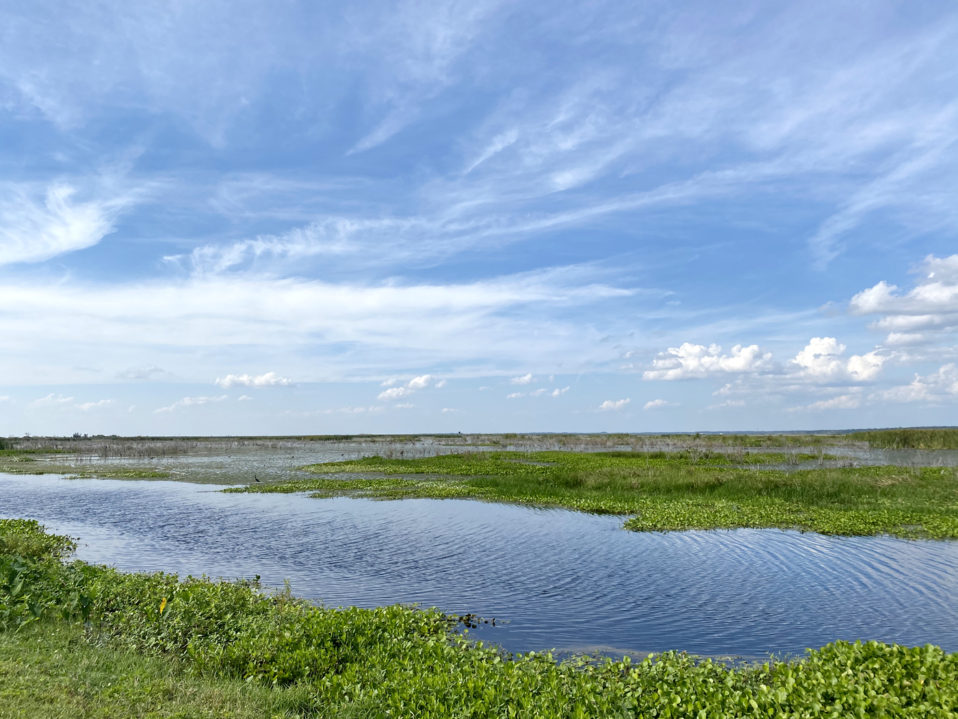
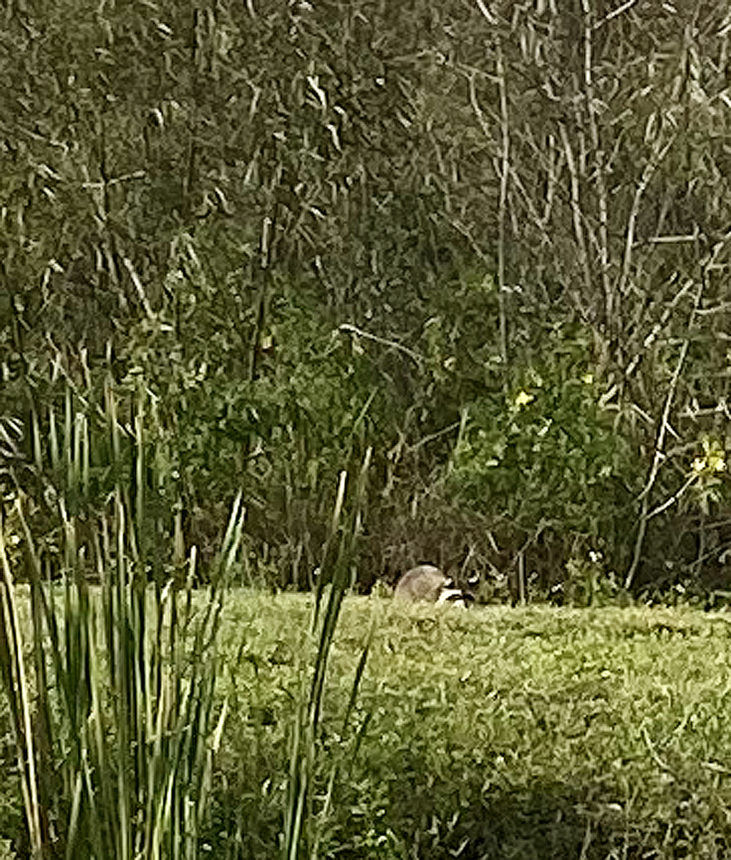
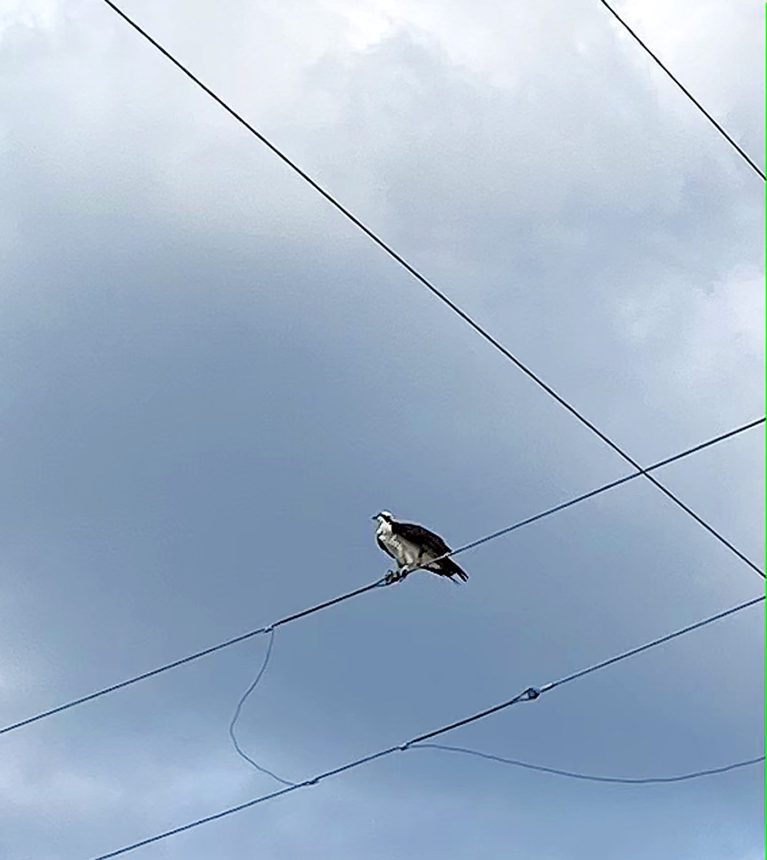
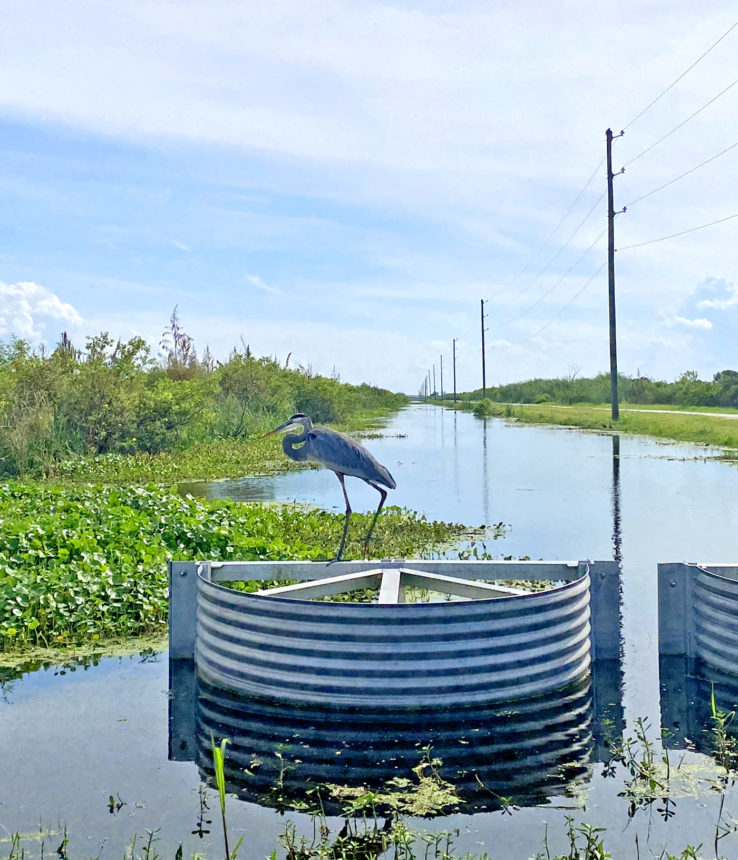
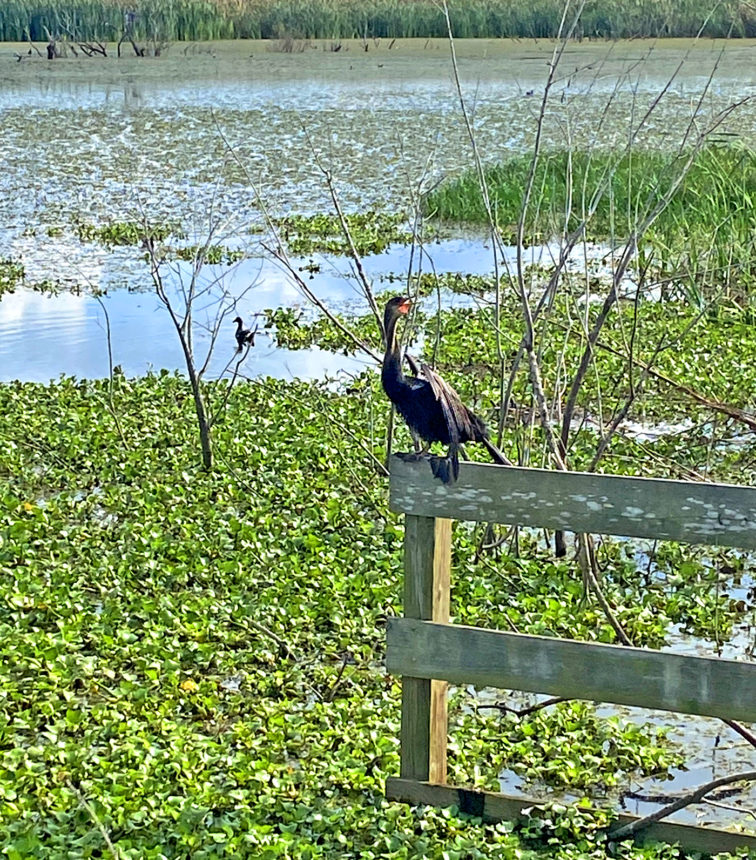
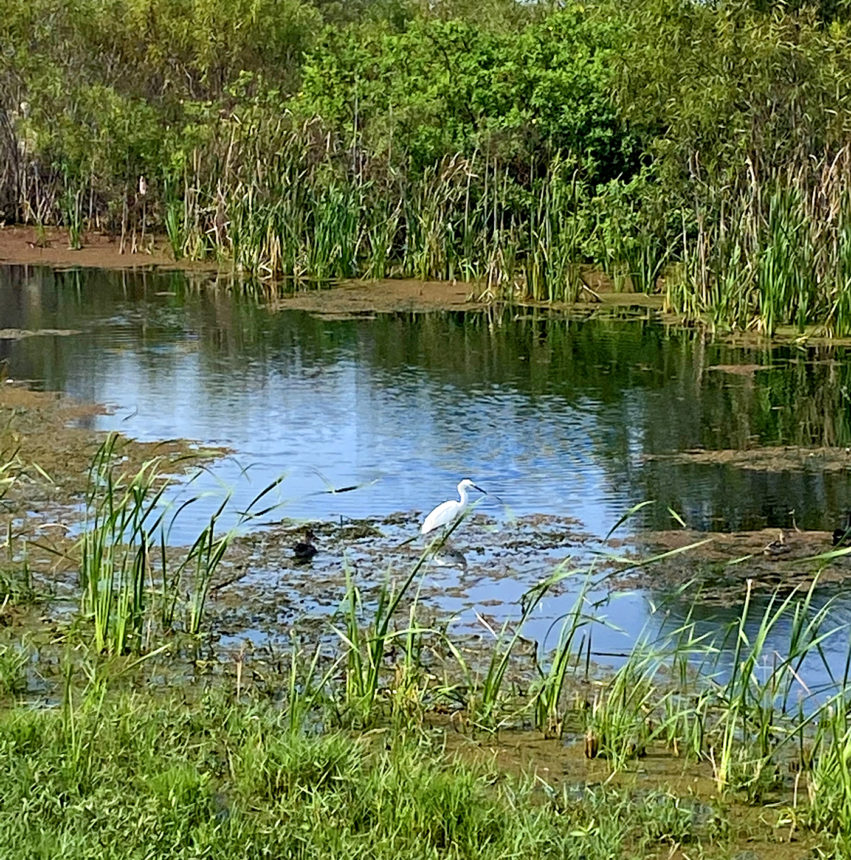
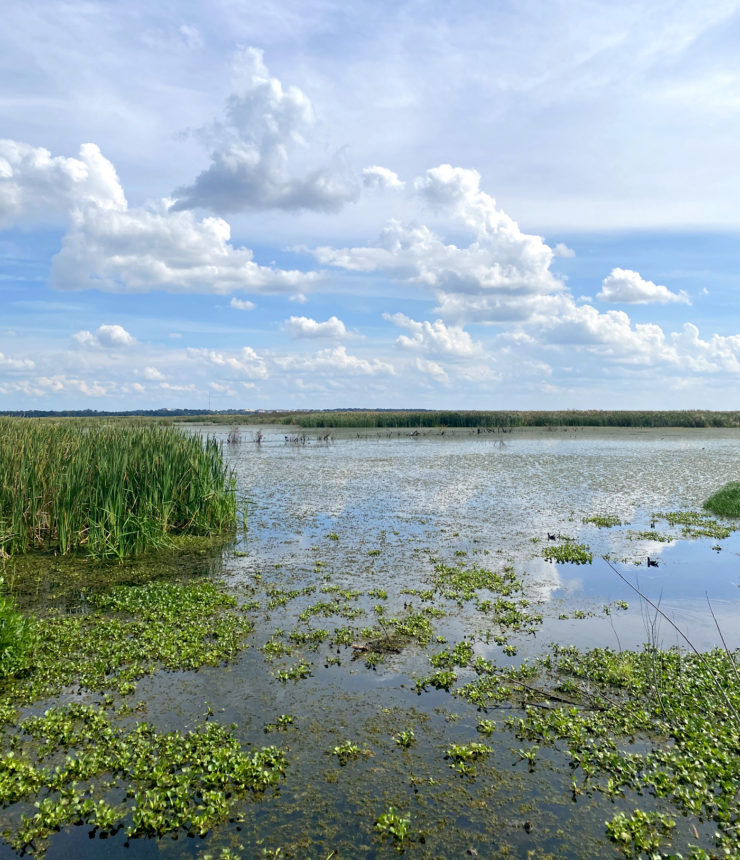
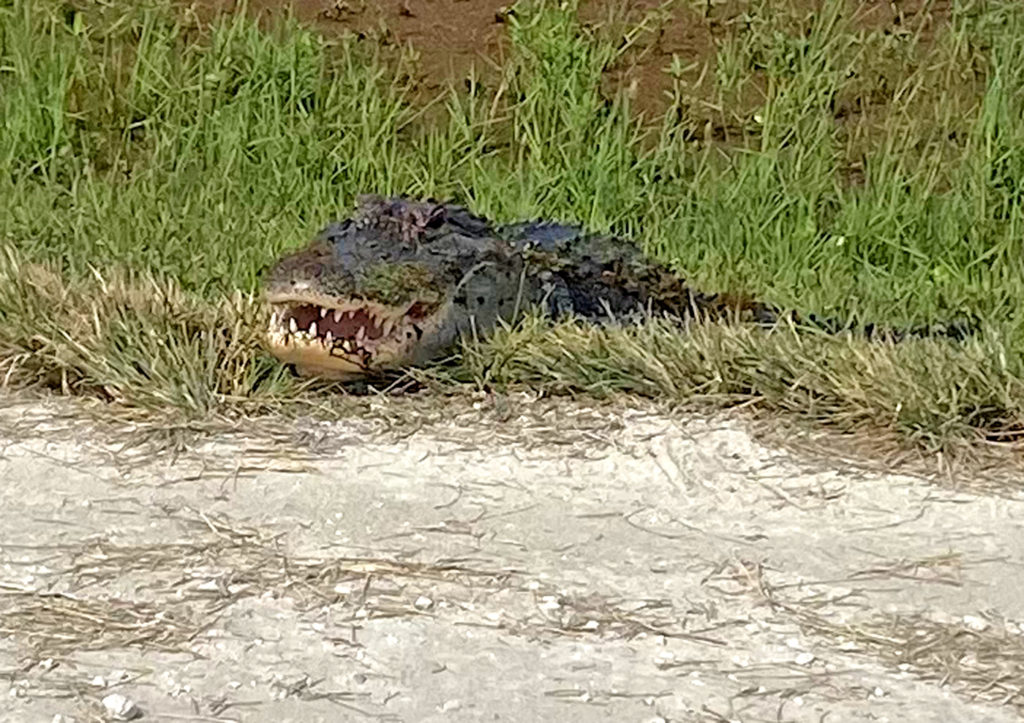
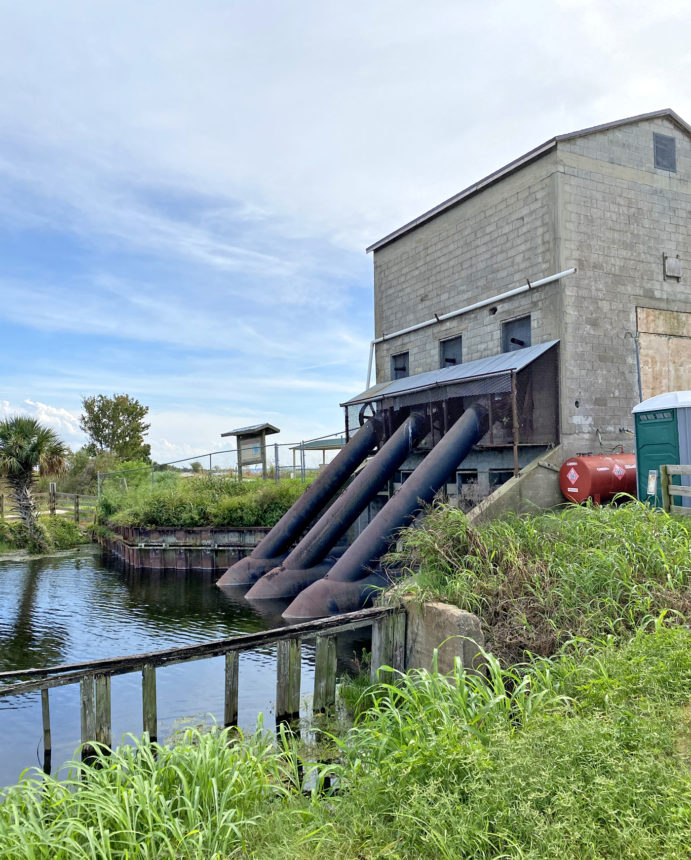
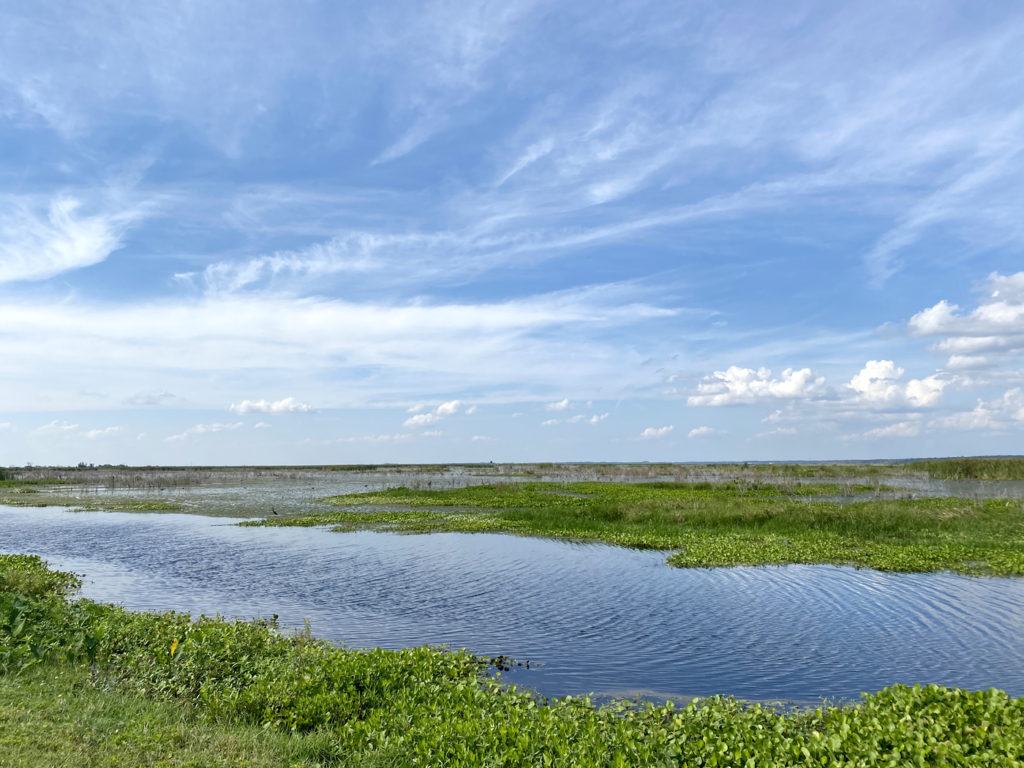
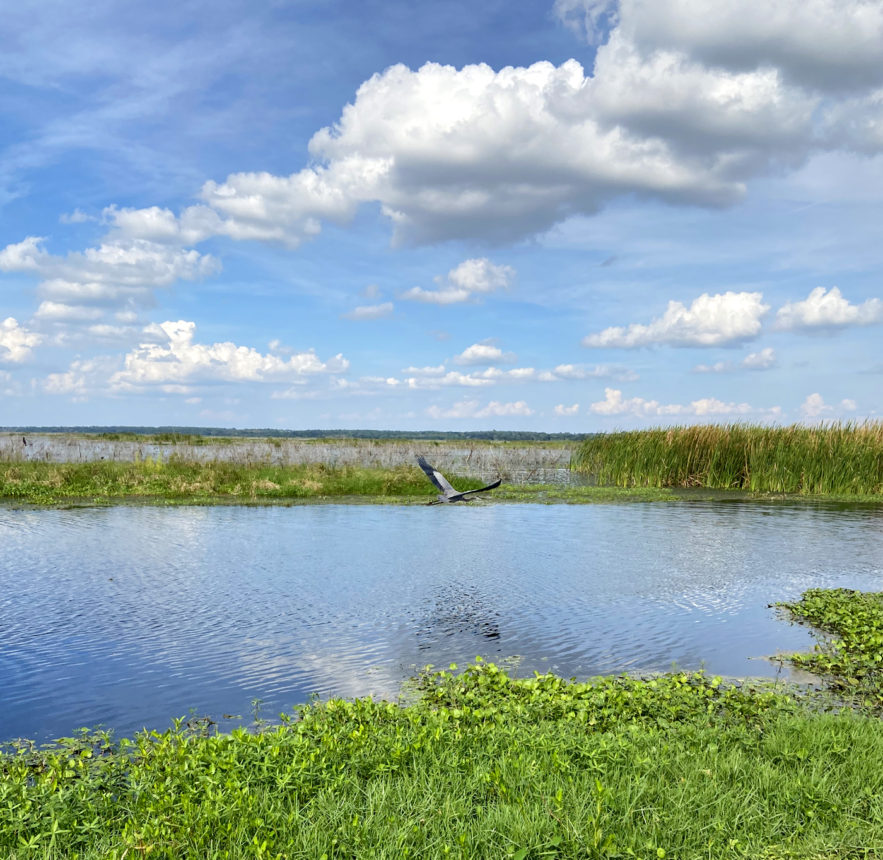
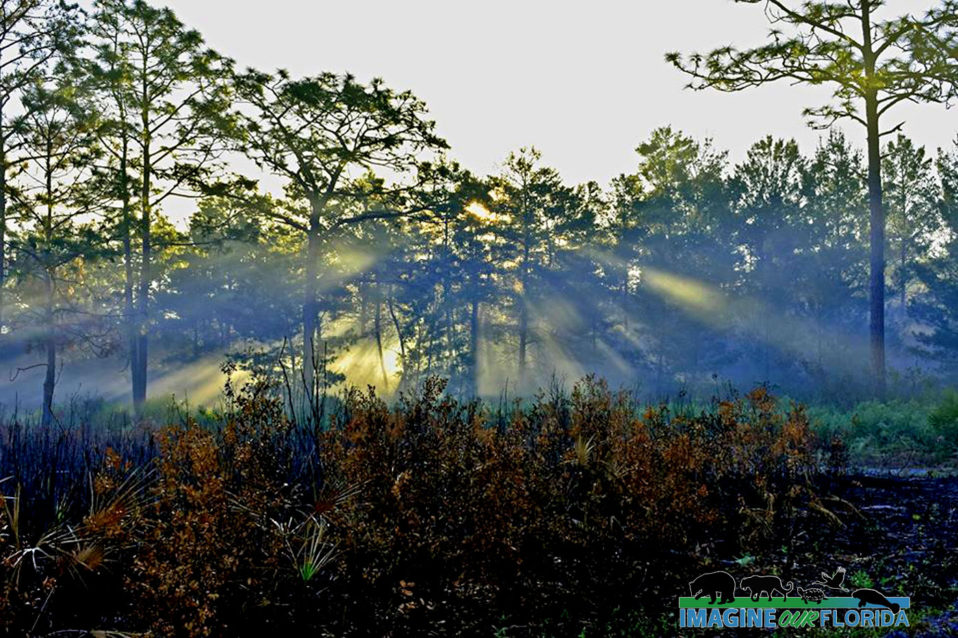
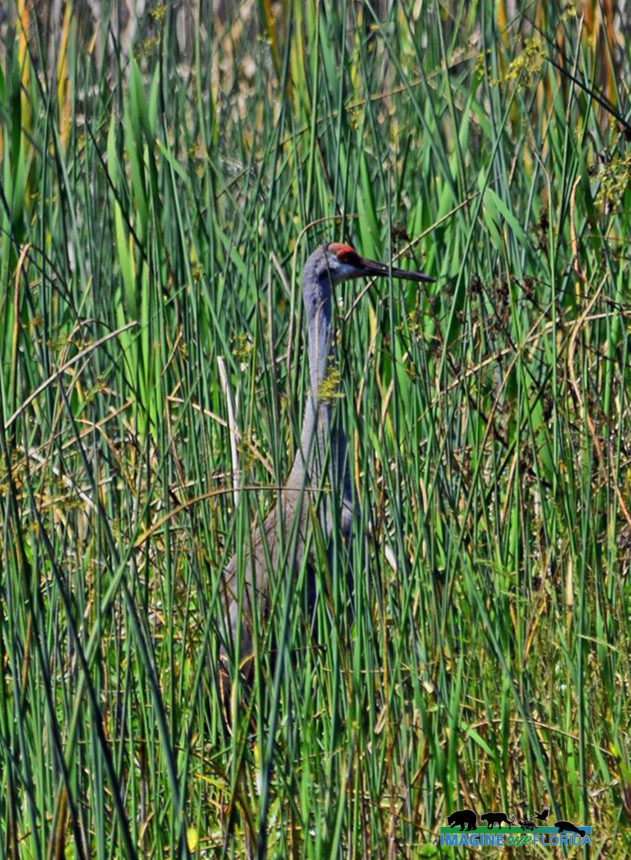
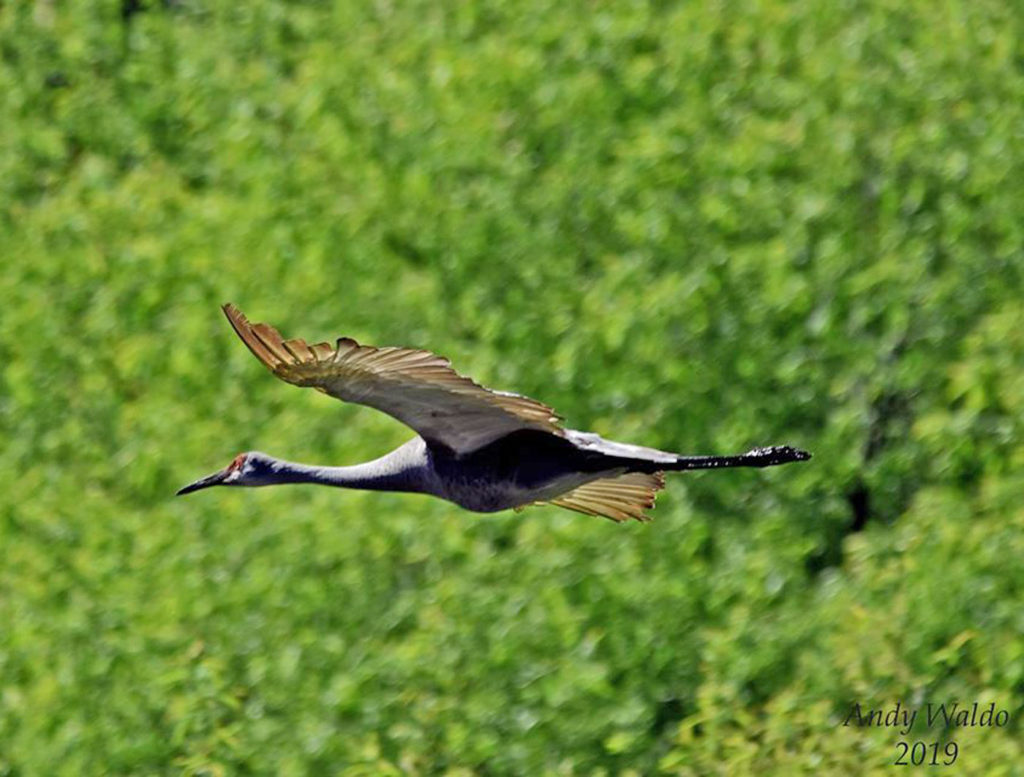
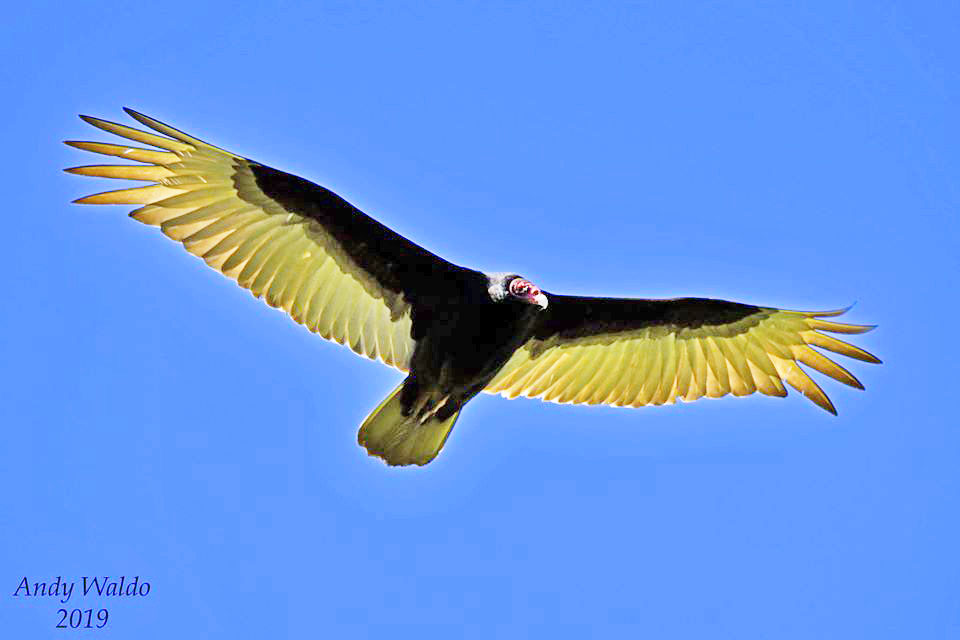
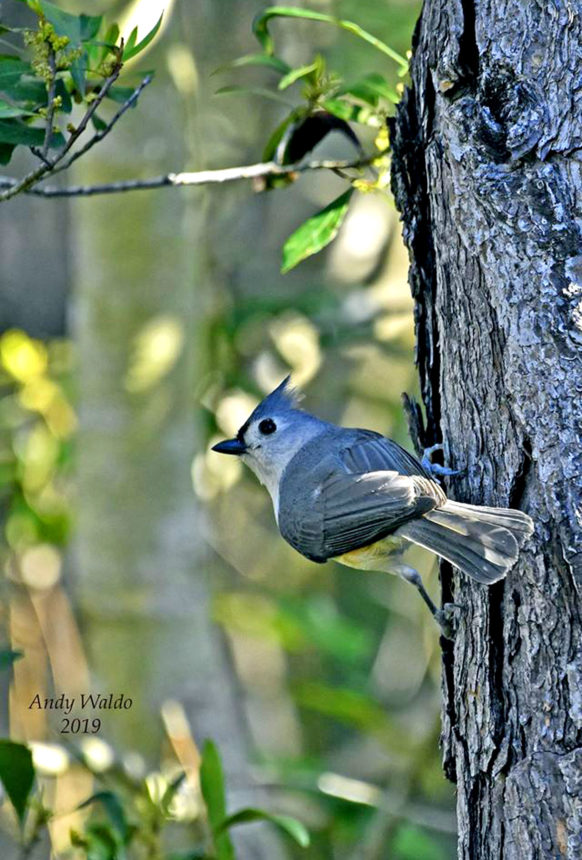
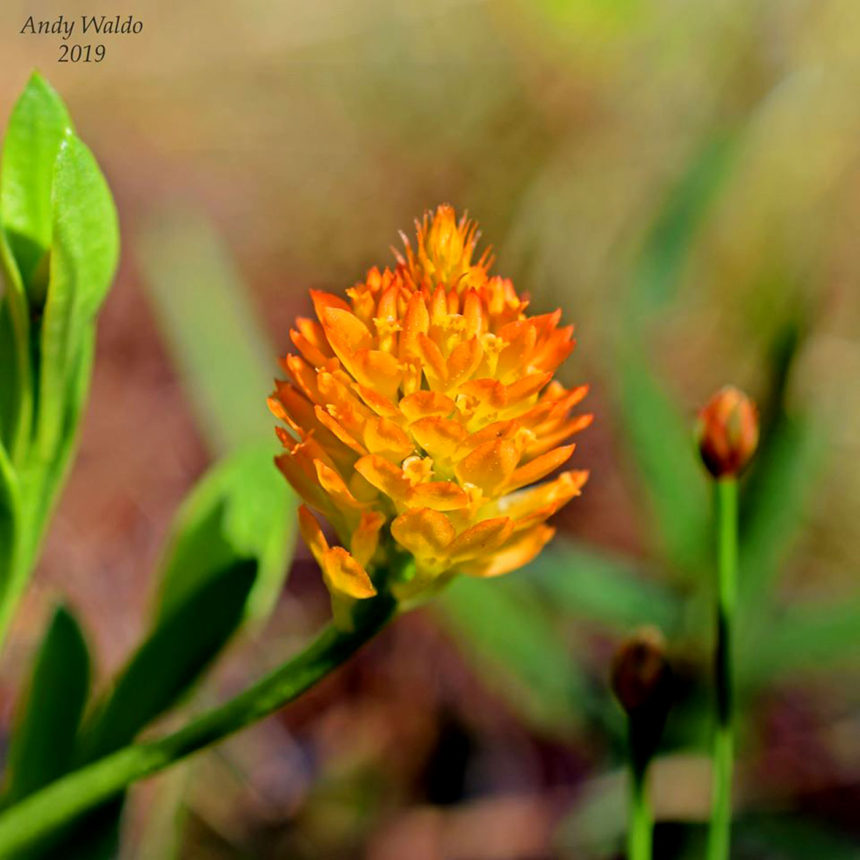
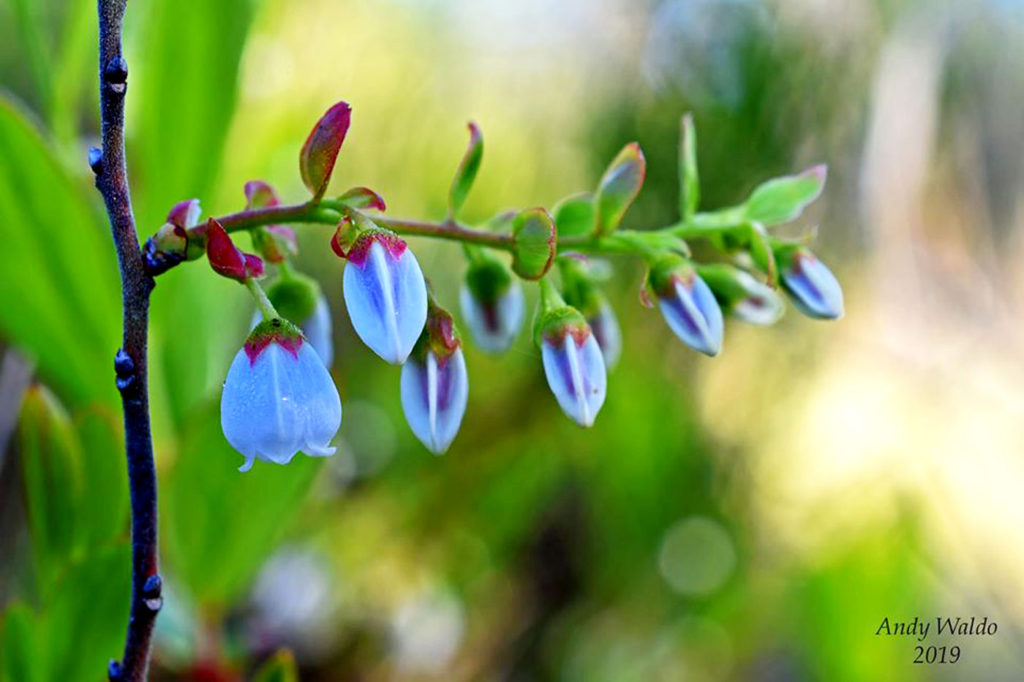
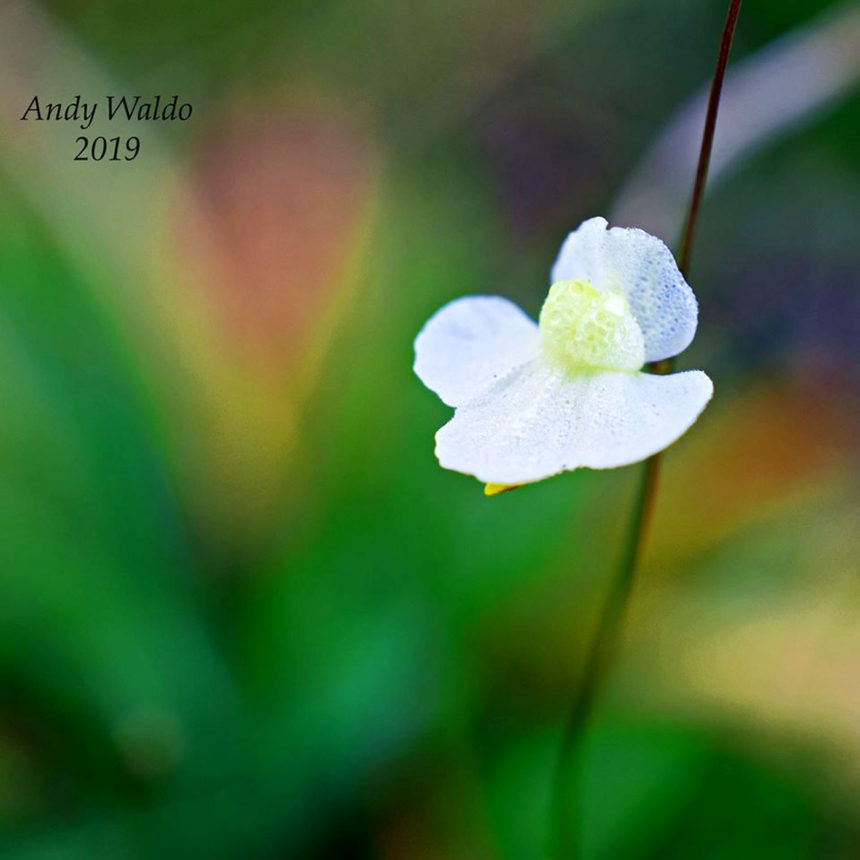
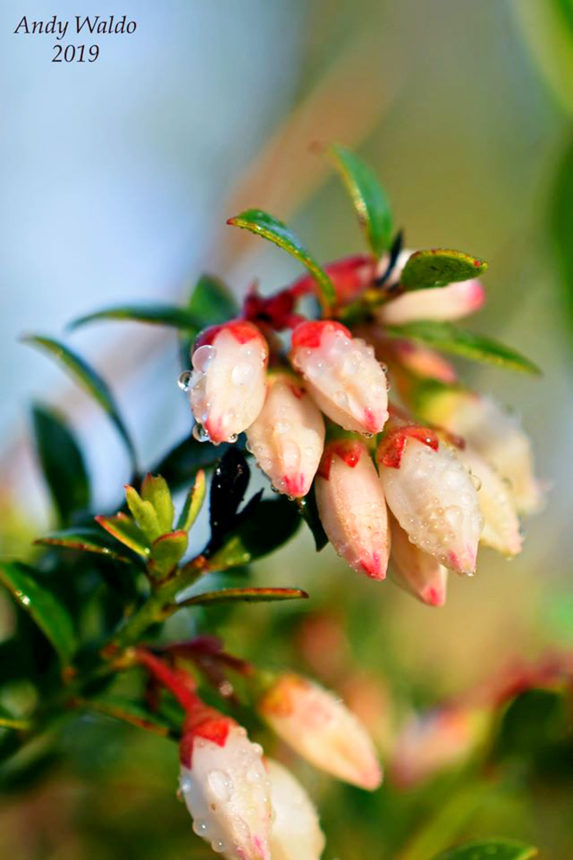
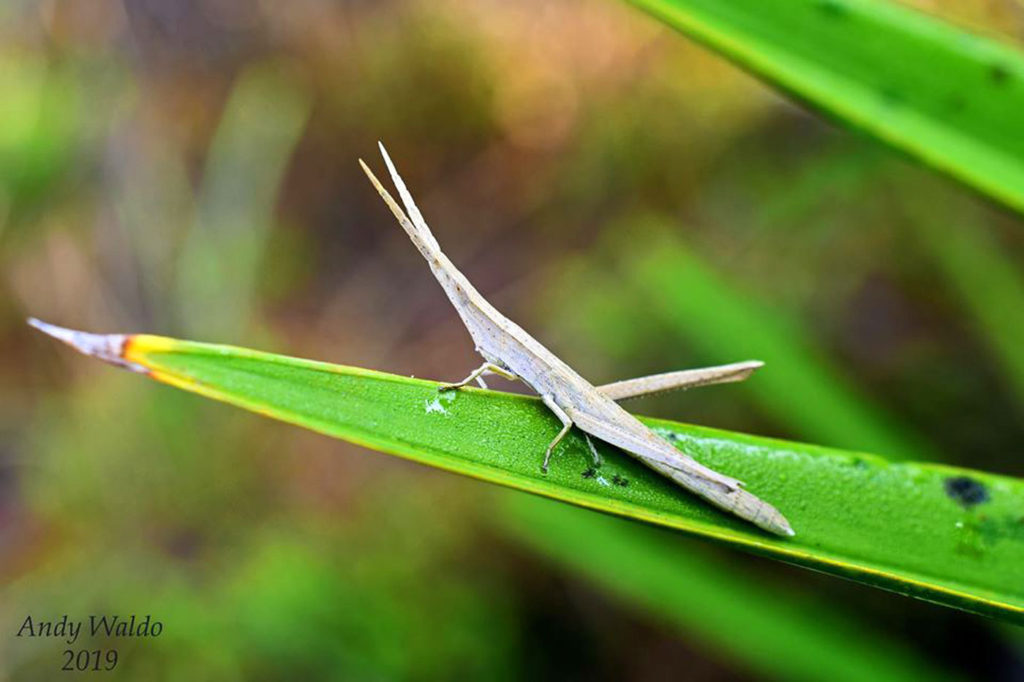
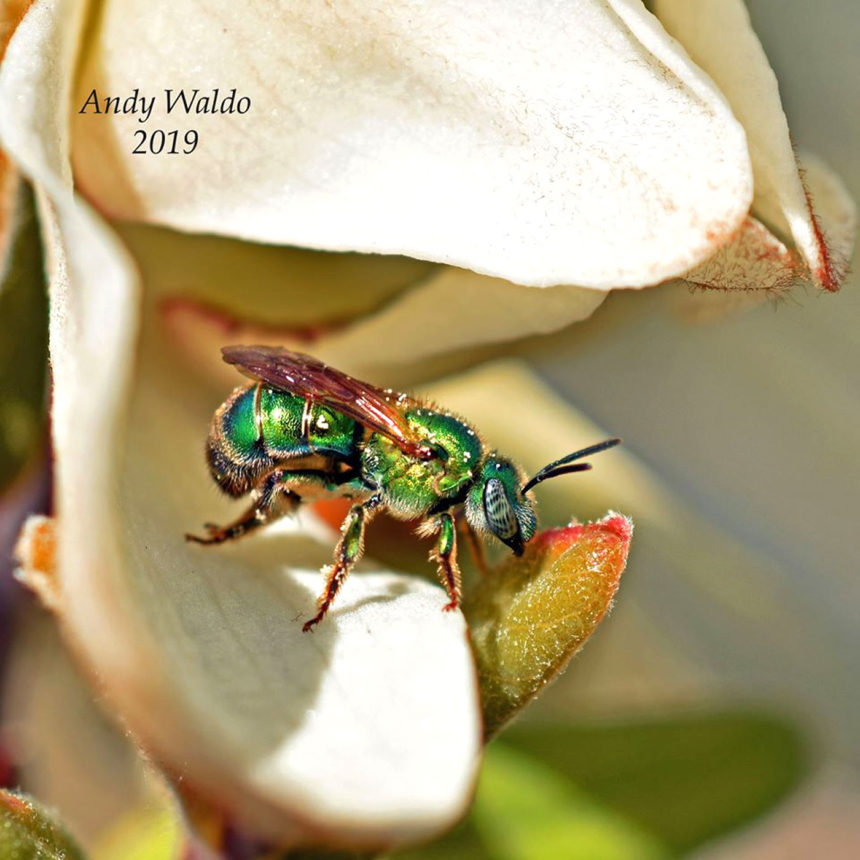
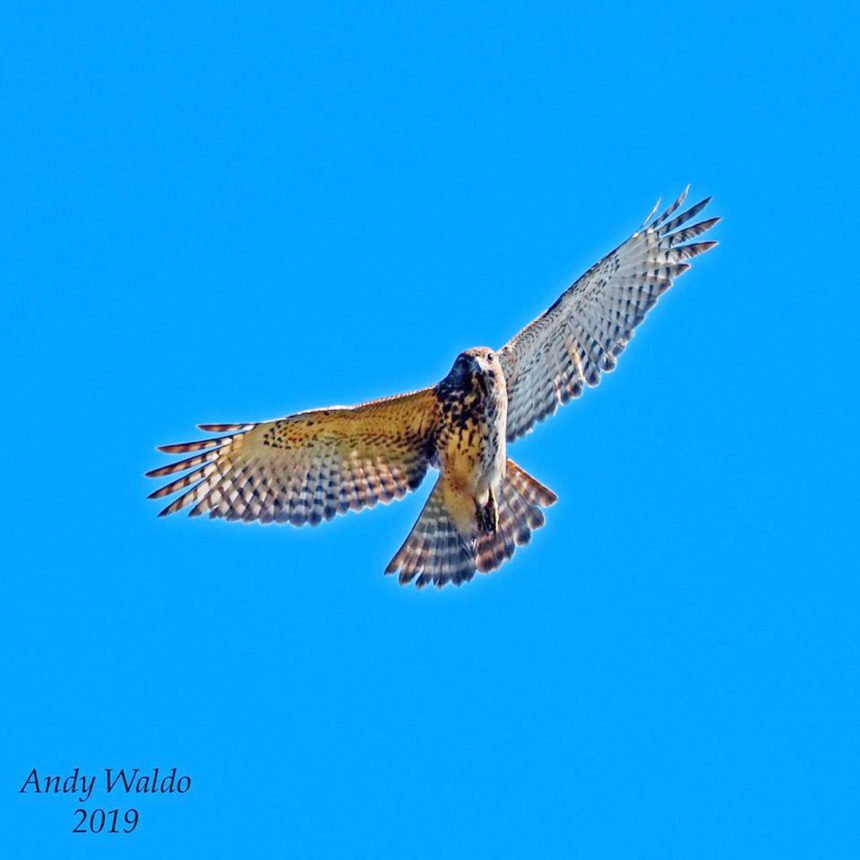
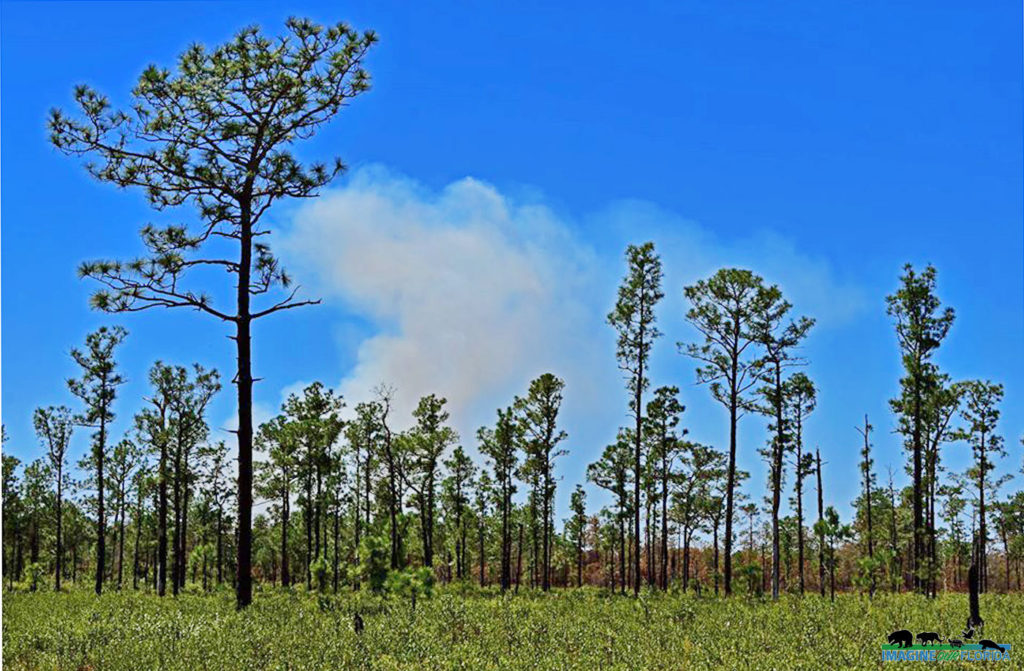
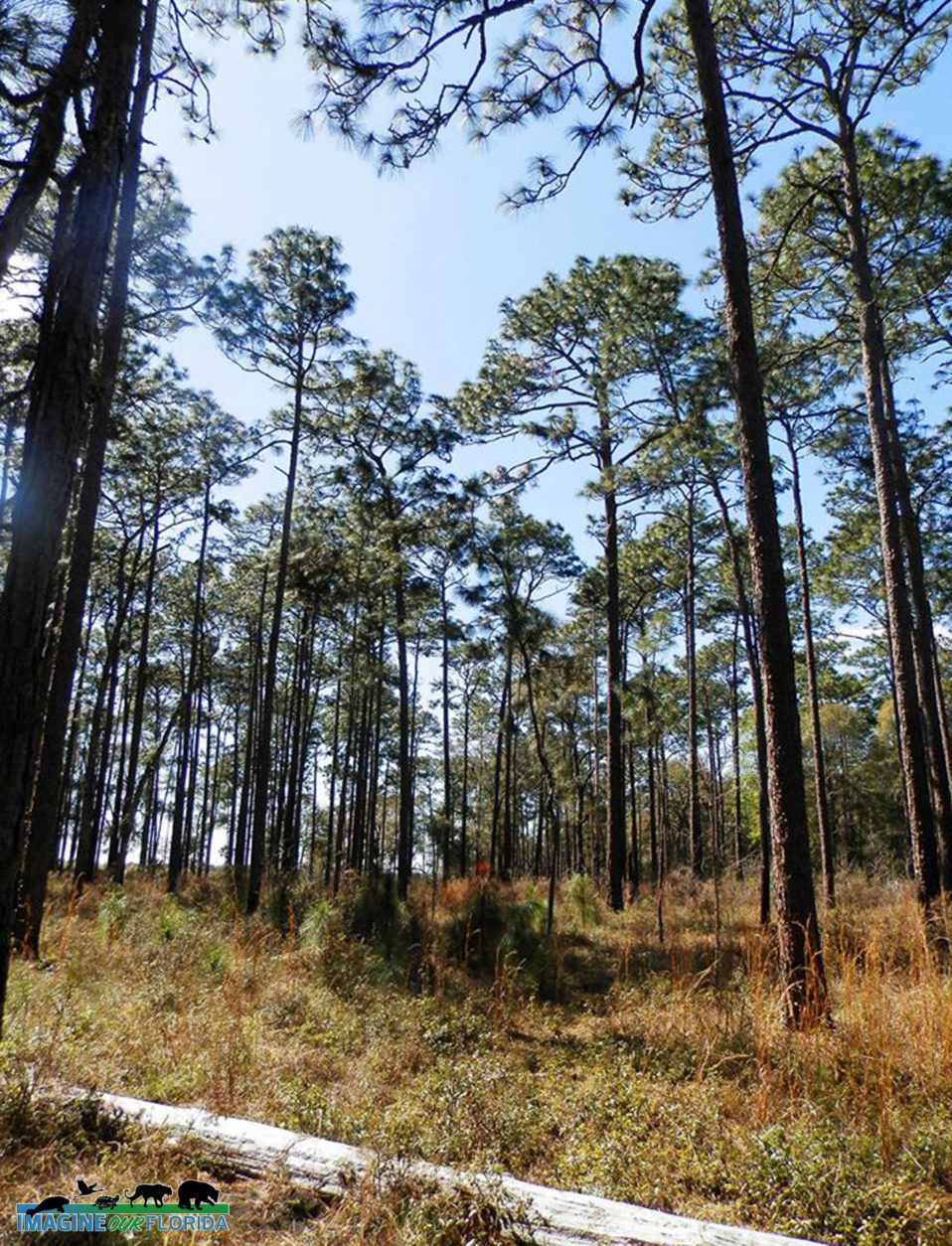
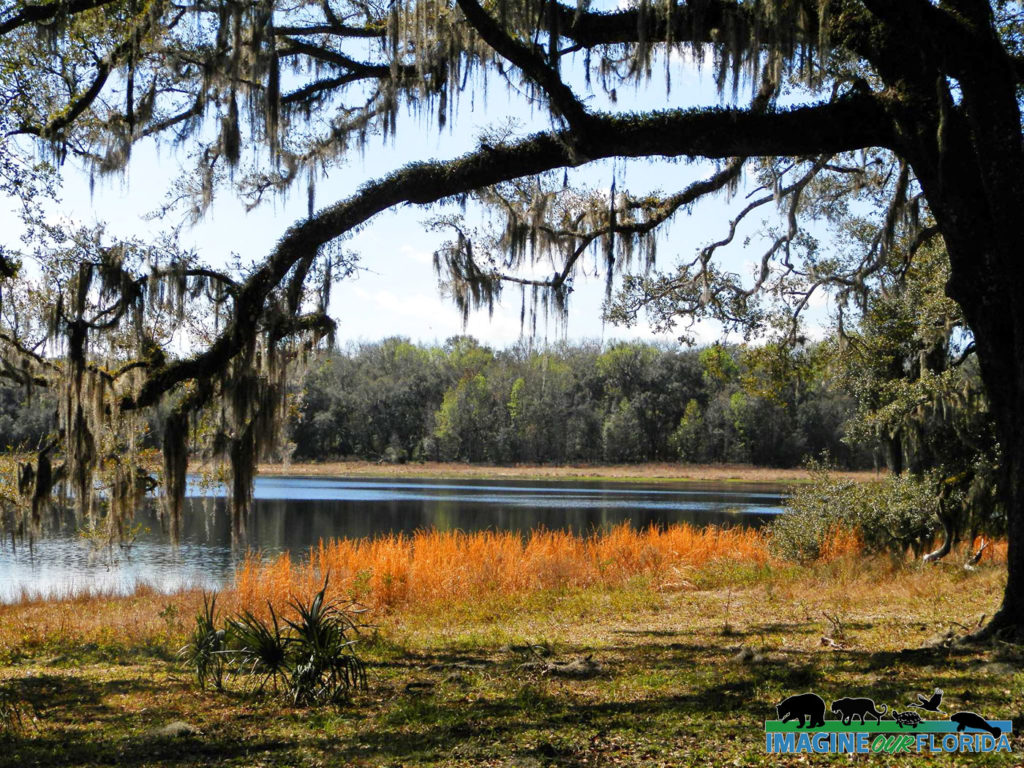
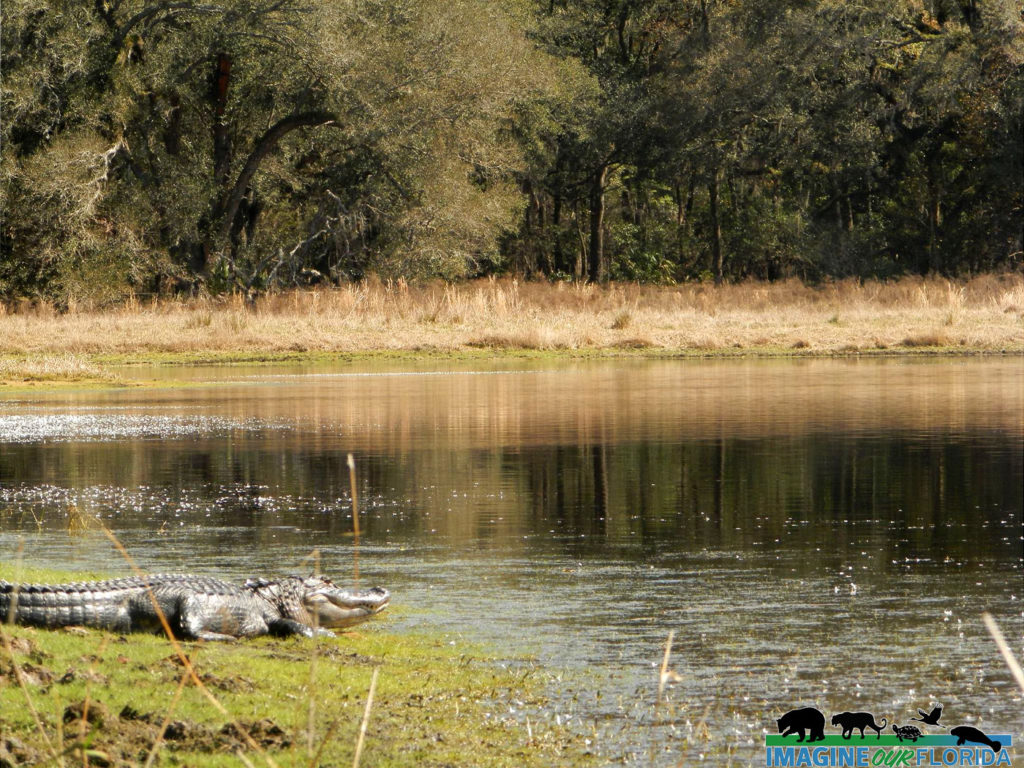
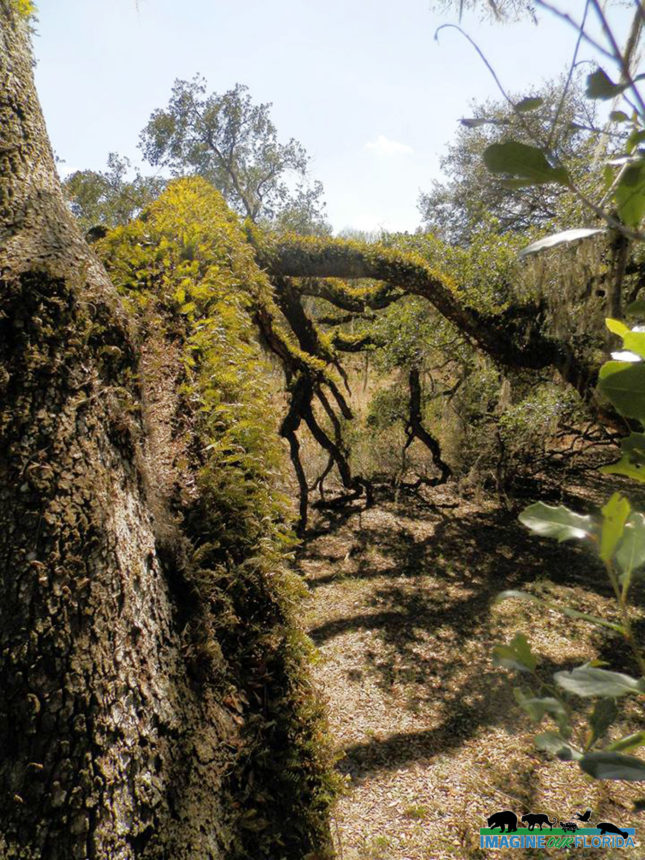
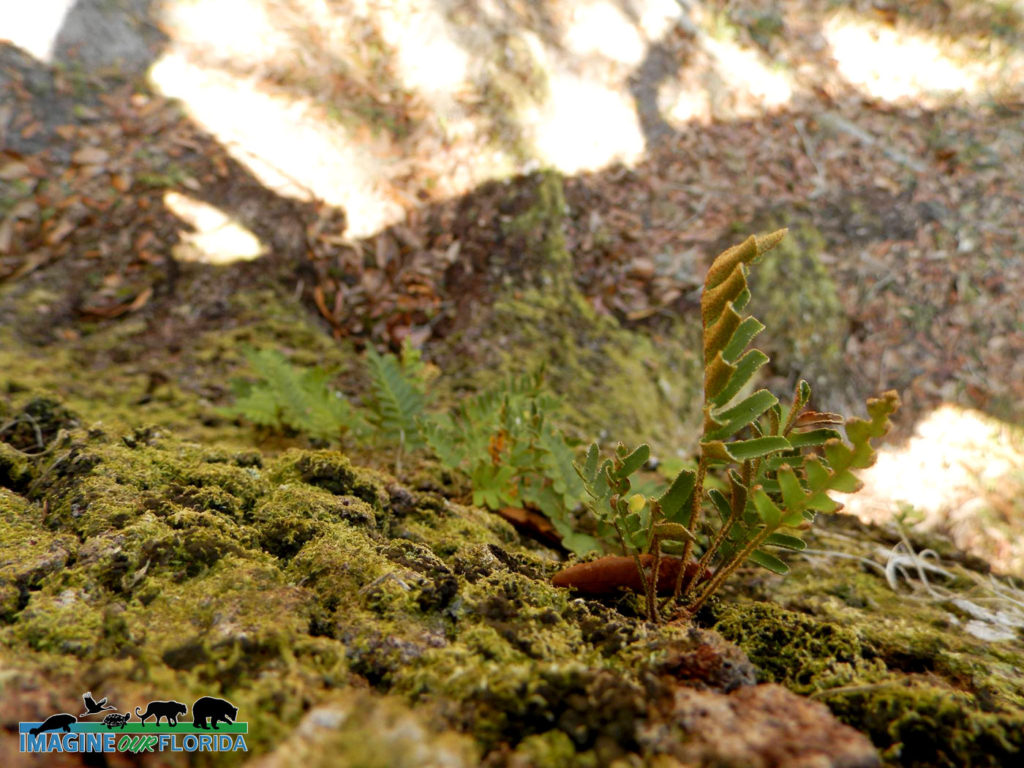
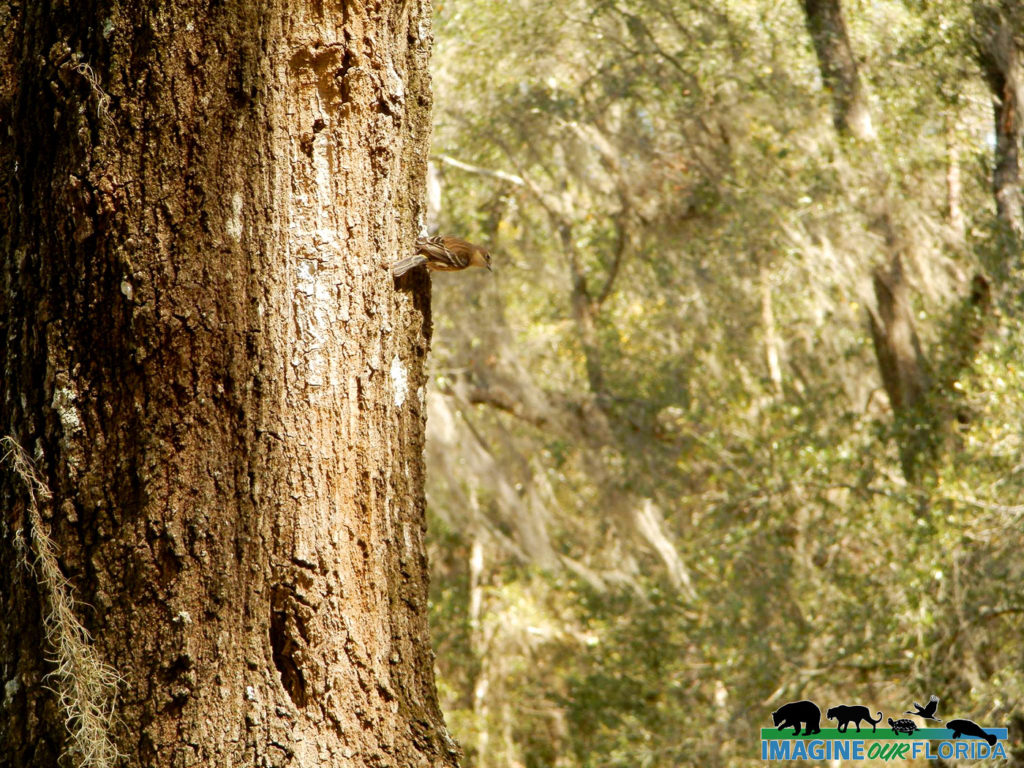
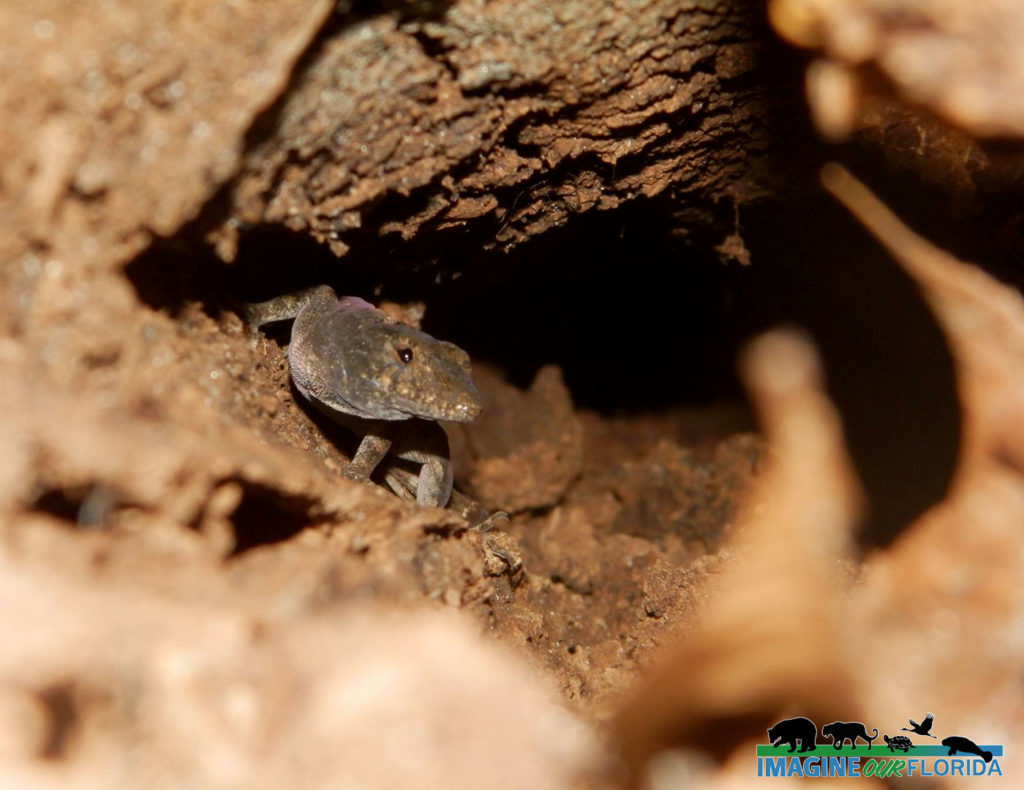
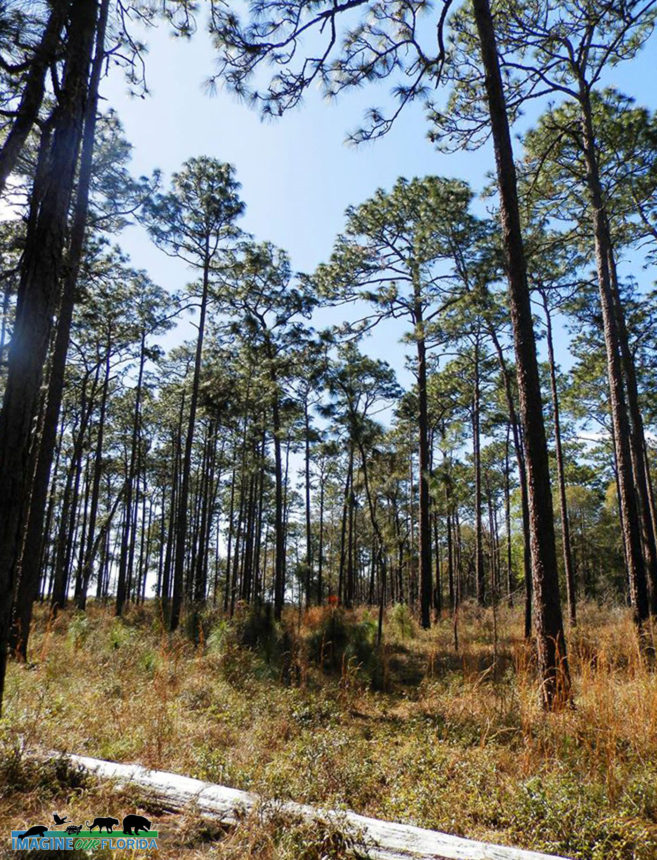
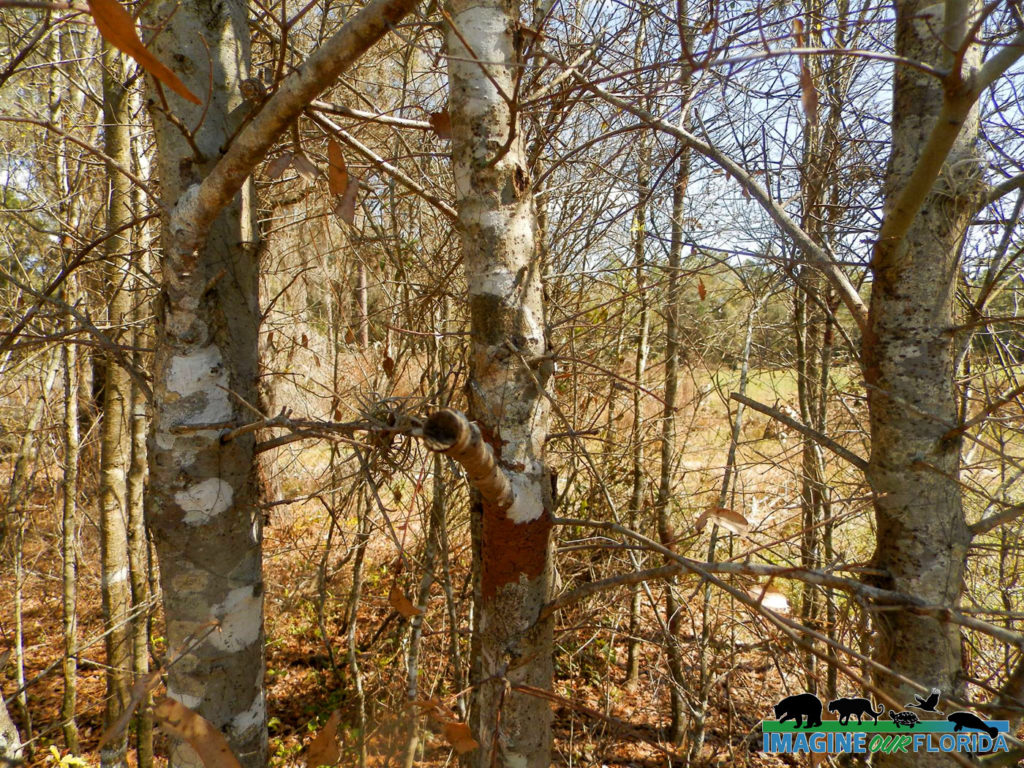
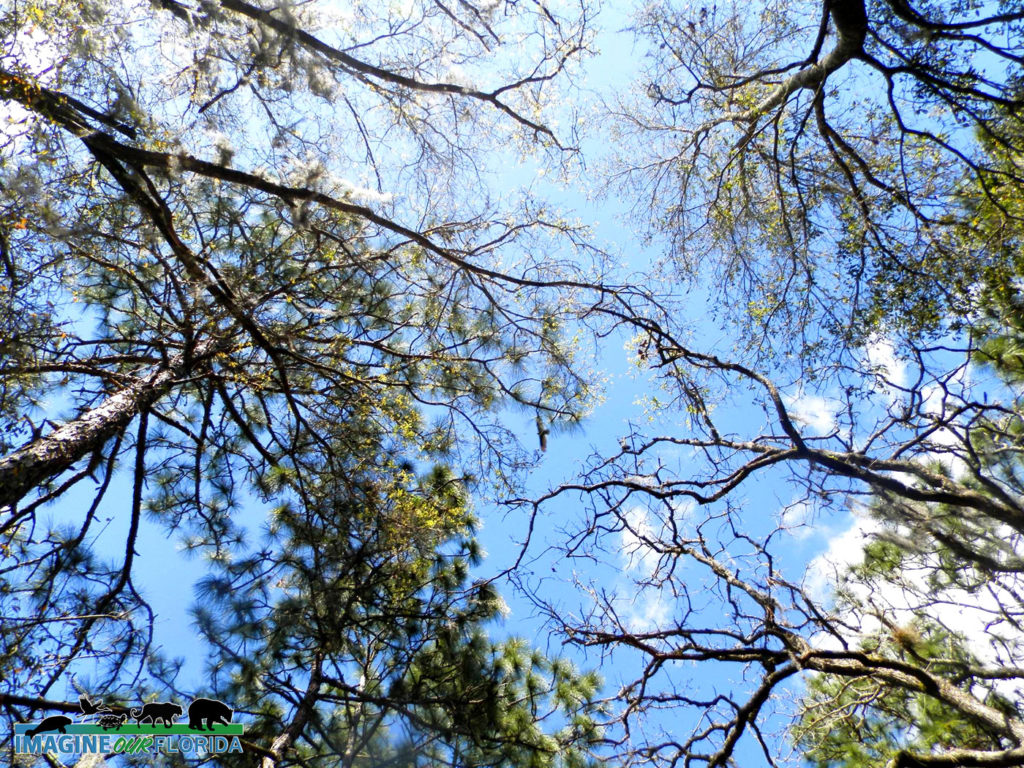
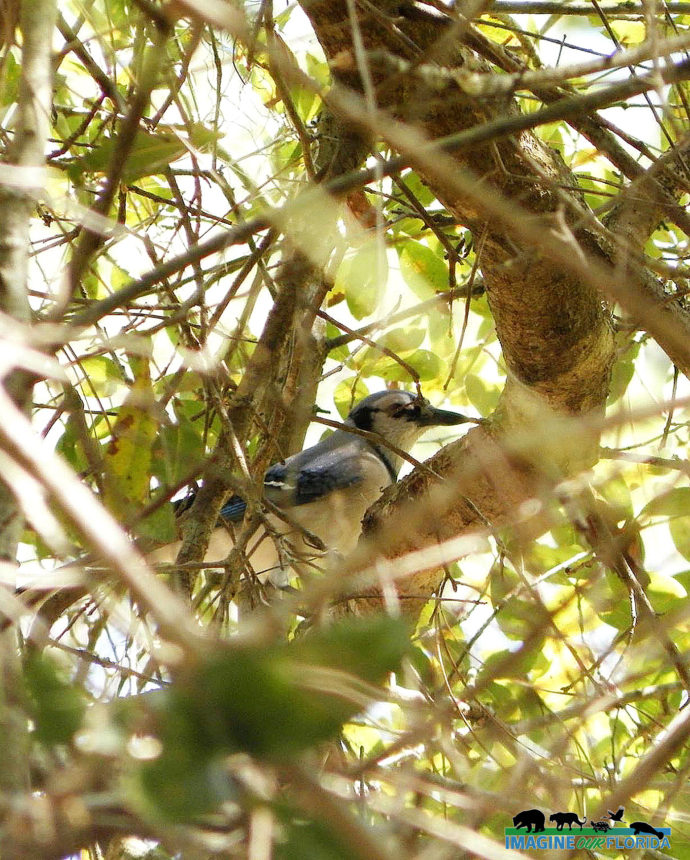
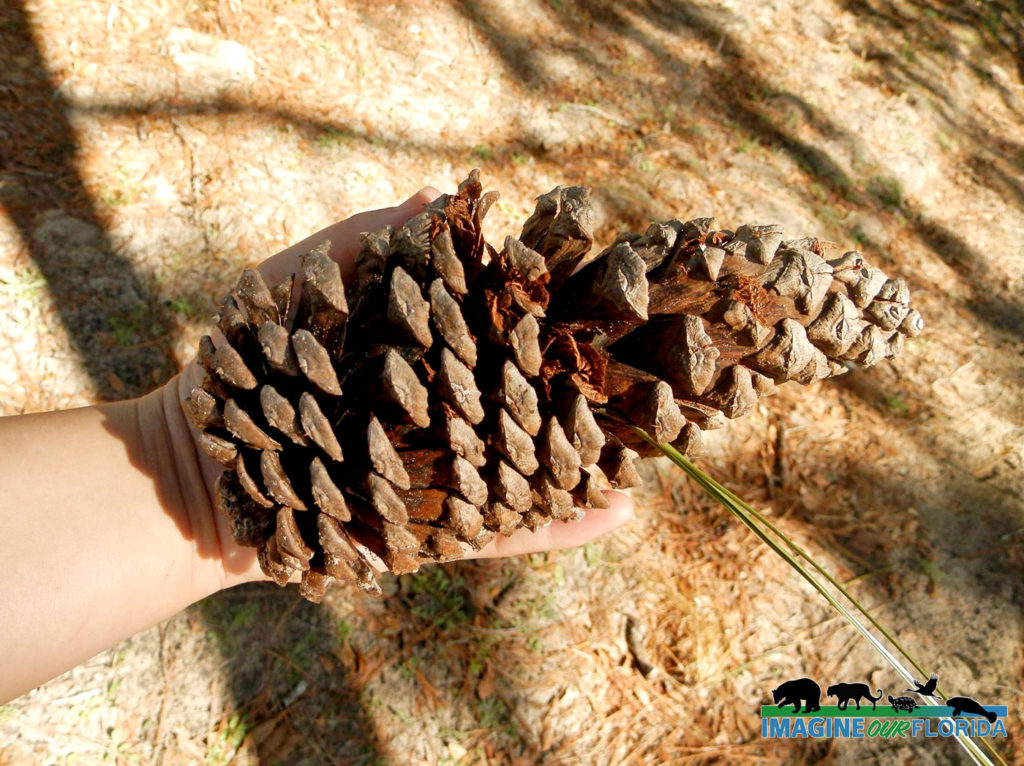
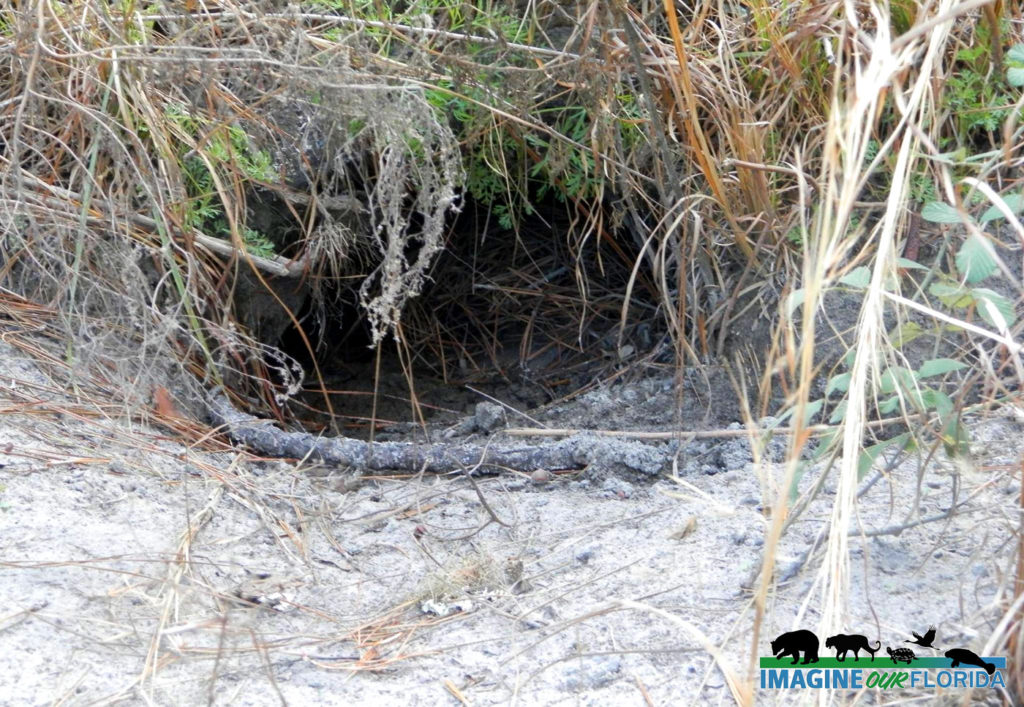
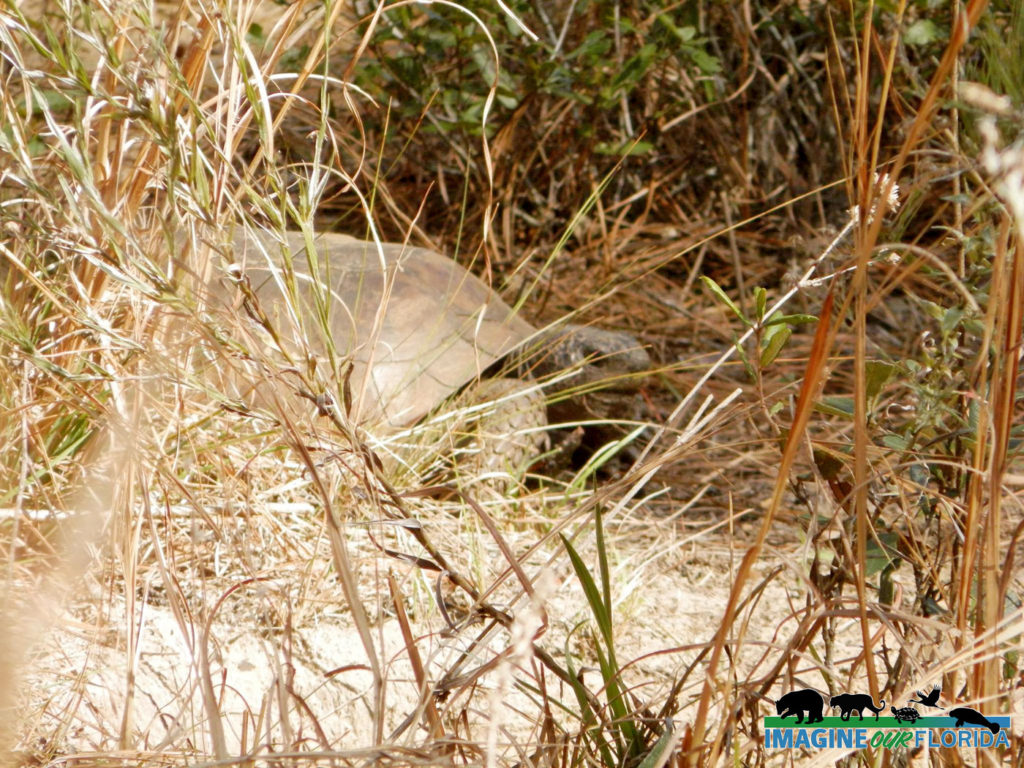
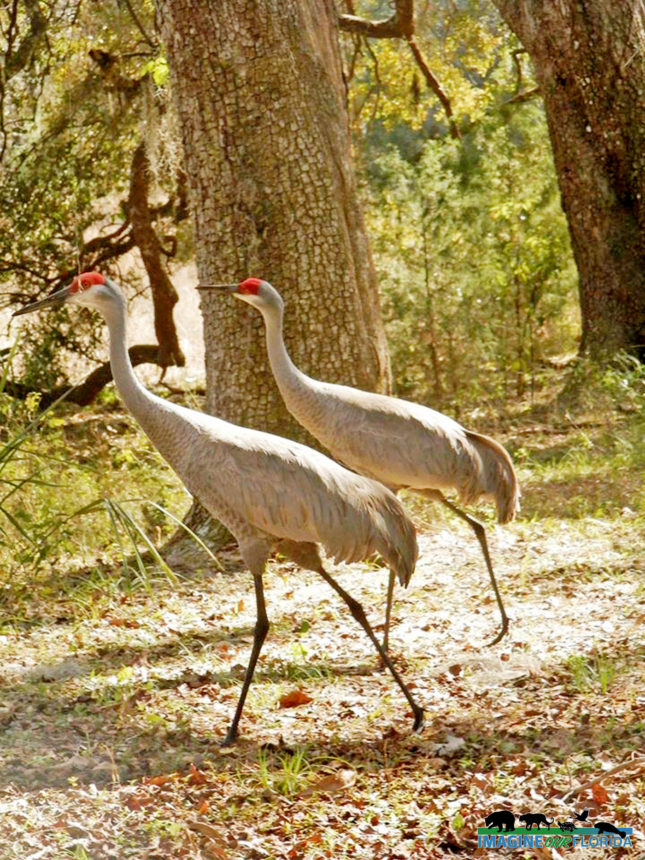
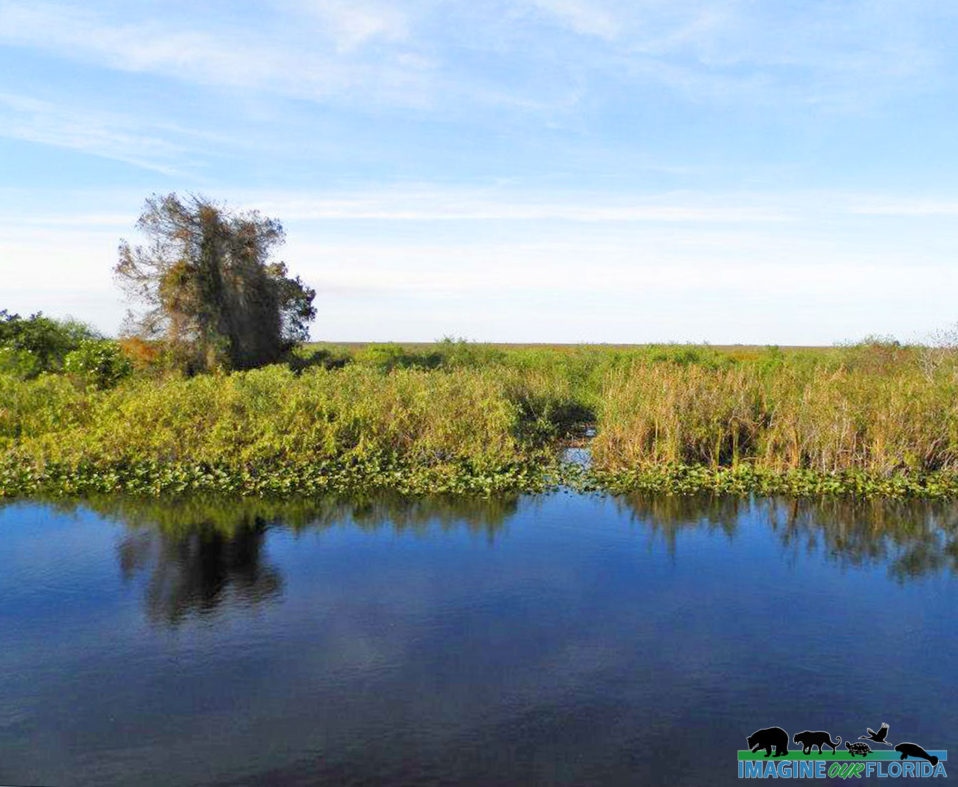
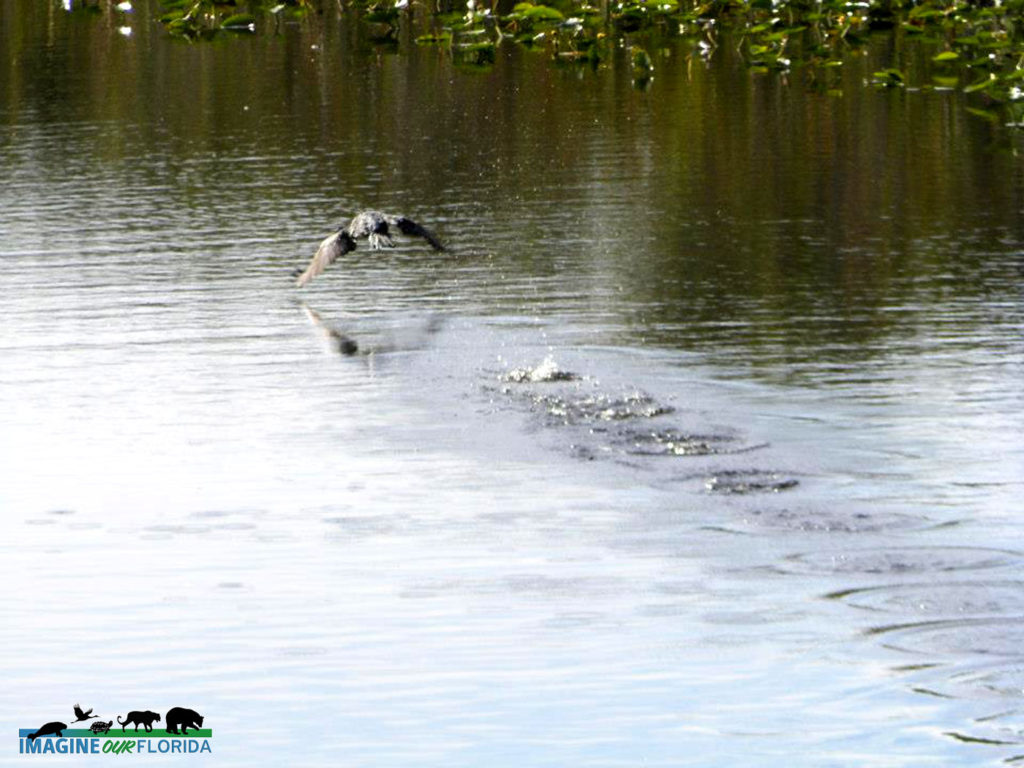
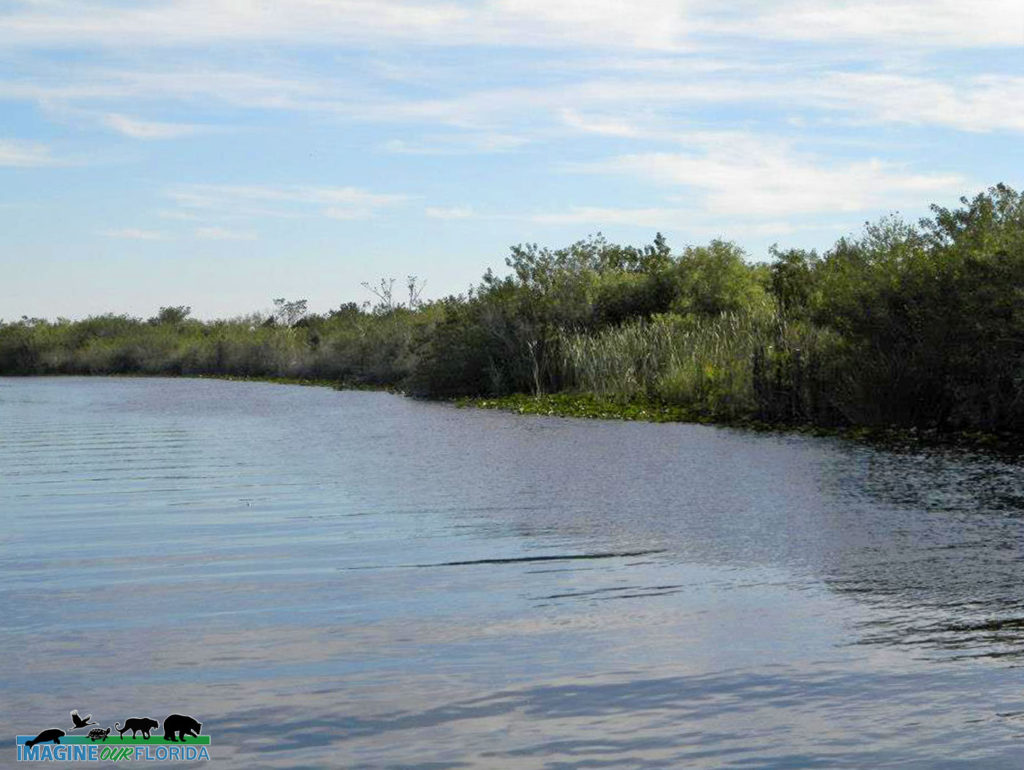
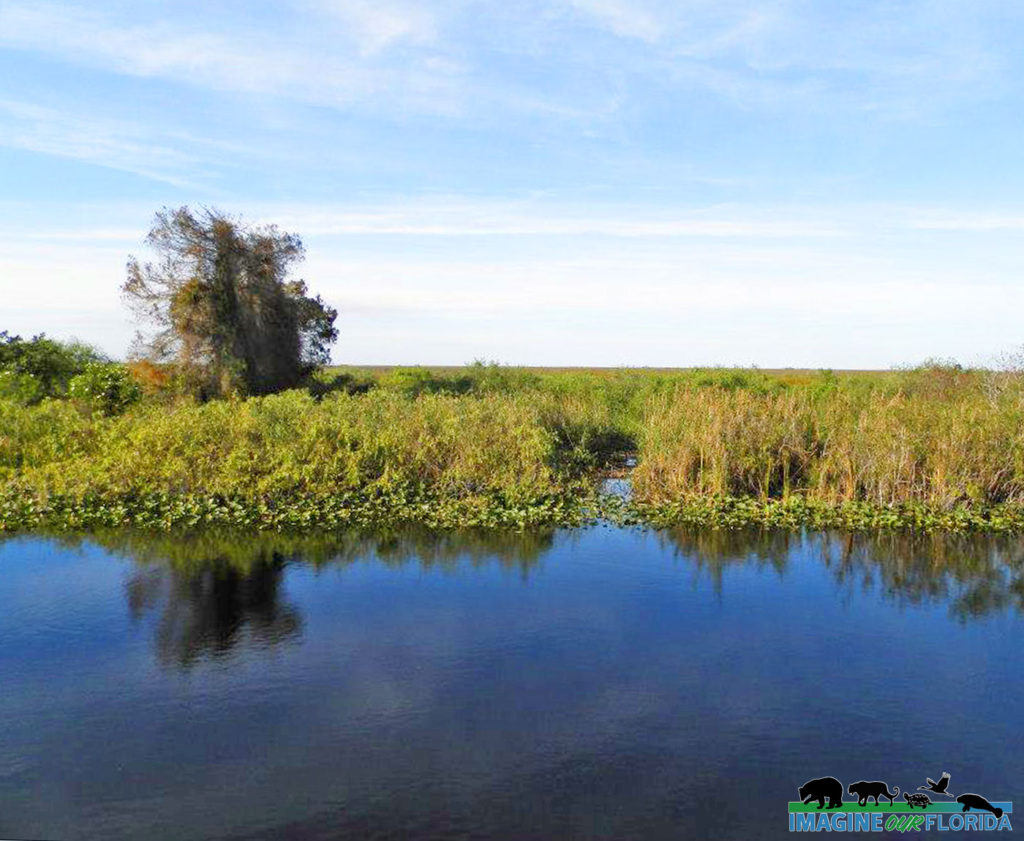
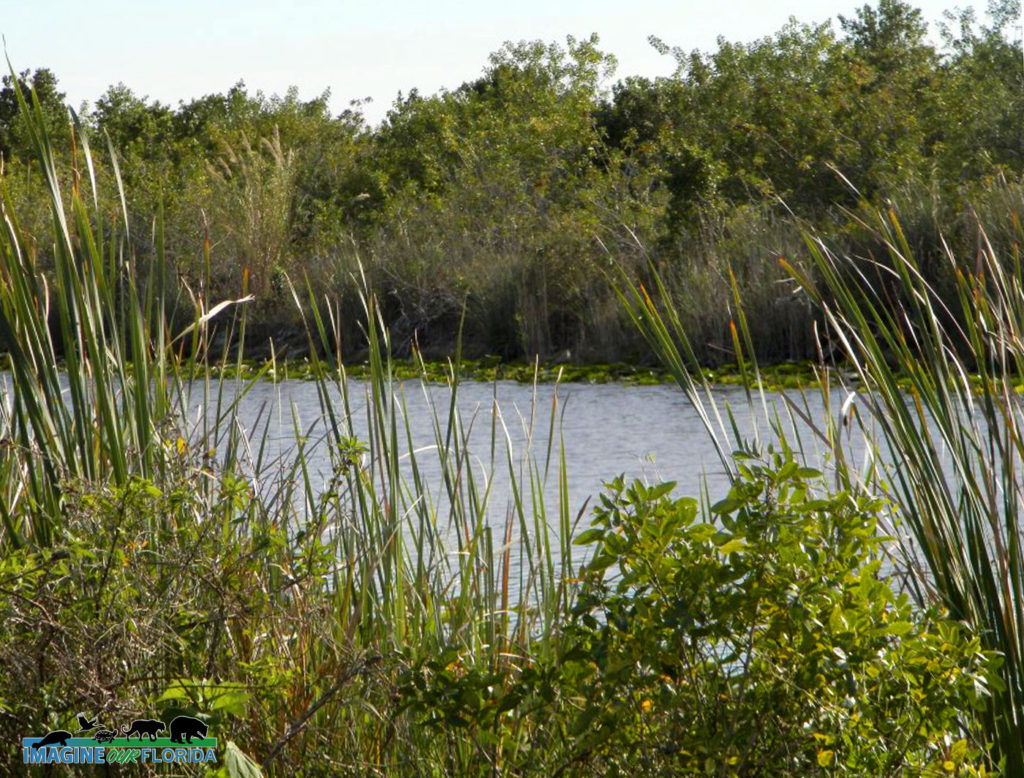
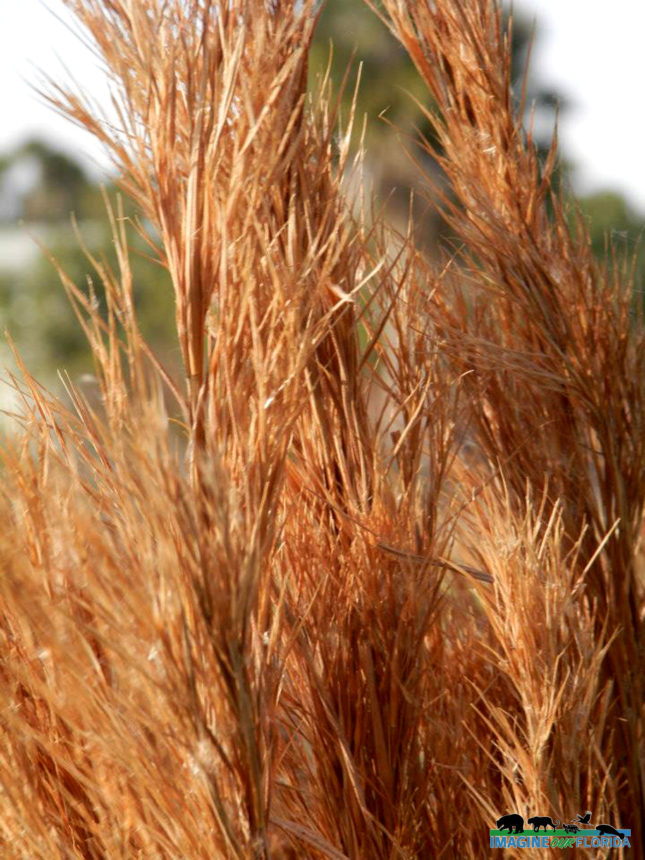
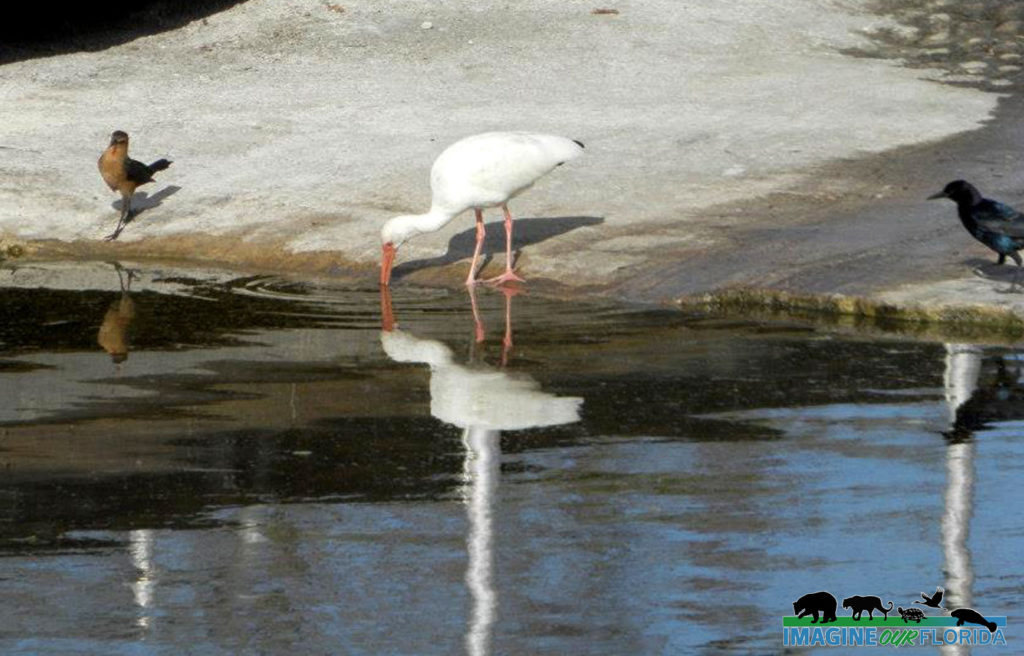
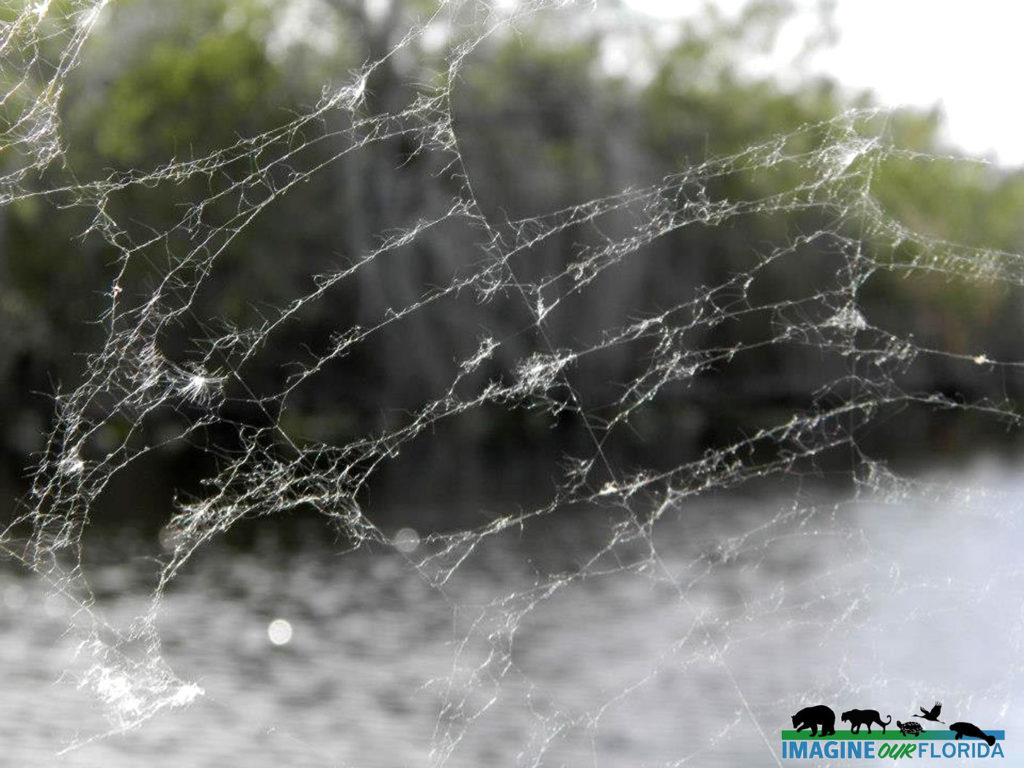
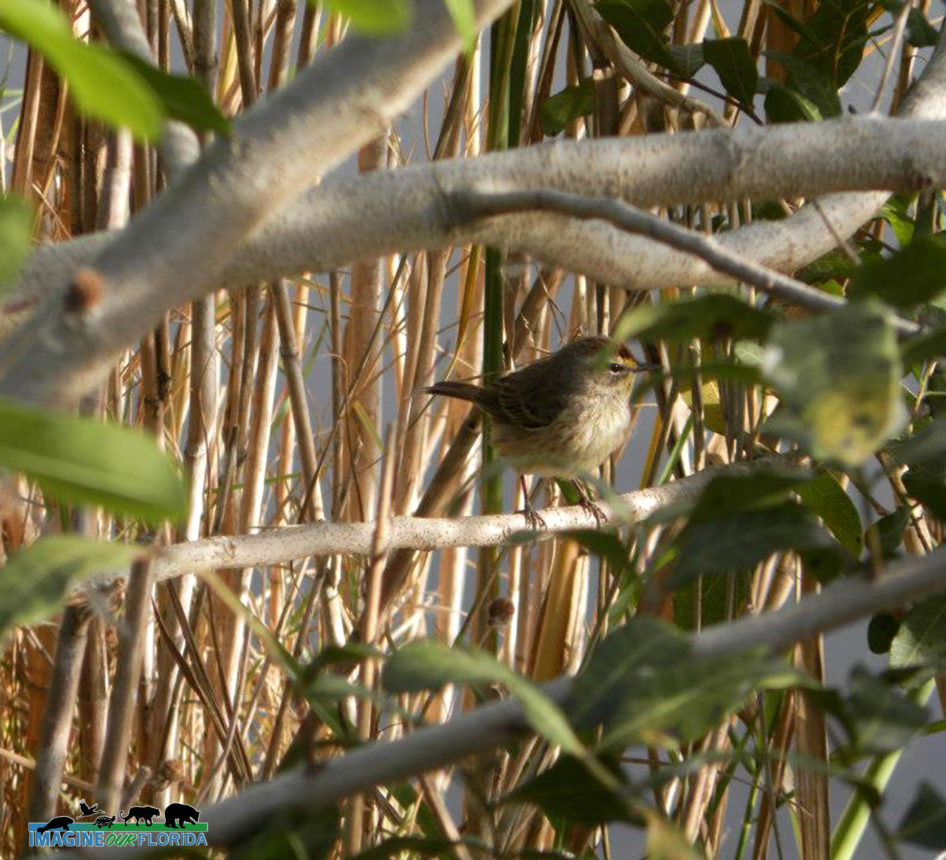
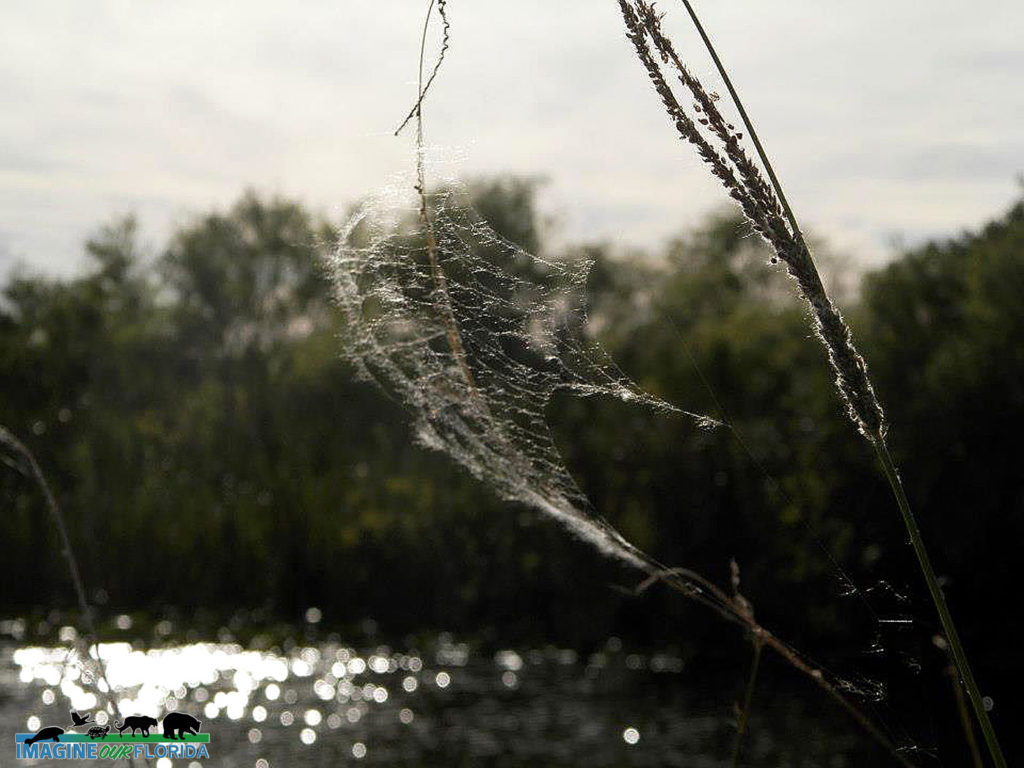
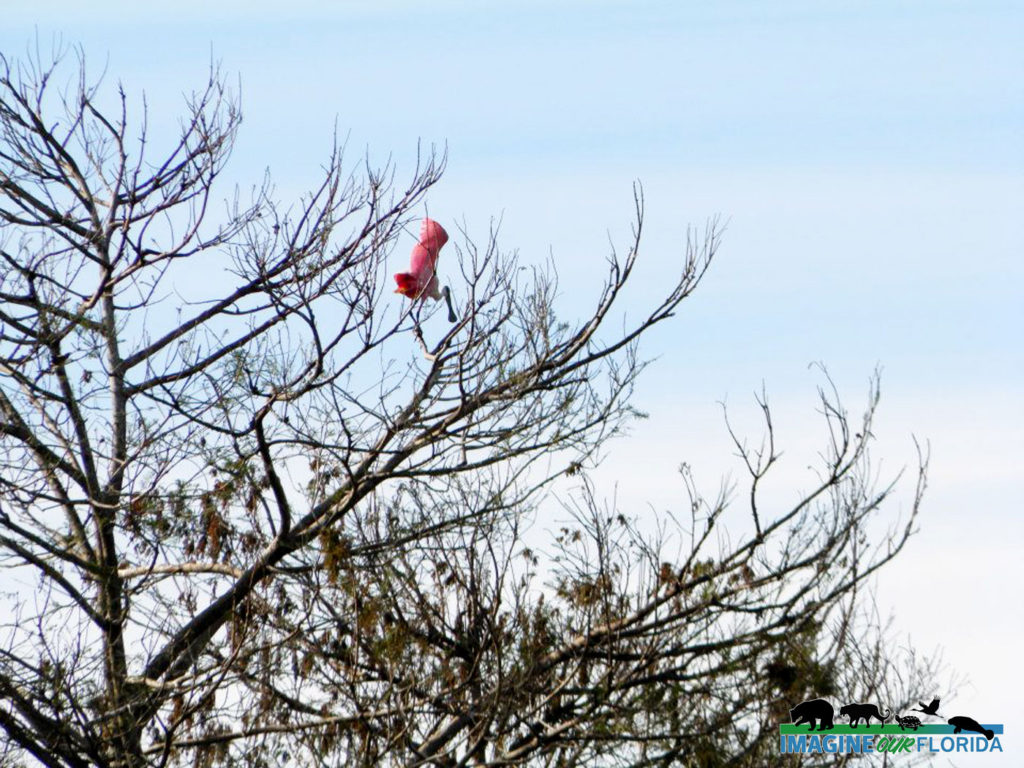
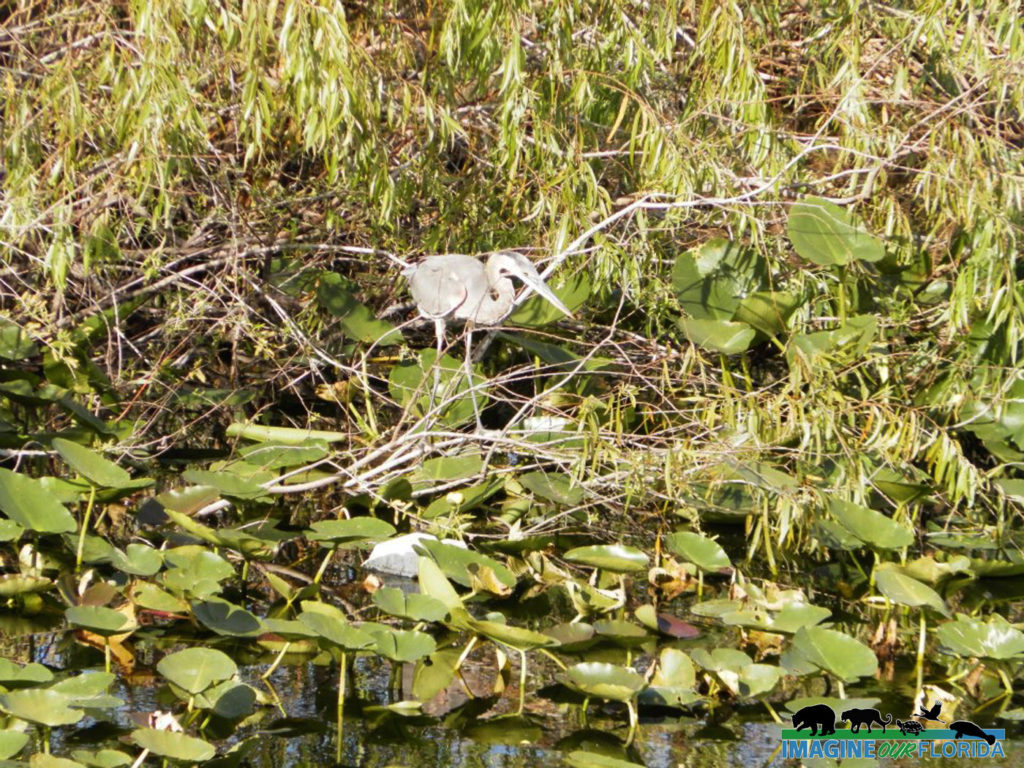
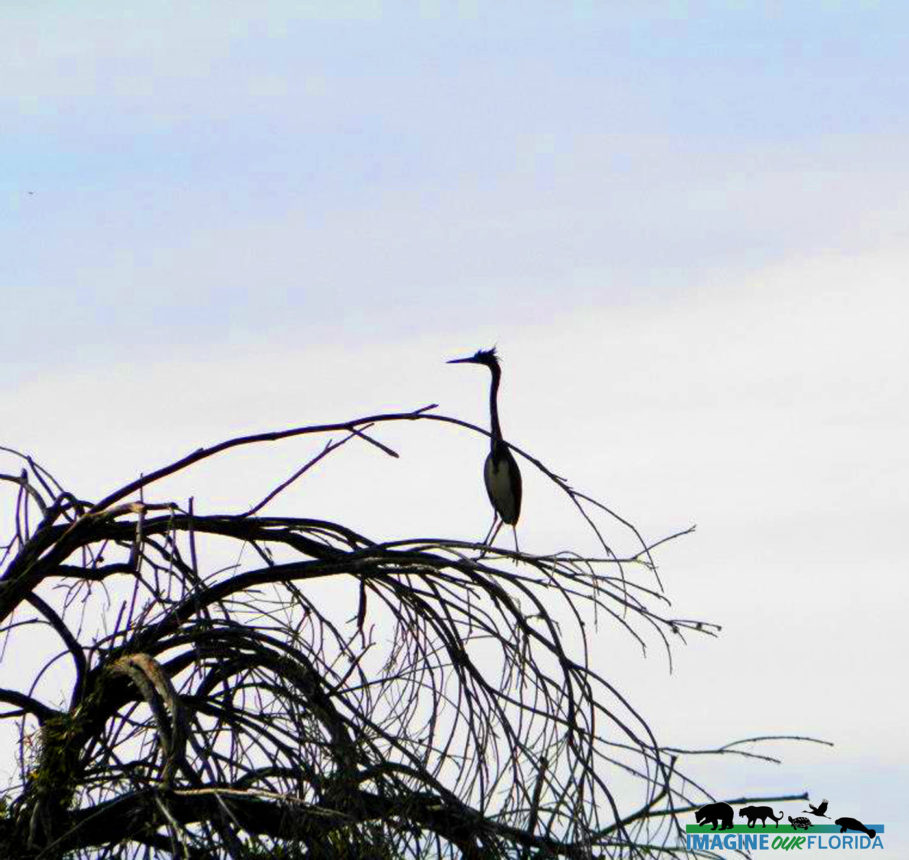
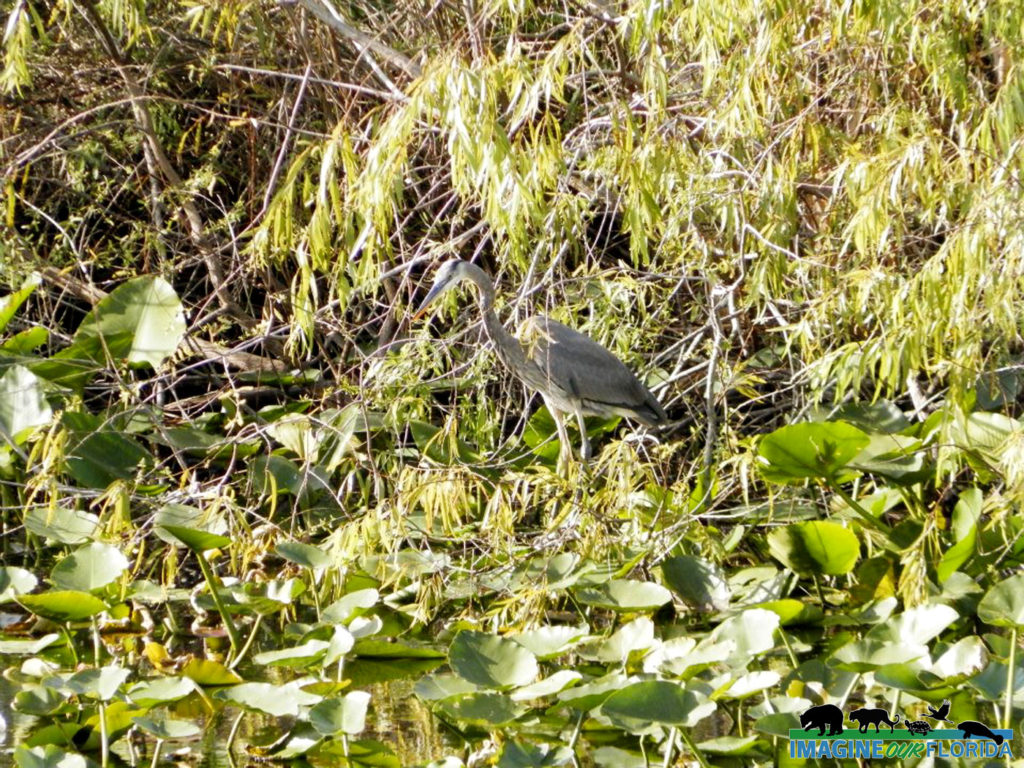
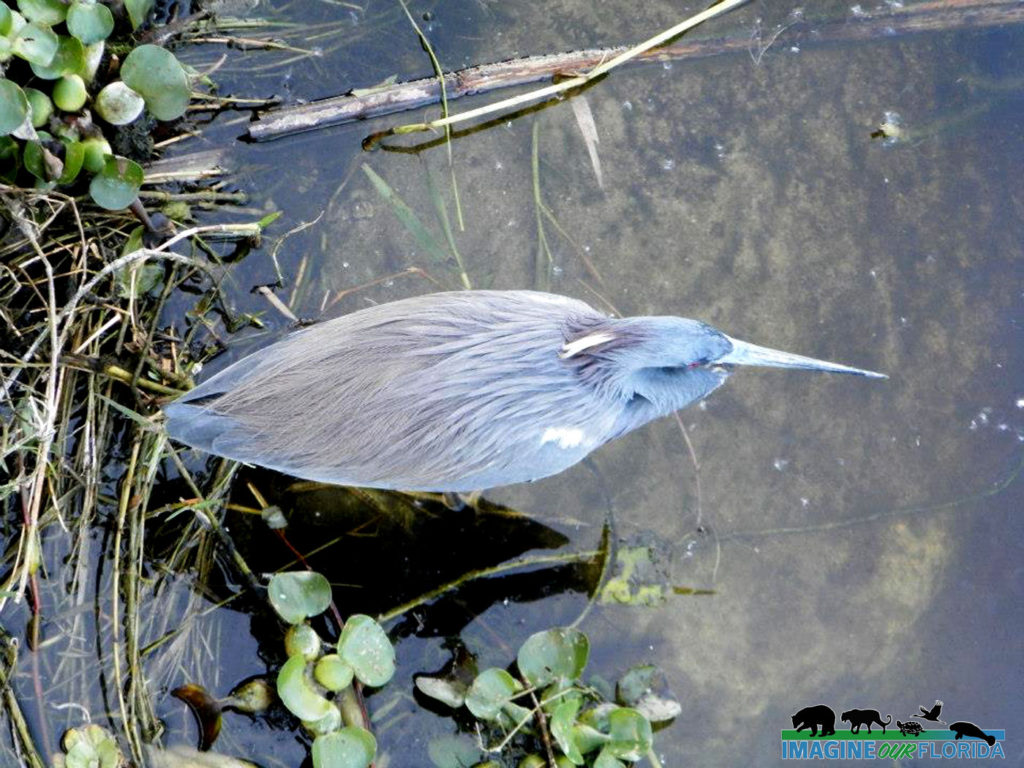
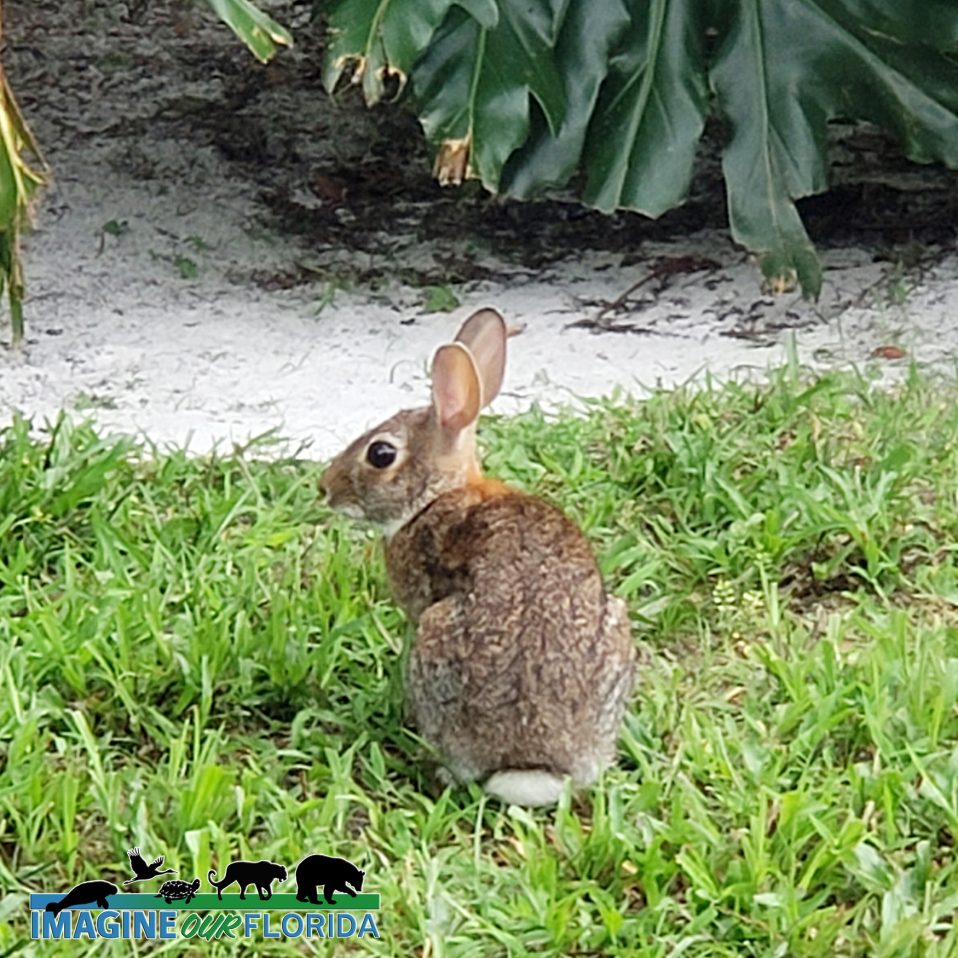
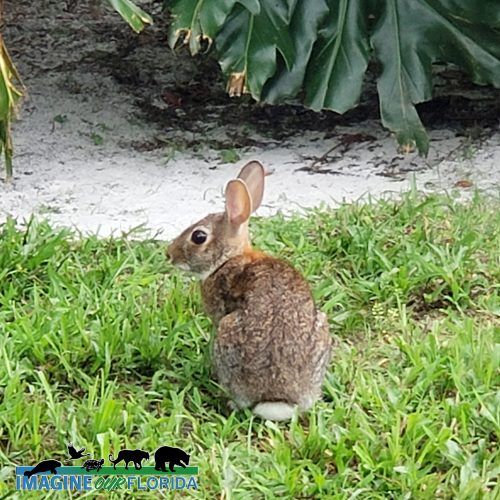

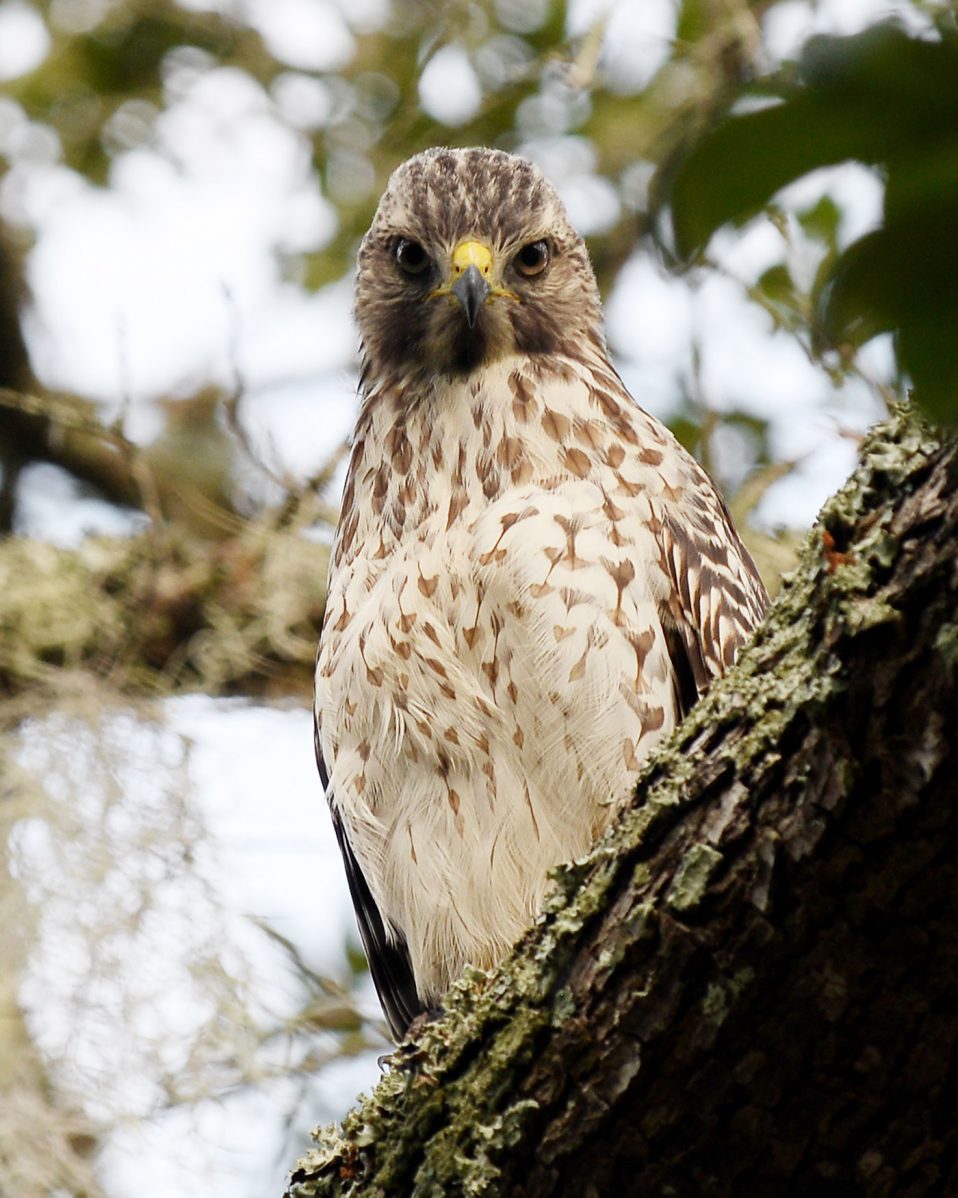
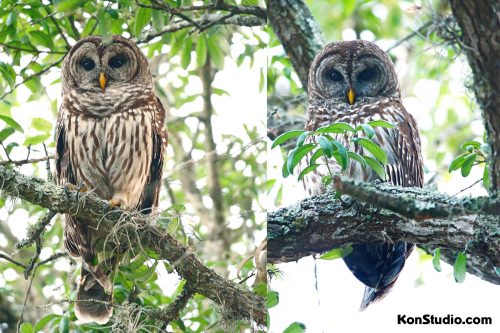
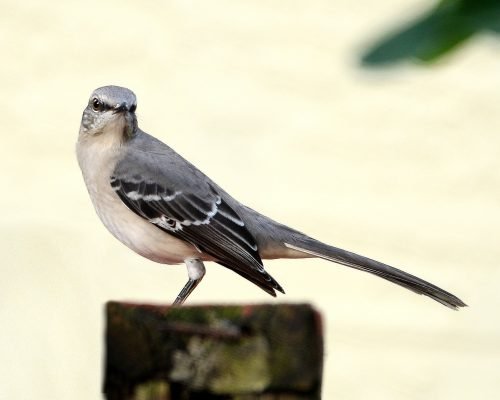
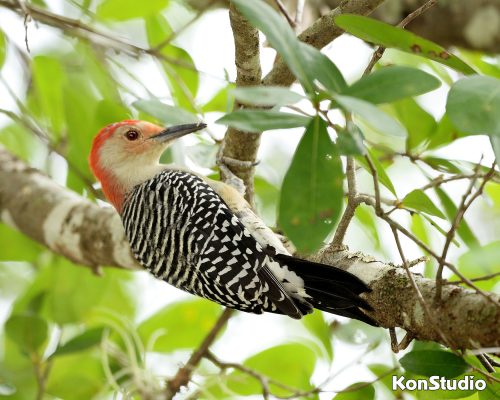

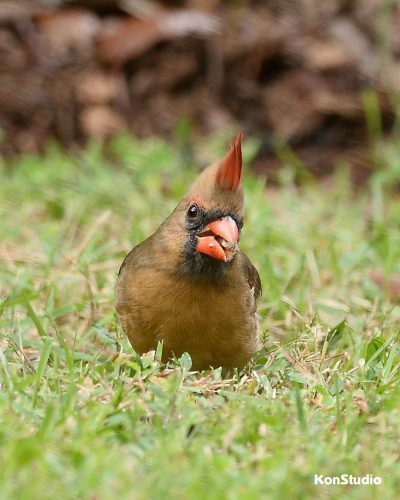
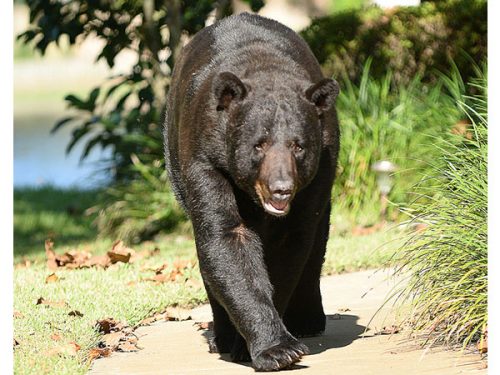
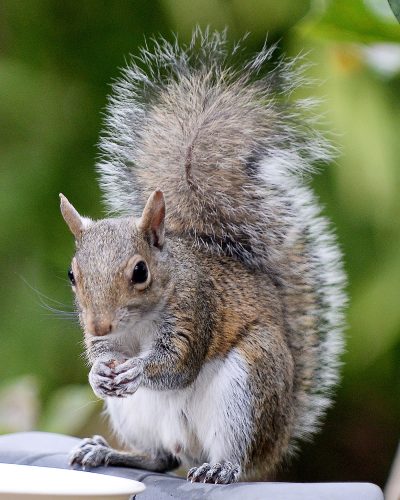
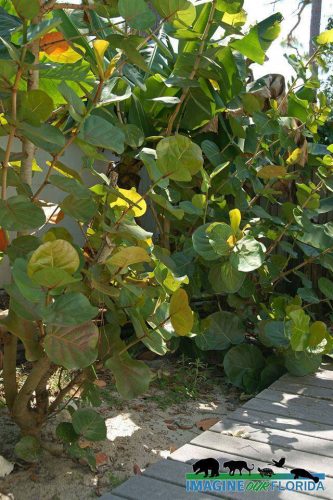
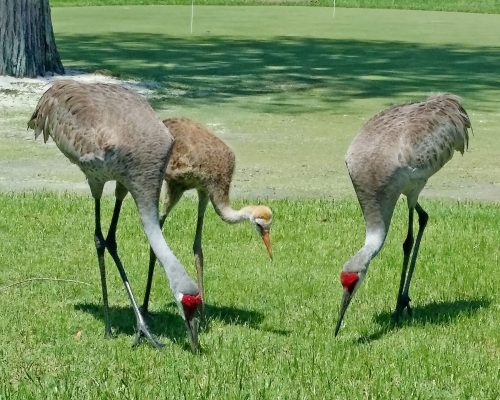
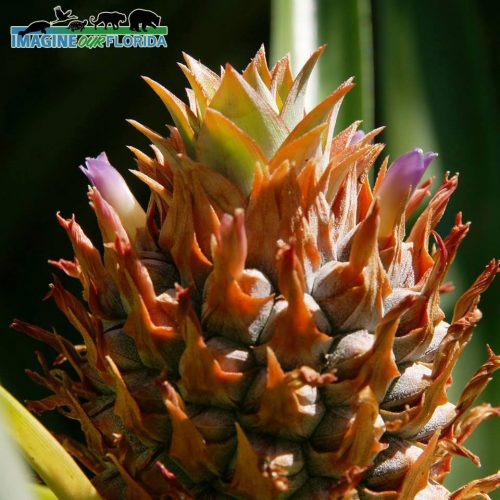
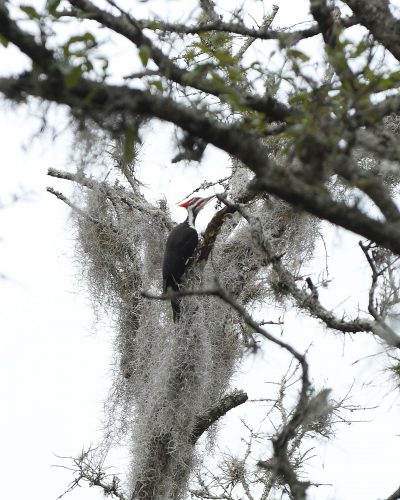
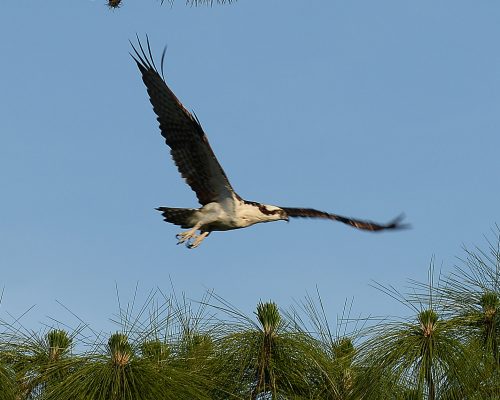
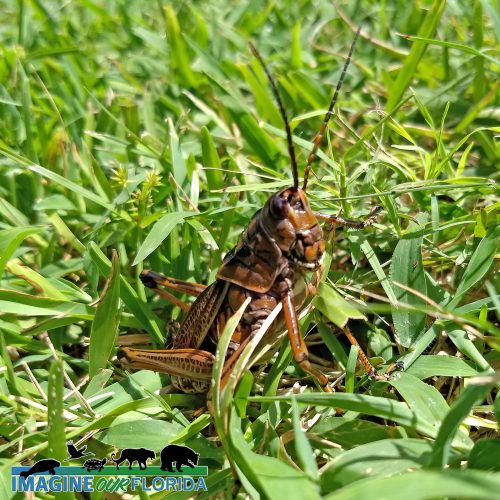
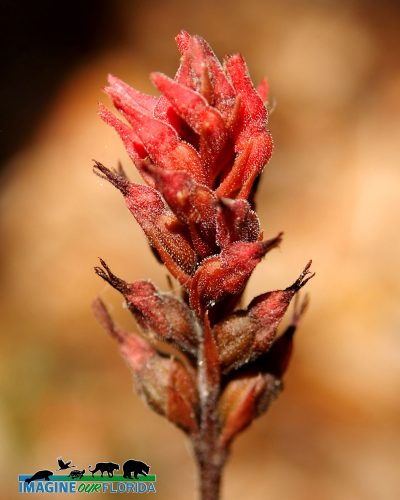
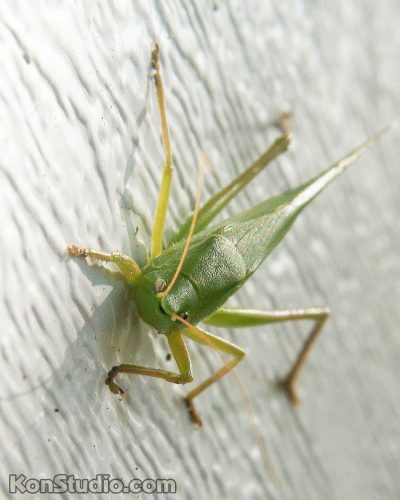
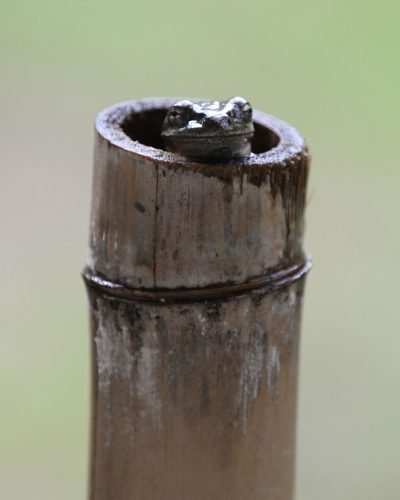
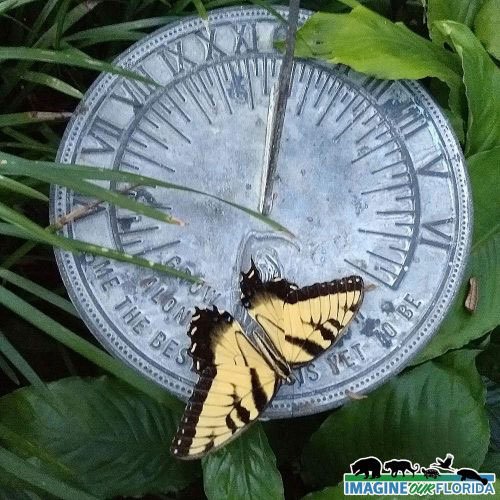
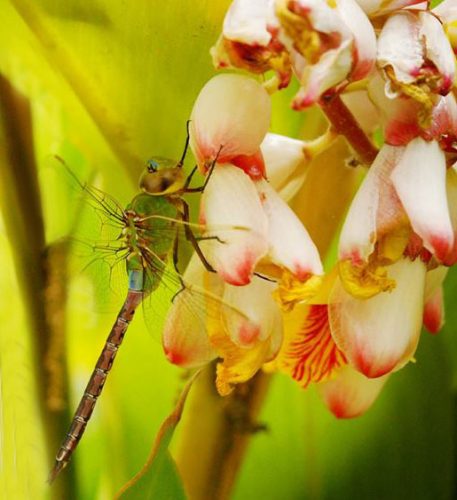
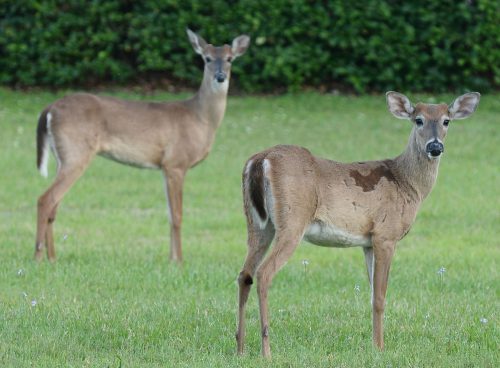

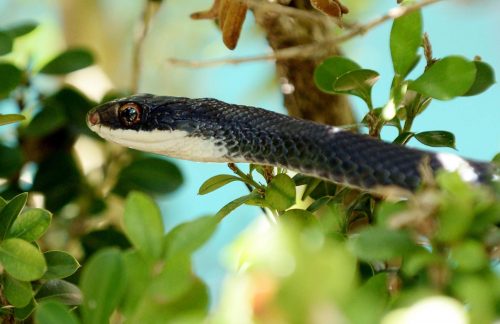
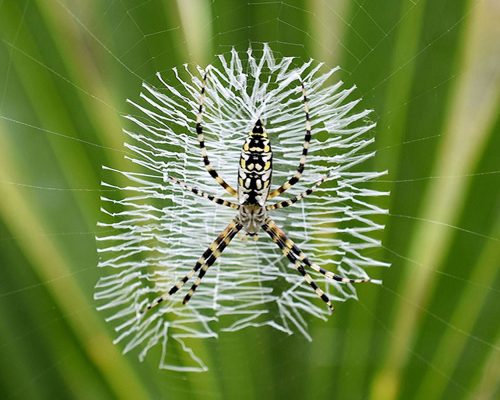
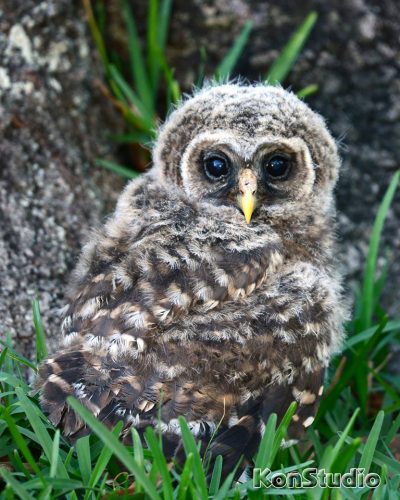
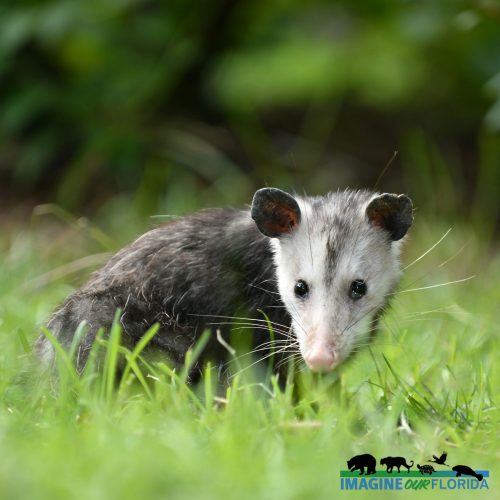
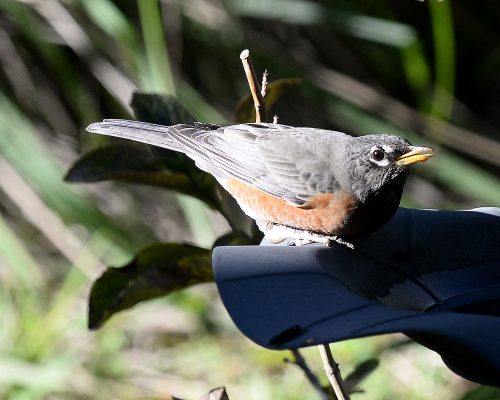
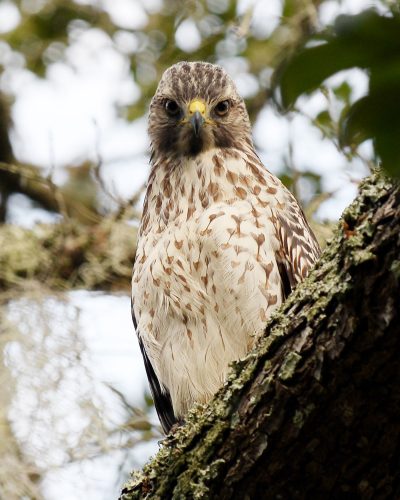

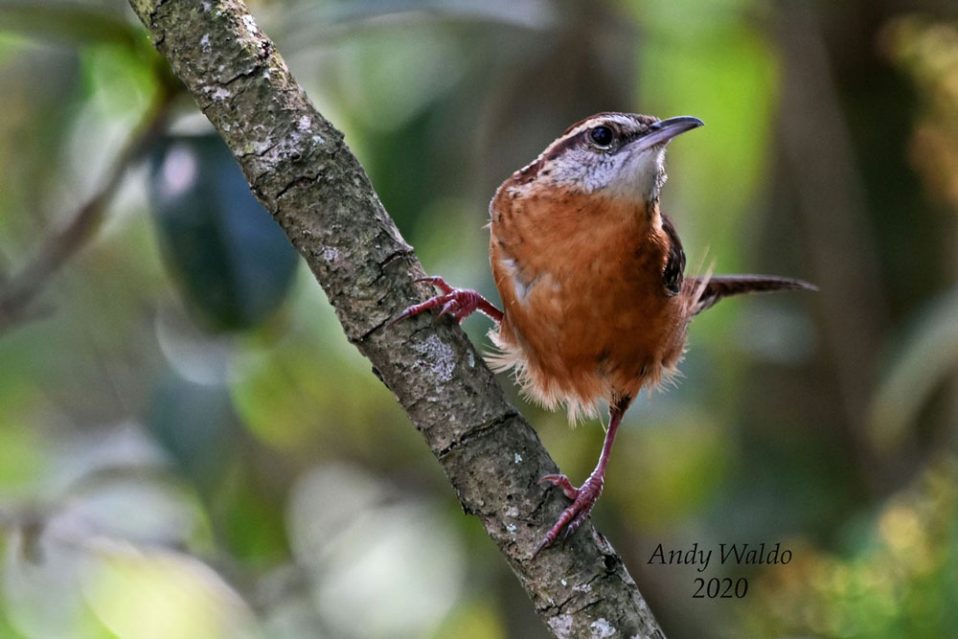
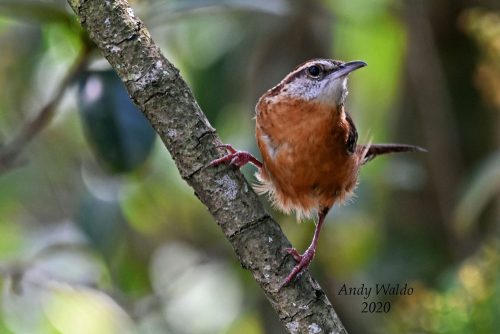
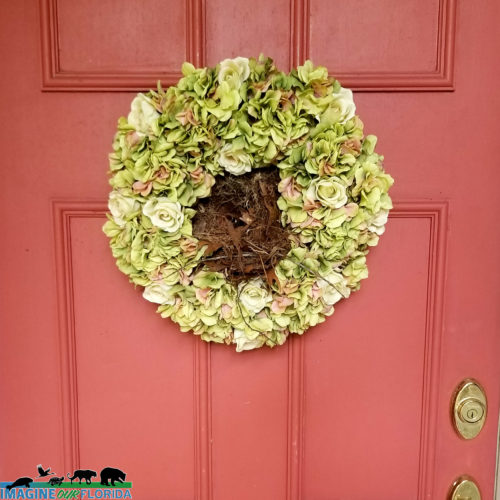
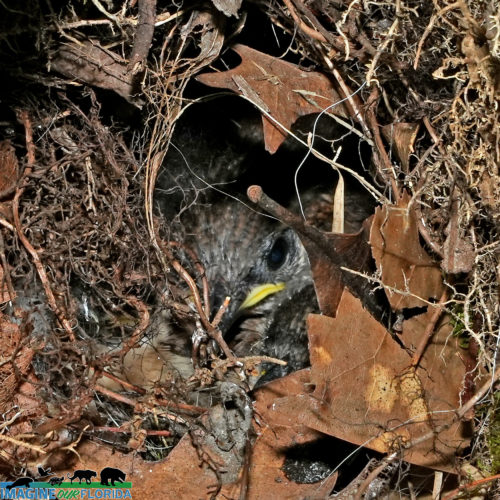
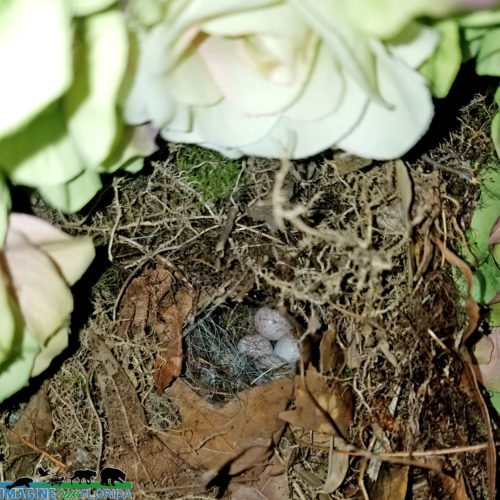
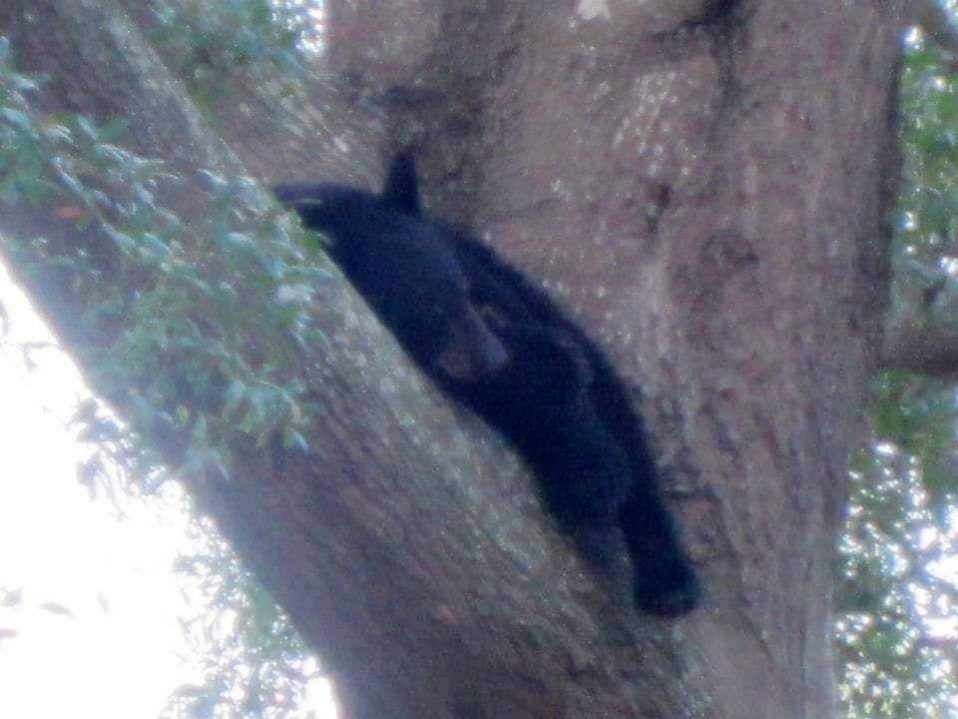
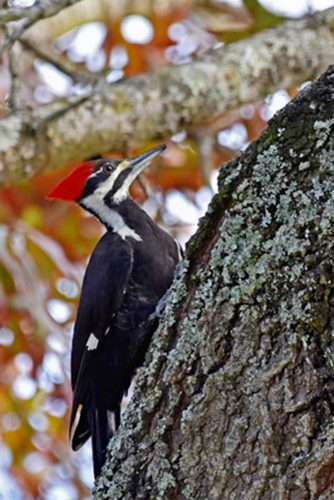
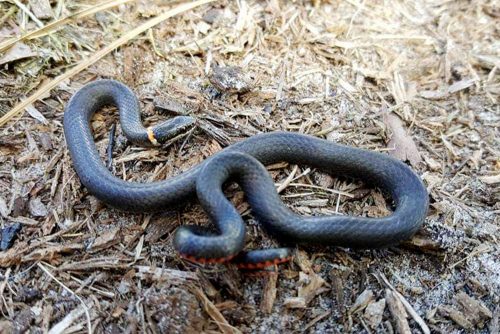
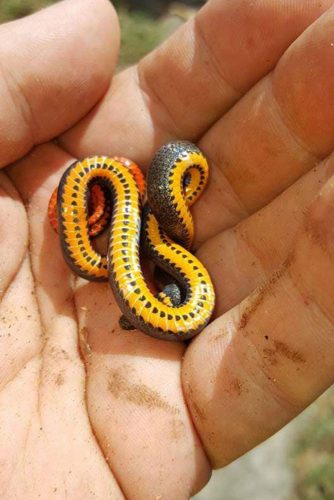
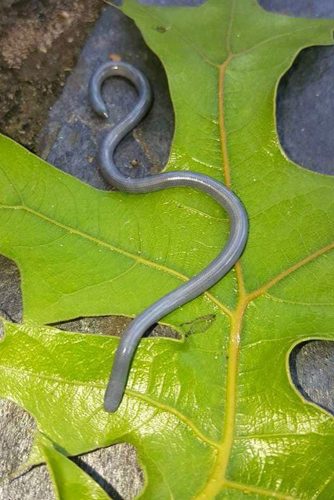
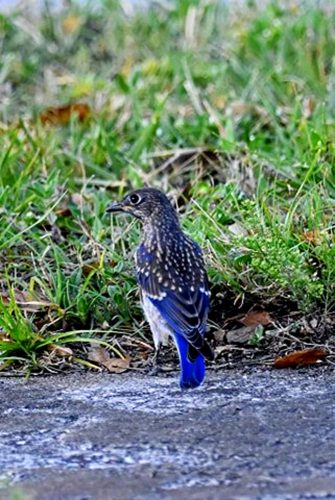
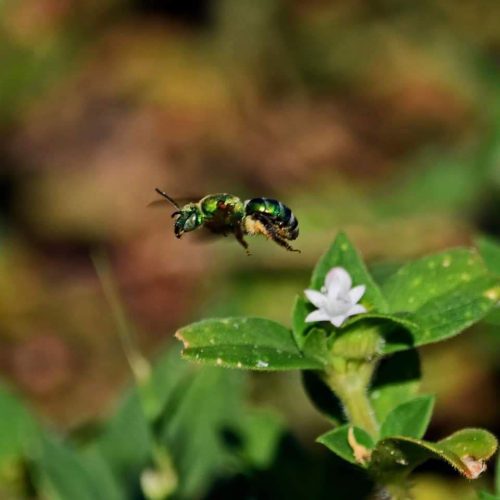

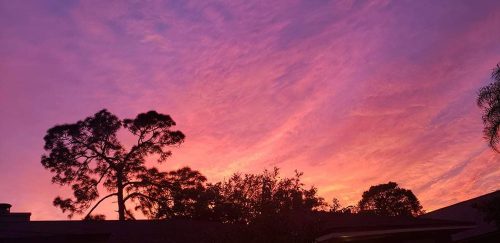
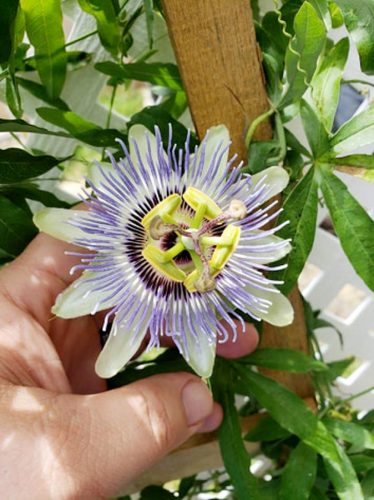
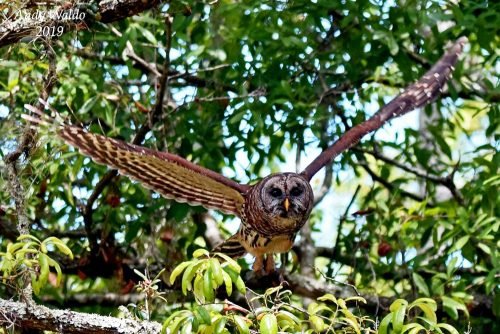
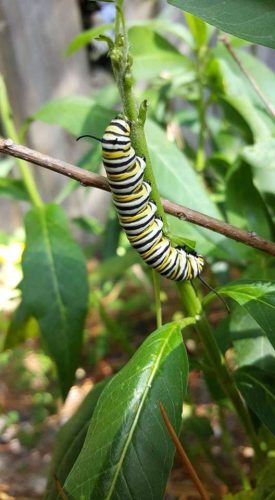

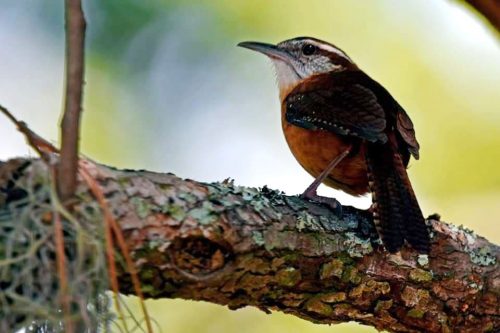
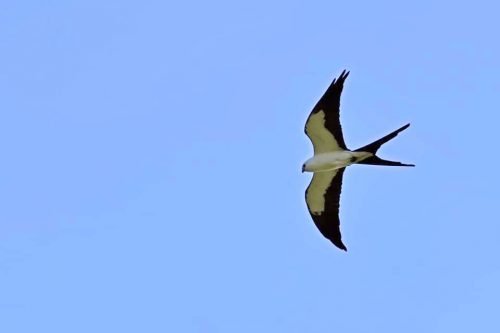

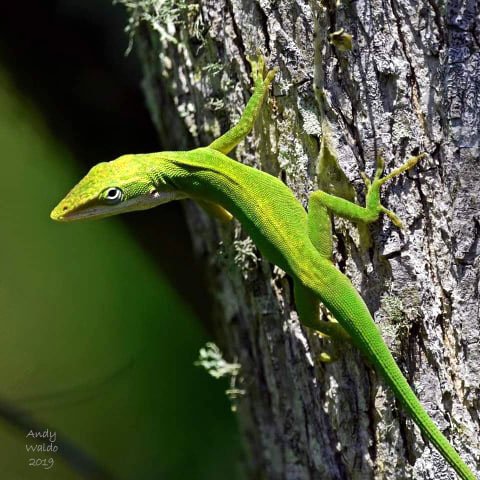

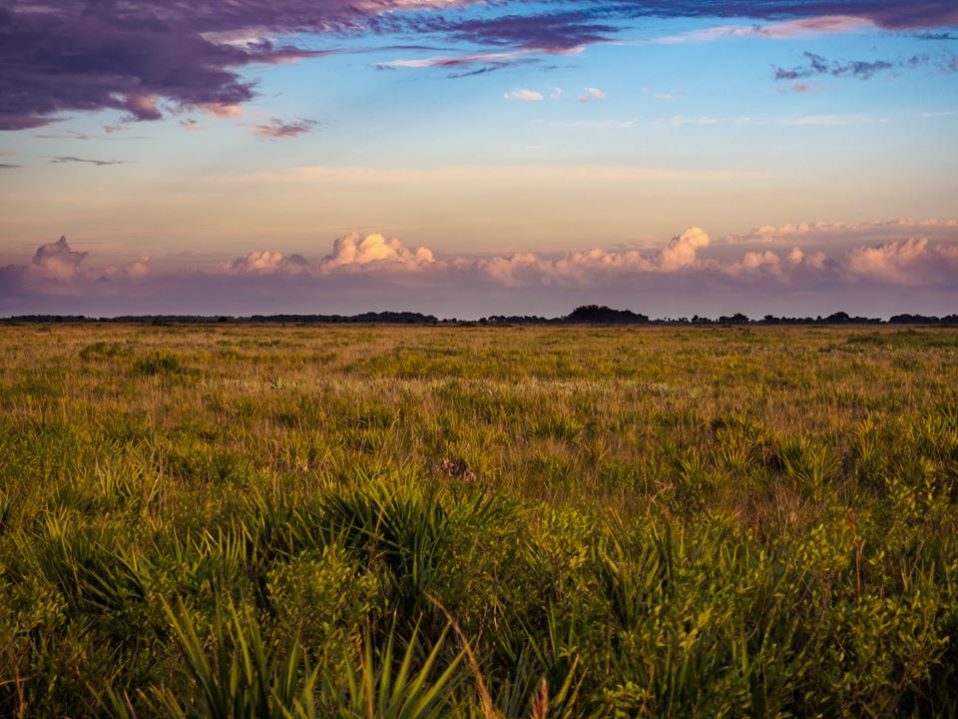
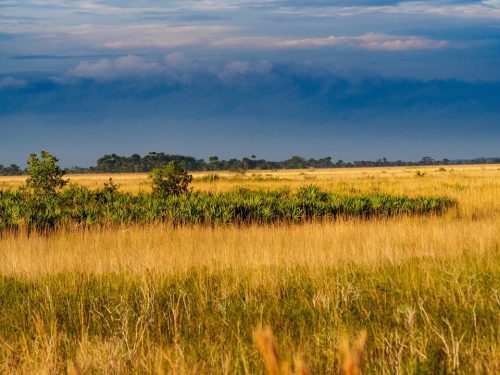
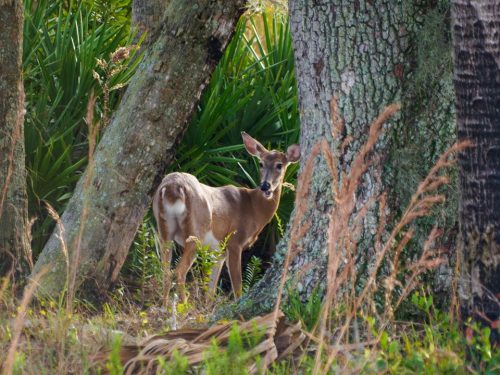
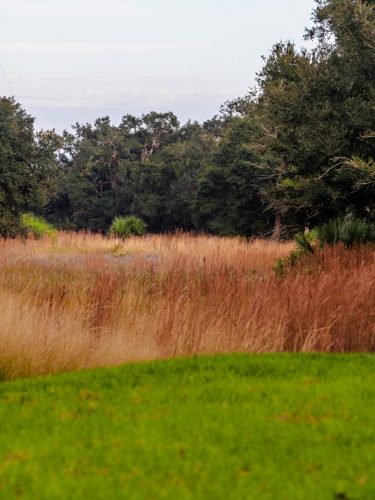
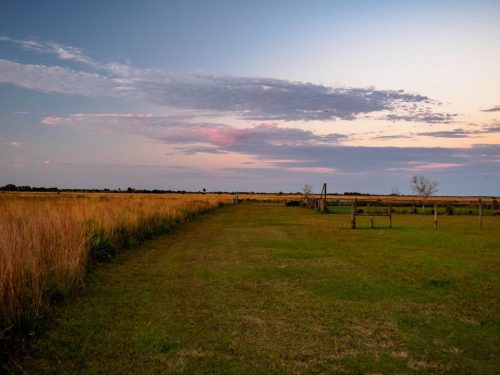
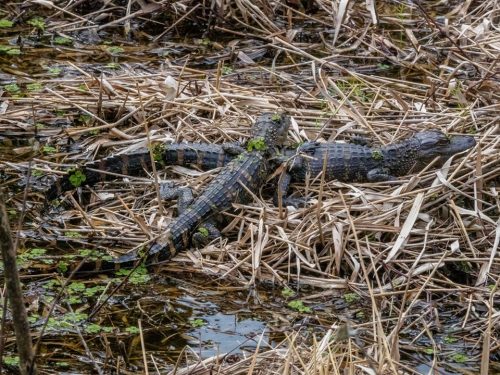
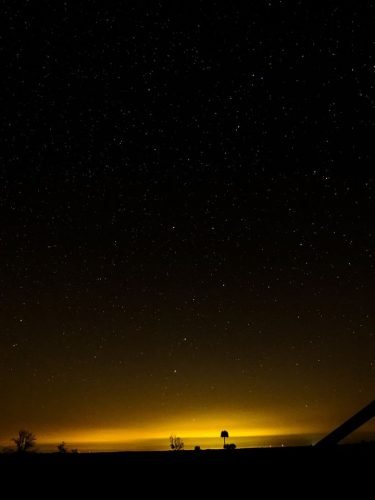

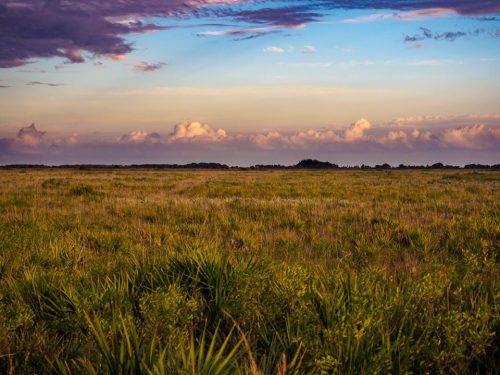
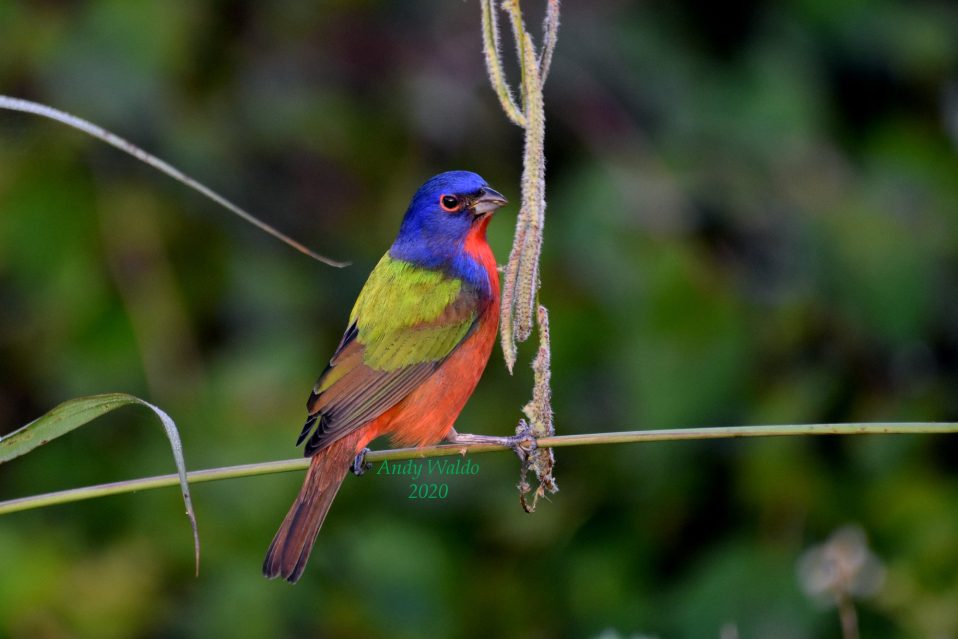

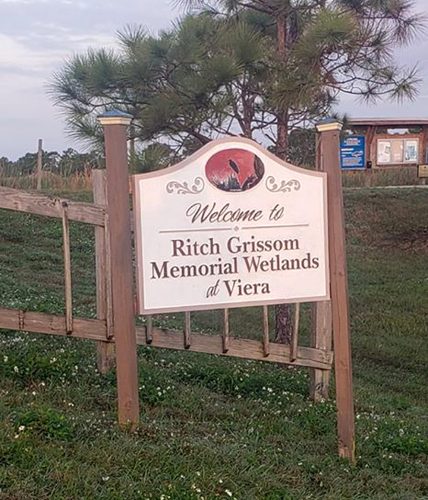
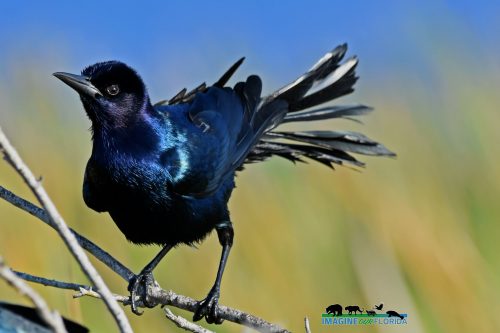
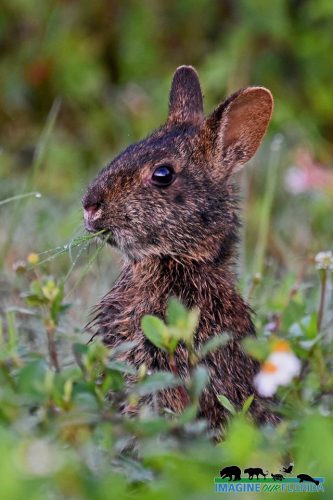
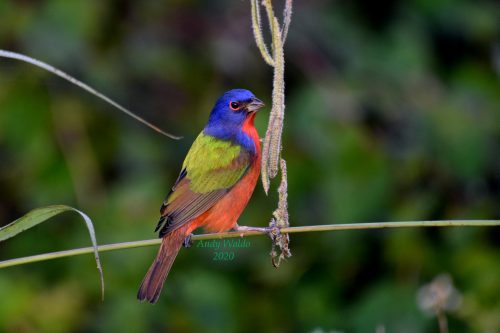

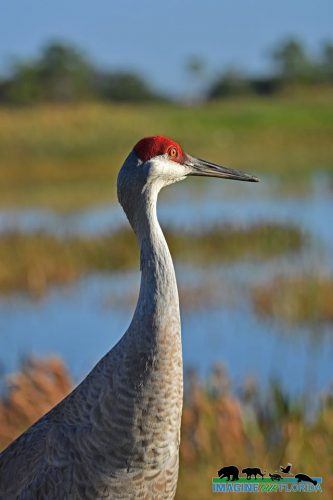
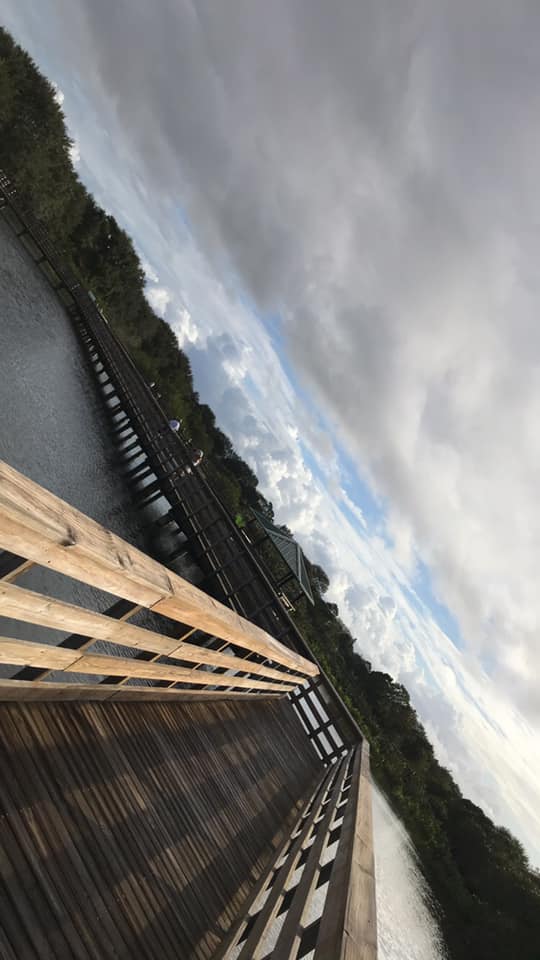
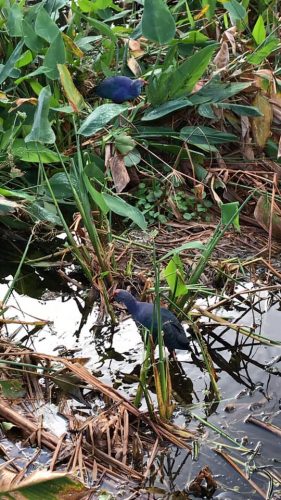
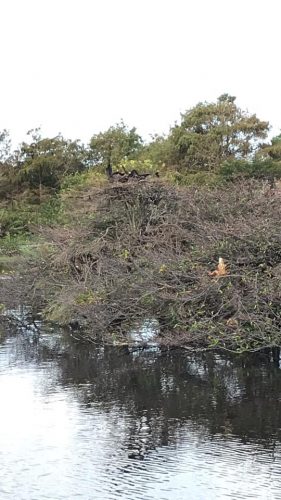
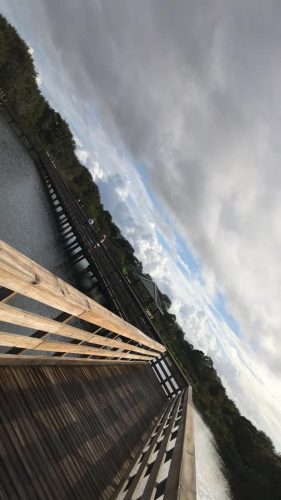
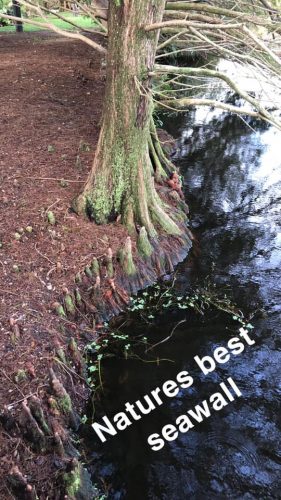
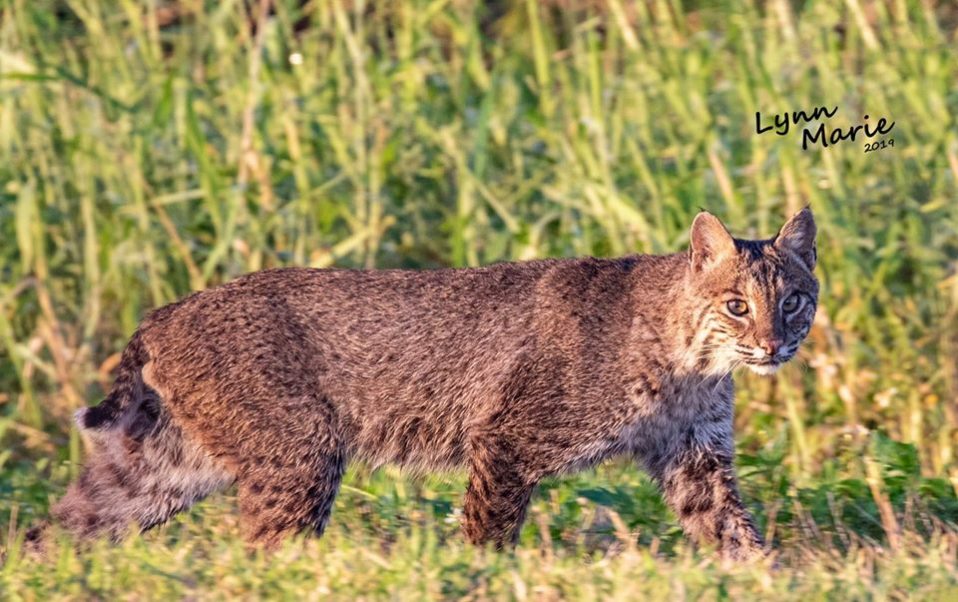

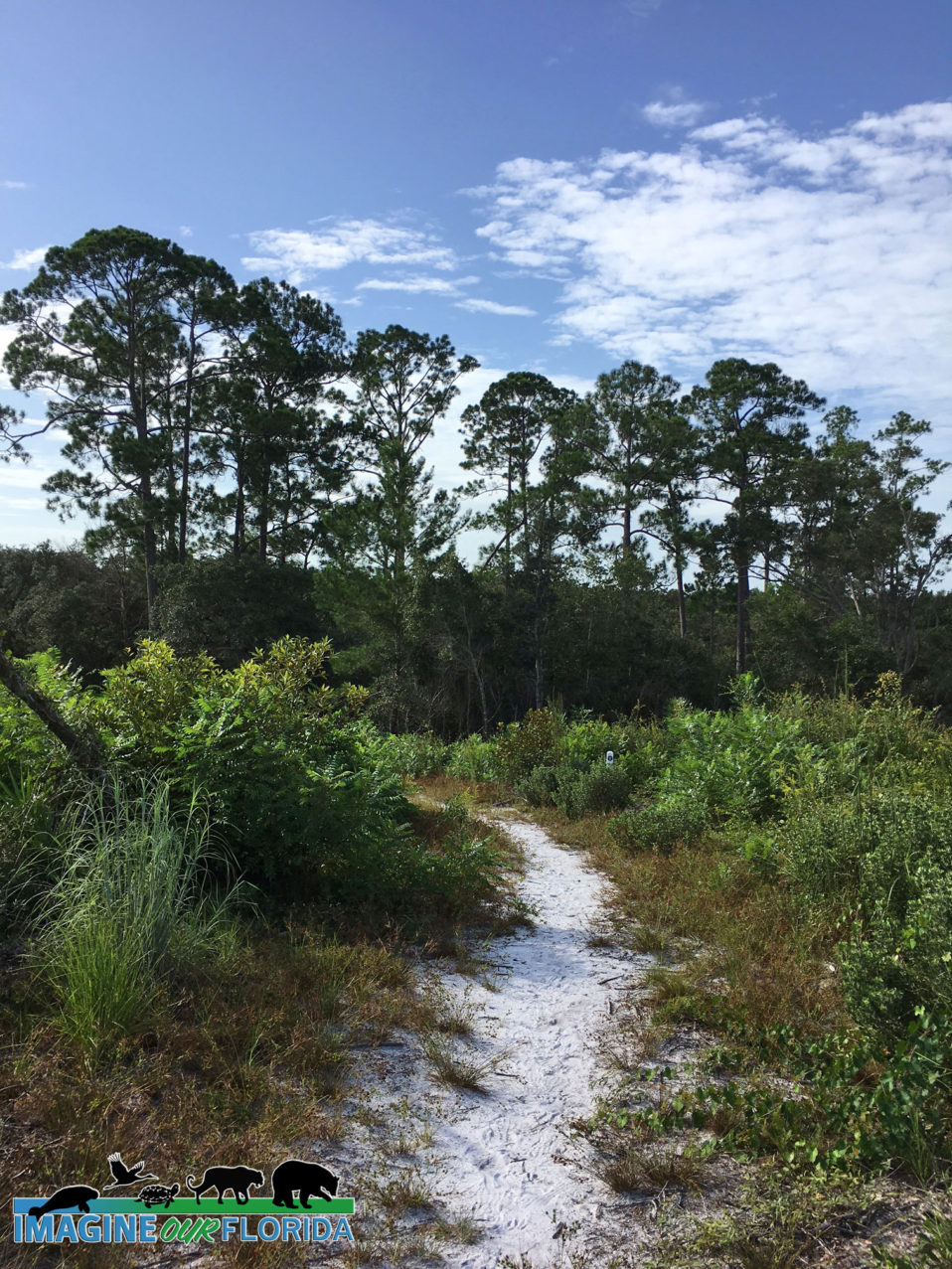
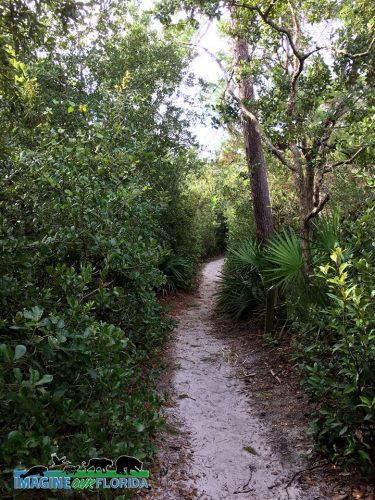
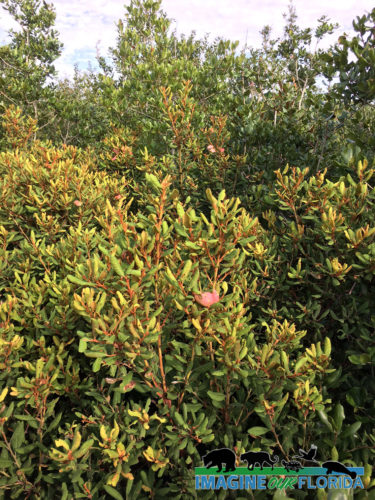
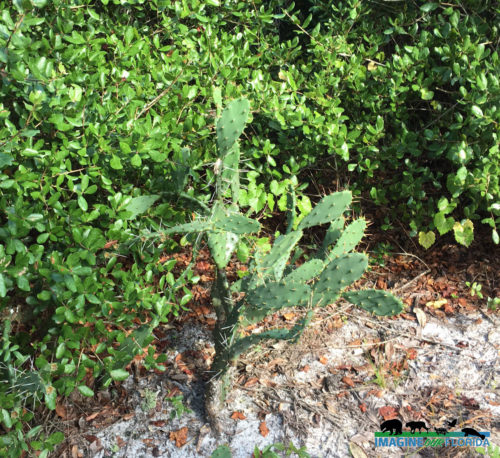
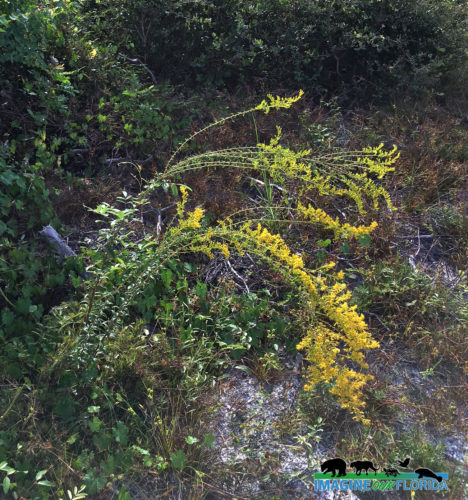 onia
onia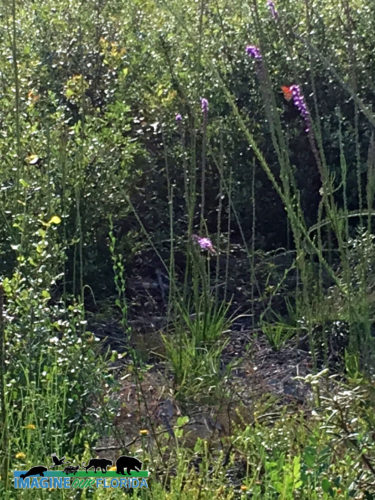
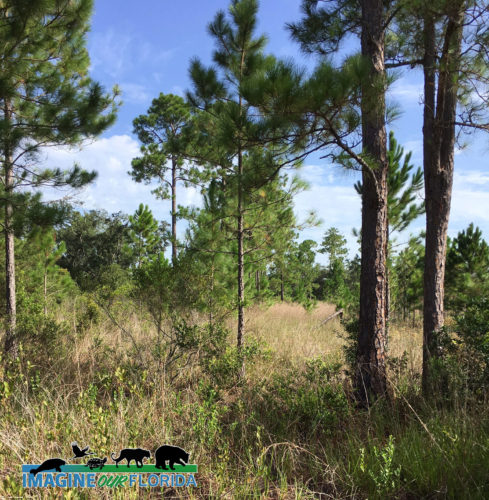
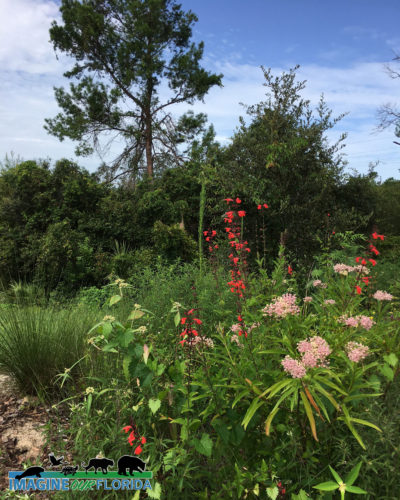
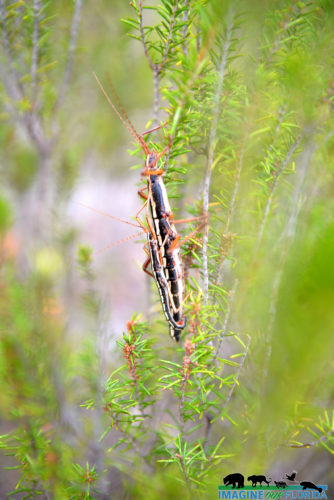
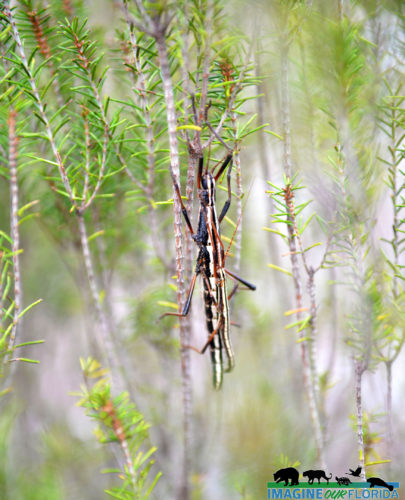
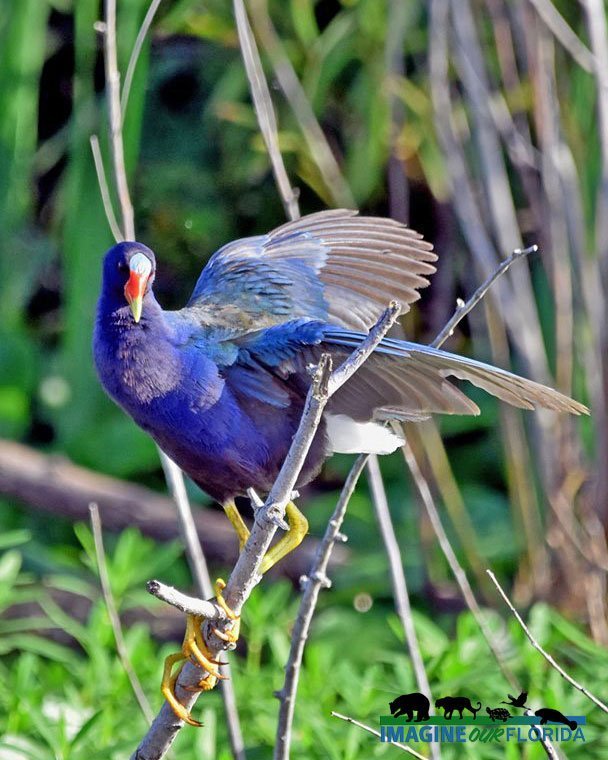
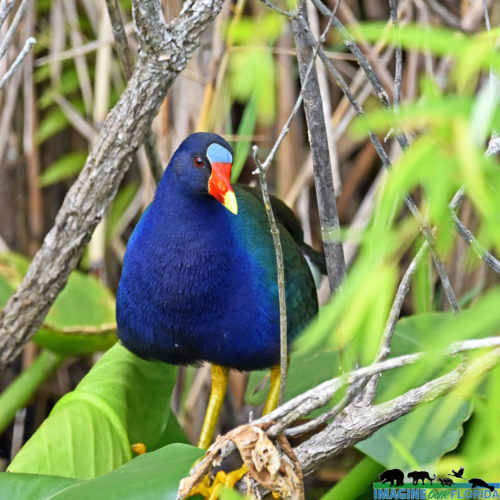
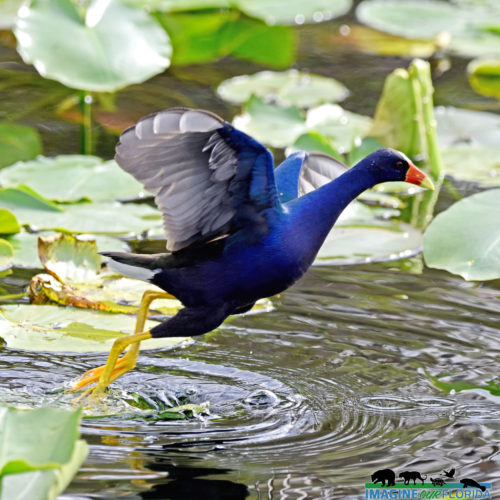
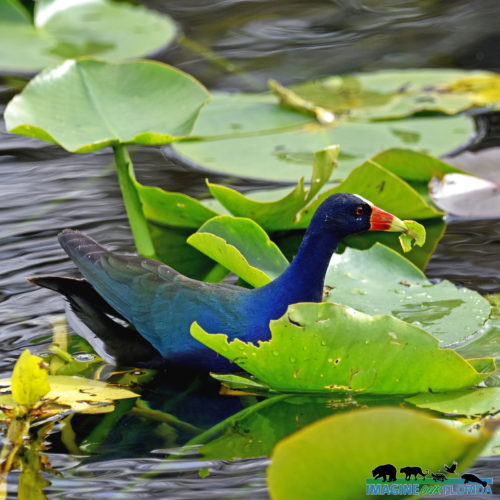

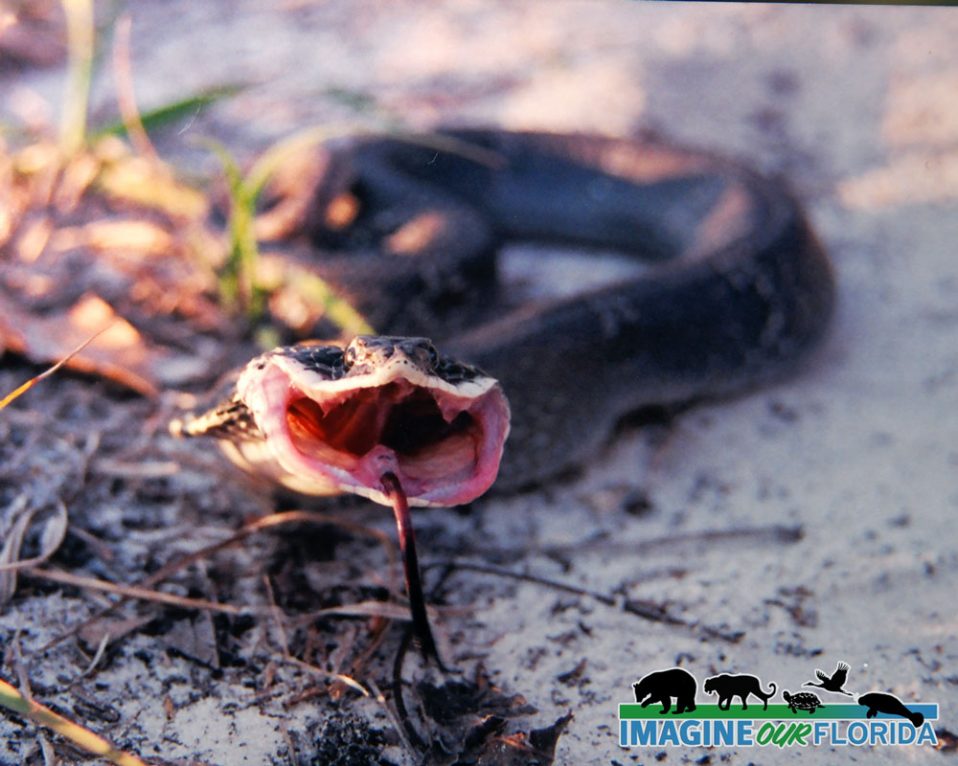
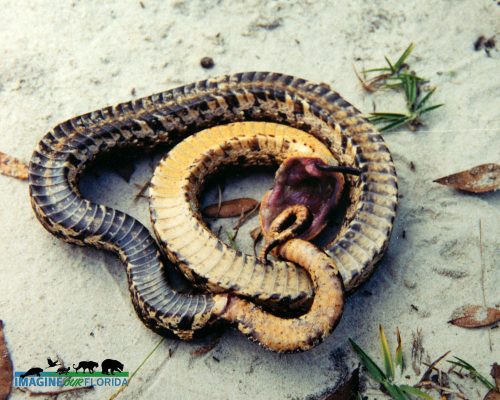
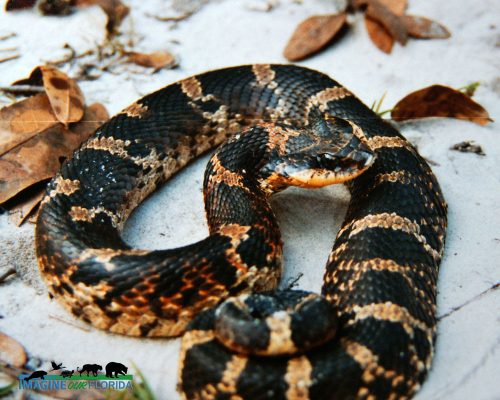
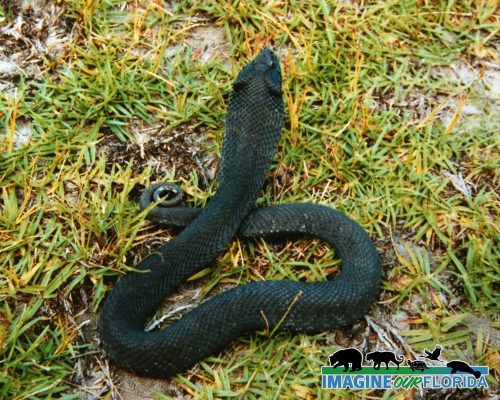
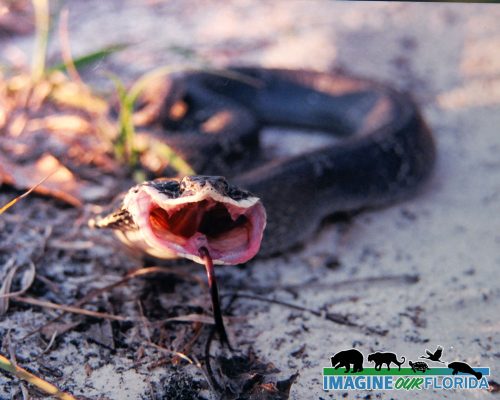
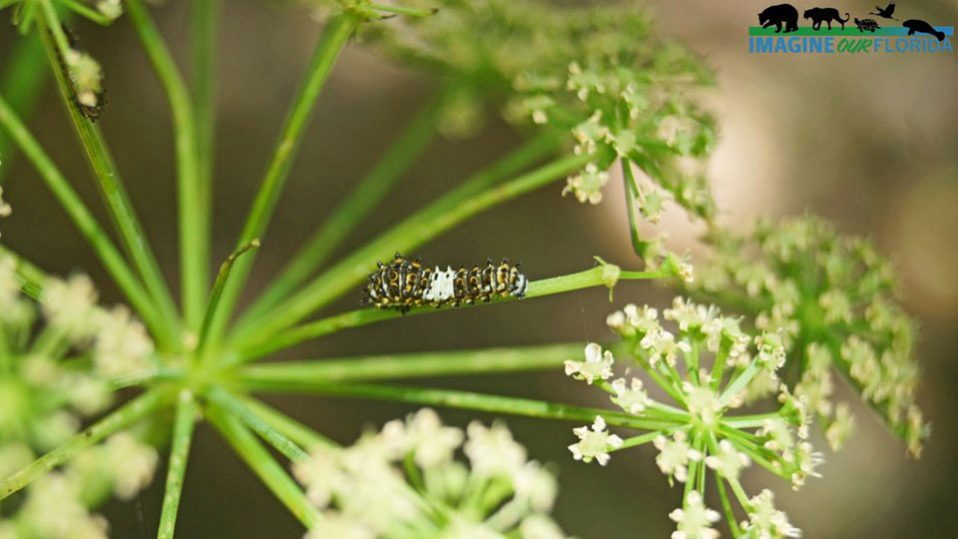
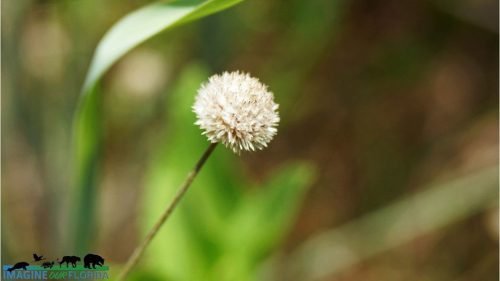

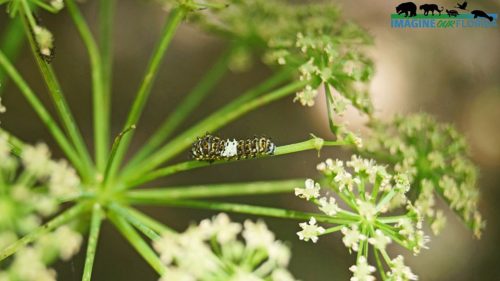

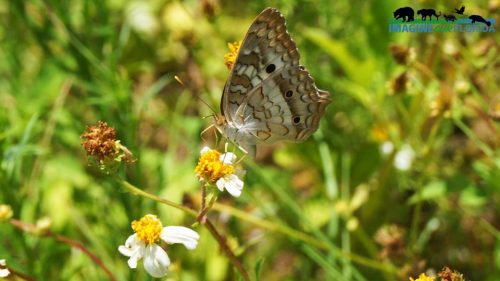
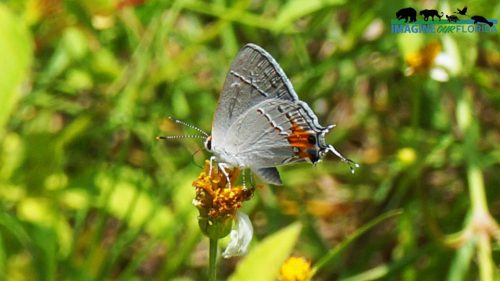
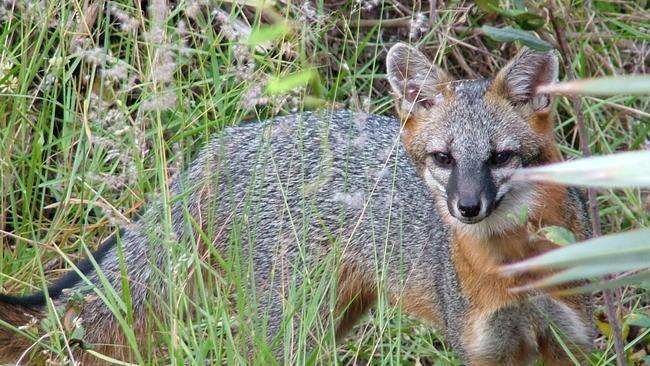

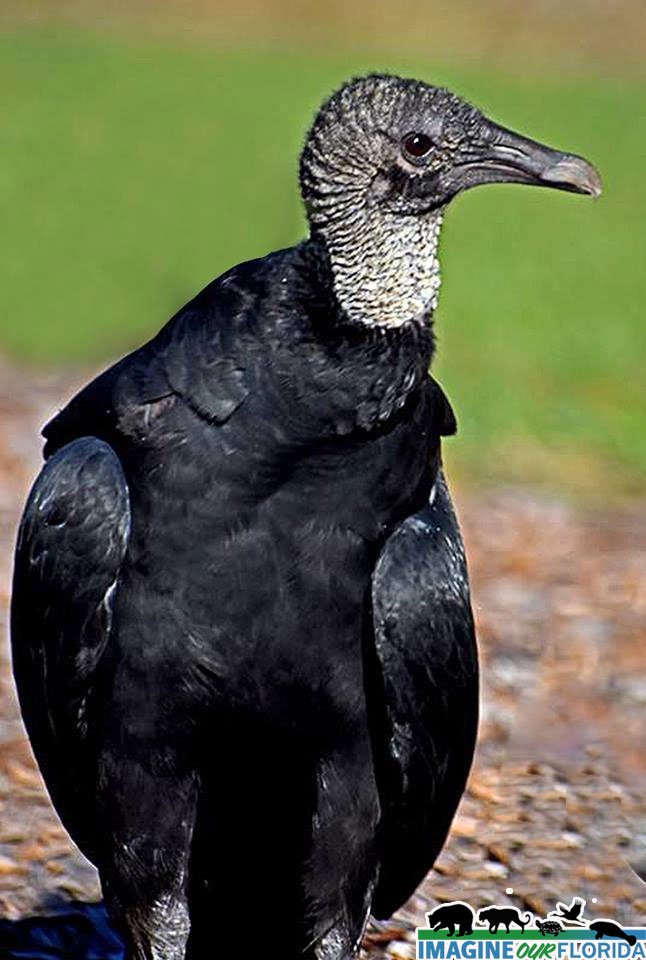
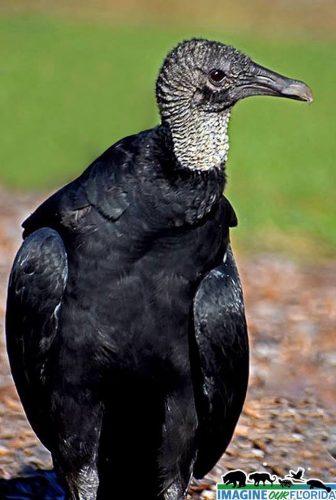
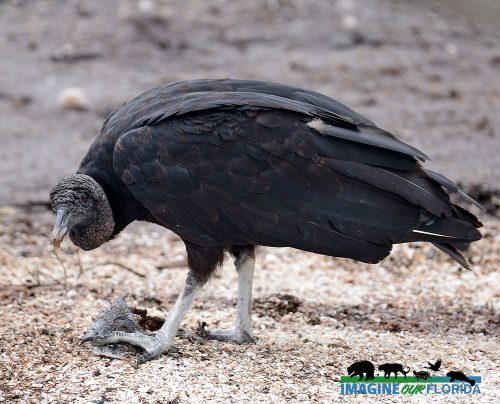
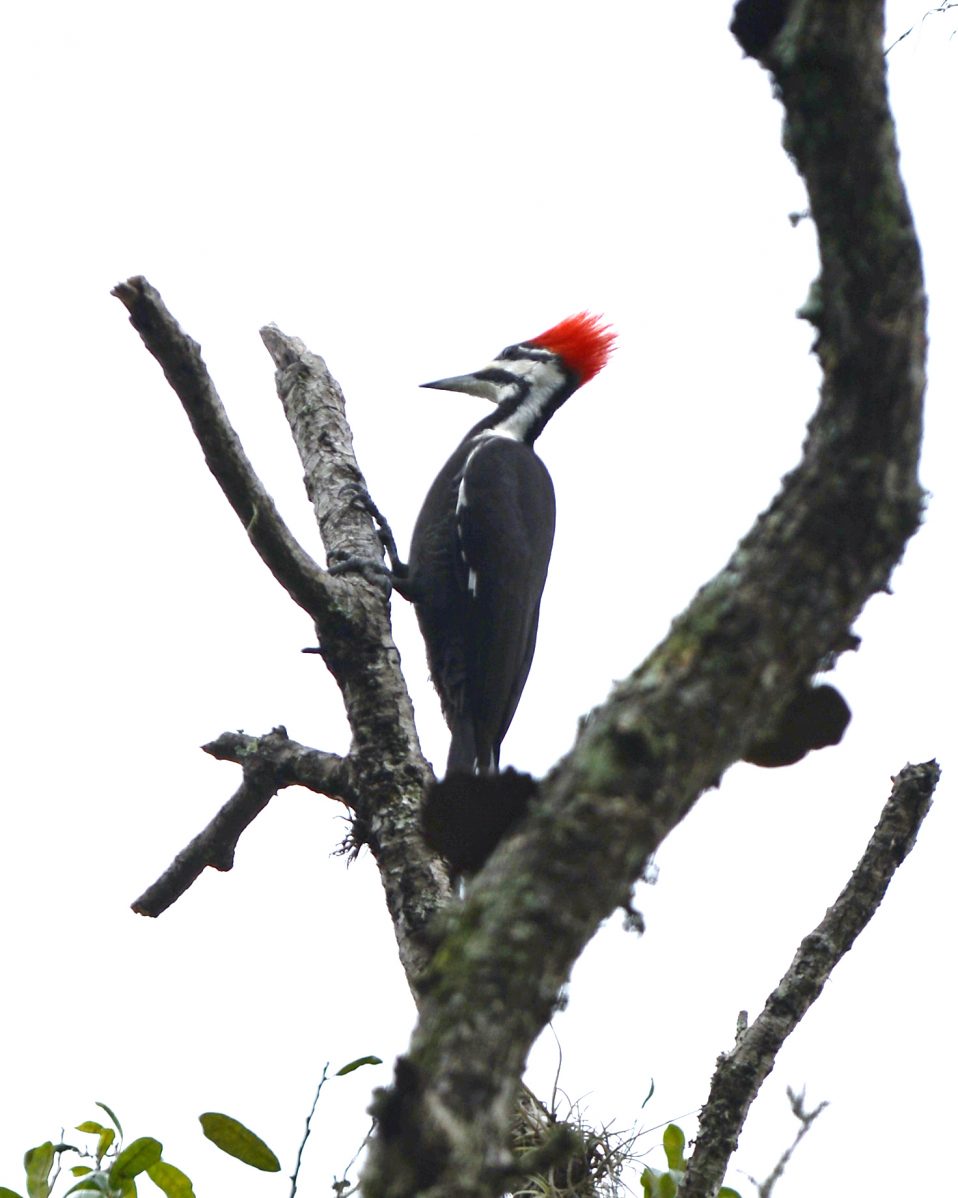

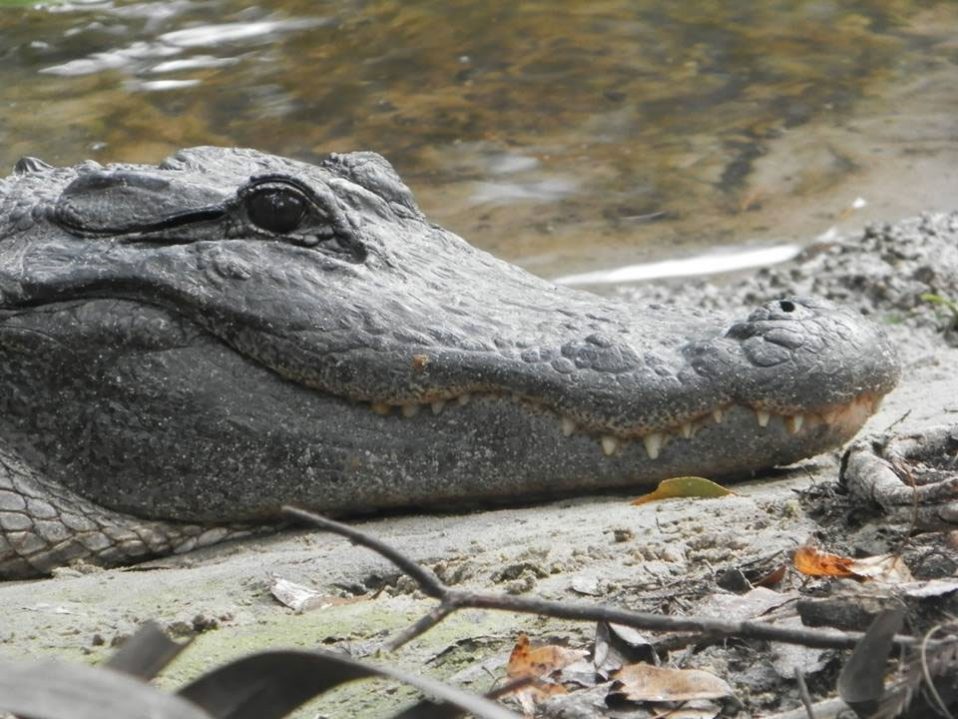
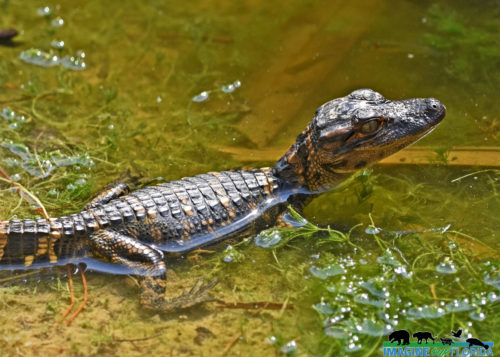
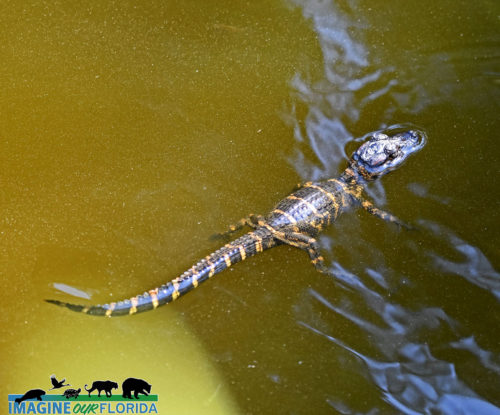
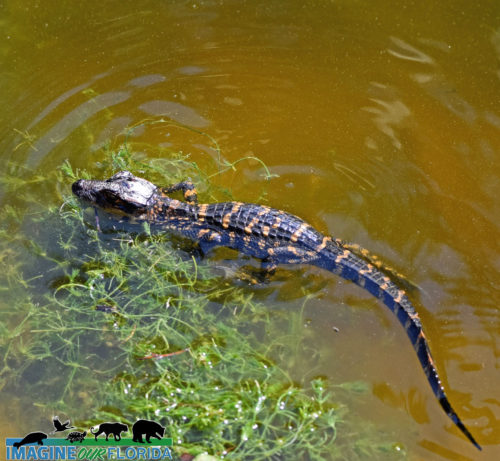
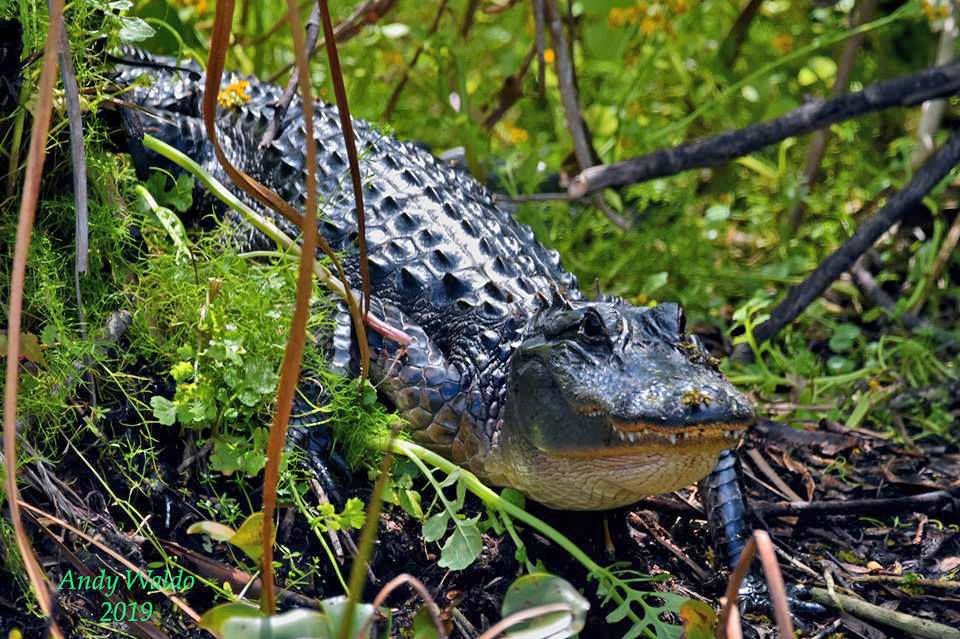
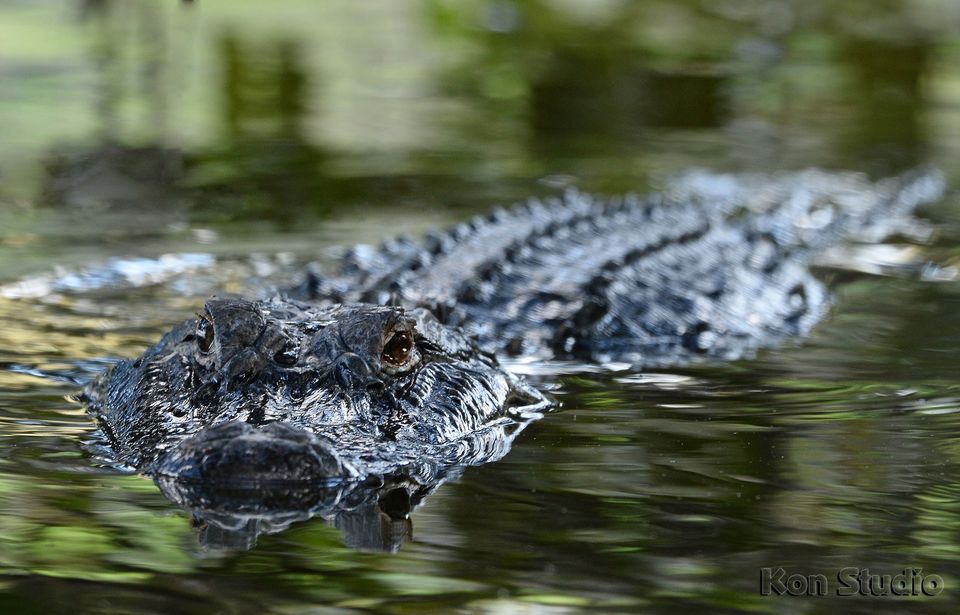
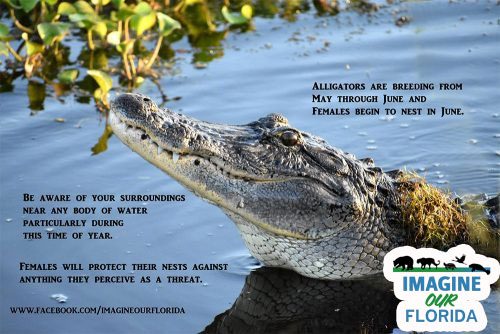
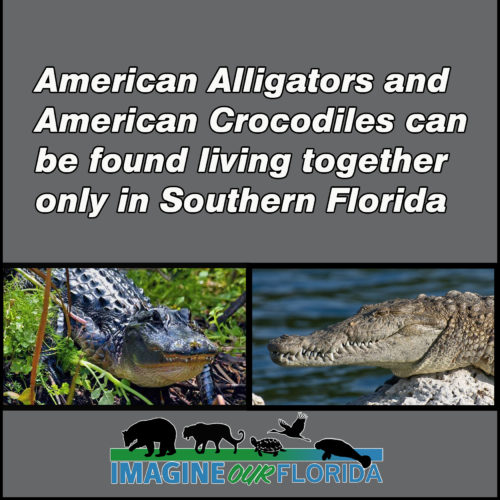
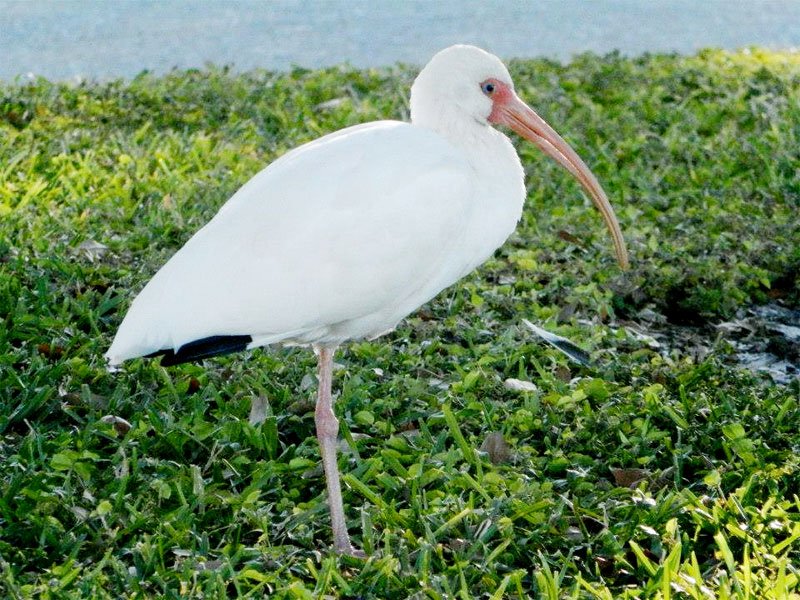
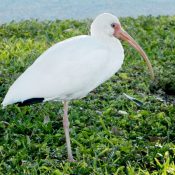
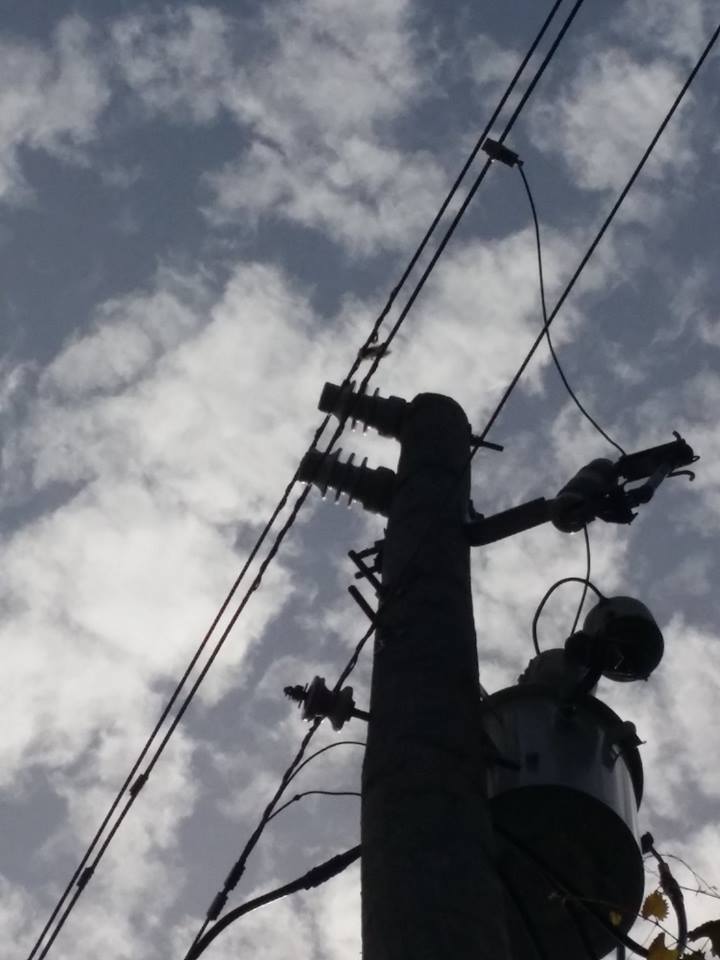
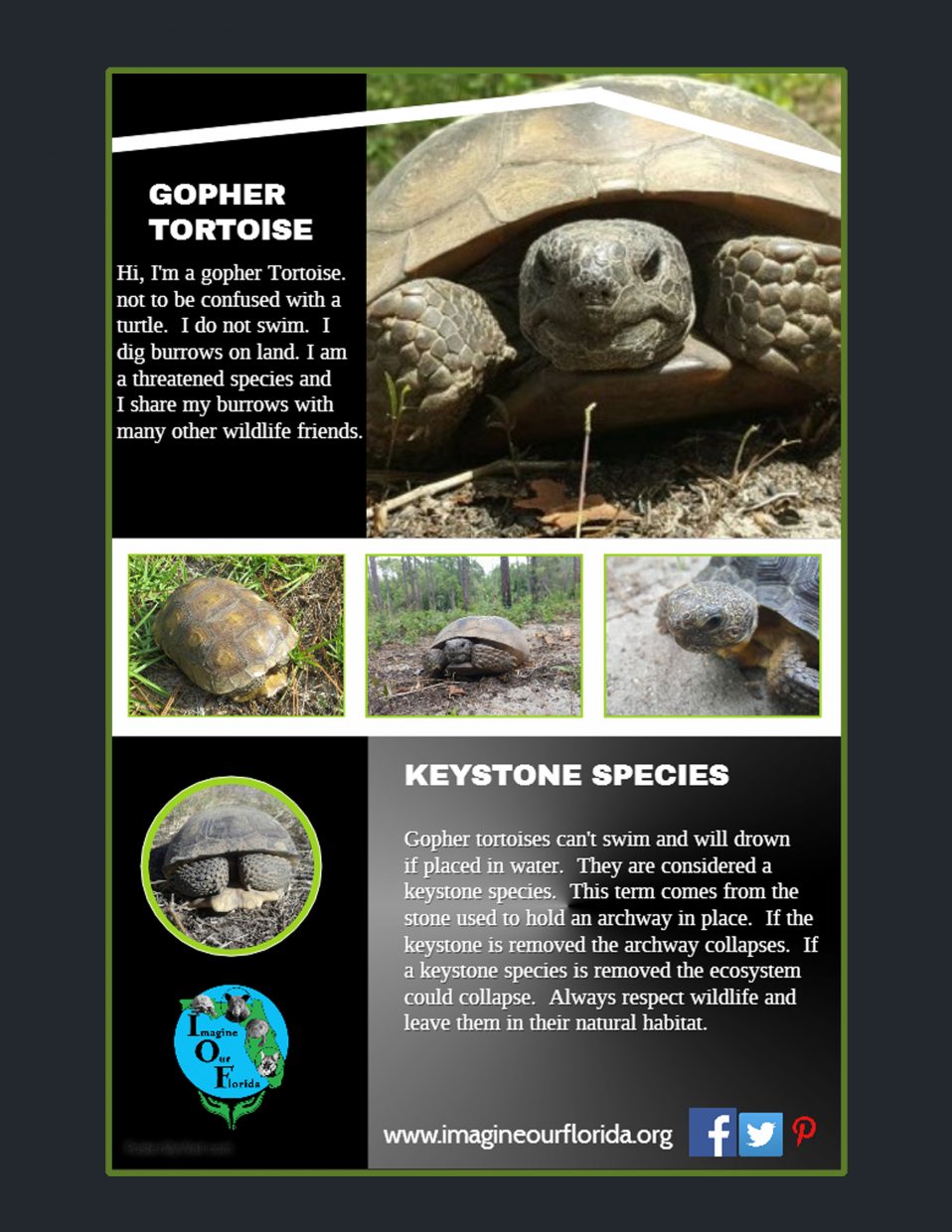
Recent Comments